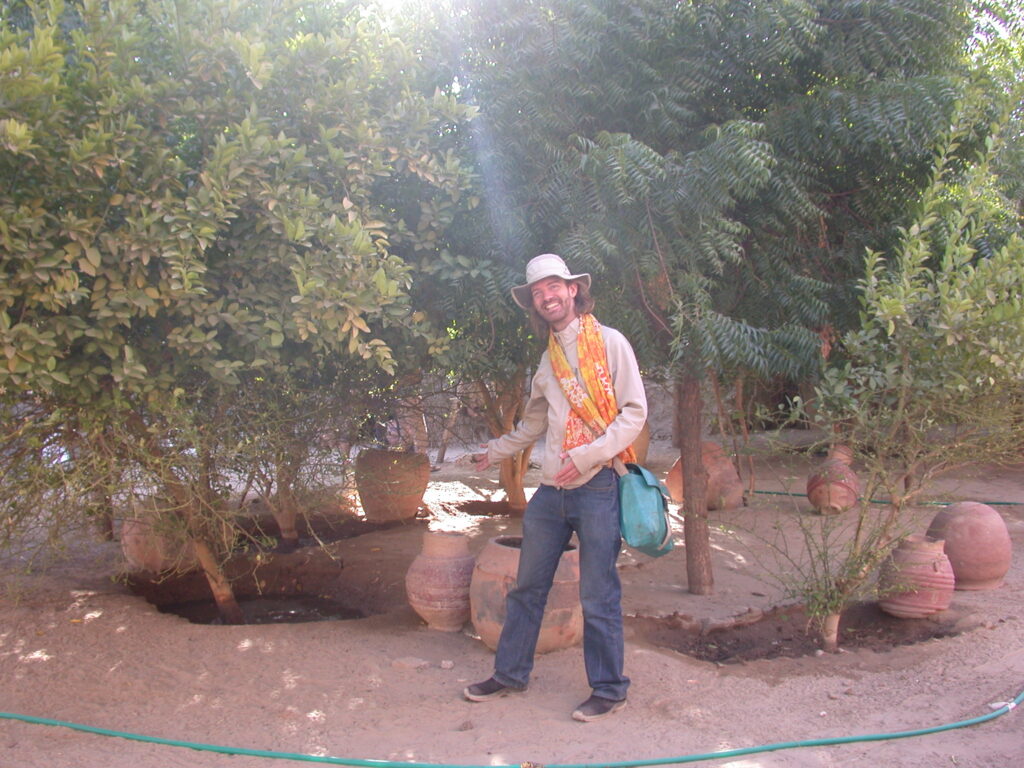
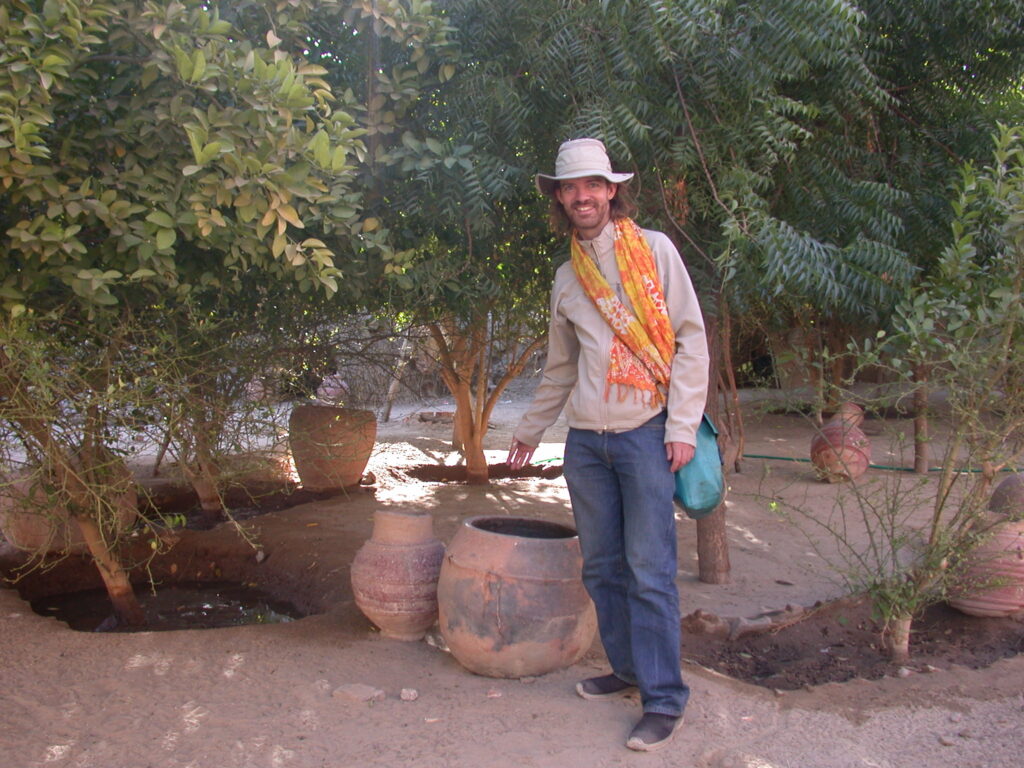
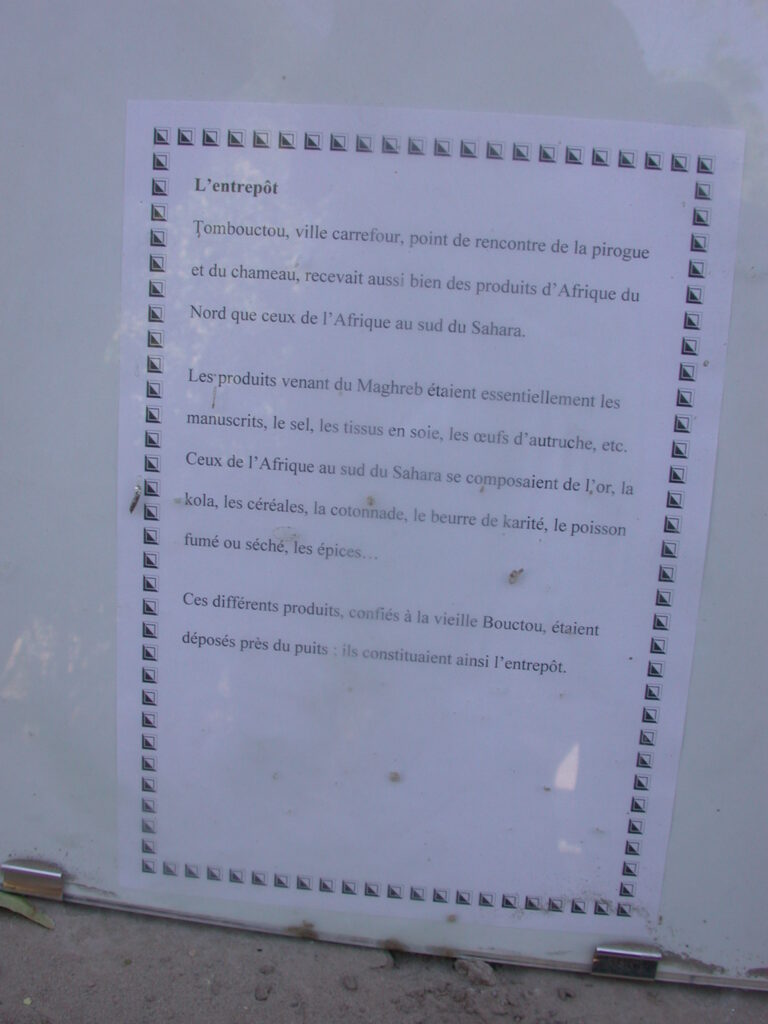
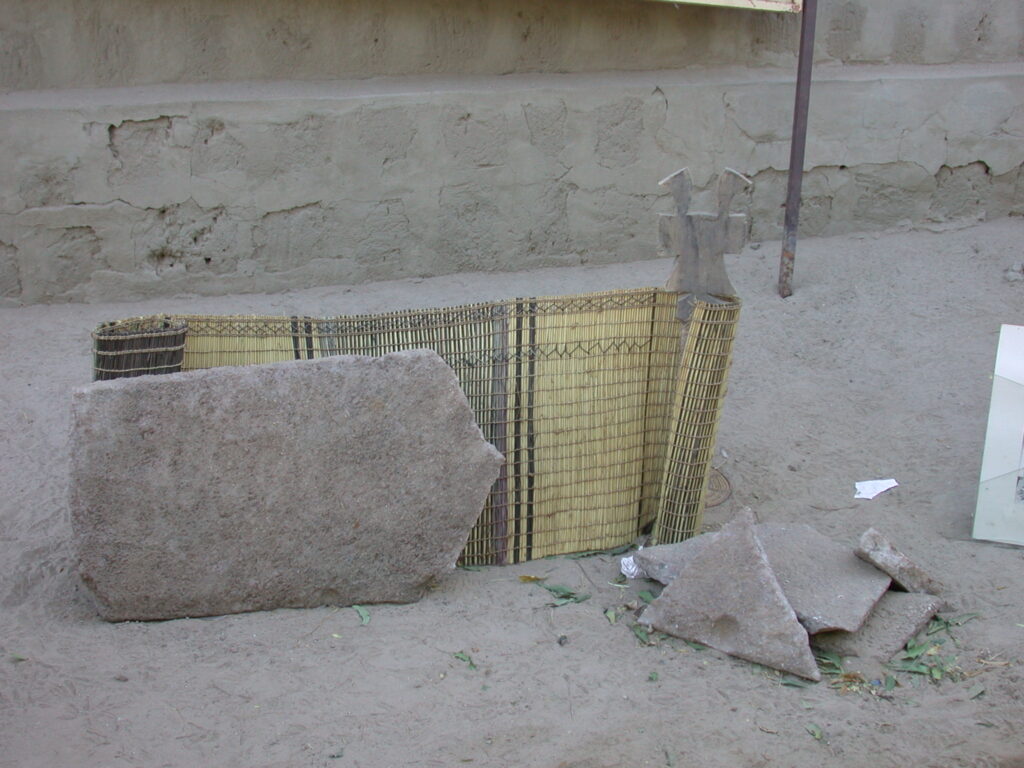
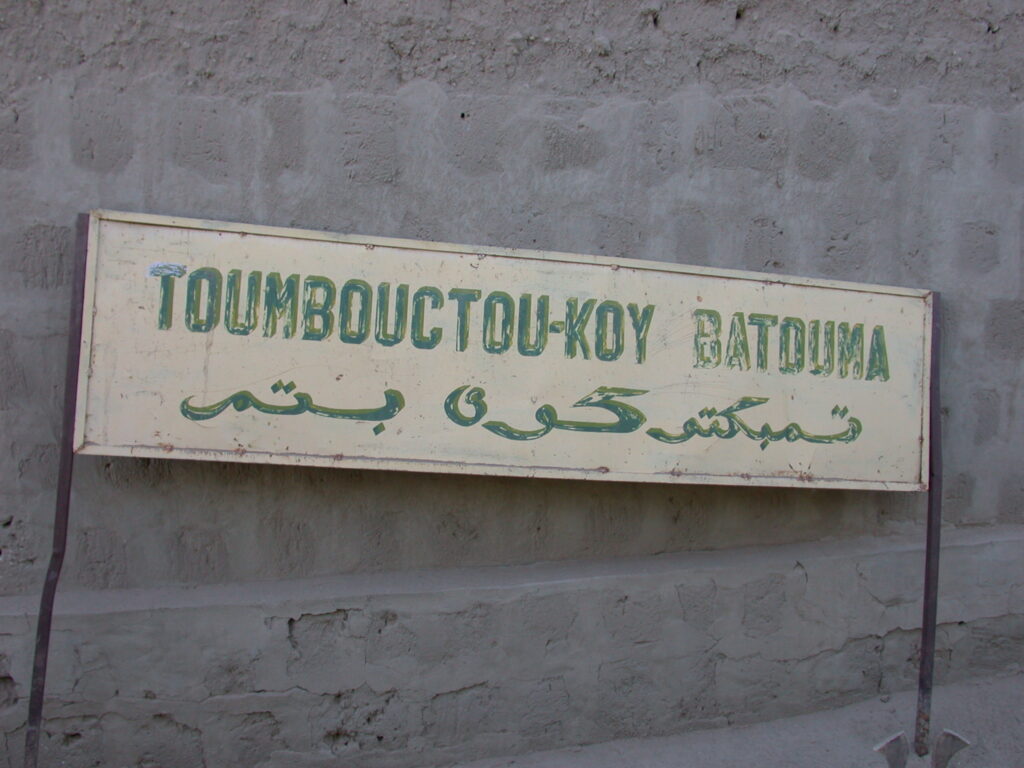
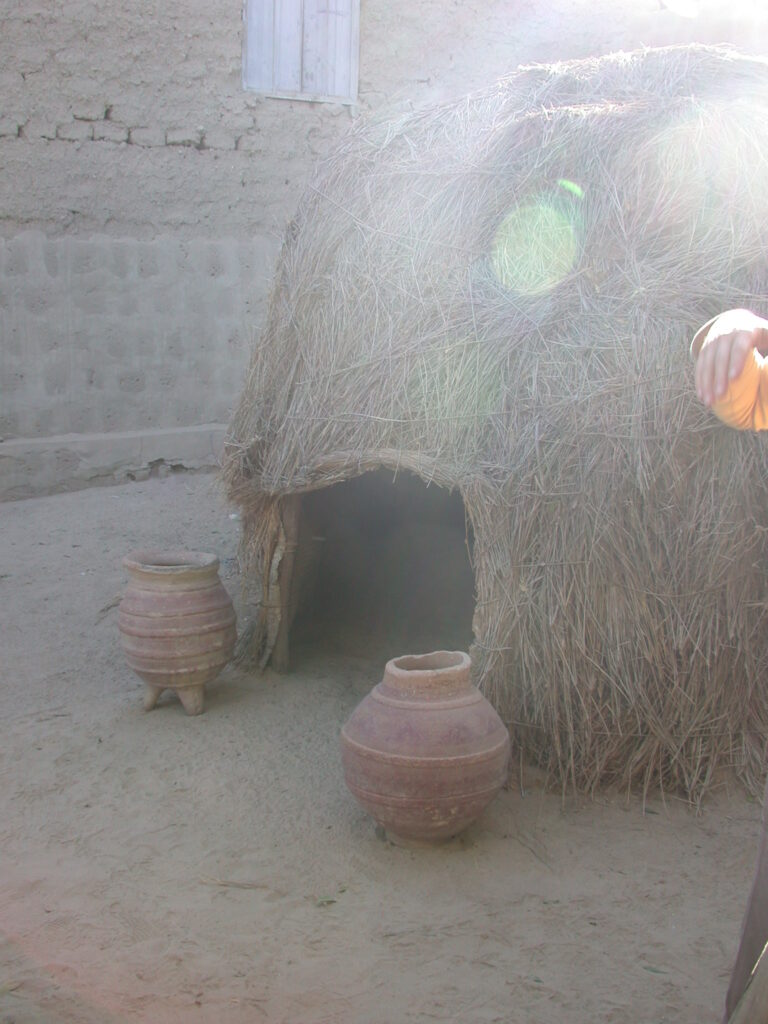
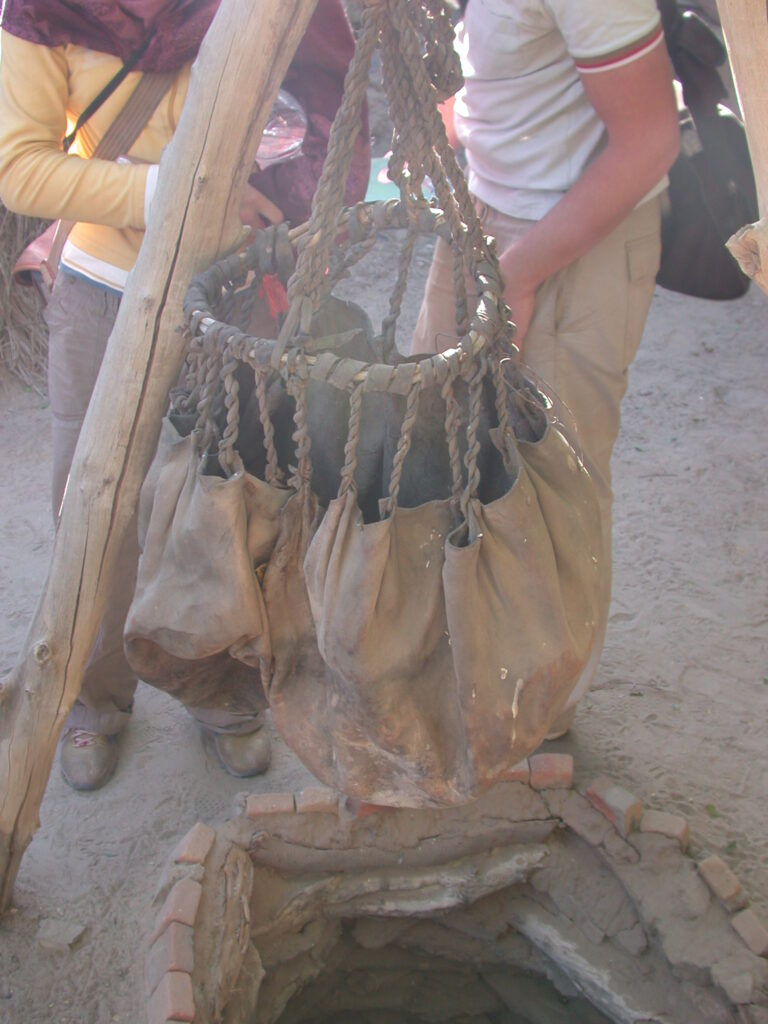
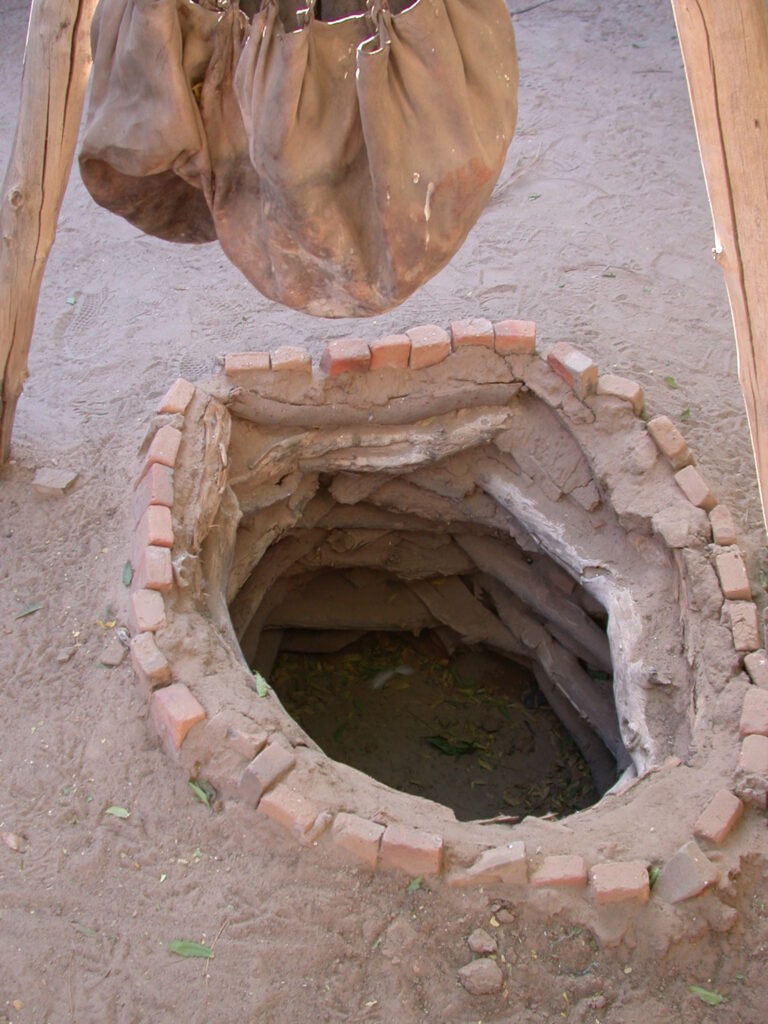
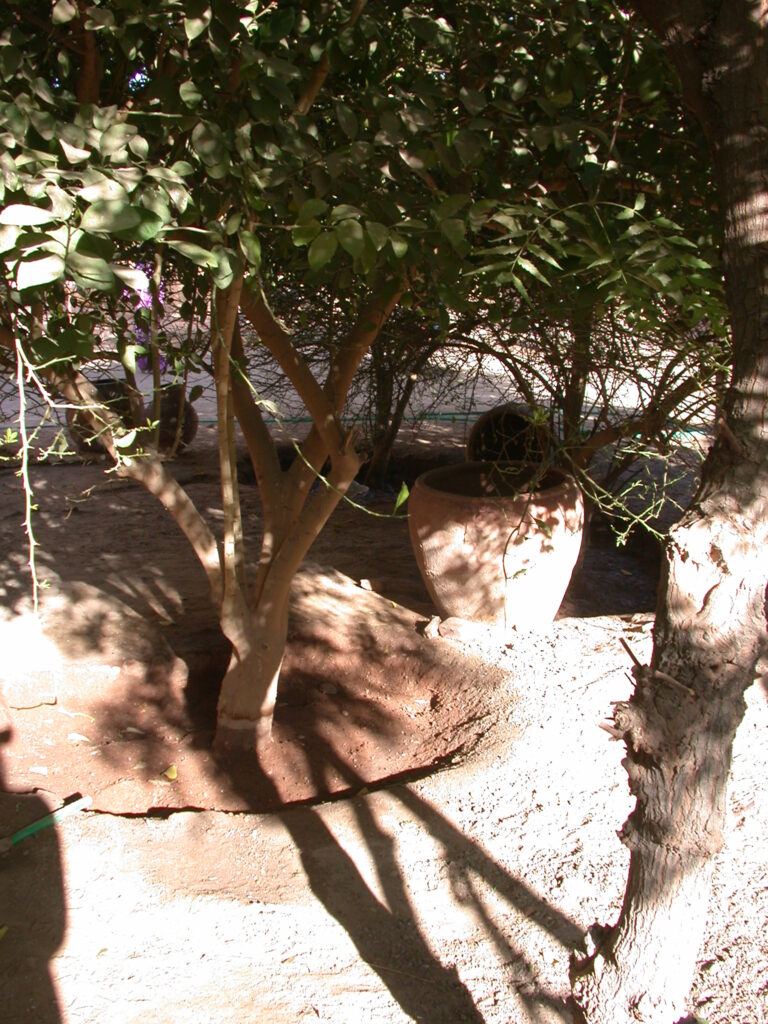
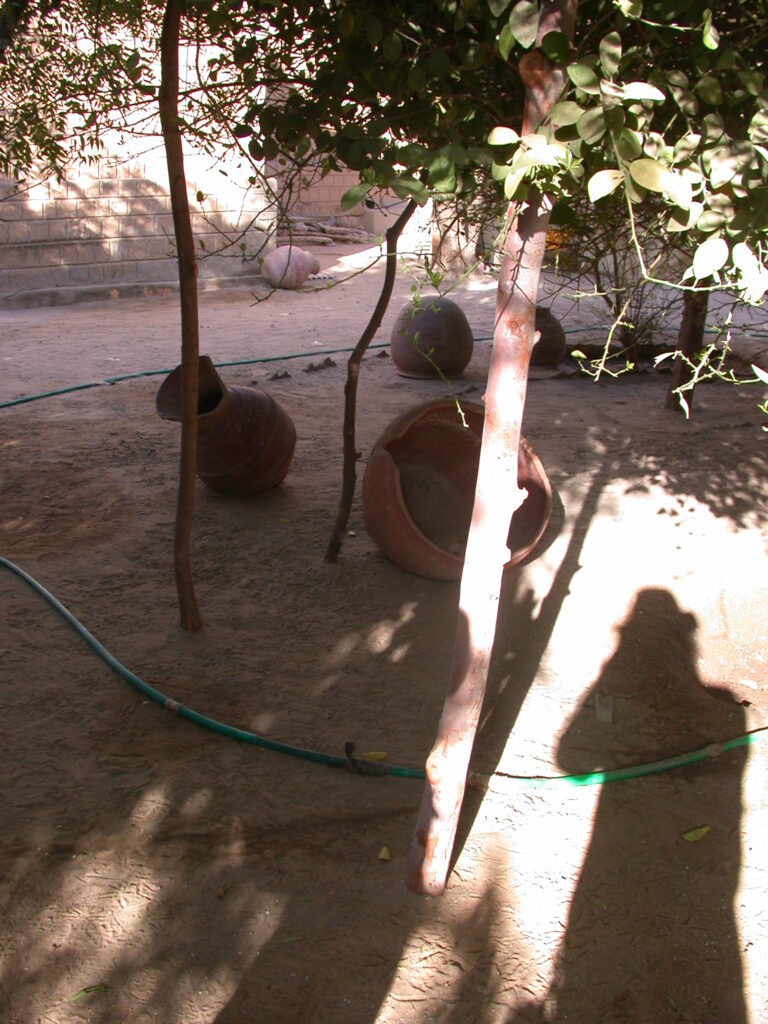
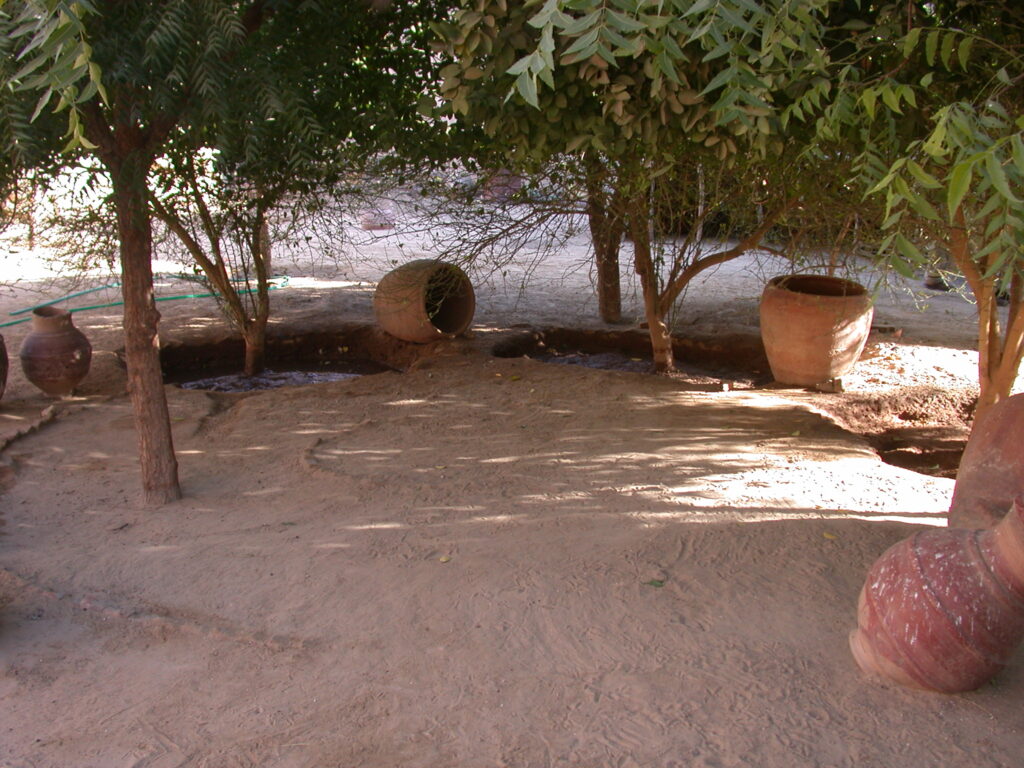
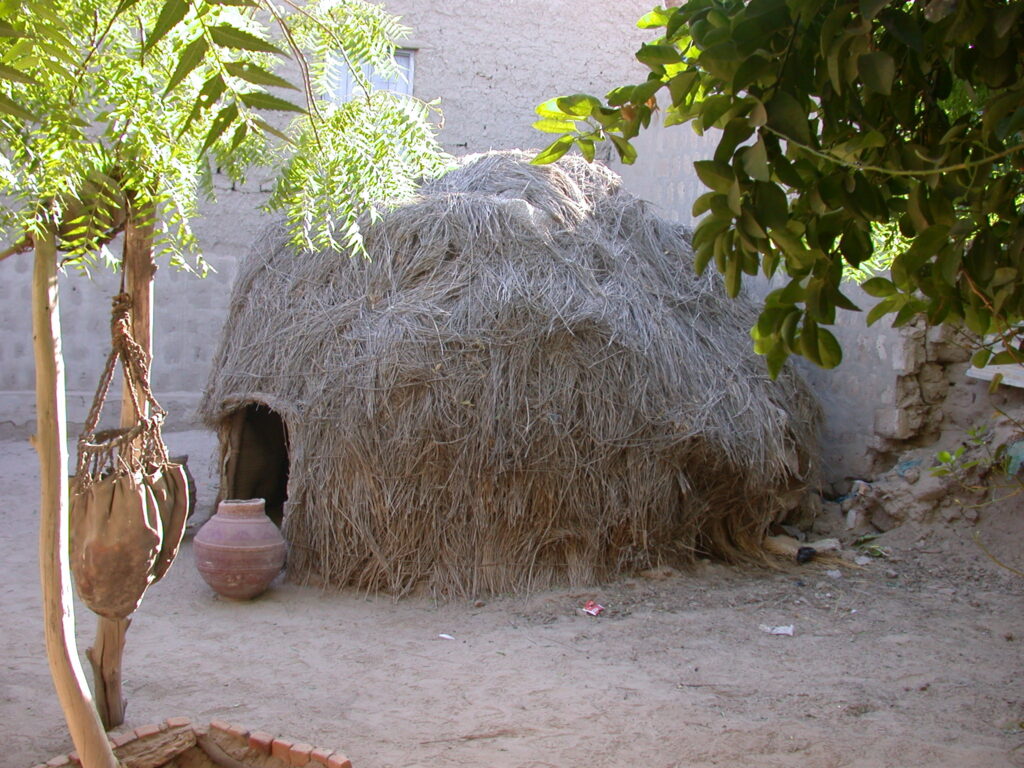
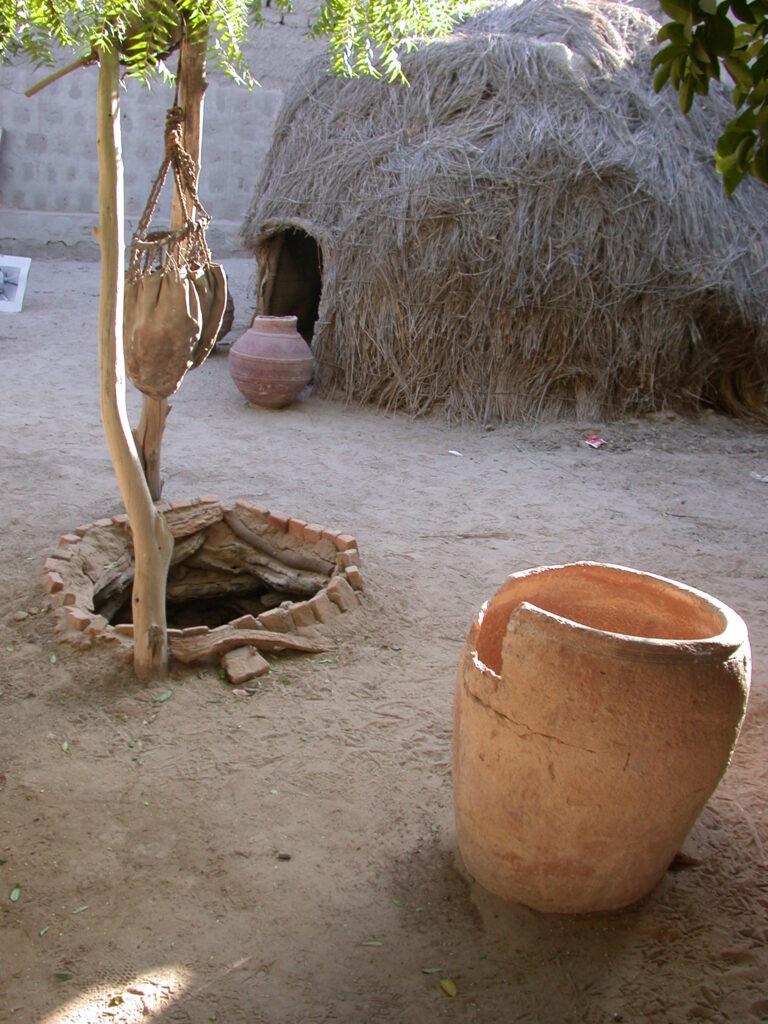
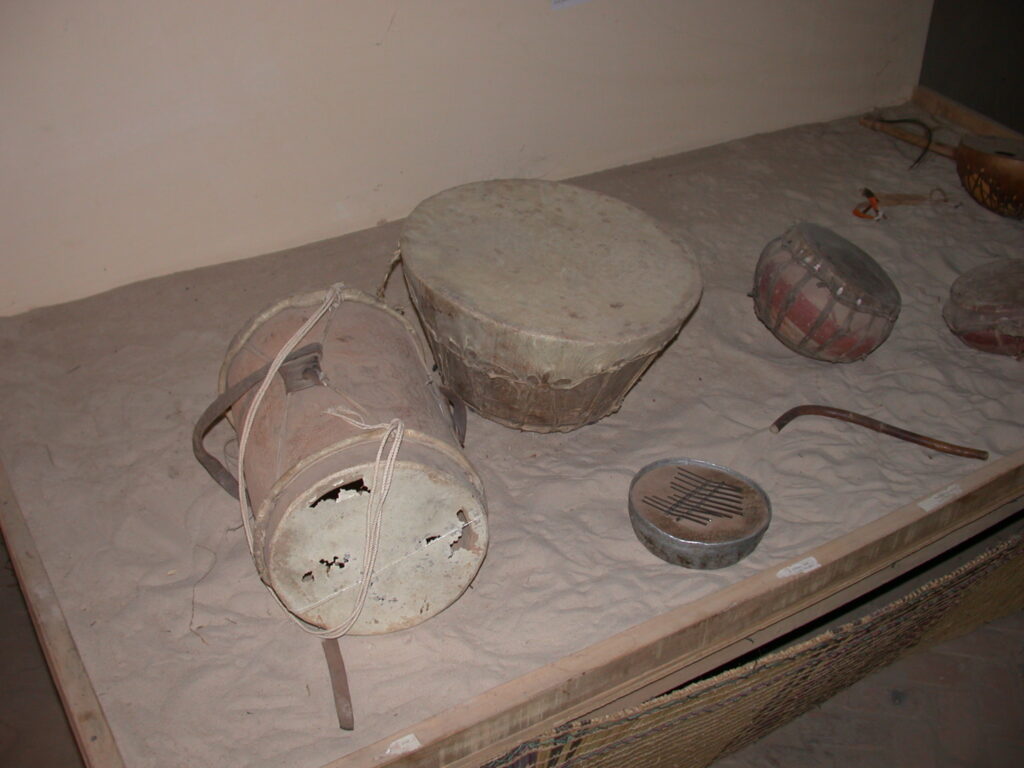
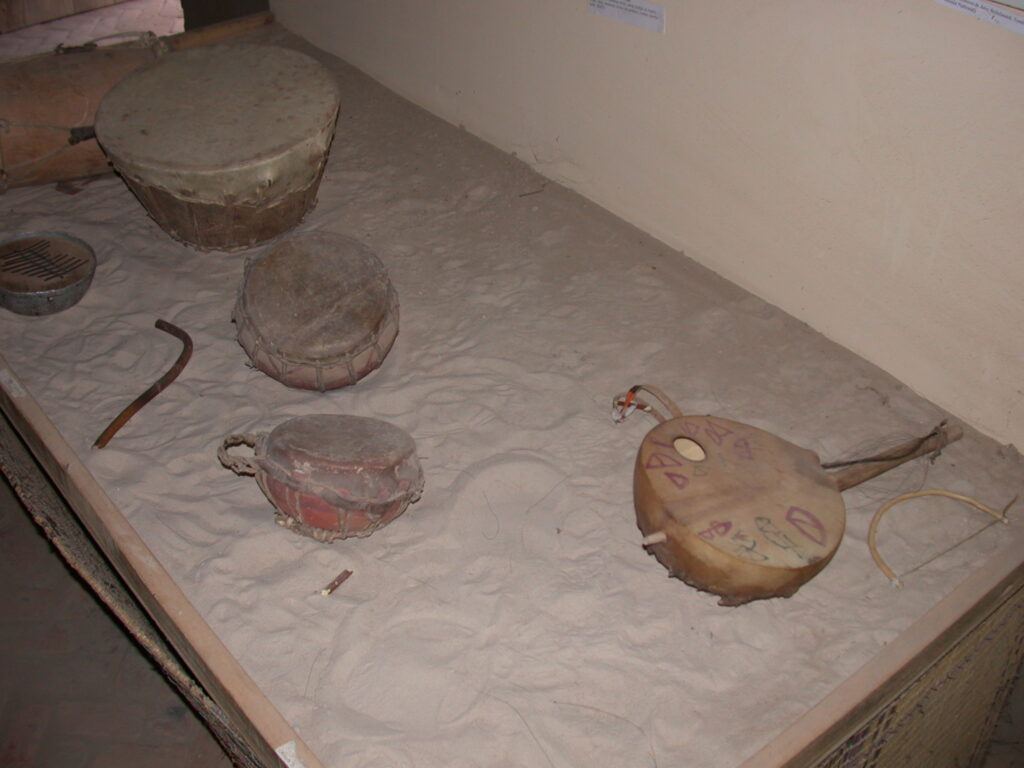
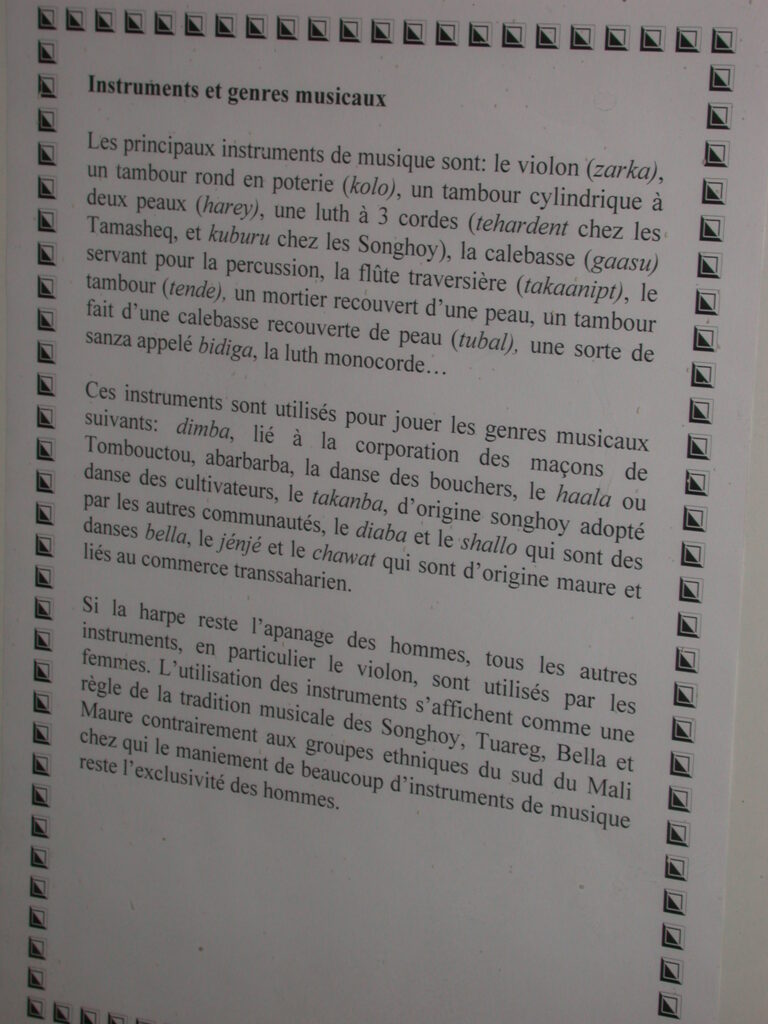
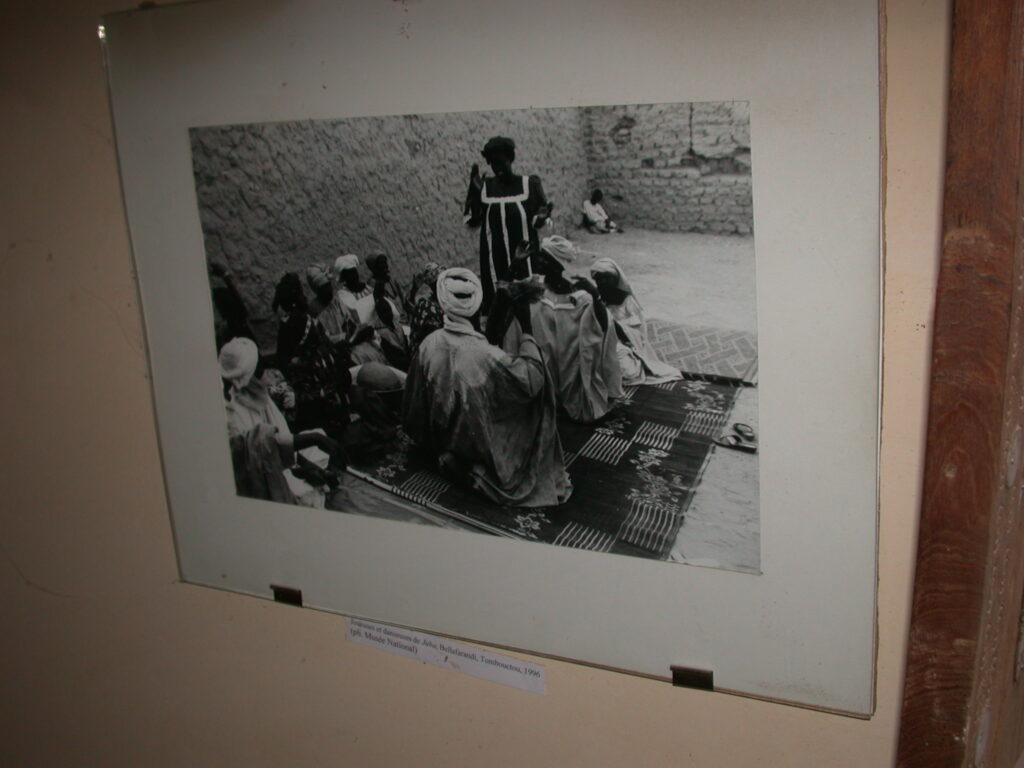
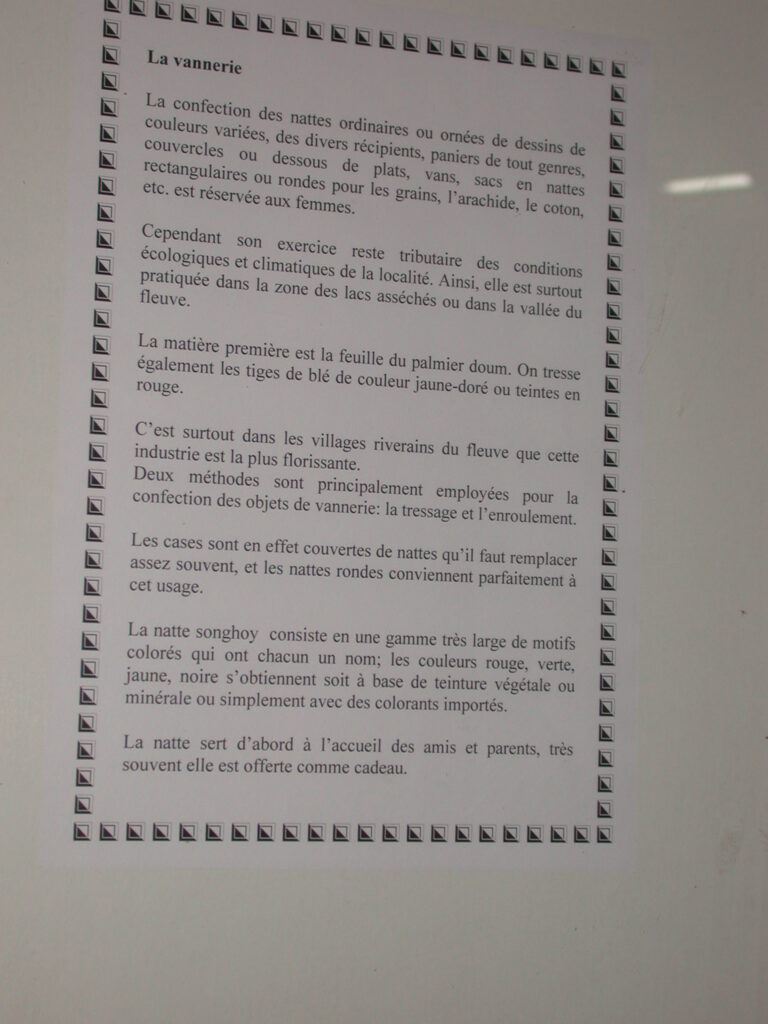
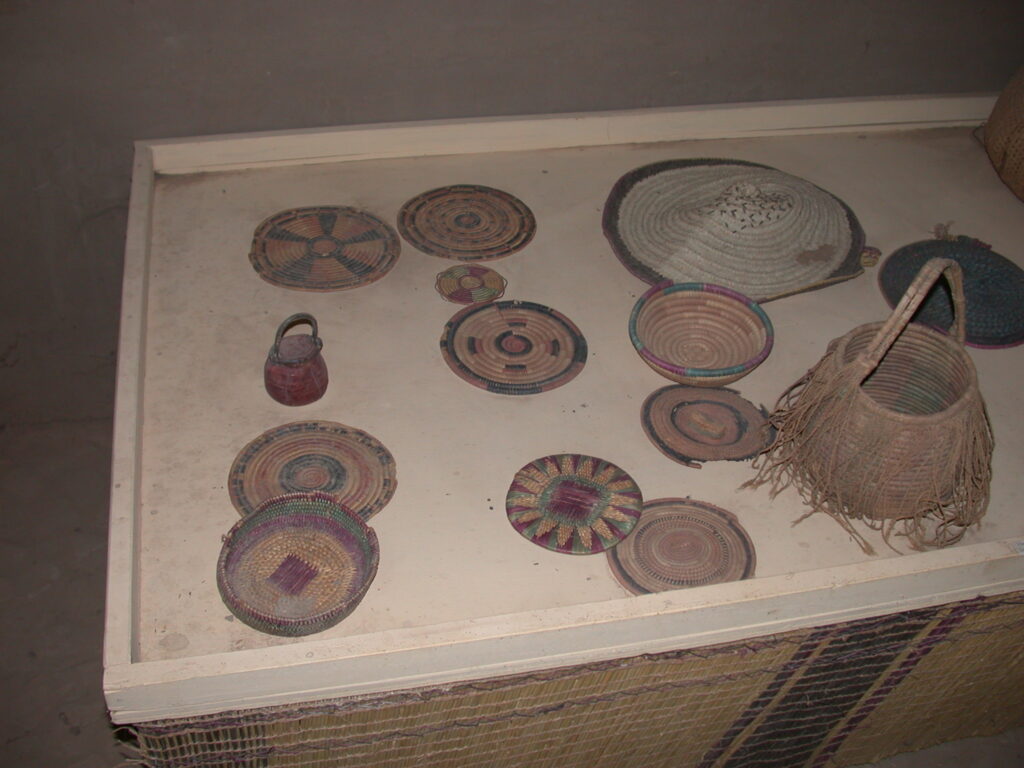
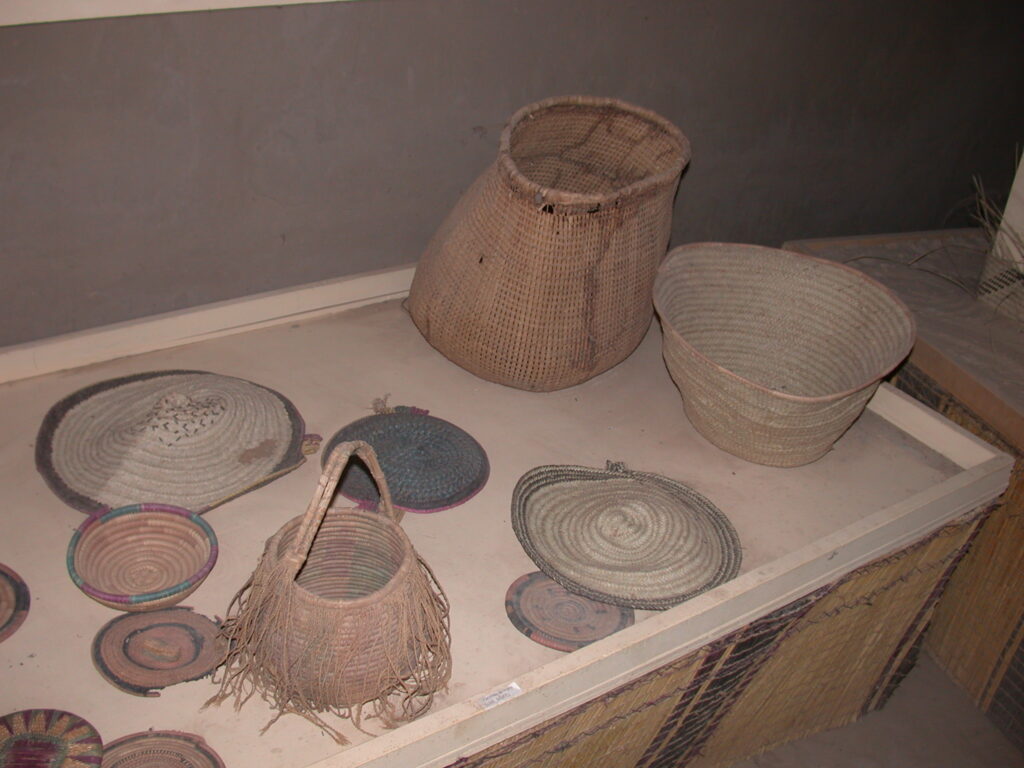
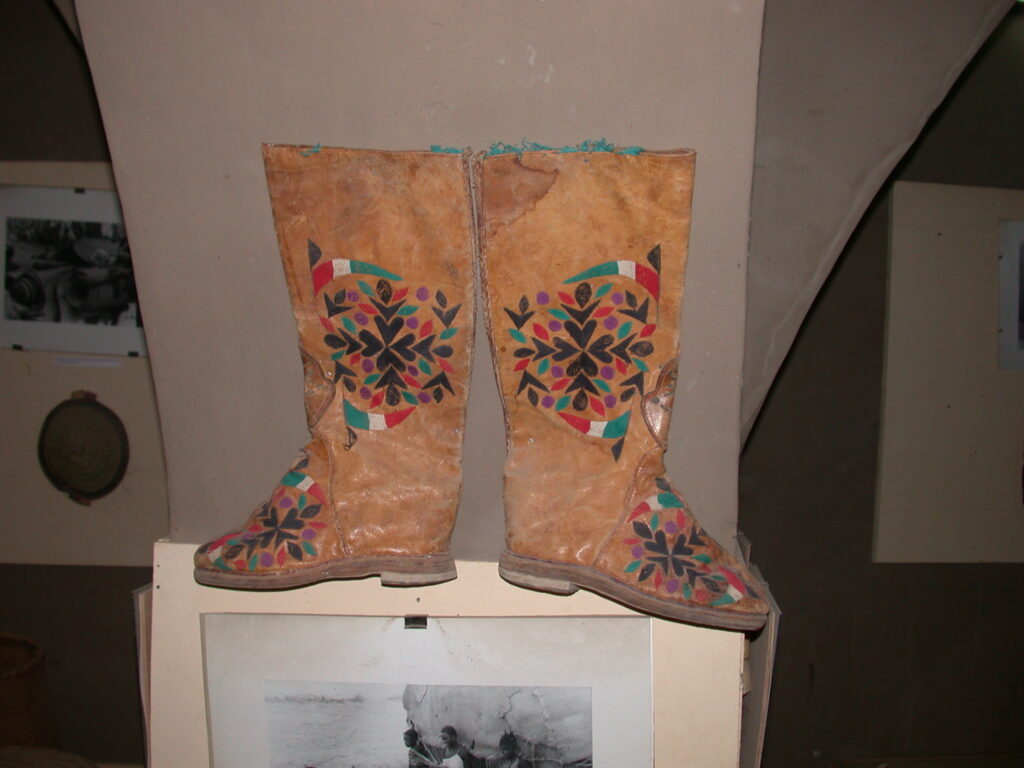
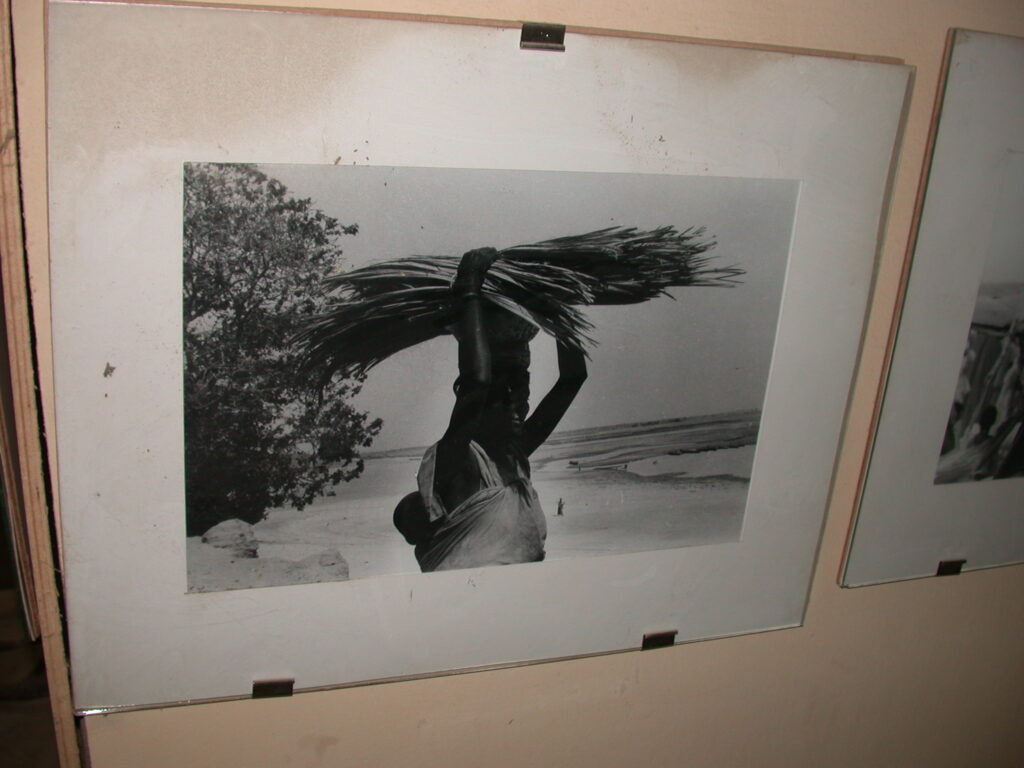
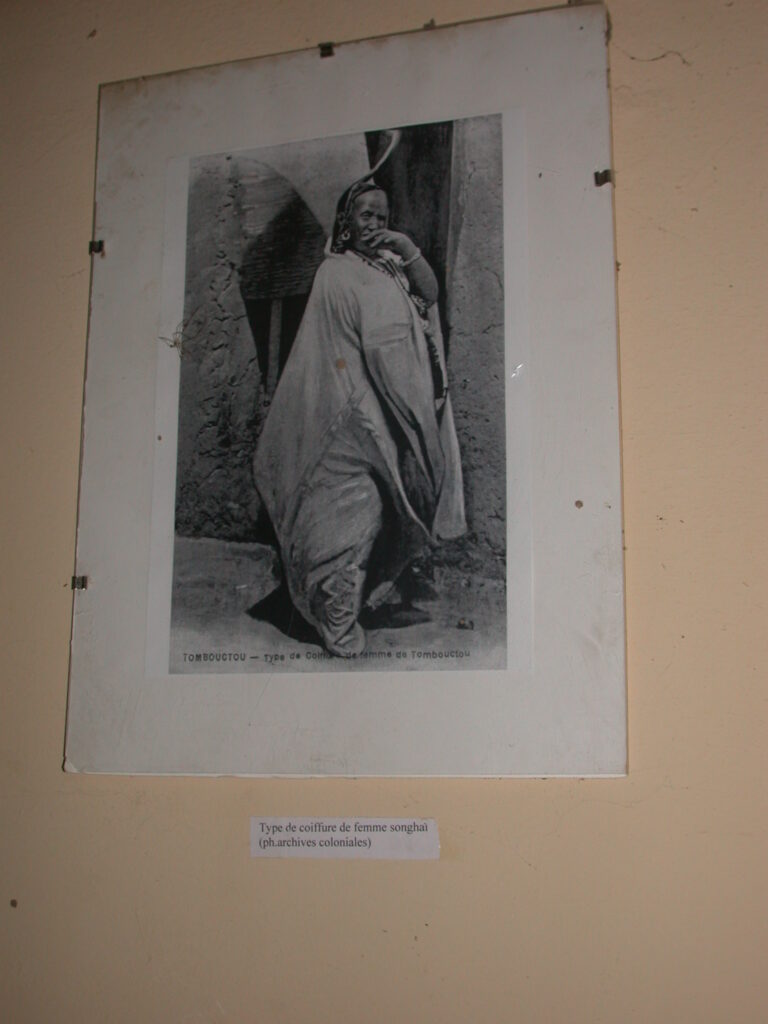
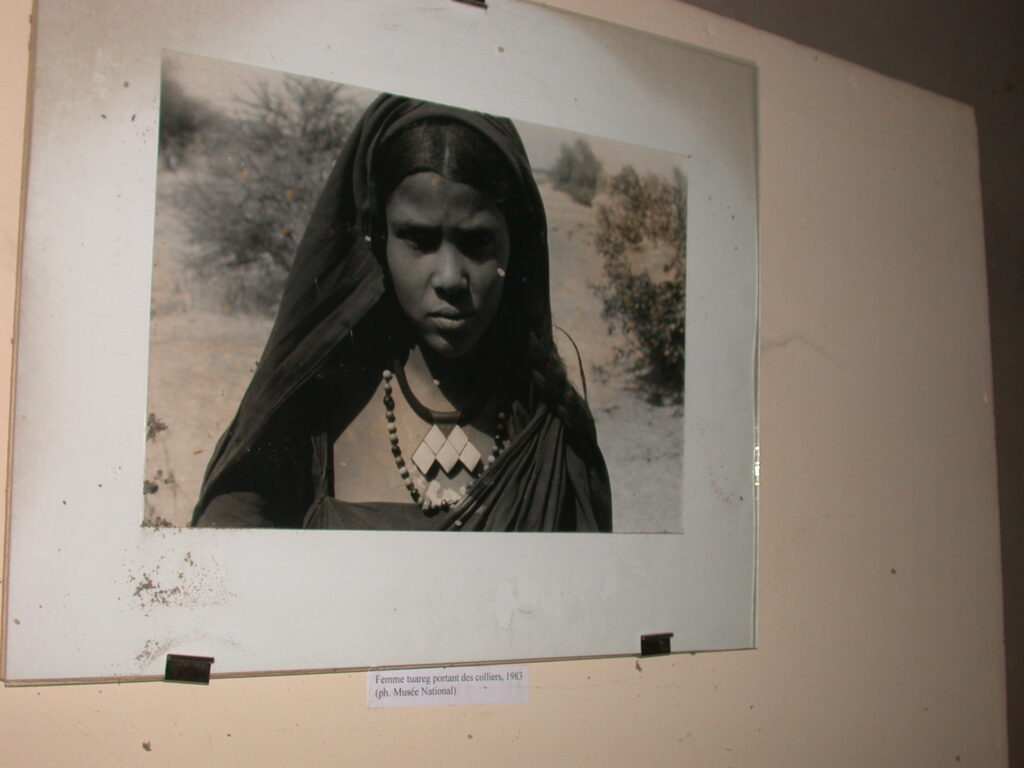
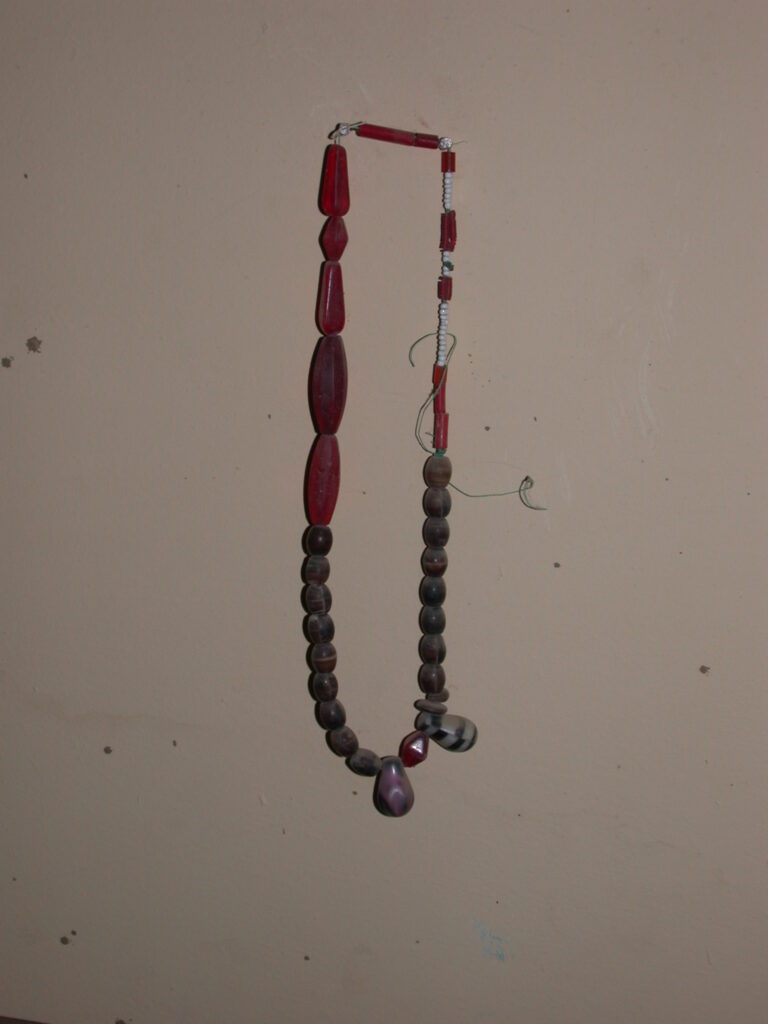
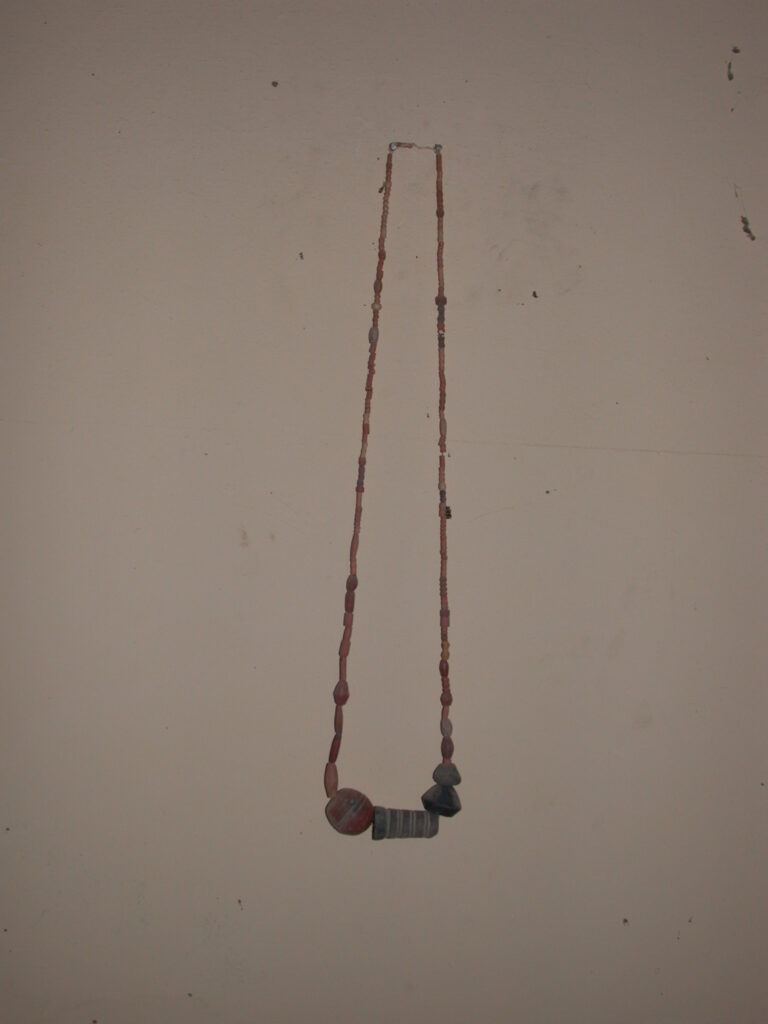
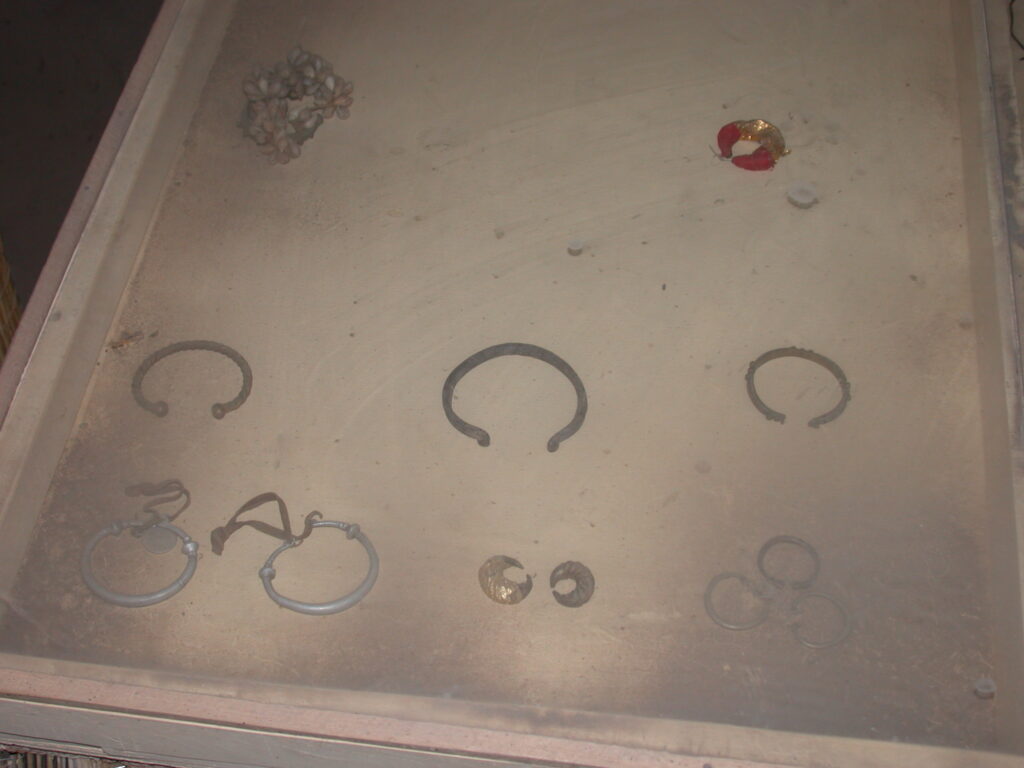
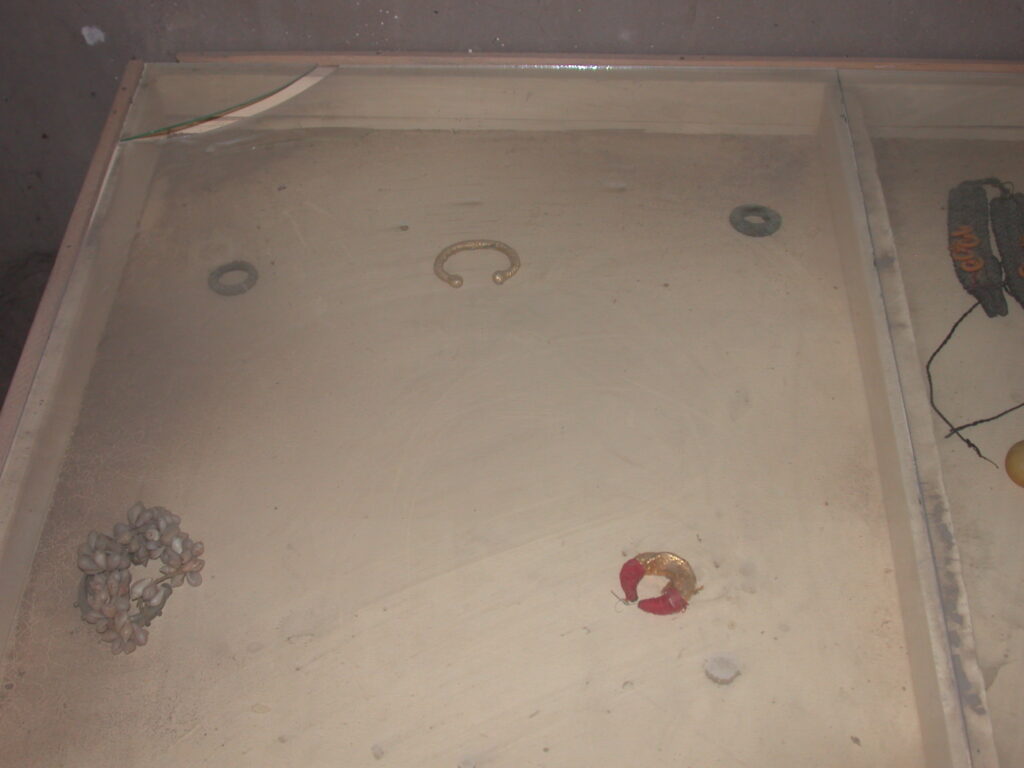
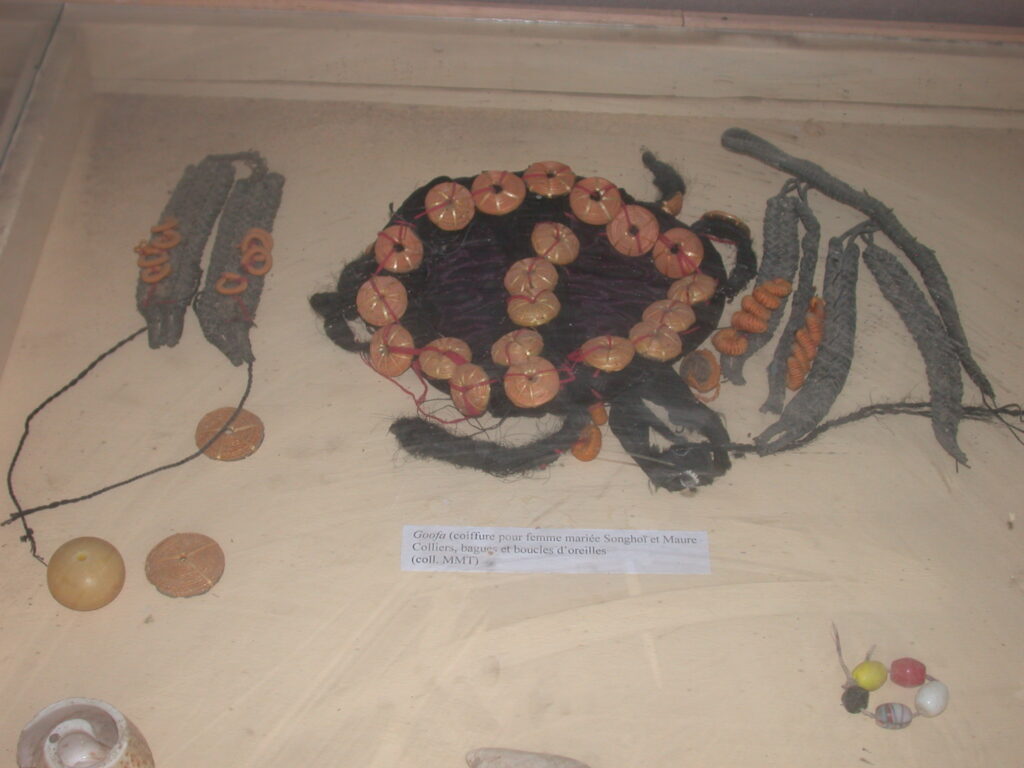
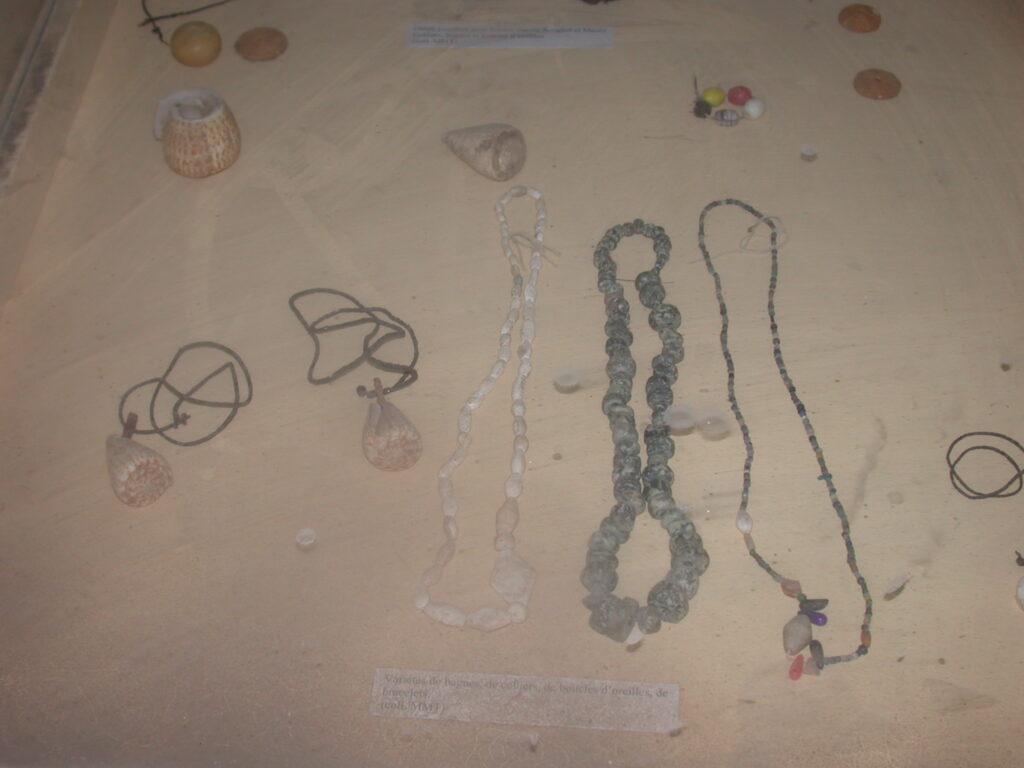
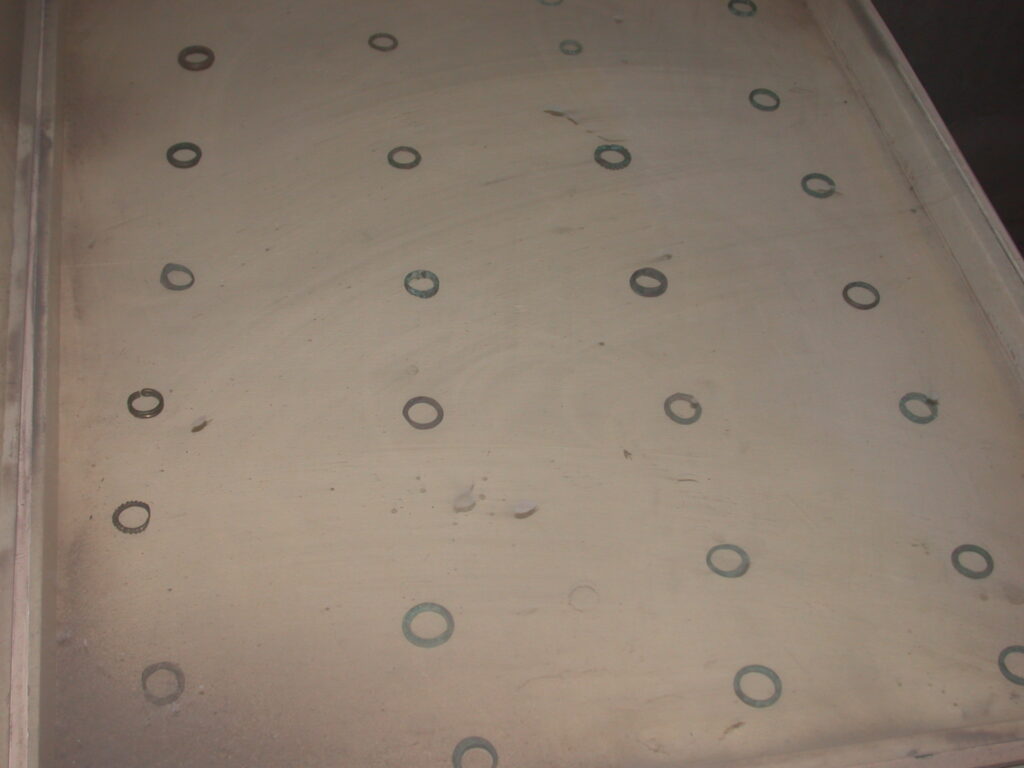
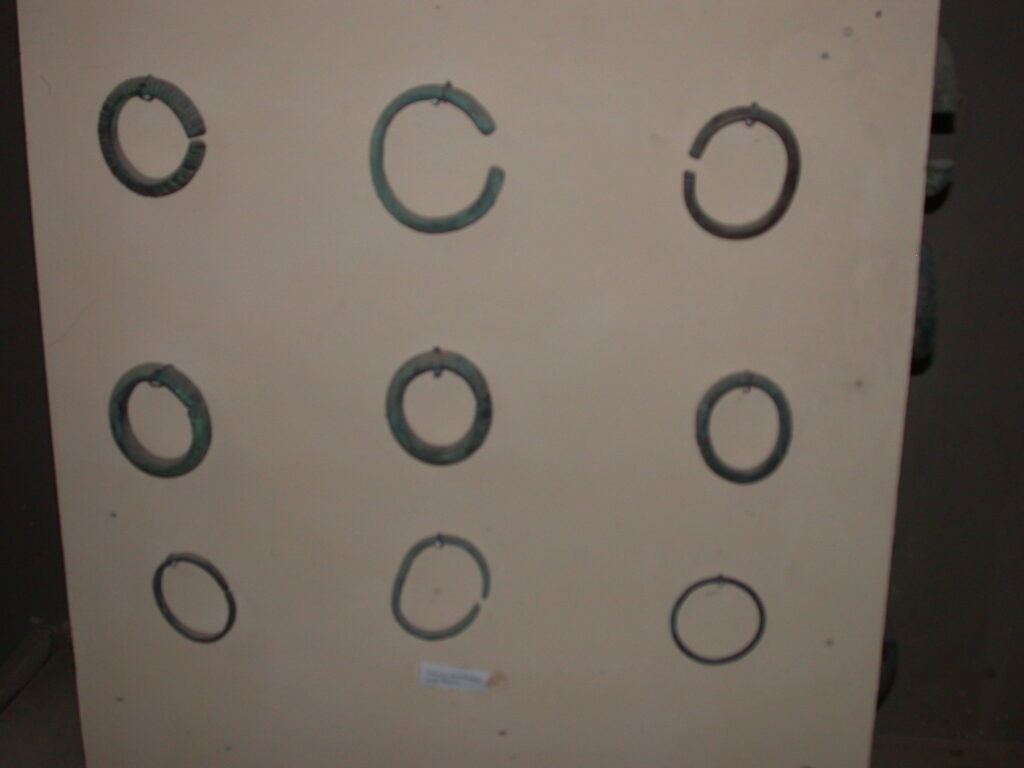
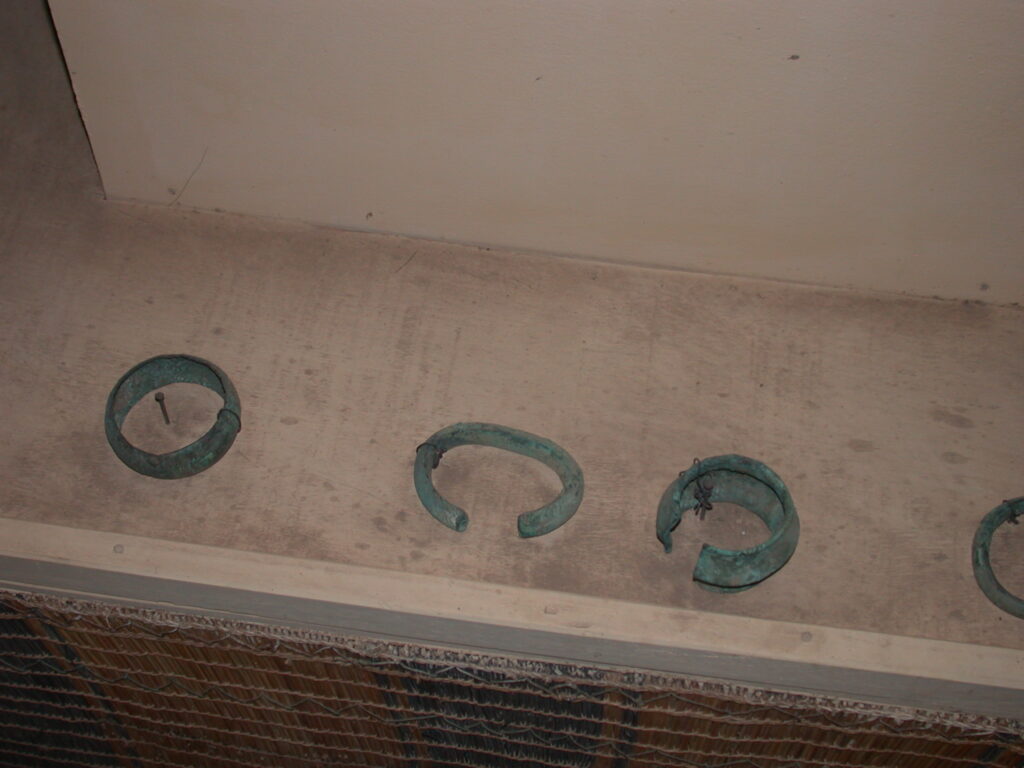
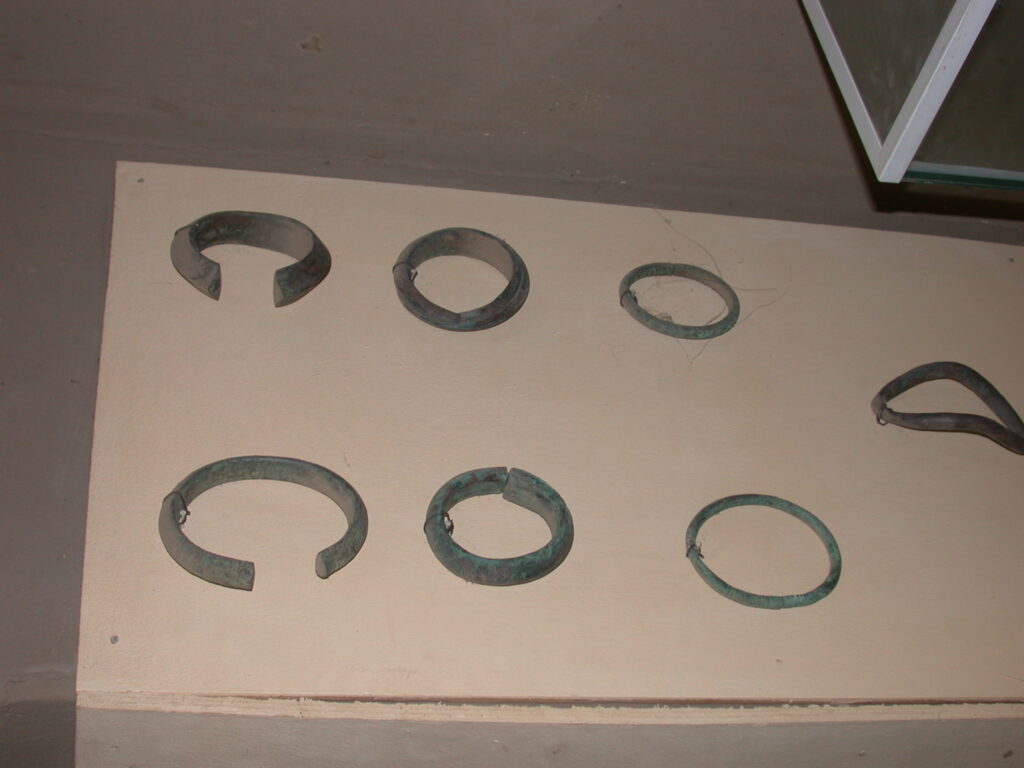
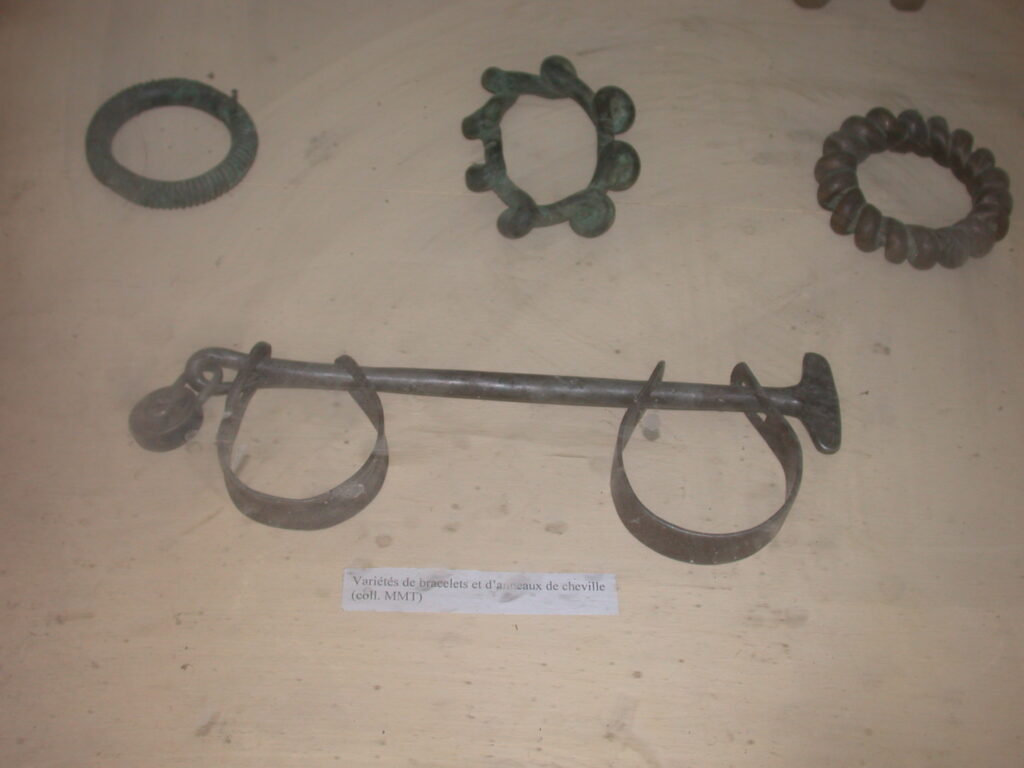
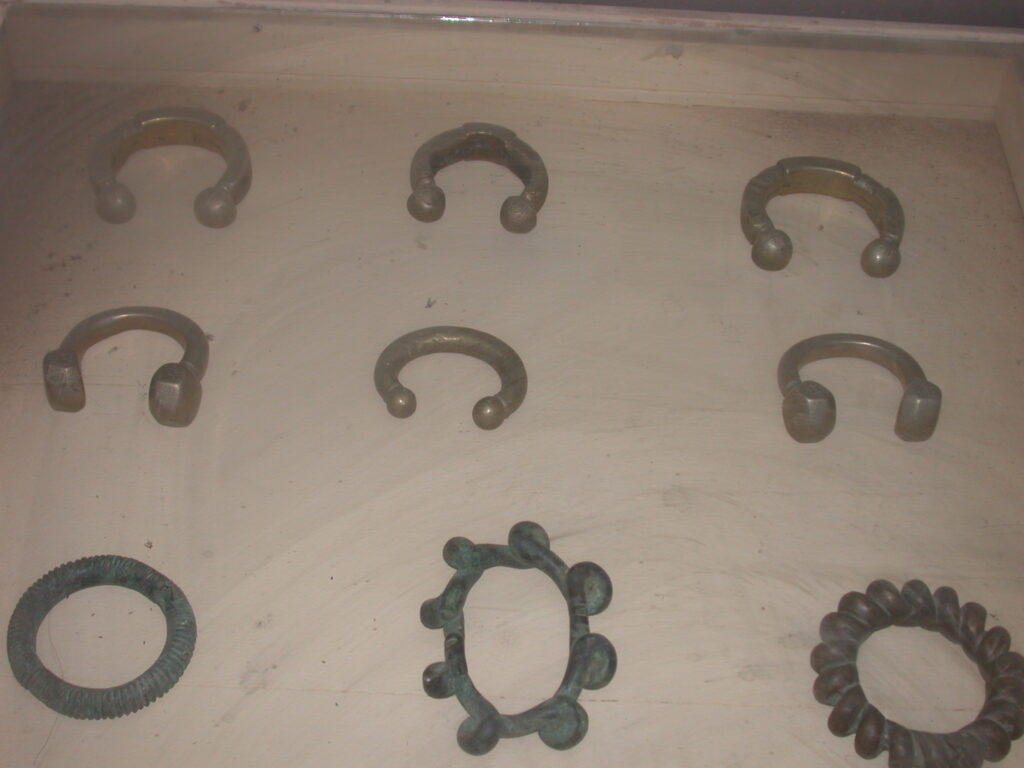
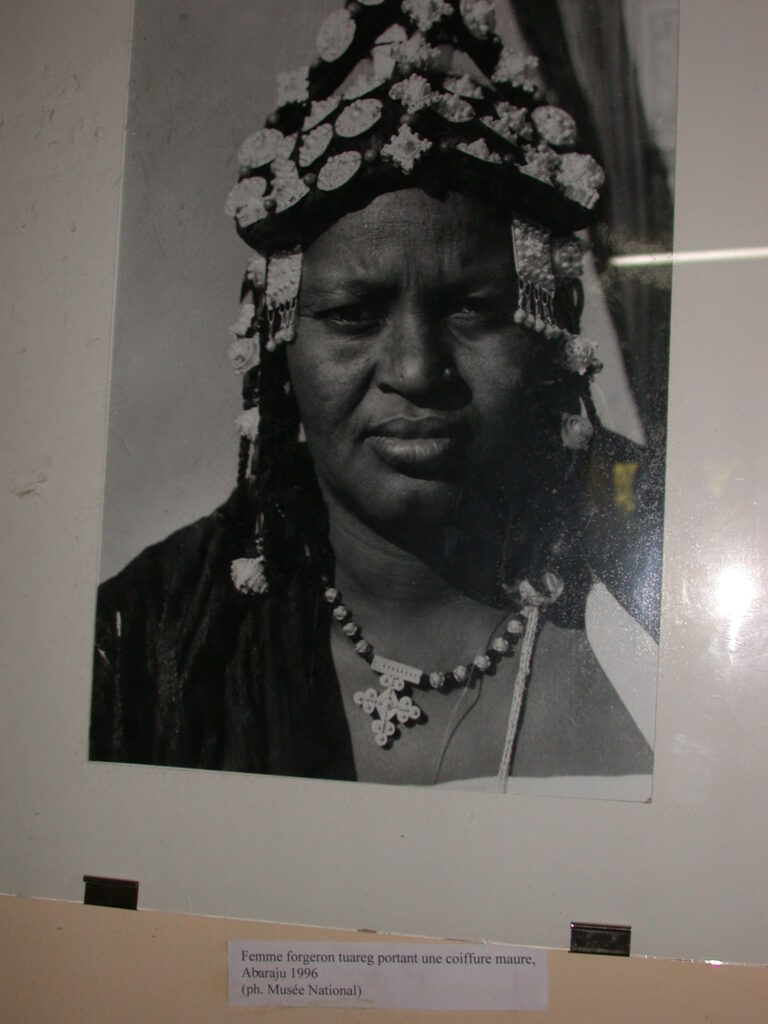
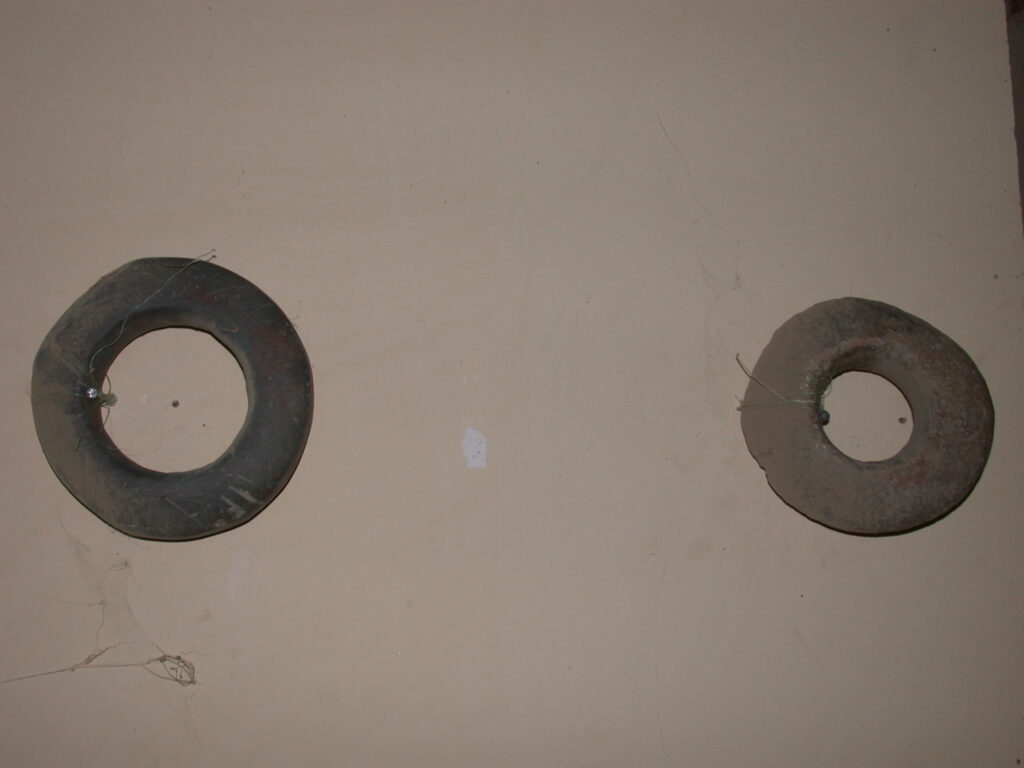
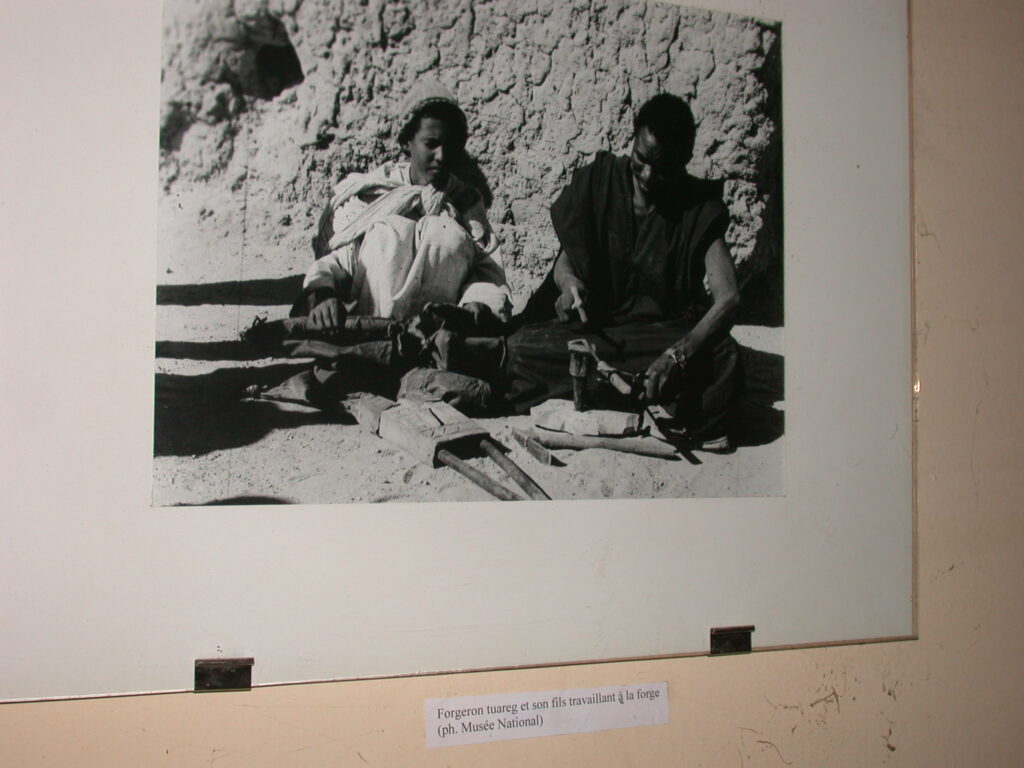
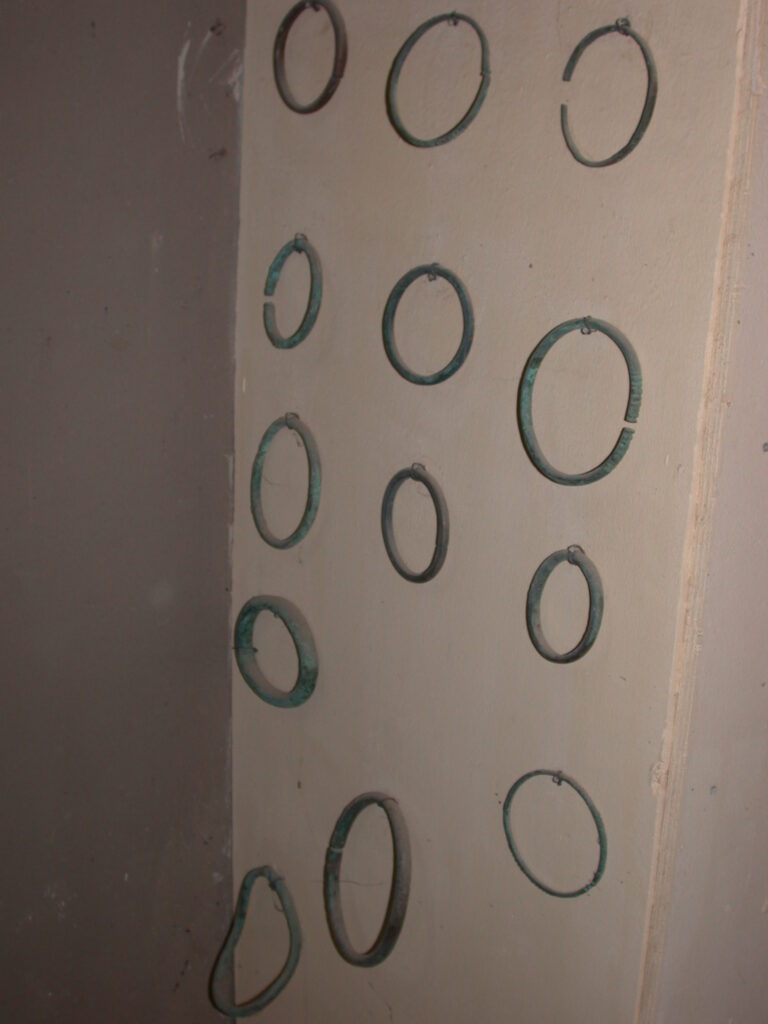
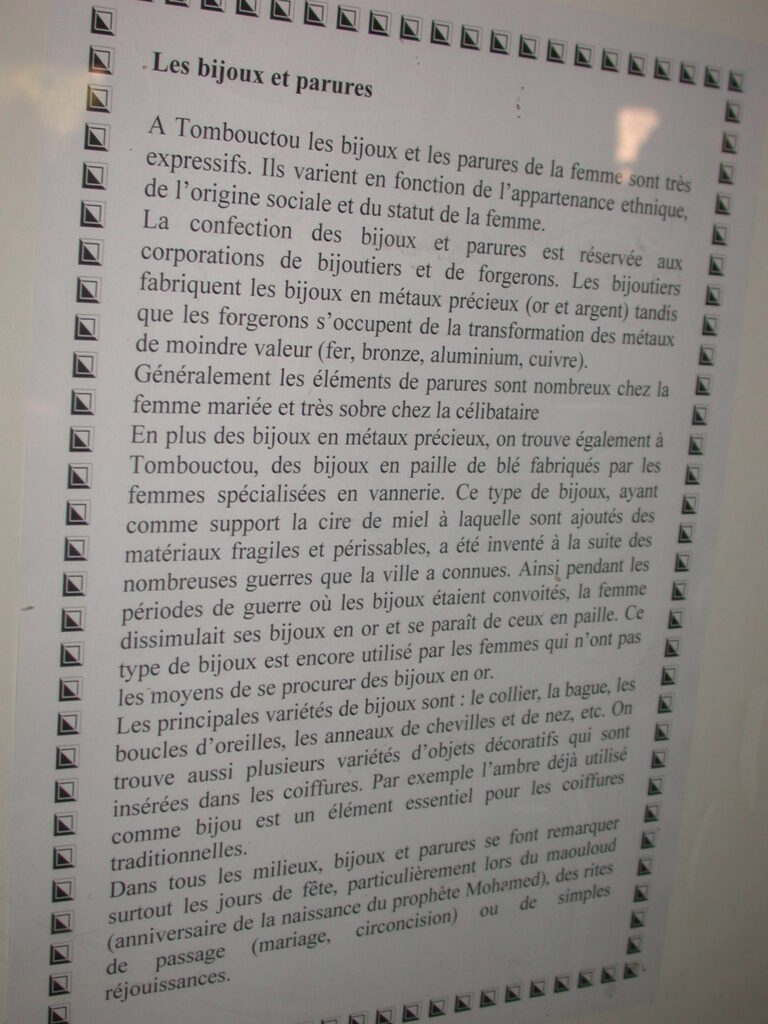
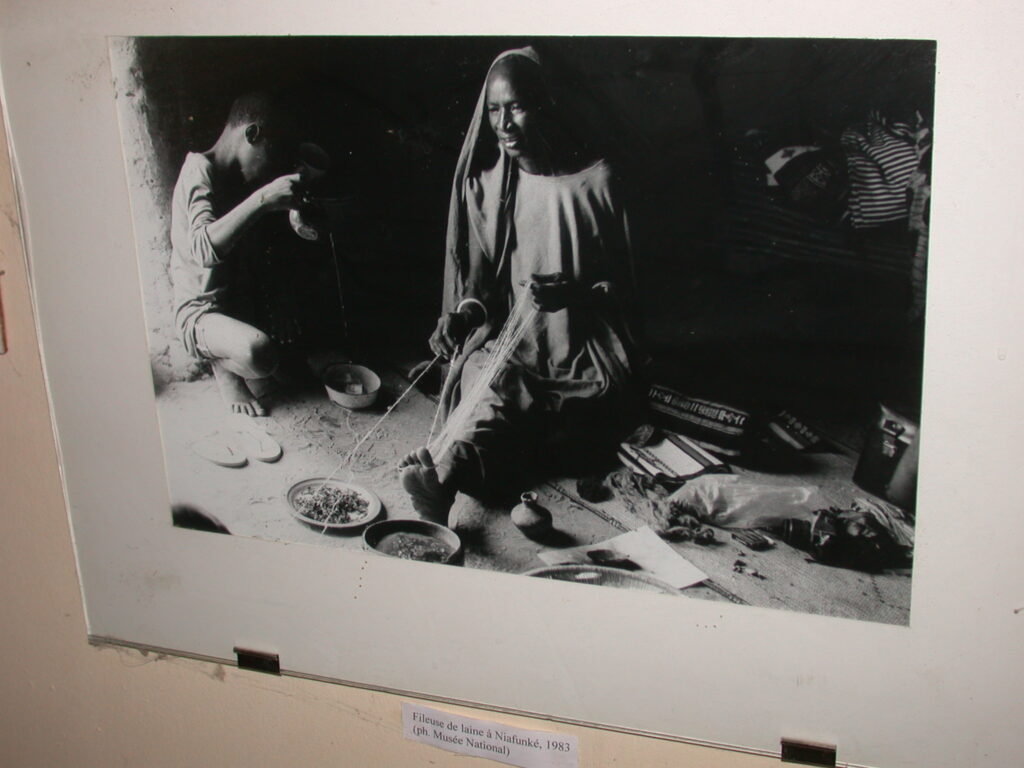
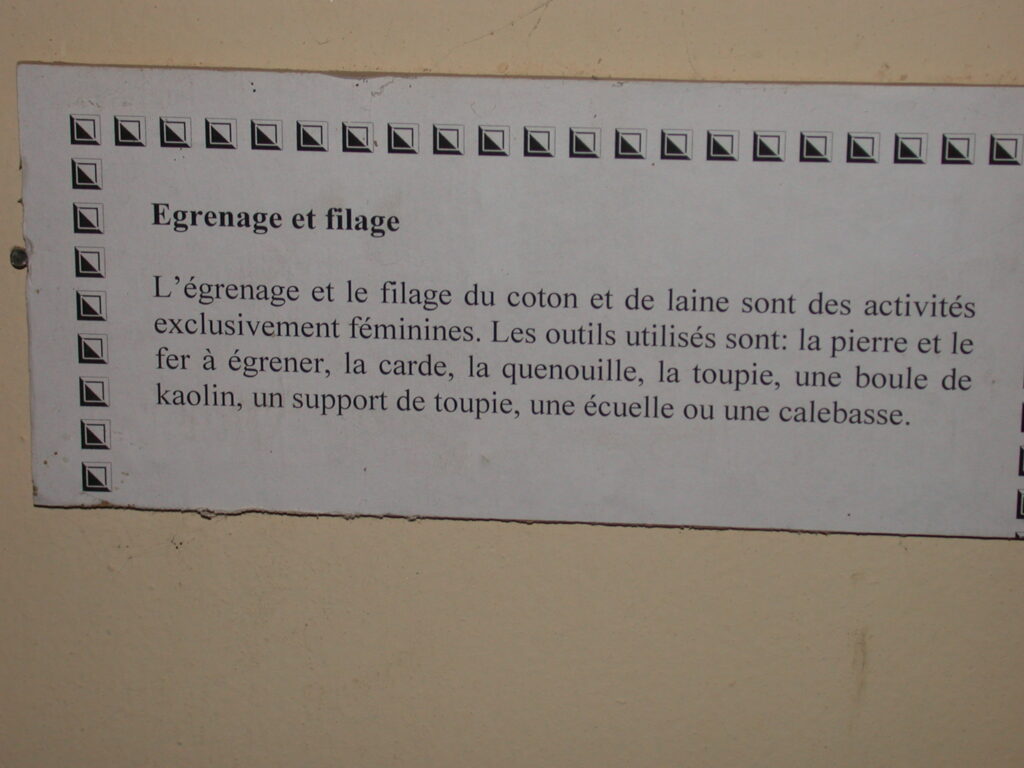
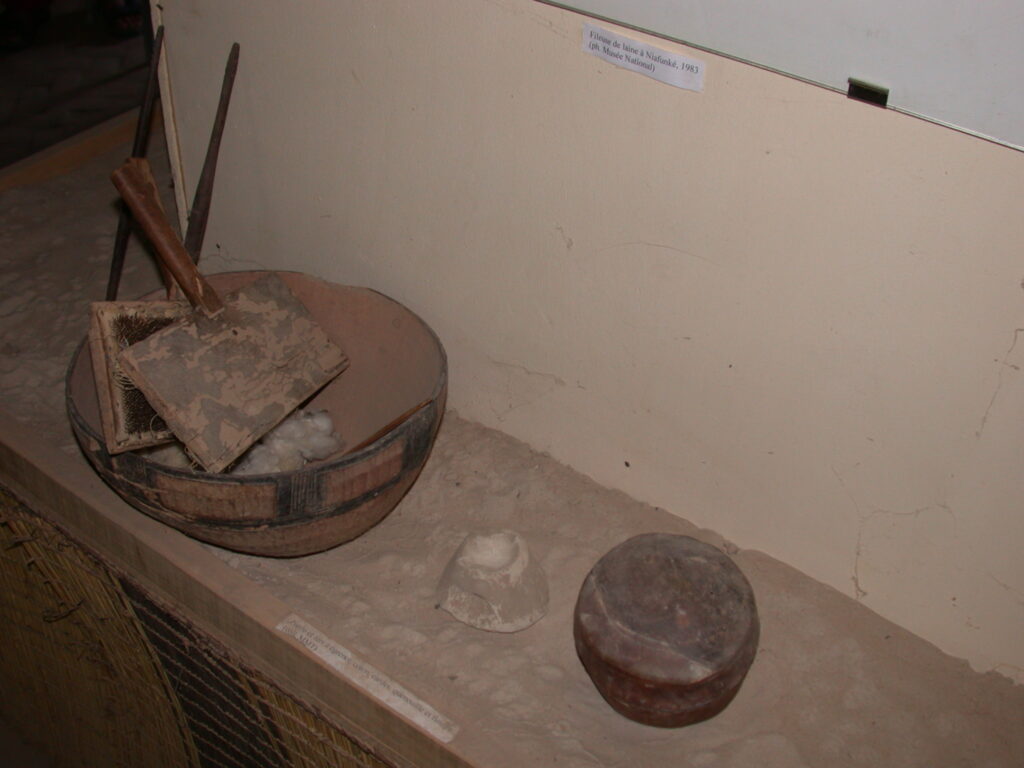
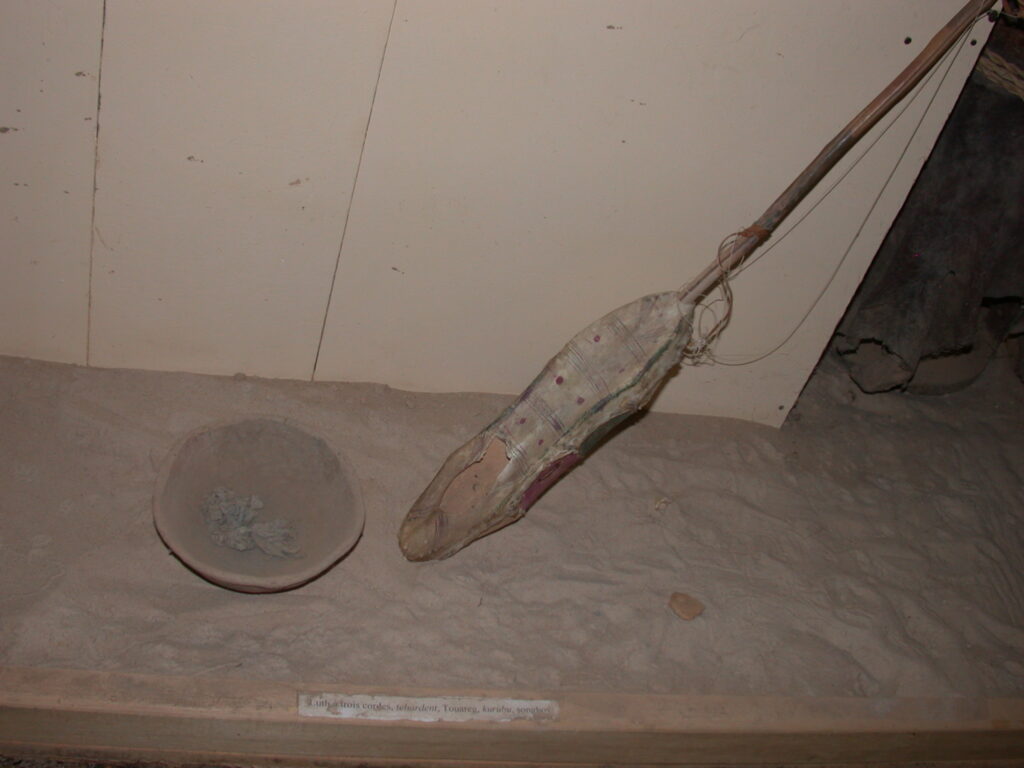
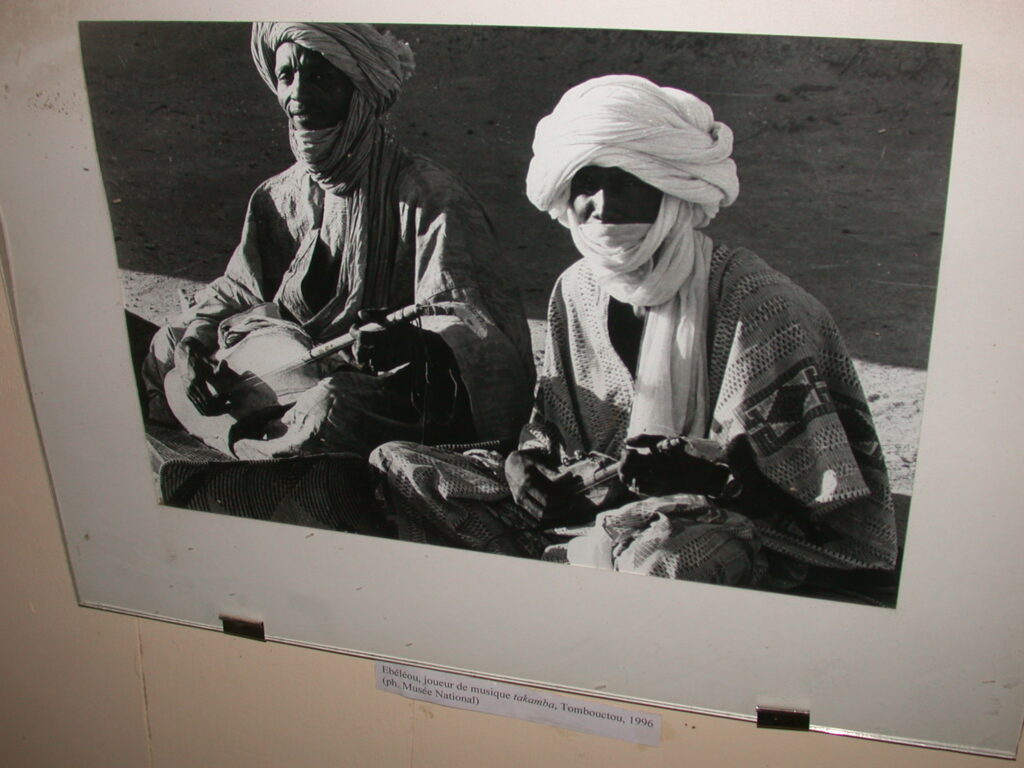
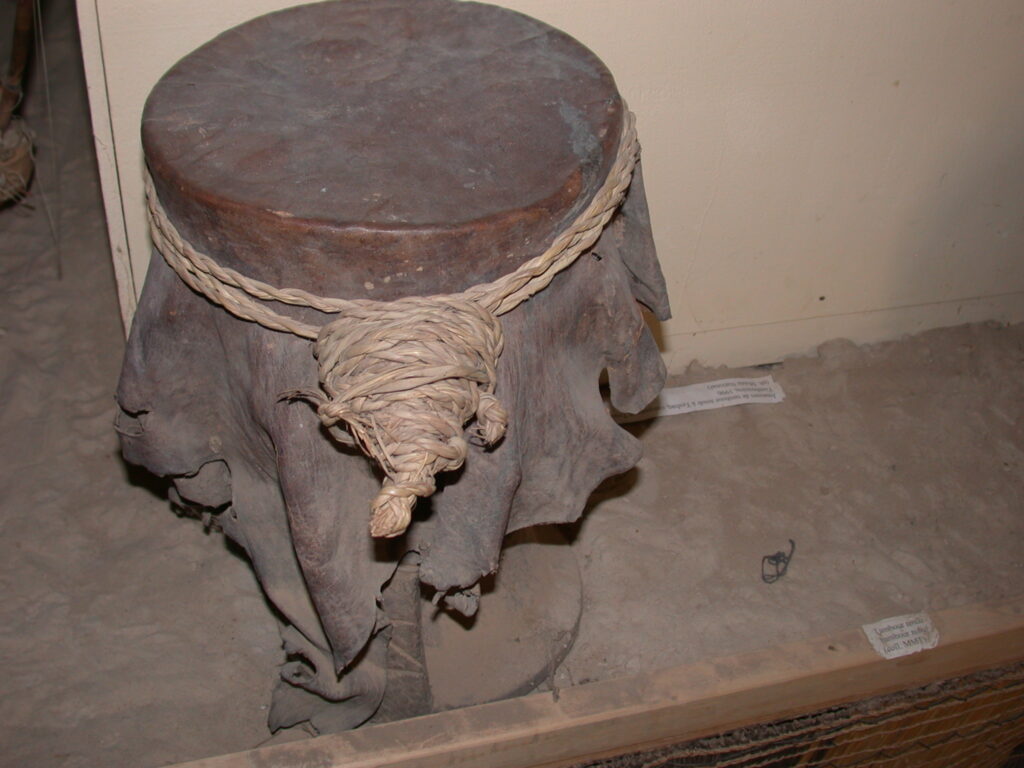
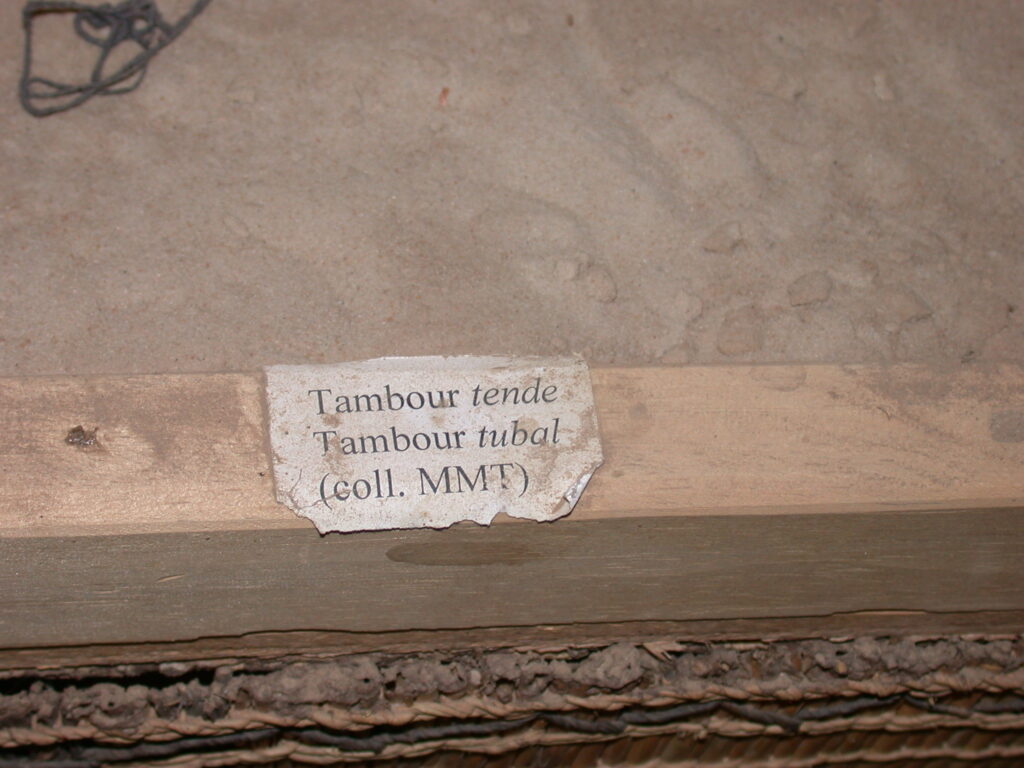
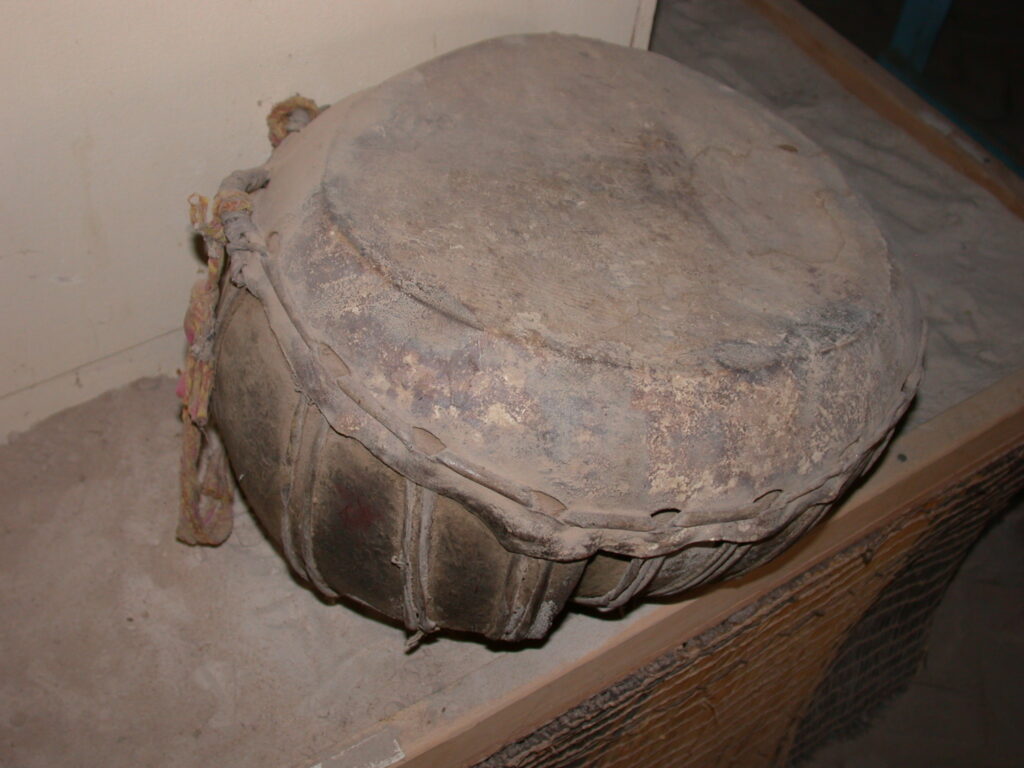
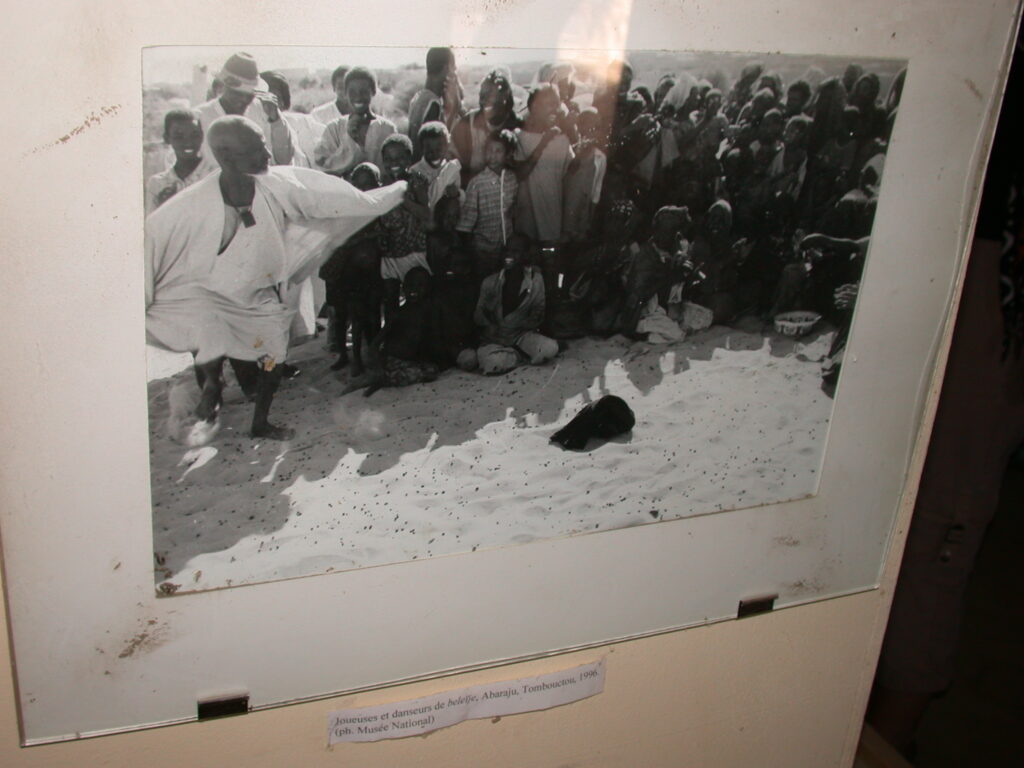
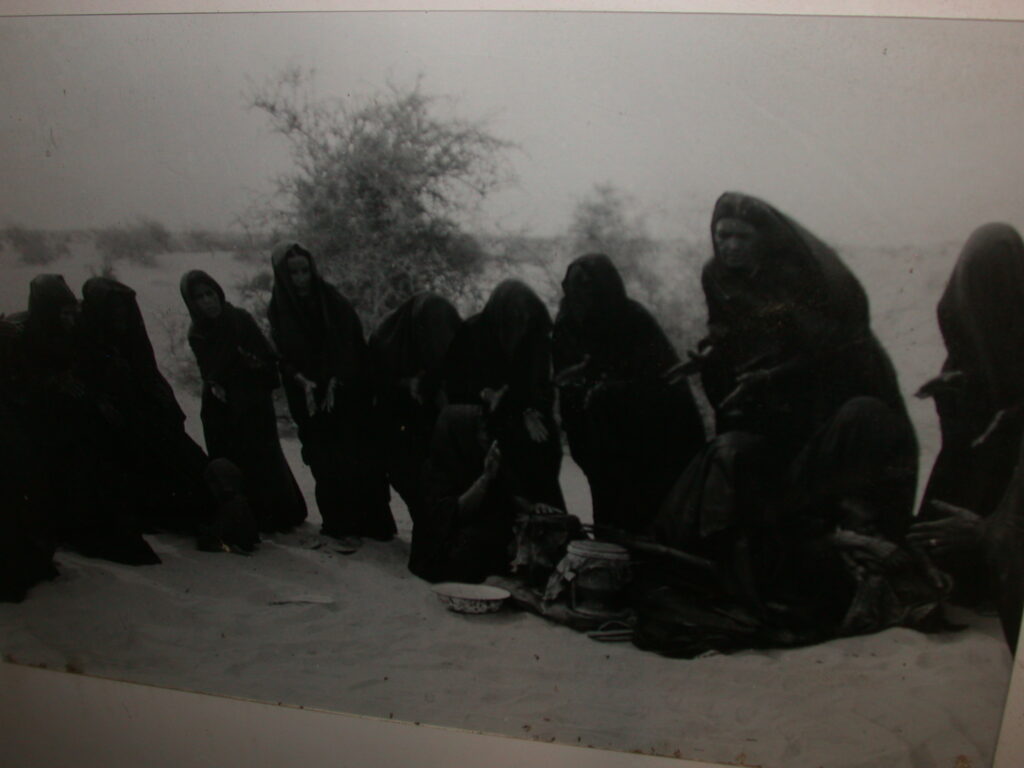
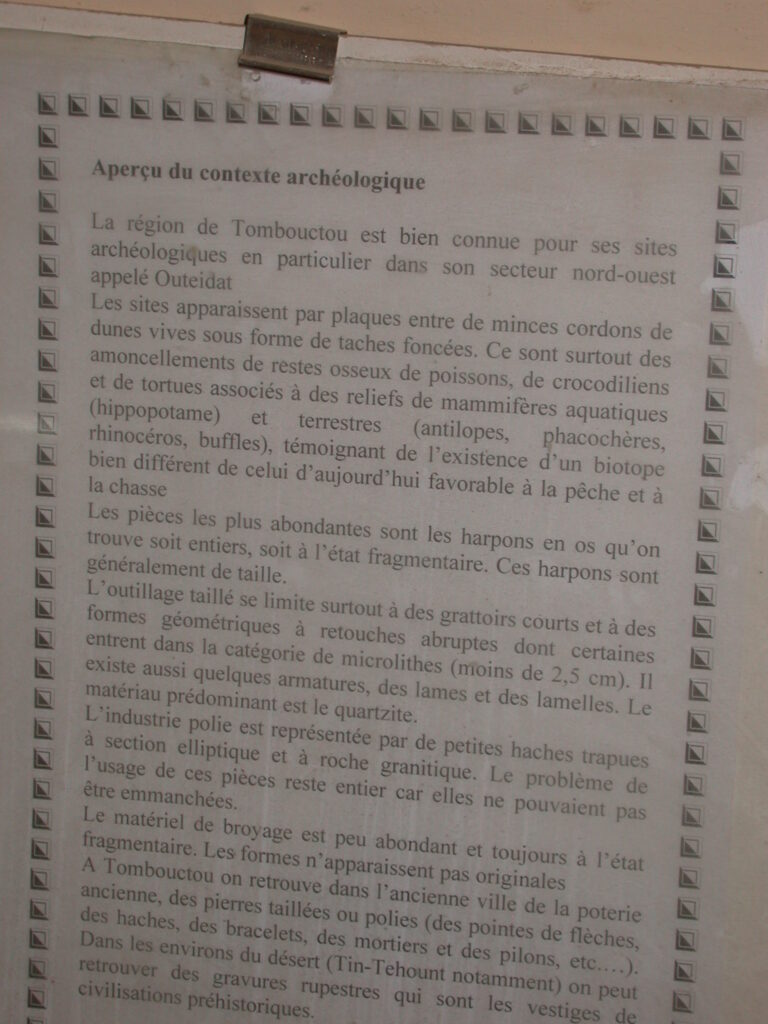
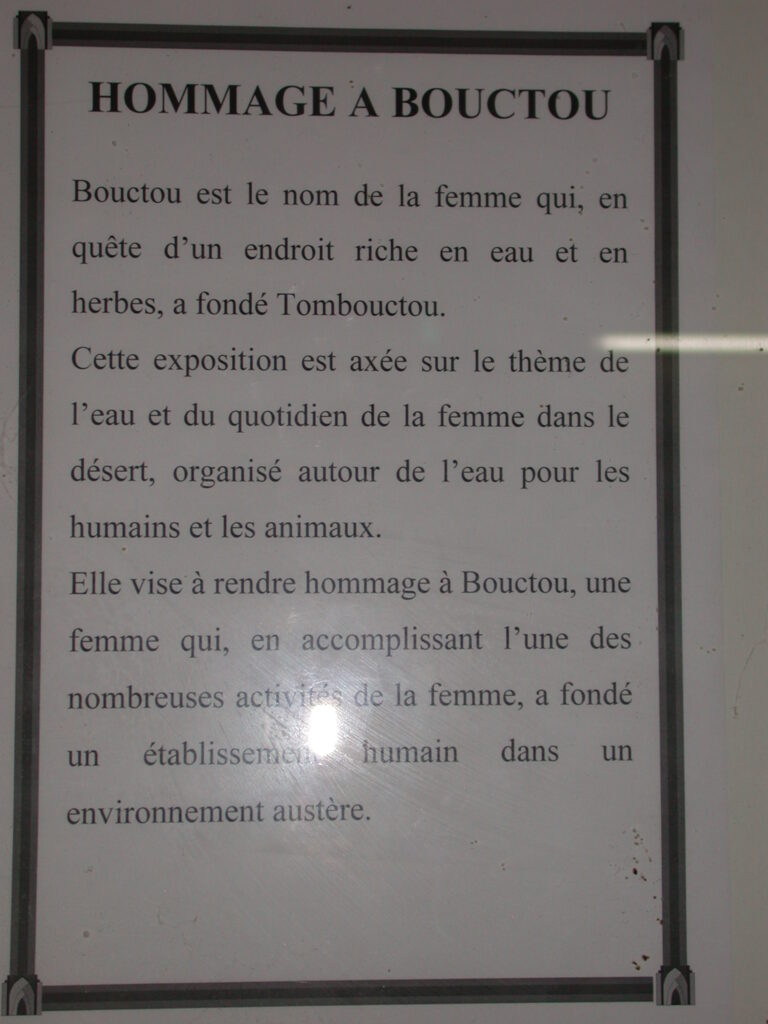
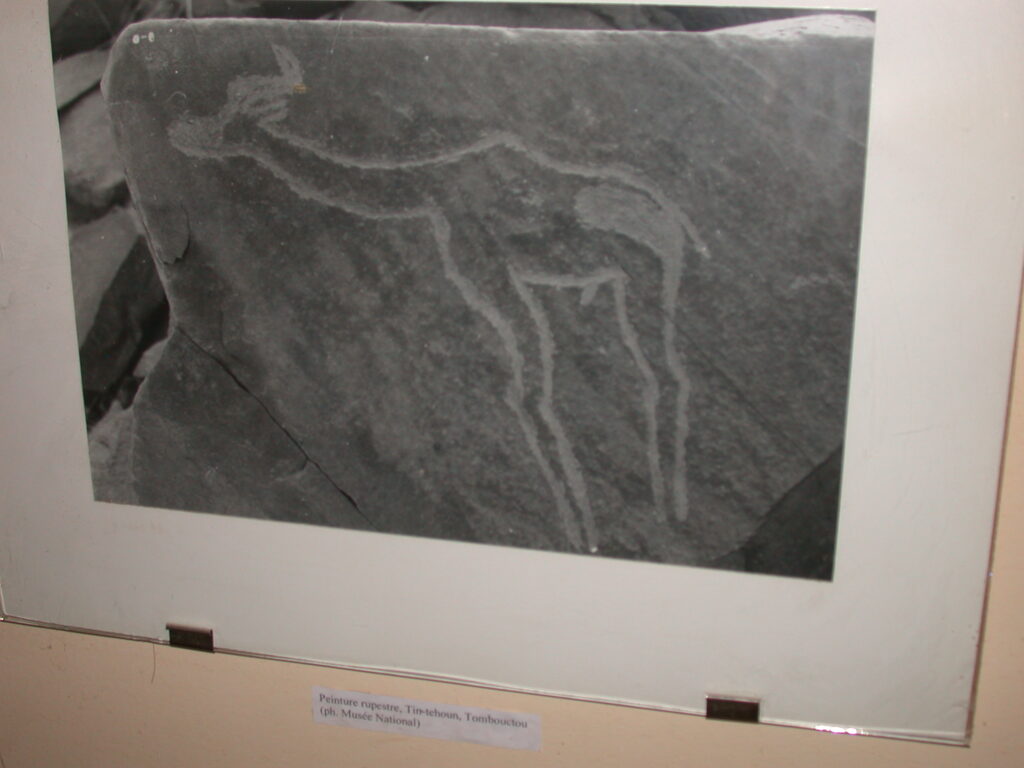
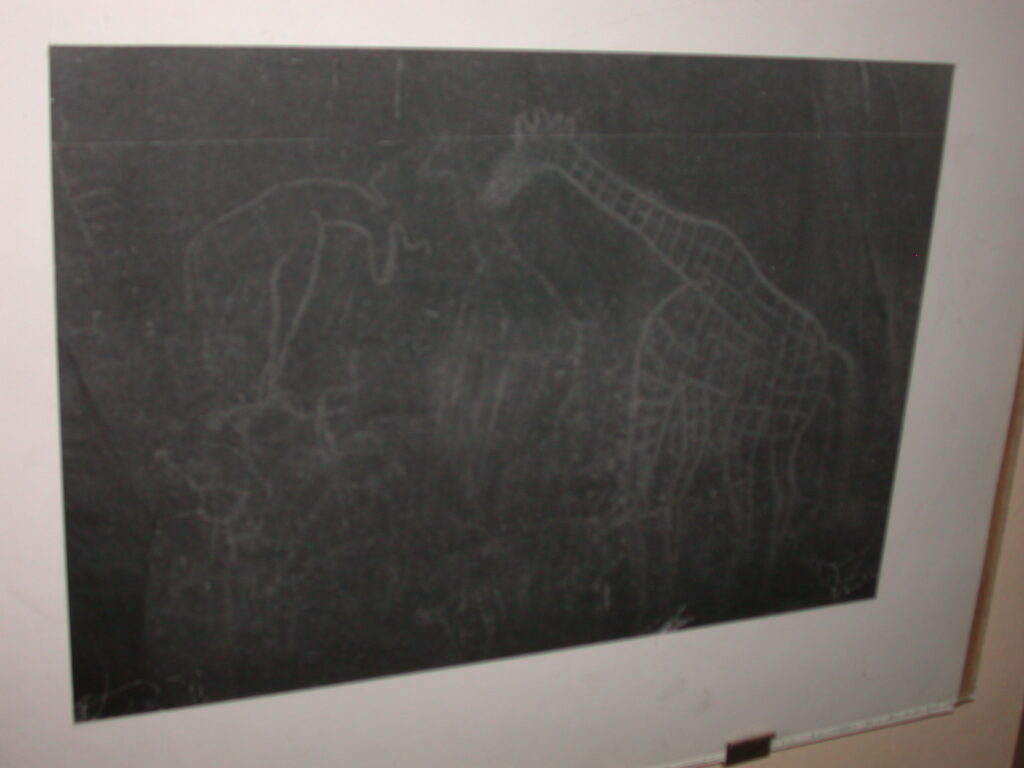
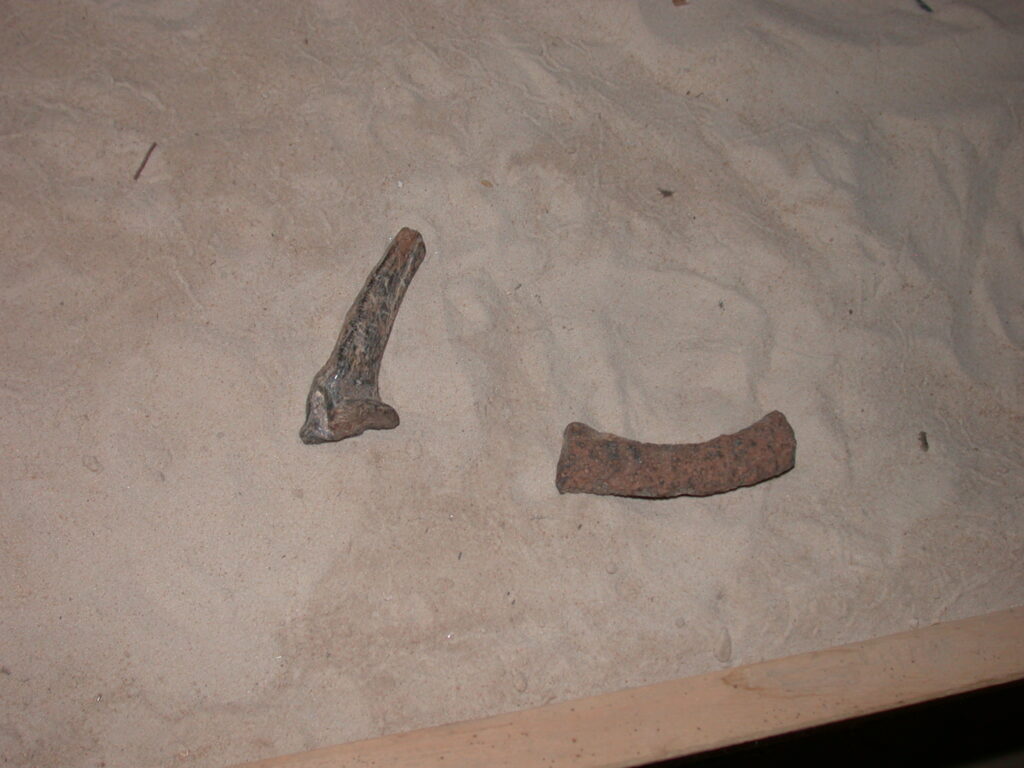
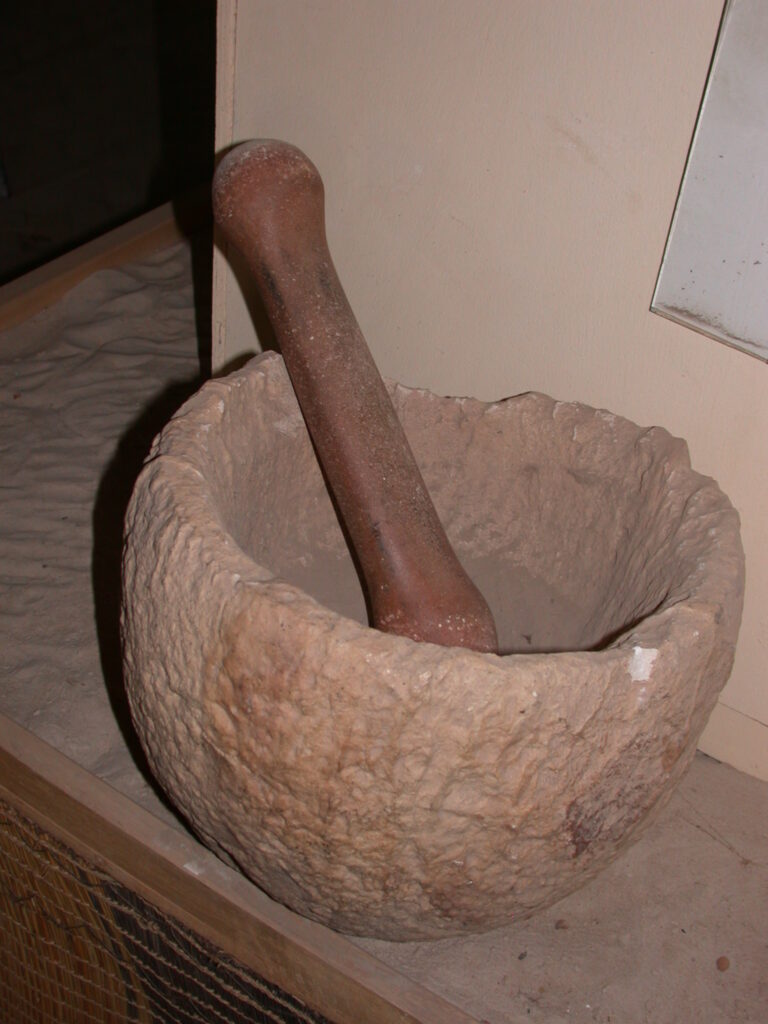
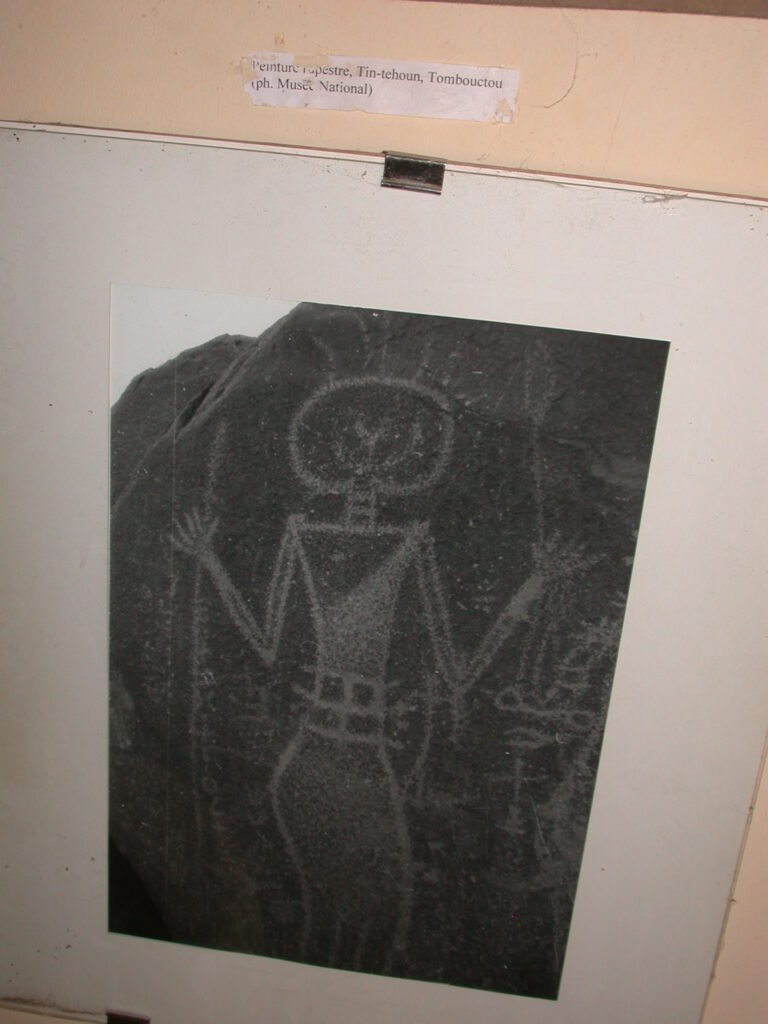
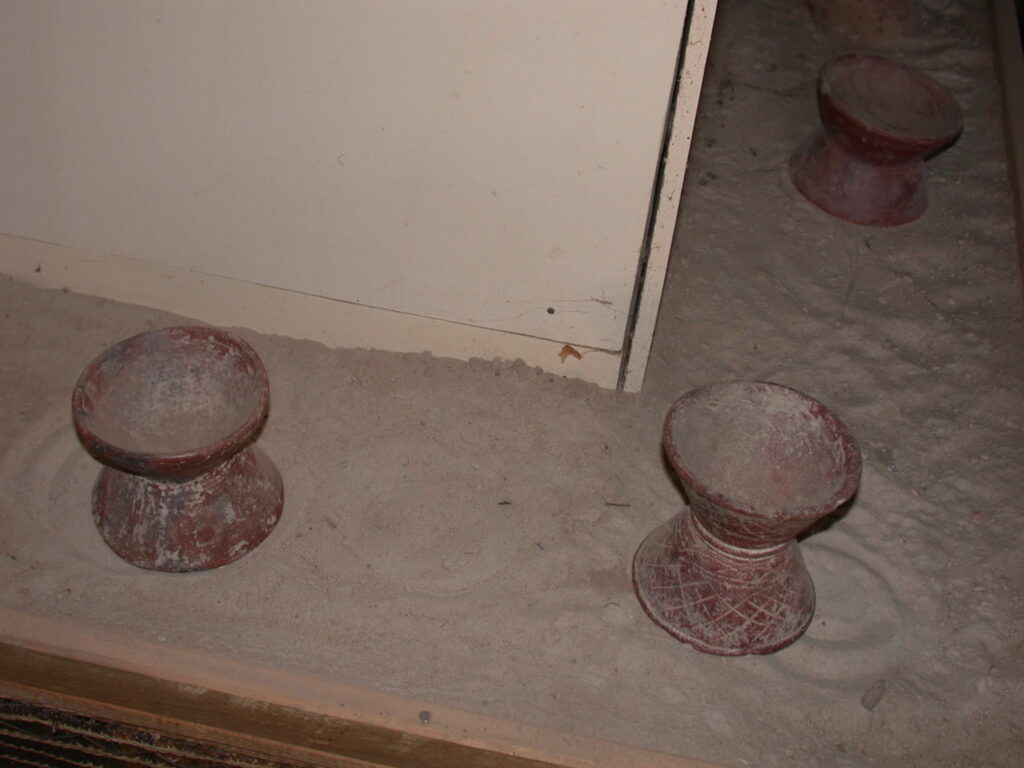
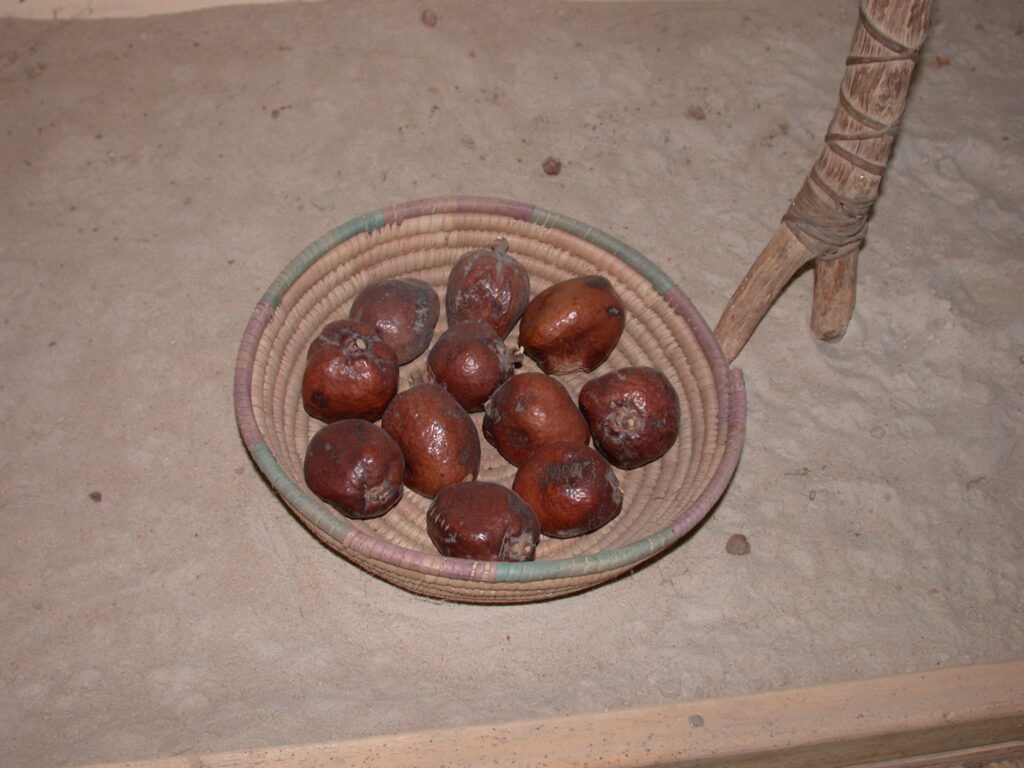
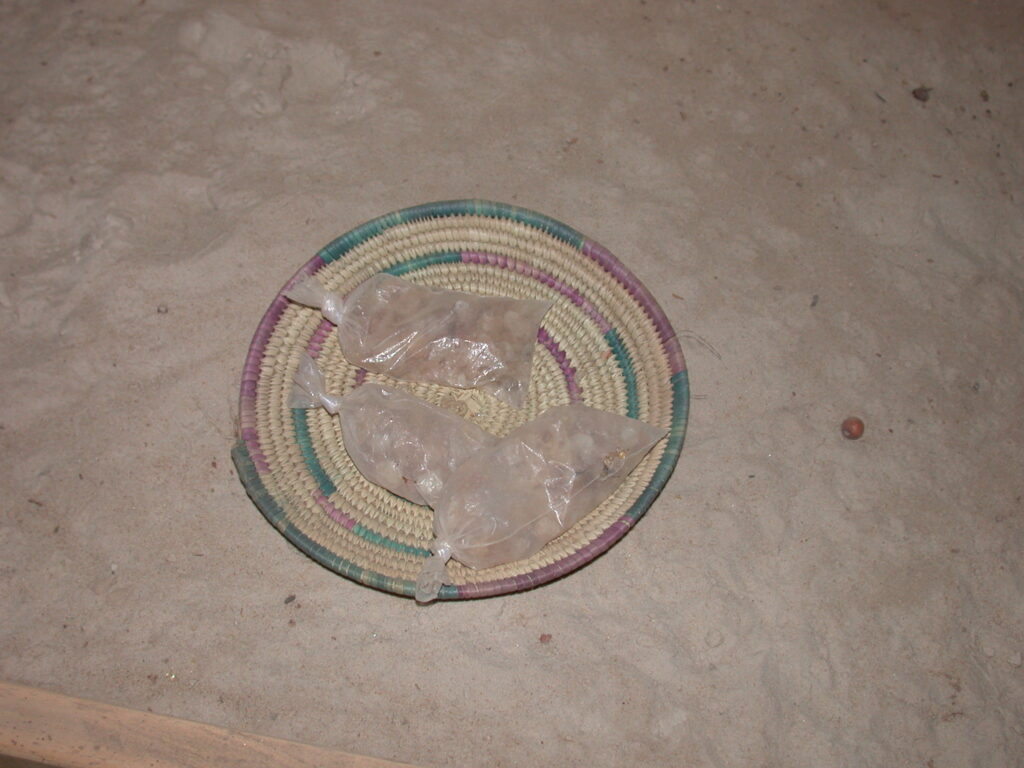
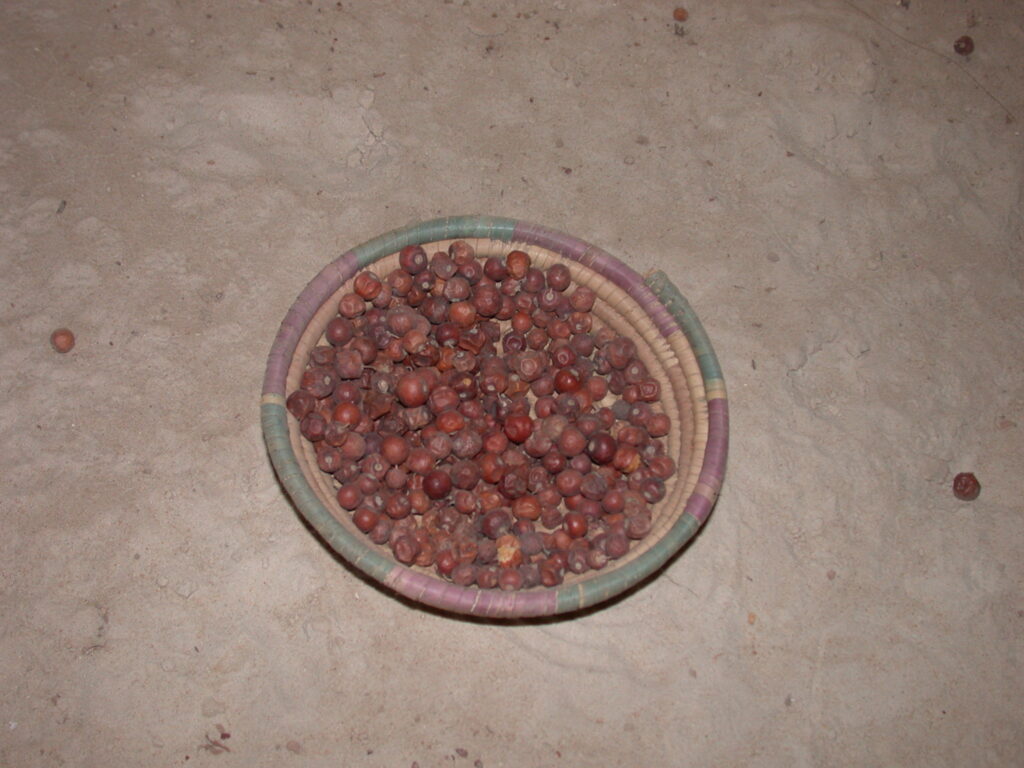
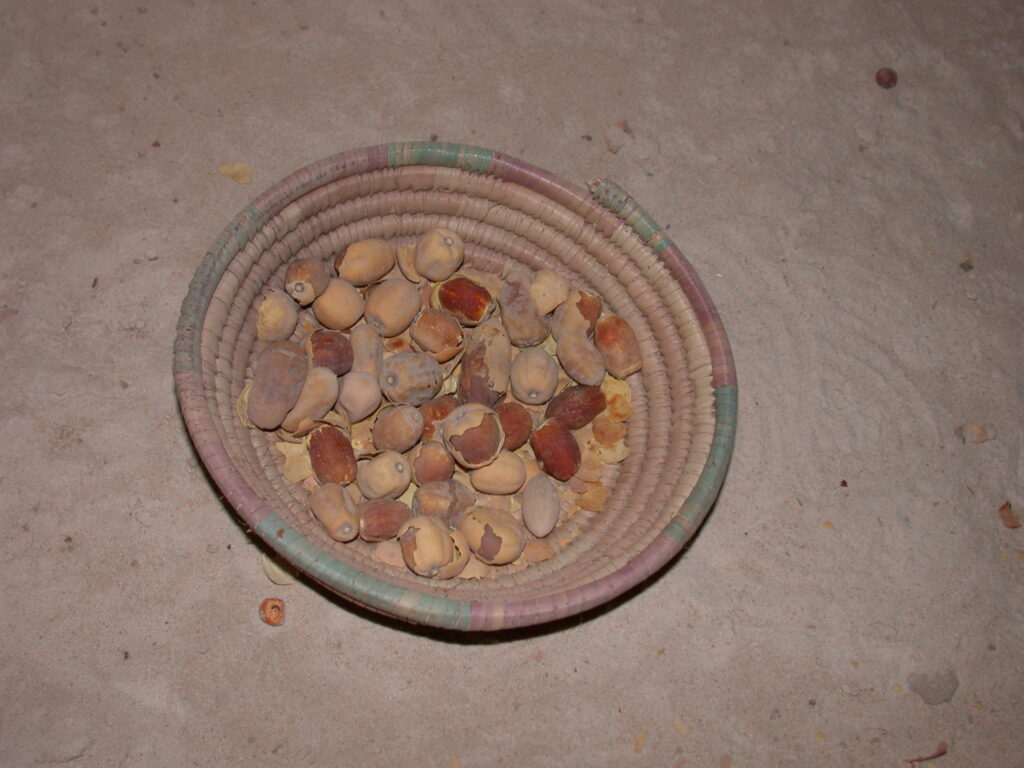
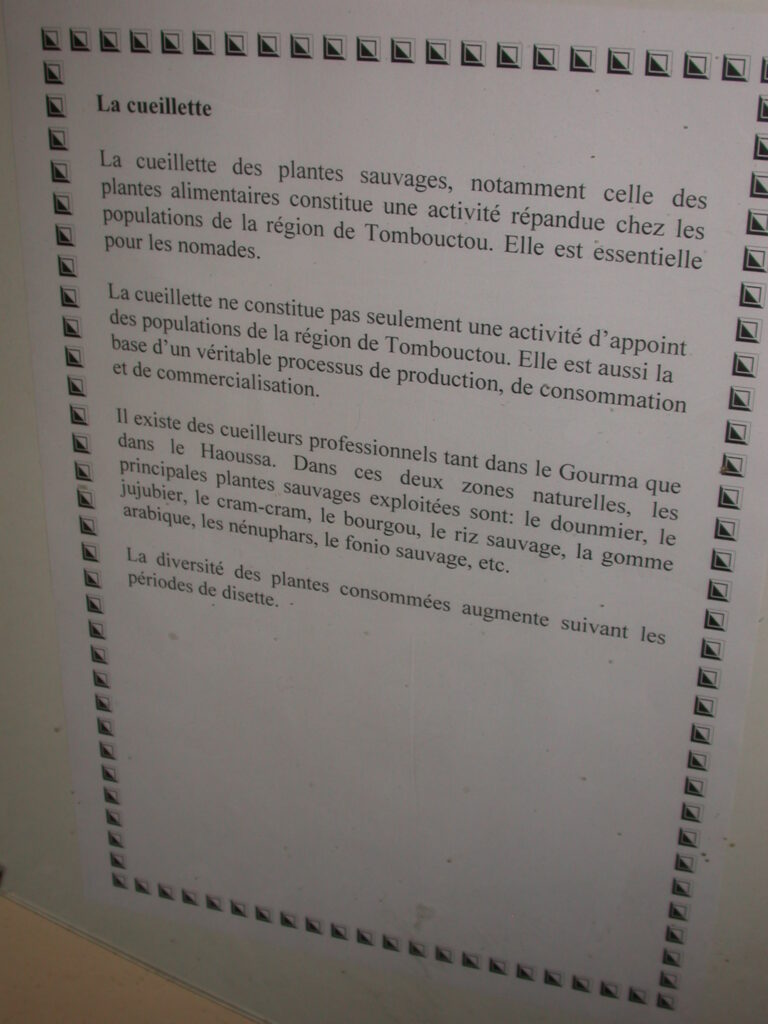
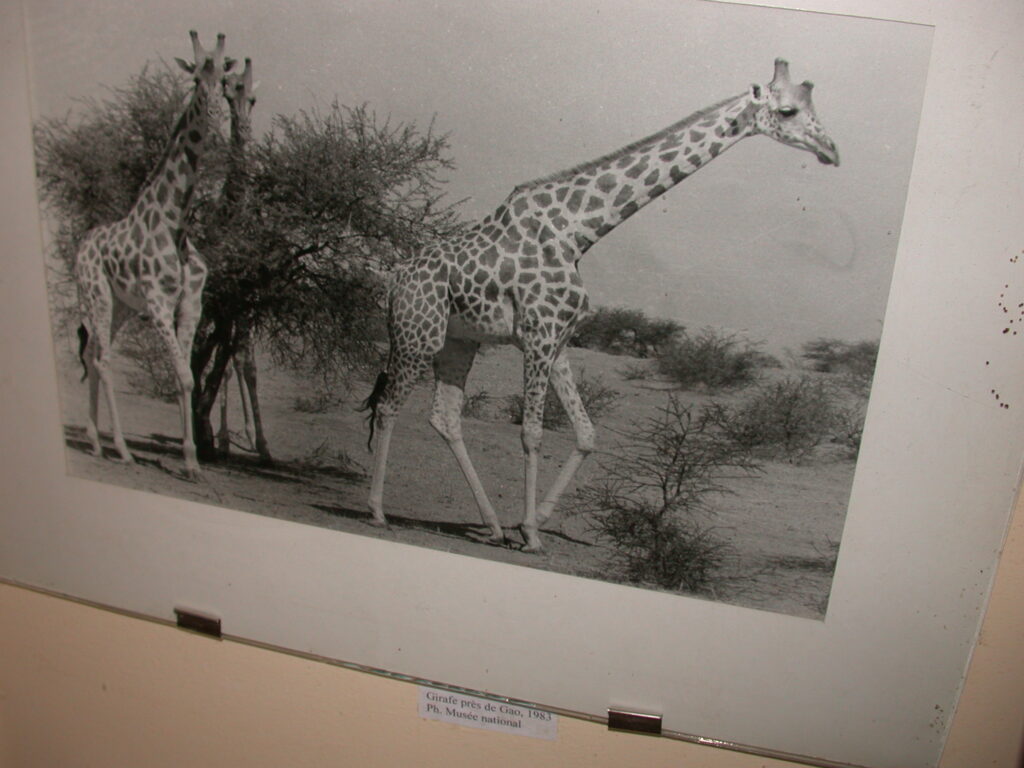
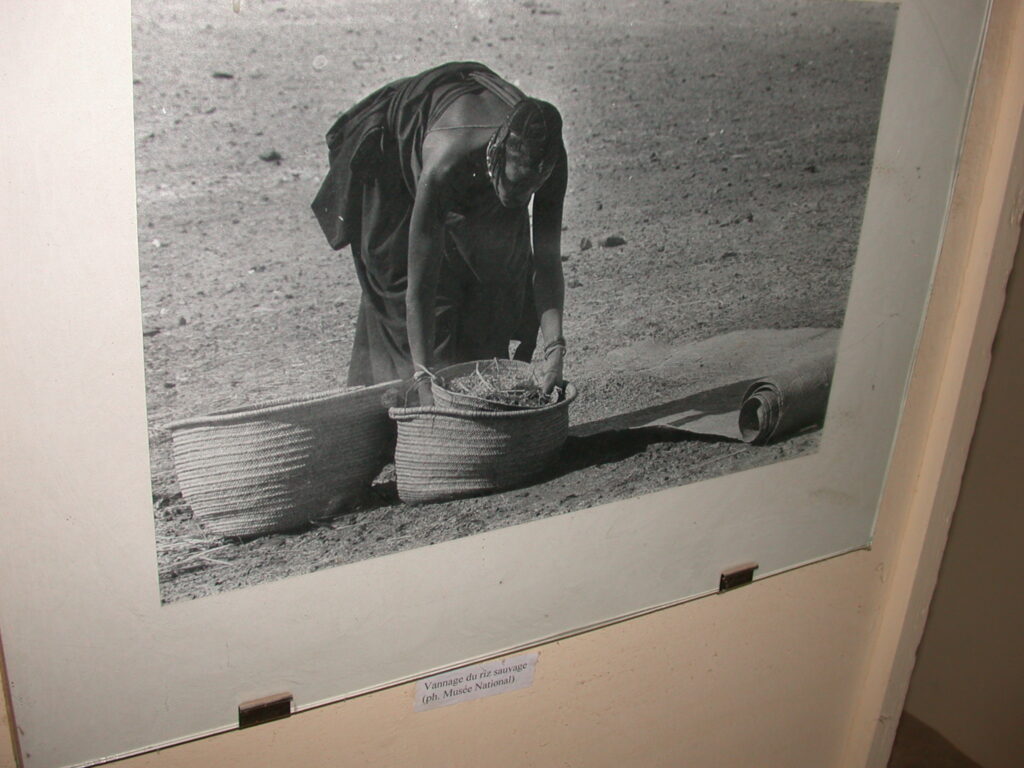
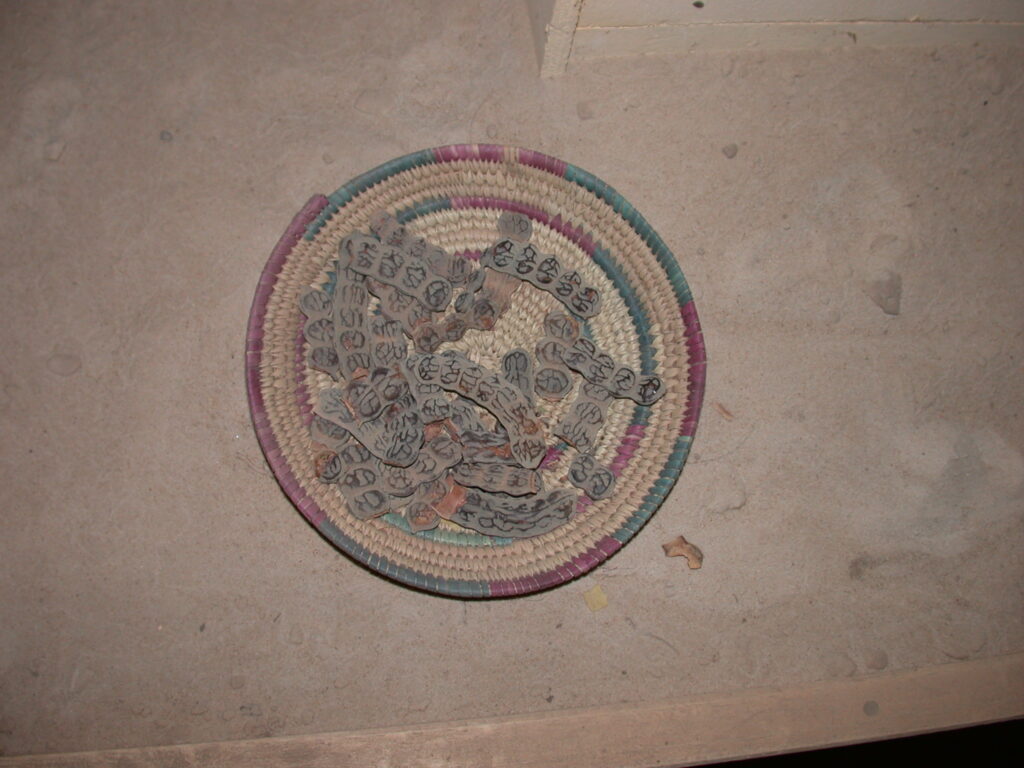
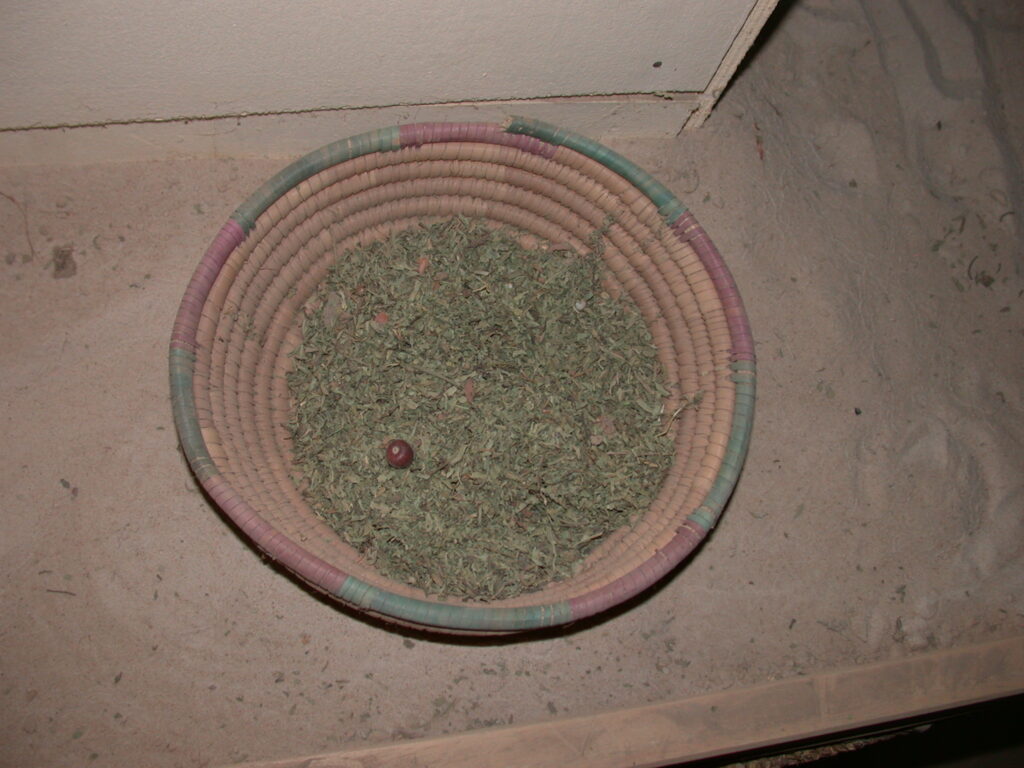
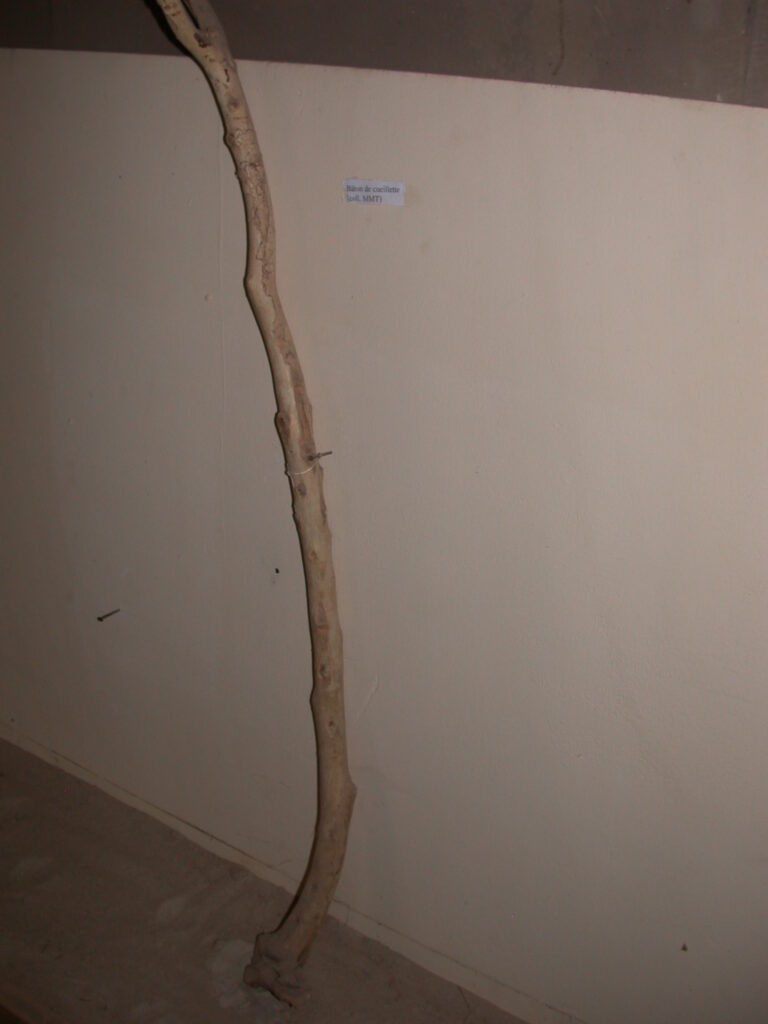
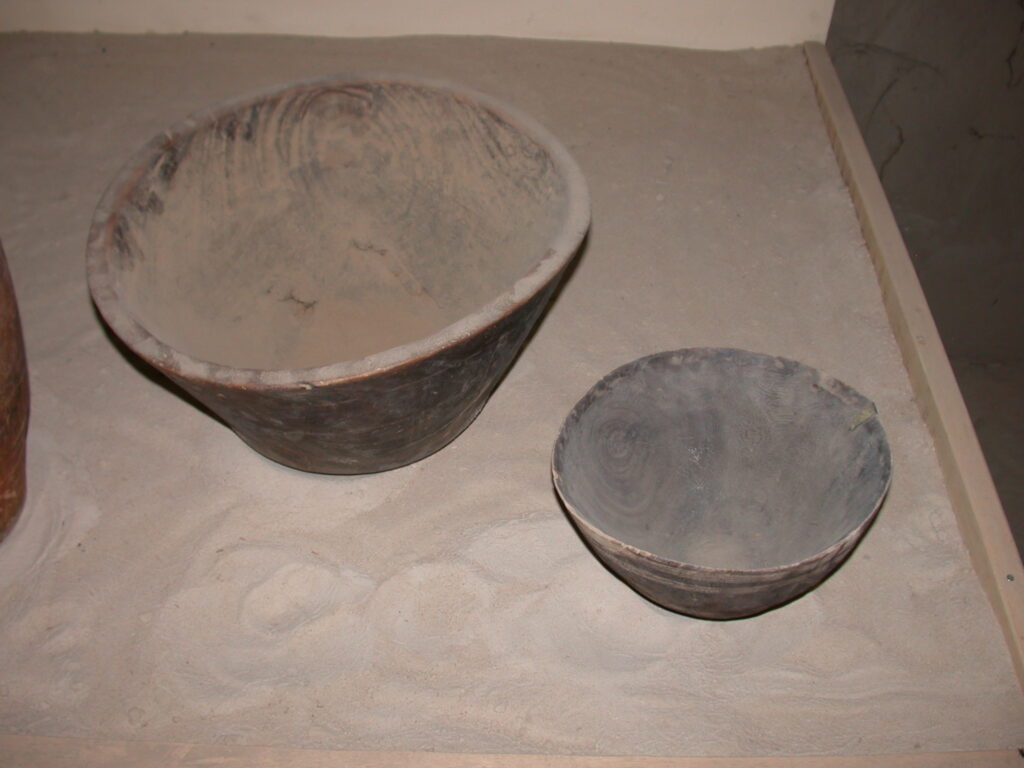
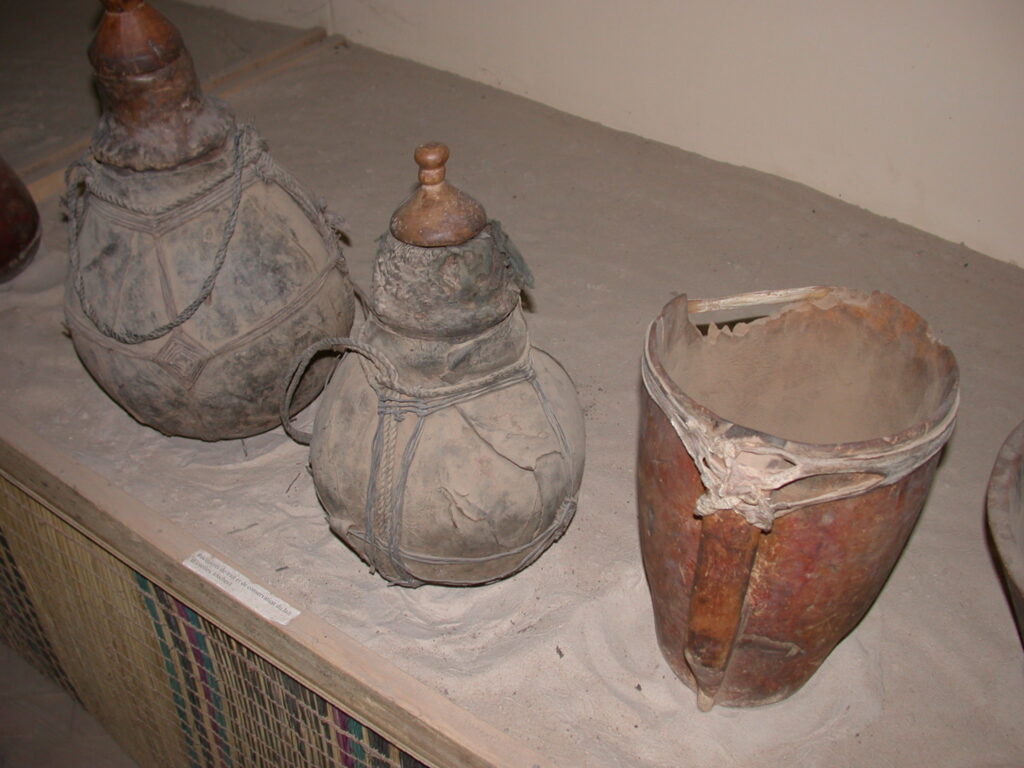
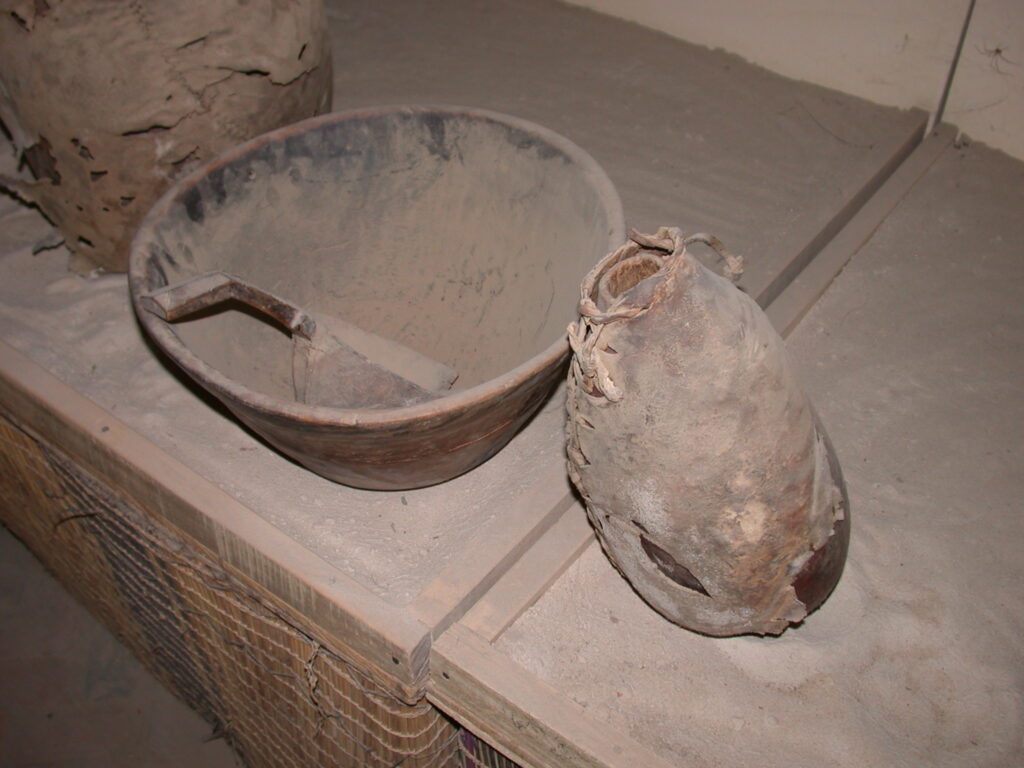
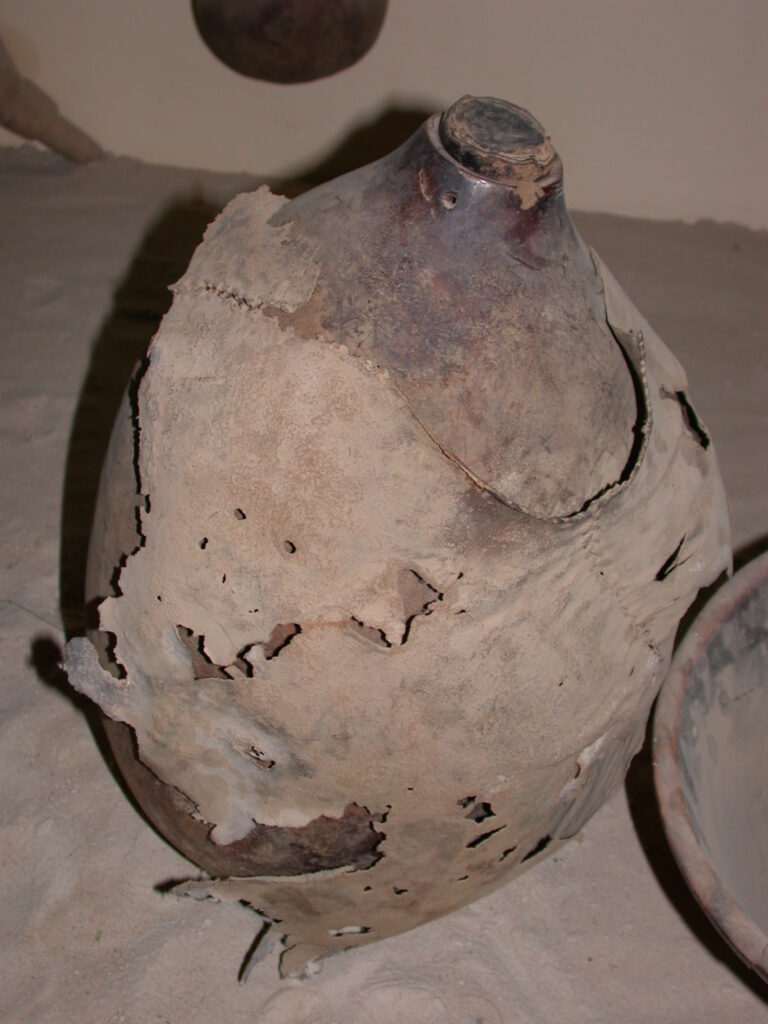
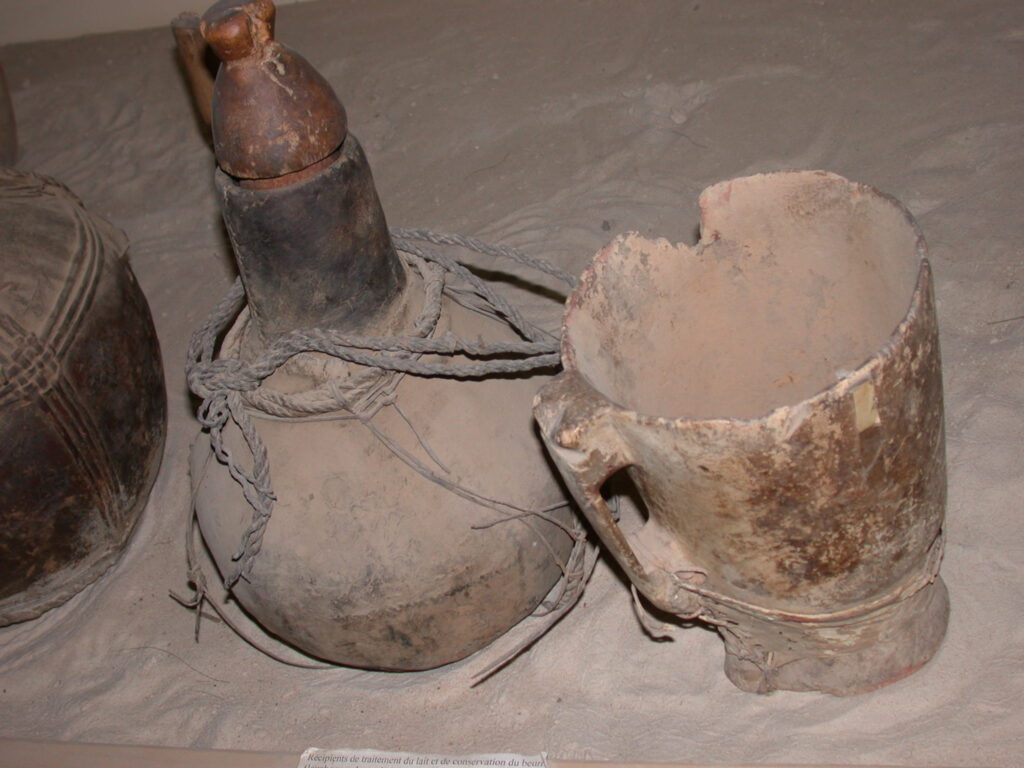
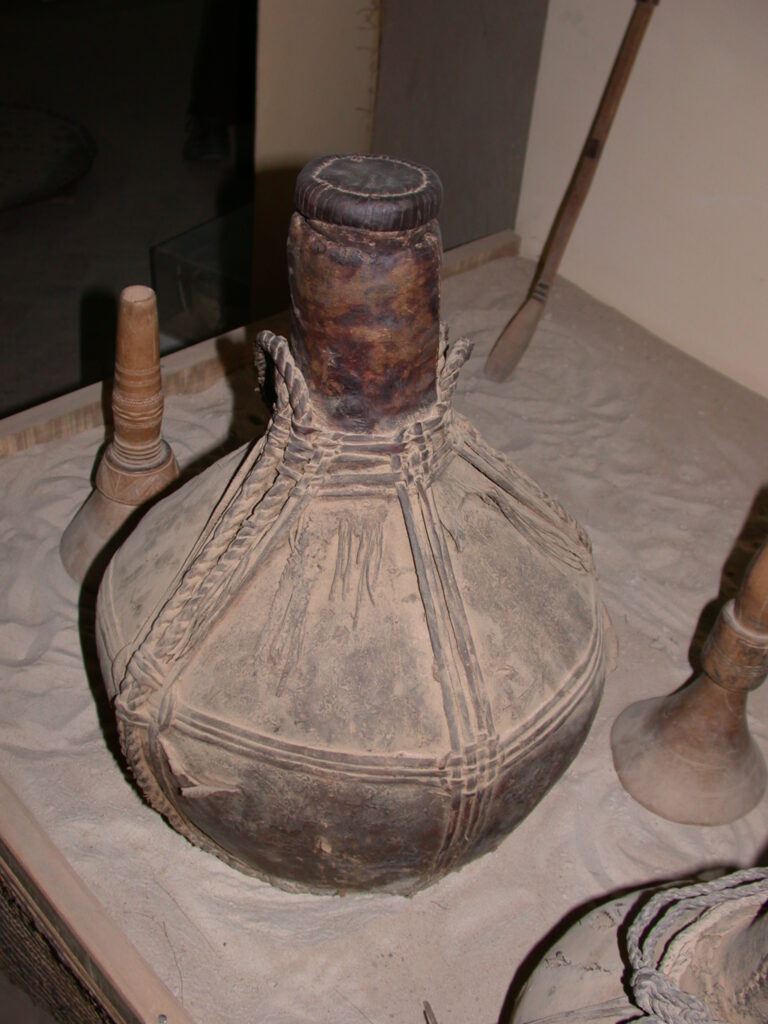
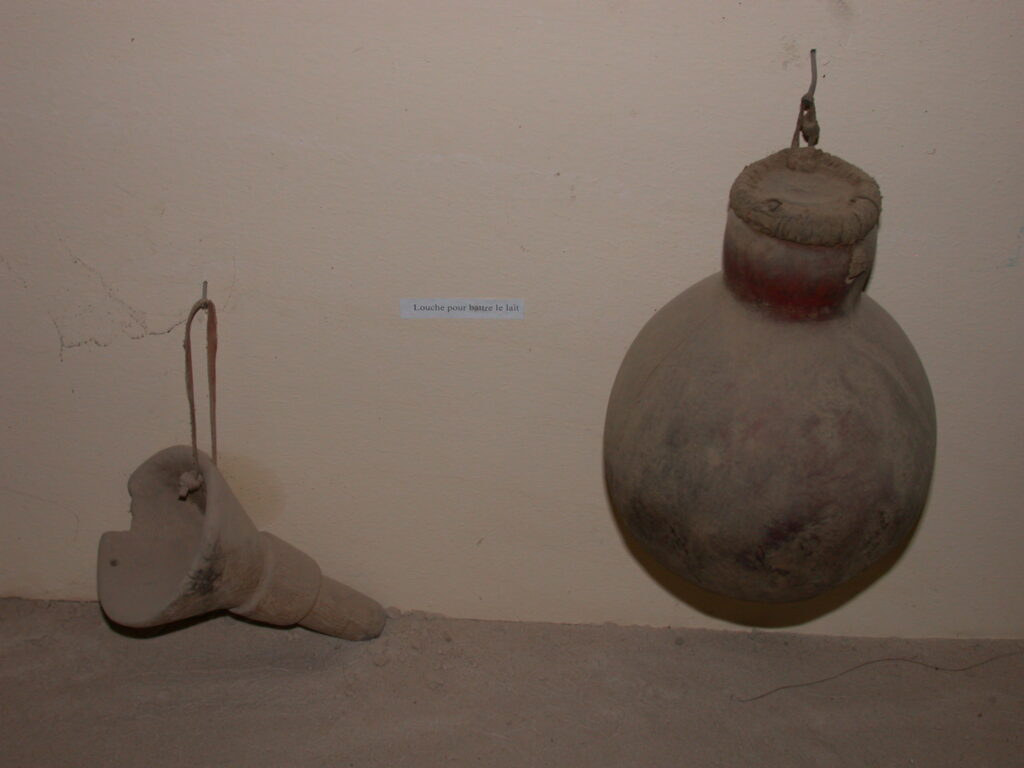
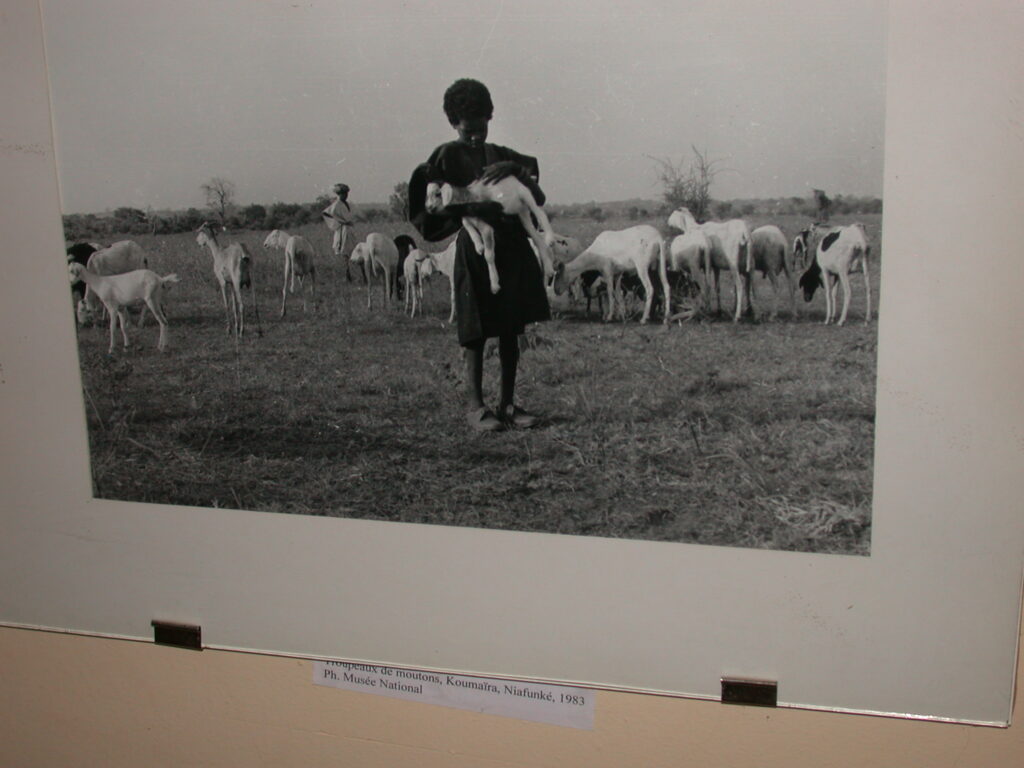
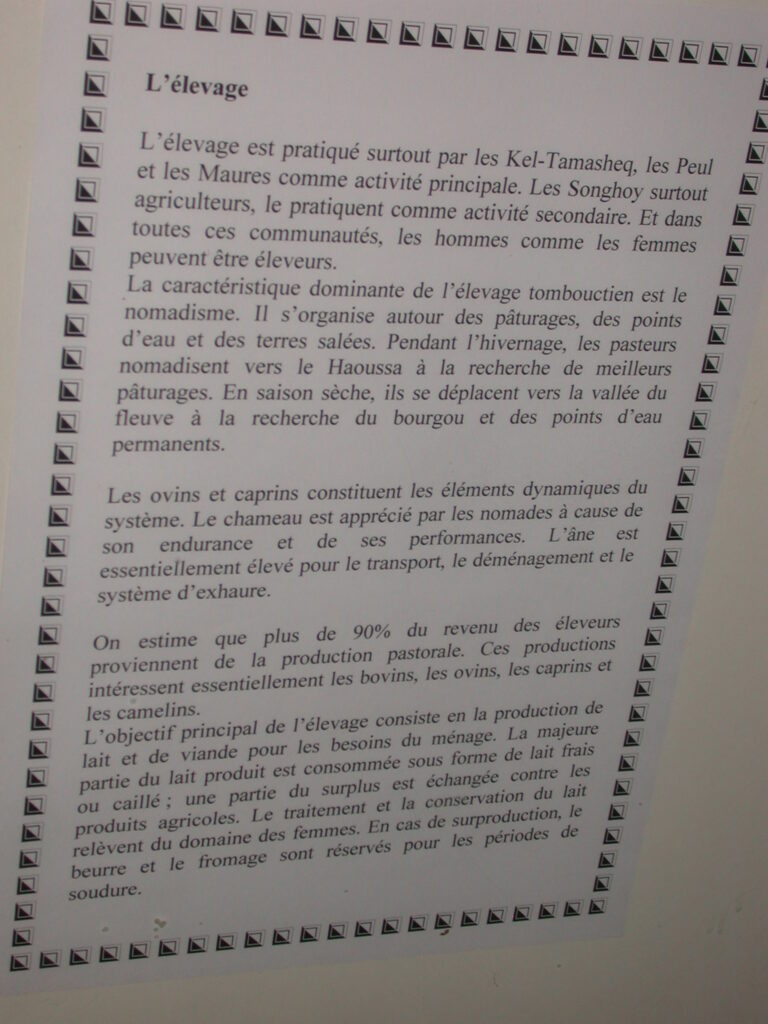
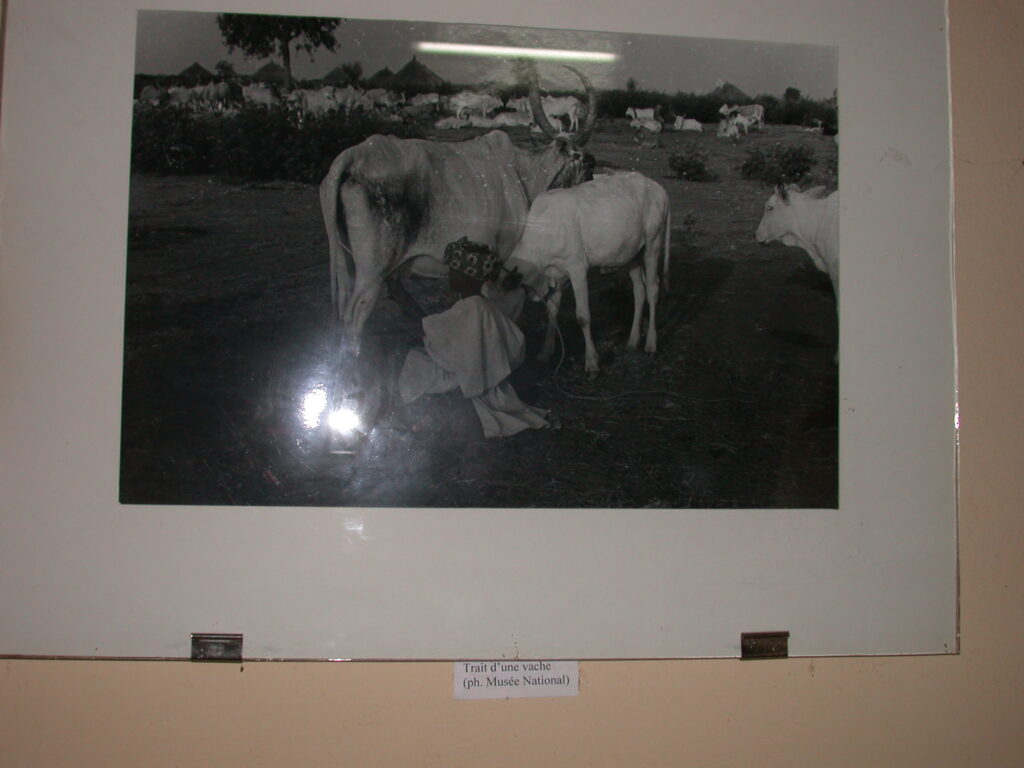
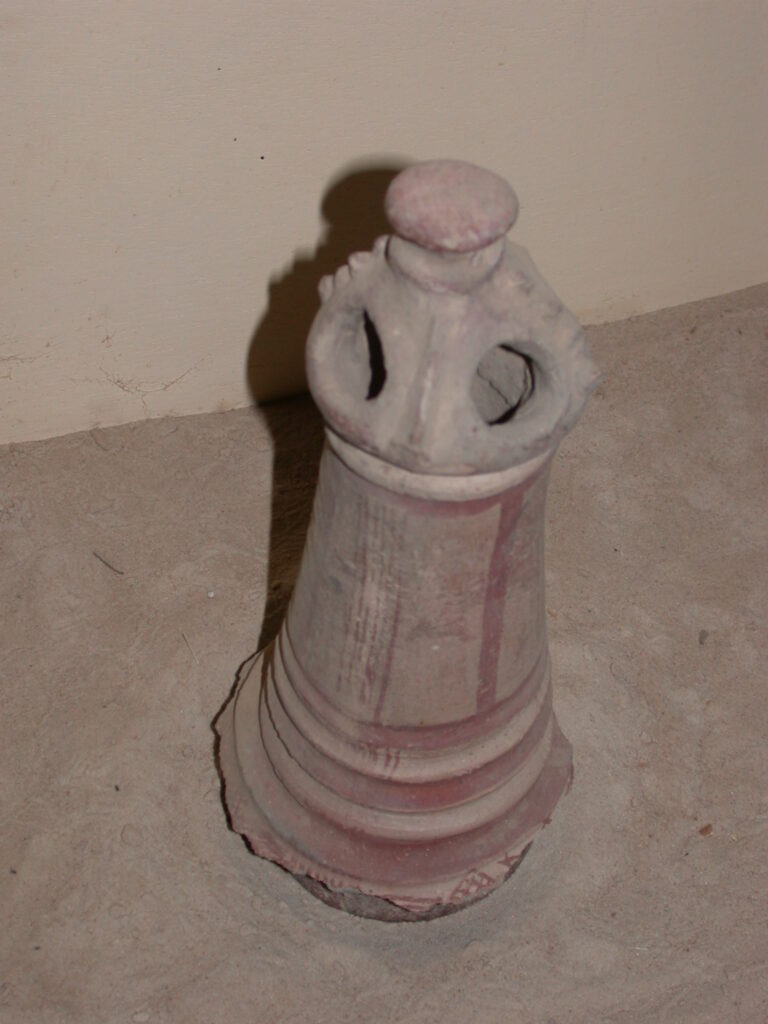
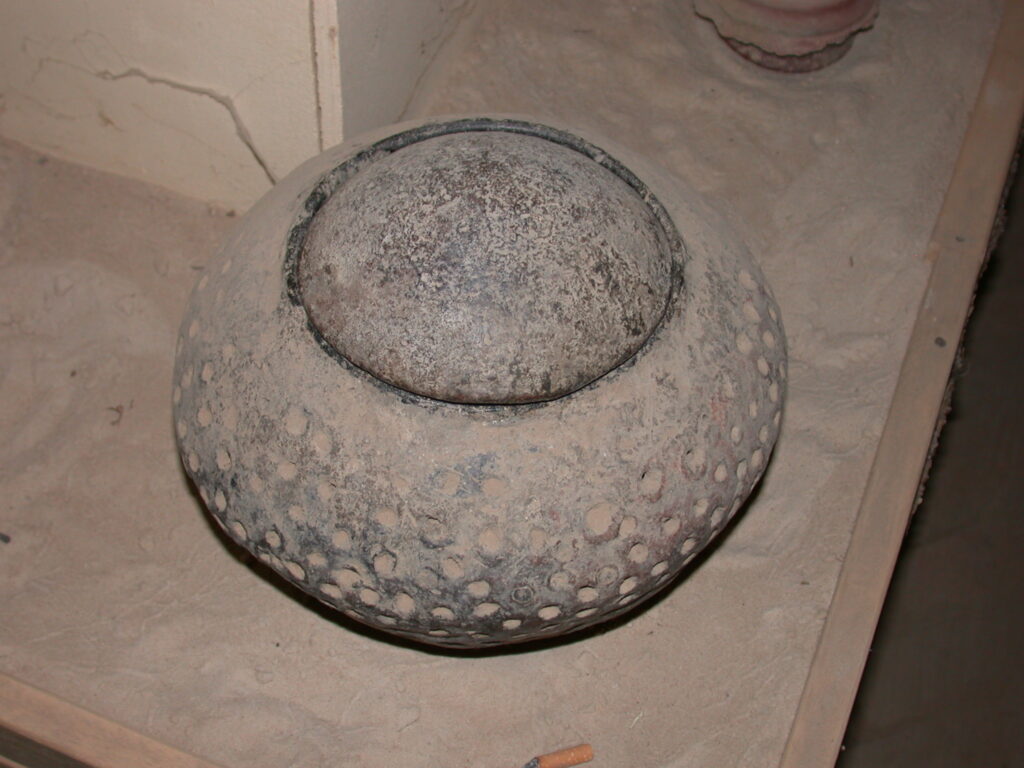
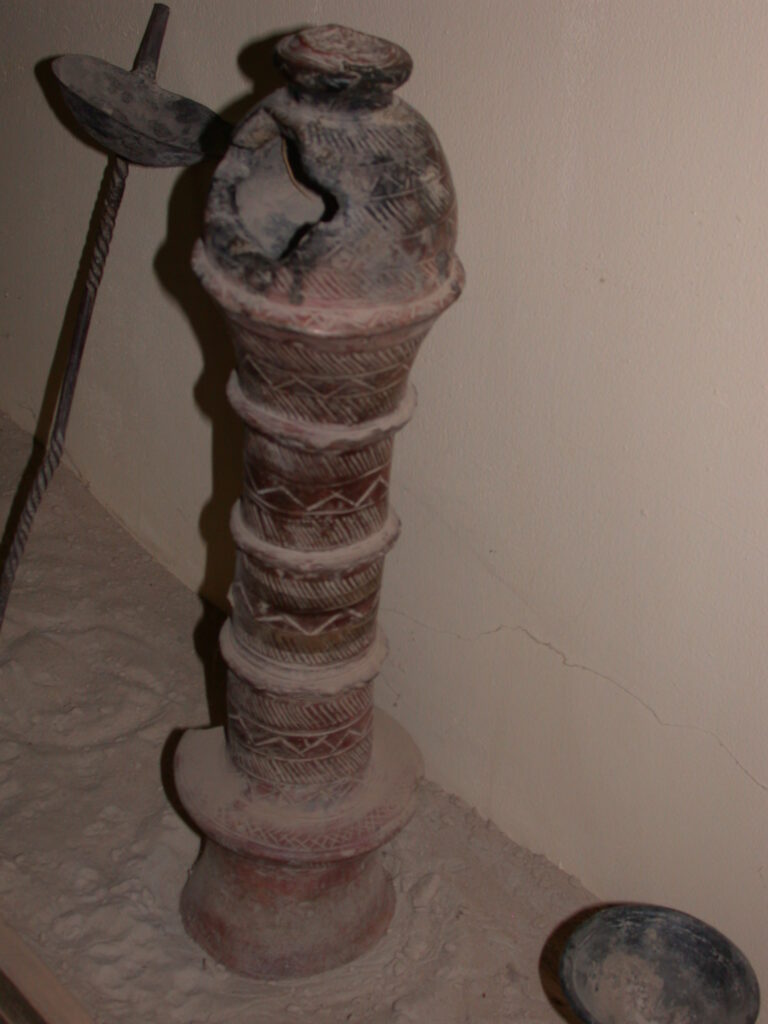
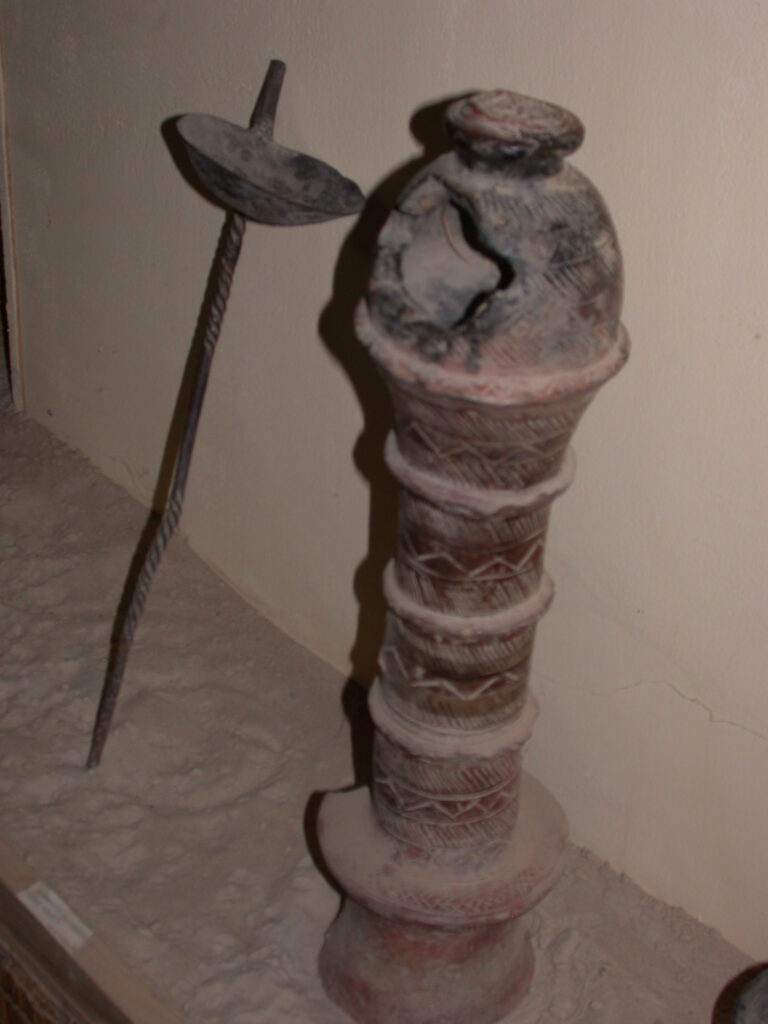
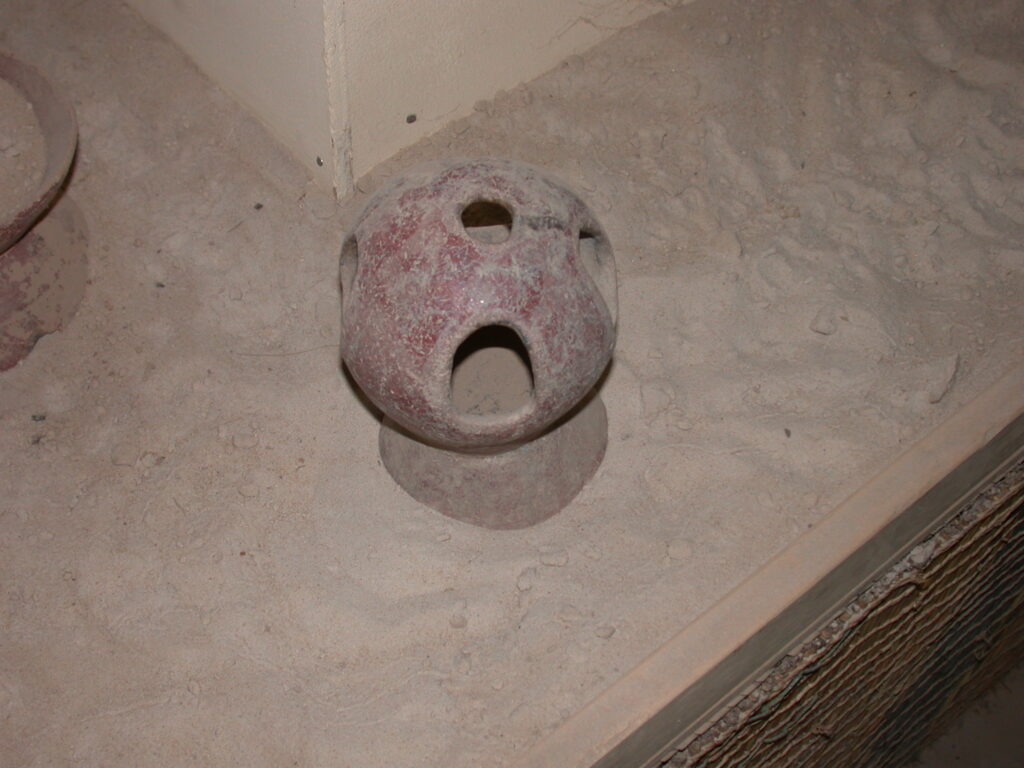
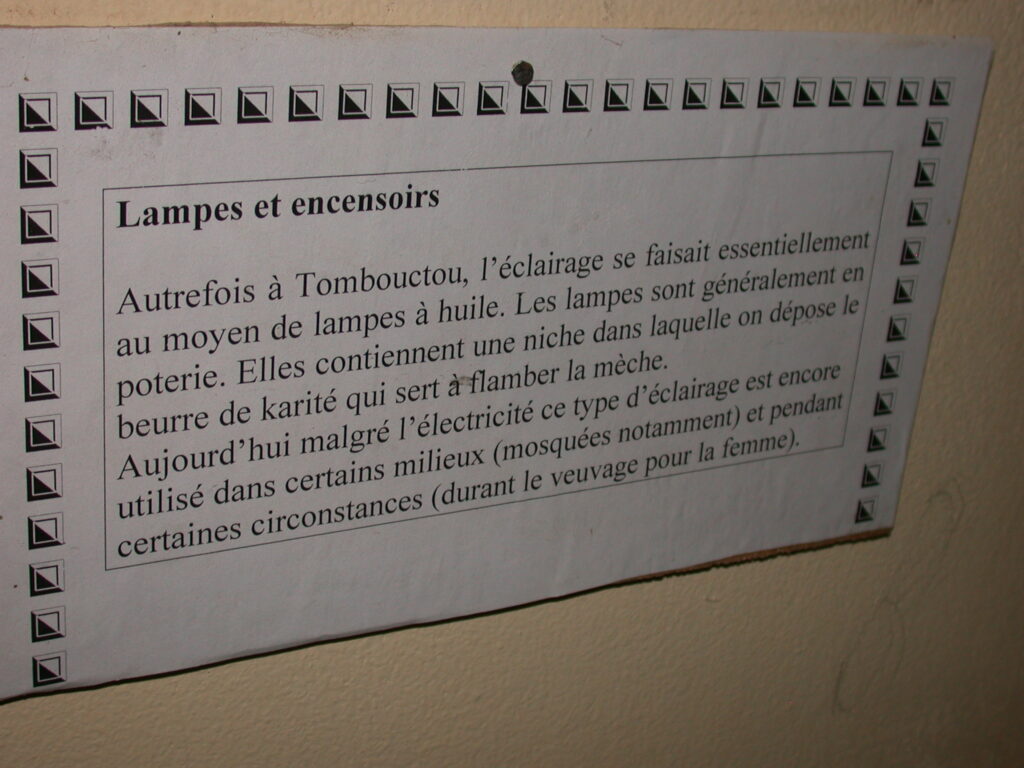
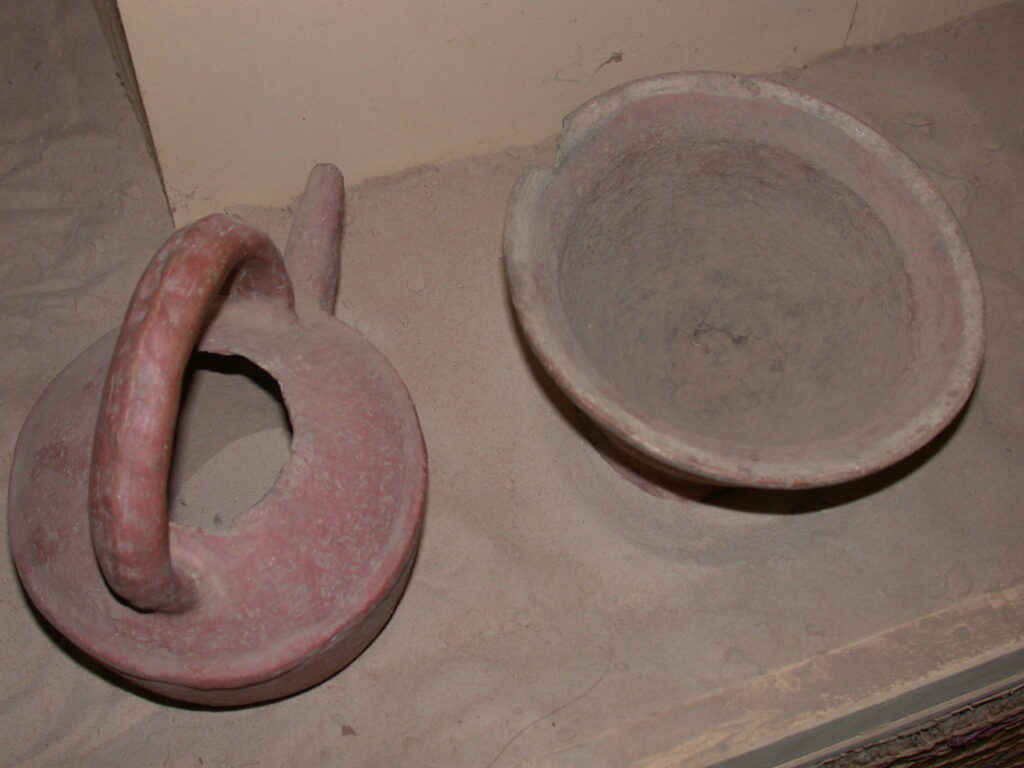
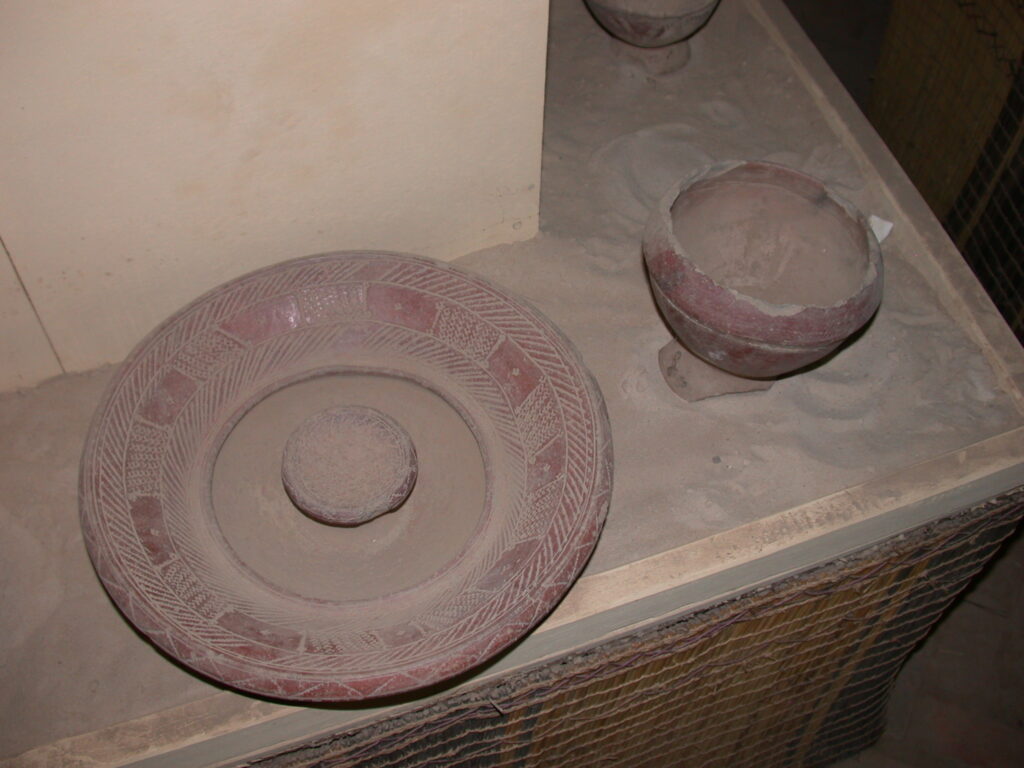
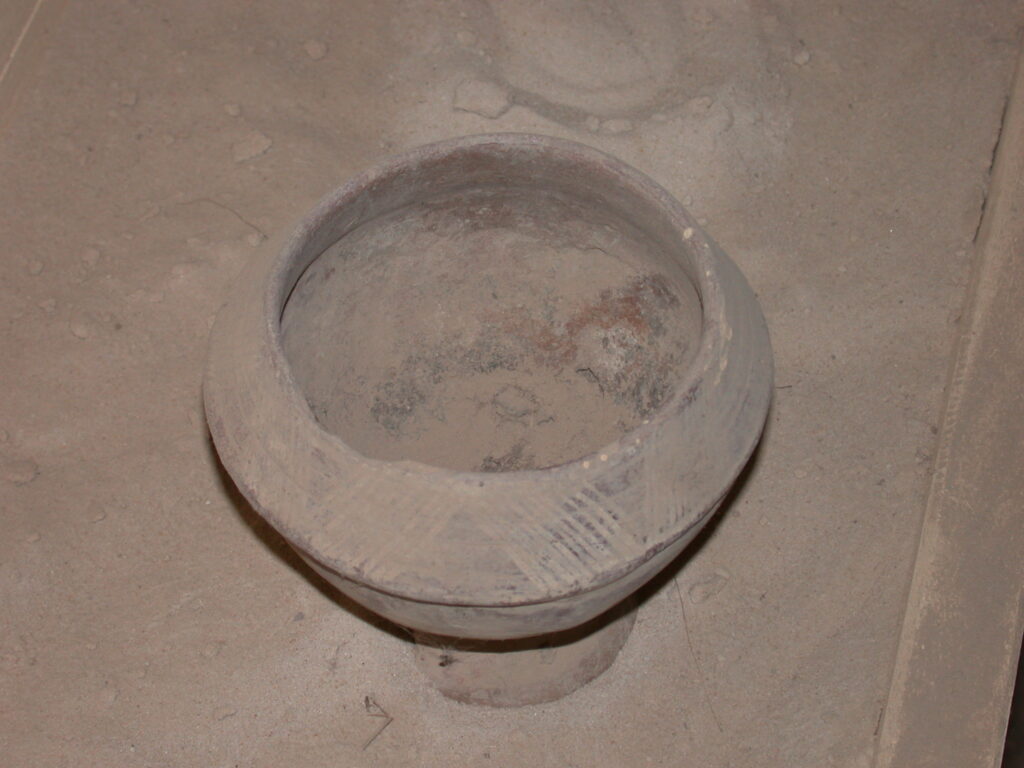
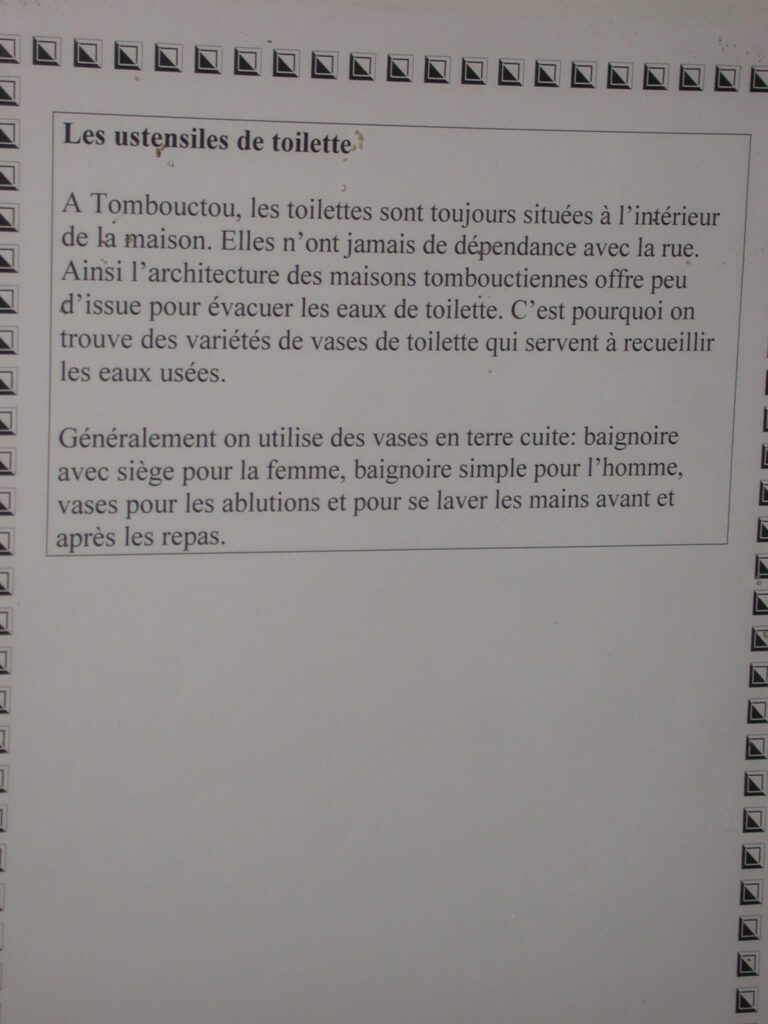
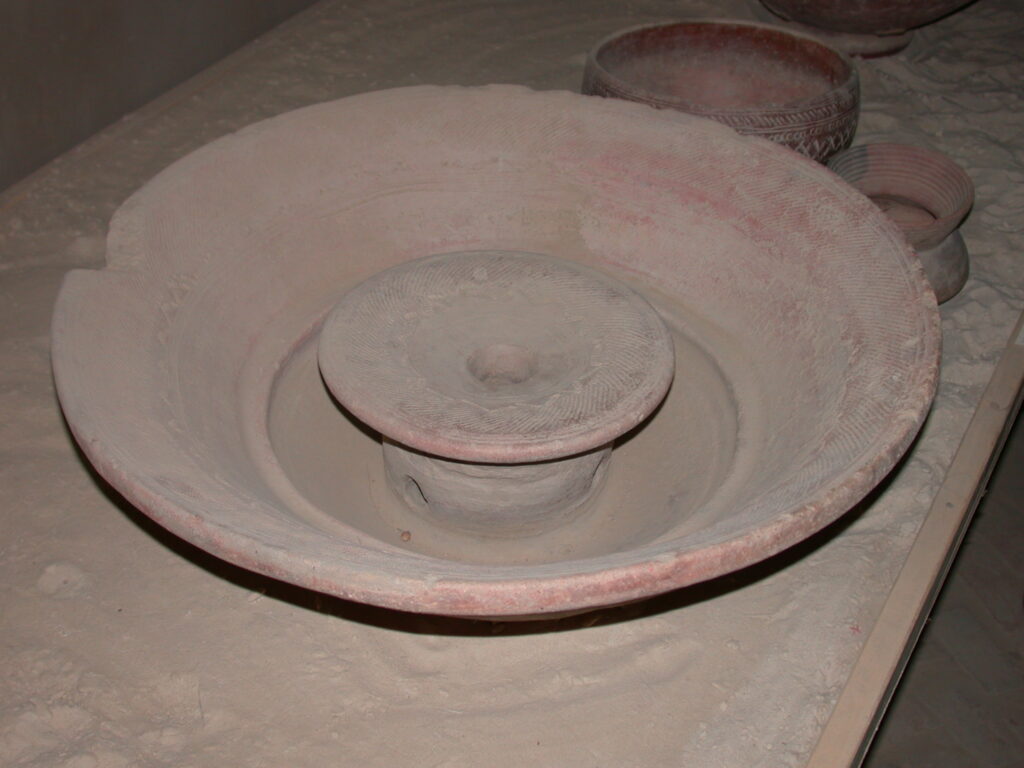
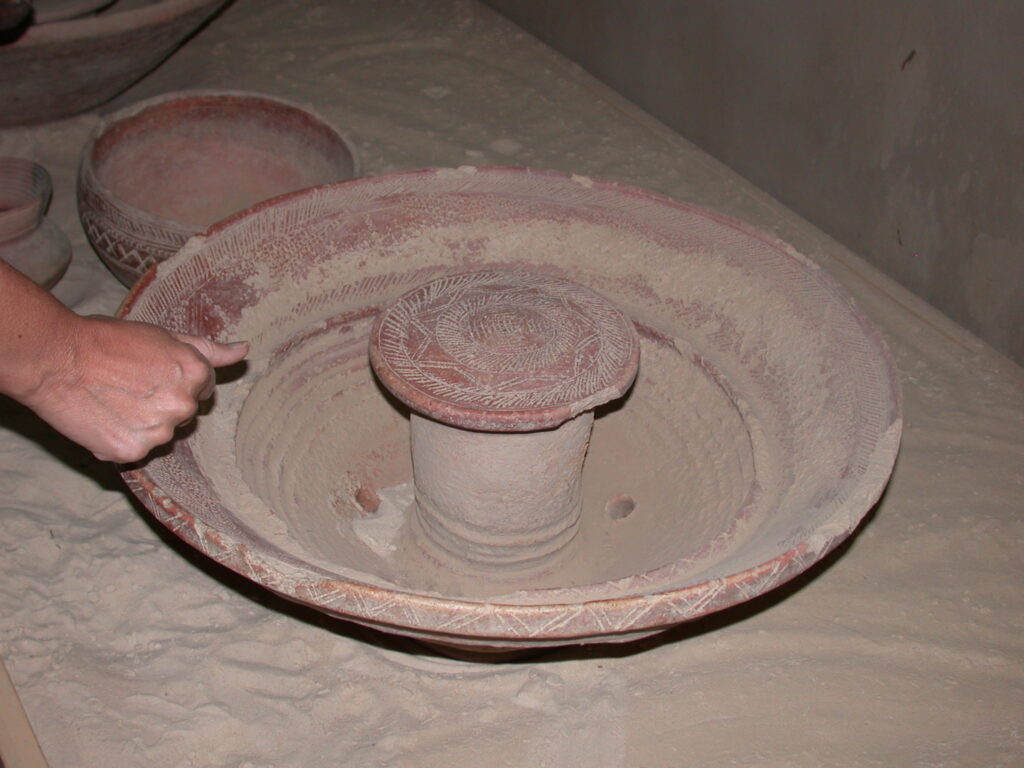
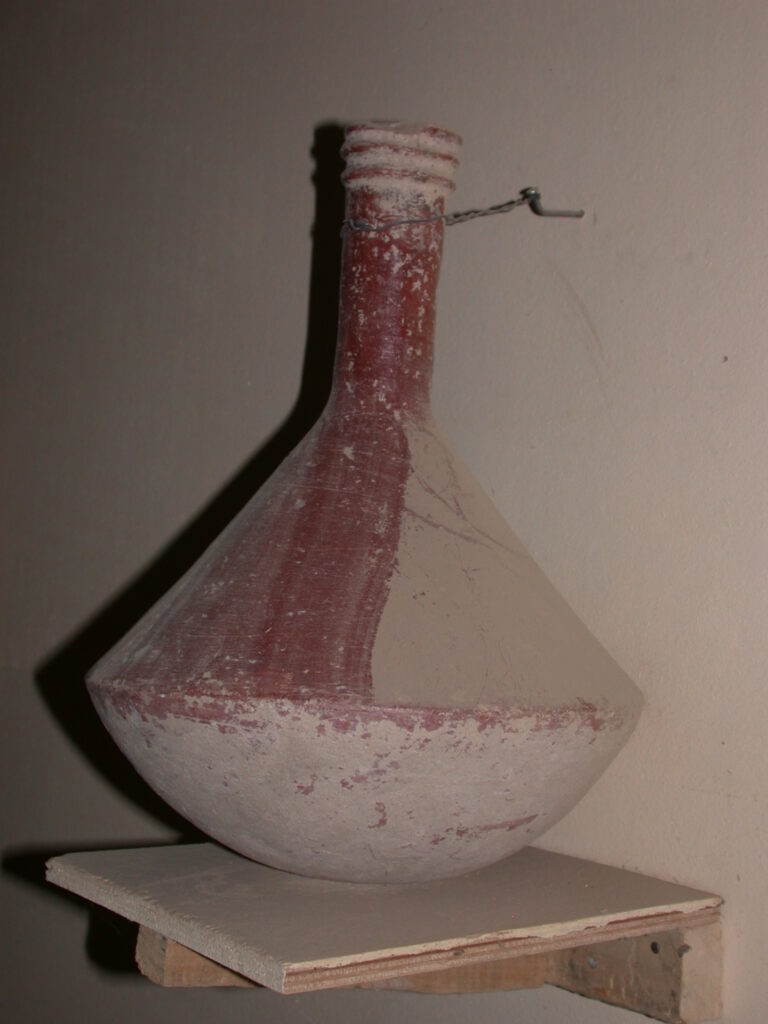
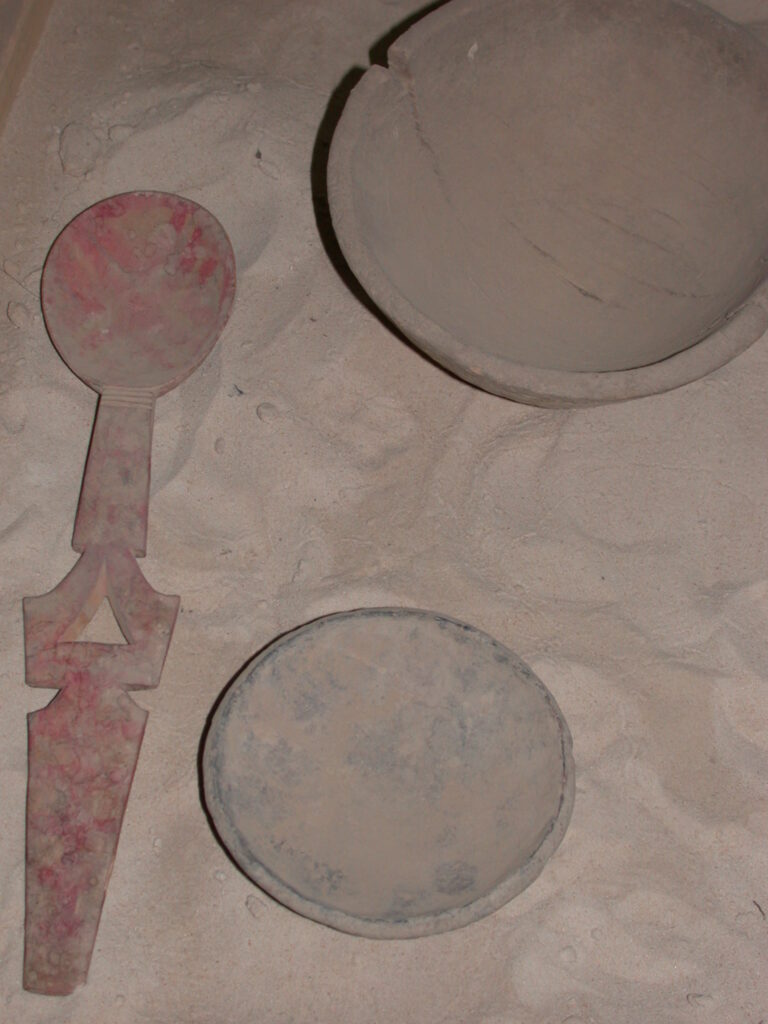
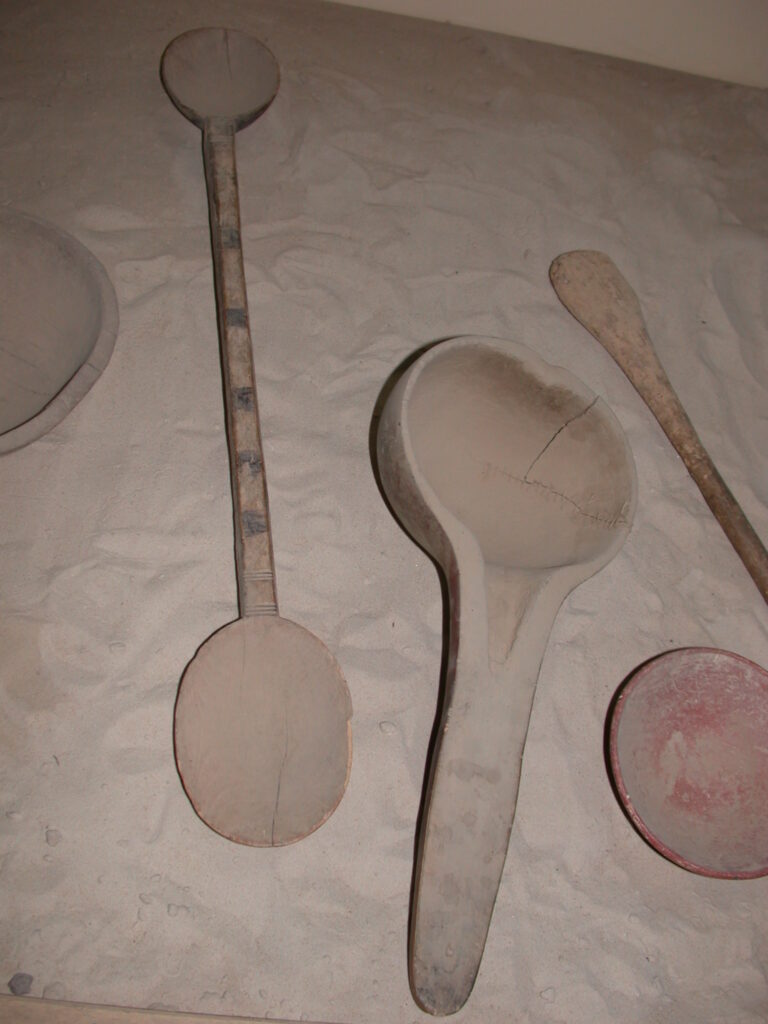
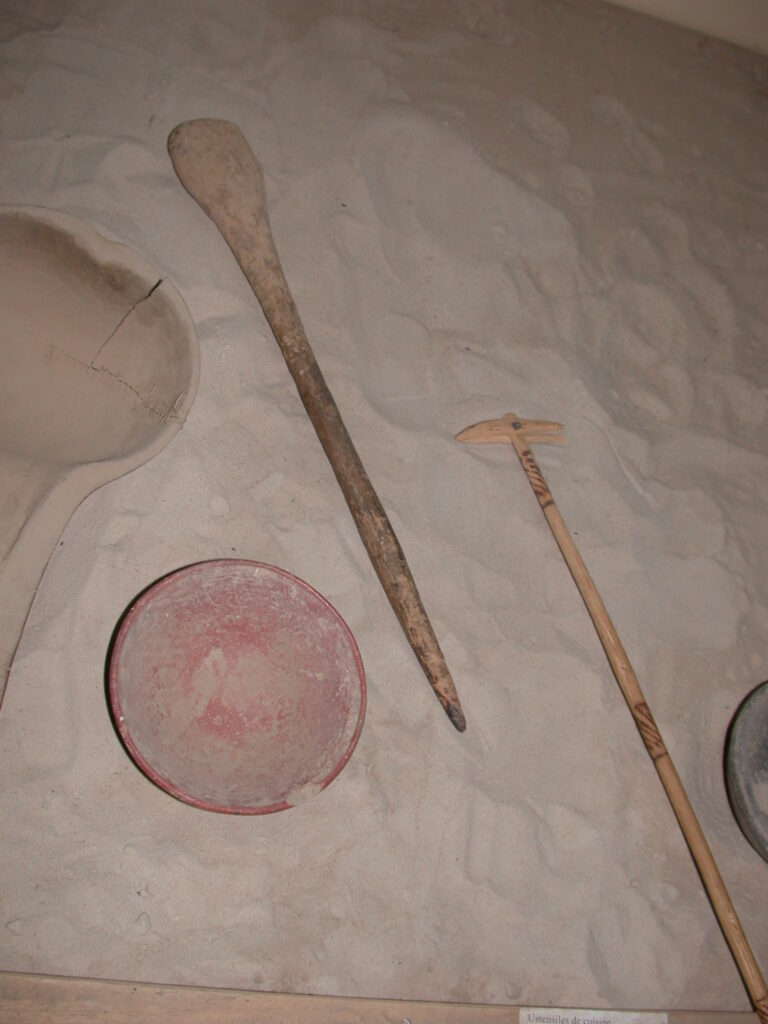
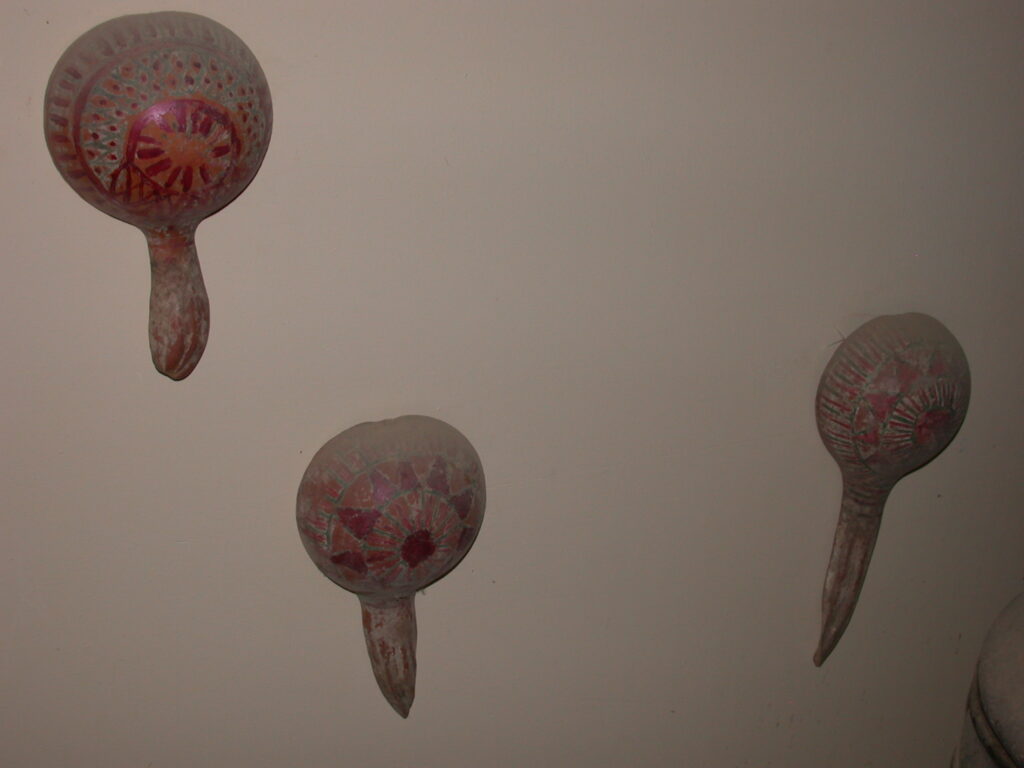
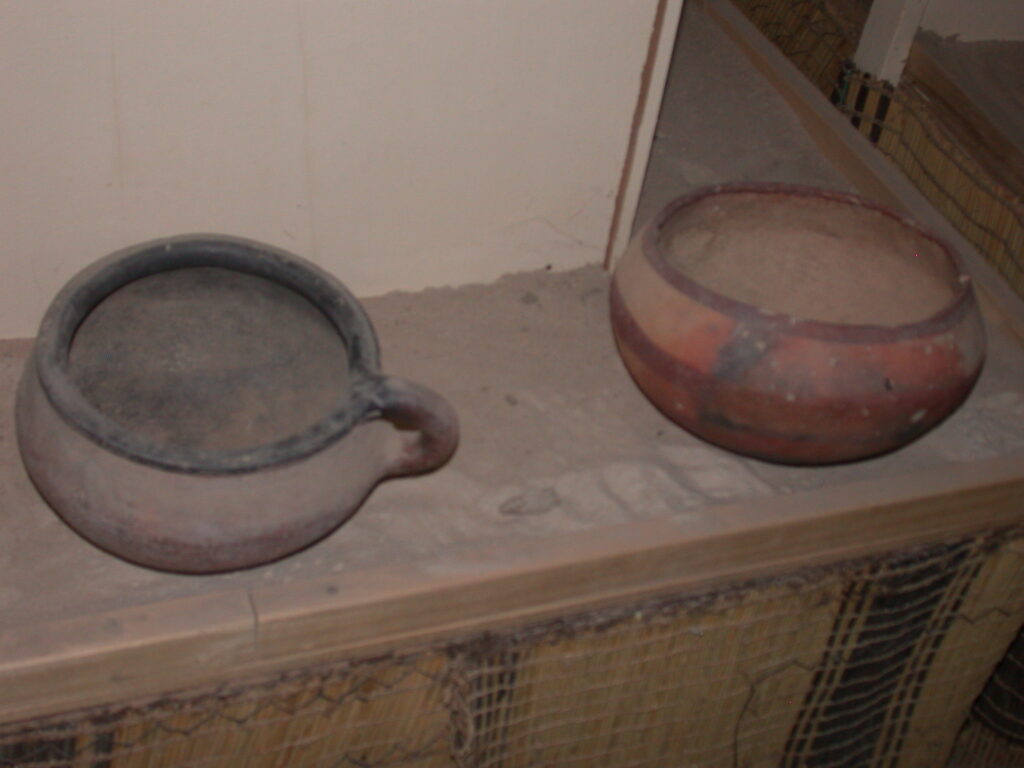
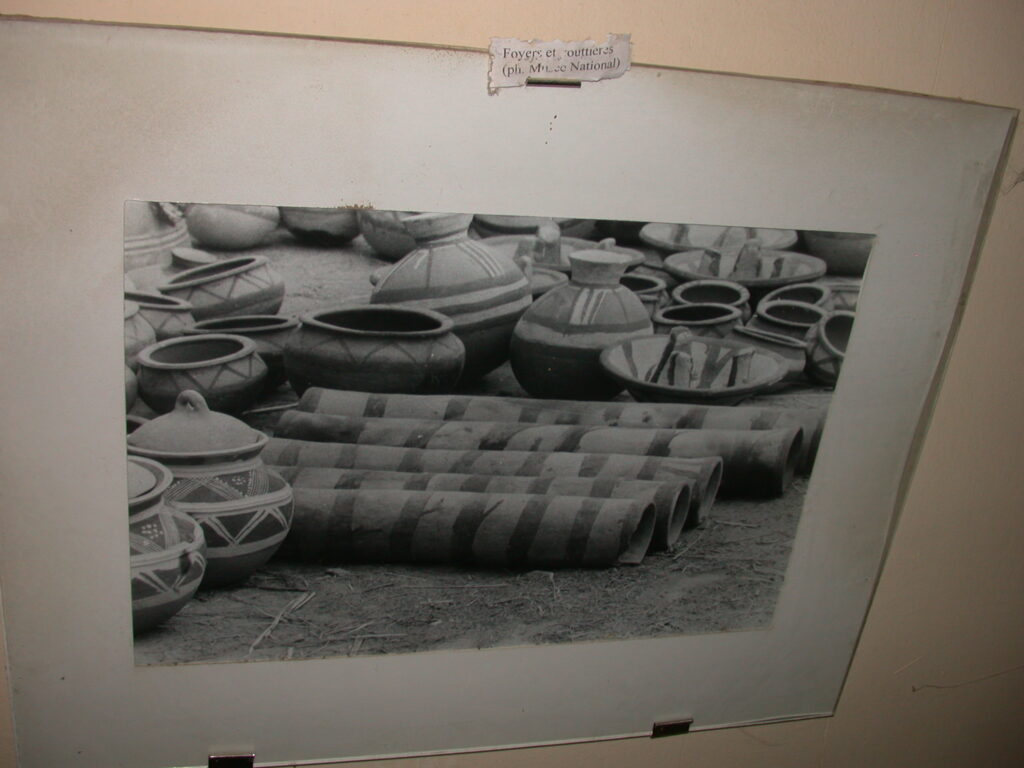
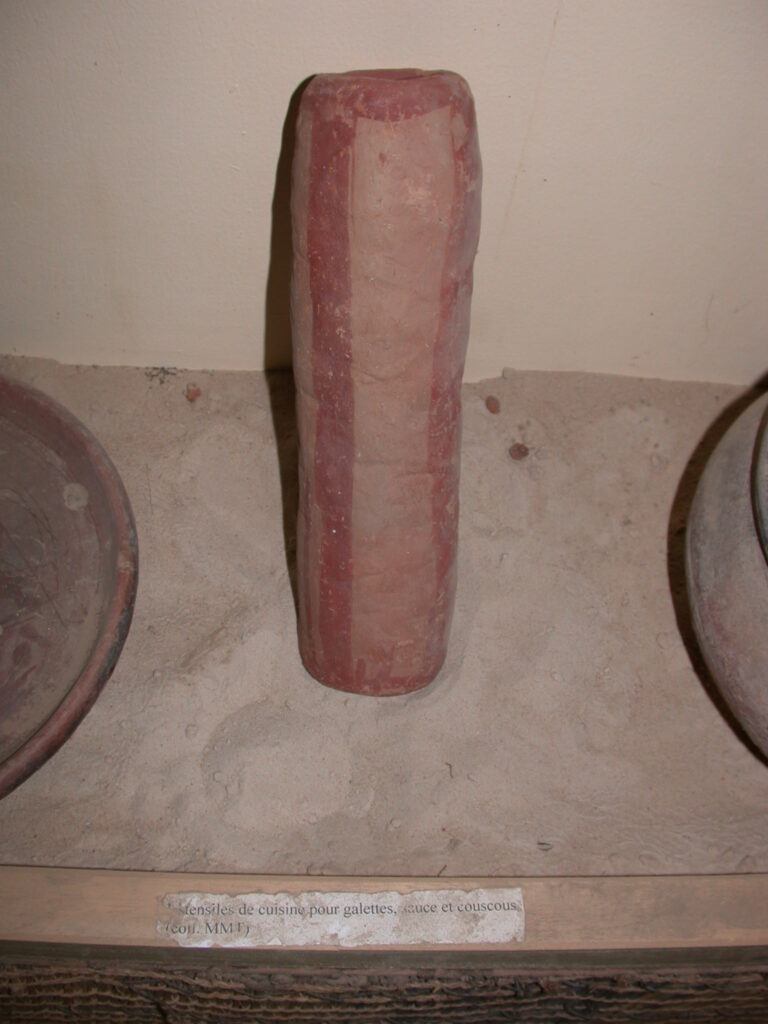
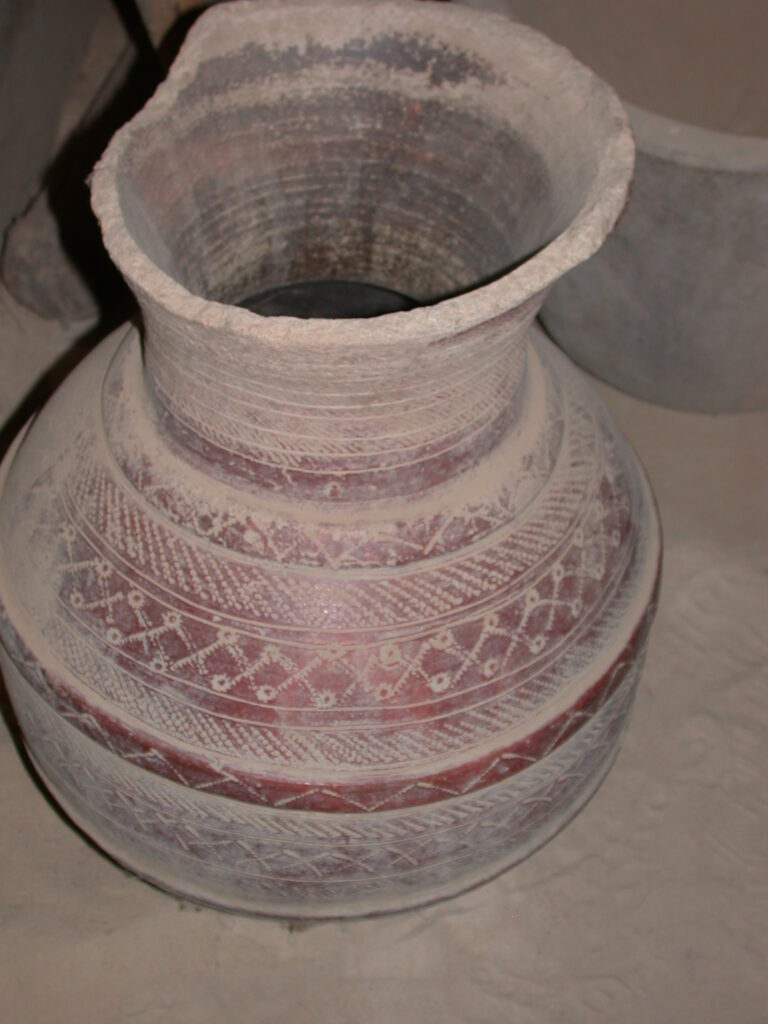
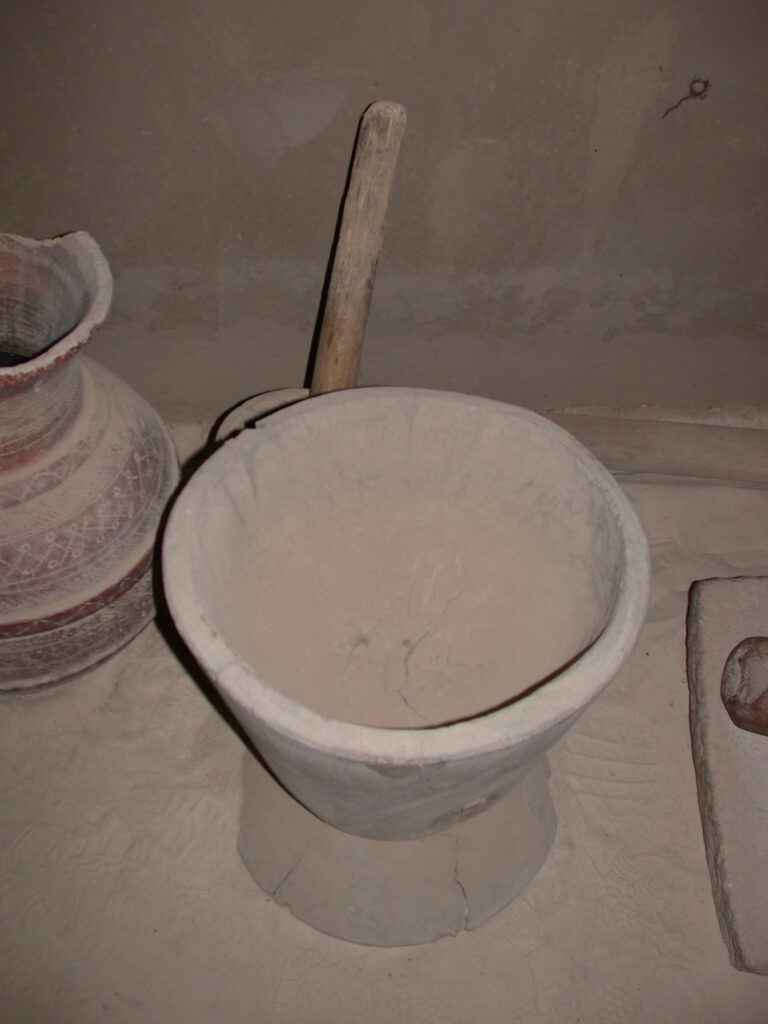
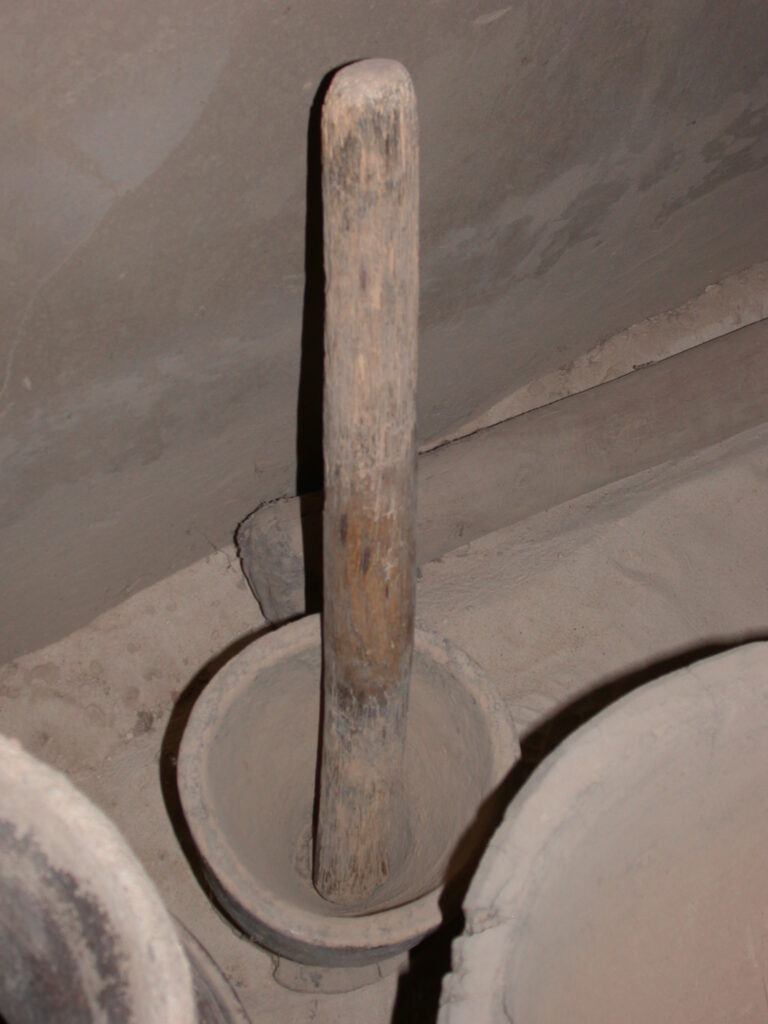
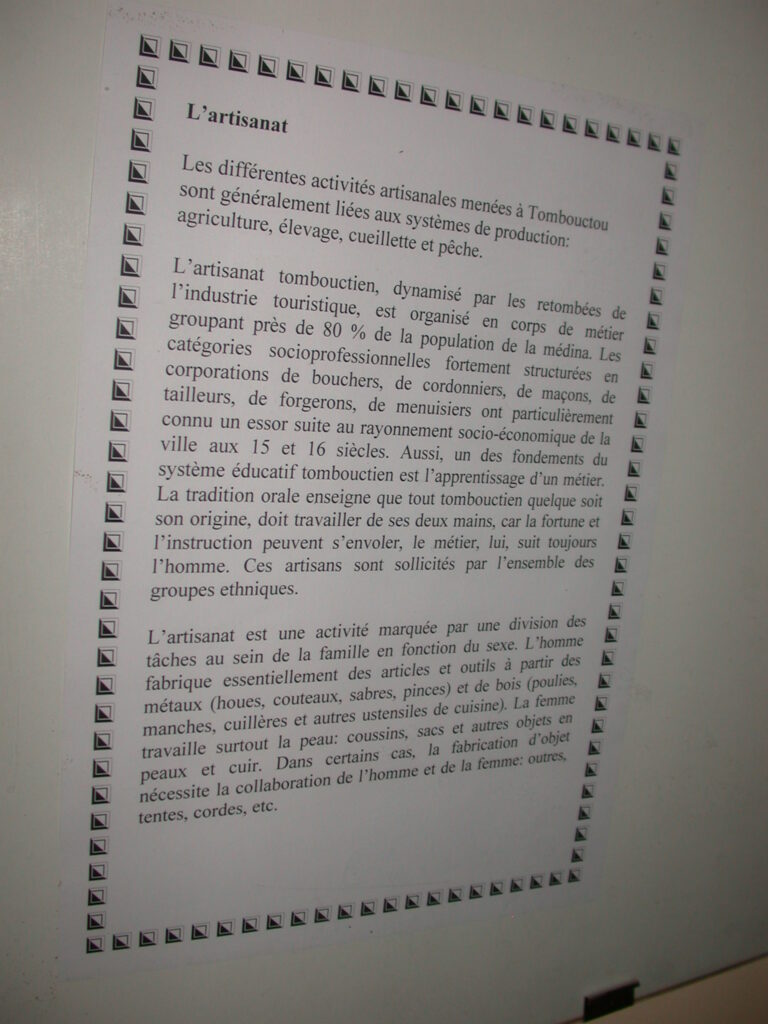
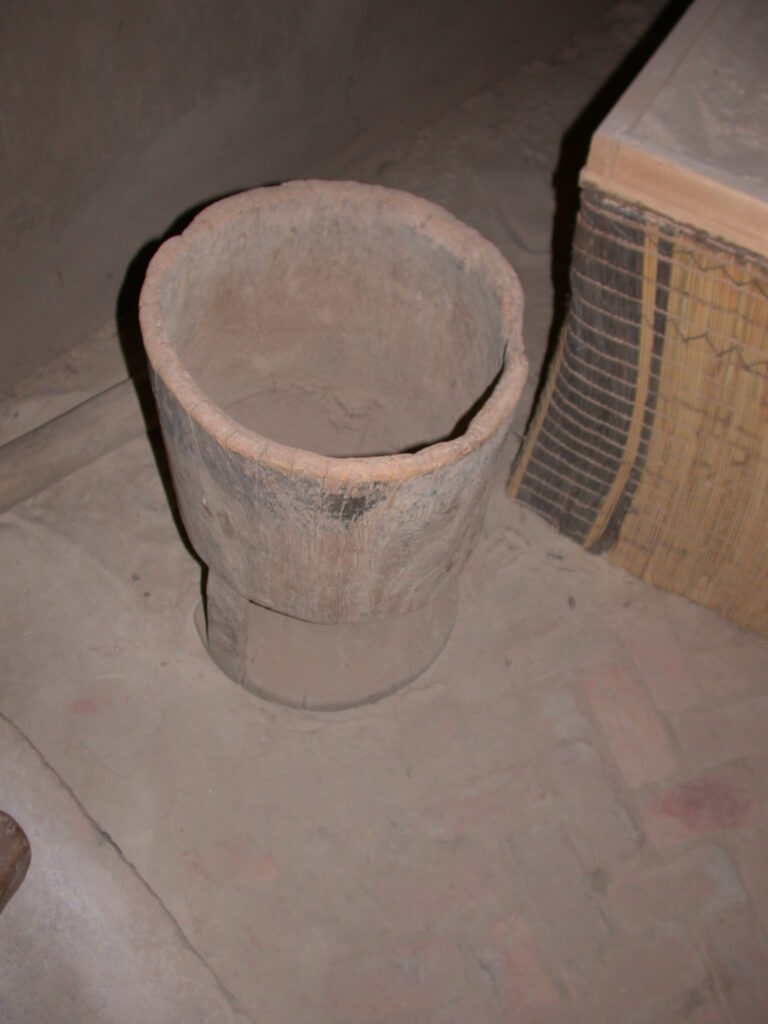
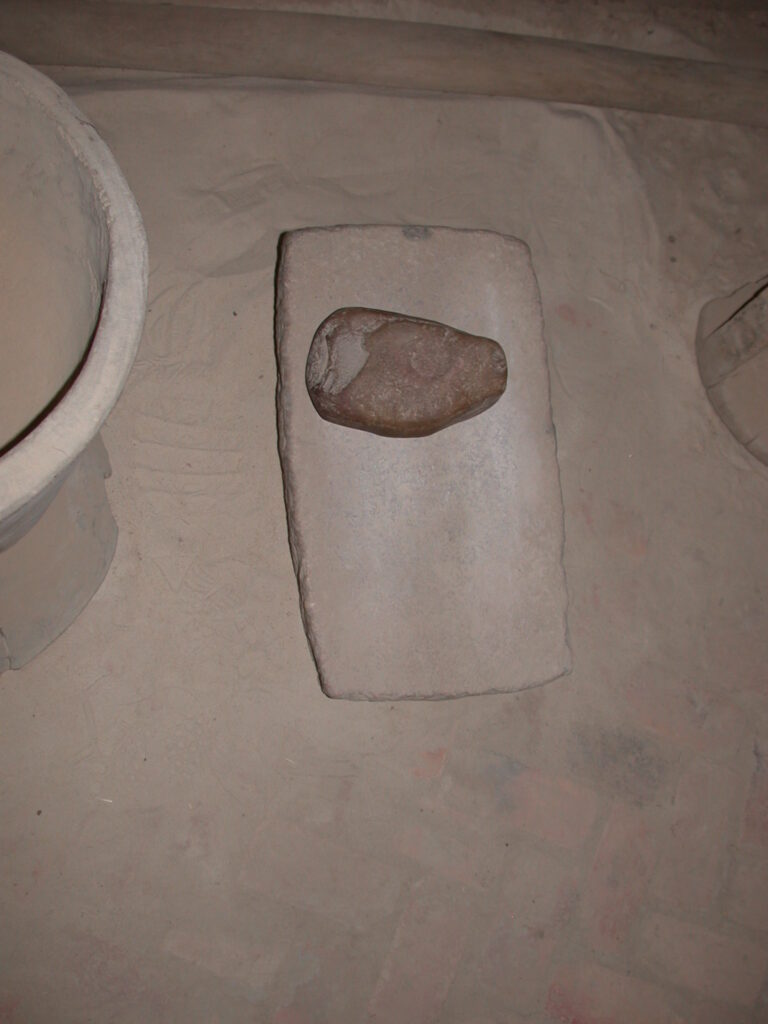
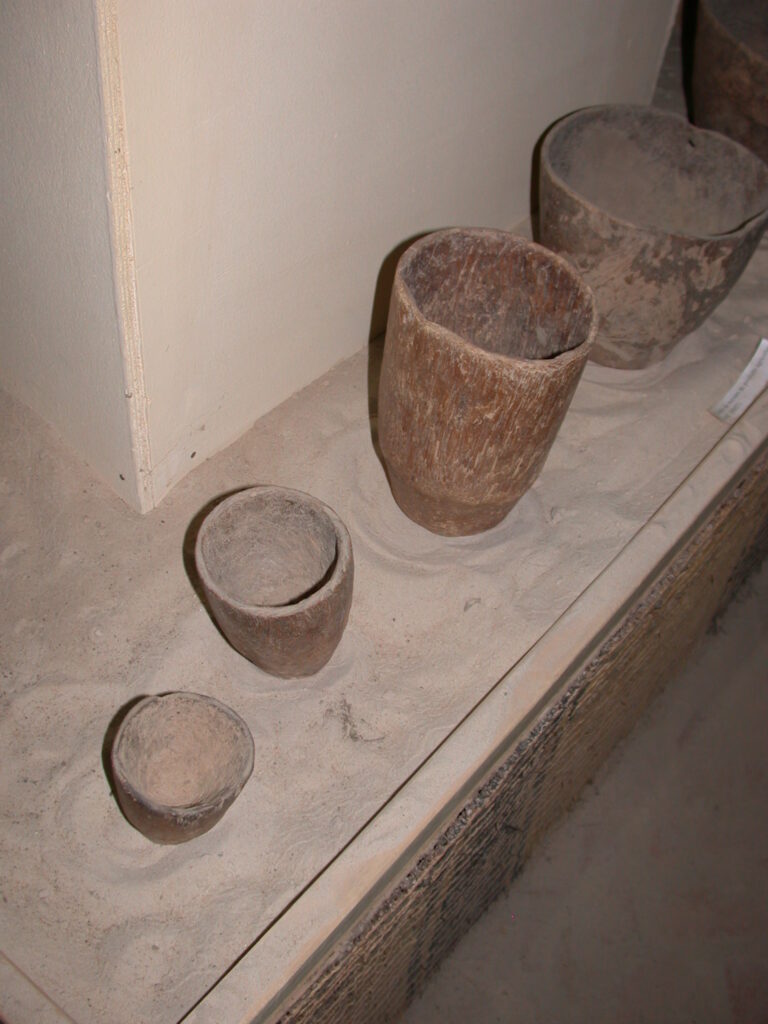
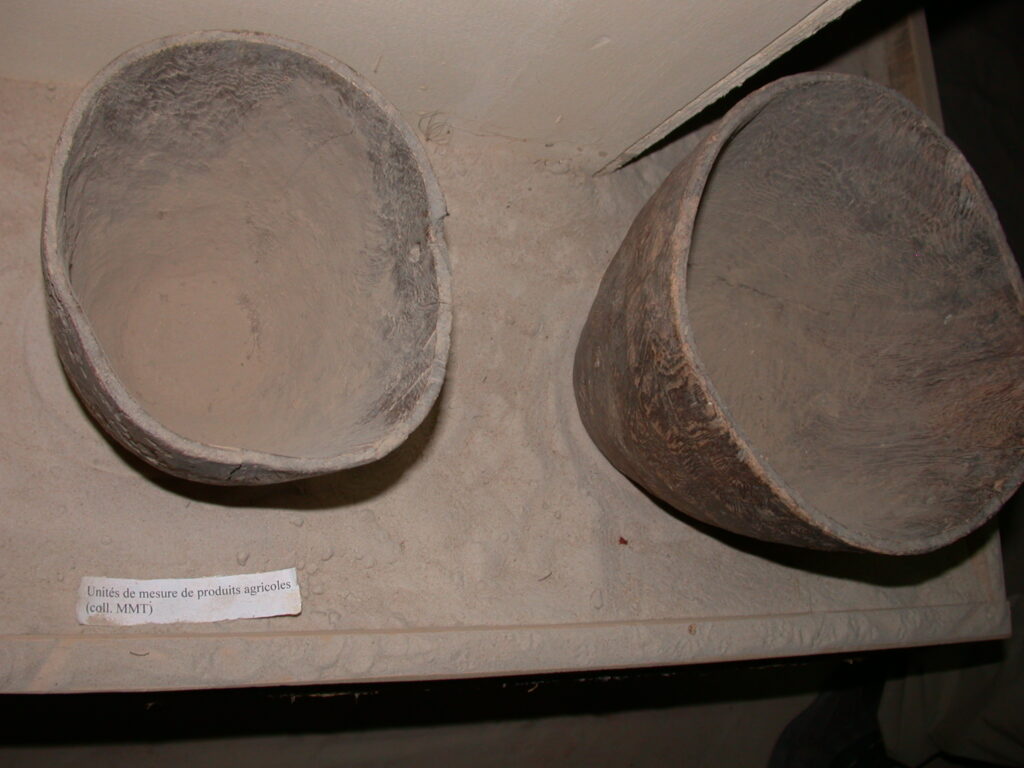
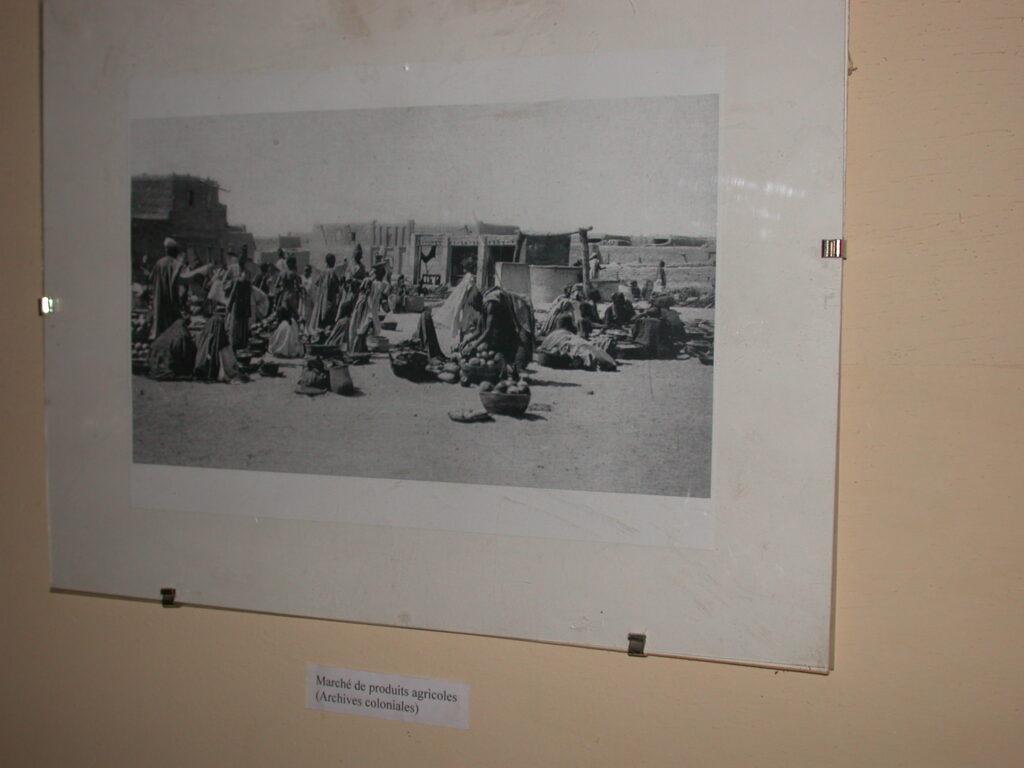
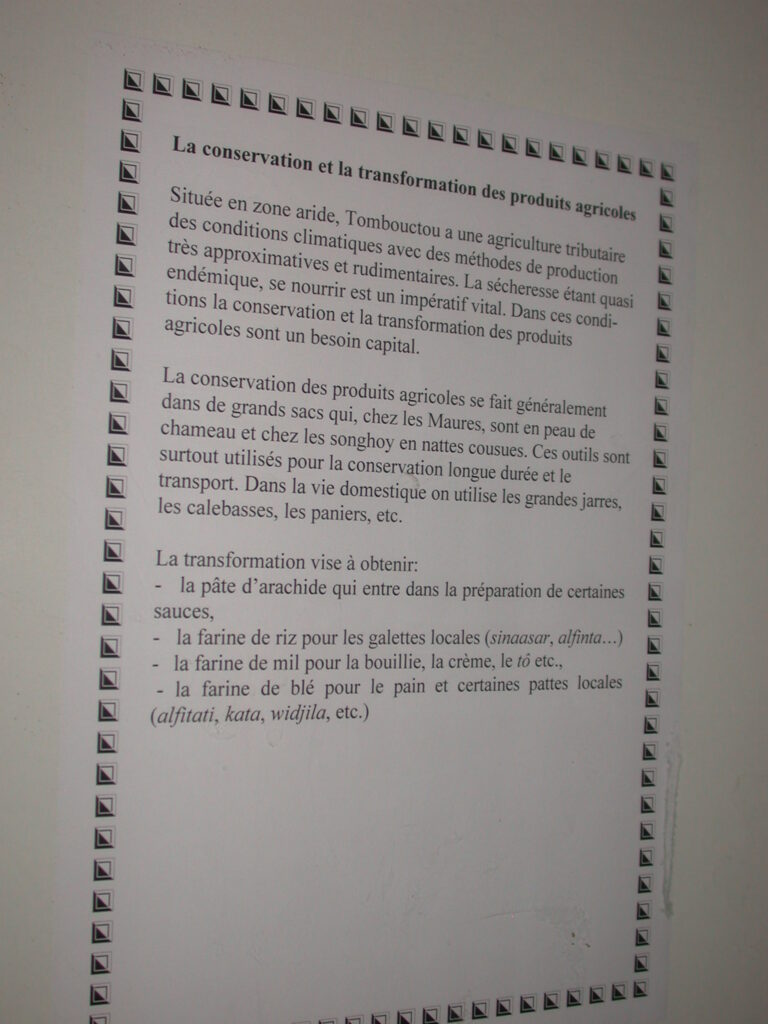
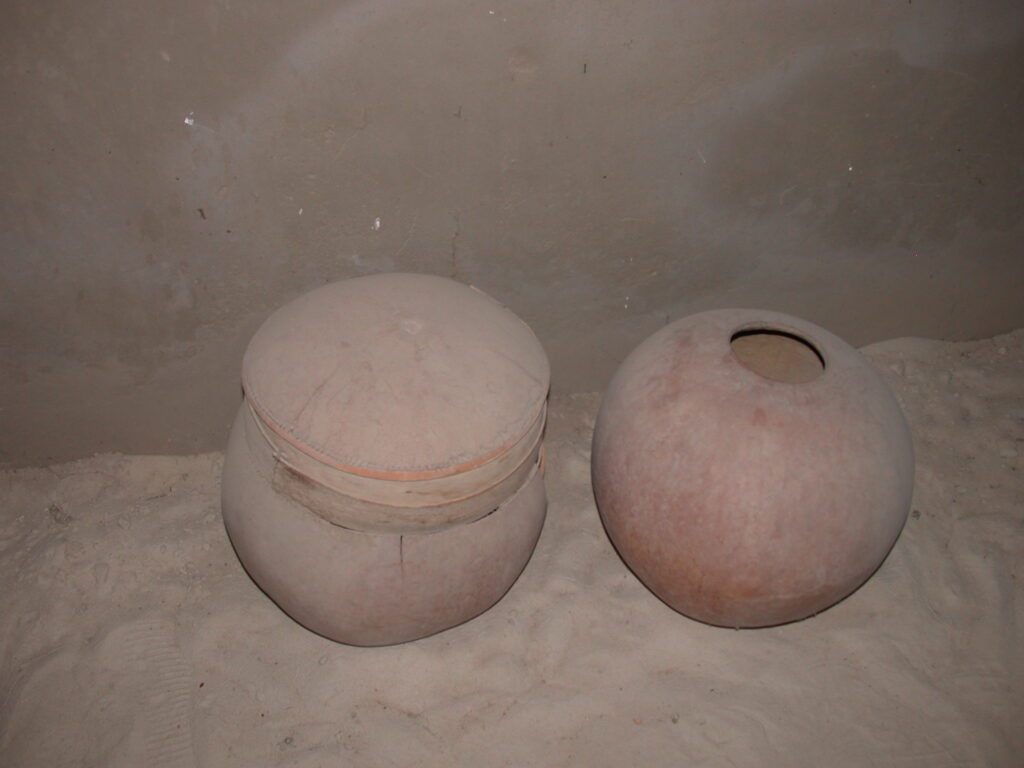
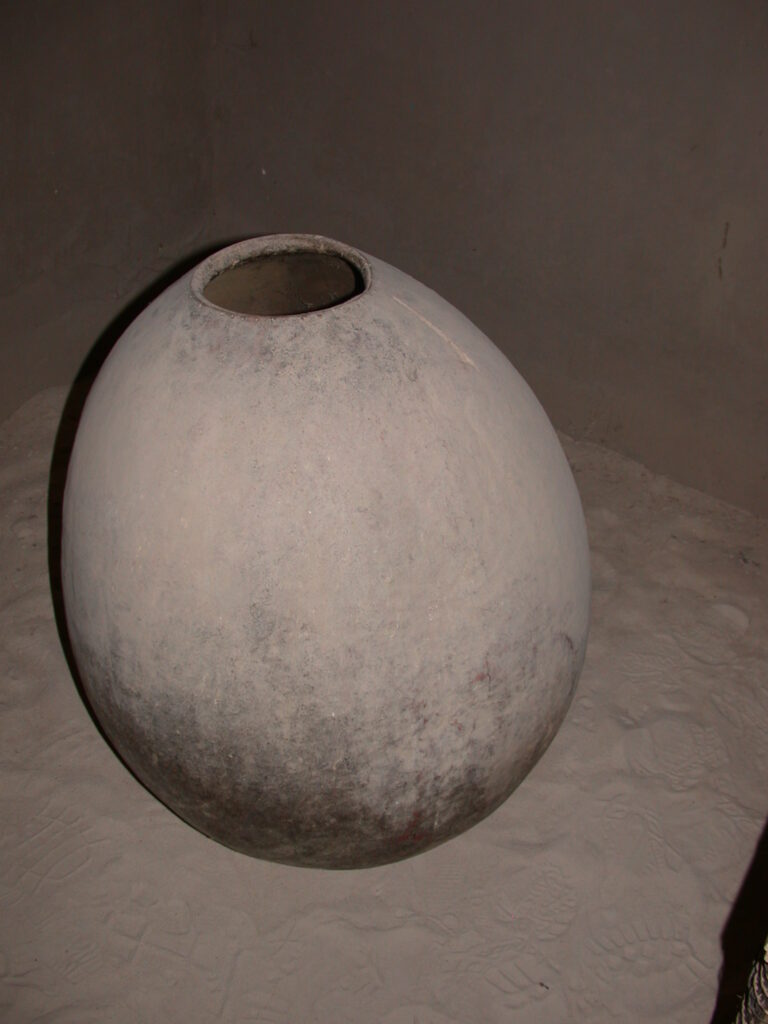
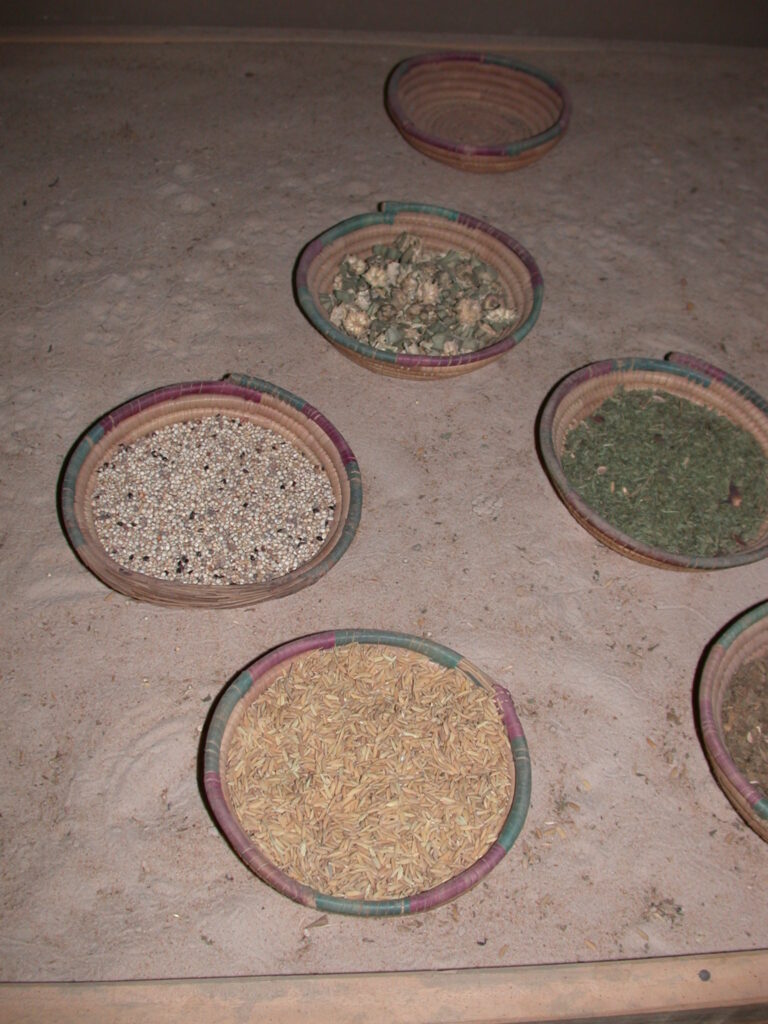
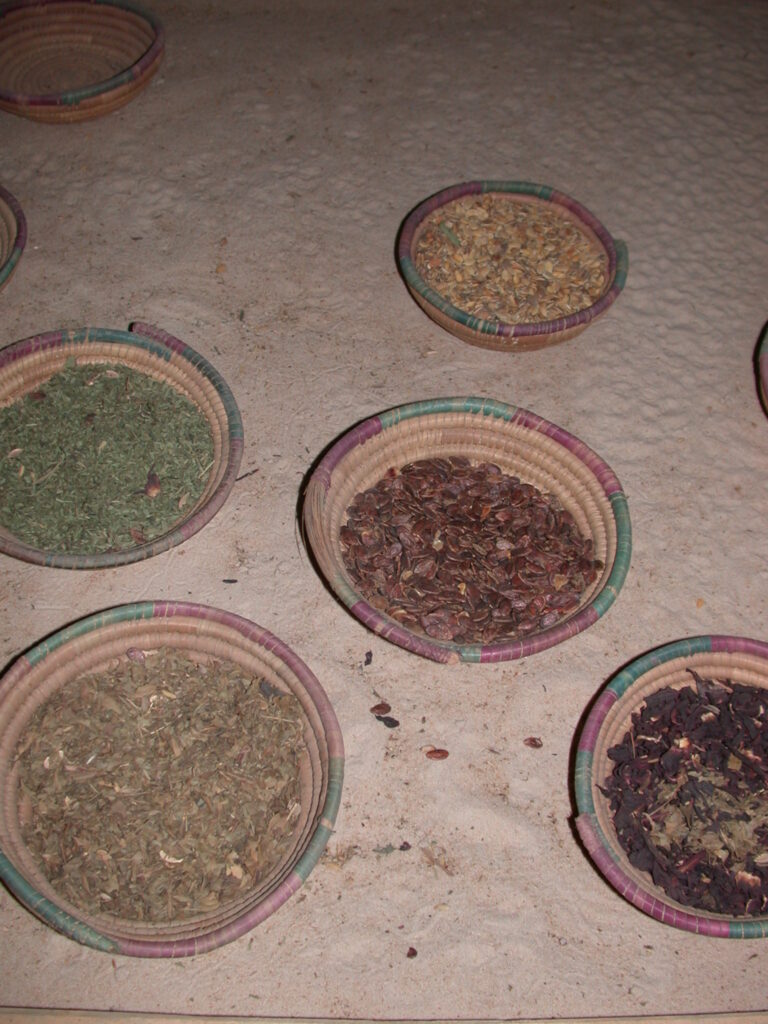
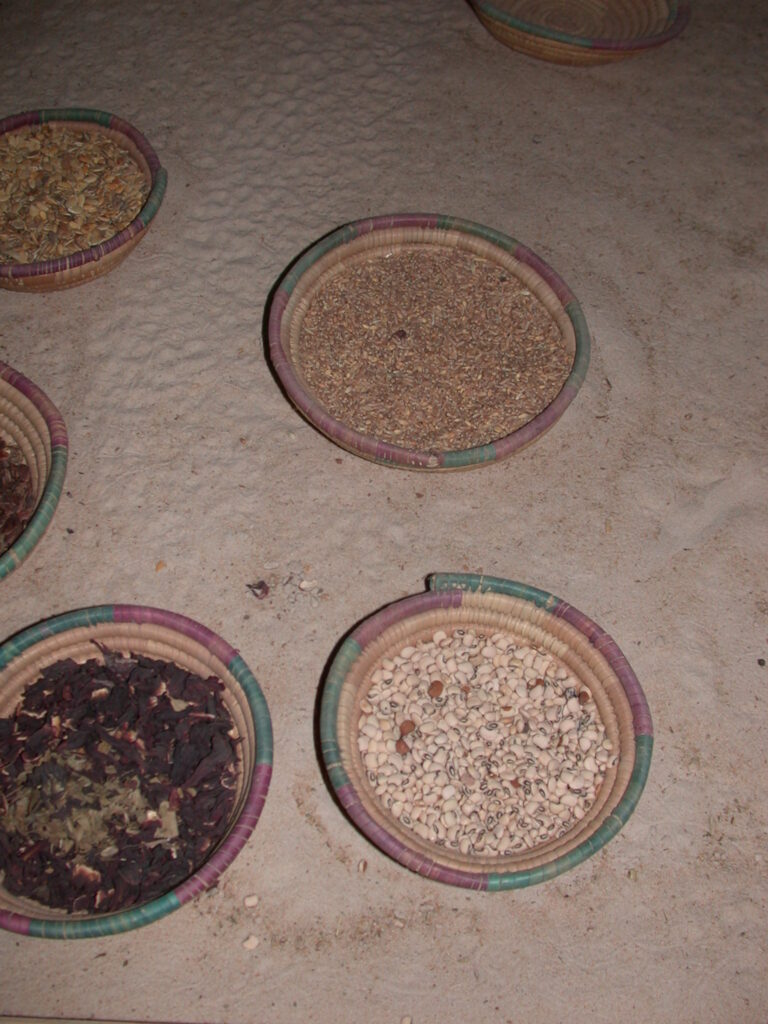
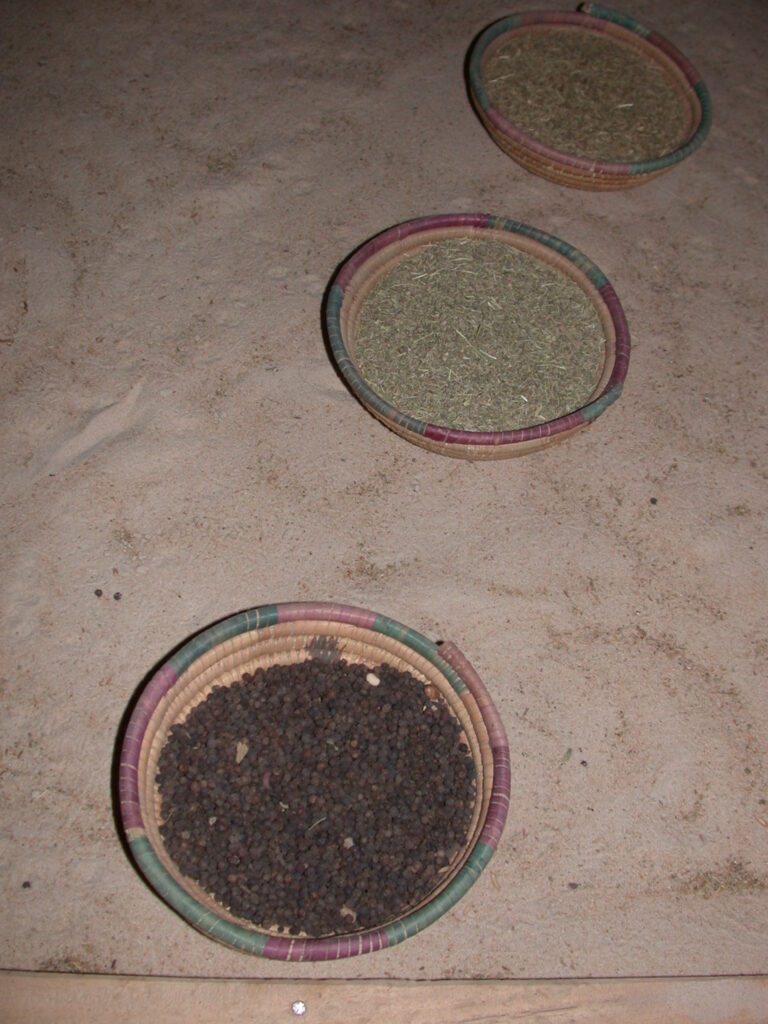
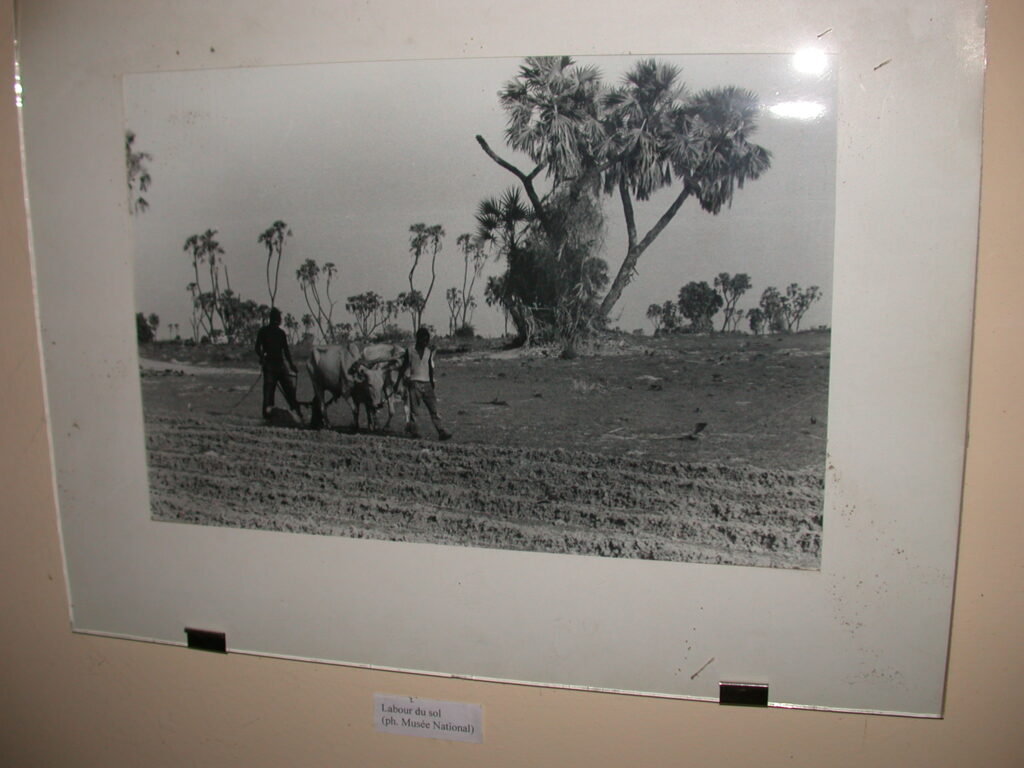
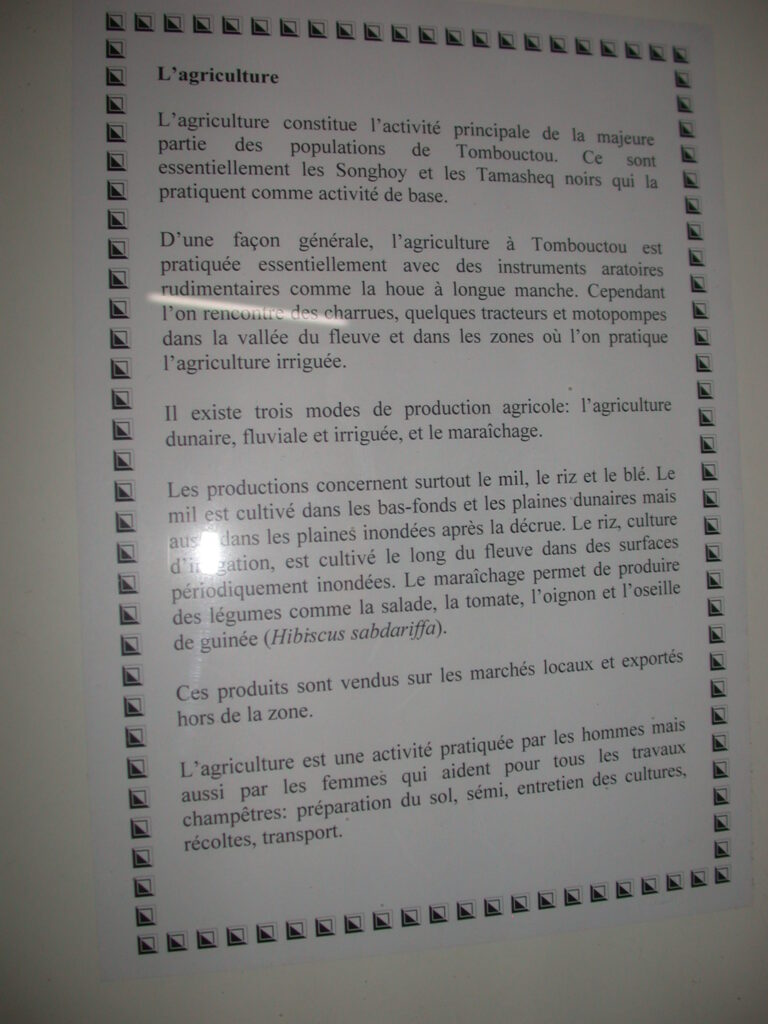
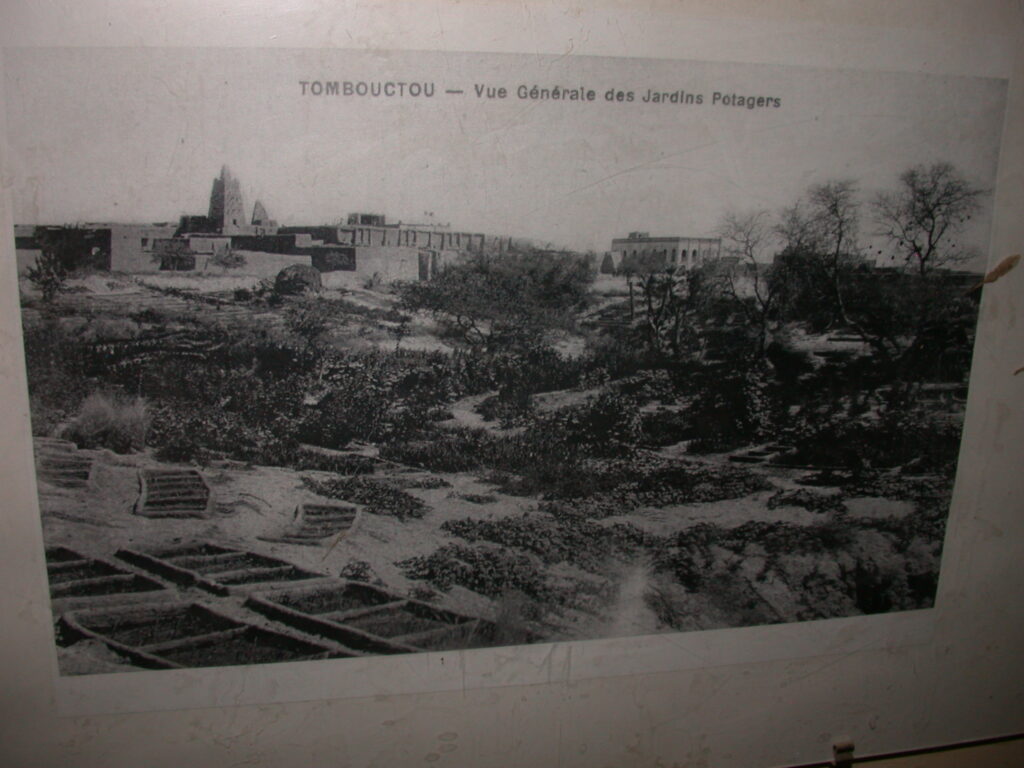
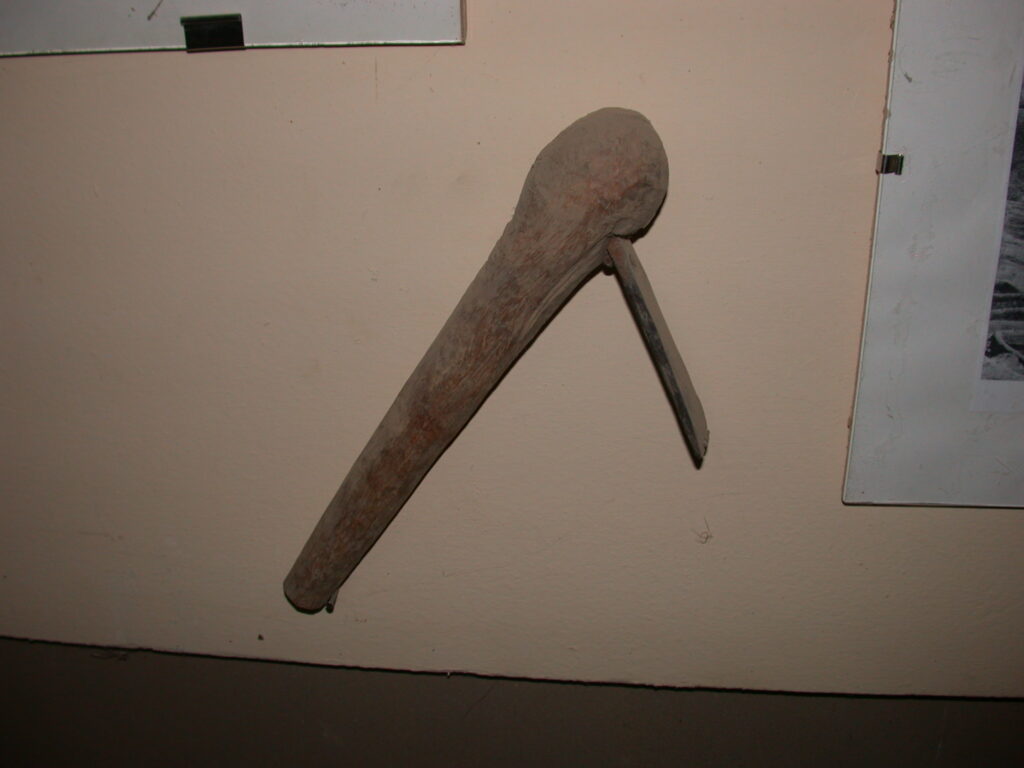
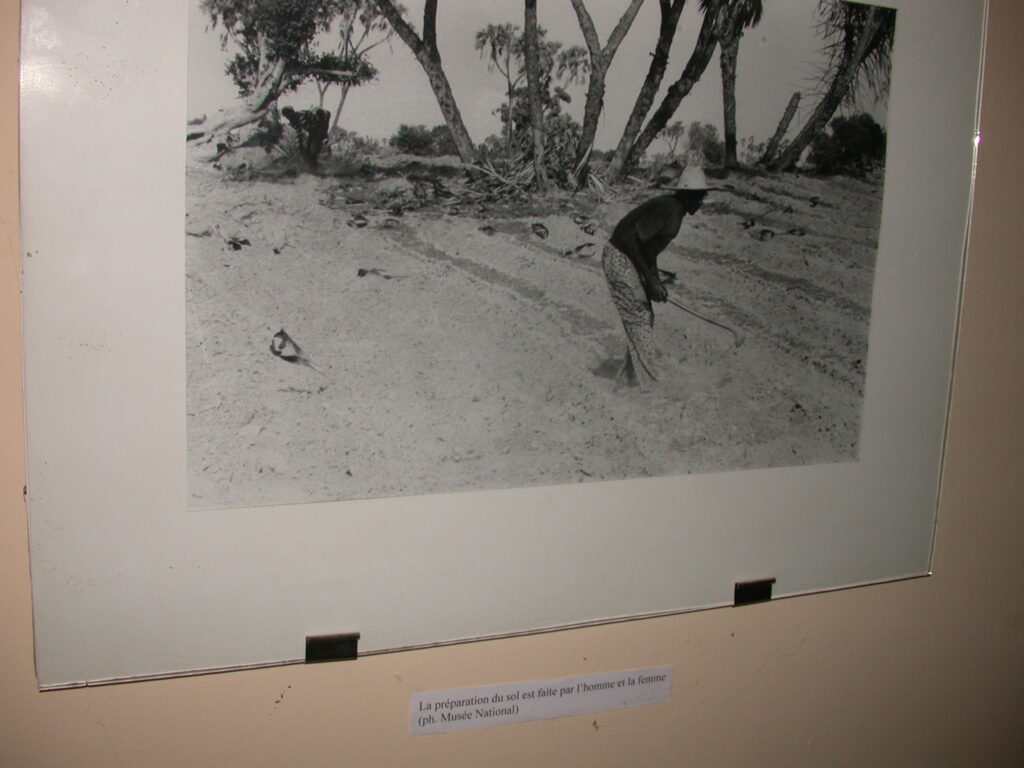
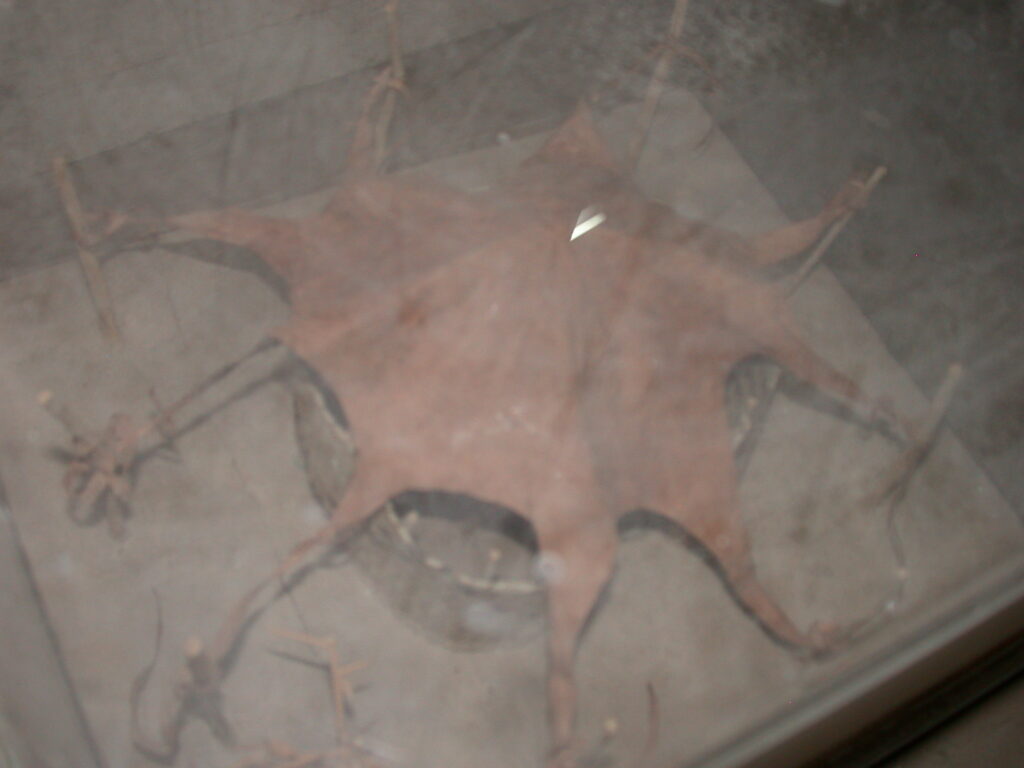
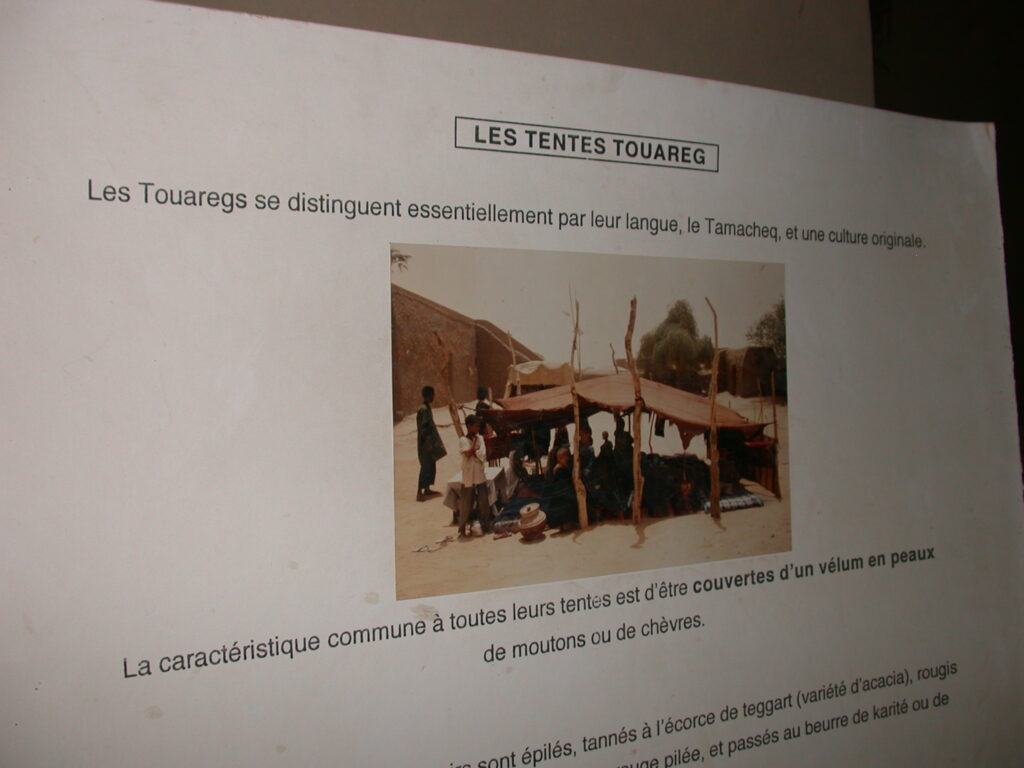
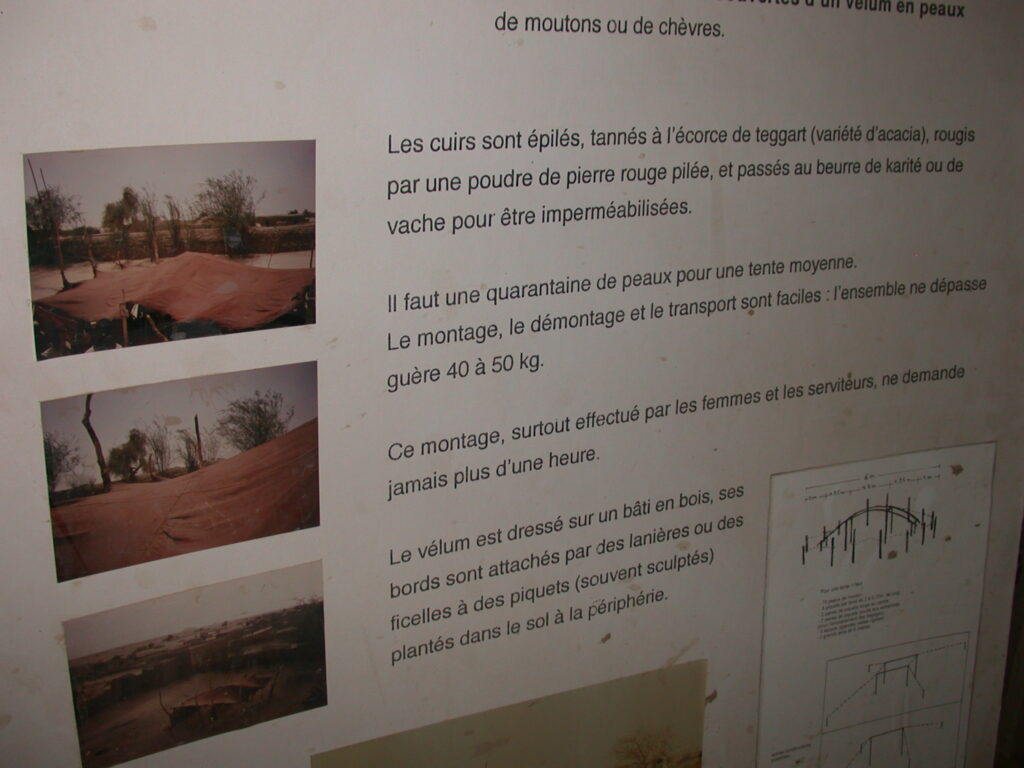
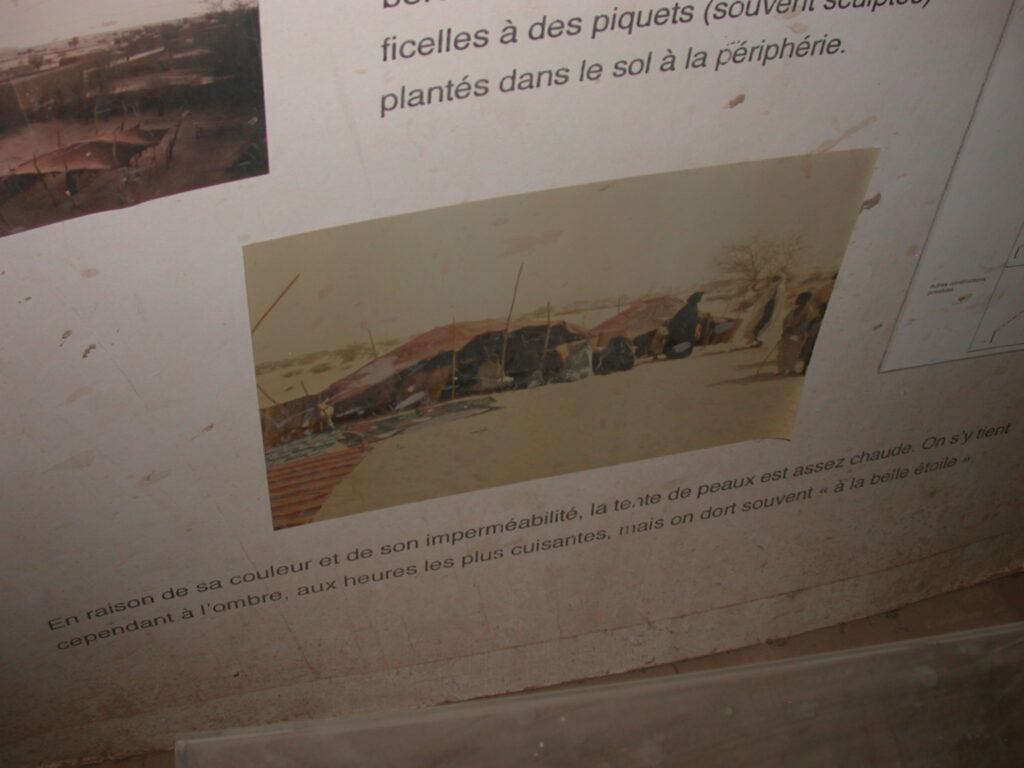
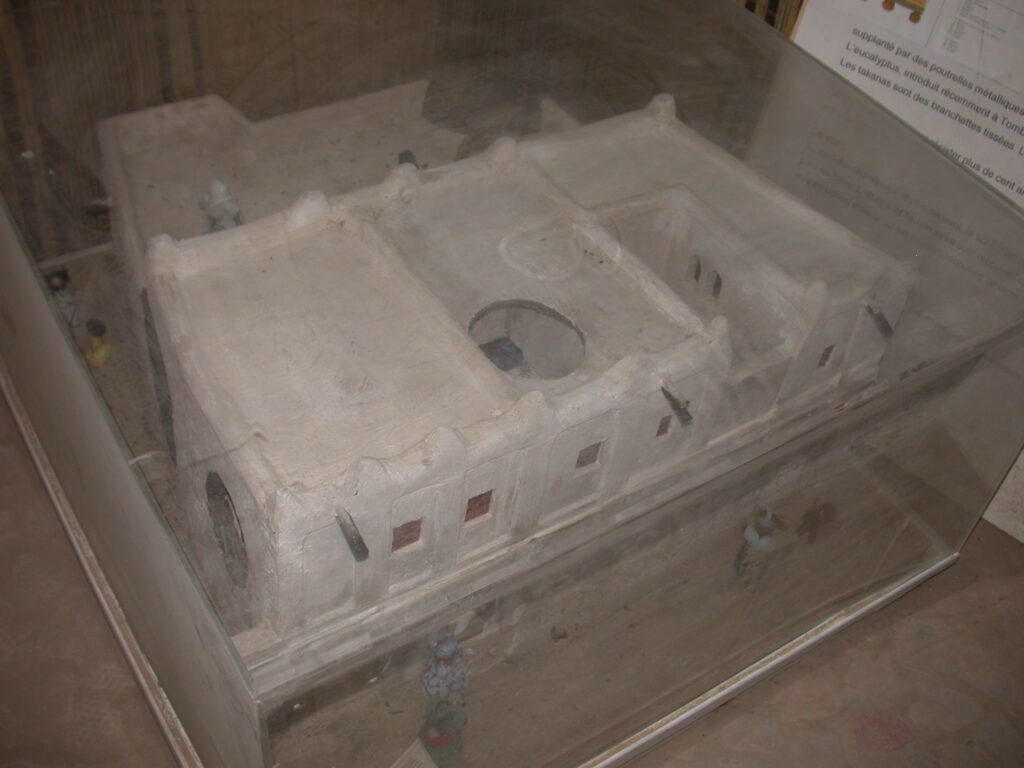
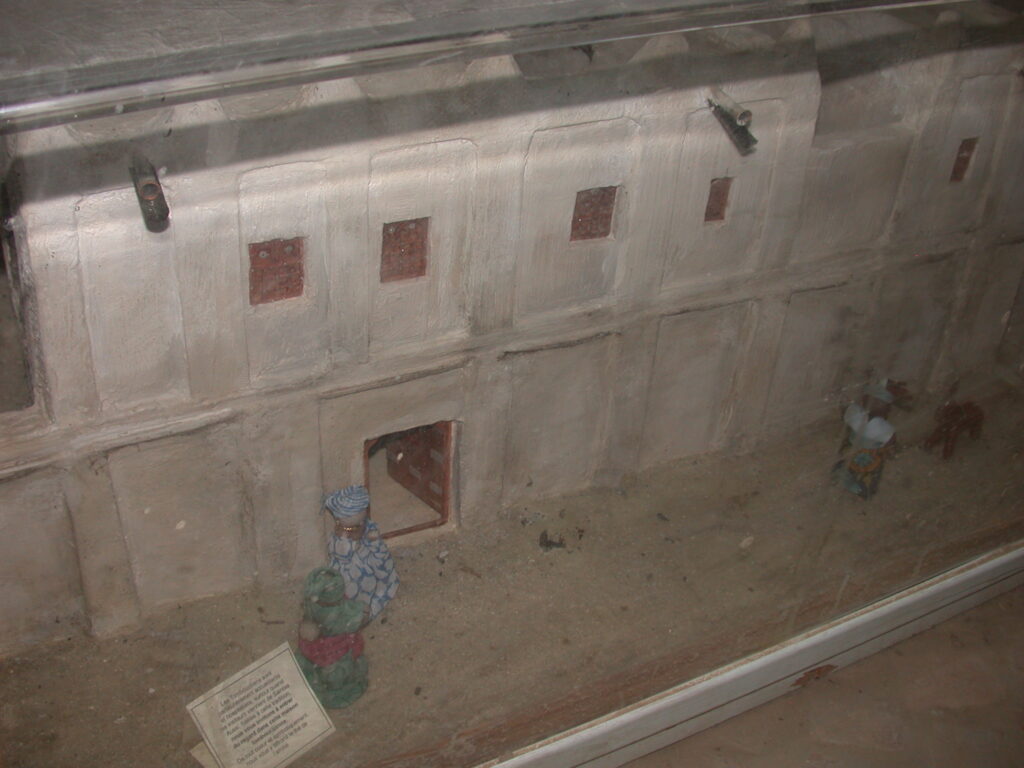
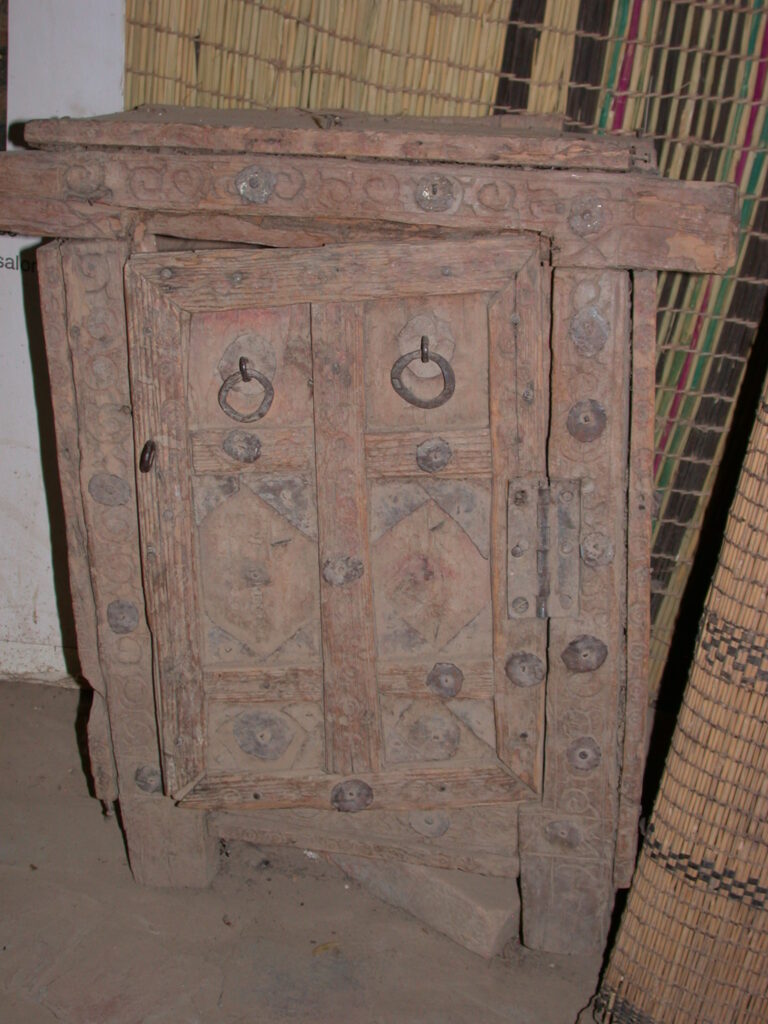
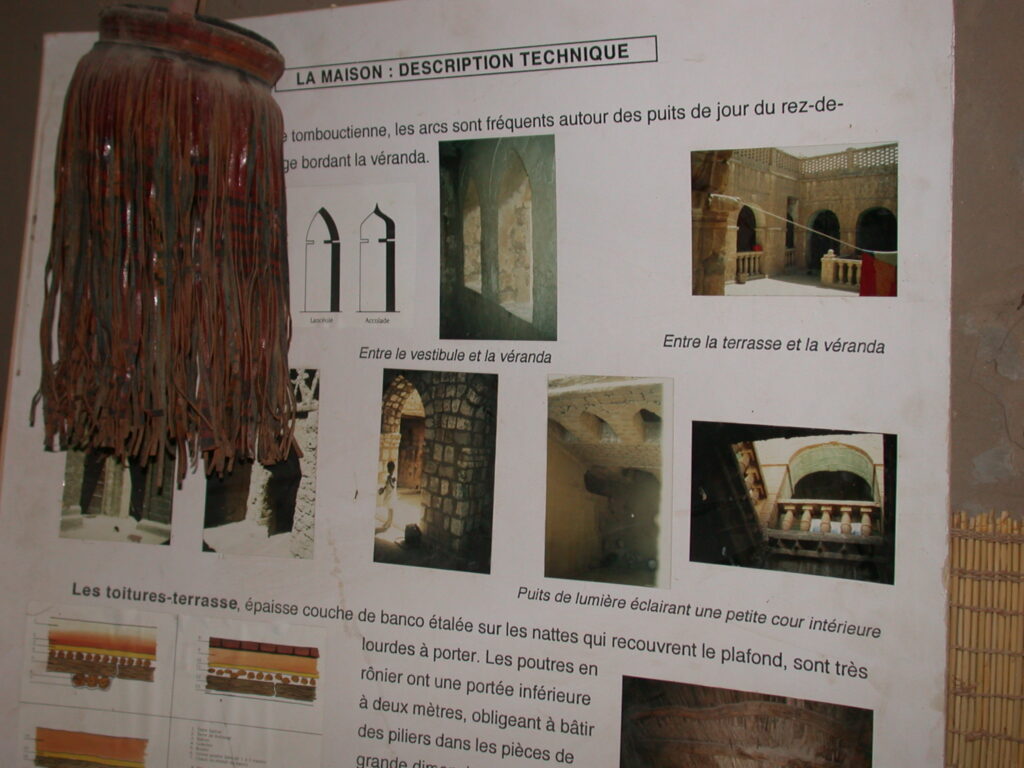
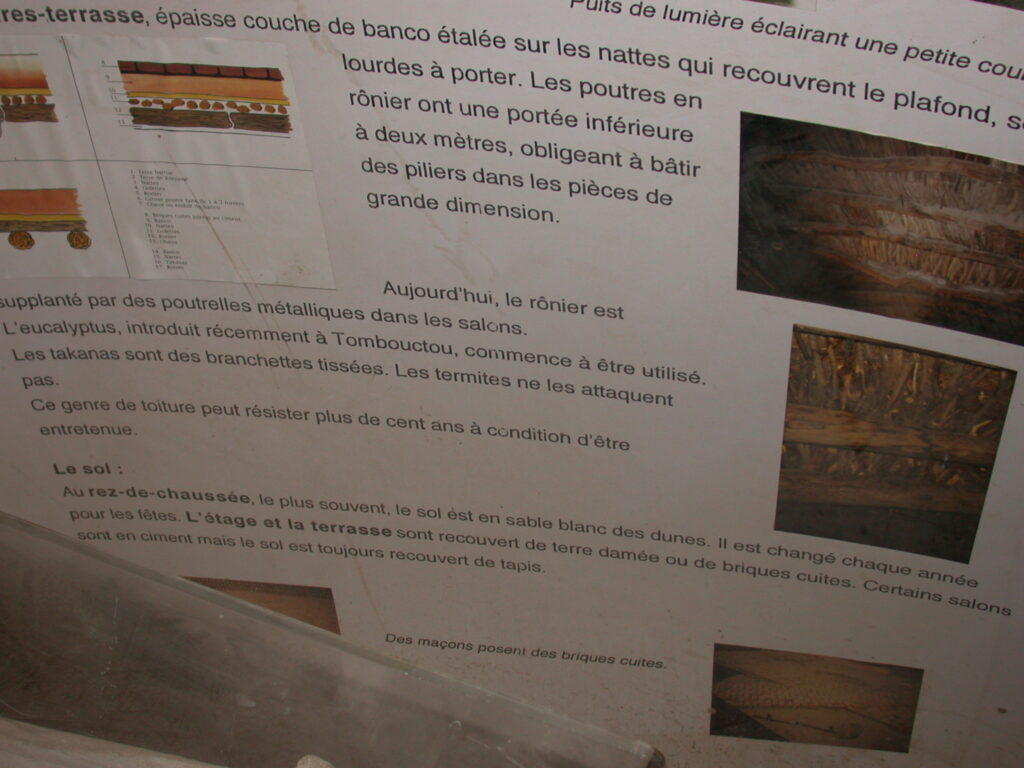
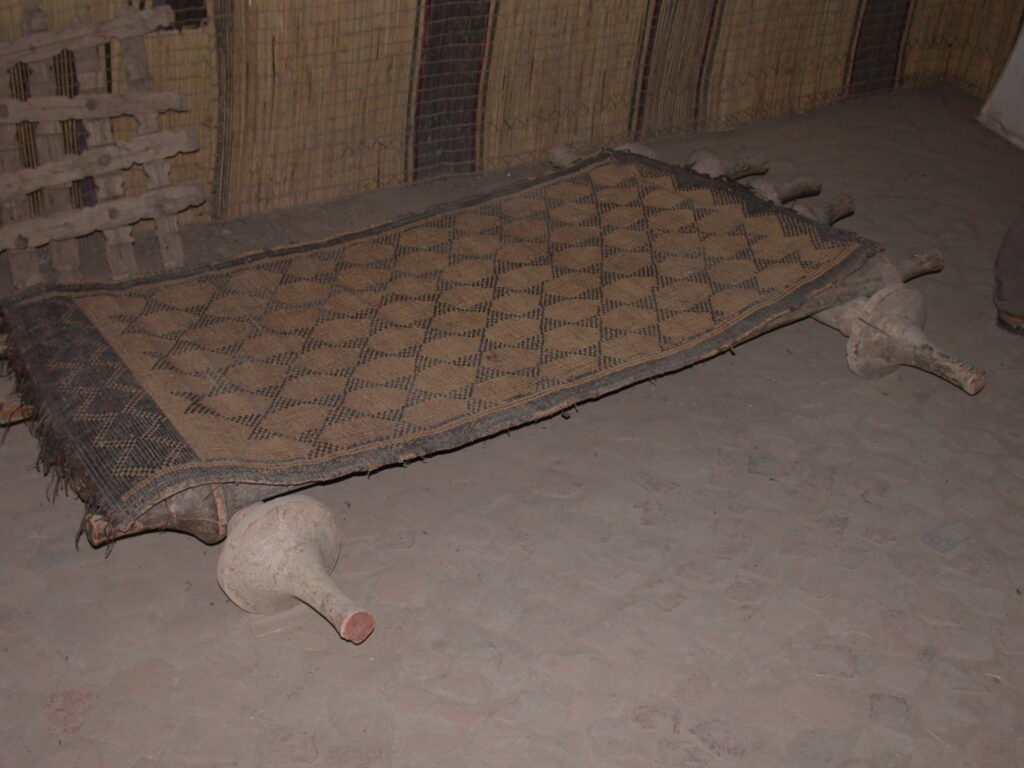
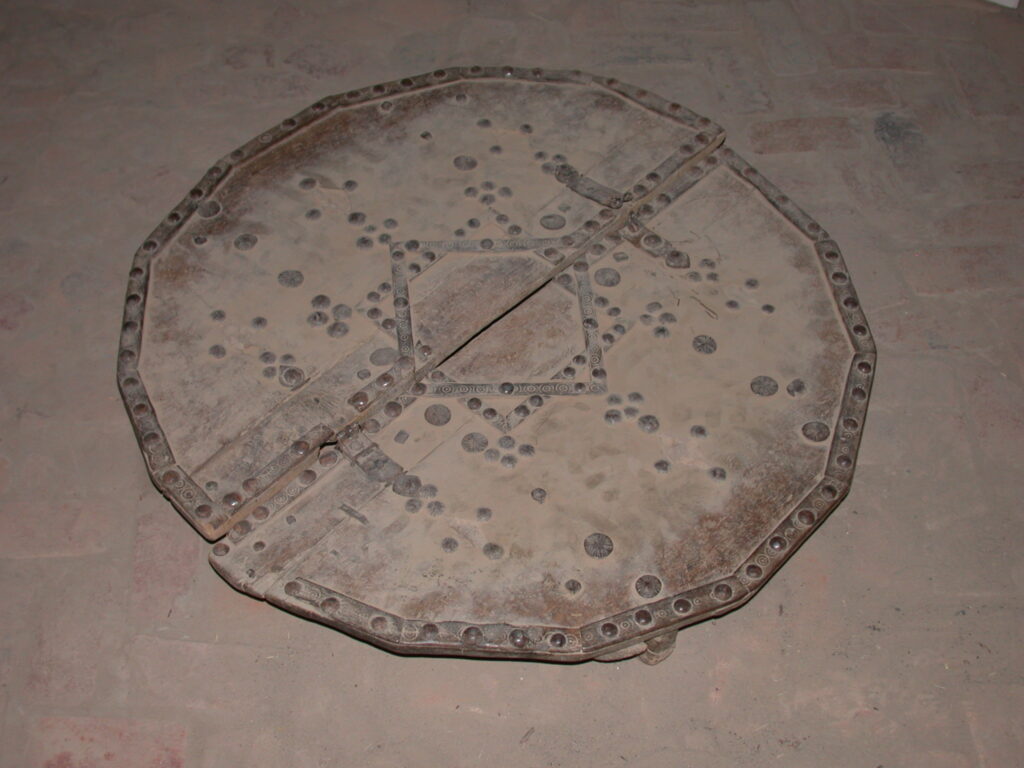
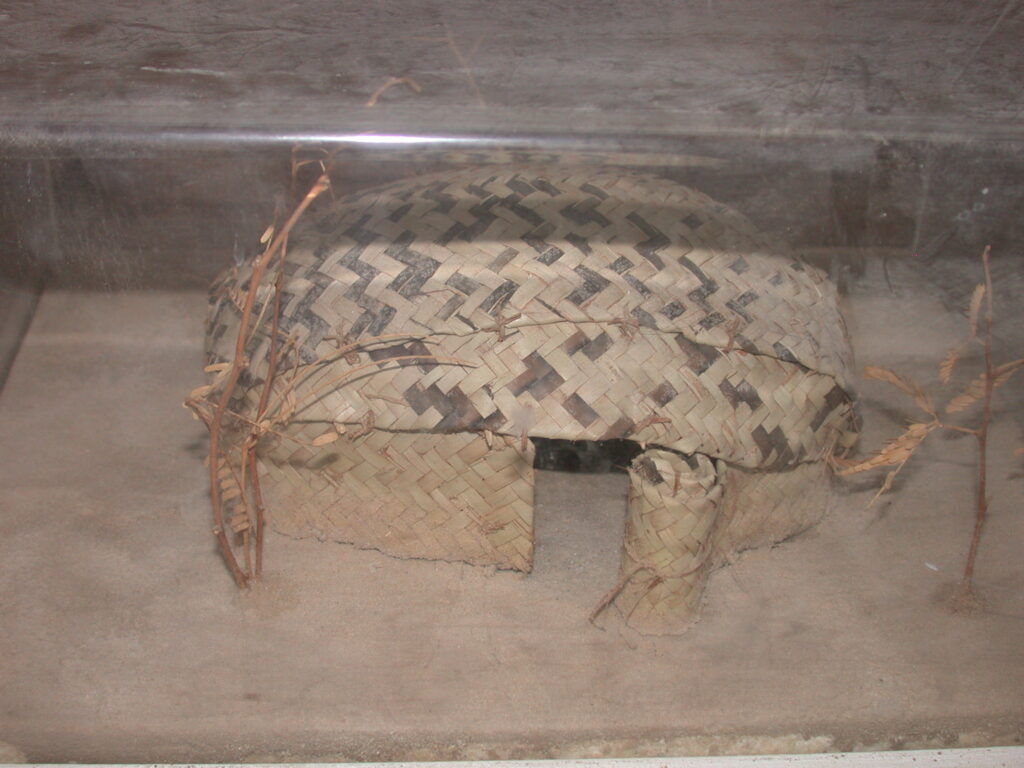
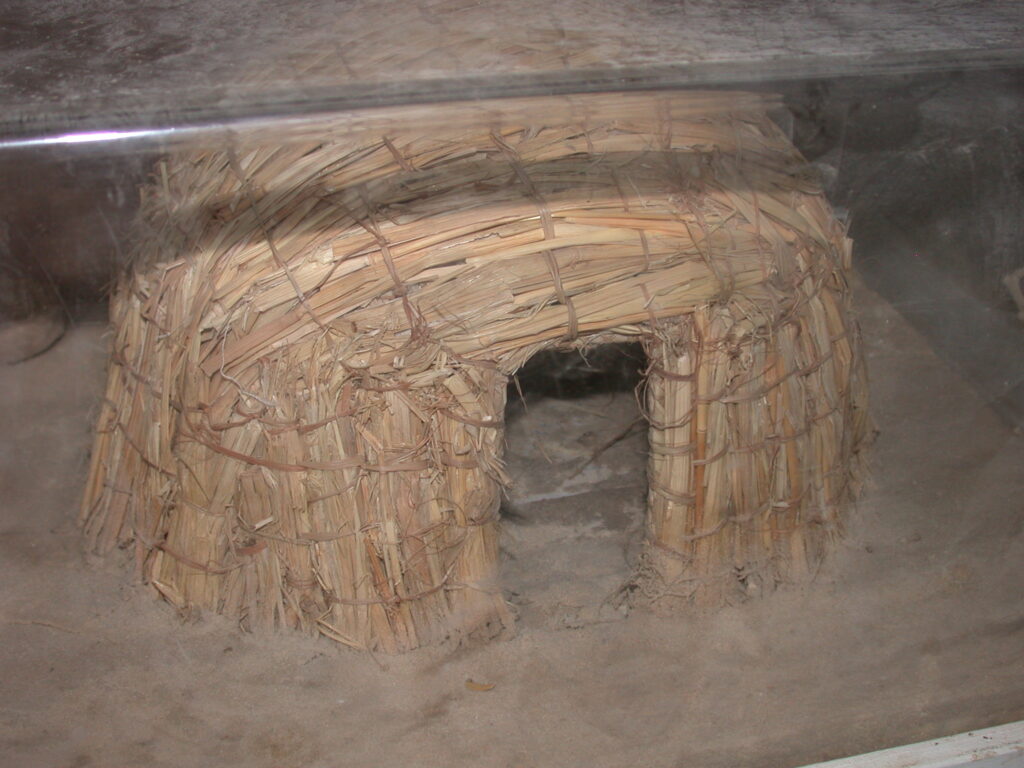
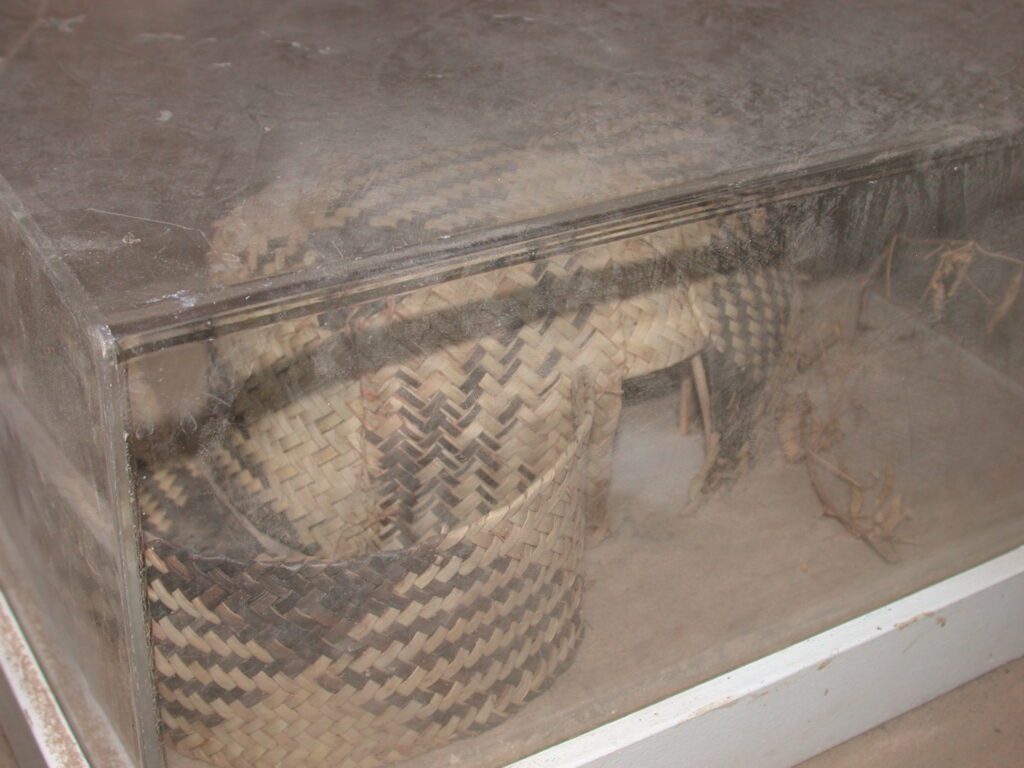
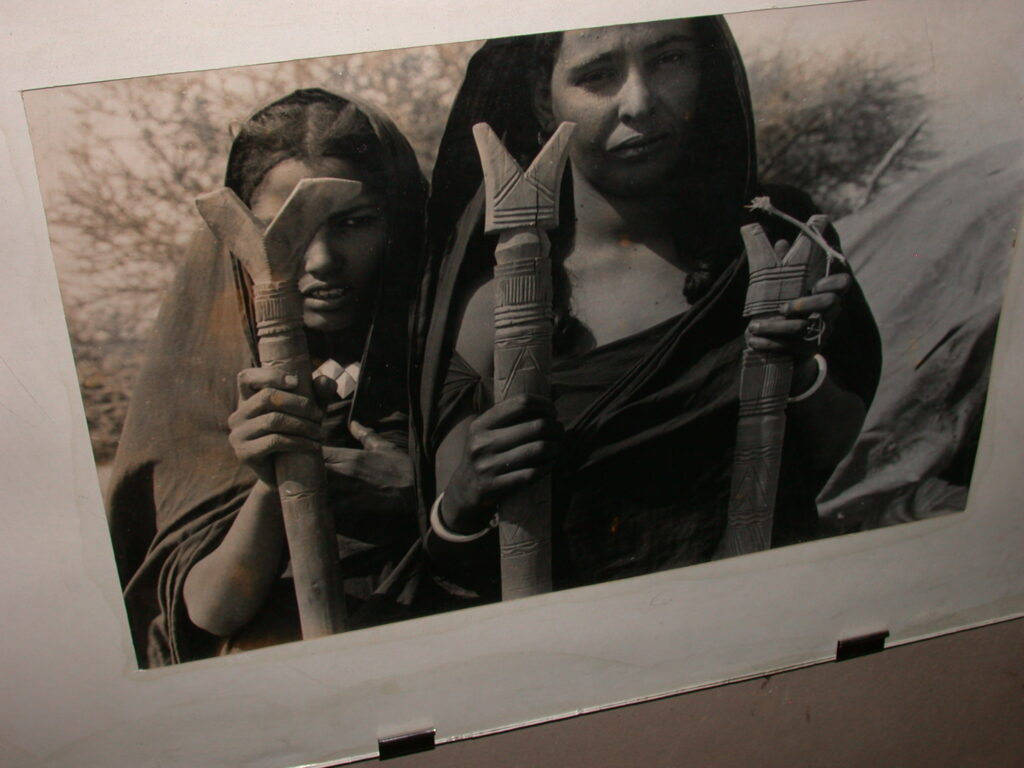
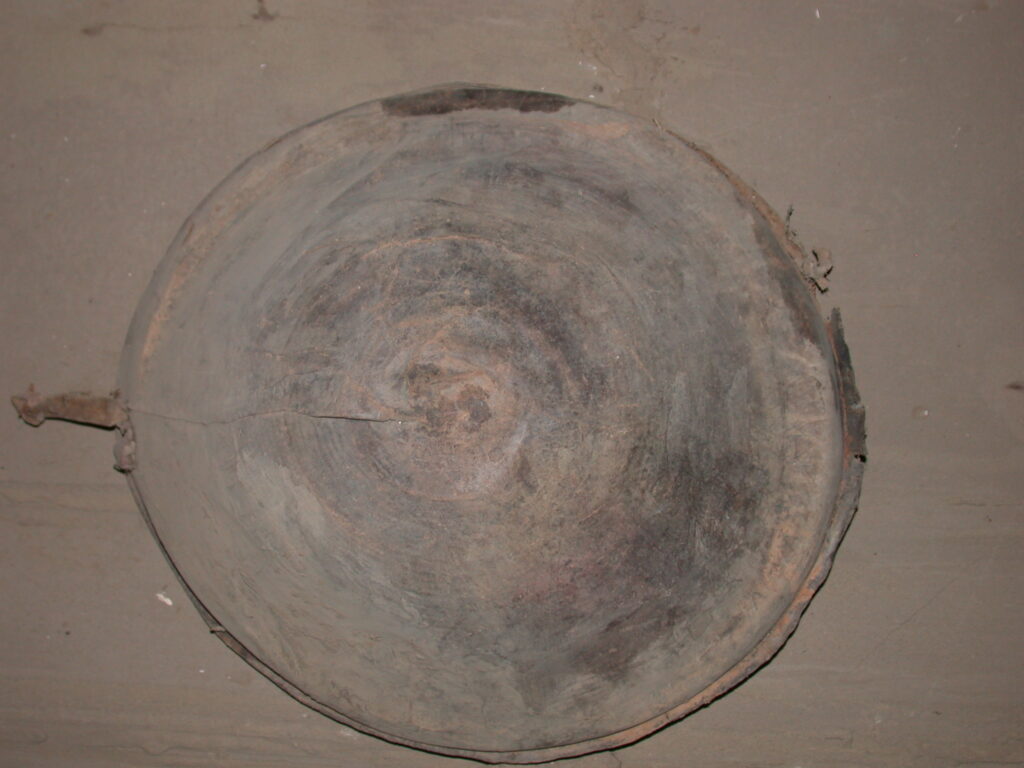
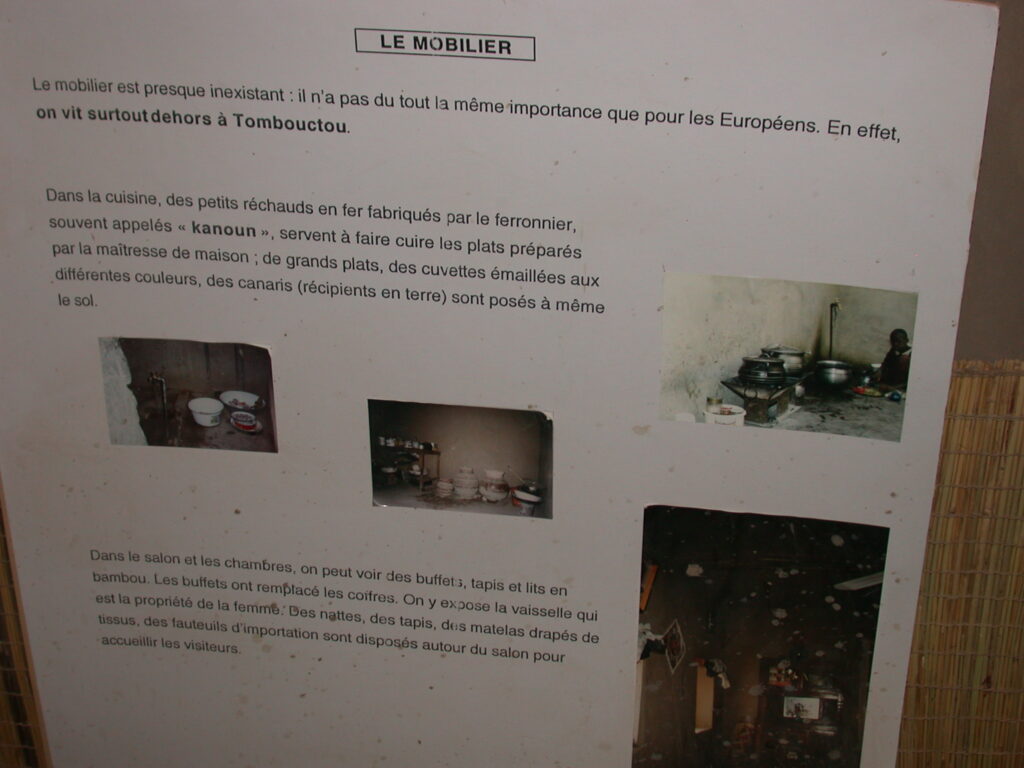
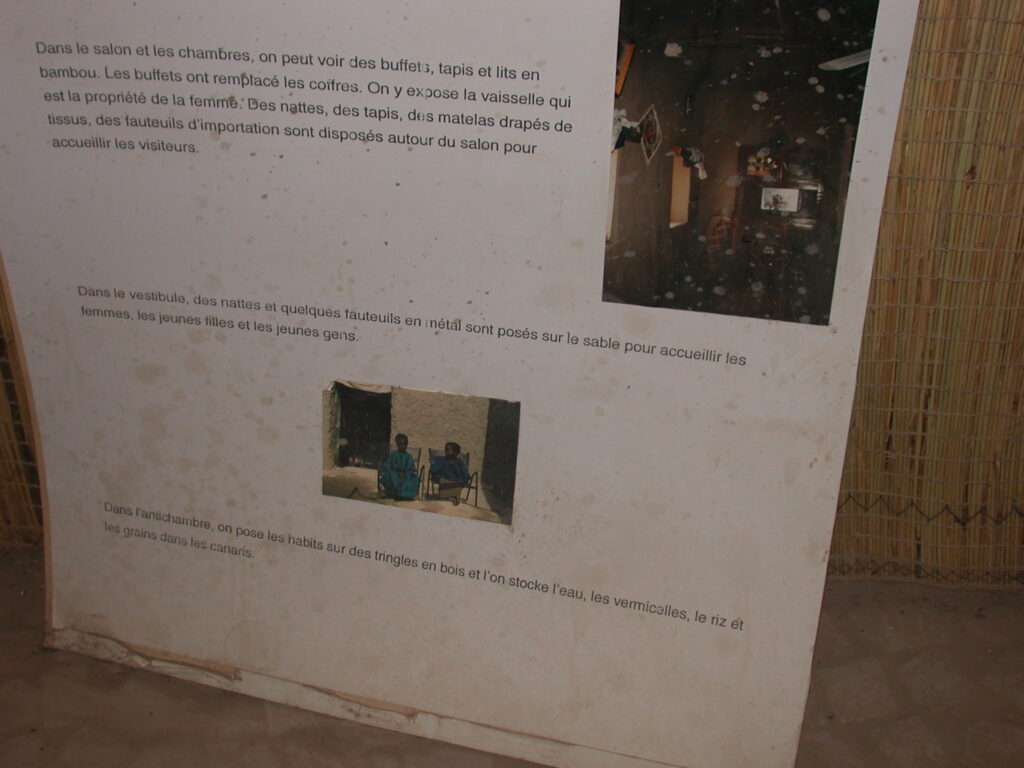
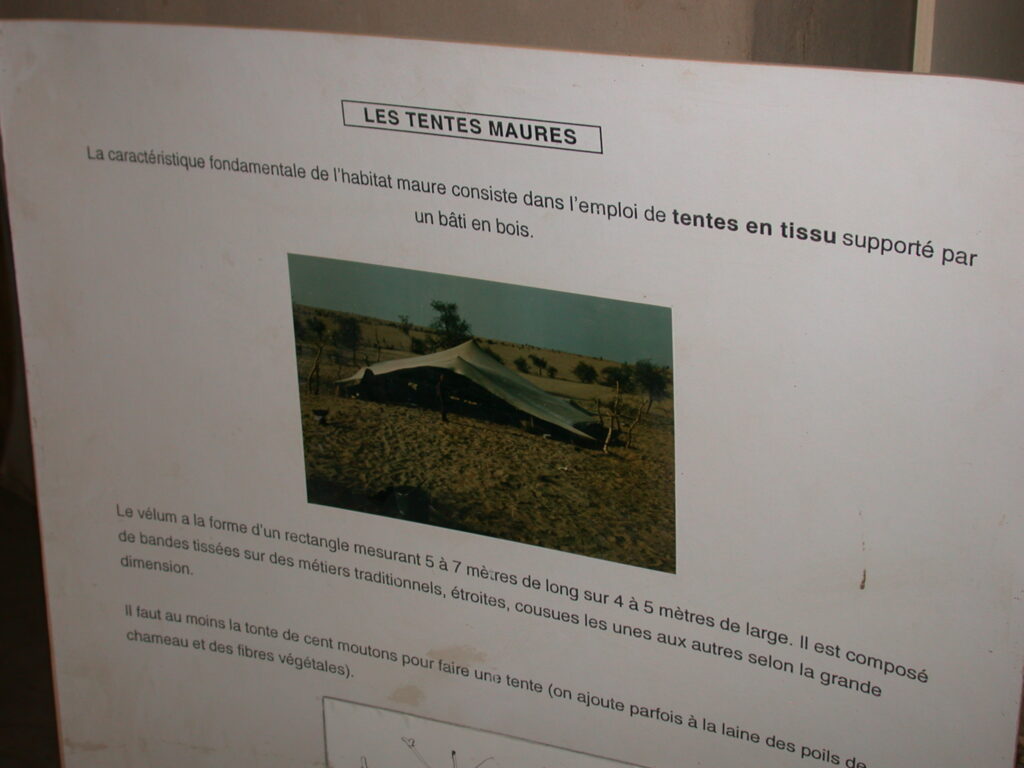
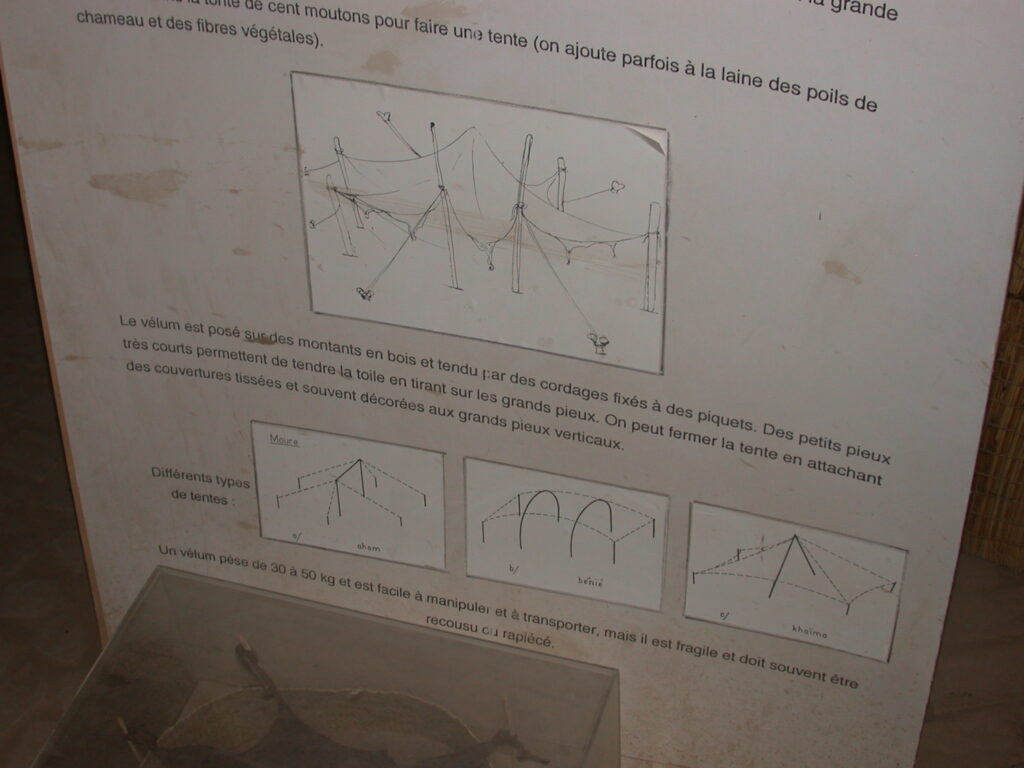
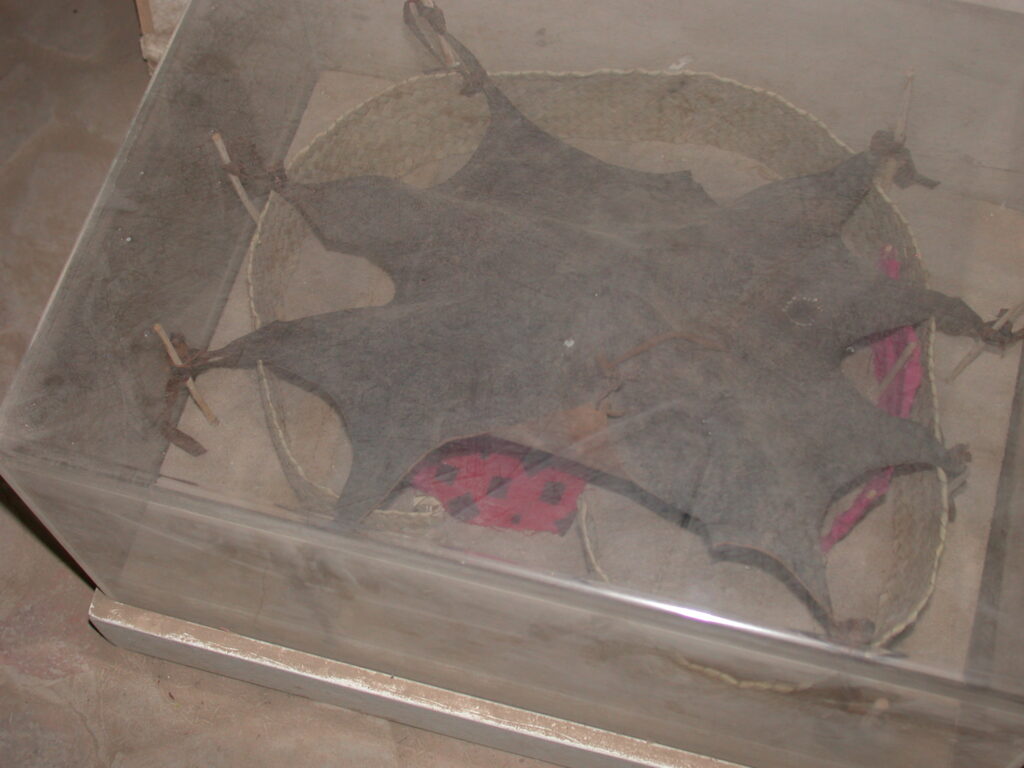
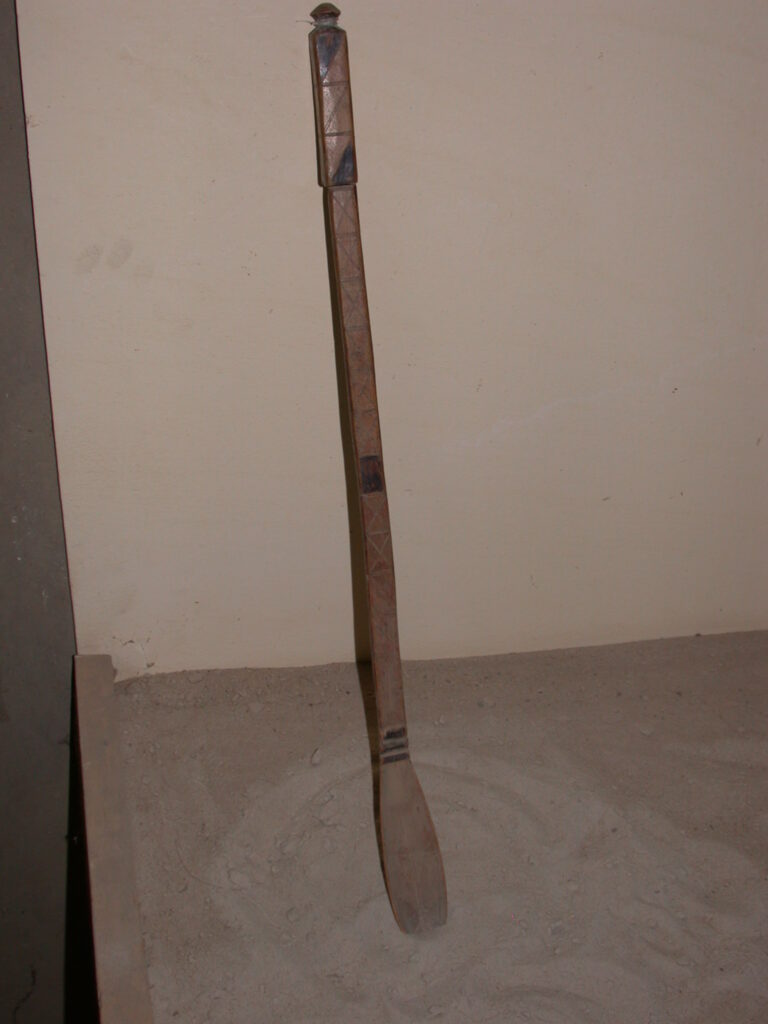
Scenes around Timbuktu on the walk from the Timbuktu Ethnological Museum to the Ahmed Baba Institute:
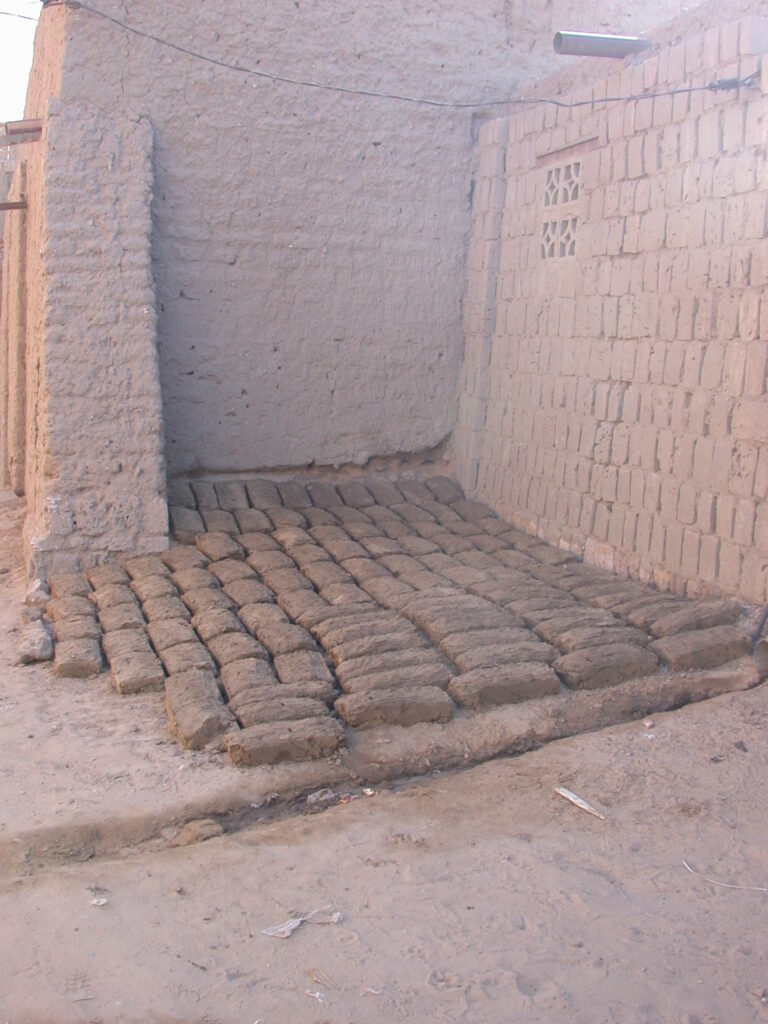
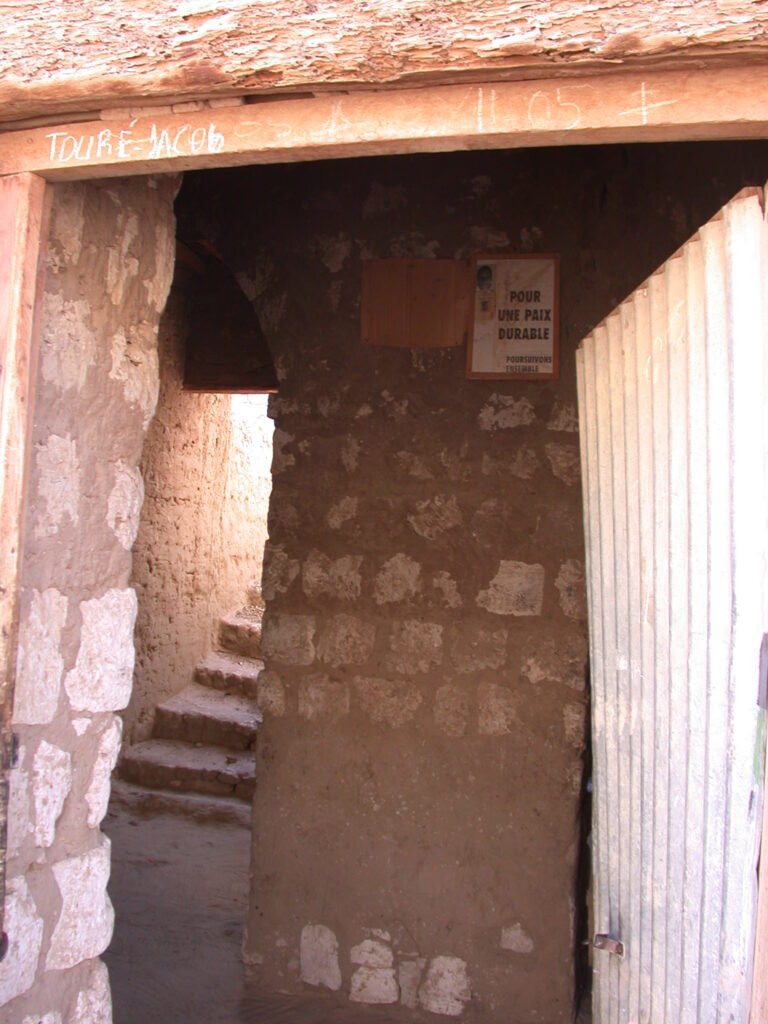
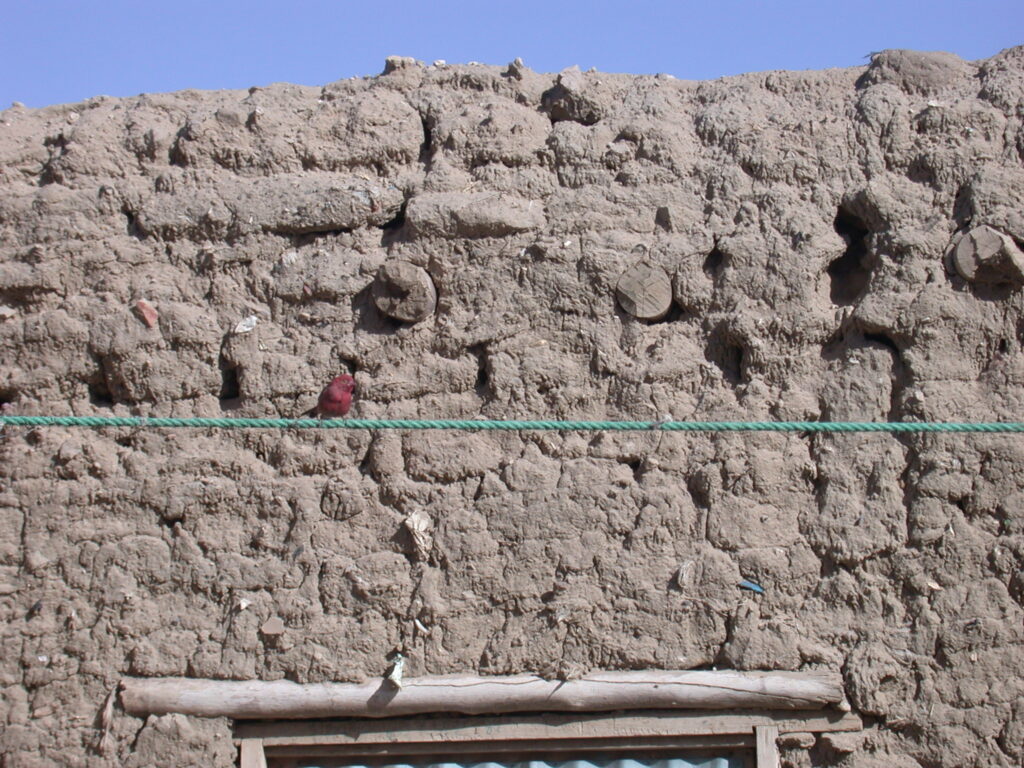
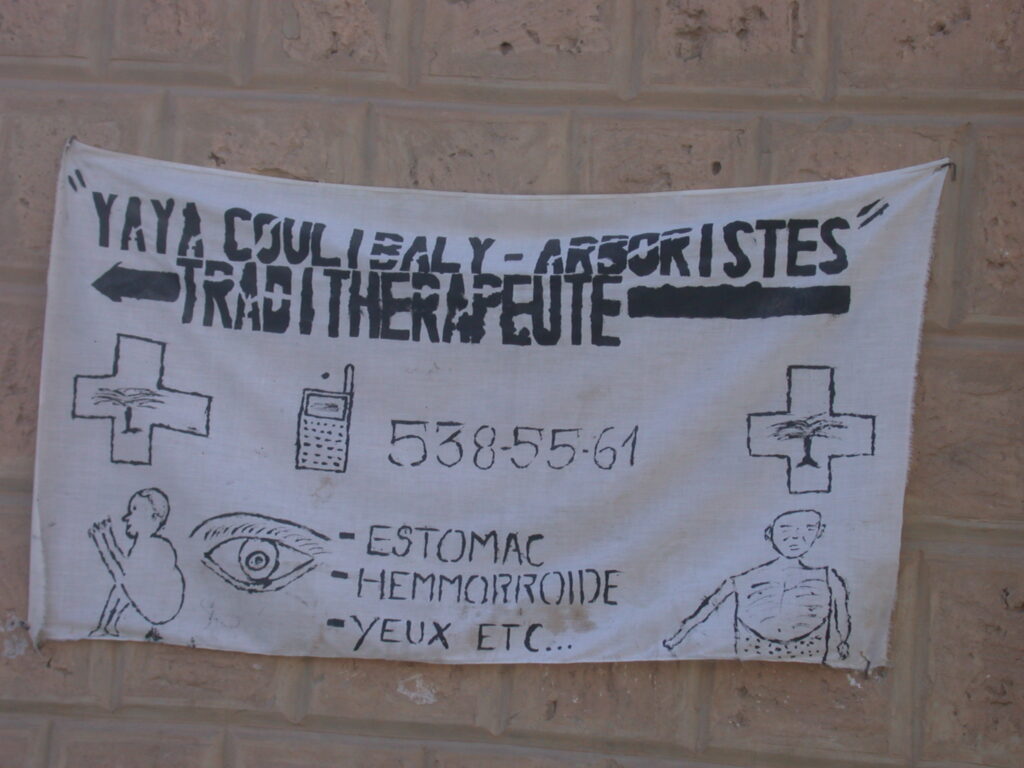
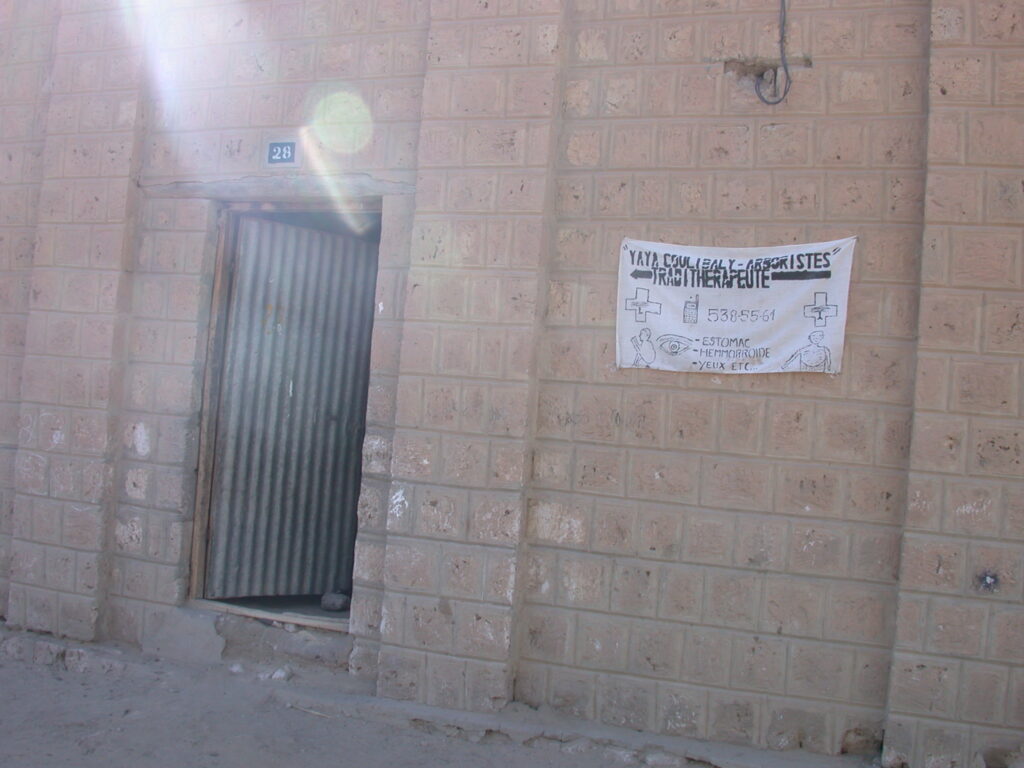
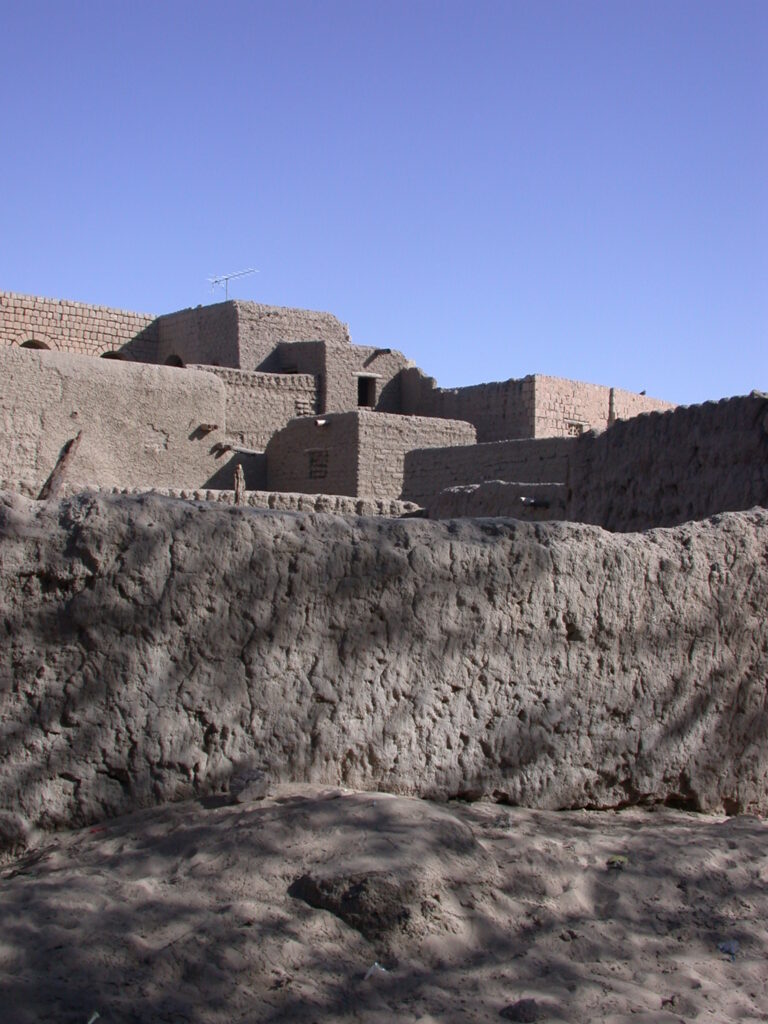

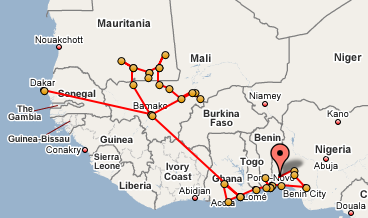
On Olumo Rock in Abeokuta, there are traditional markers commemorating warriors who fought to defend the Egba people.
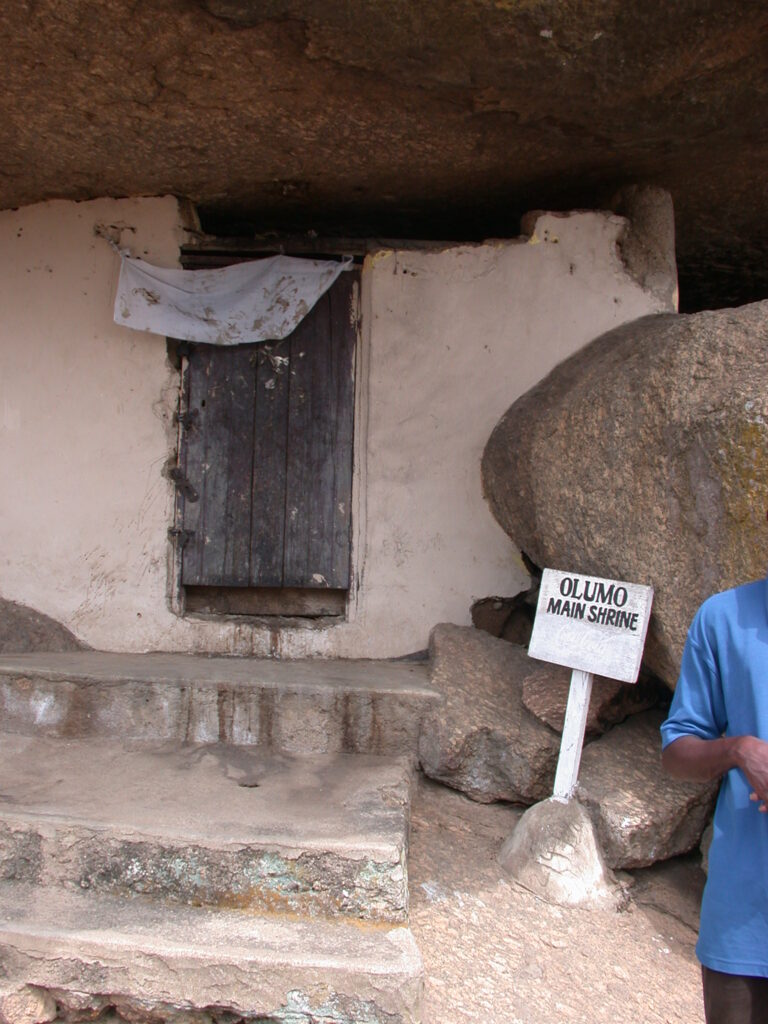
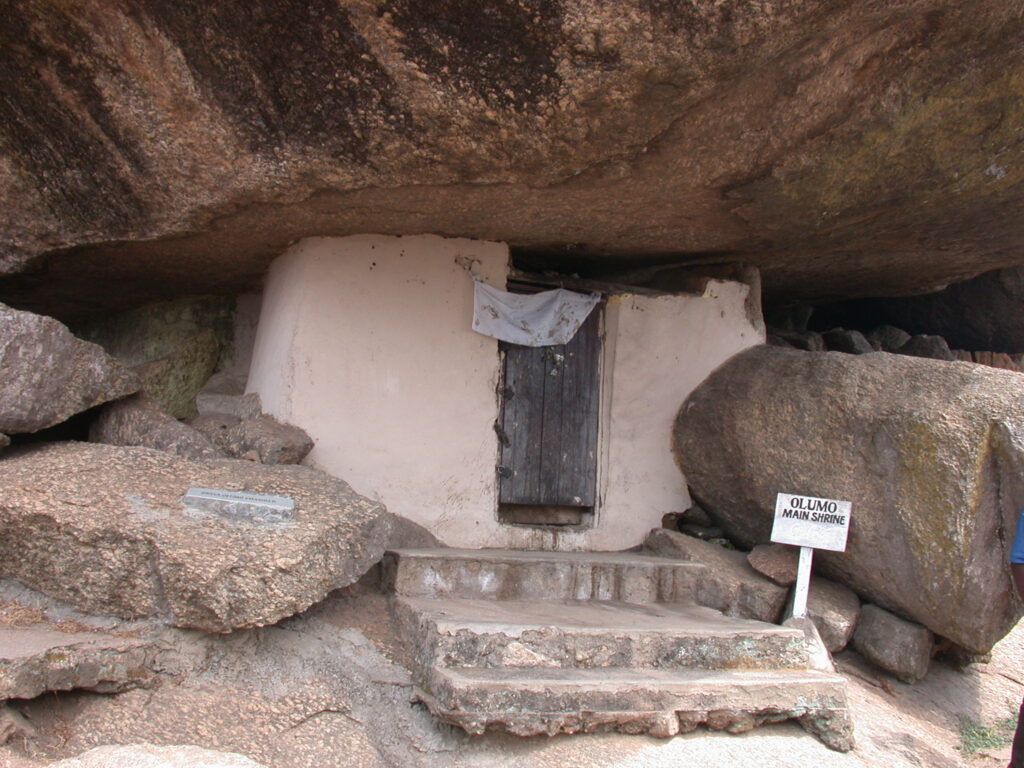
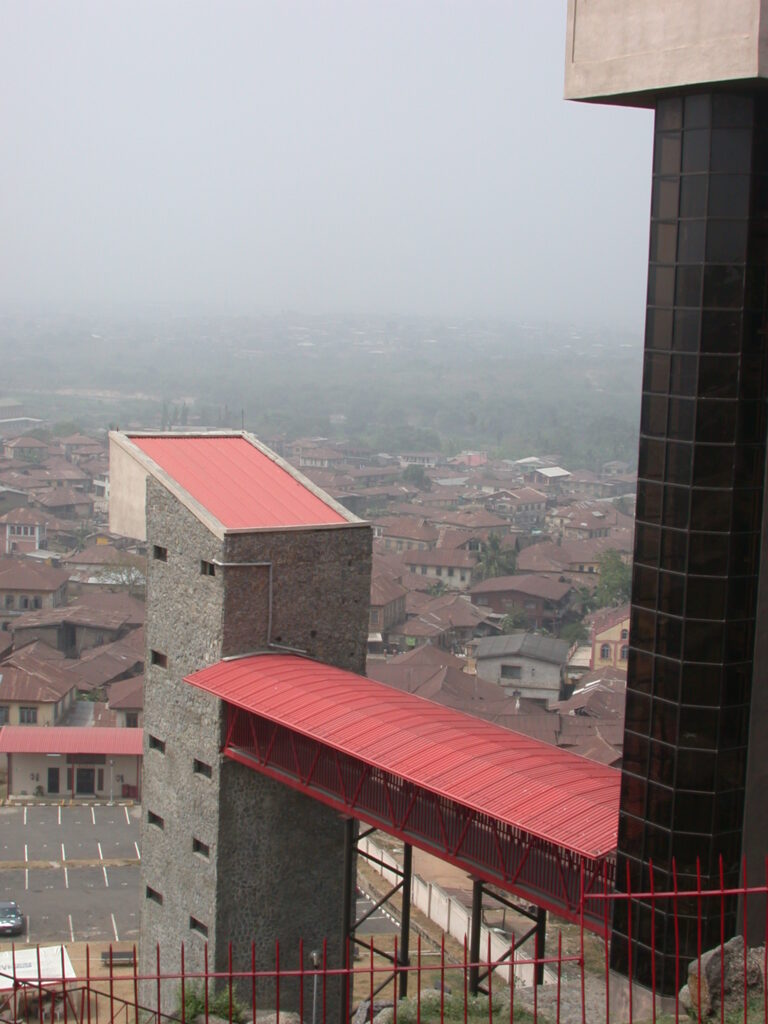
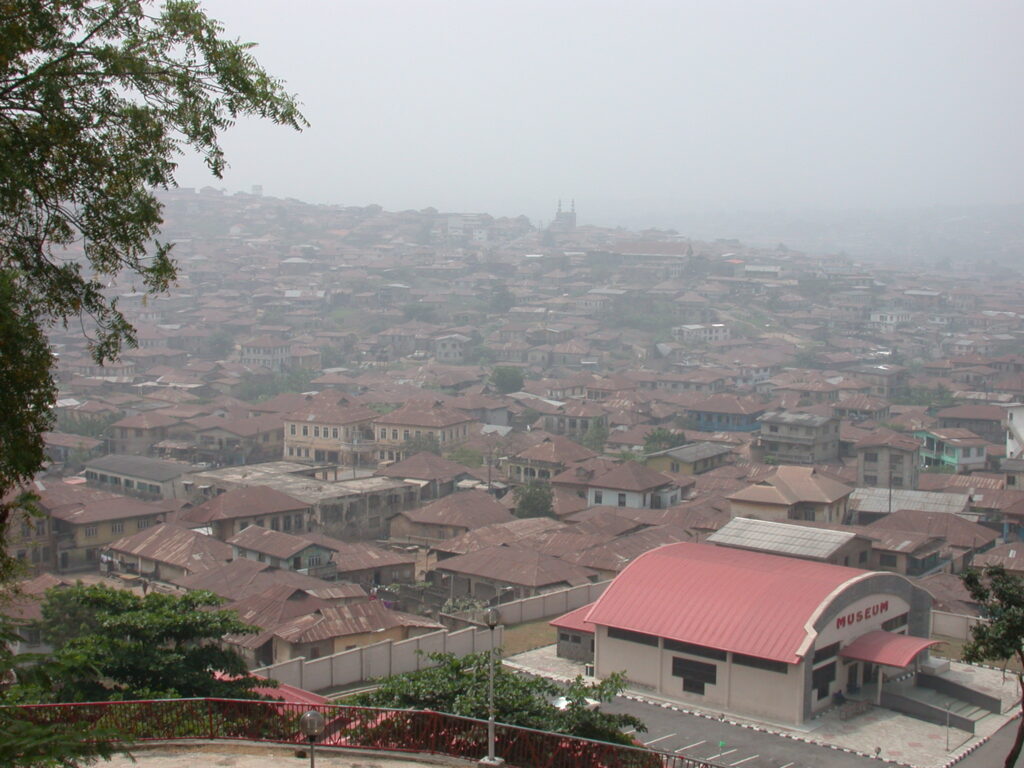
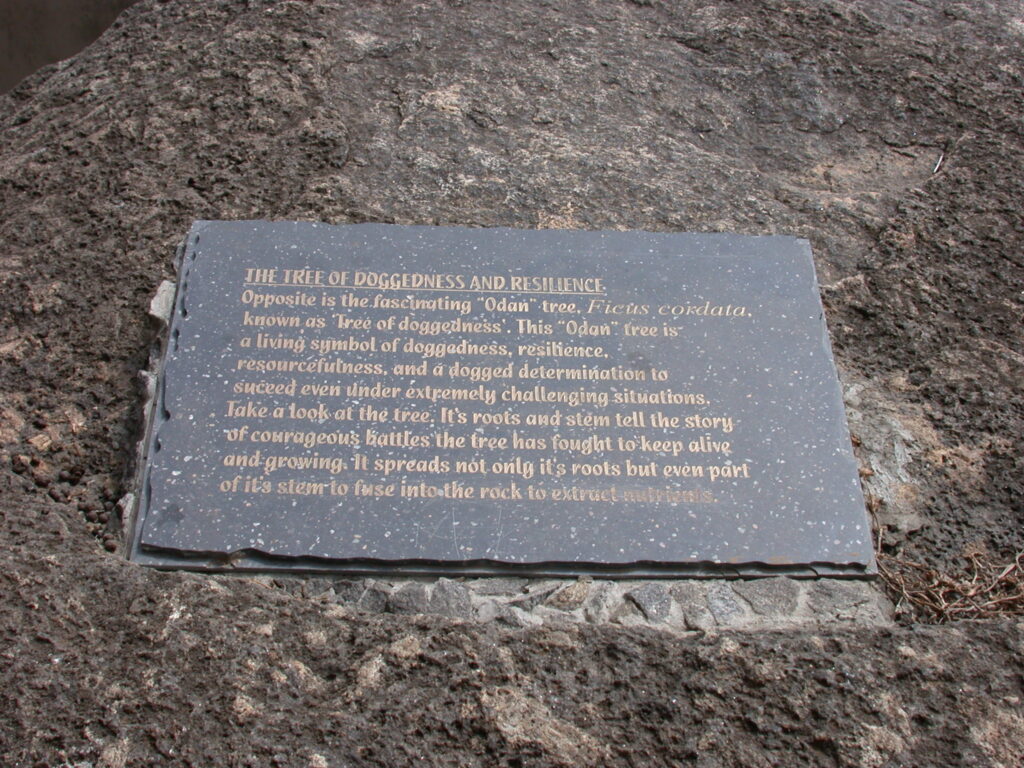
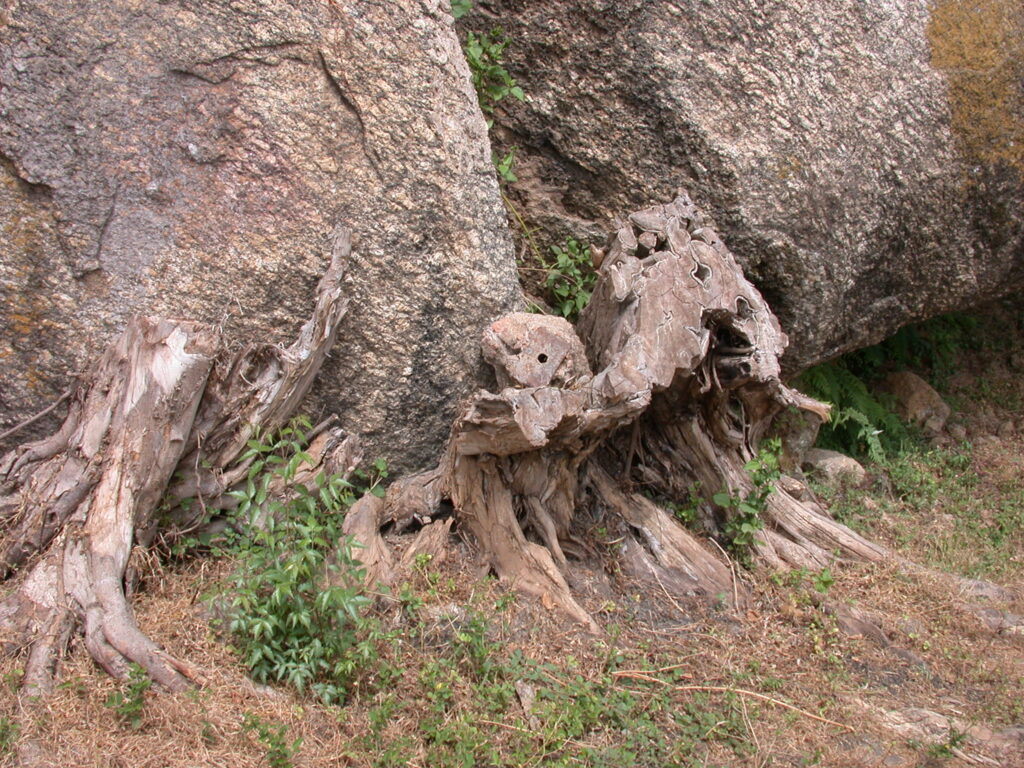
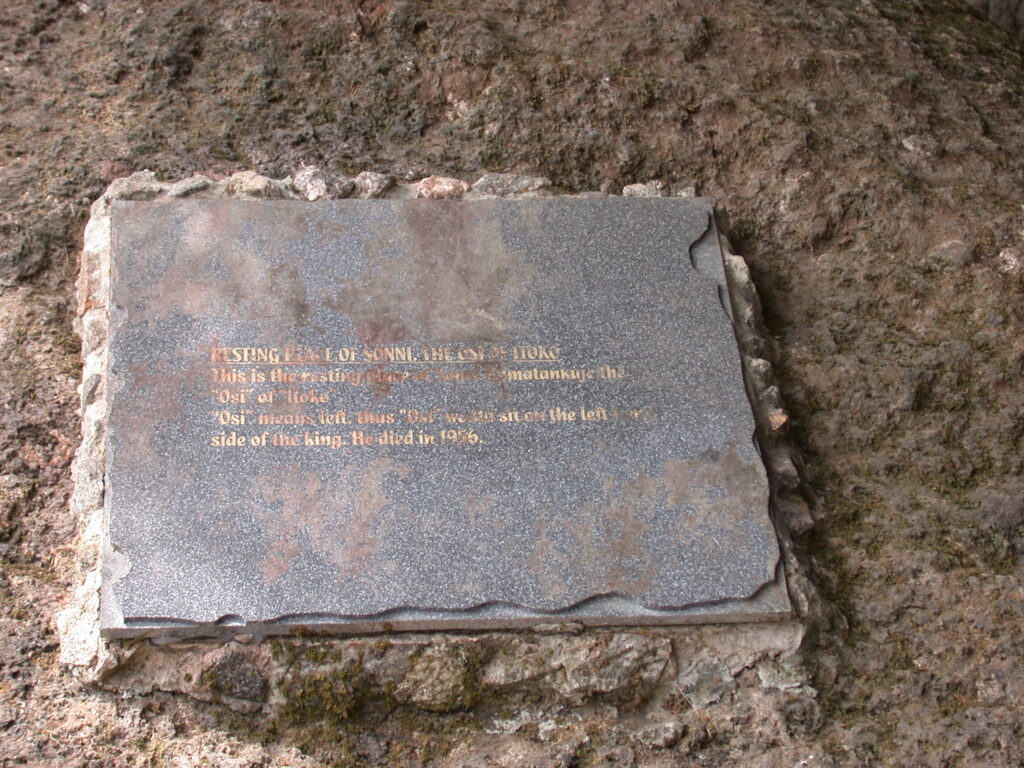
Lisabi (pronounced Lishabi), was an Egba warlord and a great hero. He led the Egba people in war defending against Oyo Kingdom. First ones to win against the Oyo. Then people of the town betrayed him. He went to the Oba forest where the ground opened up and swallowed him. The chain he held is still there in the forest. Every year the people hold the Lisabi Day festival there.
Other warriors commemorated on Olumo Rock include: Alatshi, Shudeke, Lamodi, Ogunbono, and Okunkeno, who became the first king of Abeokuta.
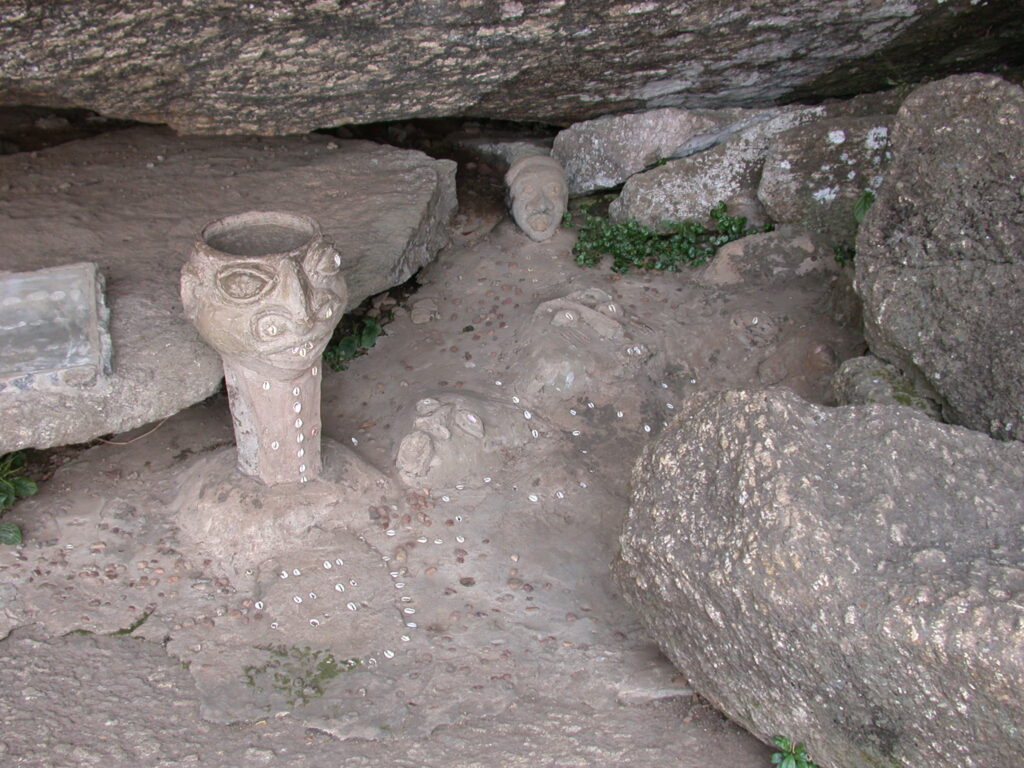
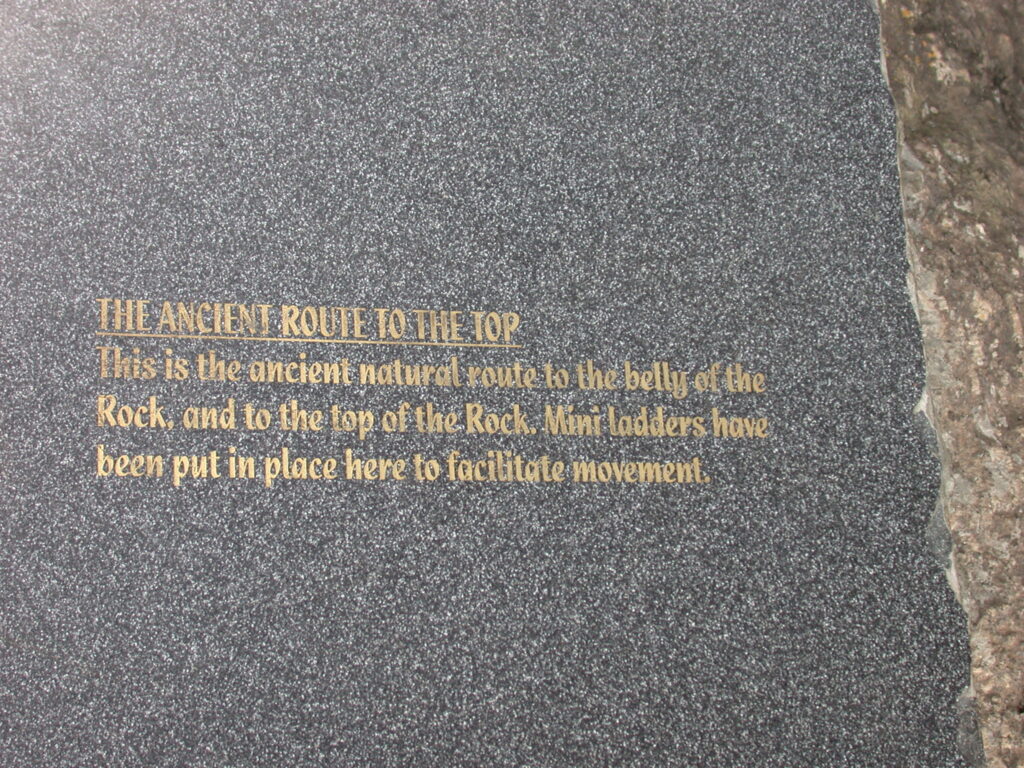
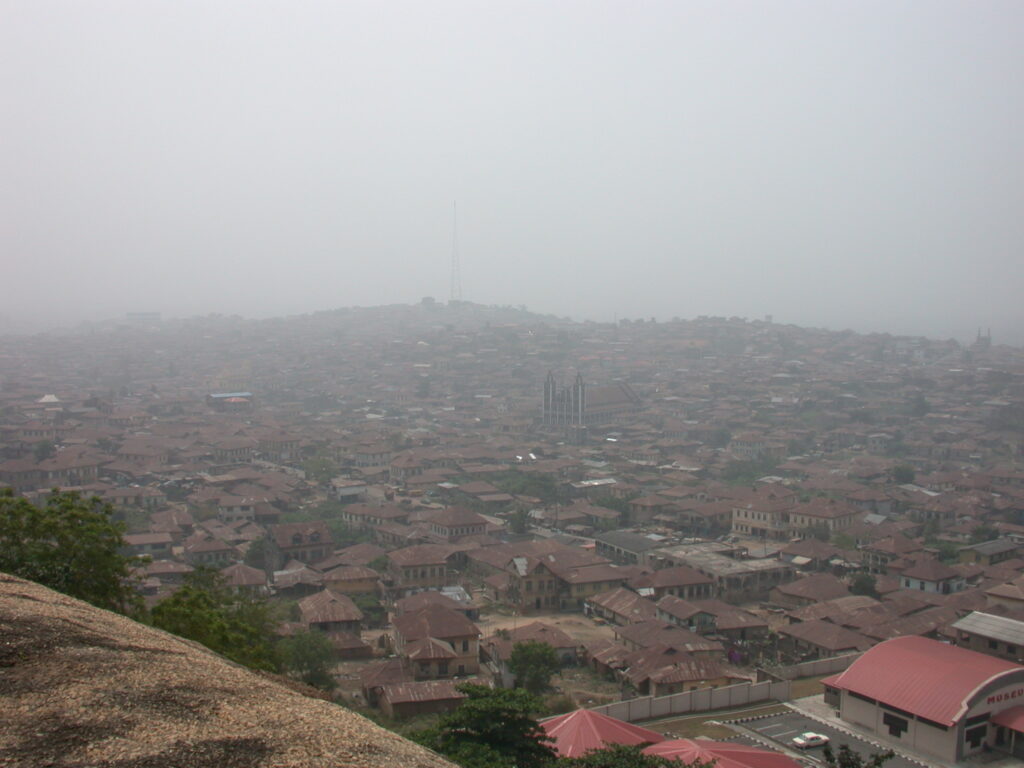
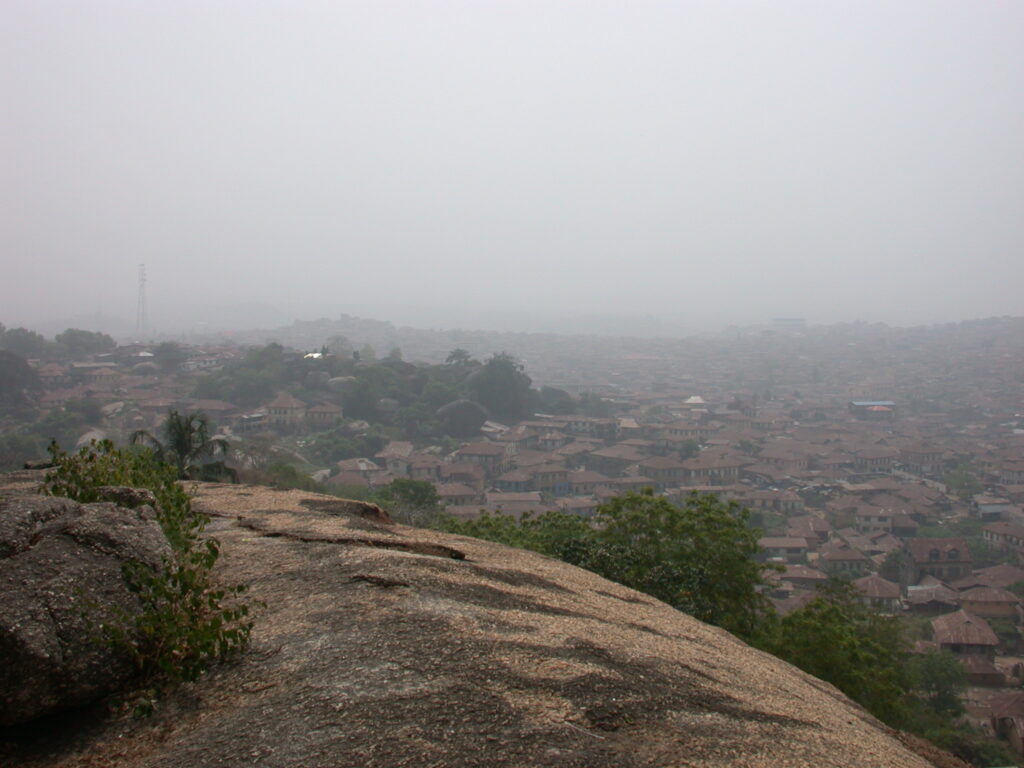
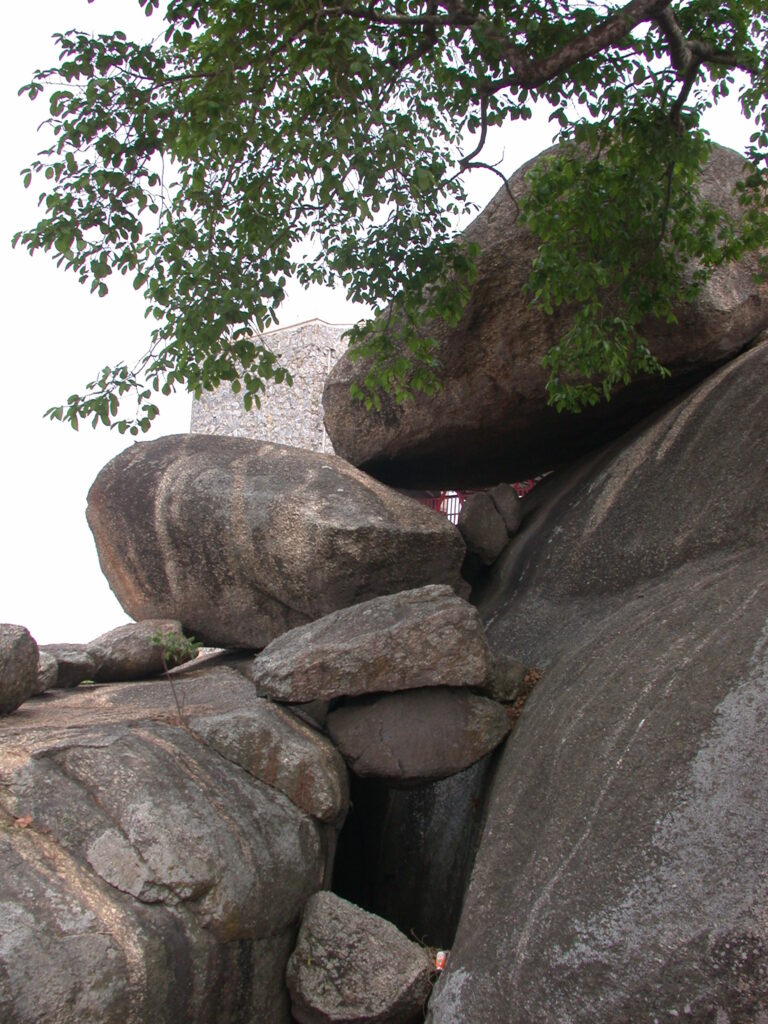
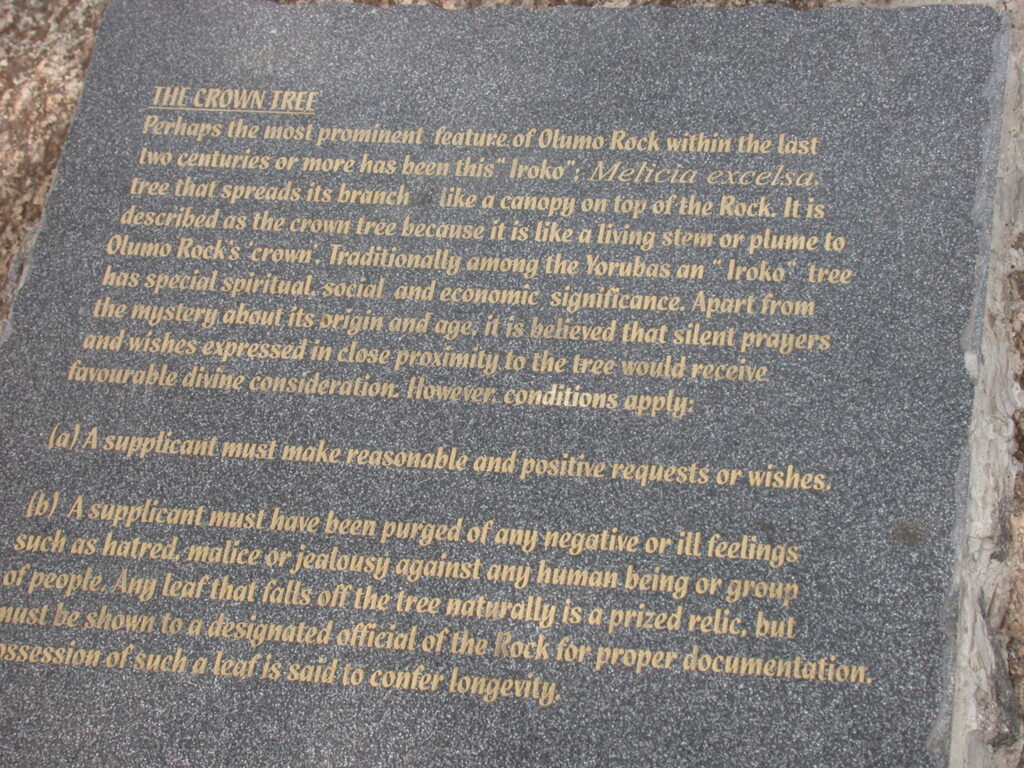
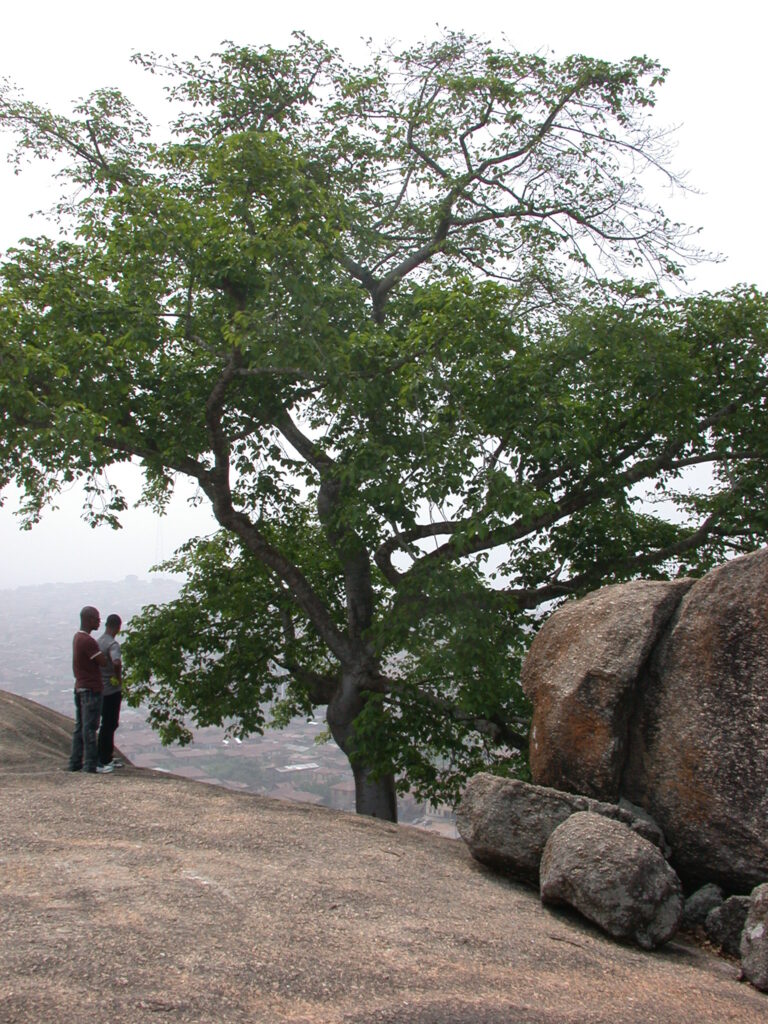
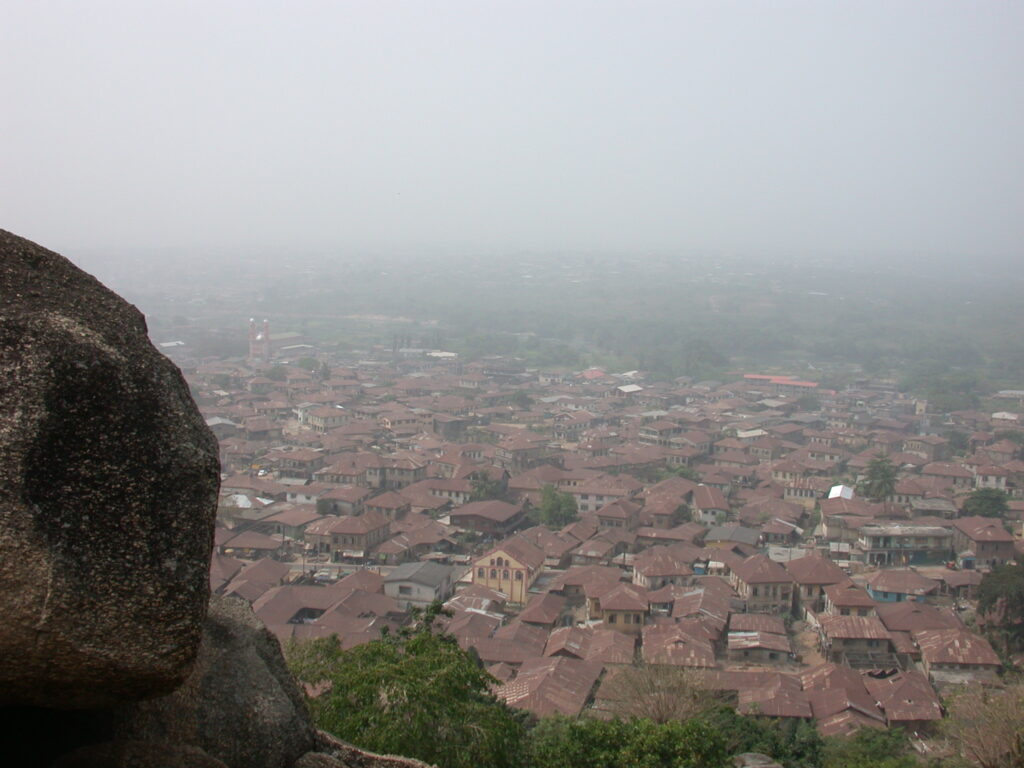
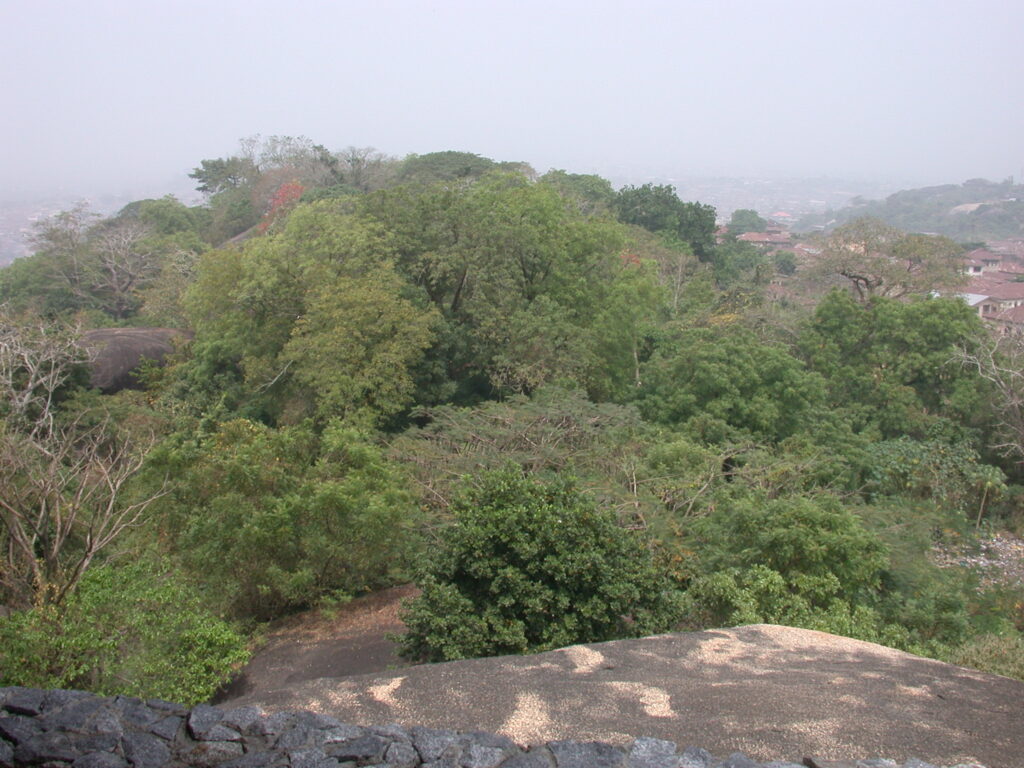
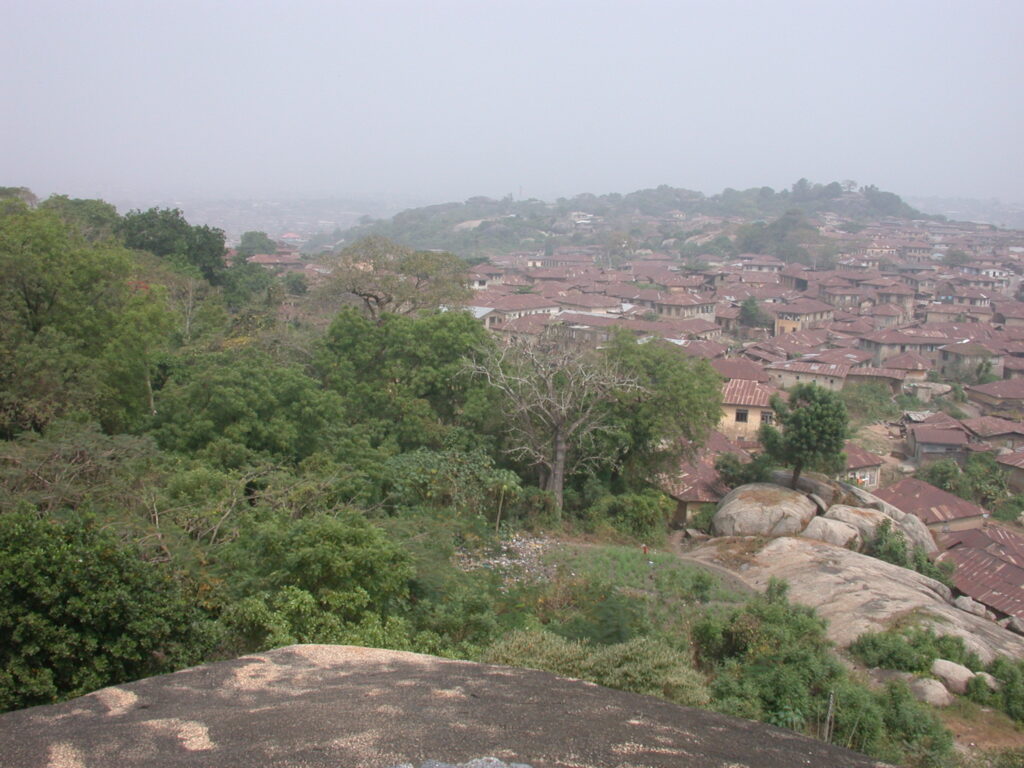
Not commemorated there because she was a woman is the Amazon warrior Efuroye Tinanbu, Yalode of Egba.
Abeokuta means “under rock” where the Egba hid during the war. The rock also afforded an excellent view of the surrounding countryside, making it easier to defend the location.
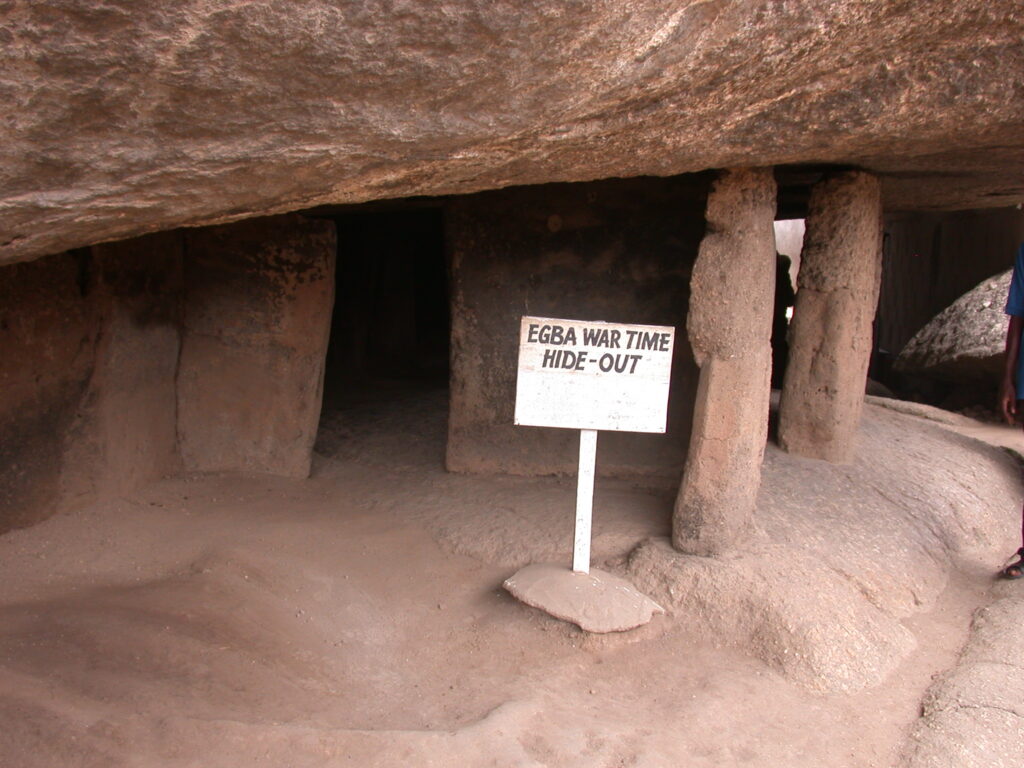
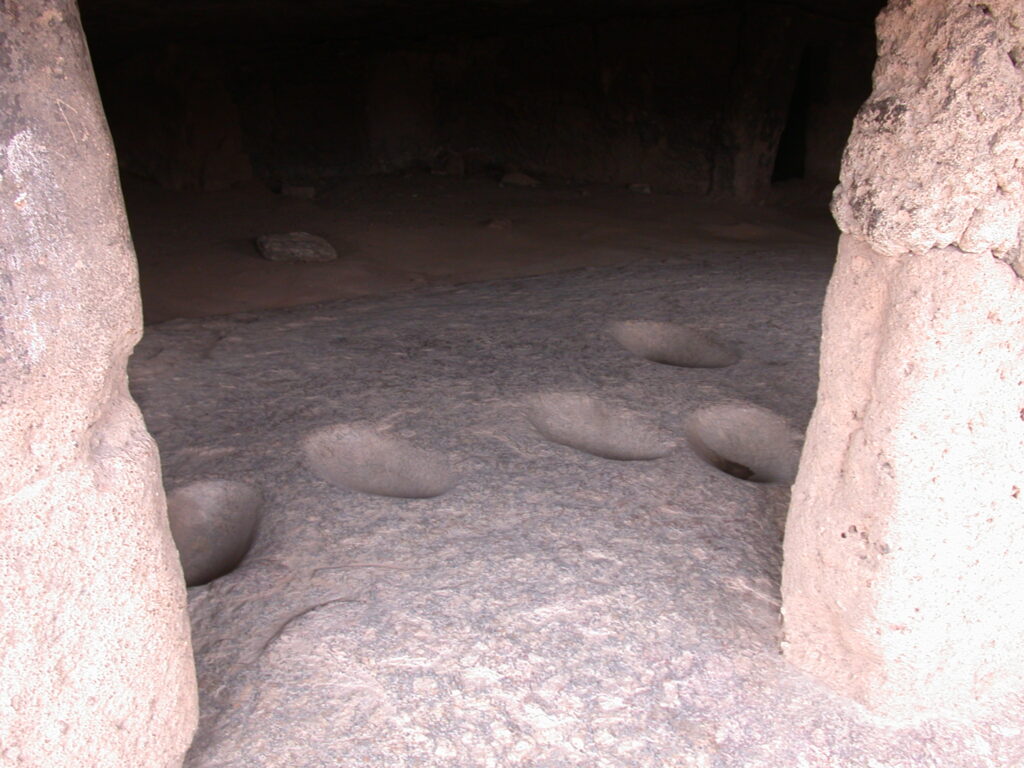
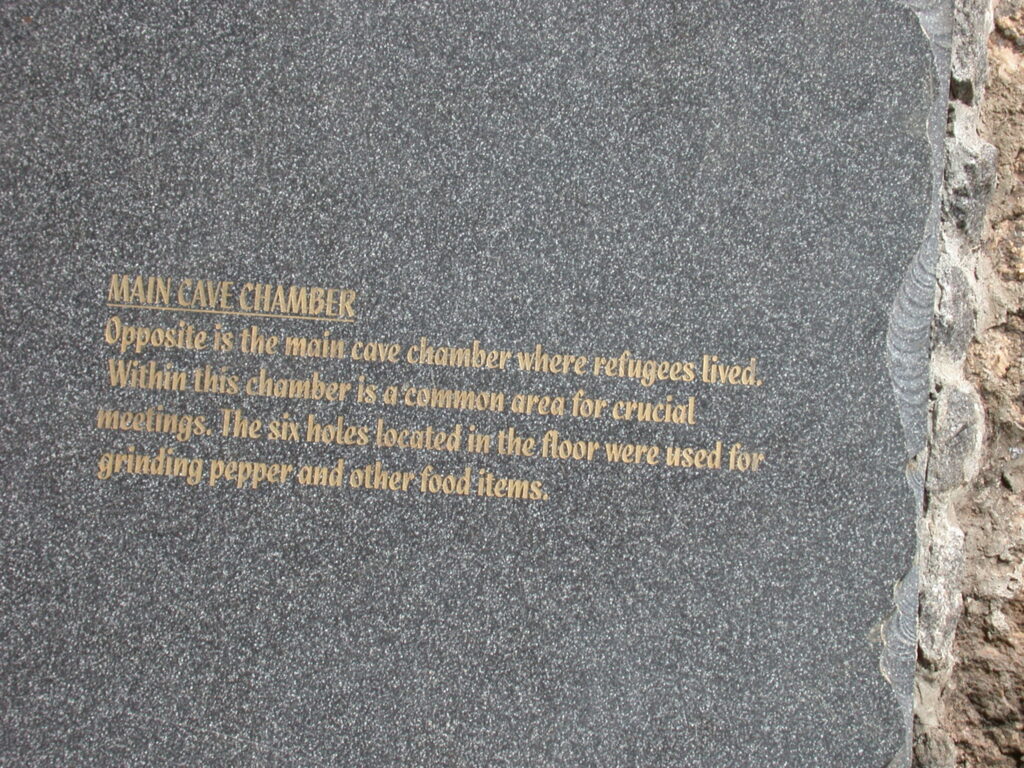
Odun, as in the Odun River, has a variety of meanings, including “sweat”, “iron”, etc.
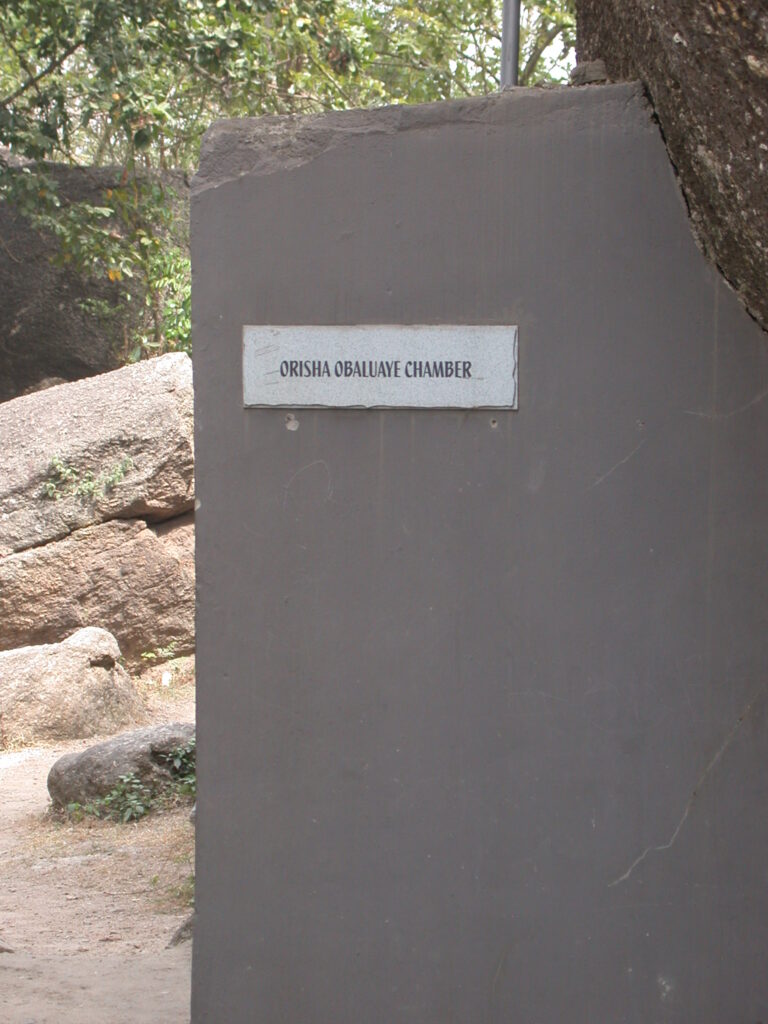
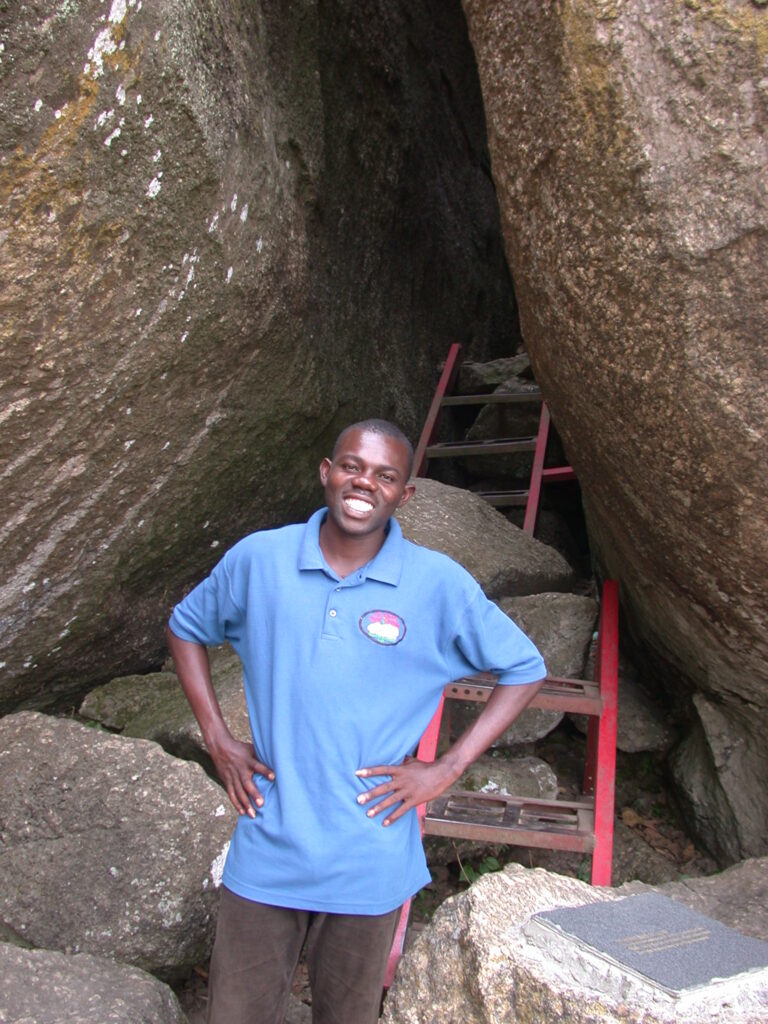
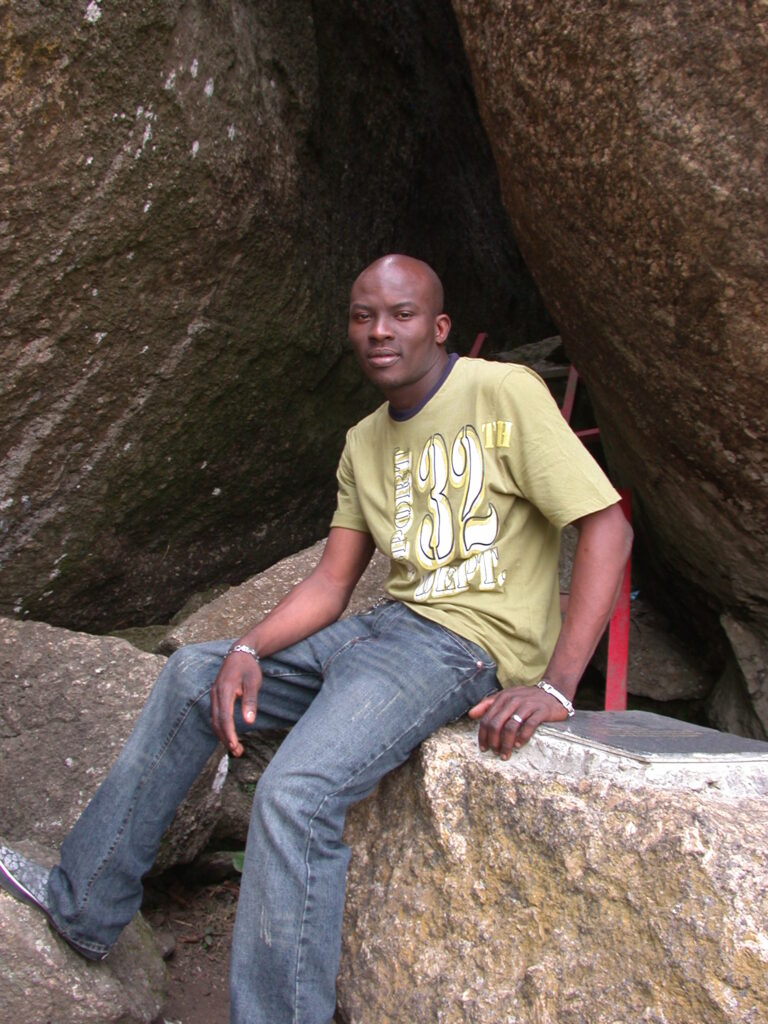
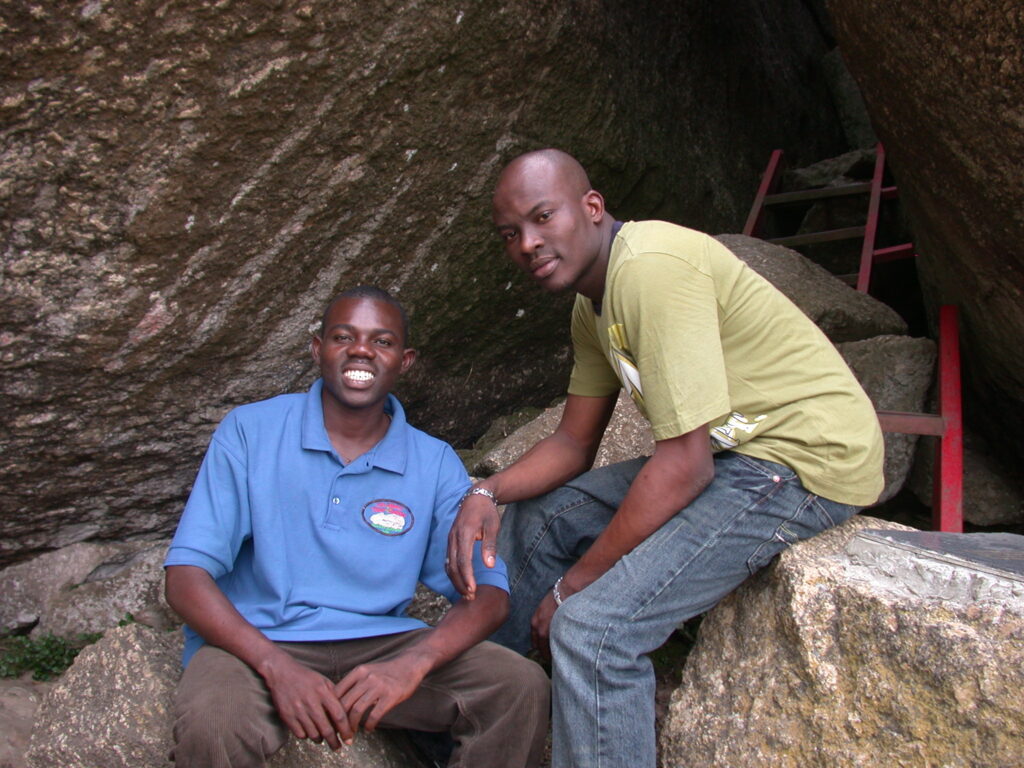
An Olumo Rock guide named Praise Ademola Oladepupo (pictured just above) provided this information.
The ride from Benin City to Ile-Ife was not as difficult as my prior overland travel in Nigeria. Evangelist Christians are omnipresent in most of the southern part of the country with Muslims predominating in the north and traditional animist and other religions hanging on to survival a bit behind the scenes.
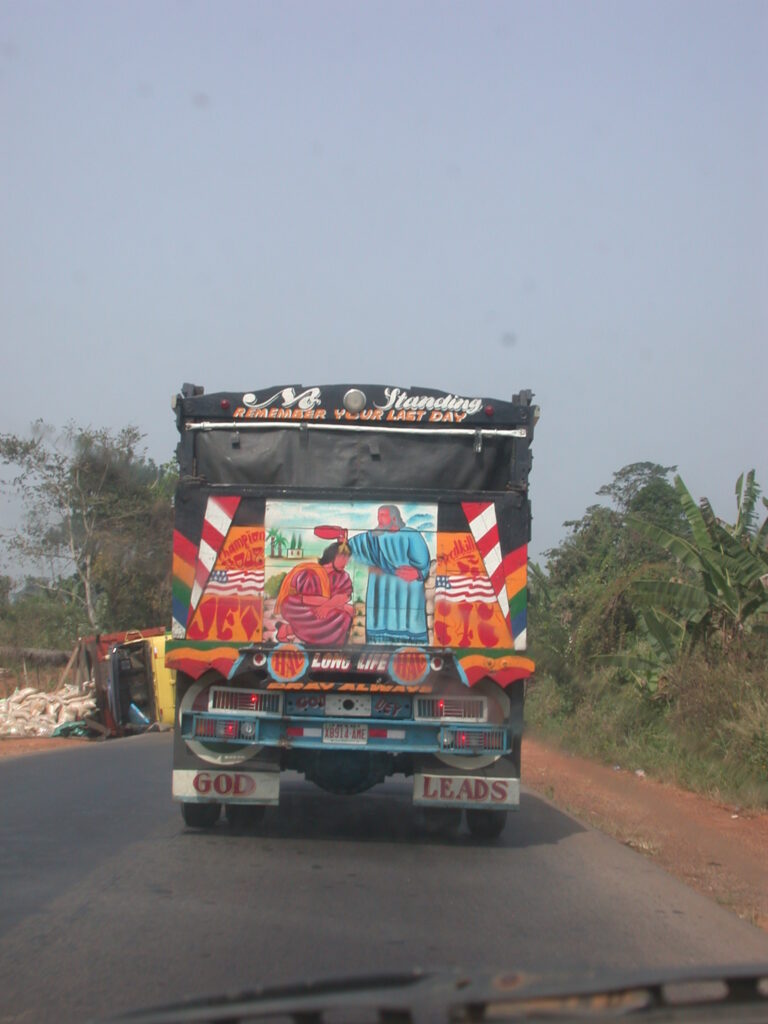
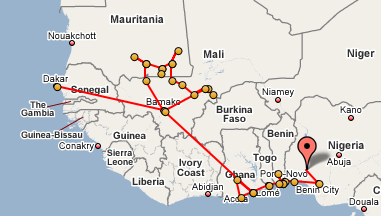
The Ife Museum in Ile-Ife had the following exhibits–
Musical instruments:
Rattles (calabash)
Metal gong
Gan-gan (talking drum with stick)
Saworo (metal musical instrument)
Metal ornaments:
Bracelets, ring, from 10-11th century CE, beautiful designs, woman-figures
Ibeji twin figures
Yoruba consider twins a source of blessing, bring good fortune to parents
Barren women can approach Ogun during Olojo festival to gain fertility, possibly even twins
Ibom masquerade among Efik people in Calabar – snake-like cords and raffia skirt
King and Queen, probably Ooni and wife, his left leg around her right leg, many beads in their crowns, beads on hands, chest, feet, rings on second toes, excavated by Frank Willet at Ita-Yemoo, dated 11-12th century CE, bronze, his face brown, her face green
Emir of Kano’s fara (jester)
Royal stool, terracotta, largest known in Africa from Iwinrin Grove, Ile-Ife, human figure standing on four-legged rectangular stool, behind him a pole of some king with a protrusion over the stool and between its feet
Olokun head, god(dess?) of the sea, giver of children, healer of abdominal disease, treat water with herbs for drinking
Ceremonial Insignia
Heavy next ring with spiral decorations at bottom of think neck loop
Brass mace heads, with aged gagged men with hole for mounting on wood shaft
Brace scepters, one with gagged men, from Ita-Yemoo, Ife
Glass beads made at Olokun Grove, melted in crucibles, various colors, Segi blue beads the most valued by Yoruba, thin and long, light blue
Animal Life
Rams, goats, kids represent offerings to gods and ancestors
Dogs also perhaps, but also as human companion
Snakes and chameleons are sacred
Monkeys in legends
Owl unique in west African art
Yoruba oba may own 40-50 crowns, most made of colored beads, collars over necklaces of fold, fly-whisk of horse hair
Offering pots at shrine or sacred grove, or burial place
Ade Owo Eyo – crown of cowrie cells, worn by wealthy individuals
Hunter mask – skin-covered wooden mask worn as camouflage
Sango stool and staffs
Orere Ifa (Ifa priest staff)
Wooden tray for divination with palm nuts
Divination tray (wooden) – with Opele divination instrument, dried fruit of Schnebera Golugensis – has convex and concave surfaces
Araba – Ifa chief priest – bust adorned with cowries selected from male Ifa worshipers without facial marks, presides over Ifa meetings and annual Ifa festival proceedings
Ase juju – usually prepared inside horn of ram or goat, invoked for cursing or healing, protruding pin inside the Ase – when removed and touches tongue, becomes a potent force of command, cursing, or healing
Ojboni metal crown – conical with facial representation, secret cult originating in Yorubaland and spreading elsewhere
Beaded bag – used by Yoruba ritual specialists, esp. Ife diviners and Sango priests
Archaeology in Ife:
Lander, 1830
Elgee, 1908
Ennett, 1910
Frobenius excavated Olokun Grove
Wunmonjie finds in 1938
Osangangan Obamakin Grove, 1943
Abiri excavation by Bernard Fagg, 1949
Ogun Ladin, Olokuri Walode, Ogbon Oya, 1953
Yemoo, Frank Willet, until 1983
Obamari Grove and Oduduwa College, Oliver Myers, 1964 and 1966
Stone carvings from Ore (One?) Grove
Potsherds Pavement – Luwoo – during reign of only female ooni of Ife-Luwoo, c. 1100 CE
Opa Oranmiyan (Oranmiyan staff)
Legend of sword that turns into obelisk
Oranminyan, youngest son of Odududwa, c. 1200-1300 CE
Husband of Moremi, heroine of Ife
Benin dynasty founded by Oranmiyan, married one of their daughters
Gave birth to Eulaka, first Oba of Benin
Then went to Oyo where his son Ajaka became Alaafin of Oyo
Oranmiyan then drove Ooni Aleyemore (son of Obalufon Ogbogboirin) off the throne of Ife (he had taken throne after Oduduwa’s death)
Ile-Oduduwa – location where Oduduwa believe to have resided
Oke Mogun (Ojobo) shrine, sacrifice offered to Ogun, god of iron, during Olojo festival, Ooni of Ife must visit twice to offer prayers for subjects during Olojo festival, only day when ooni dons the Are (or Ave?) crown
Igbo-Ukwu, 9th century CE, found burial chamber and art in 1938
Conical heads, used offerings at shrines or memorials to ancestors as tradition possibly elder than naturalistic heads
Crucibles found at Itajero used for making beads
Olokun Grove only place with both iron smelting and glass bead technology
Lokoloko stick – used to control crowd during Olojo festival
Osangangan Obamakin Grove – terracotta figure with elephantiasis of scrotum (Ile-Ife)
Ajilekege – granite head from Esure Ekiti, Ife
Stone vessel excavated from Orangangan Obamakin Grove – bubble at top suggesting palm wine fermentation, palm wine essential ritual item for Ogun during Olojo festival
Edan Ogboni – brass insignia worn around neck, male and female figures joined by chain, given to every member of Ogboni/Osugbo society among Yoruba
Ceremonial insignia of Yoruba cults:
Edau figure
Oluwo staff
Yeye
Plier ceremonial tool
Small scythe-like ceremonial tool
Gun powder flask with double face
Ogboni bell for heralding commencement of meeting
Oluwo figure
Bell probably used by Ifa cult, tall conical brass, nine inches long
I almost didn’t get to see the Oba’s palace in Ile-Ife, but luckily some other tourists wanted to see it at the same time, so they gave us a little tour for a little price. It was there I learned about Moremi, “the heroine from premordial times” who, when captured as a slave by the Ugbo people eventually married the Ugbo ruler and became the queen to discover the secret of the Ugbo’s power so that she could bring it back to her people, the Yoruba, and defeat the Ugbo.
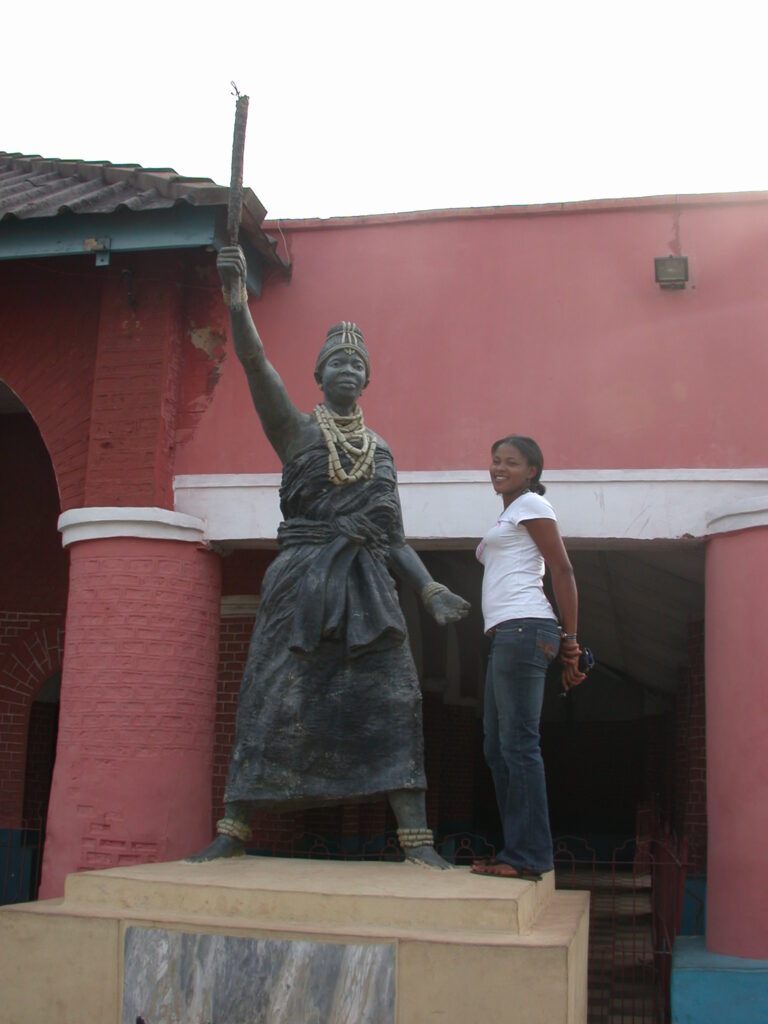
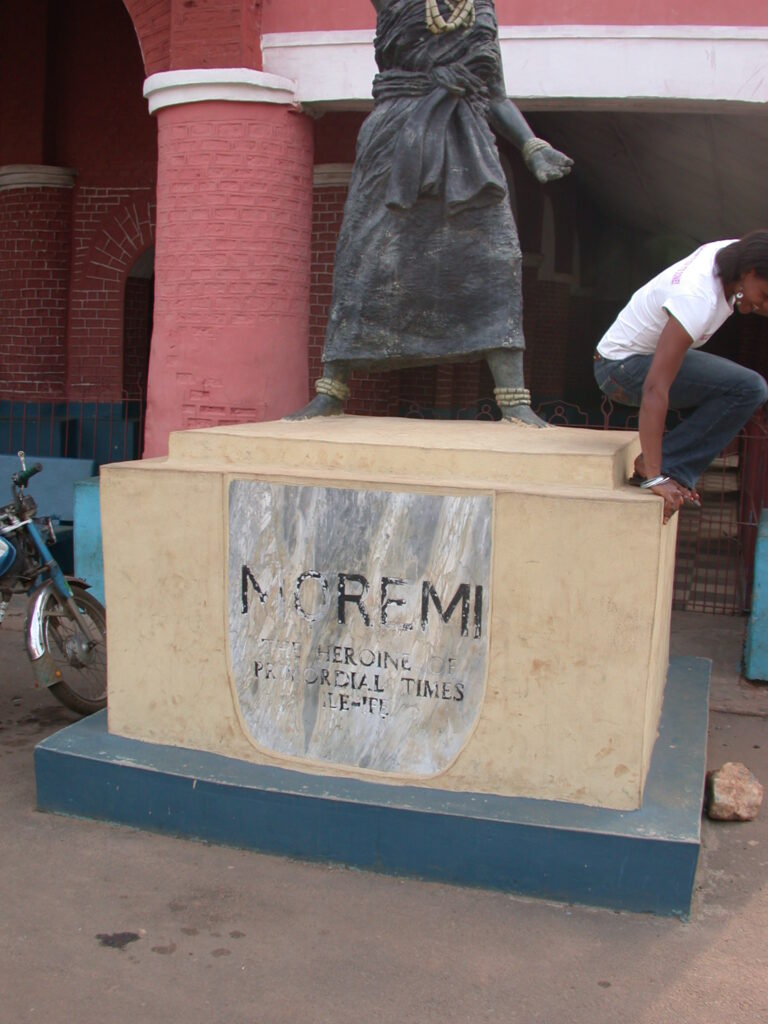
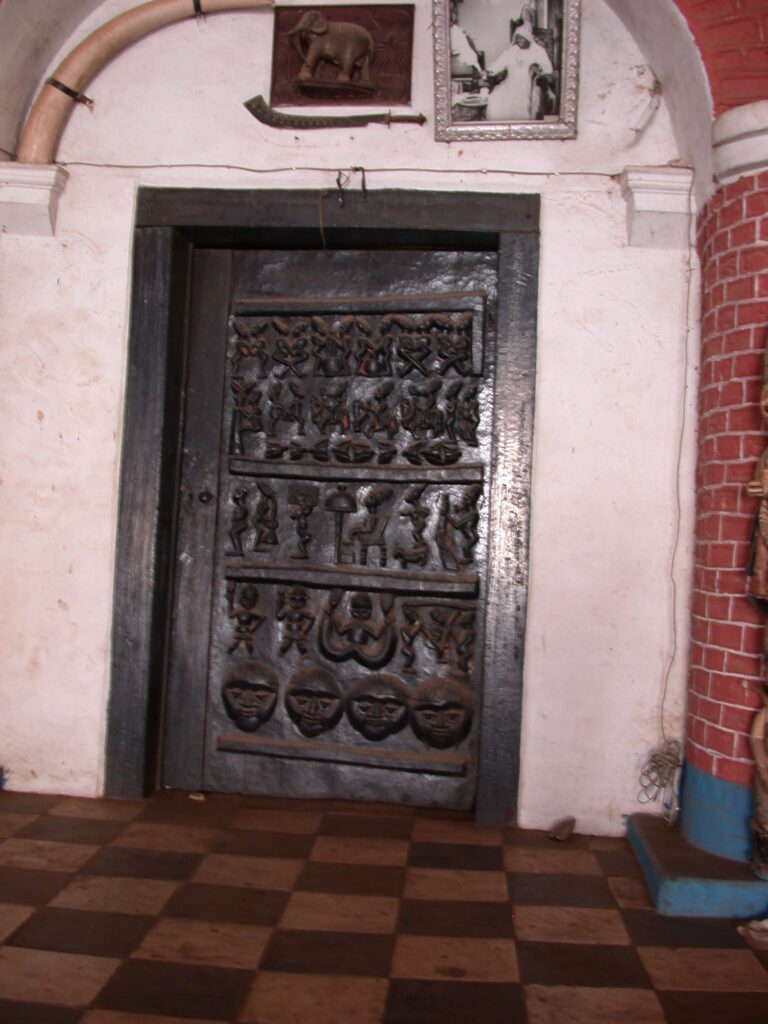
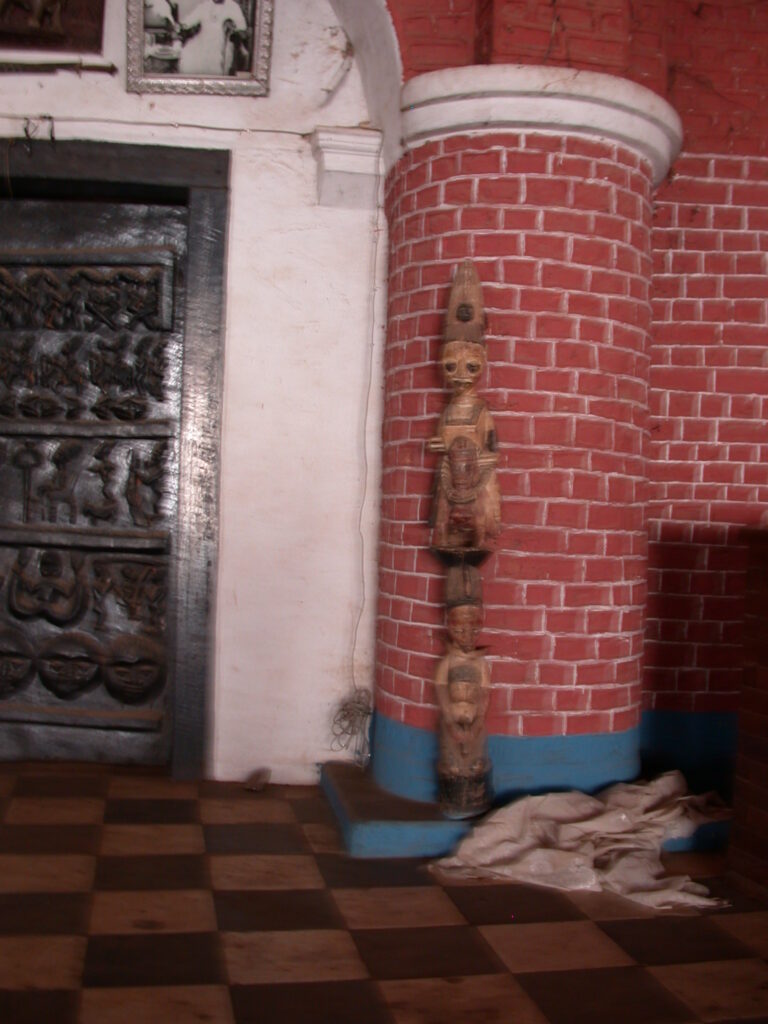
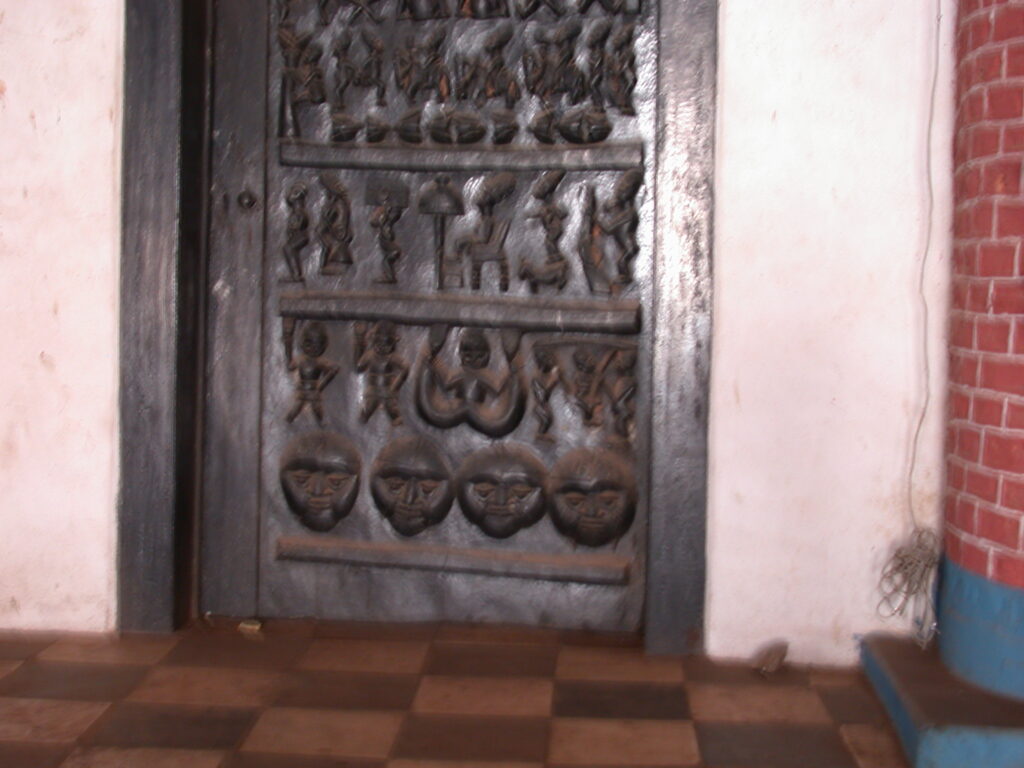
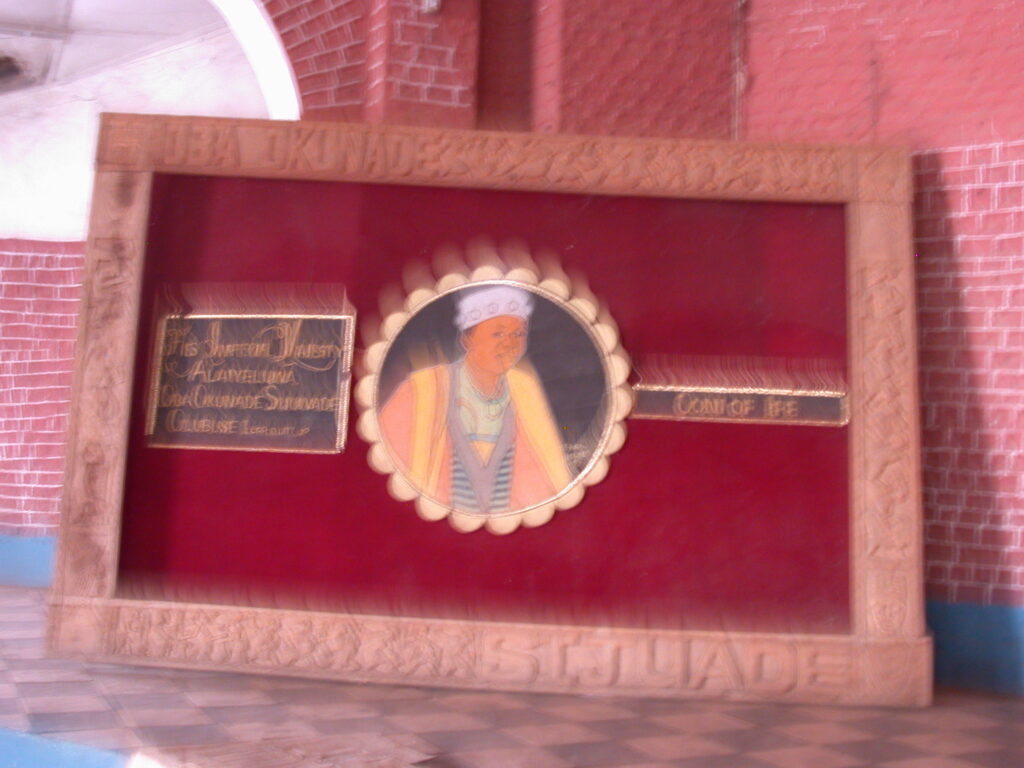
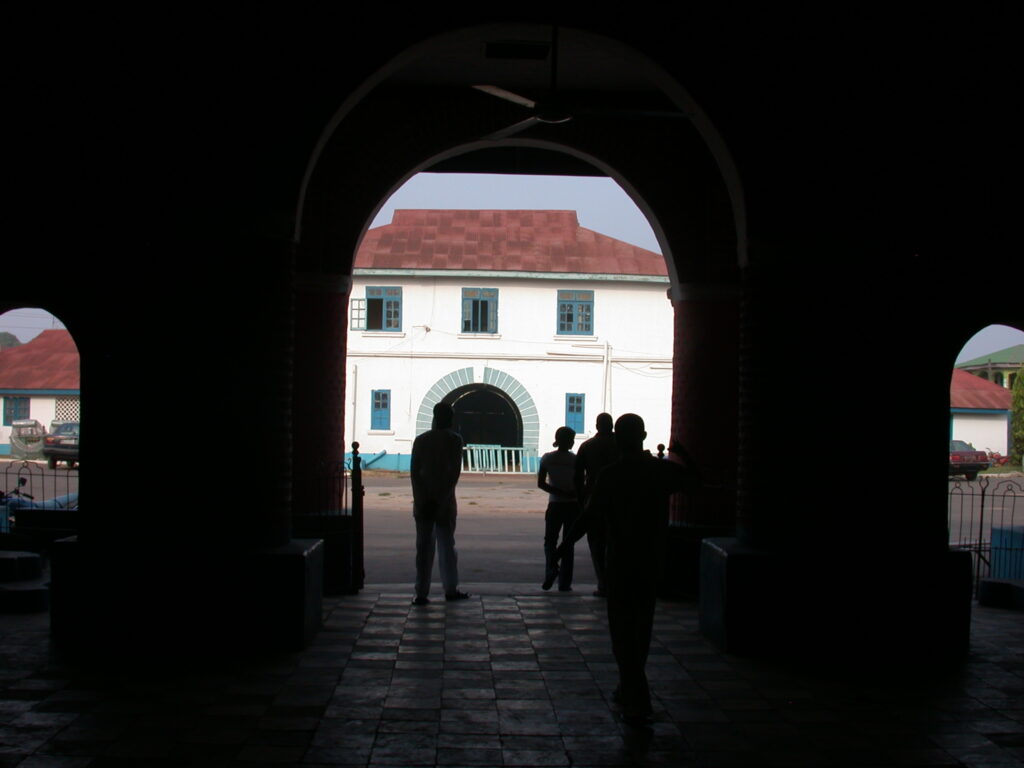
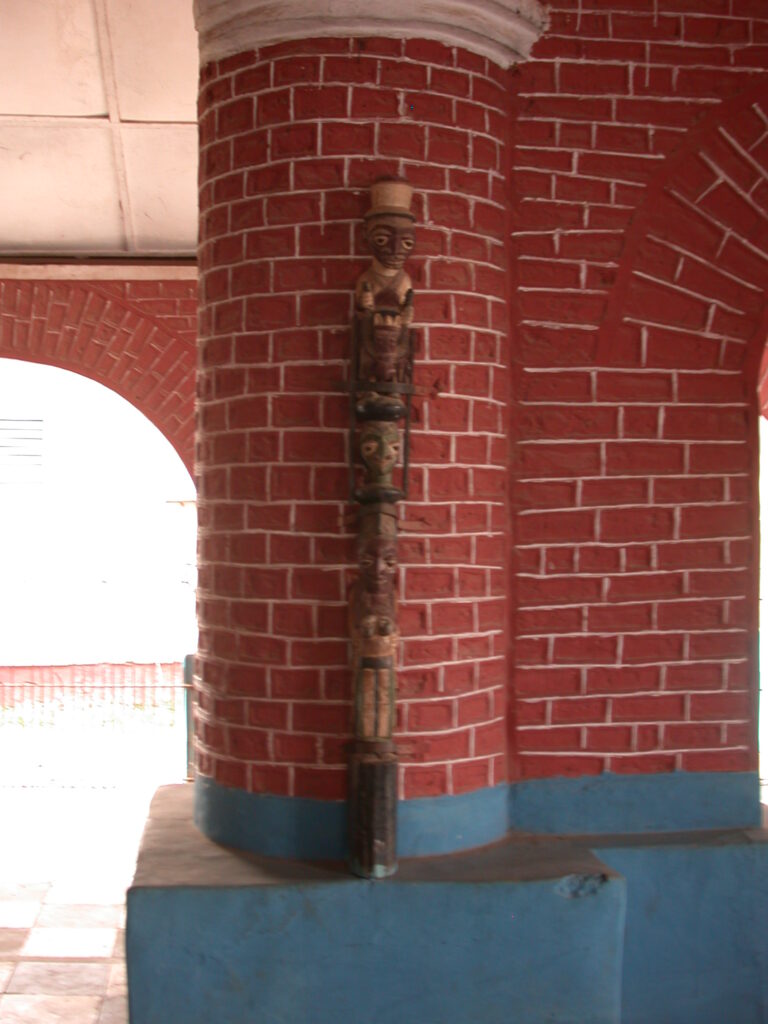
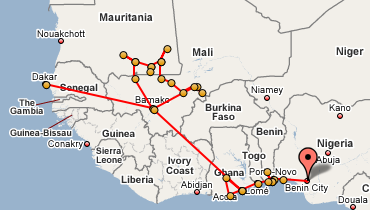
I stayed at the Lixborr Hotel in Benin City, Nigeria. When I arrived, I asked the rate while a taxi driver waited patiently outside. Confirming the rate at the reception desk, I went back to the taxi and got my bags. Then, returning to reception, the same receptionist told me a different rate because they had no rooms at the rate she quoted me. Discussing this for half and hour produced no result except my sitting and waiting, exhausted by travel, in the lobby for the manager. The manager agreed to split the difference between the quoted rate and the actual rate until they could move me into a room at the rate reception had originally quoted me. I agreed so I could get into a room! Who licks boars, or is it bores, anyway? The hotel has a bar frequented by younger Nigerians who like to drink. The restaurant is usually empty and connected to the bar. There are two nice sculptures out in front of the hotel and it is located just across the street from the brass casters quarter.
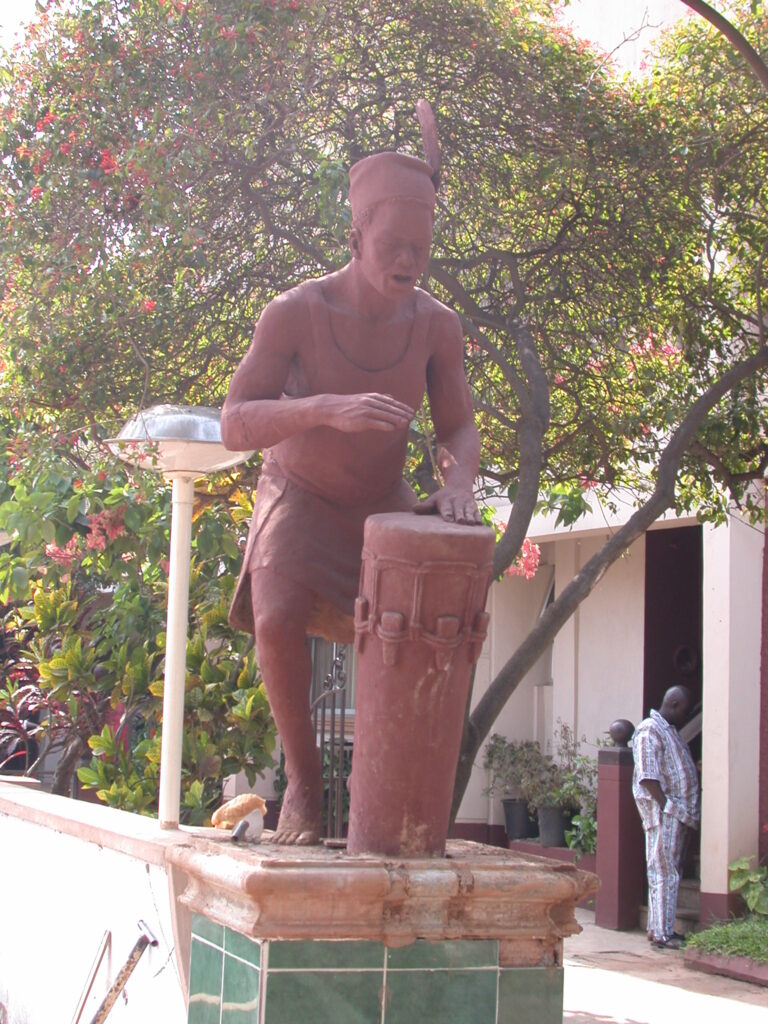
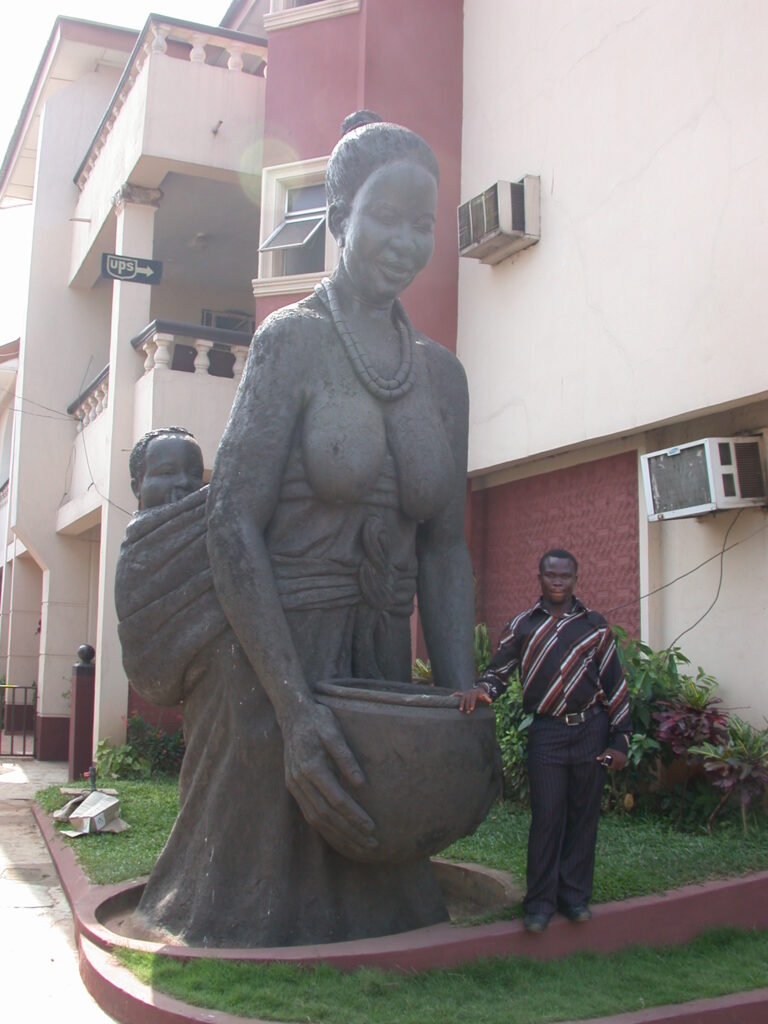
The last picture includes a friend I made in Benin City… he’s the son of one of the local chiefs who showed me around town a bit. I’m not sure exactly where I took this next picture of the Asoro statue.
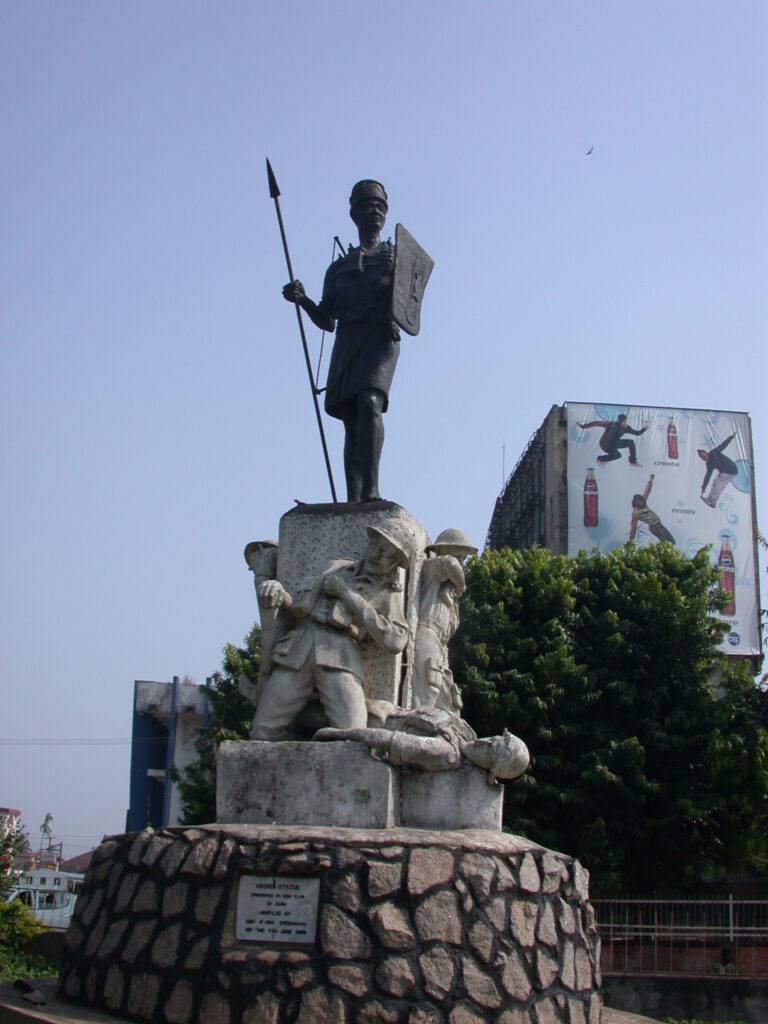
The Benin National Museum is located at King’s Square in the center of the Ring Road, making it quite a traffic hazard to try to walk to the museum entrance.
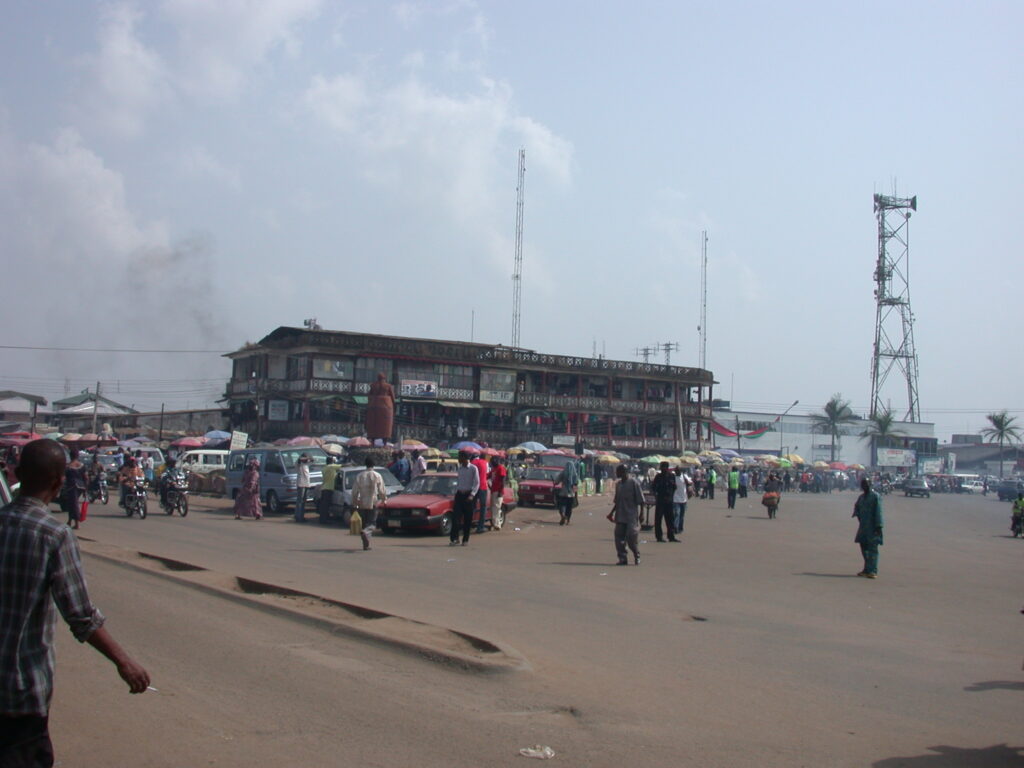
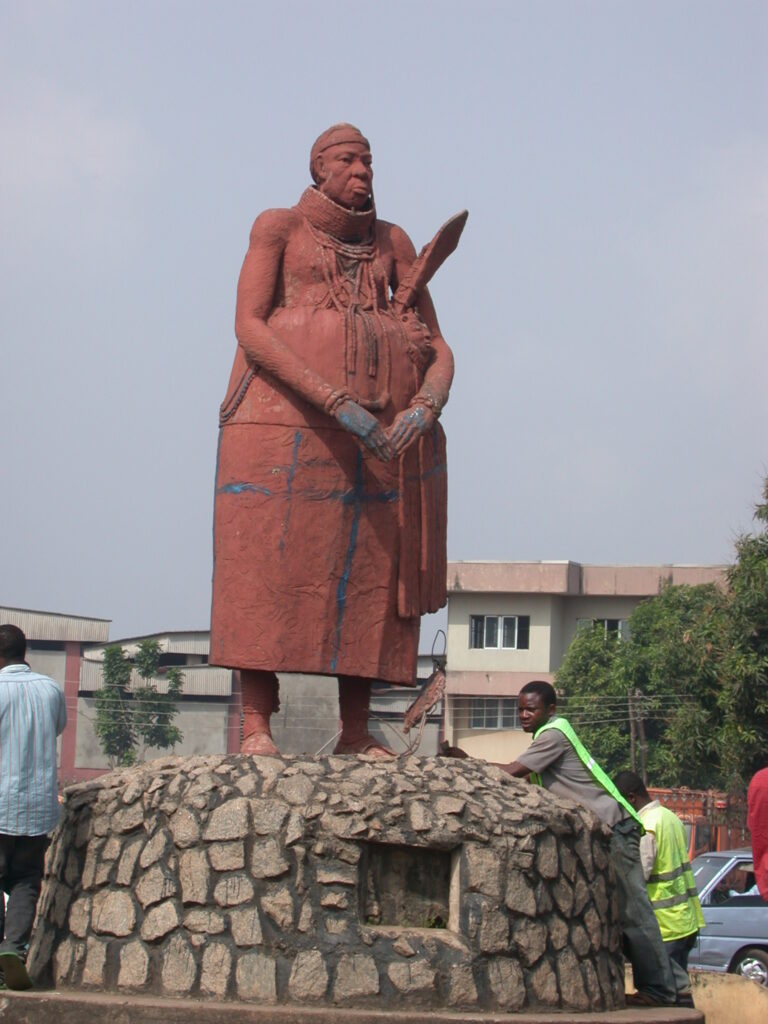
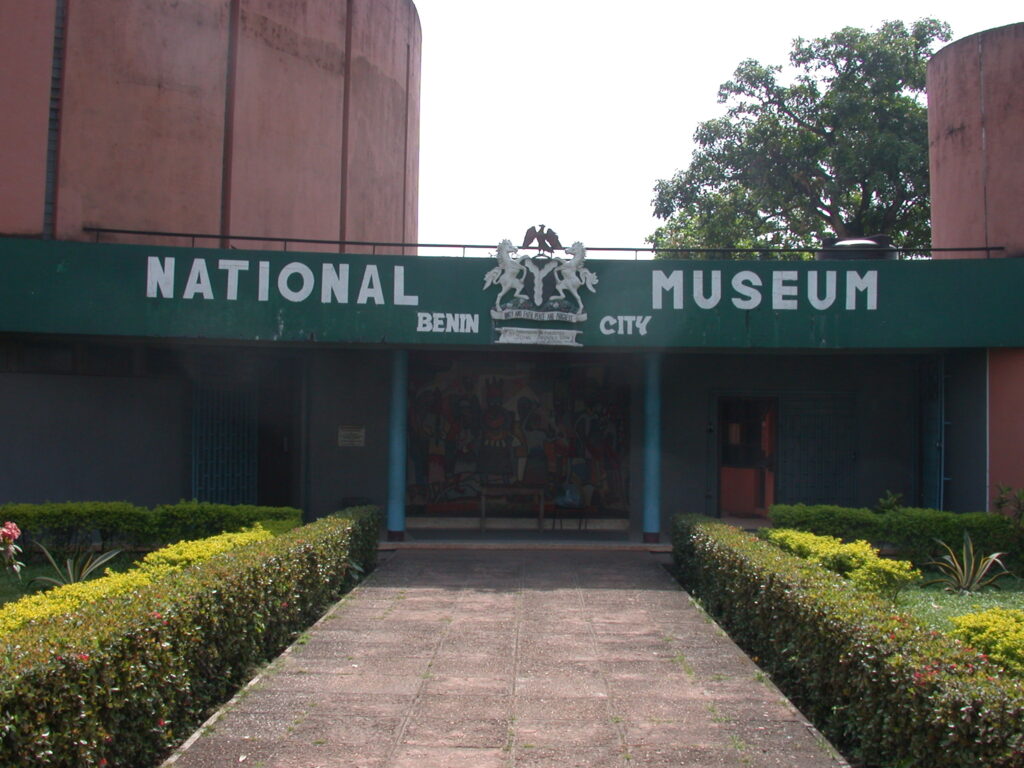
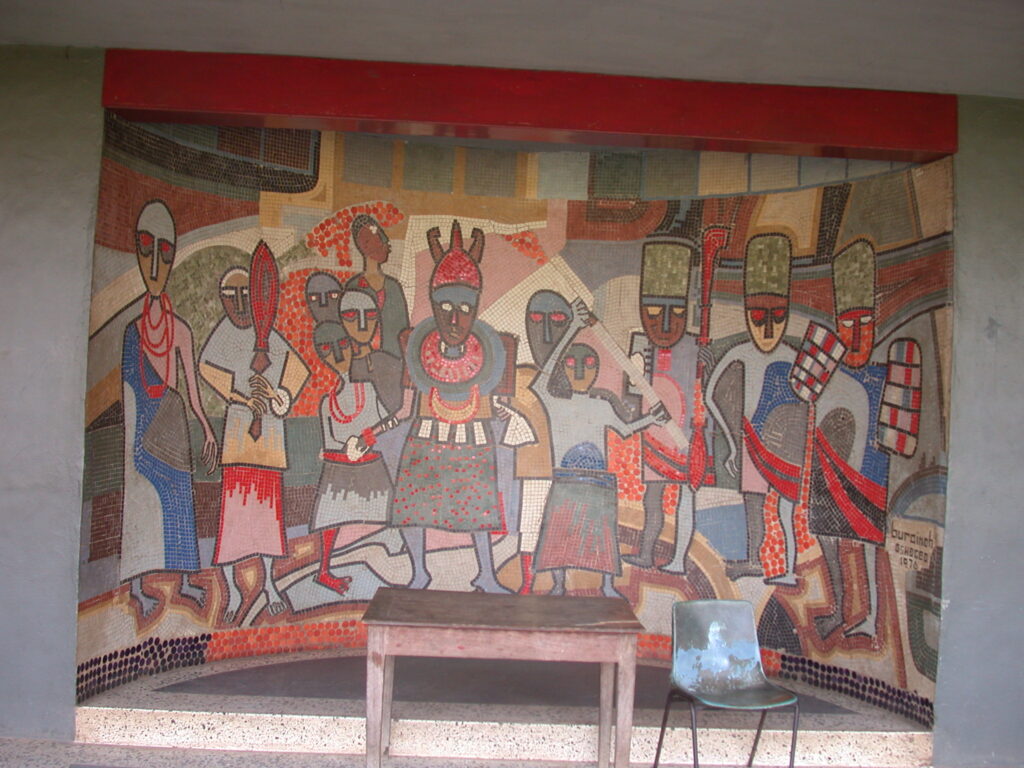
I had a bit of a snit with a guy sitting in the parking lot about whether I could take pictures outside the museum. Eventually, I got to chat with the museum director who assured me that, even though the museum did not permit pictures of the artifacts inside the museum due to people creating duplicates to replace with the originals they would steal, taking pictures outside the museum was OK. Whew! I waited a half hour to purchase an entry ticket for the museum.
DOWNSTAIRS–
Case 20:
Equestrian figure with shield and axe (bronze)
Horse rider — barrel-shaped stomach and torso, diminutive hands, necklace with motif (see journal drawing), cap with floppy top, three scars or wrinkles on each side of mouth
Medicine container, three legs, face below spout
Portuguese soldier who helped Oba Esige in war against the Idah
Case 19:
Terracotta heads for bronze casters to place on their paternal shrines
Case 18:
Igbesamwan guild:
Carved wooden bowl with knot pattern (see journal drawing)
Carved wooden antelope box
Case 21:
Iguneromwon guild made bronzes for oba:
Decorated bronze gong used by oba, three figurines, oba in center, his hands held on each side by other figures
Bronze ram pendant — chief’s ceremonial paraphernalia
Bronze baboon hip mask — chief’s ceremonial paraphernalia
Bronze fish-styled kolanut container used for royal visitors
Case 17:
Ivory carvers same guild as wood carvers
Ivory equestrian figures
When elephant killed, one tusk for oba plus he had first option to buy the other tusk in the pair
Case 16:
Egogo — double bronze gong used by oba to scare away evil spirits
Bini warlord with assistants, bronze plaque (photo)
Case 15:
Bronze plaque depicting war chief holding ceremonial sword in right hand, cap or helmet, feather (?) above left ear, gong (?) under left hand
Bronze plaque of commander-in-chief of Bini army and his diminutive horn blower
City of Benin, center of kingdom, oba’s palace
Two parts: Ogber oba’s residence, court, palace chiefs
Orenskhua — town chiefs’ and retainers’ homes
Further divided into 40+ wards, each ward specializing in duties for the oba, such as brass-casting, leatherwork, etc.
Queen mother in separate palace outside city walls
Case 23:
Bronze equestrian figure — messenger from the north, muzzle and strange reins and harness (?) or blades (?) in each hand, elaborate headdress including pine cone like shape on top
Case 14:
Bronze Ododua ceremonial head mask worn by seven dancers during Igue festival, oval mouth, two bronze braids of hair of fiber hanging in front of ears on each side, elaborate headdress looking like half wheel with spokes
Bini pendant depicting magical power — lion-like face, oval mouth, circular rings around edge
Case 24:
Partial reconstruction of shrine (one of two) in oba’s palace to commemorate his ancestors — sacrifices made here, bells, staffs, carved ivory tusks mounted on bronze heads, bronze heads and other bronzes, floor has cowrie patterns set in clay/earth
Carved ancestral heads
Iye, big bronze cock, locally called “Okpa”, usually on altar dedicated to queen mother
Case 25:
Oro — Bini bird of disaster symbolizing oba’s superiority over fate, bird with long narrow beak on pedestal
Bronze hip mask of a queen mother
Bronze bust of a Bini oba — young-looking, helmet with three protruding elements left, center, right, braids/fibers hanging from helmet or head hair(?), ringed necklaces on neck and draped on chest
Case 26:
Aomuada — nude royal attendants, three standing side by side with layer hair/helmets, braids/fibers on each side in front of ears, elaborate designs on bodies (diamonds, triangles, circles), bracelets, anklets, uncircumcised phalluses
Bronze mudfish plaque
Case 27:
Ibebogo — bronze altar of the hand, symbol of human power to achieve mateial and practical success, oba’s hand = well-being of whole kingdom, cylinder shape on thin base, cnetral male oba’s figure, accompanied by female figures with drooping breasts, fans(?) covering genitals (holding hands on each side), knotted patterns in circles on cylinder top
Case 28:
Brass plaque for ritual sacrifice of cow — four figures holding stretched legs, another holding head while main figure slits throat with dagger, two other small and even smaller figures holding ceremonial objects(?), one figure holding leg may have bald pate on top suggesting layers, represent hair rather than helmets, another has braids of hair or fiber braided into hair(?)
Note: “Braids” could also be strings of beads hanging from beaded crown
Executioner’s head — strange longish shape with “nose” six inches up from handle
Case 29:
Janus executioner with each side holding sword on right and severed head in left hand
Single executioner, sword in right hand, severed head in left
Body of executed victim, face down, elbows bound together with twine behind back
Case 30:
Bronze ritual jug in shape of leopard used to pour water from mouth or nostrils to cleanse oba’s hands during ceremonies, filled through hole in top of head
Bronze spoon used in ceremonies
Case 31:
Bronze plaque of oba in divine aspect supported by attendants holding one hand on each side, all wearing helmets with protruding pole topped by four horizontal radial spikes and one vertical spike, neck rings, tunic, braids, belt or kilt with human heads, legs of mudfish, four frogs around border of patterned background with three arms (left, bottom center, right) holding three feathers each, mudfish-legged oba equated with olokun, god of sea OR possibly an oba who became paralyzed
Another similar plaque
Ekpen (Edo) bronze leopard wall mask used for decoration of paternal shrines
Obas were divine kings, reincarnations of past kings, whose health was equated with the well-being of the kingdom, person of the king was sacred, had supernatural powers
Case 34:
Bronze plaque representing oba Akengo I, a Bini king who had dreadlock (dada) hair, holding sword in right hand, necklace, kilt
Case 35:
Bronze plaque of Benin king, dressed in regalia: staff of office, shield, neck rings, four attendants
Miles on miles of Benin City walls, inner wall 45 (or 4.5?) feet high, dated to 1450-1550, deep ditch running on outside
Case 1:
Bronze cast of queen mother’s head in early 16th century, Idia-Ghe, mother of Oba Esigie, played important role in war against Idahs, so Esigie gave her title of queen mother (the first one), neck rings, conical hat or hair netting pointed toward direction forward from face, four braids on each side in front of ears
Another queen mother head
15th-16th century, empire reached from Porto Novo to beyond Niger River in east, vassal states paid tribute to oba or faced war
Spears, rather short, of iron
Short guns introduced by Portuguese
Ukokoghe (Bini) gun powder keg used to store gunpowder or traditional medicines, shaped like a big long pill with hole at top, face in middle, and rings on each side
Riches of Benin court hidded from outside world until British expedition of 1897.
1485 — Europeans first got word of Benin, trade in peper, ivory, slaves, palm oil
1668 book has picture of oba being carried
1897 foreign visitor’s map of Benin
Bronze plaques of Portuguese warriors, some holding manilas, which succeeded cowries/shells as currency in 16th century
Portuguese assisted Oba Esigie in war against Idah
Pair of bronze rams used as security agents in oba’s palace
Ceremonial swords used as sanctions of chieftanship deriving from oba and as symbols of his own kingship:
Ada (drawing in journal)
Eben (drawing in journal) — dances of homage to oba danced with Eben before chiefs
Equestrian figure of oba with attendants demonstrates oba’s social control over man and beast
Ofo — messenger of Ogiuwu — chief in charge of all executioners, presentation of bronze plaque signifies death sentence, head with diminutive legs, bent arms sticking out from top of head, four radial circular emblems in relief from background with dotted and floral design
Royal messenger wearing Maltese cross on chest
1897 palace took up 1/16 of city — entered palace through gate flanked by high towers, large bronze python (40 foot long) mounted on each tower, undecorated clay wall surrounding palace, interior richly ornamented, interior building surrounded series of courtyards, behind three courtyards was a large conference hall with huge bronze snake at southern end
Plaque of Amufi acrobats hanging on ropes from cotton tree with three birds in upper branches, ceremony to bring rain
Case 38:
Bronze plaque of crocodile with fish in mouth (not mudfish), best sacrificial victim to Olokun, goddess of the sea, is the crocodile
Benin Court art — according to Chief Eghareuba, brass casting began in Benin City in 1280 when Oba Oguola commissioned Iguegha to found a guild of skilled craftsmen (Iguneromwon) — worked solely for oba’s court, altarpieces, plaques, decorative objects
Iguneromwon in one city ward and other wards included guilds that didn’t have to work only for the oba:
Igbesamulan: wood and ivory carvers
Isseivie: beadworkers
Ise-Ekpokie: leather workers, etc.
UPSTAIRS–
Case 1:
Okakagbe Masquerade — role of spirits to the living
Odagu mother figure masquerade is senior figure in Okakagbe dance from Etsoko division at annual festivals held by Weppa-Wano at New Yam time (Oct-Mar) or to honor village titulary deity, four adults and one child in this dance
Case 2:
Carved ivory amulets, figures of oba, chiefs, musicians, or abstract designs
Chiefs used wooden carved rams heads in ancestral shrines since bronze only for oba
Pair of stools sent by Oba of Benin to King of Portugal
Case 3:
Ewawa divination used ram horns, bronze cover with human face, pendants, and cowrie charms
Ifa divination pendants — all pendants have oval shaped metal pieces on thin twisted metal sticks
Case 4:
Carved wooden ancestral head with feather
Case 5:
Olokun (male) shrines with elaborate clay pots, divinity of sea and rivers, mainly worshiped by women who have individual shrines for him
Ikengobo (wooden), used in cult of the hand, symbol of individual’s efficiency and success
“Akhe” Osun pot used to hold traditional medicines
Case 6:
Ekpo face masks (five) performed with raffia in masquerades on yearly Eho Ekpo ritual celebrating the young and healthy, masked dance on final day of ritual, senior mask is Iyekpo, epitome of motherhood, other masks: native doctor, authorities, and animals, especially leopards, antelopes, and young people
Case 7:
Traditional drums used by native doctors and chiefs during ceremonies, four foot tall, wooden with carved figures and designs, pegged skins on top
Case 8:
Pottery, fashioned by hand (no wheel), prepared by pounding, kneading, treading, mold or coil lumps of clay on supporting device like calabash, dried in sun then fired before or after decoration, firing in open or in low wall enclosure (but no true kiln), stacked on leaves, twigs, cow dung under heap of grass, 15 minutes to whole day in duration, some only sun dried
Case 9:
Palace wooden door panels
Case 10:
Headdresses from Delta state — stilt dancers
Case 11:
Wooden helmet possibly from Afema division (beautiful!)
Case 12:
Musical instruments:
Aktapa (stringed above wooden box), hano? Used during folktales
Snake skin twin drums (double membrane), used by native doctors
Ivory flutes
Finger piano (metal slats over wooden box with small hole)
Case 13:
Carved wooden box used by princess or presented to her during marriage ceremony, knotted pattern (see journal drawing) and other knots on top, radial and knotted patterns on sides
Case 14:
Wooden container for pounding yams (like large wooden goblet with lid)
Wooden combs
Tray used to carry palm wine usually in calabash bowl
Wooden tray
Wooden figures to offer kolanuts
Igara cloth (looks almost like Tellum design)
Case 15:
Long wooden pipe (six feet) with bowl lit by small child who sits by the end
Oguoro game board
Ayo played with beans, counters, or cowries
Case 16:
Wooden royal “telegraphic” stool — sent as if a letter, message in design of stool
Case 17?:
Terracotta head used for decoration and remembrance
Case 18:
Cast of head in Udo style
Case 19:
Ife terracotta head placed in paternal shrine
Case 20:
Bronze Janus head used as part of Obuobo bell in ancestral shrine, etc.
Case 21:
Some similarities between Benin, Delta, Ife, and Owo styles, for example striations on some Owo terracotta and Benin bronze faces
TOP FLOOR–
Nigerian traditional cultures:
Igbo: democratic, egalitarian
Yoruba: patrilineage
Bini: divine ancestral kinship
Emirate system in northern Nigeria
Iron, mid 7th century BCE in central Nigeria
Terracotta, 500 BCE, Nok
Divination
Yoruba
Shango, thunder (parallel to Igbo’s Amadioha)
Eshu, trickster
Ifa priests (Dibio priests of Igbo — Afa divination) (Edo’s Ewawa)
Odu-Iwa divination narratives, 256 verses
Babalawo trained for 5-10 years to be father of secrets
Number system based on 20 (see Goutier Hegel, 1996)
Rainmakers burn large wood fires to create precipitation
Right hand symbol of strength and achievement among Igbo, Igala, Urhobo, and Edo in the Ikenga complex
Hero worship of skull, fertility or ancestral cult symbolized in Ekpa wooden sculptures (Oron — Cross River), So, and Mimuye figures (Adamawa/Taraba)
Ibeji twin figures (Ere Ibeji) — Yoruba redefinition of what elsewhere was considered an abomination, tied to concept of reincarnation and repeater babies (Abiku or Ogbanjo in Igbo)
Case 1:
Divination:
Beaded Ifo divination bag (apo ifa)
House whisk (irukere ifa)
Large beaded divination charm (ileke ifa)
Beaded divining chain (opele ifa)
Divination tray (opon ifa)
Divination ivory (iroke ifa) used to invoke Orunmila
Receptacle (ogere ifa)
Case 2:
Sango (Yoruba)
Wooden double-headed axe (ose sango) {Aam dioha (Igbo) — check this}
Ritual garment (ewu sango)
Ritual wand (ose)
Receptacle (arugba sango)
Sango staff (ose)
Ritual mortar (odo sango)
Case 3:
Esu Elegbara — trickster god, Orunmila’s companion, messenger of the gods (Yoruba) or gatekeeper (Benin)
Edo variant of Ifa called Ewawa in Benin, using bundle of charms
Case 4:
Ram head symbolism
Owo piece called Osama sinmi (variant of Benin Uhumwelao memorial heads in ancestral shrines)
Case 5?:
Panel I: Cult of Hand
Panel I(A): Art of Honoring the Dead
Panel II: Heroes and Heroines
Human flutist with semi-erect phallus and protruding bellybutton from Montol, Plateau states
So figures — Mambila / Adamawa
Case 5: Motherhood
Ibesi twins
Bay 2:
Music
Hausa/Fulani: string and wind experts
Yoruba: talking drums
Igbo: xylophones, thumb pianos
British learned Yoruba drum signals (Basden, 1921, p.364)
Gelede masks of SW Yoruba and Dahomey, worn by men masquerading as women in honor of the great Mo?____a?_Nea (?) whose witchcraft powers are cultivated in rituals, dance, and drama to enhance fertility
Drums
Ogere slit drum (Igbo) used as talking drum
Case 6:
Resonators:
Ankle rattles, waist rattles
Calabash
Ivory flute (inc. Yoruba)
Case 7:
Face masks
Panel 5:
Igbo masks, including large one with horns and alternating teeth
Epa mask (Yoruba)
Bay 3:
War
Case 8:
Charms
Chain mail, shields and heralds
Bow and arrow, spear, double-headed spear (Hodgja, Kano)
Suns
Bay 4:
Food production
Cutlass, axe, hoe, spear
Yam complex — New Yam festivals
Tobacco pipe as status symbolized
Groundnuts (peanuts?) and cowpeas (beans)
Palm oil
Fishing
Bay 5:
Women, Art, and Power
Case 6:
Skin-covered mask (Ejagham, Cross River, Akwa-Ibom) for fertility dance, long spiral horns (beautiful!)
Reference: I Remain, Sir, Your Obedient Servant, by Erediauwa, Oba of Benin
December 19, 2007, National Museum, Lagos, Nigeria
YORUBA–
Ose Sango (dance wand), #95.5.1(b), wood, Sango holding bowl (anigba), mortar, in left hand, rattle in right hand, kneeling with right knee on base, left bent with hand resting on it, plus emblem with bird on top of head
Ake Sango (Sango axe), #88R920, wood, iron (blade), Janus figure with blade mounted at right angle to handle
Edun Ara (thunder stone), #R.5.25, 3cm high
Items sacred to Sango: rain, ayan tree, sese beans, banana, thunder stones
Arugabe Sango (Sango bowl), #61.5.98-86.5.19, base with wide oval faces, on base four small female figures, two holding their own breasts, other two holding some object, with large female figure in center of base, prominent breasts, hands reaching up to bowl on head with ornate lide and various figures holding onto what may be ayan trees with two leaves or branches (or feathers?) separating at the top
Yata (“Beaded” dance panel) [said “bearded” on placard], #69.6.39, cloth, beads, leather, beaded face, diamond designs, descending triangle and striped designs in blue, yellow, white, green, burgundy, silver, light blue
Ogboni society — secret society, aka Osugbo among Egbo and Ijebu, comprising town council, civic court, and electoral college for selecting and removing the king
– Edan Ogboni, #47.19.4, bronze, smiling face with conical cap, holding tools, seated on small stool, what looks like bird standing on belly with beak attached above bellybutton
– Ada Ogboni, #74.1.1348, bronze, almost the shape of a bell with a flat shaft on top, figures with disproportionate faces, slit eyes, and mouths, above bent knees
– Edan Ogboni, #59.24.91, bronze, male and female figure, attached by chain through loops on top of figures, hands on sternum over amulet hanging from necklaces, protruding bellybutton, symbolic genitals, small legs bent at knees
Divination
– Agogo Ifa (divination bell), #51.16.266, iron, (painted?) white, four bells on each side of central shaft, including ringers
– Iroke Ifa (Ifa rattle), #64.9.60, wood, handle comes to a point, woman with prominent breasts, left hand on left breast, right hand holding object, lines radiating from protruding bellybutton, tall bowl on head, cowrie shaped by a ???
– Agera Ifa (Ifa cup), #68.2.32, wood, bird standing in center of base with horizontal serpent in beak, its tail touching another serpent on one side and biting another serpent on the other side — the side serpents part of vertical poles supporting the cup which has a broad lip with diamond patterns
– Opon Ifa (Ifa tray), #64.9.433, wood, square base, stool with four legs and radial pattern in circle at each upper corner, kneeling woman wearing dress with sash and necklace with semicircular amulet, many bracelets and cap, arms raised to support circular tray on head with border of elaborate design incorporate circles, birds, diamonds, cross hatching, and braided knots
IGBO– Divination rattle, #EN.76.3.33.(A-F), bone, calabash, seed
BENIN–
Ewawa (divination stool), #74 B 1.201, wood, cowrie, leather, iron, cloth, looks almost like a small drum
Divination cup, #BM.5.21, brass, looks more like lid with handle on top than cup, circular ornamentation on half sphere face down, cowries and other objects represented in brass, braided eyebrows, slit eyes, cheek markings (scarification?), small triangular mouth
Ukpago (bronze cup with 19 divination seeds), #76 B 1.13(A-B), seeds actually small bronze amulets of cowry, face, ring, cone, disk with radial pattern, bird, balls, figures, etc.
Mumuye figure, #74.1.292, from Muri Division, Adamawa State, who recognize supreme being called Ia identified with the sun, have two cults, Vadosu symbolized by horned mask, protect household, detect the guilty and punish them, 86cm high wooden figure with bowed legs, male genitals barely visible under woven cloth around waist with cowries and string of beads around waist, prominent bellybutton, fiber cord wrapped around neck, inquisitive eyes with floppy ears or cap, including circle with radial pattern on each flap, some etched patterns on cheeks and below neck (scarification?)
IGBO–
Ozo titled men, #55.9.13, wood, tall wooden statue mounted on base, wearing bowler hat (?), diminutive bent legs, prominent male genitals, protruding bellybutton, holding animal horn (?) in left hand and rifle in right hand, striped design carved on neck and face, and mouth with inward-pointing teeth
Ozo highest traditional title among Igbo, insignia include: osisi (staff of official), ugo (eagle feather), okwa-chi (lidded container in shape of boat), imanzu (white clay), azuzu (leather fan), ikenga (?), and okike (?).
YORUBA–
Osun, river goddess with shrine including brass figures, 16 cowries for divination
– Orinle pot, #74.1.24, clay, looks like a bell in the shape of a crouching figure with bowl mounted between knees, protruding breasts, “arms” and rear support spine with rippling bumps, near-conical face with horizontal and vertical scarification, slit eyes and mouth, small lump in center of hollow interior
– Laba Sango (beaded bag), #70.1.579, cloth handled (red with white border) bag with extensive bead work in blue, yellow, red, white, and bronze colors with floral, braided knot designs and a face with two black oval eyes, three vertical marks scored on each cheek, a long vertical nose, and a red diamond symbol bordered in white-blue-white on the forehead, also three bells dangling on beaded strands from bottom of bag
– Oyi masquerade, #66.7.272, cloth, cowrie, beads, wood, leather, iron, fiber, animal horn, brass, seed, body covered entirely by bluish cloth, capped mask on top of hidden head, horn, fiber, and wooden figures hanging from head, cowry and seed strands dangling, along with a bell, a whop, a metal spoon, a beaded and netting bag, represent visitation from ancestors, appear with music, singing, dancing, drama in motion, performed at night only by men in Nigeria, with potentially fatal punishment of women
IGBO–
Masquerade, #56.10.122, cloth raffia, hair, leather, long raffia strands, extend from top of head to ground, yellow scarf with red and green stripes wrapped around head above which is human or animal hair, patterned and multicolored vertical cloth concealing dancer within, red cordage with hanging bulbs and tassle bundles attached to vertical cloth in serpentine lines
YORUBA–
Osamasinmi (ram head) #65.1.22, wood, from Owo, placed on altars of chiefs of lineage, sacrifices made at New Yam festival to obtain fertility, fairly crudely carved
IGBO–
Ikenga, #73.1 or J or I.47.1, horned figure representing strength of right hand, if owned by individual, broken when person dies
BENIN–
Ikenga, #58.35.6, wood, conical with braid pattern below more abstract pattern with thinner stake coming to a point at the top
YORUBA–
Atinga staff, #51.16.399, wood, white chalk, blue powder, pole with platform 1/3 way up on which rests woman with protruding breasts holding baby breastfeeding in left hand and sheep in right with pole continuing above head in disked spine with odd-shaped emblem on top (see drawing in journal), indicating dignity and nobility
IGBO–
Ofo staff, #55.2.1, wood, less than one foot long, rubbed with medicine, held by eldest son of family, indicating dignity and nobility
BENIN–
Ukhushe, #71.6.21, wood, longer staff with closed hand, thumb pointing up, at top of staff, carved sections
YORUBA–
Ijoku Ogun (Ogun stool), #67.1.186, white and green wood, god of iron, hunting, and warfare, stool has men holding guns at rest as poles alternating with plain poles in front and back, panels with clocks at each end, stool top carved with braided and circular patterns, as well as a crocodile in an oval in the center
Lots more… see the books I purchased there.
Written on December 16, 2007, at the museums, and on December 25, 2007, Fajol Castle Hotel, Abeokuta, Nigeria
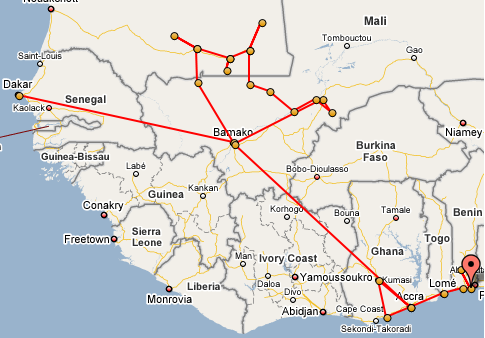
I couldn’t pick up my Togo visa in Cotonou because it turned out it was the weekend, so I headed to the station for Porto Novo.
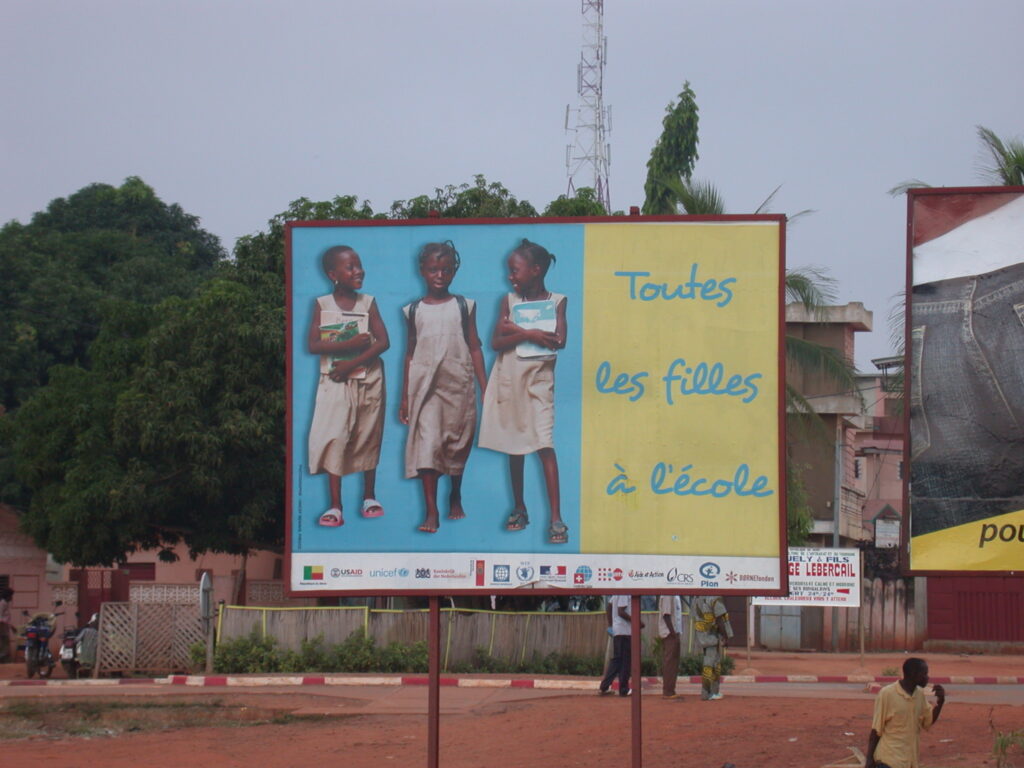
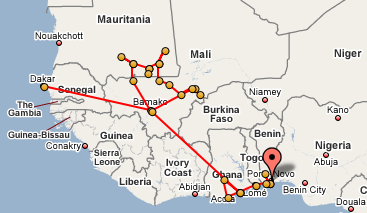
In Porto Novo, I stayed at the amazing Centre Songhaï, which was not only a hotel but also an entrepreneurial venture designed to inspire and empower African youth. I sampled their jams and a variety of juices produced there, including baobab, pineapple, and a bit-too-strong ginger. They had signs up around the premises explaining a bit of the philosophy of the place, including an integrated approach to design and industry.
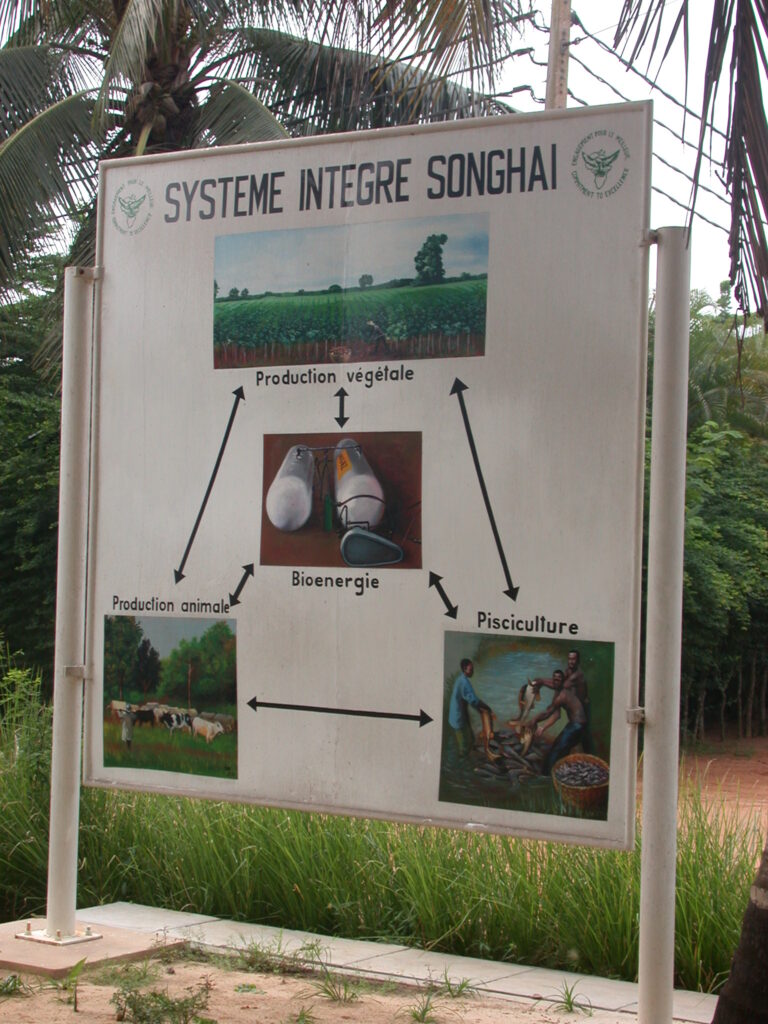
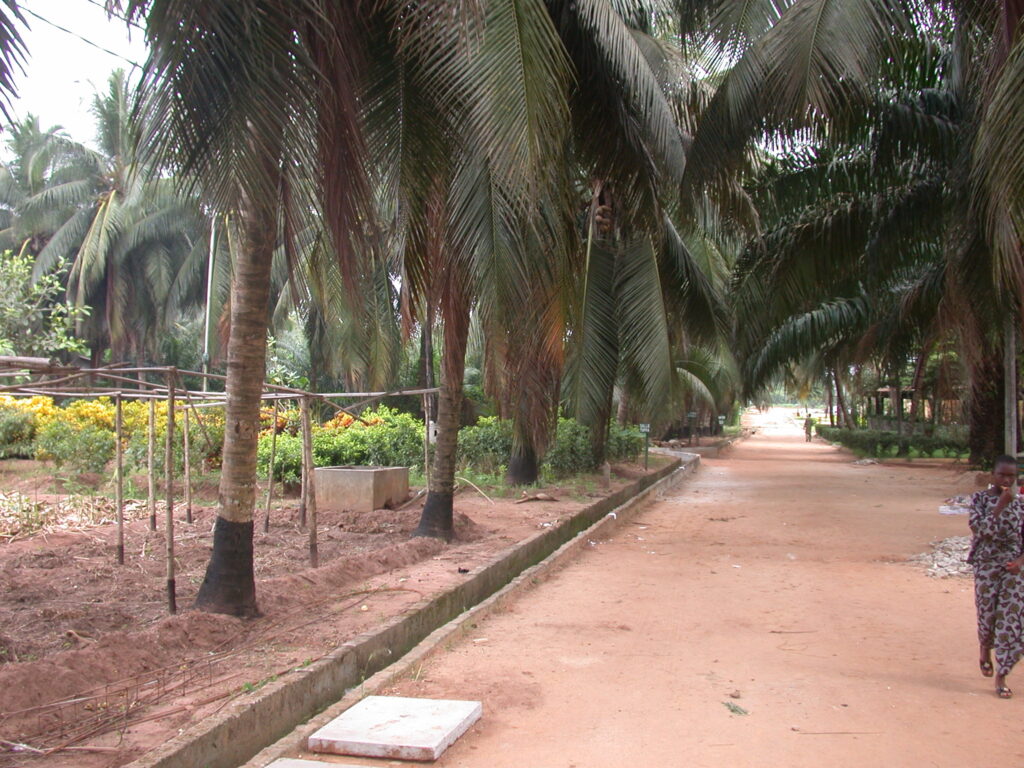
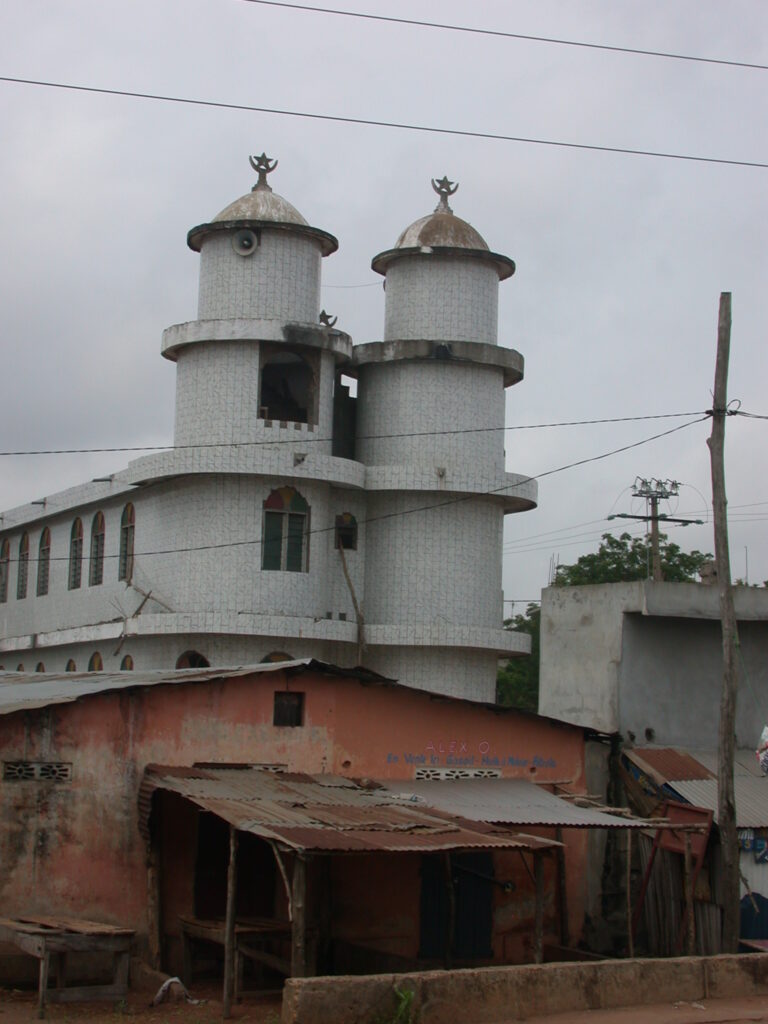
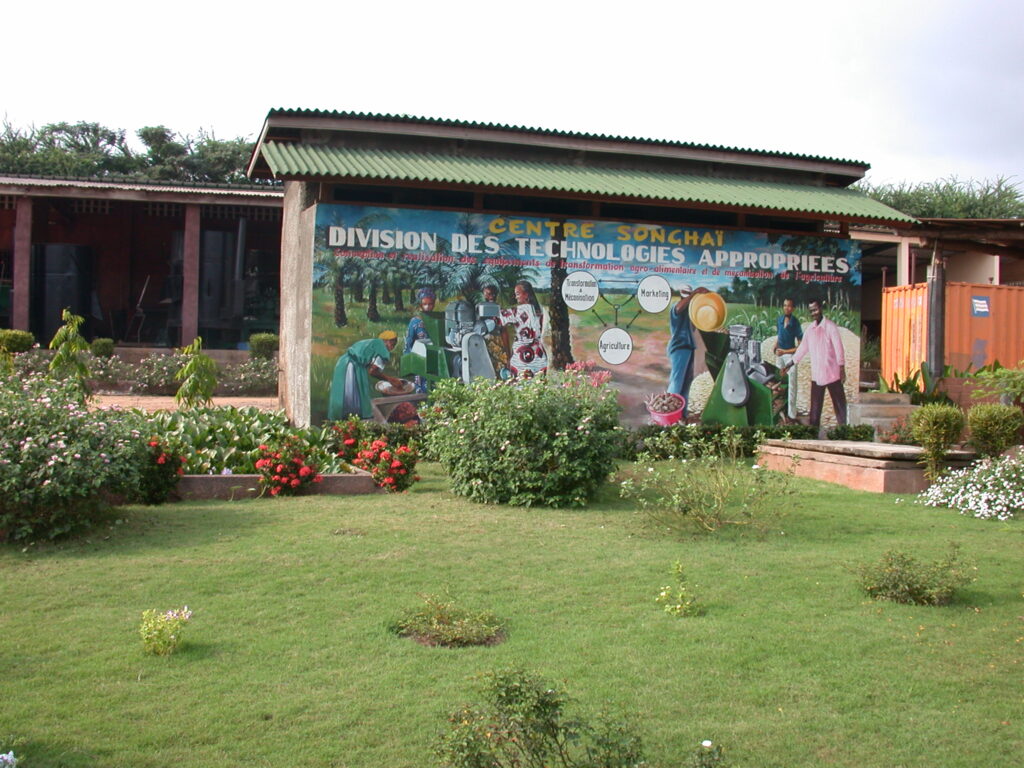
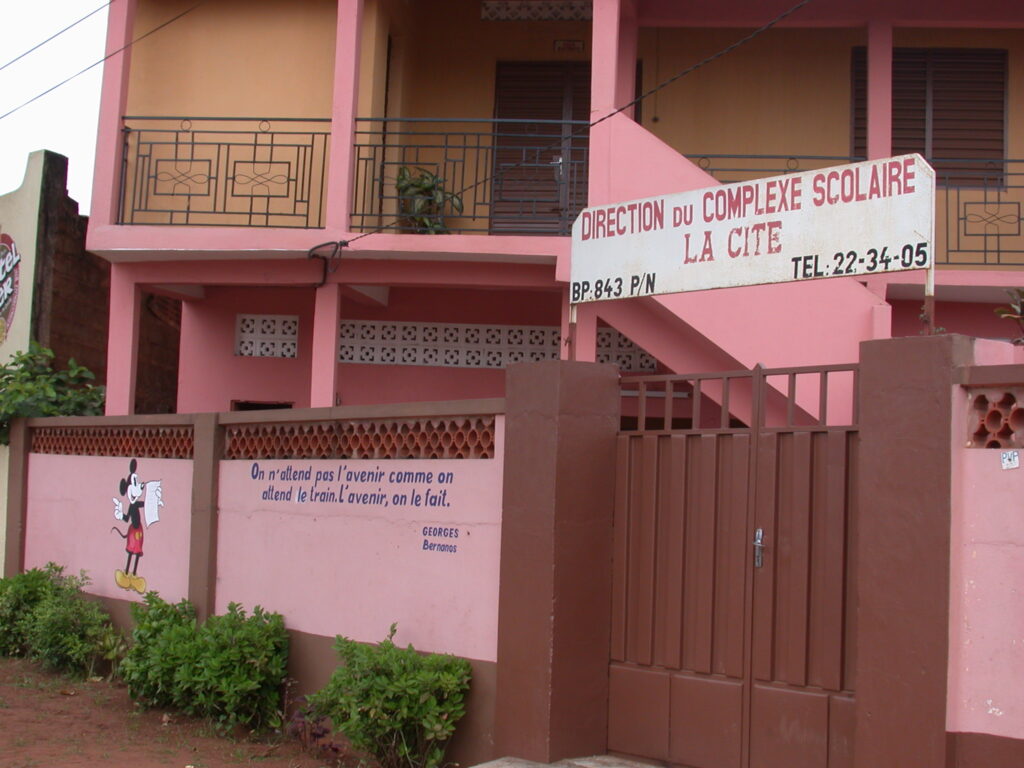
My expedition walking to town included a visit to the Musée Ethnographique and the Musée Honmé.
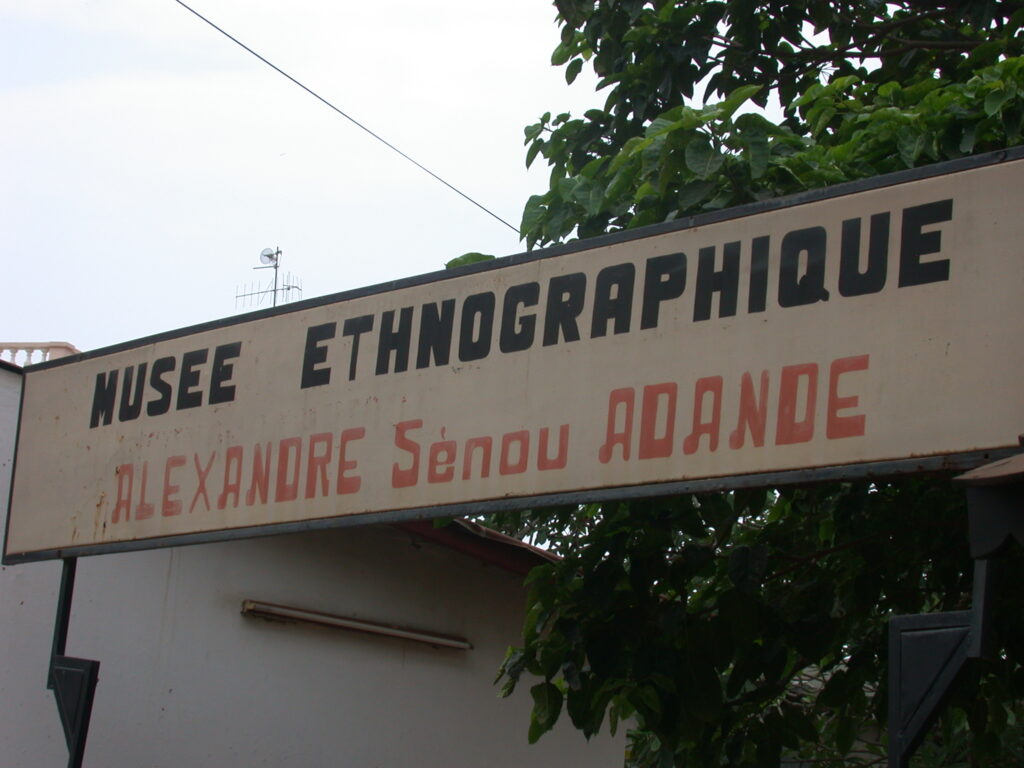
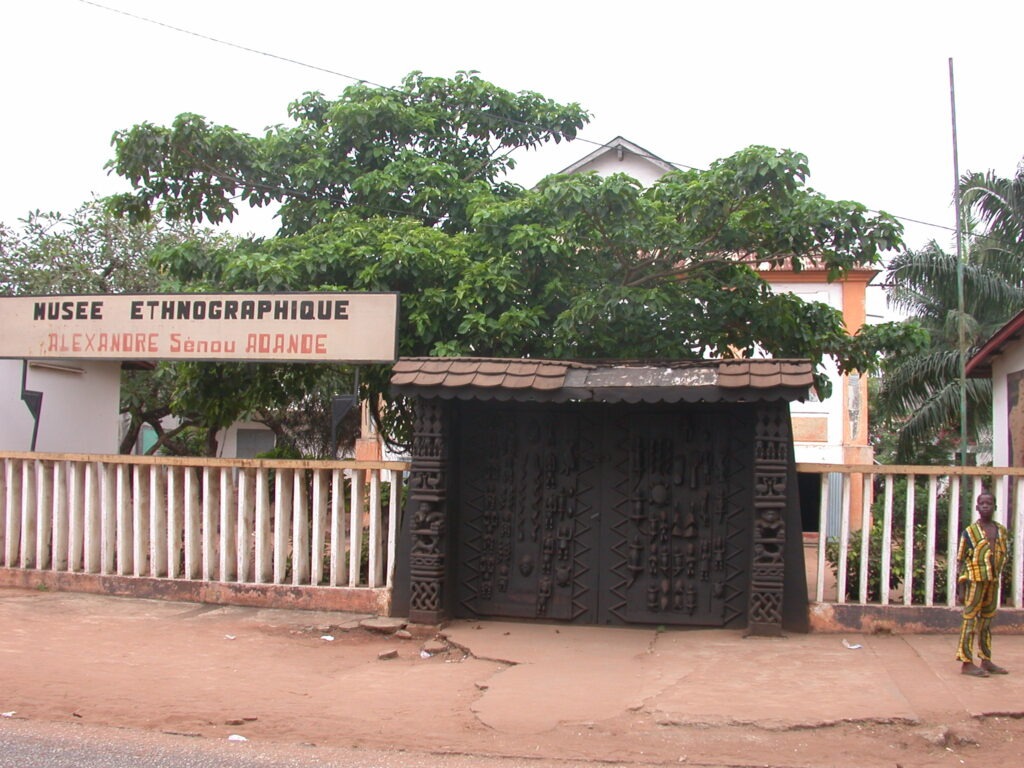
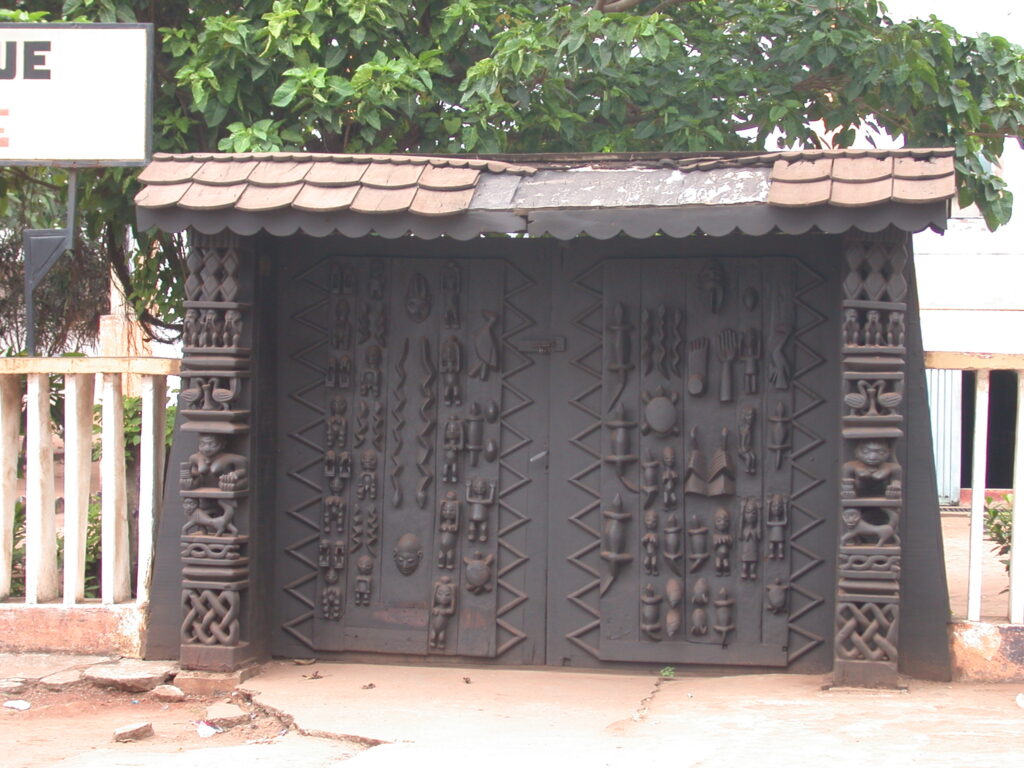
The Musée Ethnographique has exhibits related to birth, life, and death in cultures throughout Benin, including Gelede masks of the Yoruba as well as artifacts related to Betamaribe aka Samba (NW) and Patombou (NE) peoples. Léonard gave me a tour of the museum. There was also a Yoruba “statue” of a man with false breasts and a mask worn on top of his head carrying twins, one in each arm. Yoruba revere women as having the power of life and twins as a gift of the gods.
I avoided a trip inside the Musée da Silva, despite the well-done bas reliefs about slavery on the museum’s exterior, and despite the admonitions of a fellow hanging out on the street who worked there.
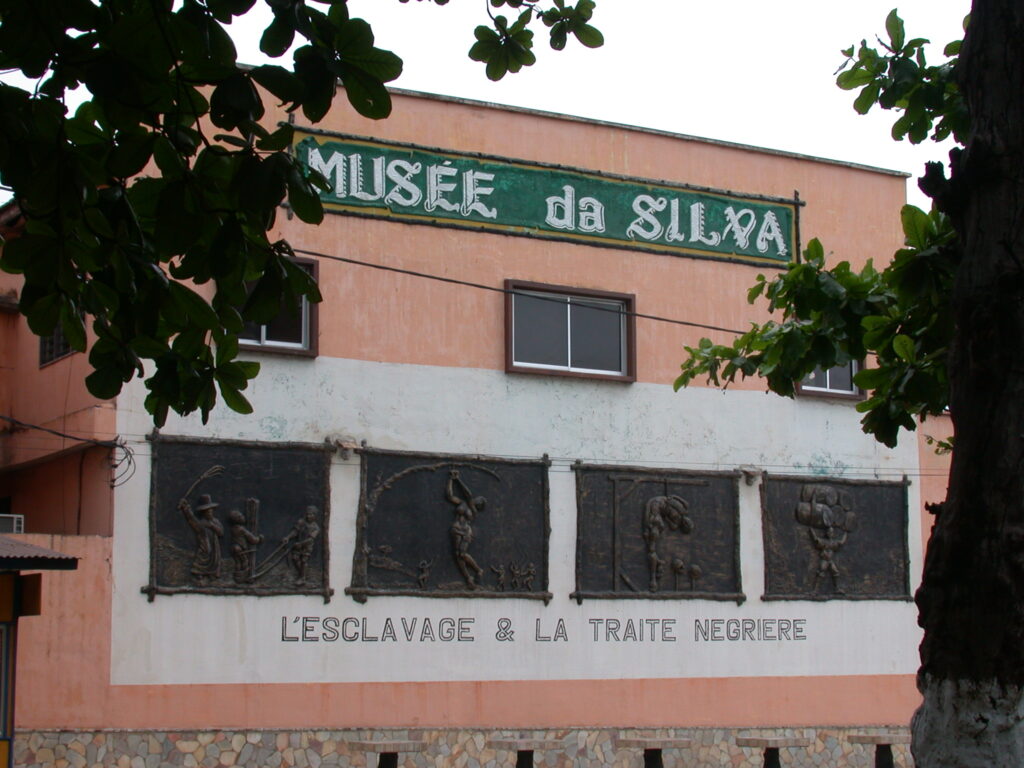
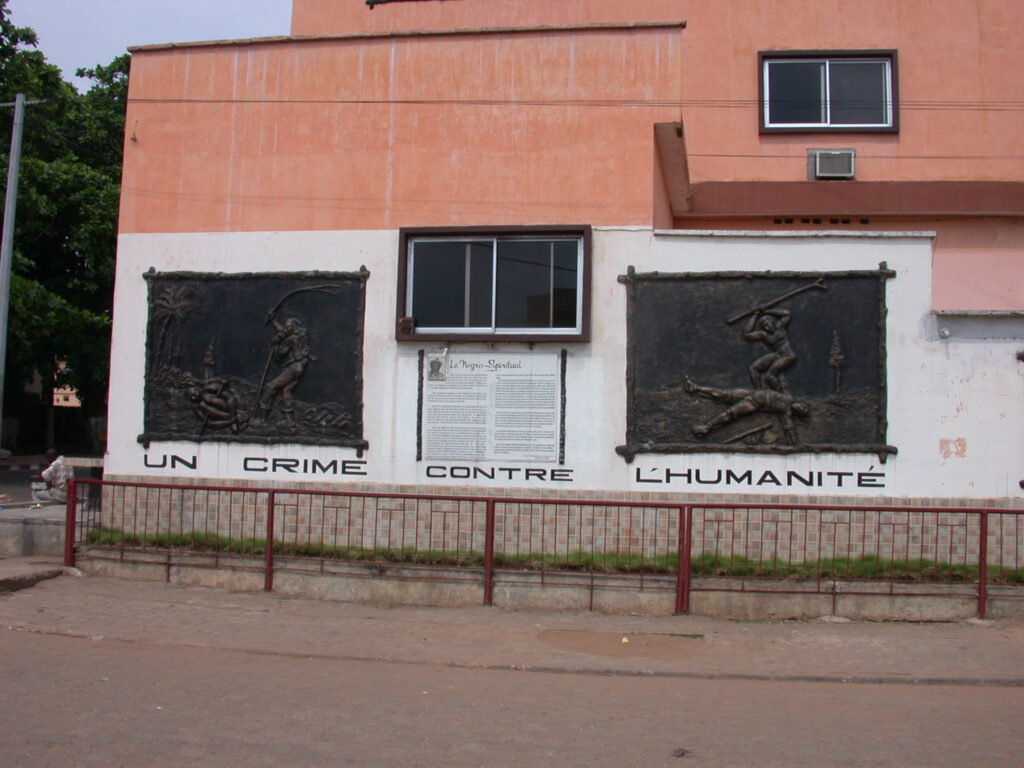
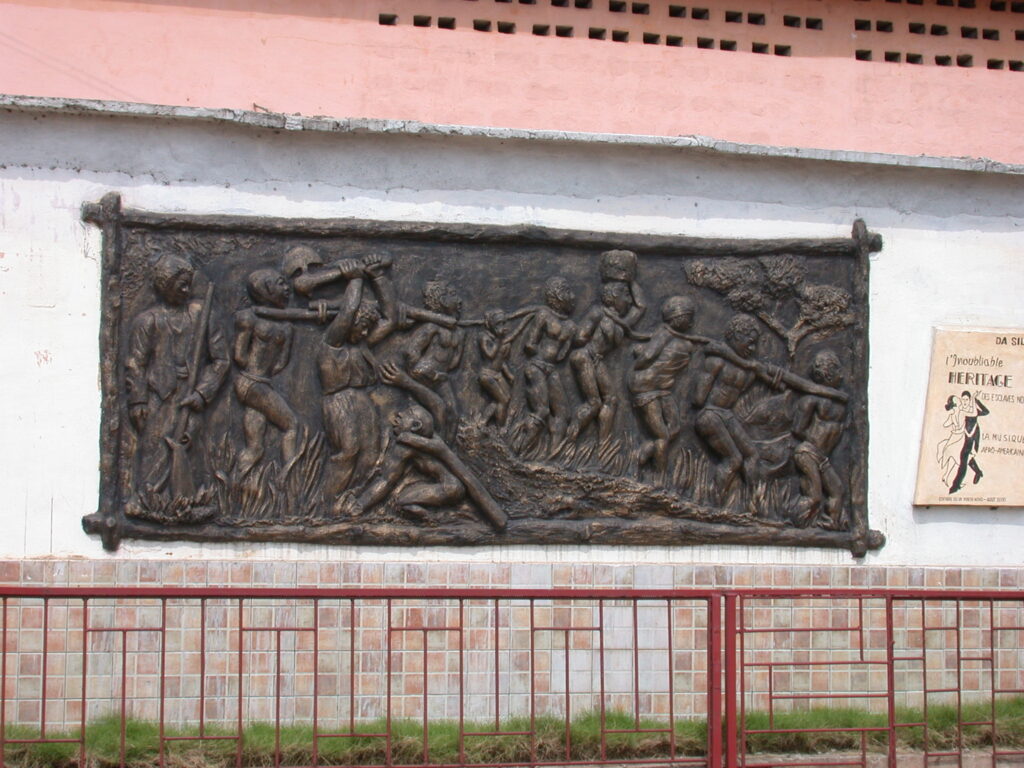
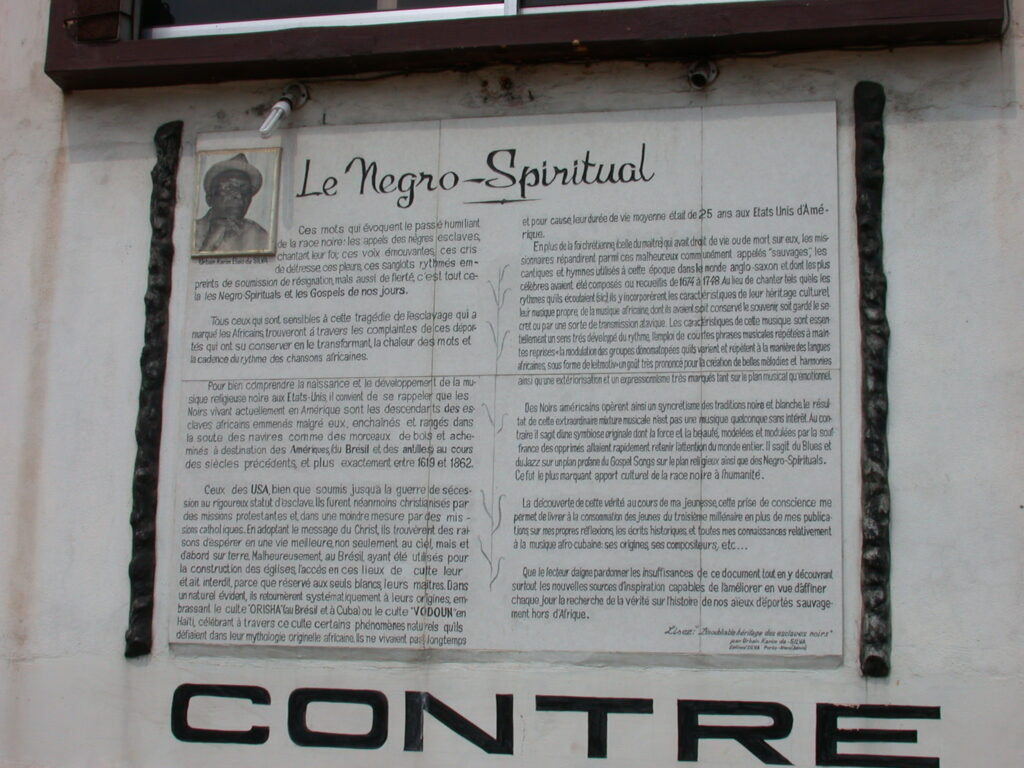
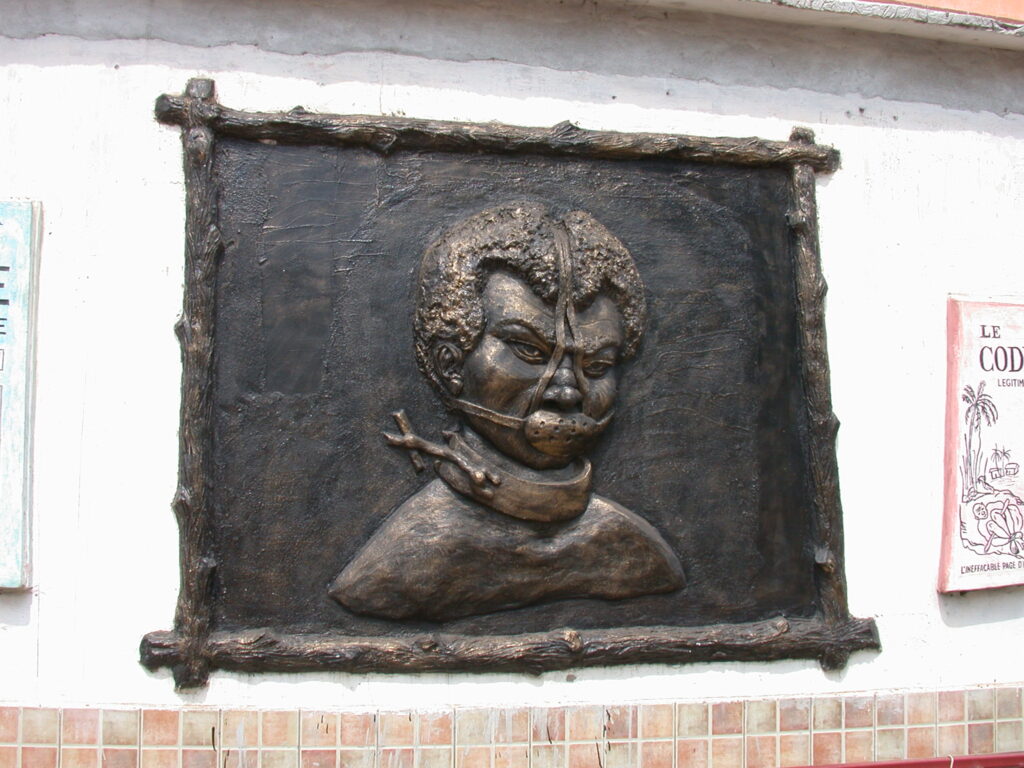
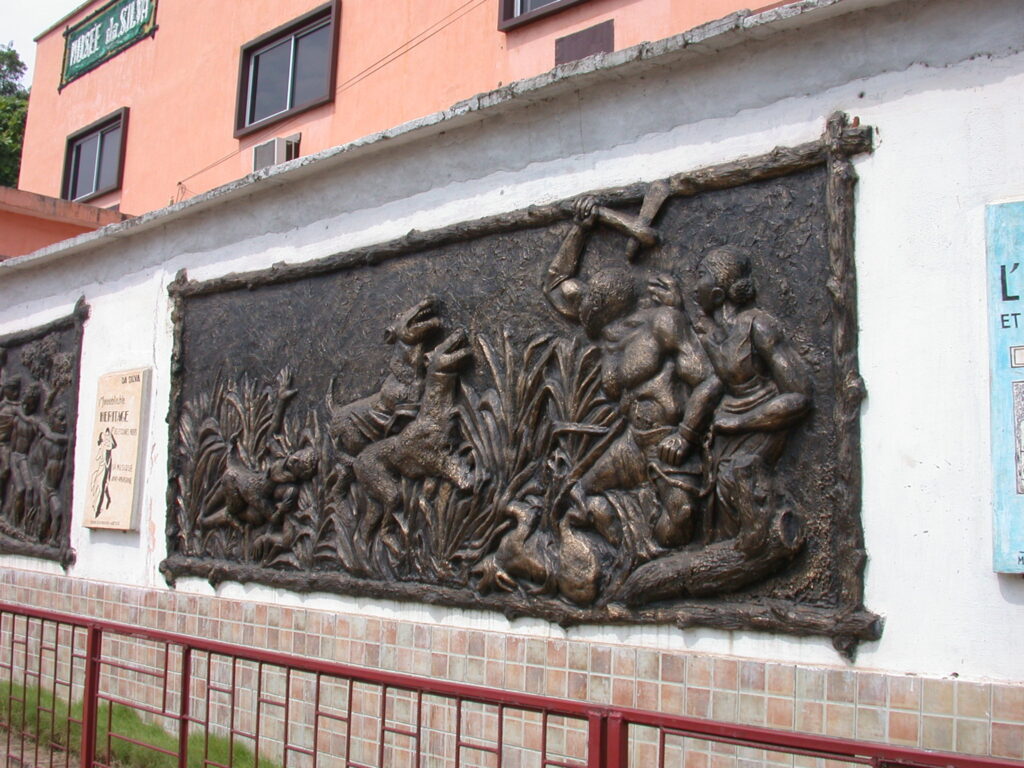
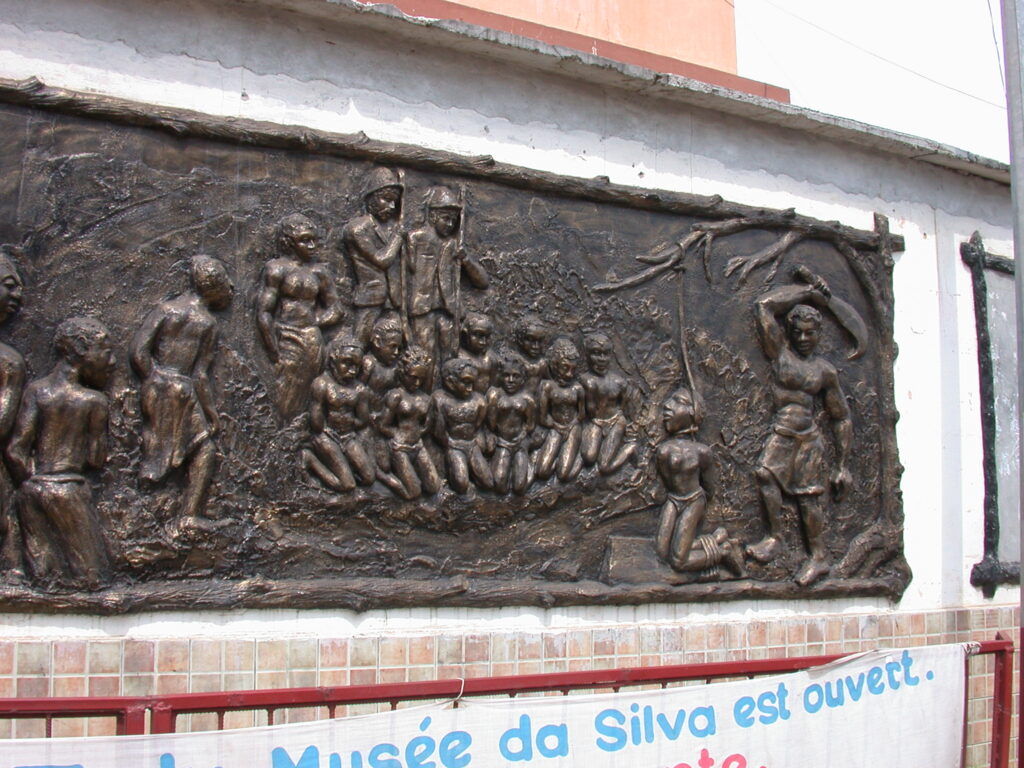
I came across this temple-like edifice labeled Zangbeto Kphkli-Yaou with a fascinating altar on the premises.
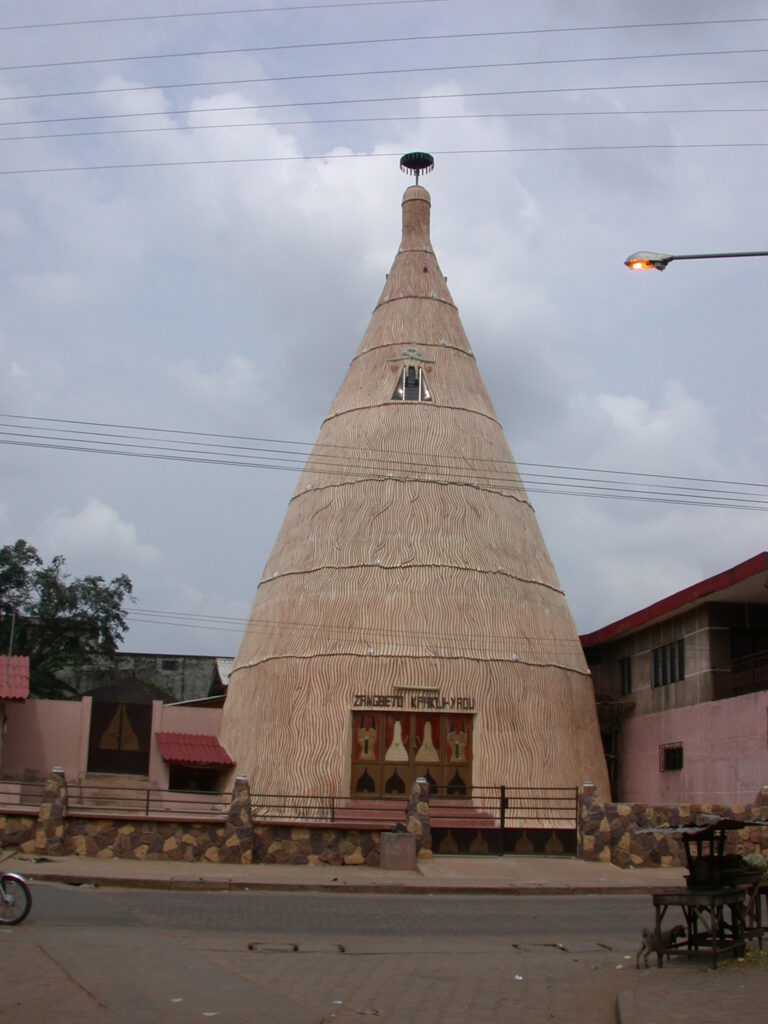
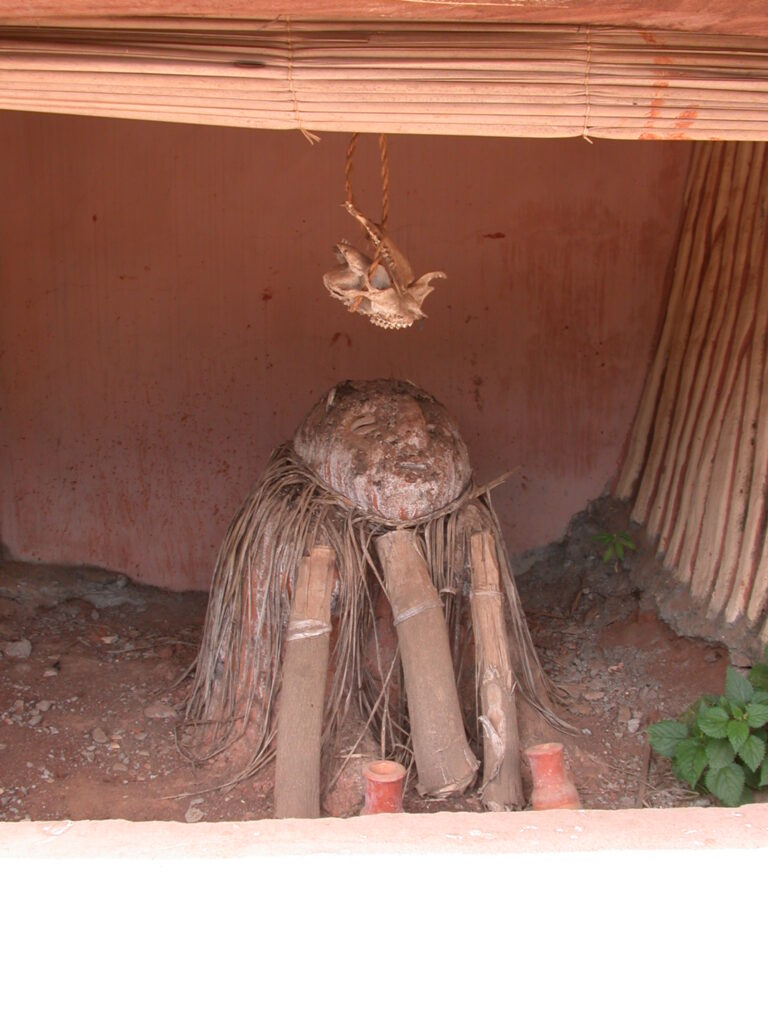
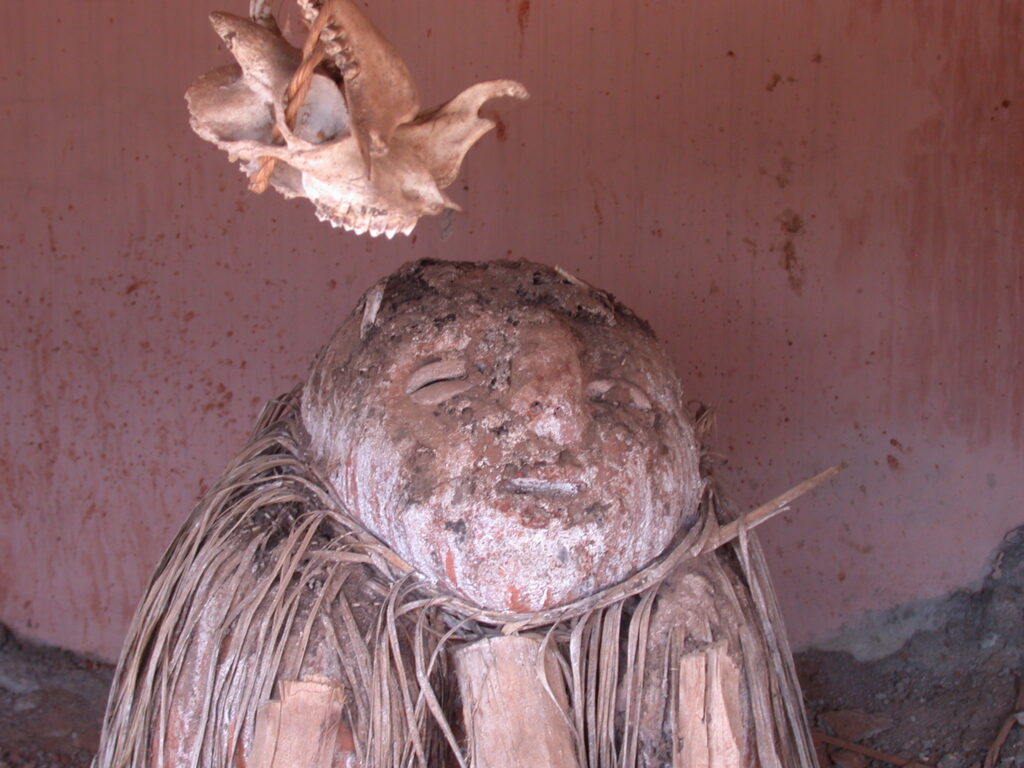
The Musée Honmé was the palace of the kings of Porto Novo from the late 17th to 19th centuries.
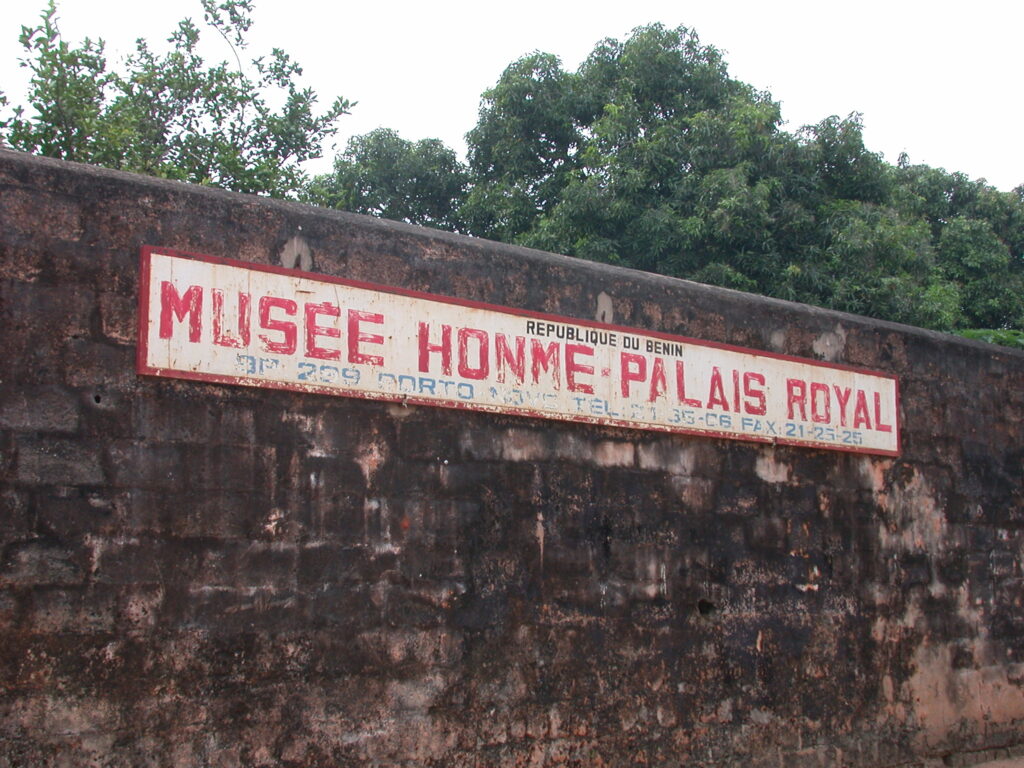
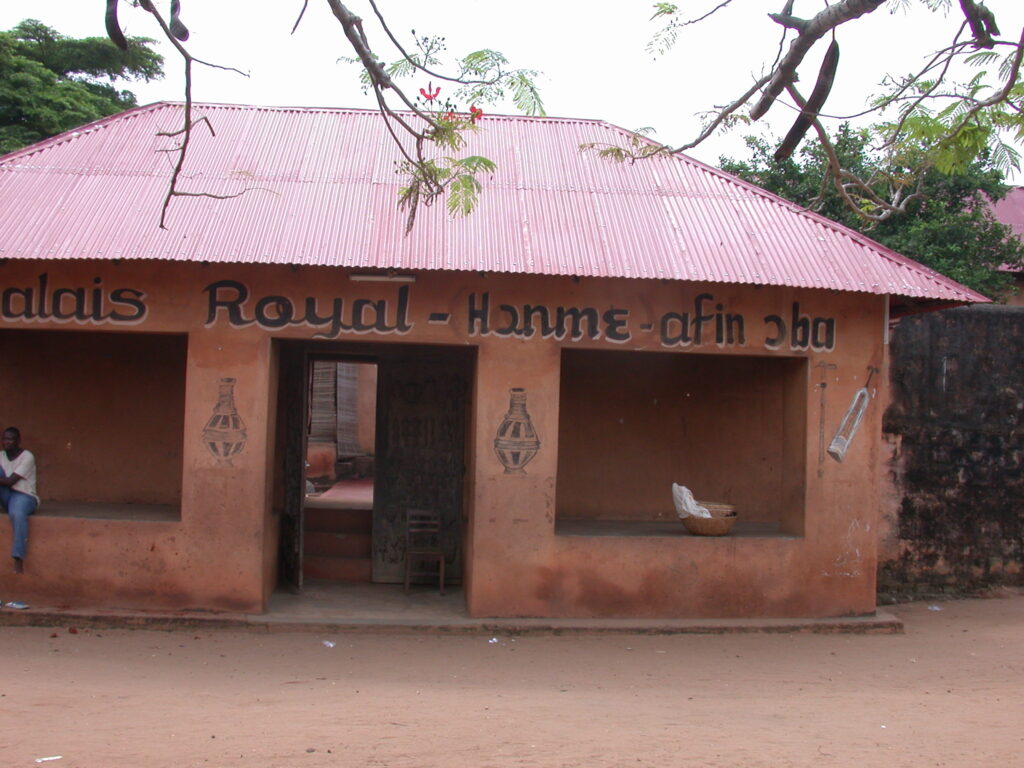
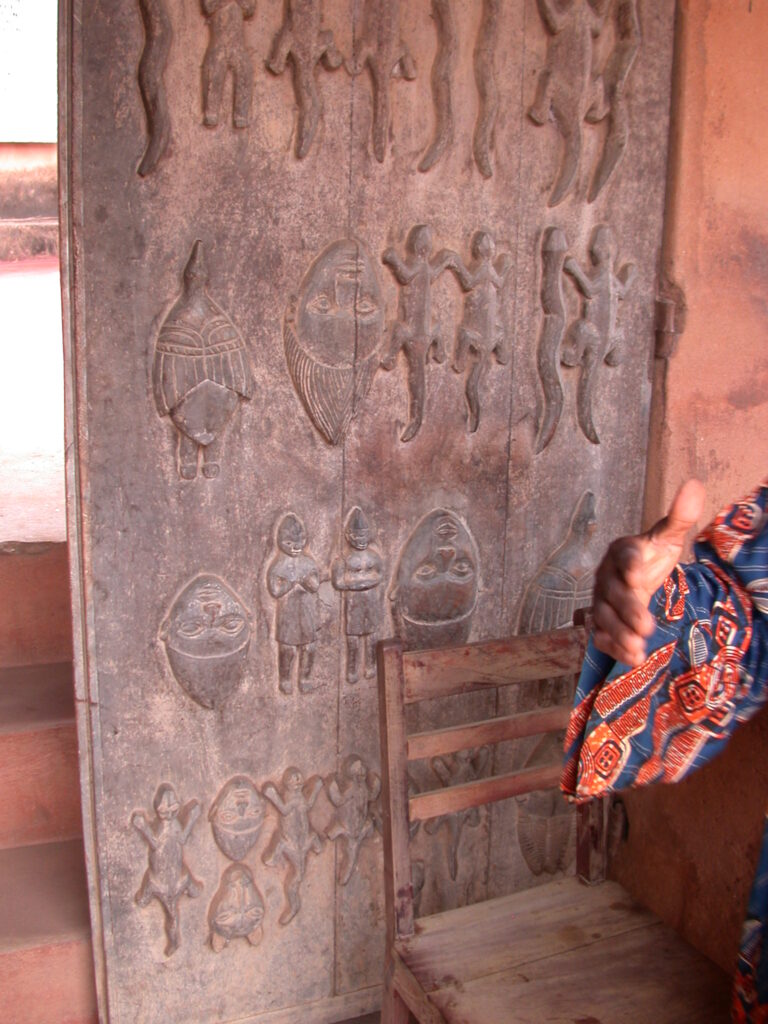
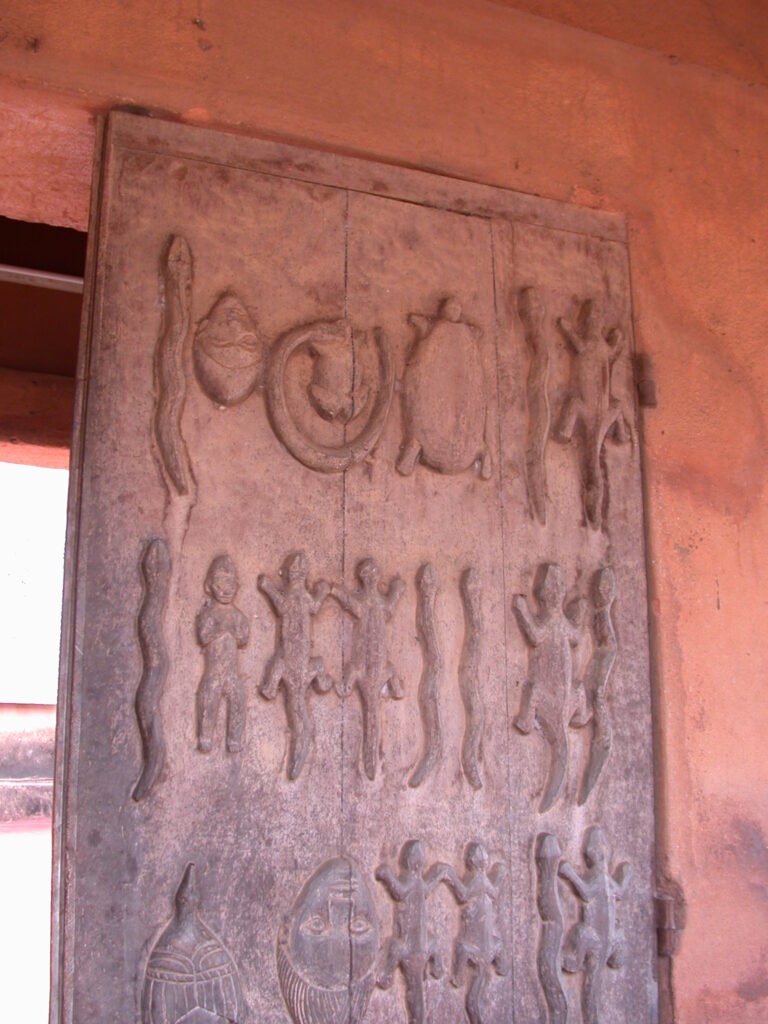
Currently under renovation with a guide who explained very well the history of the place. There were courts of the king, the queen mother, a gri-gri room for the king, the “chambre noire” for committing royal suicide, a kitchen with a divinity used to check the food for poison by a change in color, a tree of justice and some prison cells, the king’s toilet, the queen’s bathing area (although they lived elsewhere and came to the palace for 21-day stays during which they danced for the king in hope of being chosen to spend the night with him). Cannon were purchased for 15 male slaves or 21 female slaves from the French and perhaps also earlier from the Portuguese. A waiting room for visitors used so the king could check with a divinity about their intentions. Also had a mound representing Legba, a protective divinity, and representations of other divinities, as well as metal houses for ancestors. The king didn’t die — he went on a voyage. He didn’t bathe because he was always proper — he just refreshed his body. He didn’t eat — he adored the food.
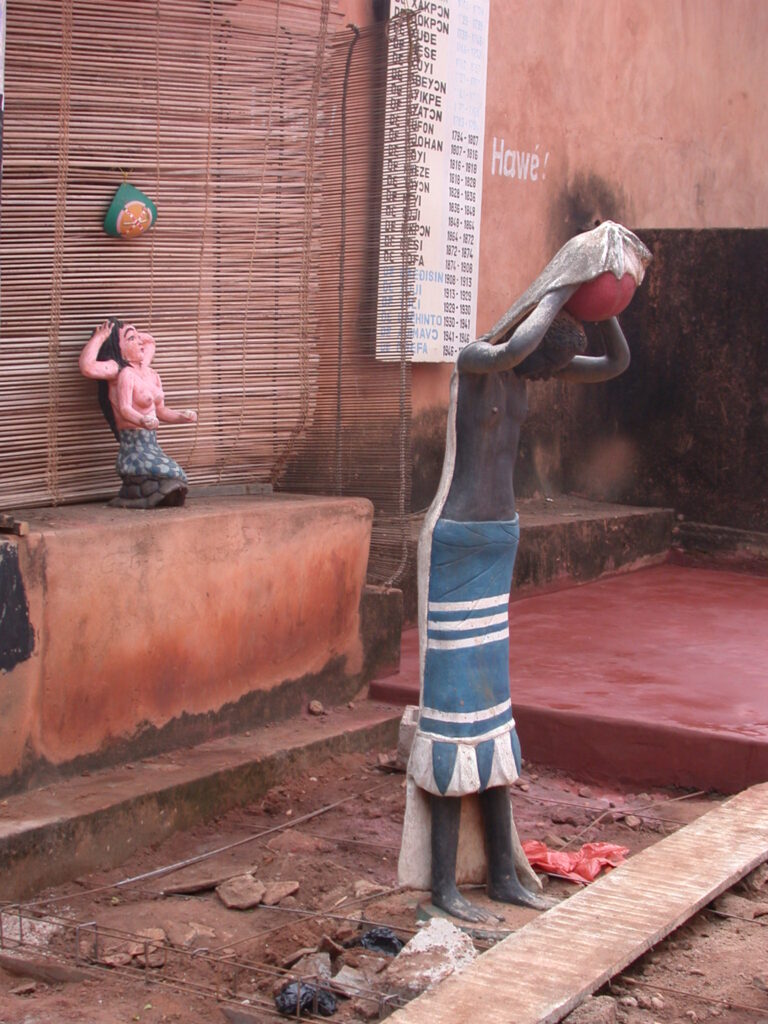
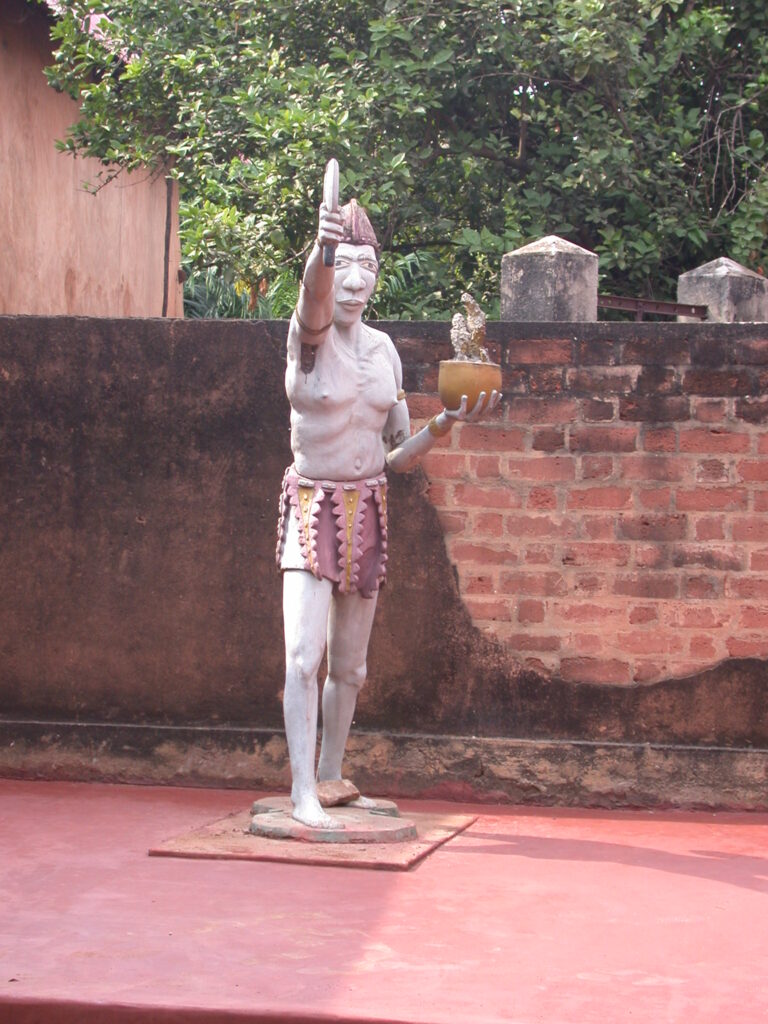
Returning to the hotel, I relaxed, ate dinner, and visited the Internet cafe. I also met the Director of the Songhaï Center who helped me clear up a billing problem for telephone calls that wouldn’t work properly to the U.S.
Written on December 25, 2007, Fajol Castle Hotel, Abeokuta, Nigeria
More catchup–
Abomey has an amazingly rich cultural heritage with a lot of history based on the royal kingdom known as Dahomey or Danhomê. I set out on foot from the hotel on a tour described in my guidebook.
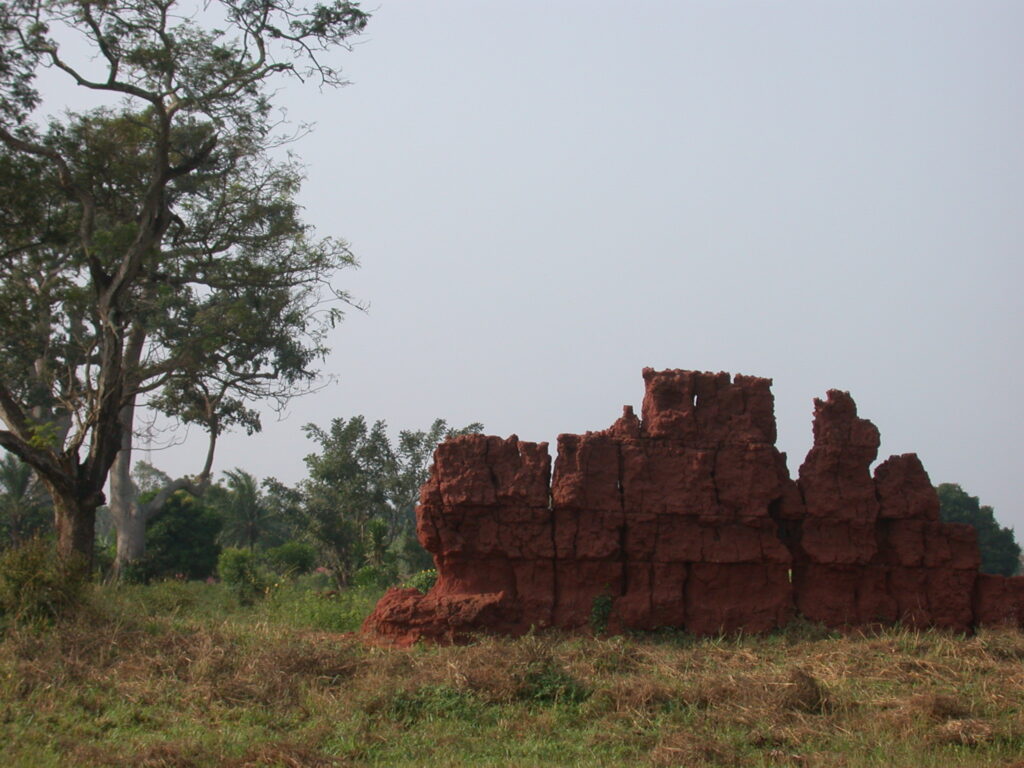
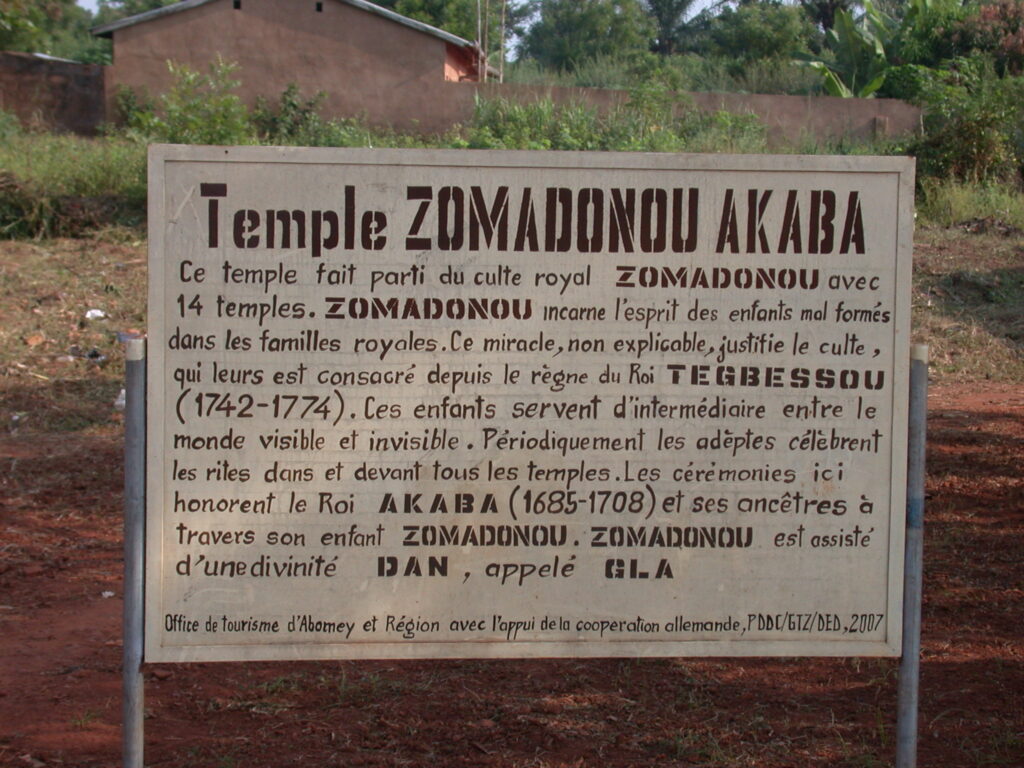
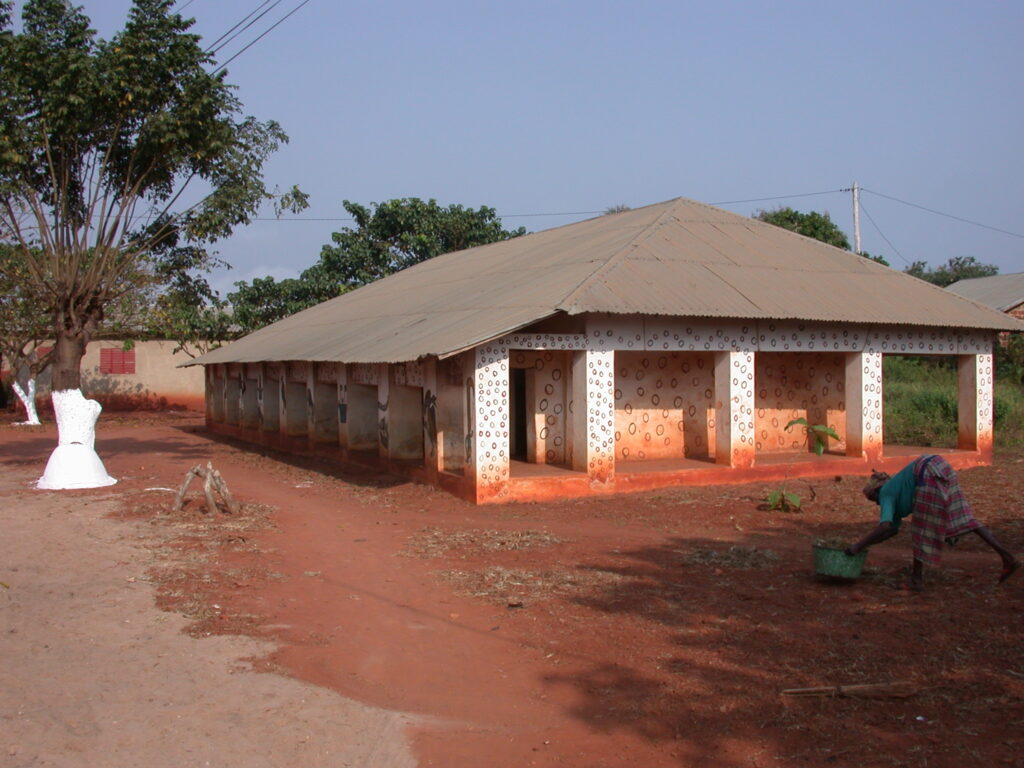
The first stop was to be the ancient city moat, but I ran into other sites along the way. After a ruined palace wall, I came across the Zomadonou Akaba Temple and its sign which read as follows in English translation of the French original:
The Zomadonou Akaba Temple
This temple is part of the royal cult of Zomadonou with 14 temples. Zomadonou incarnates the spirit of malformed children in the royal family. This inexplicable miracle justifies the consecration of the cult during the reign of King Tegbessou (1742-1774). These children serve as intermediaries between the visible and invisible world. Periodically the adepts celebrate rites in and in front of all the temples. The ceremonies here honor King Akaba (1685-1708) and his ancestors through his child Zomadonou. Zomadonou is assisted by a Dan divinity named Gla.
Heads of the royalty each have a symbol associated with their reign, such as these for Agonglo, Guezo, and Kpengla aka Kpingla (picture below).
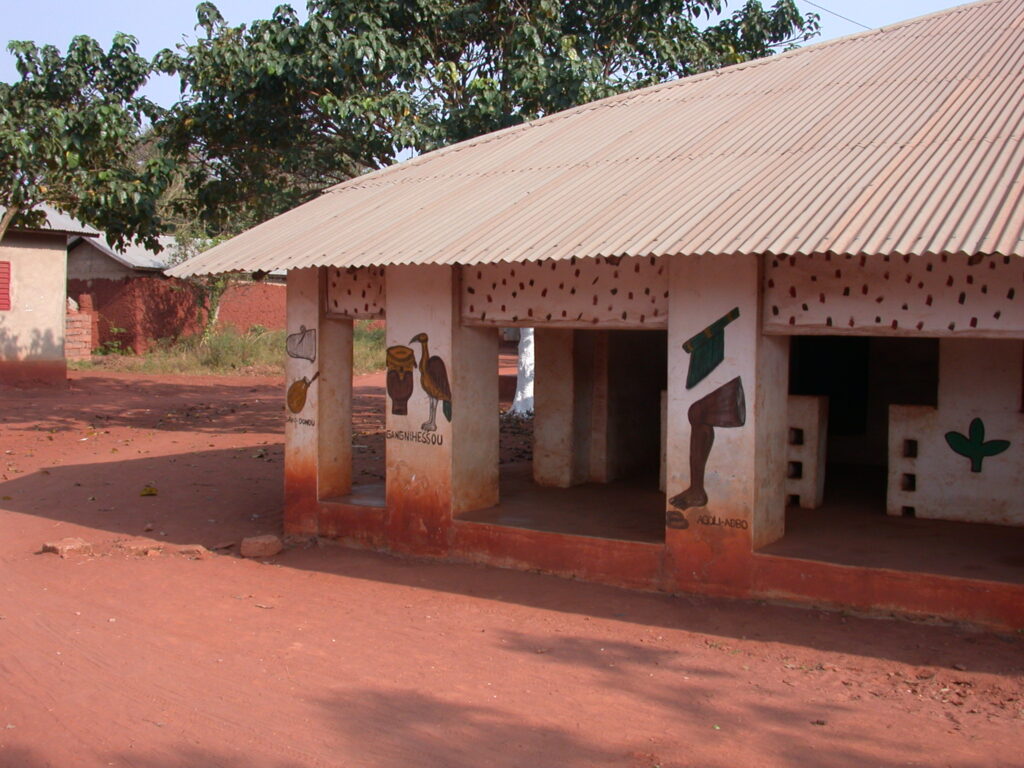
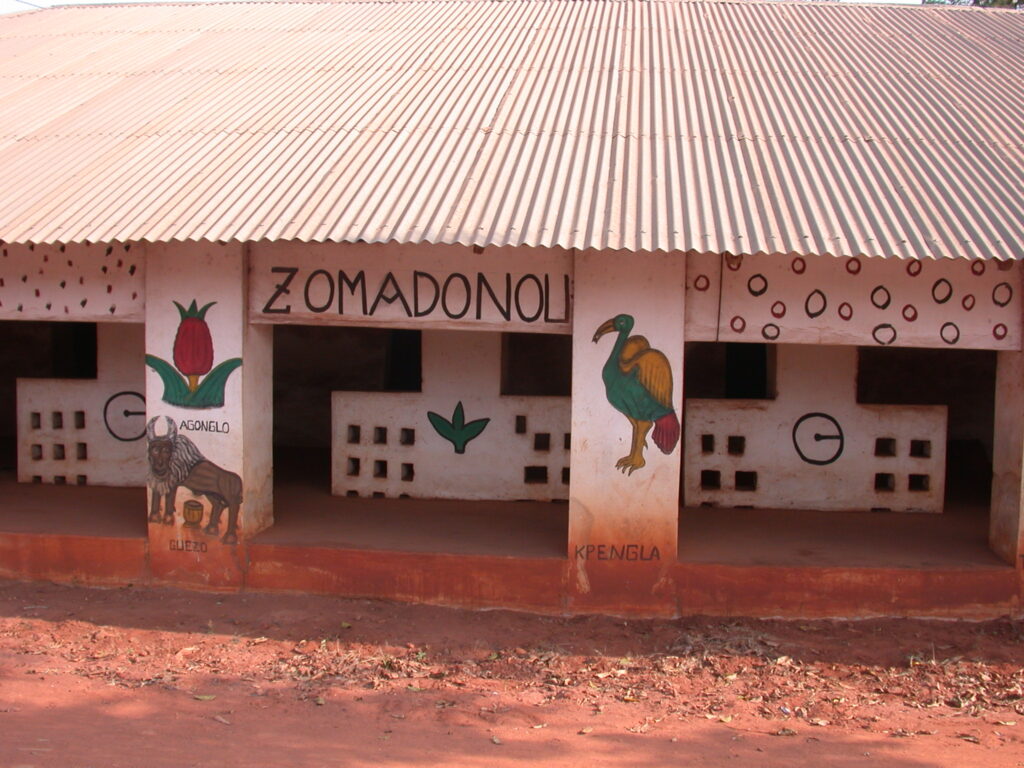
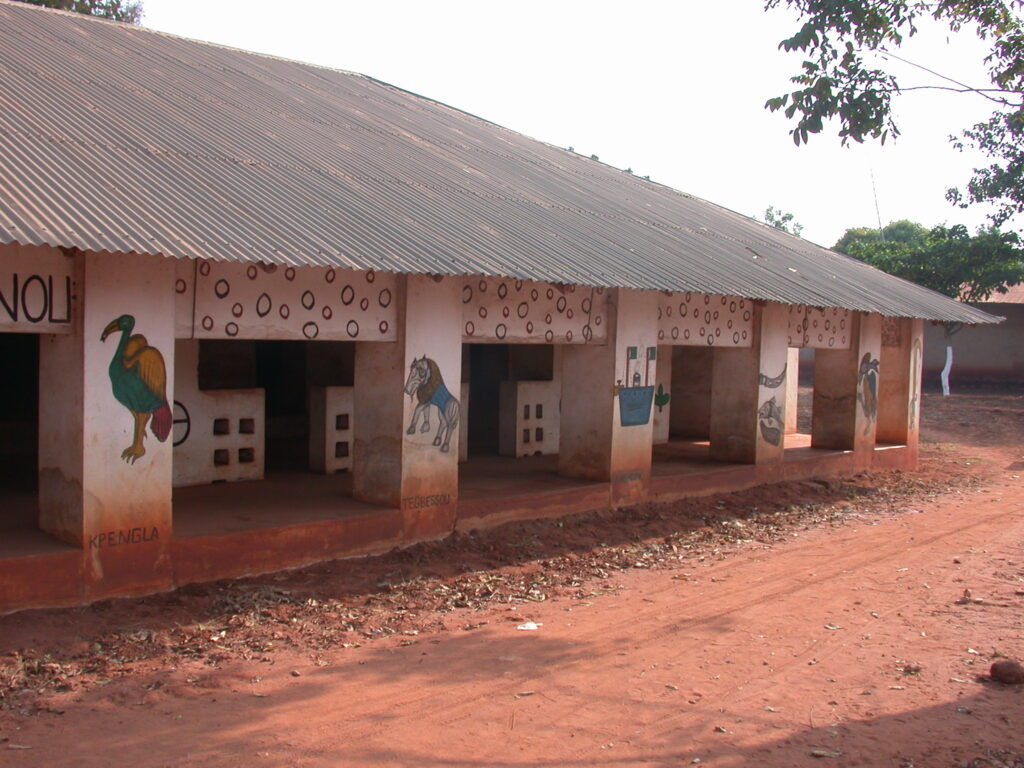
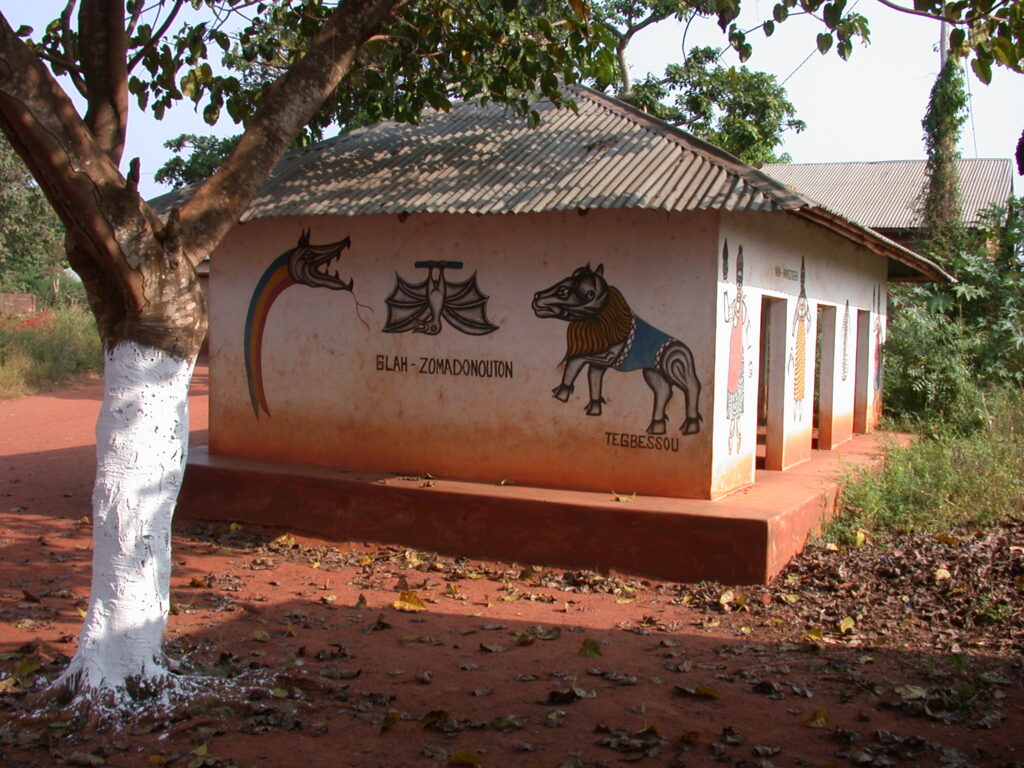
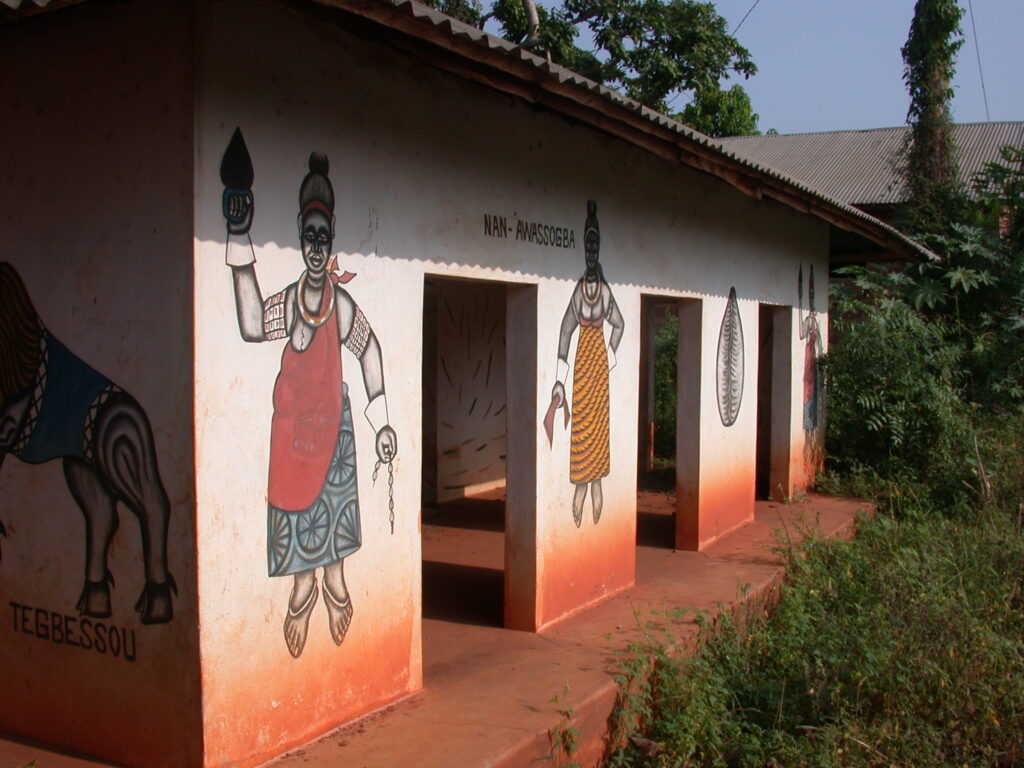
I came across a sign depicting one modern hair salon’s idea of the standard of feminine beauty in this region.
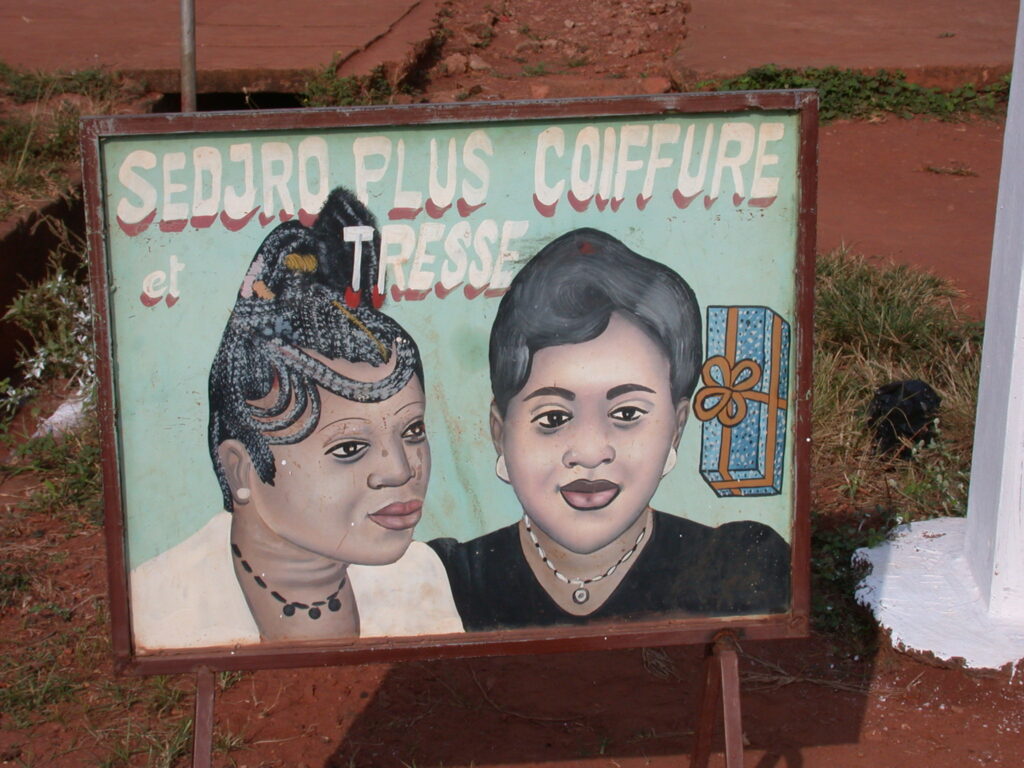
There are around 41 palaces in various states of preservation, use, or decay around the town. I tried to keep track of them all as I went. Amazingly, some people living right next to the sites have no knowledge of them or simply don’t understand or want to understand or think they can possibly understand me because I’m a strange foreigner. On the way to the moat, I asked people for directions along the way. Finally, when I was about 20 yards from the place, someone figured out what I was talking about. I saw the moat, locally known as Agbodo, and and took pictures of it.
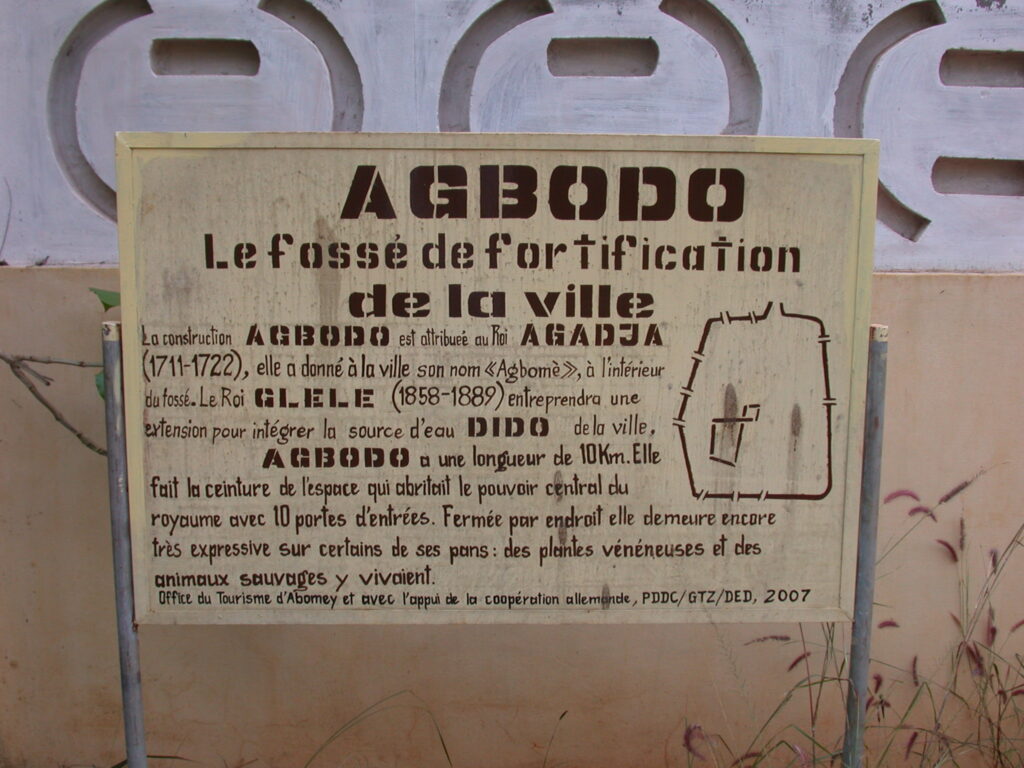
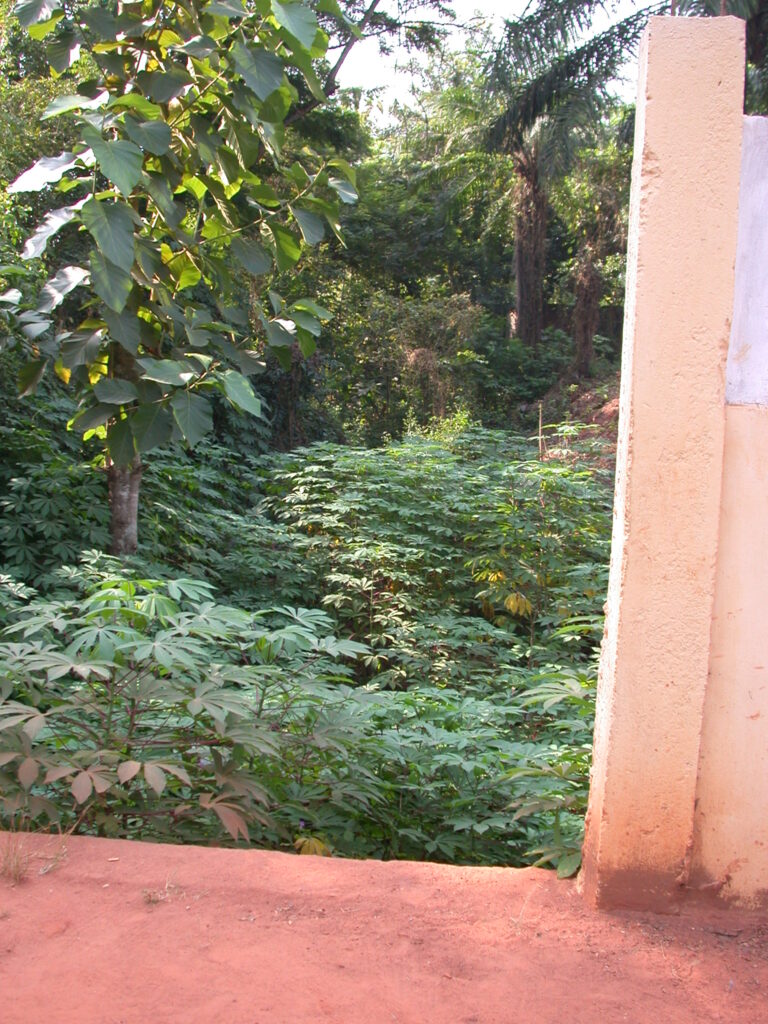
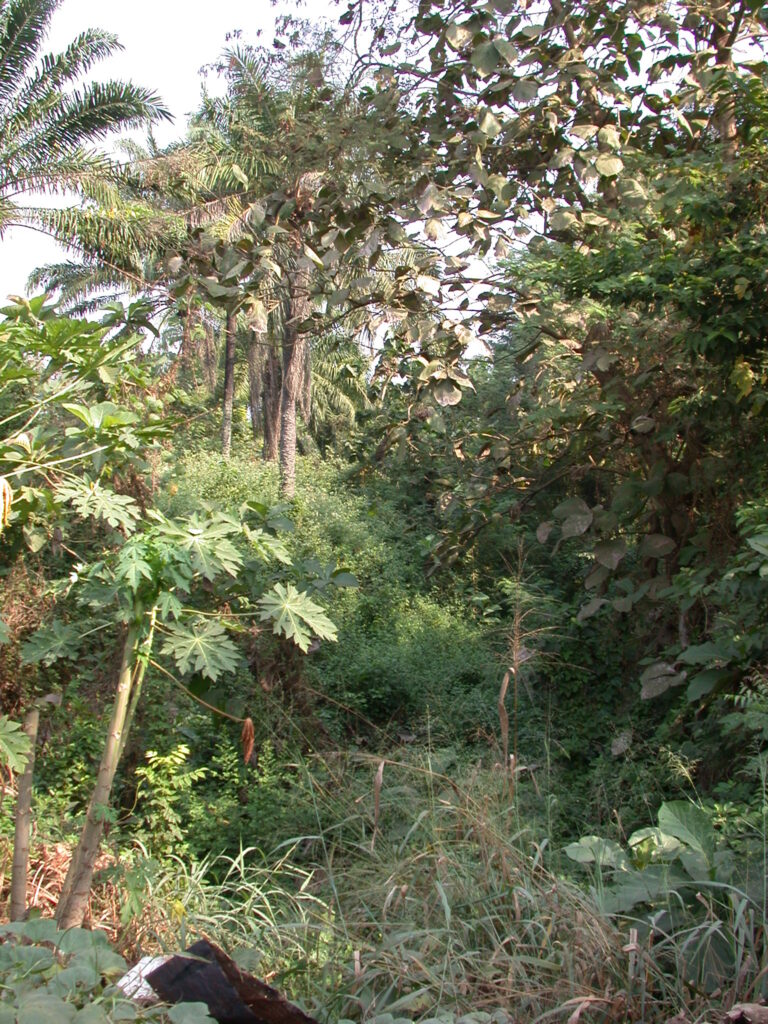
The English translation of the French sign follows:
Agbodo: The Moat of the City
The Agbodo construction is attributed to King Agadja (1711-1722) and gave the city its name of “Agbomè,” inside the moat. King Glele (1858-1889) will undertake [sic] an extension to include the Dido water source of the city. Agbodo is 10km long. It surrounds the space which sheltered the central capacity of the kingdom with 10 entrance doors. Closed in places, it still remains very expressive of certain of its sides: poisonous plants and savage animals lived there.
Then I walked onward. It was a long walk, but I’ve found that walking is the best way to really see the sites and get to know the people and the surroundings as they are today. For example, I stopped to look at a flowering tree and a fellow piped in to let me know that he makes an infusion from its leaves to treat malaria. I also saw a traditional oven used to bake bread. I also saw a house that identified Houegbadja, the third king of Dahomey.
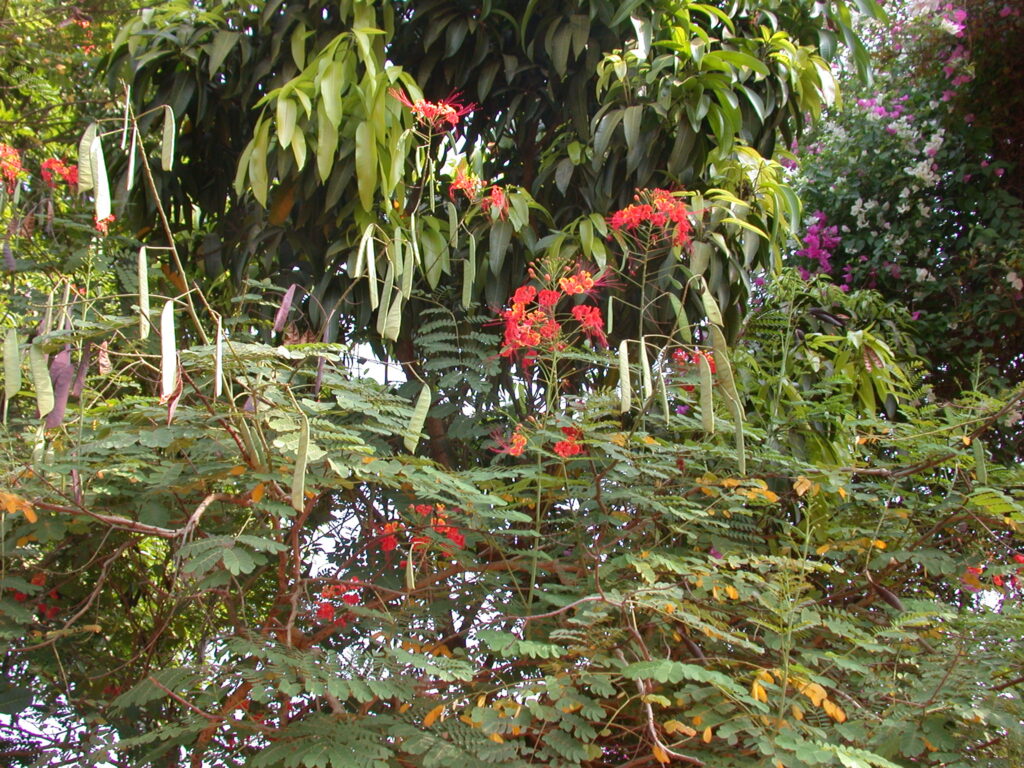
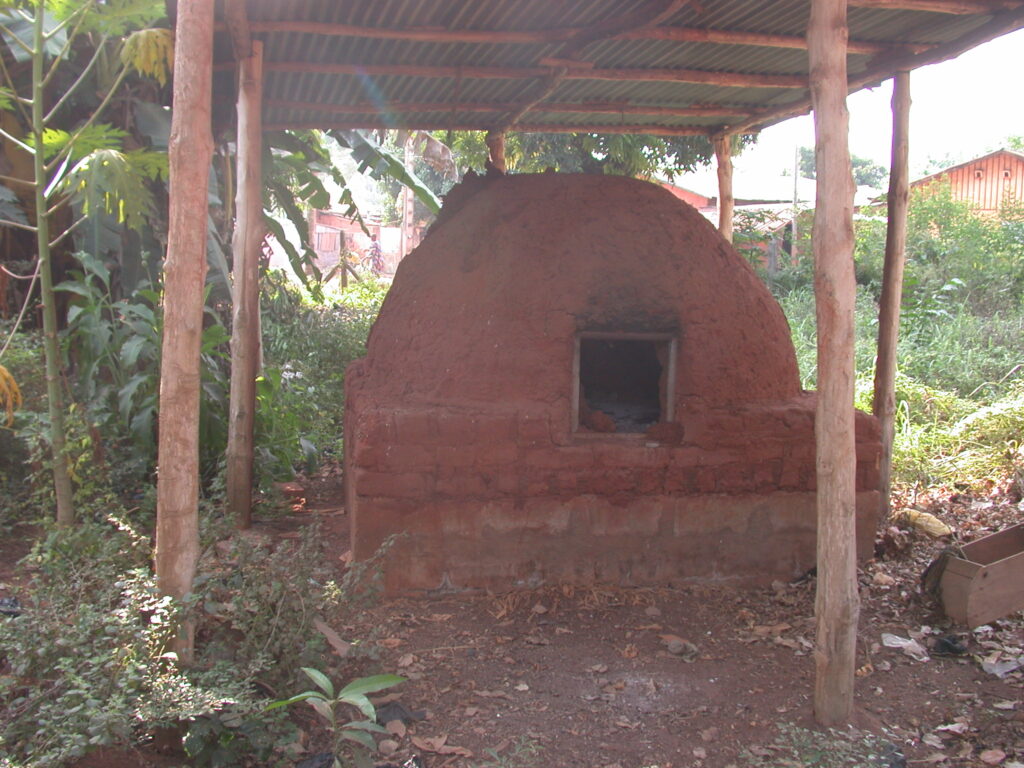
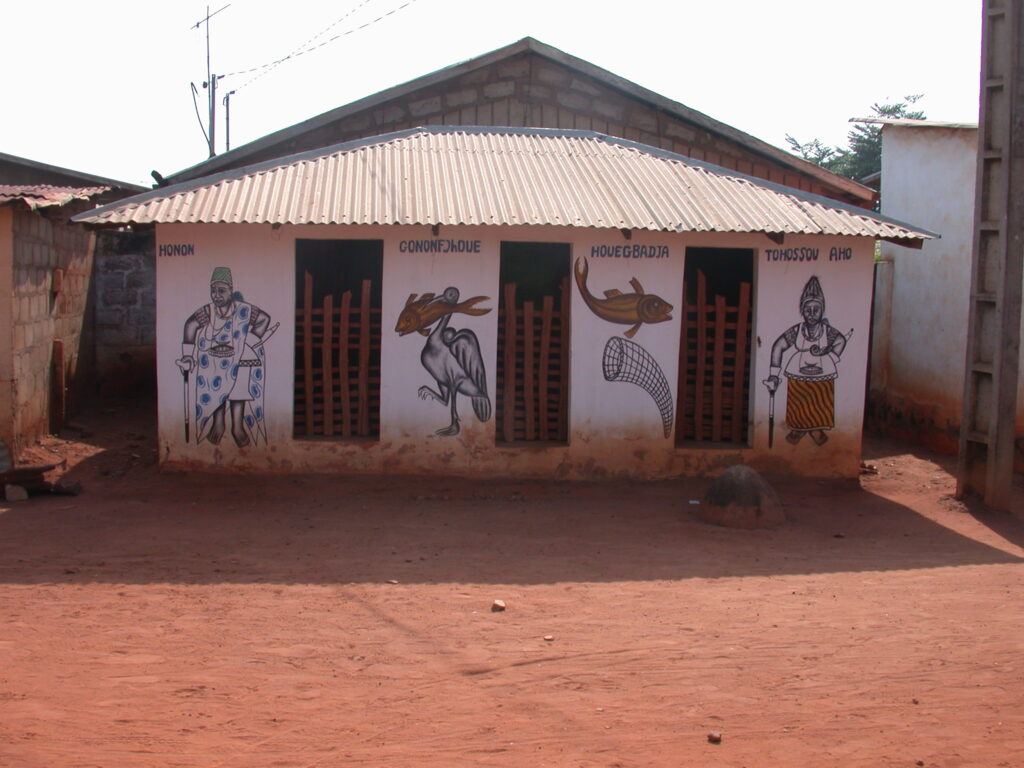
Next came King Houegbadja’s palace for which the English translation of the French sign is:
The Palace of King Houegbadja
Houegbadja (1645-1685) is the founder of the kingdom of Danhomey and the city of Abomey. He comes from the dynasty of the rulers of Tado (present-day Togo). He will seize [sic] the power of the Guédévis (Yorubas) living on the plateau. He set up an official administration and consultation structures. He named some ministers, a medicine chief, a chief chef of the king, and a cult chief. He pursued expansionist politics, extending the kingdom to the Zou and Couffo rivers without making war, based on negotiations with the natives. With his symbols — the fish, the bow net, and the hoe handle — he wanted to signify that he will never enter into a net, that he was clever, and ready to defend himself.
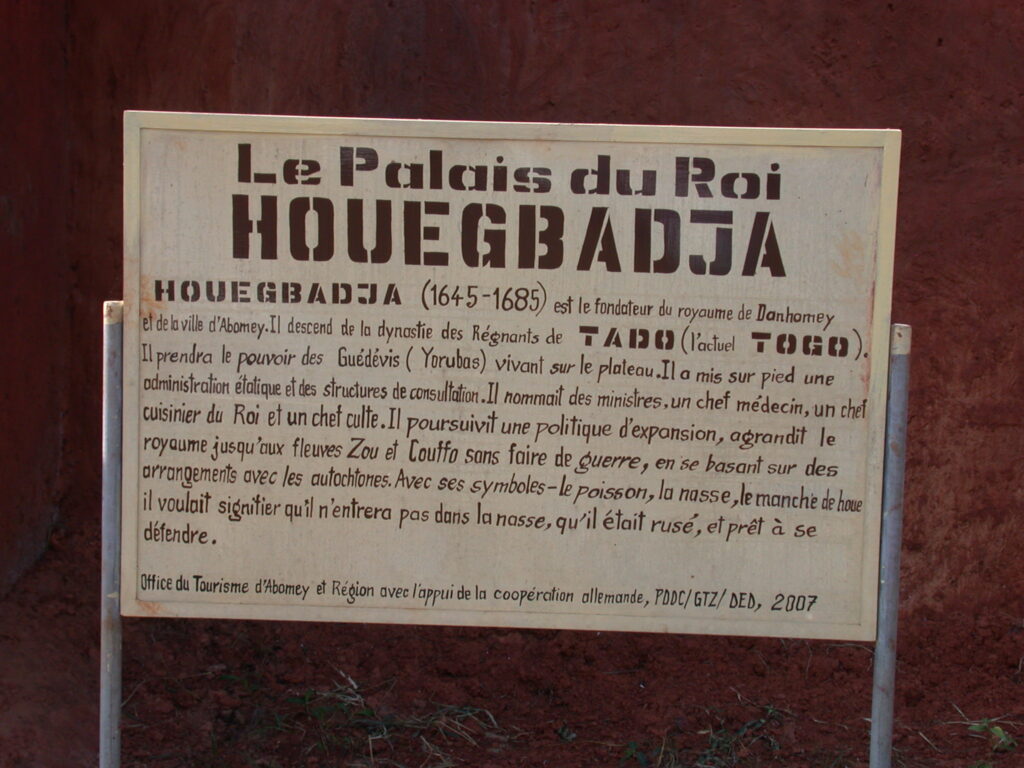
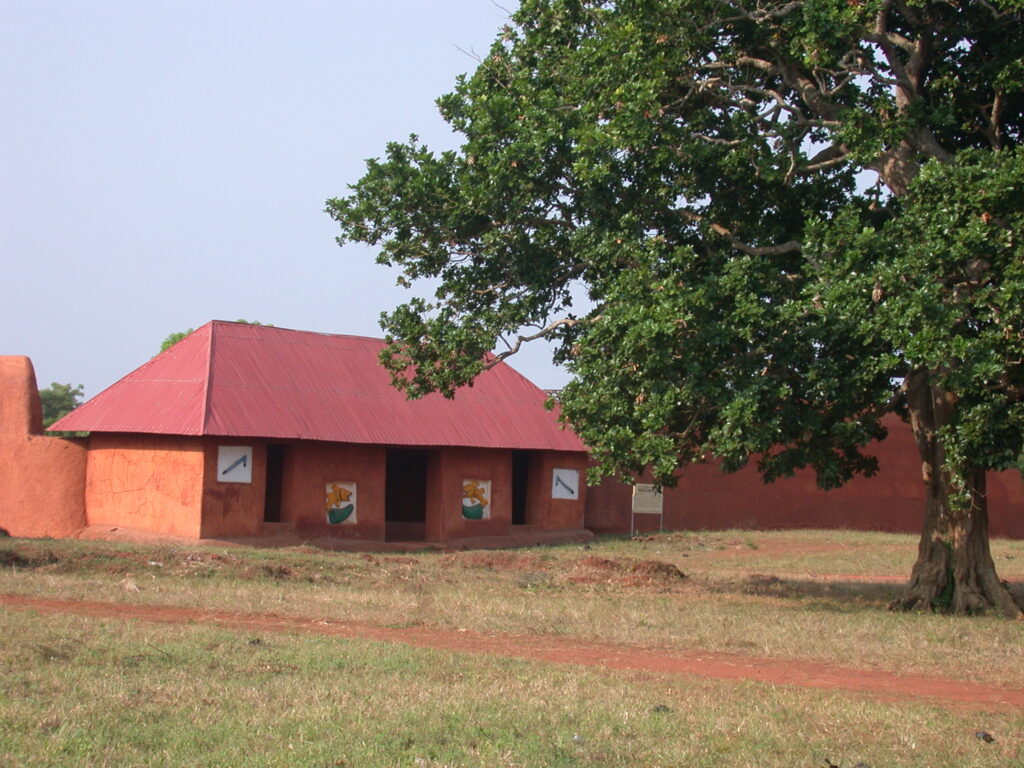
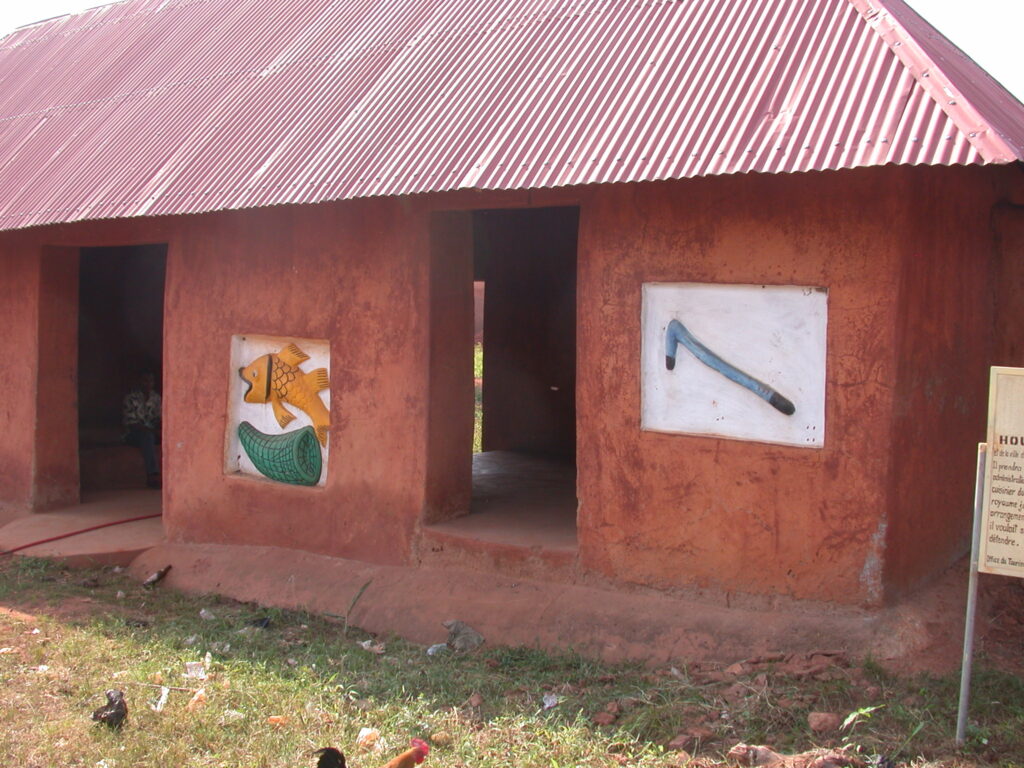
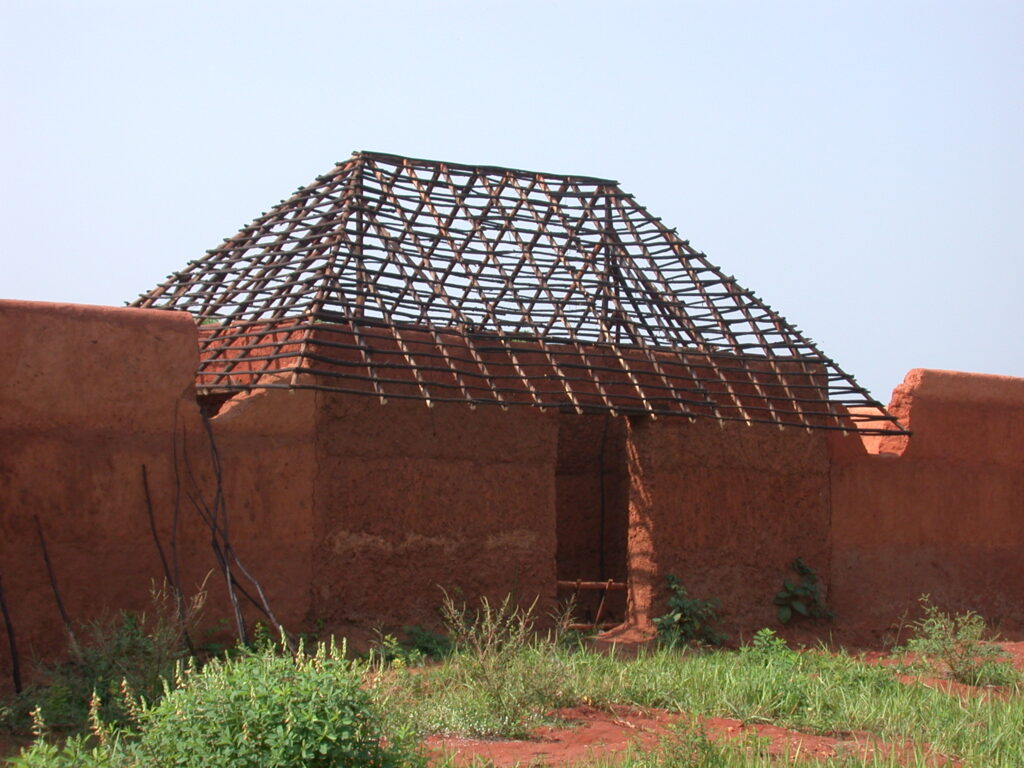
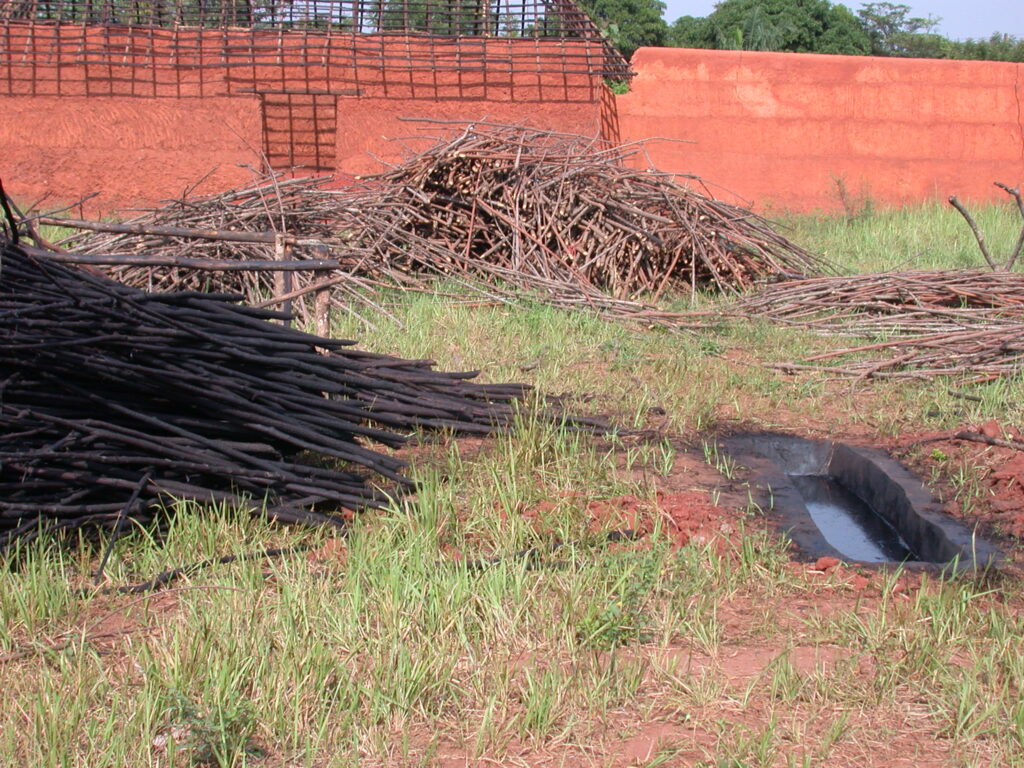
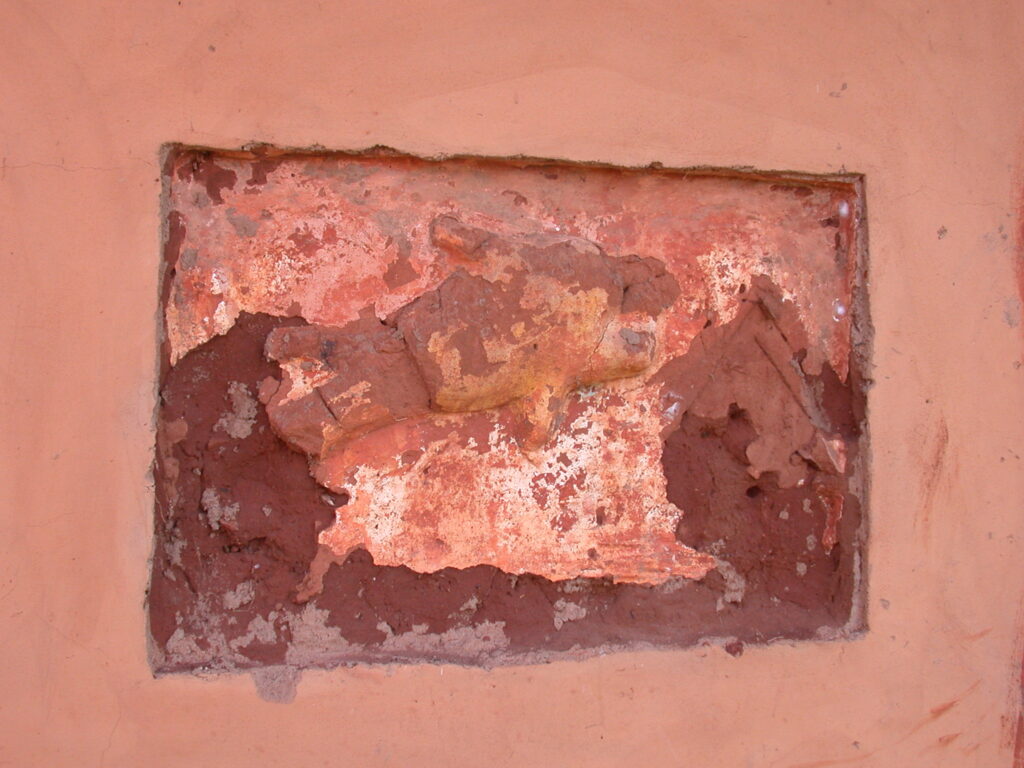
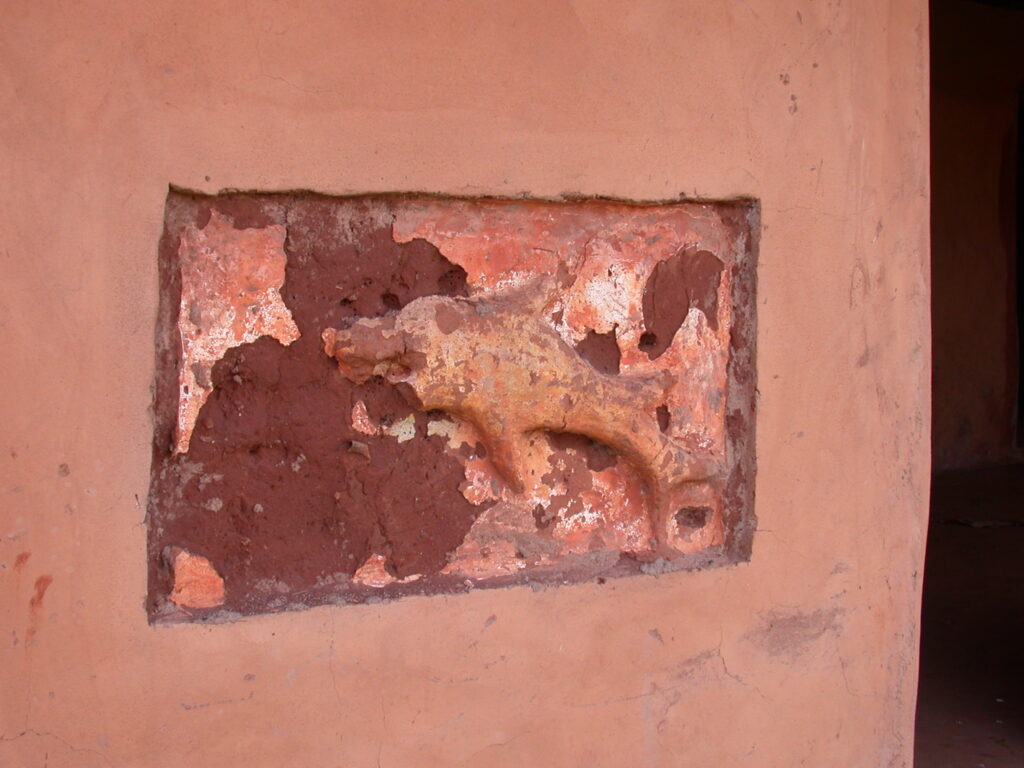
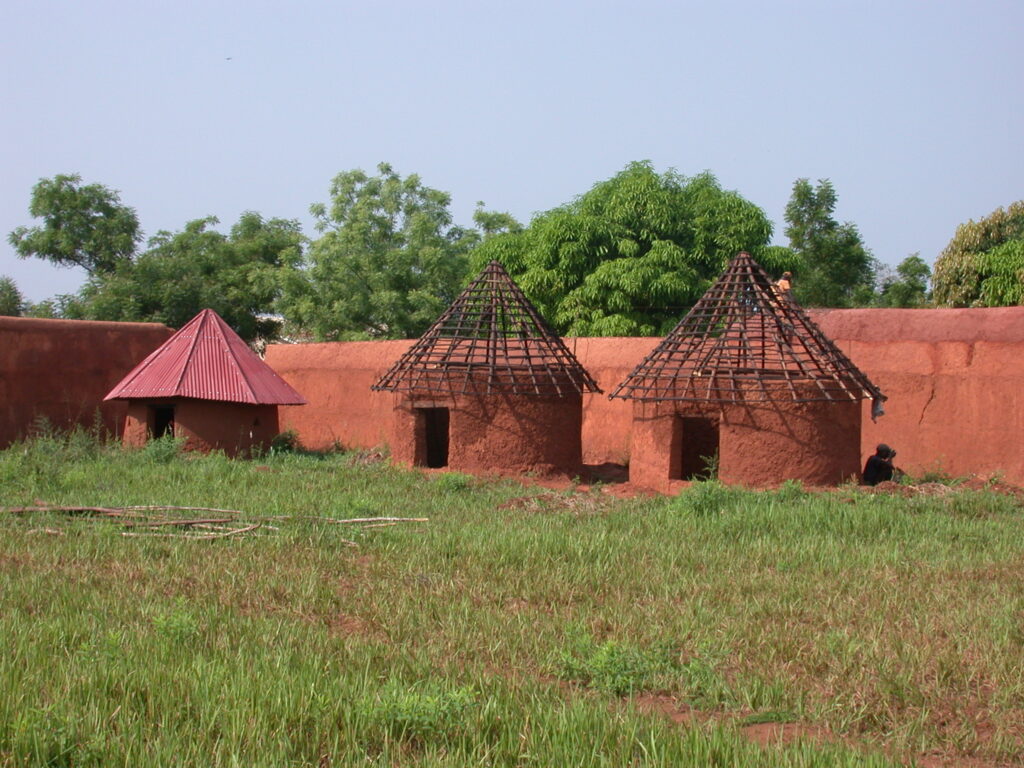
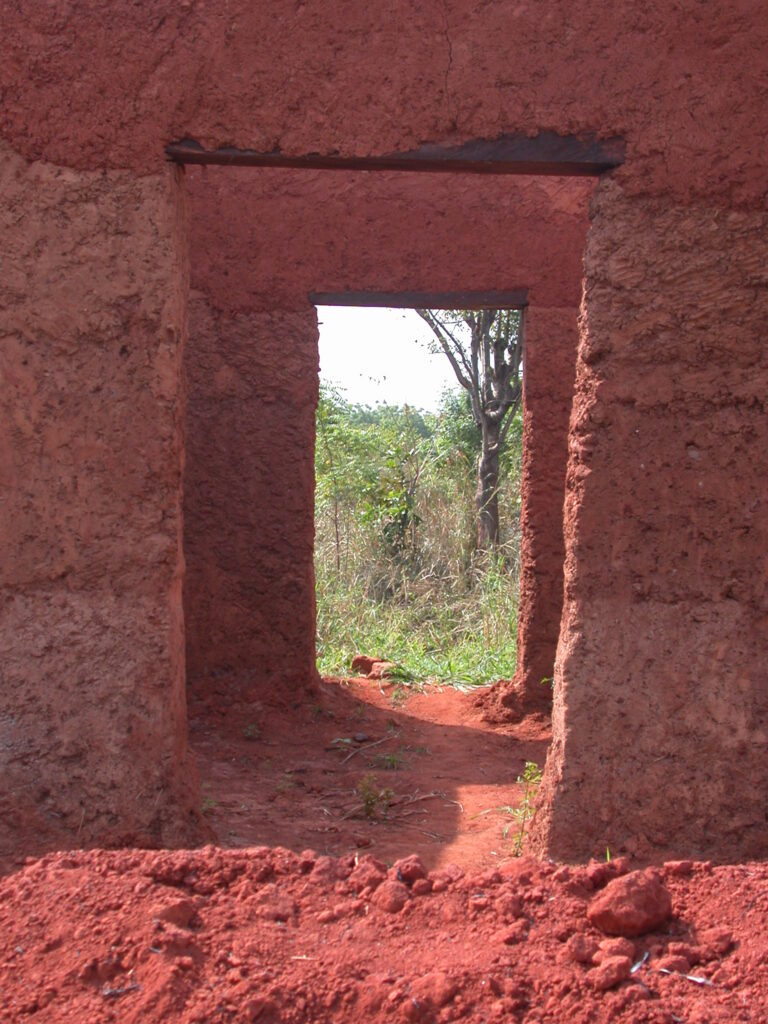
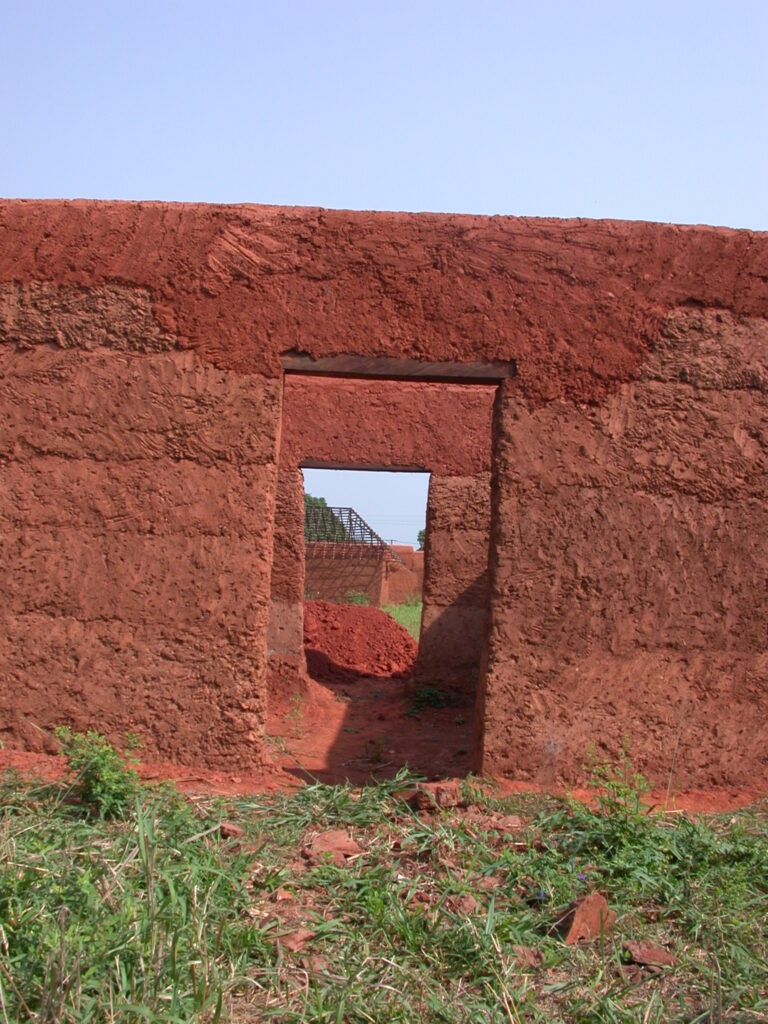
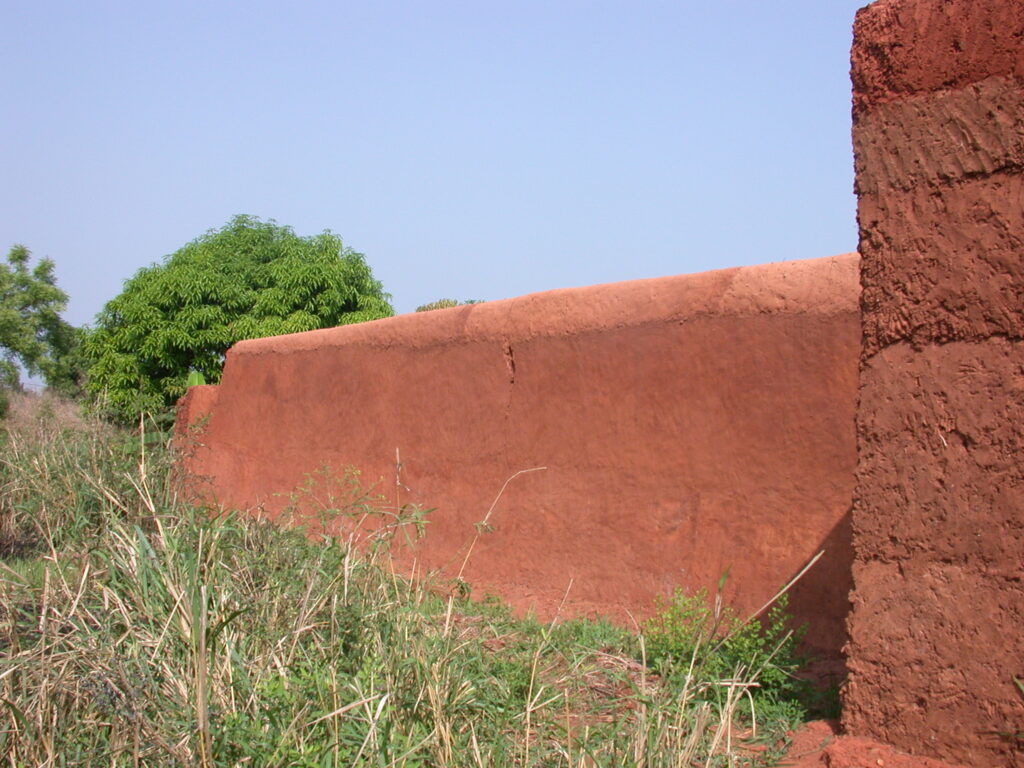
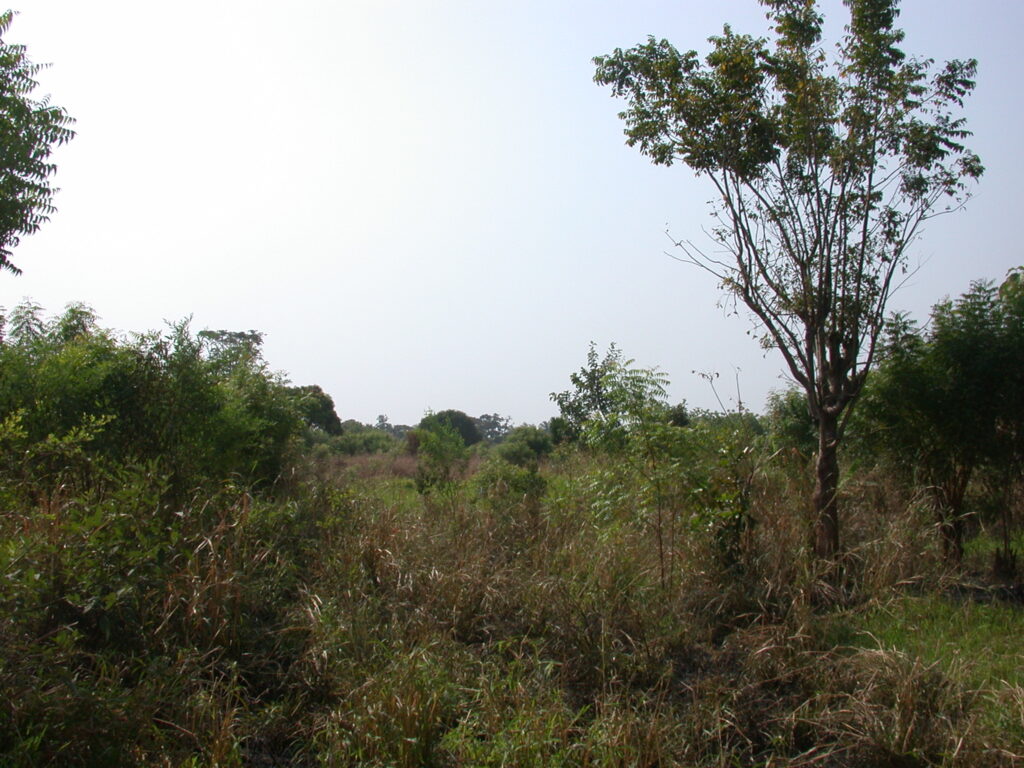
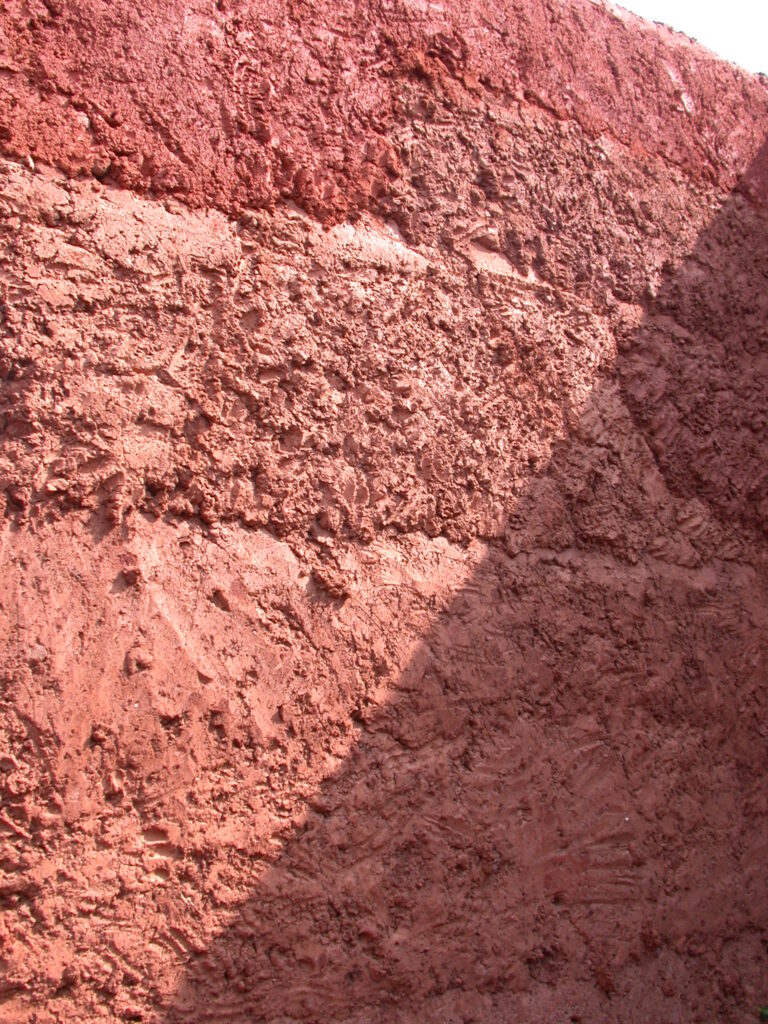
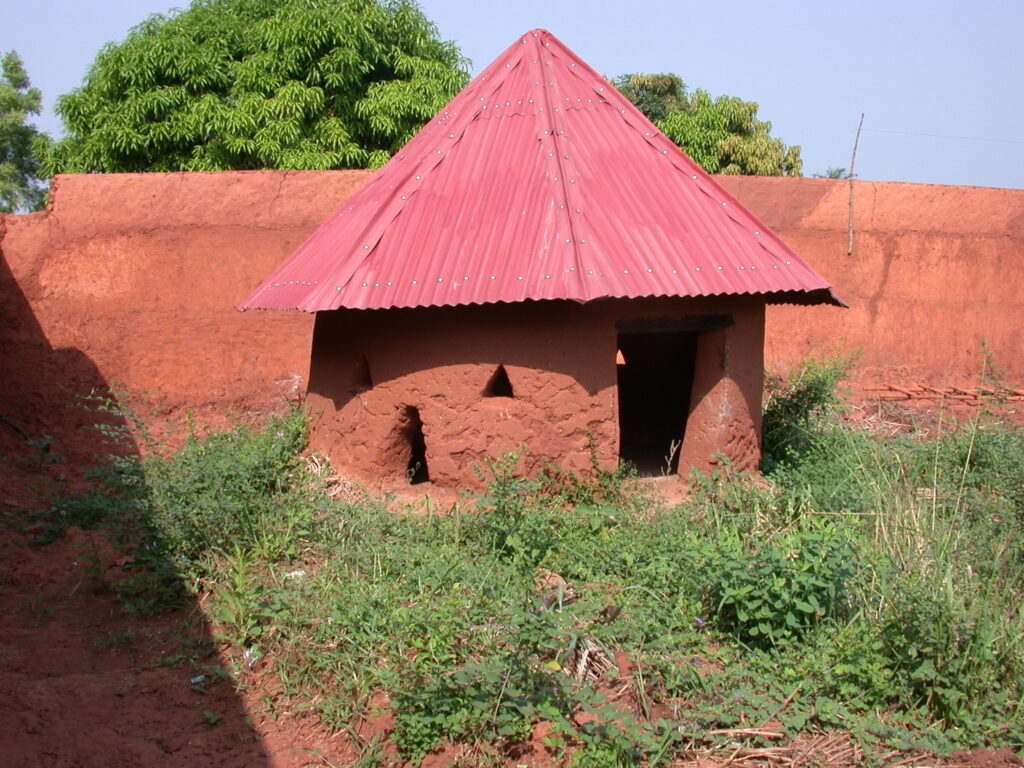
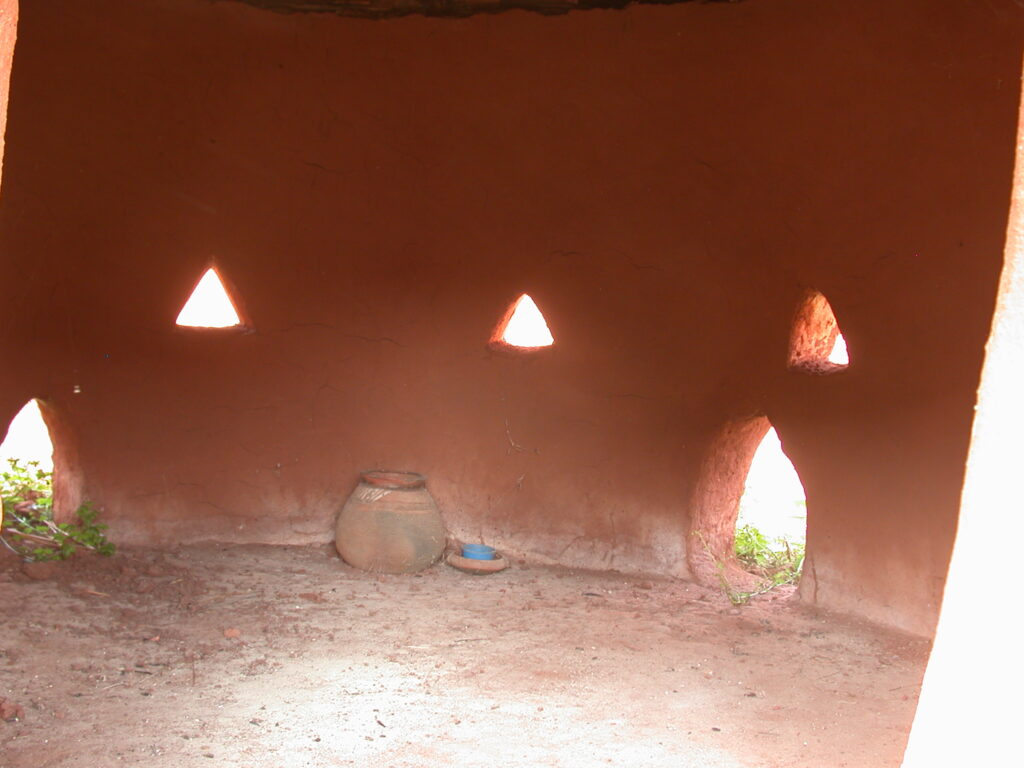
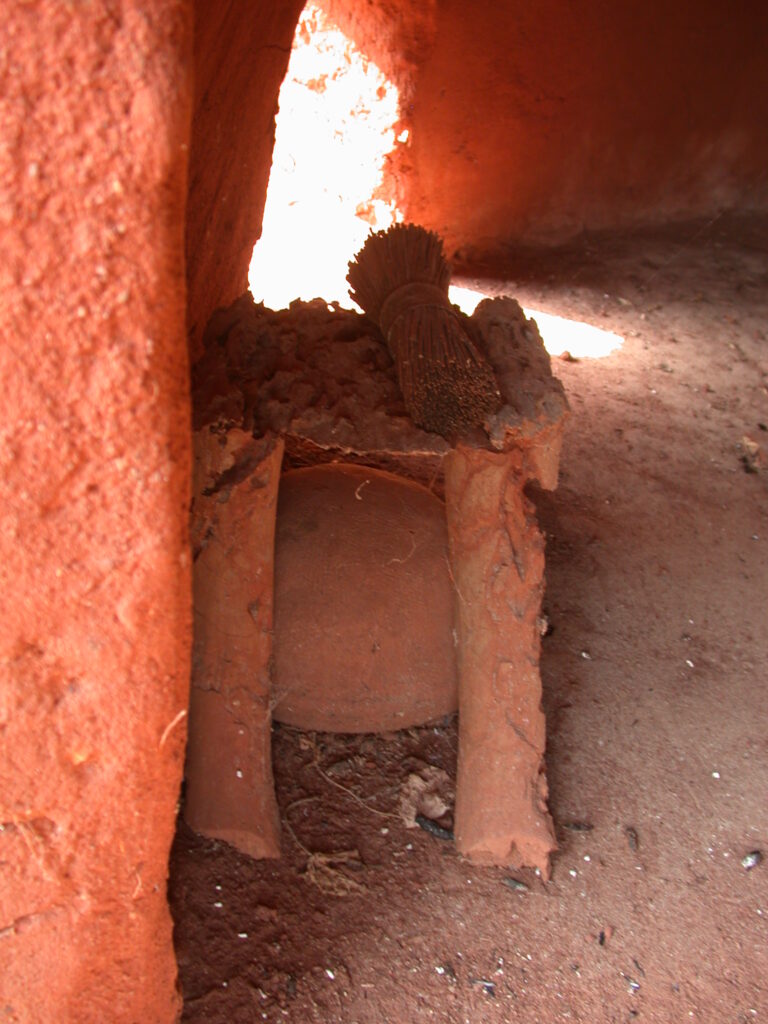
Next I visited the palace of King Agadja. My English translation of the French sign follows:
The Palace of King Agadja
King Agadja (1711-1741), called “the great conqueror,” reigned during the biggest period of expansion of the Danxomè kingdom. He conquered neighboring states: the kingdom of Savi (with the city and port of Ouidah) and Allada and started to dominate slave commerce on this coast. He established direct contact from the royal court to the Europeans. He formed an elite corps of warriors. Its rare warlike failures were against the Mahi and the Oyo kingdom (Yoruba in present-day Nigeria) of which the Danxomè gave tribute since its departure on the plateau, which was populated by the Yoruba.
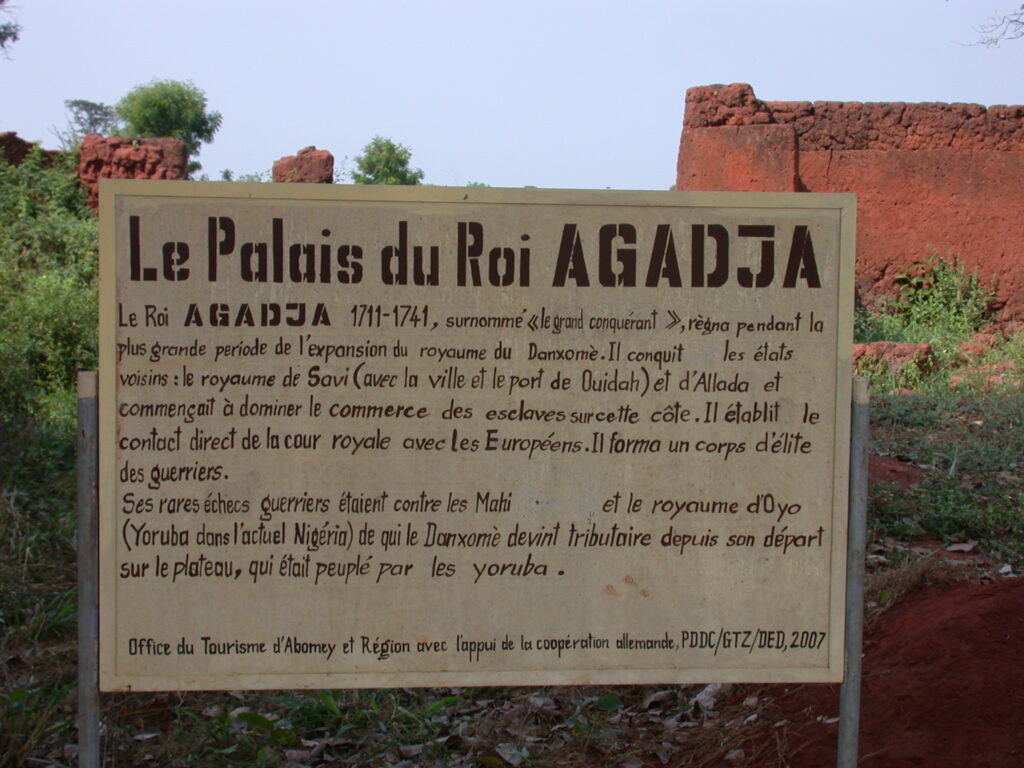
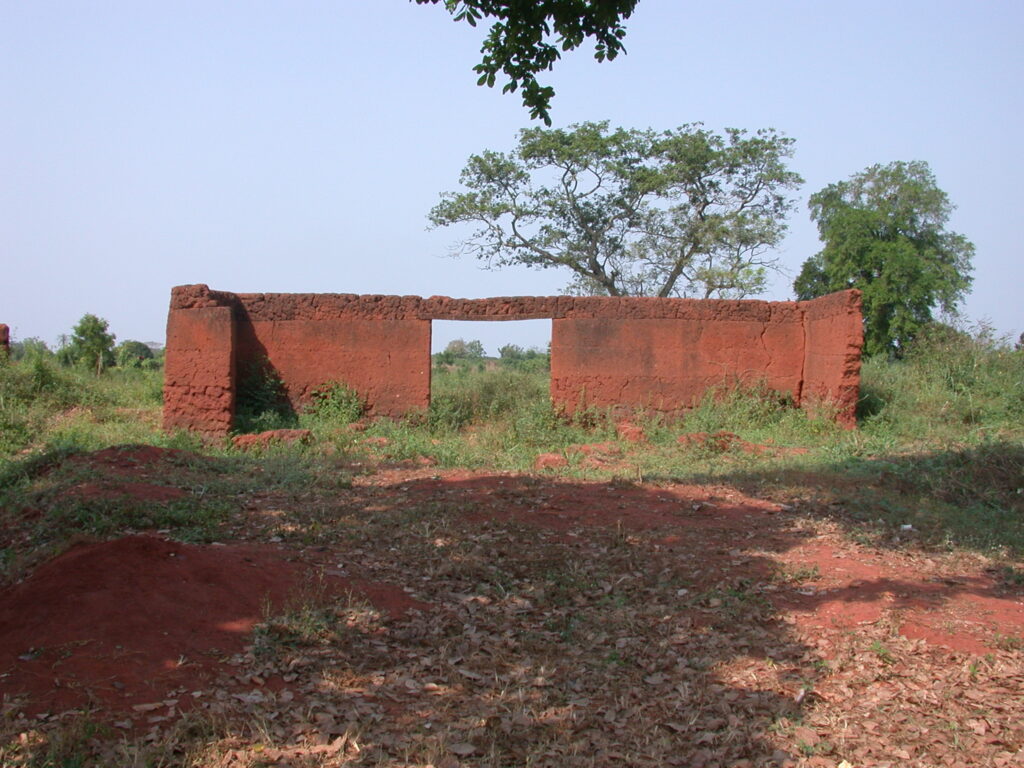
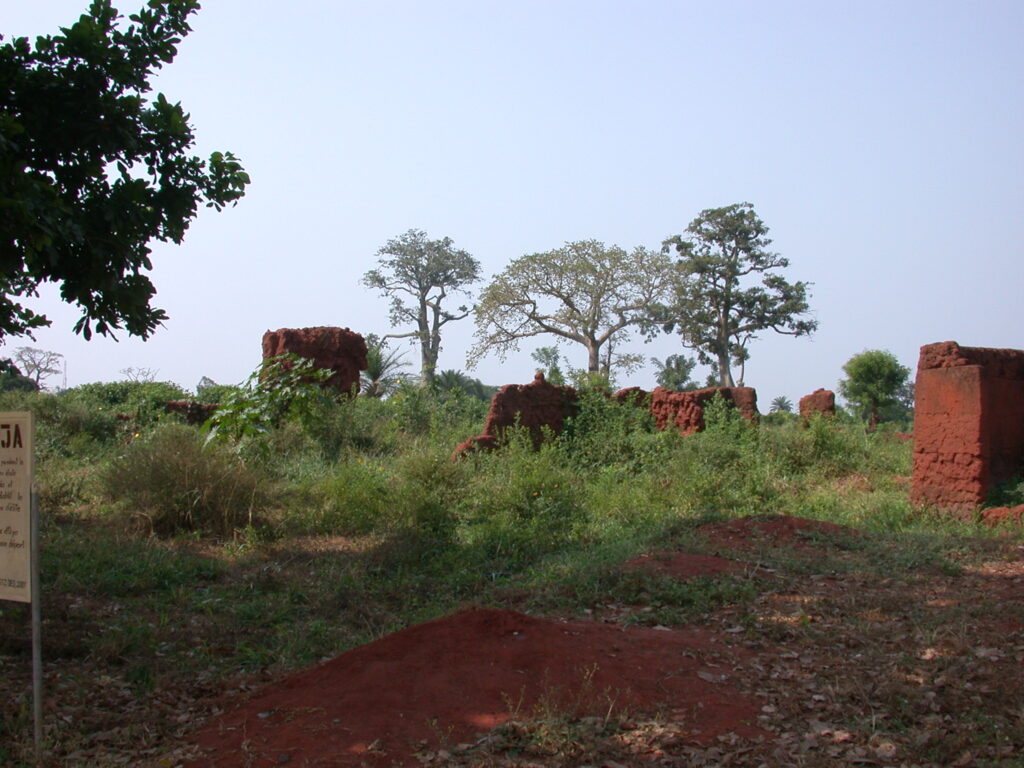
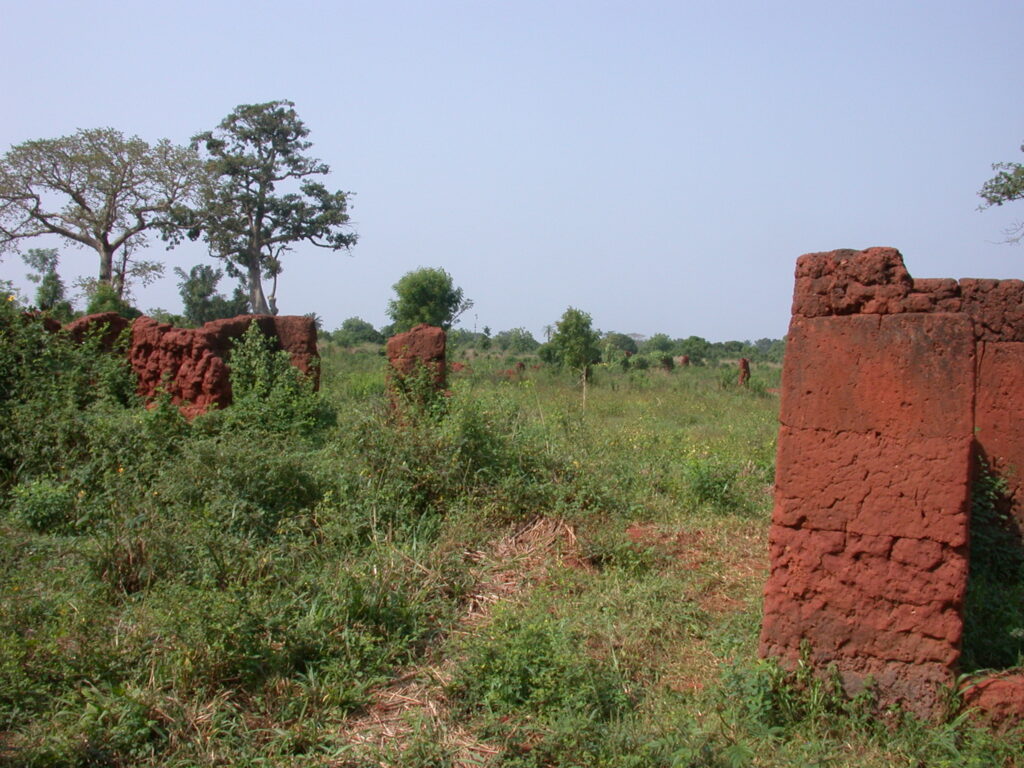
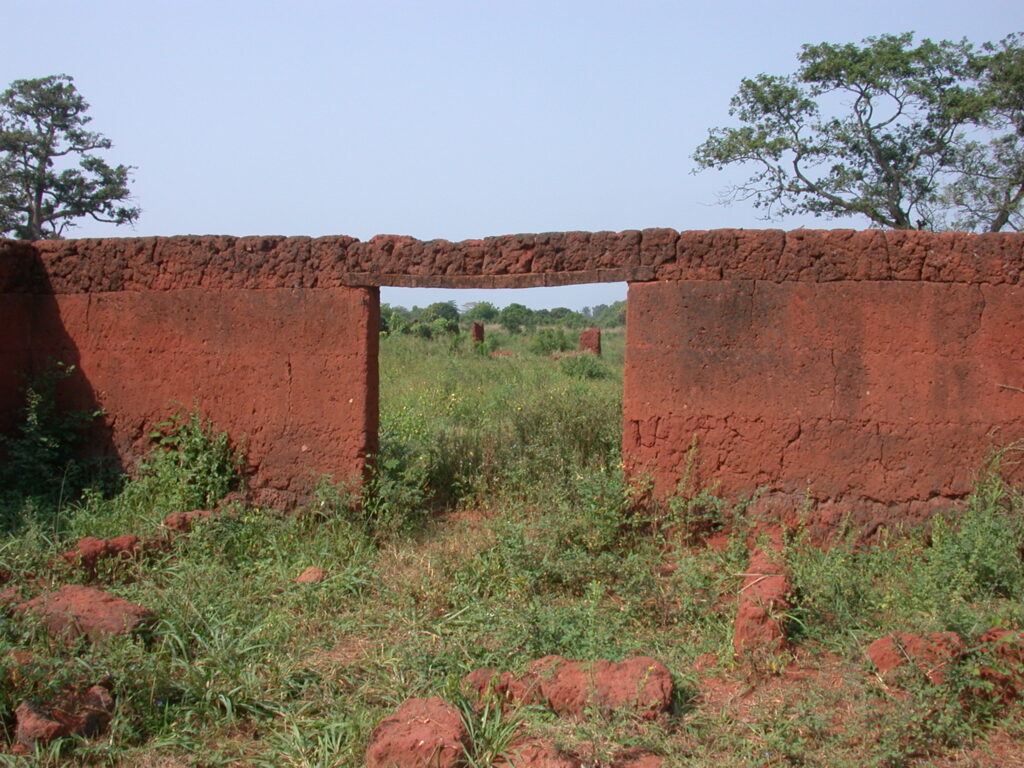
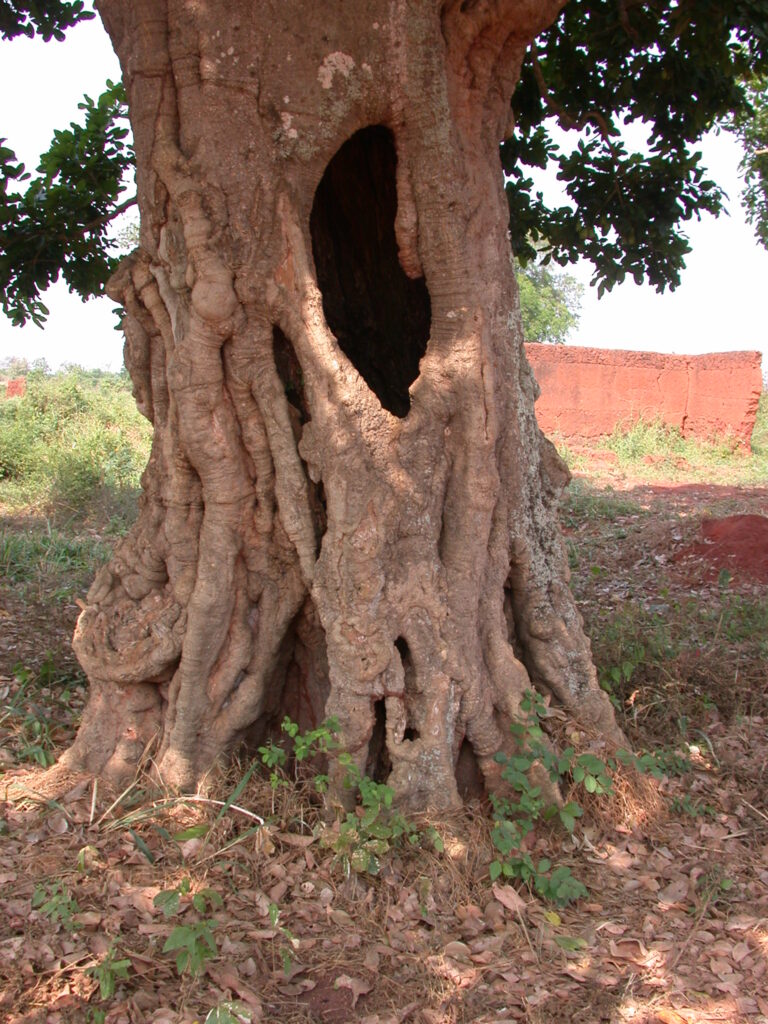
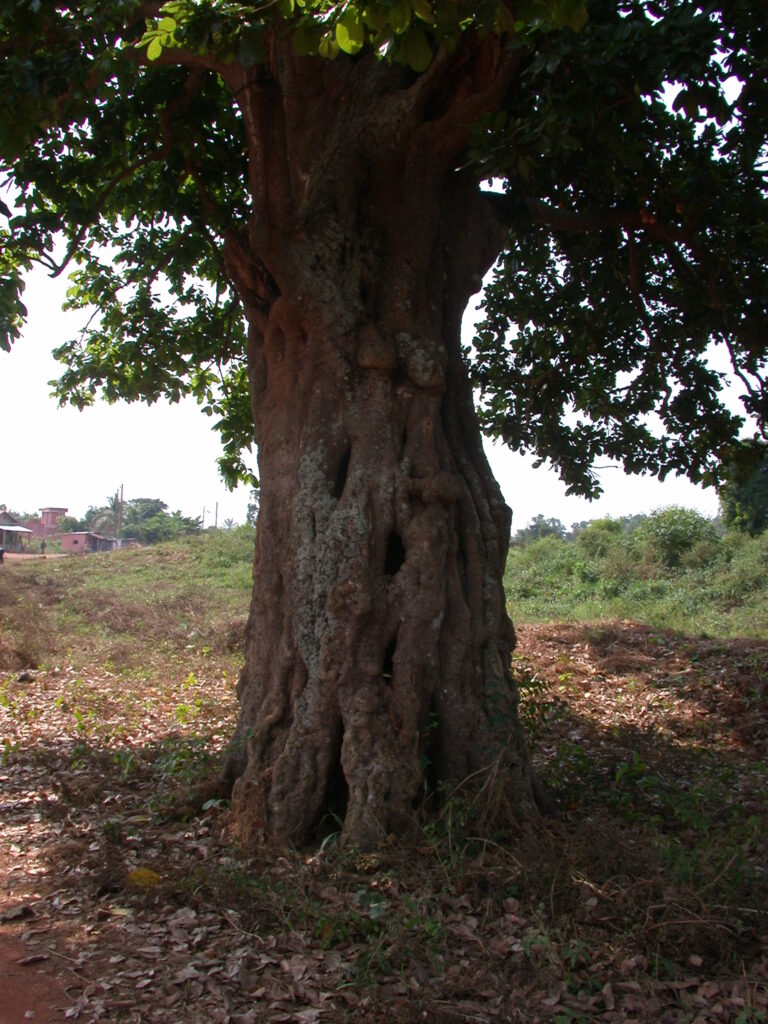
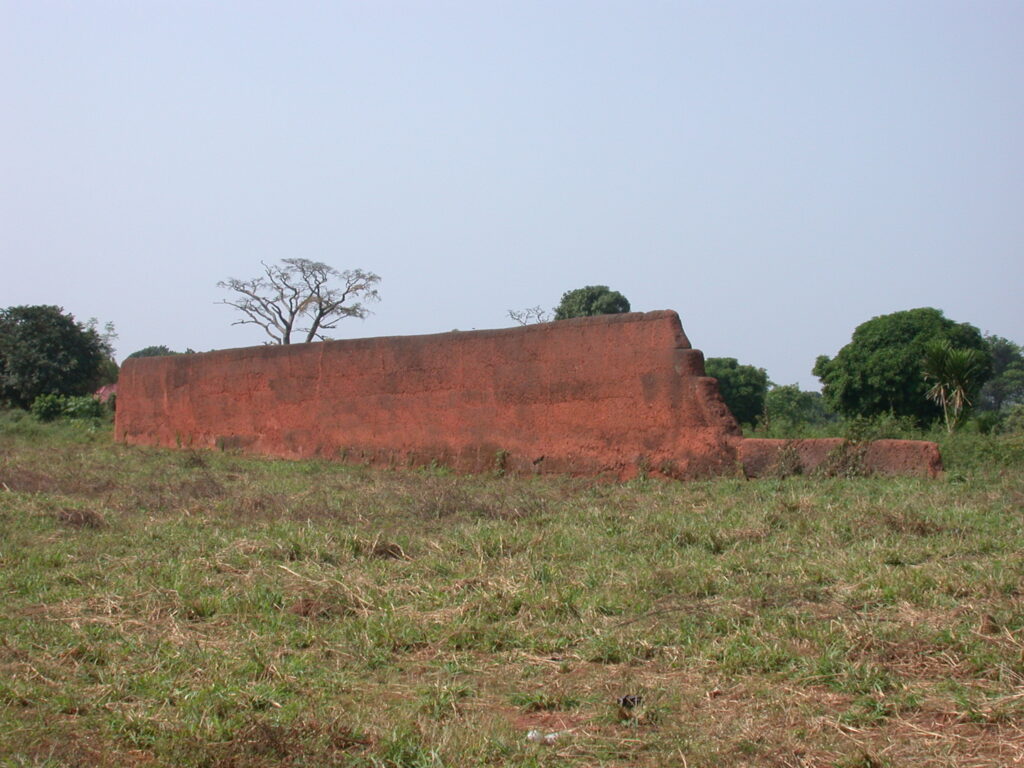
Next came the monument to the three Germans. Here’s my translation of the French sign:
The Monument to the Germans
This monument honors the engagement of three German soldiers and of a Belgian who fought against the colonial French army side by side with the Danxomè army between 1891 and 1894. Friends of King Gbehanzin, they came to show the Danxomè soldiers how to use a French cannon, lost by the French in the forests of Sedan (in France) during the war of 1870/1871 between the Germans and the French. The Kingdom of Danxomè bought this cannon but no Danxomè soldier knew how to use it. The French, astonished by the sound of the cannon’s detonation, climbed into tall trees to observe who was shooting the cannon. The 4 white soldiers, painted black, were recognized by the color of their hair. They were arrested and executed.
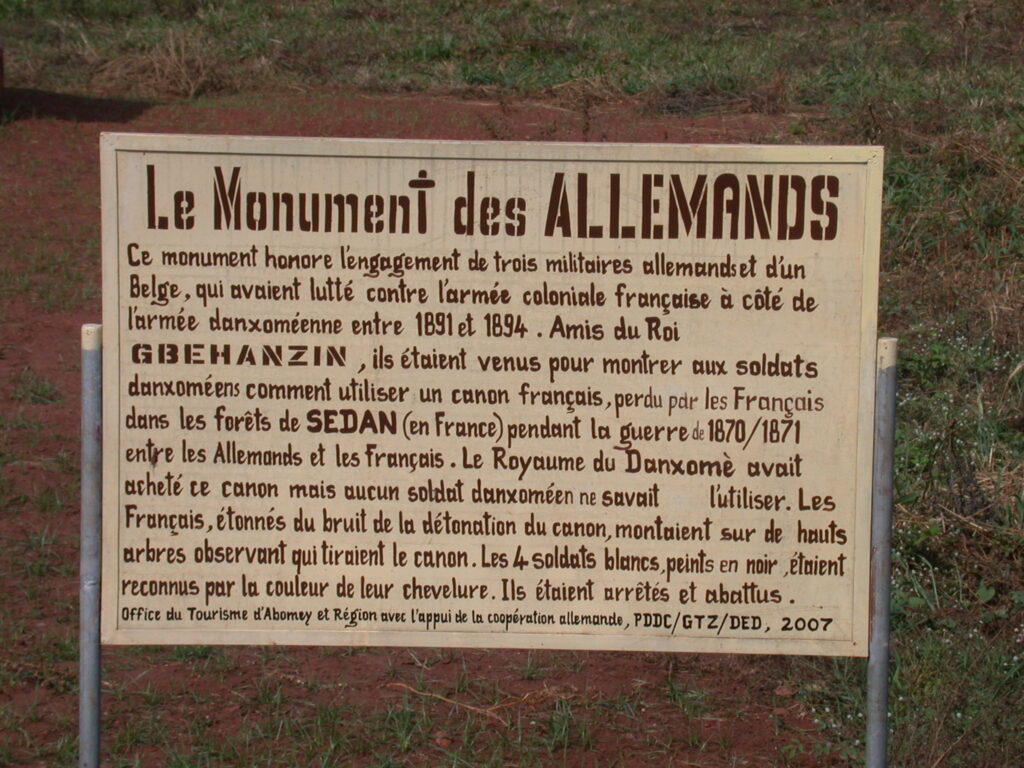
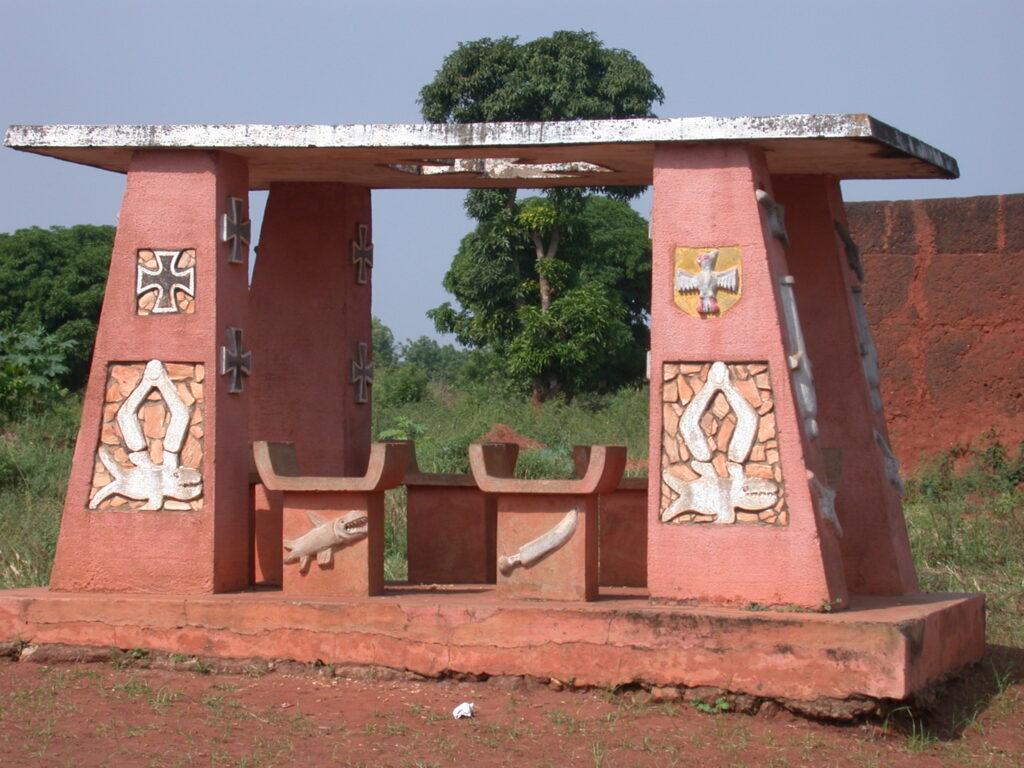
The Agouwadji ruins once sheltered the Houtondji blacksmiths as described in my translation of the French sign there:
Agouwadji, this space once sheltered the Houtondji blacksmiths, brothers and companions of the Alladaxonu since Tado (in Togo). Then the noise of metal and anvils disturbed the peace of the King in the palace and they were moved to another district a bit further away, that bears their name: le Houtondji district. The space also sheltered a little lake named Azazo. King Tegbessou (1741-1774) made the lake disappear to extend the wall.
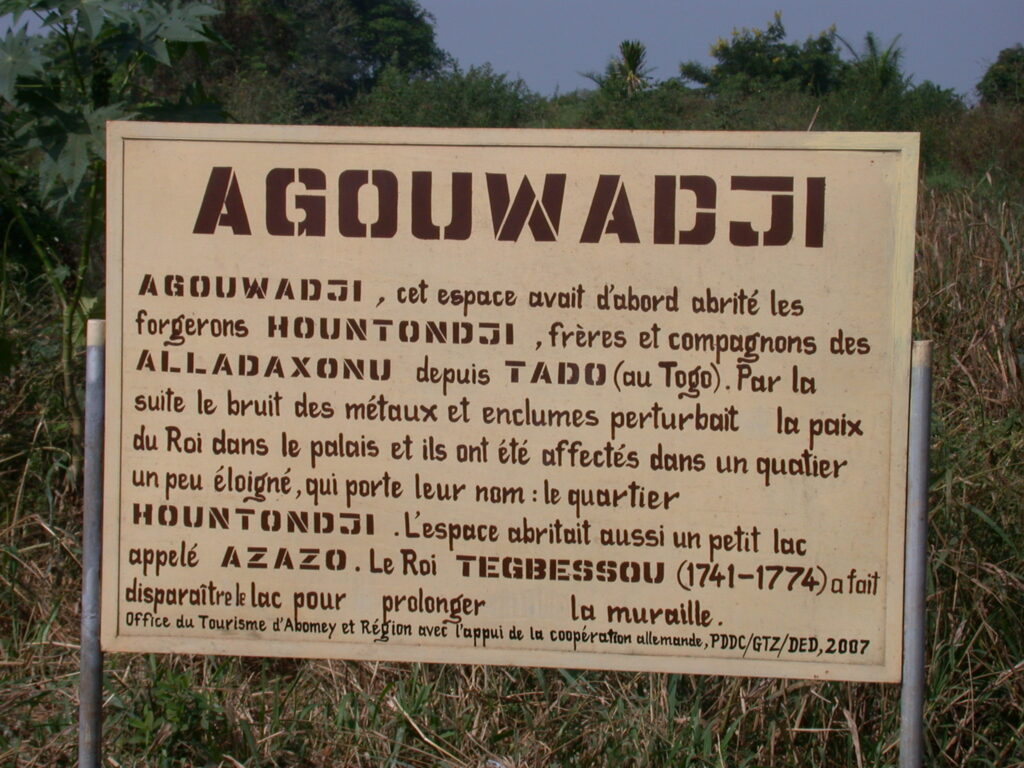
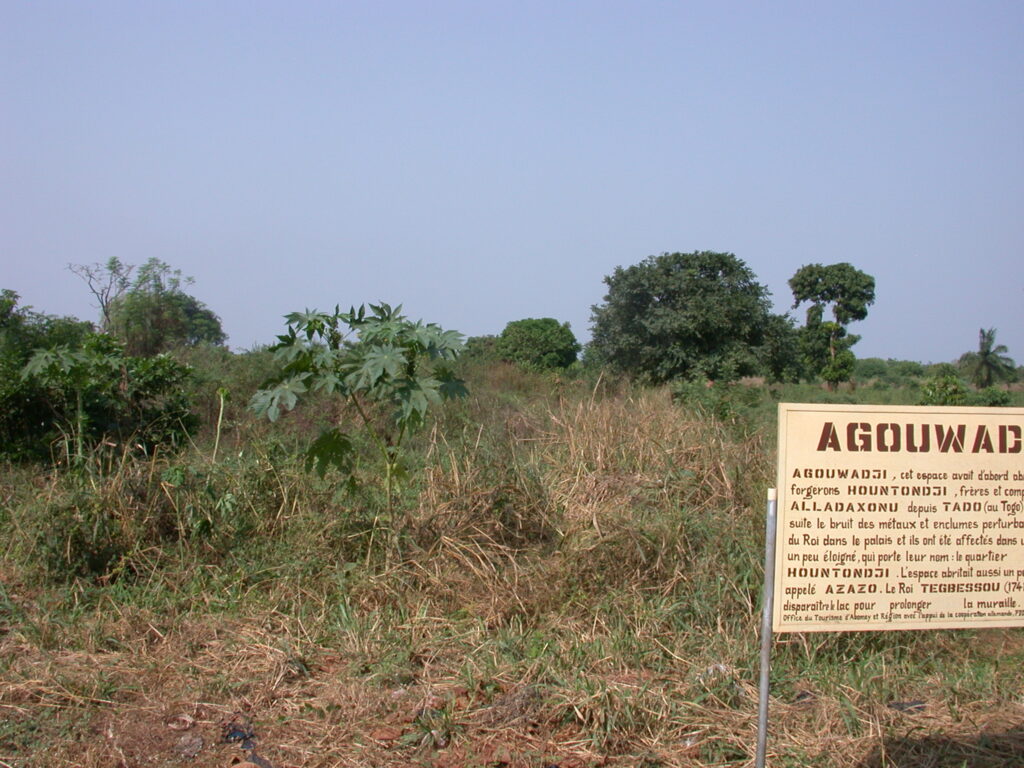
The palace of King Tegbessou also has a French sign for which I present here the English translation:
The Palace of King Tegbessou
Since the prince Tegbessou was part of an annual tribute demanded by the Yoruba of Oyo (Nigeria), he stayed for a long time in that city, but finally he freed himself.
King Tegbessou (1741-1774) undertook some victorious wars against the Mahi and Nago, but he failed against the Yoruba.
During his reign Ouidah became a prosperous port and the second city of the kingdom. He finalized Agbodo, the moat of the city.
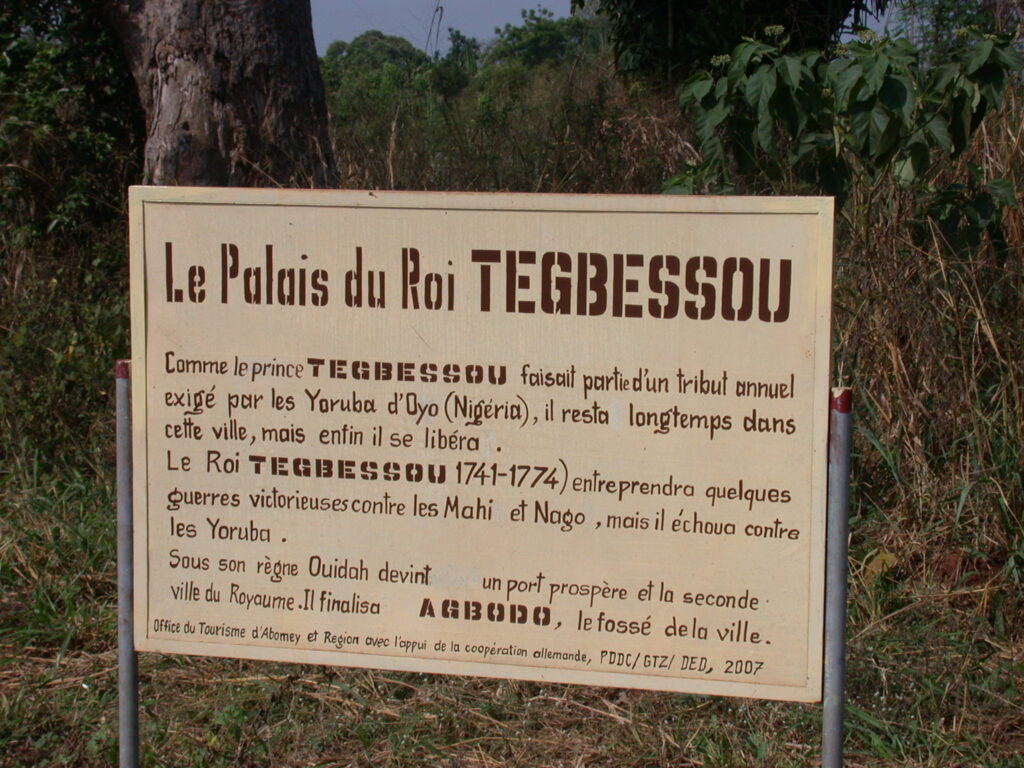
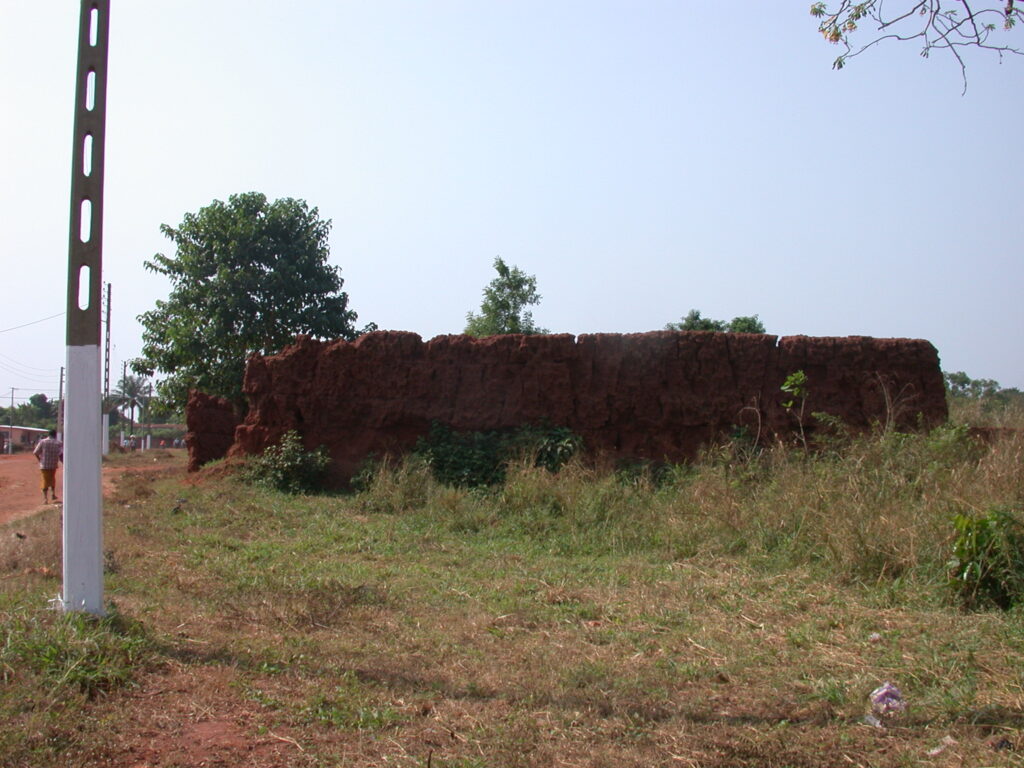
Here is my translation of the French sign that describes the Feliadji entrance:
The Feliadji Entrance
The Feliadji entrance was opened by the King Tegbessou (1741-1774). The sons of the King who reached 10 years of age could not continue to live in the palace with the women. They left by this entrance to taught and educated [sic] at Vinhondji. Just as the son and heir, the Vidaxo, left by the same door to go to Ife in Nigeria, which is the country of origin of the Fa. That is where they instruct the sons and heirs in the domain of the Fa, in reading, in the Yoruba language, musical instruments and also patience.
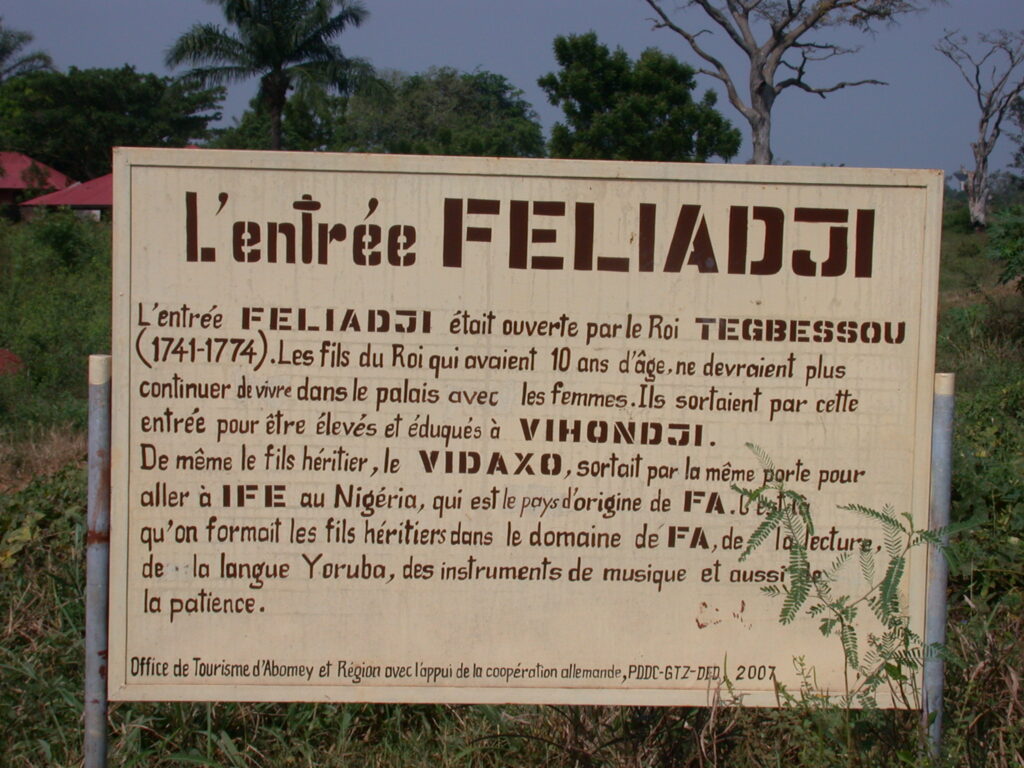
I translated into English the French sign describing the palace of King Kpengla:
The Palace of King Kpengla
King Kpengla (1774-1789) reinforced the army and conquered coastal cities, now situated in Nigeria and Togo. He still reinforced the Danxomè’s influence on the slave trade. He focused on expanding and consolidating the frontiers of the kingdom. He sent his army against the Hweda, the Ouemenou, and the Yoruba of Badagri. Victories and defeats charted the course of the army with the Amazons.
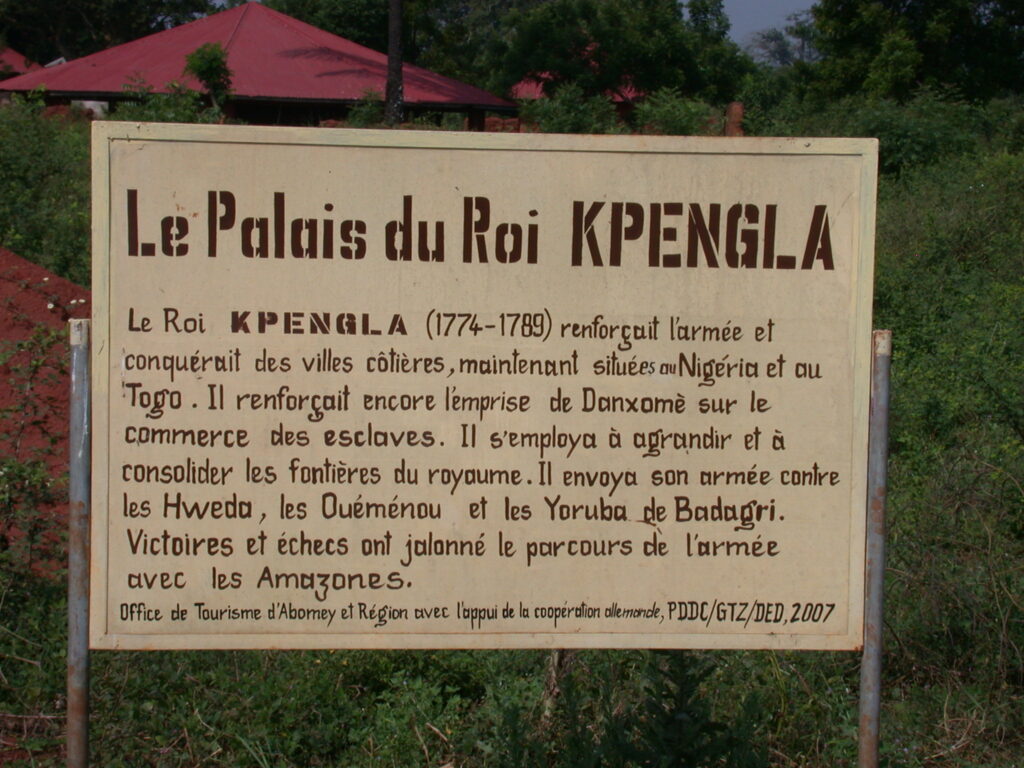
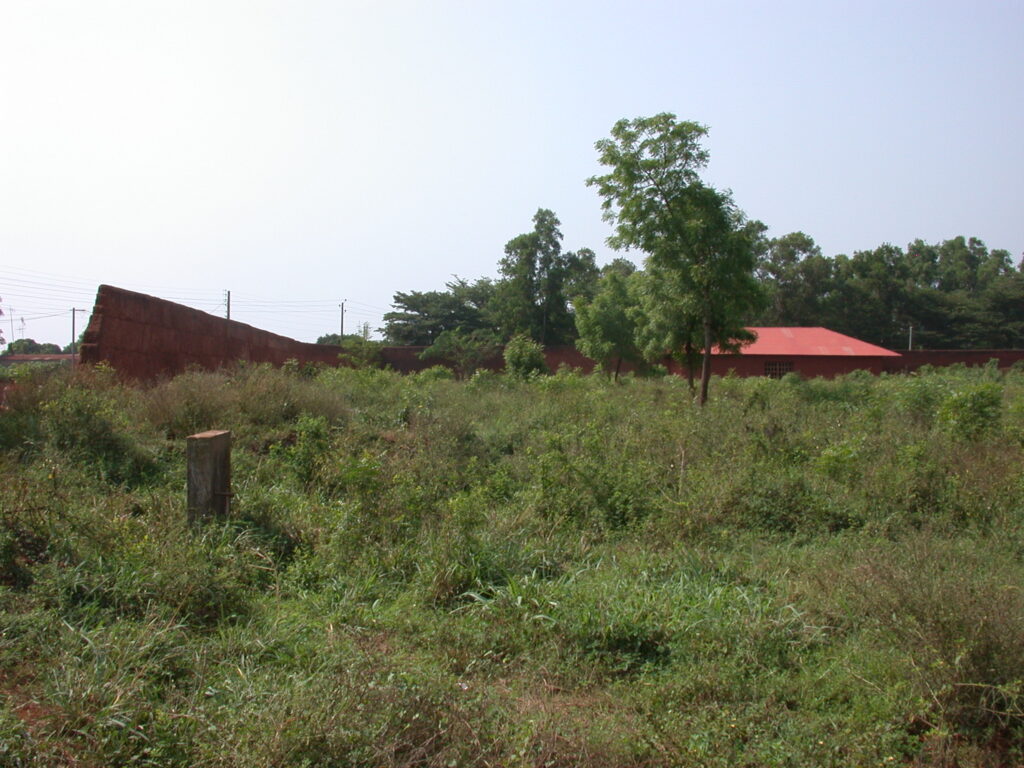
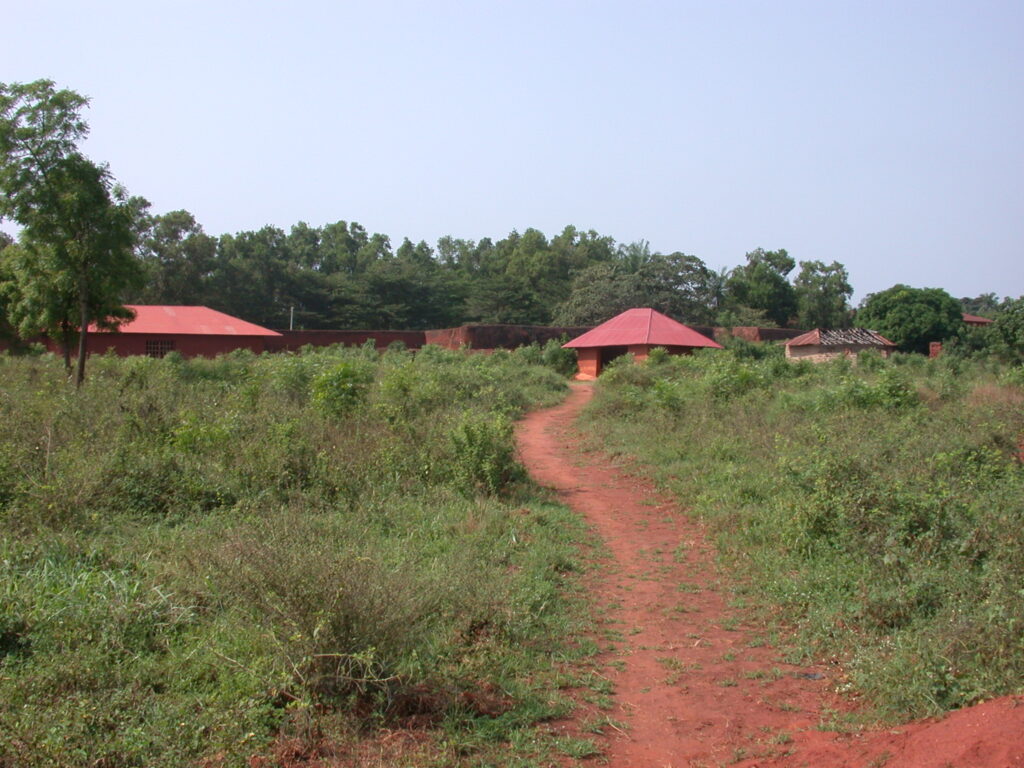
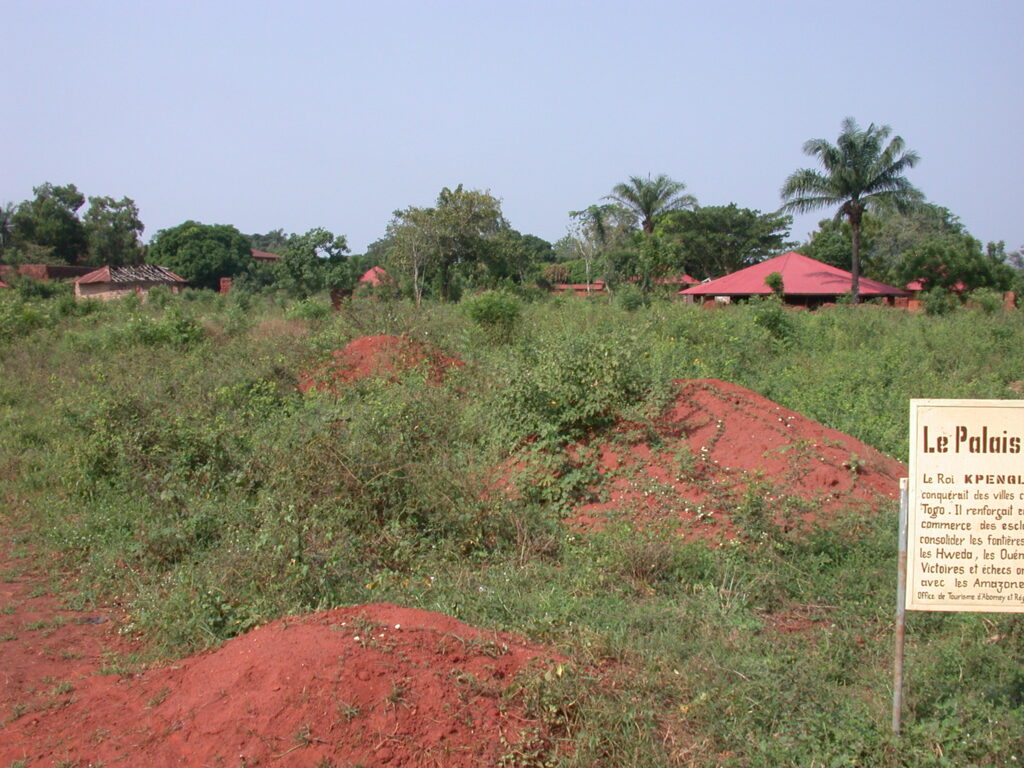
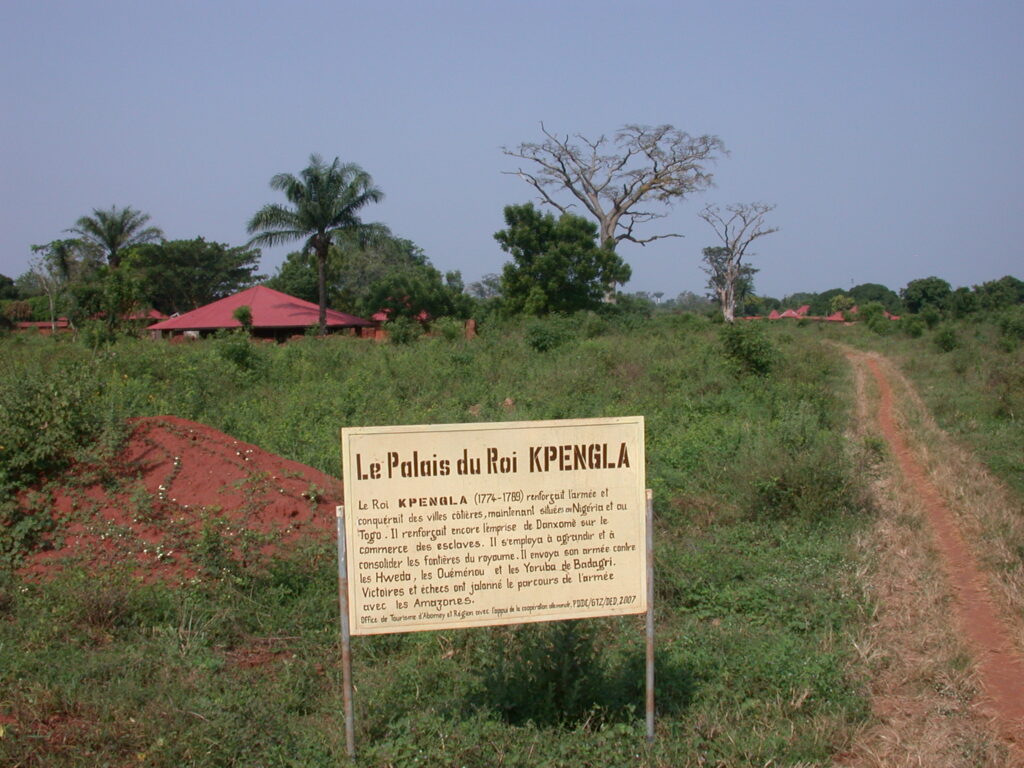
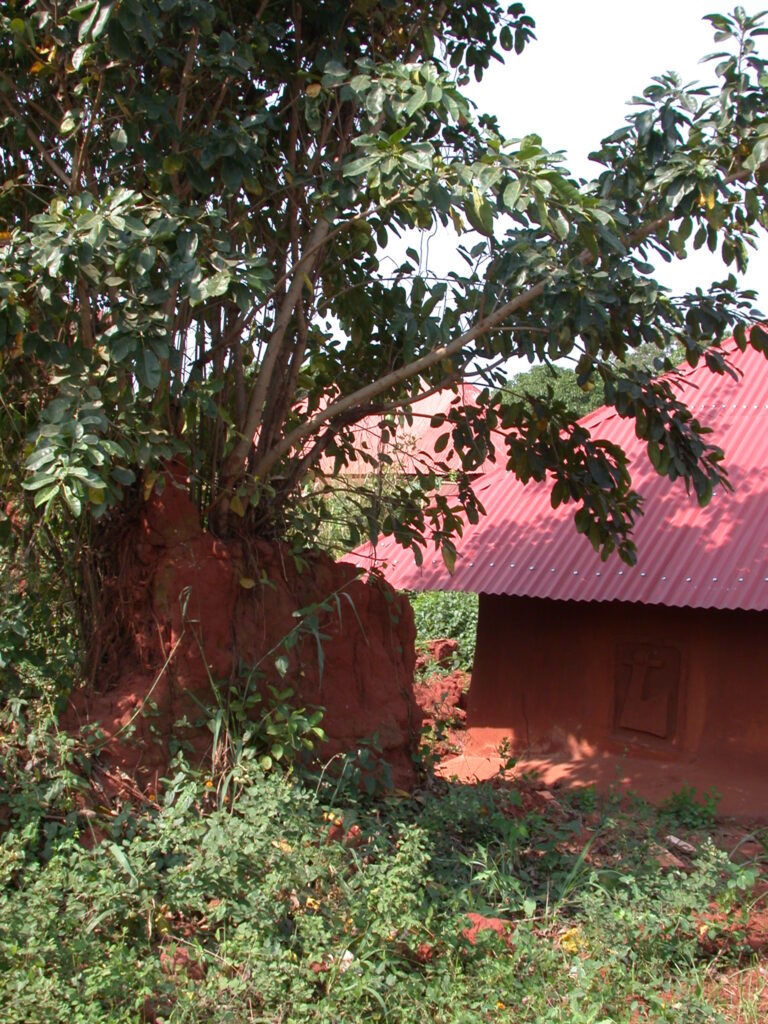
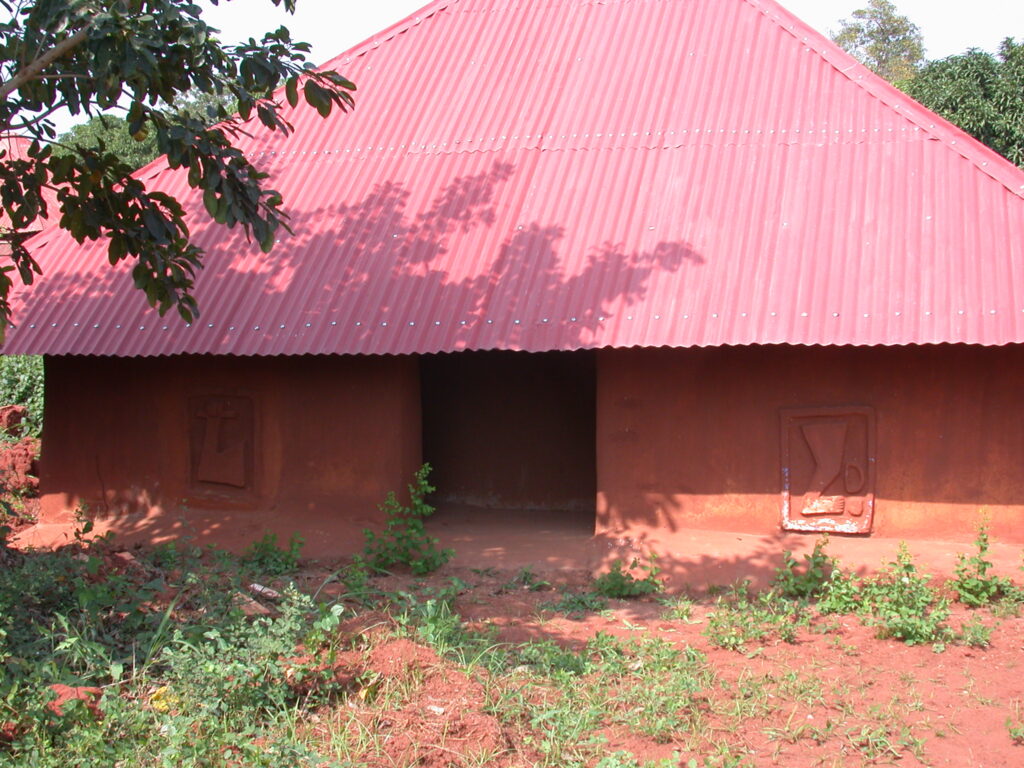
After wandering around all of these ruins, I arrived at the Musée Historique d’Abomey, where I spent a good chunk of cash on the admission and camera fee. The Musée Historique d’Abomey is located in the main complex of palaces with a large old tree in front.
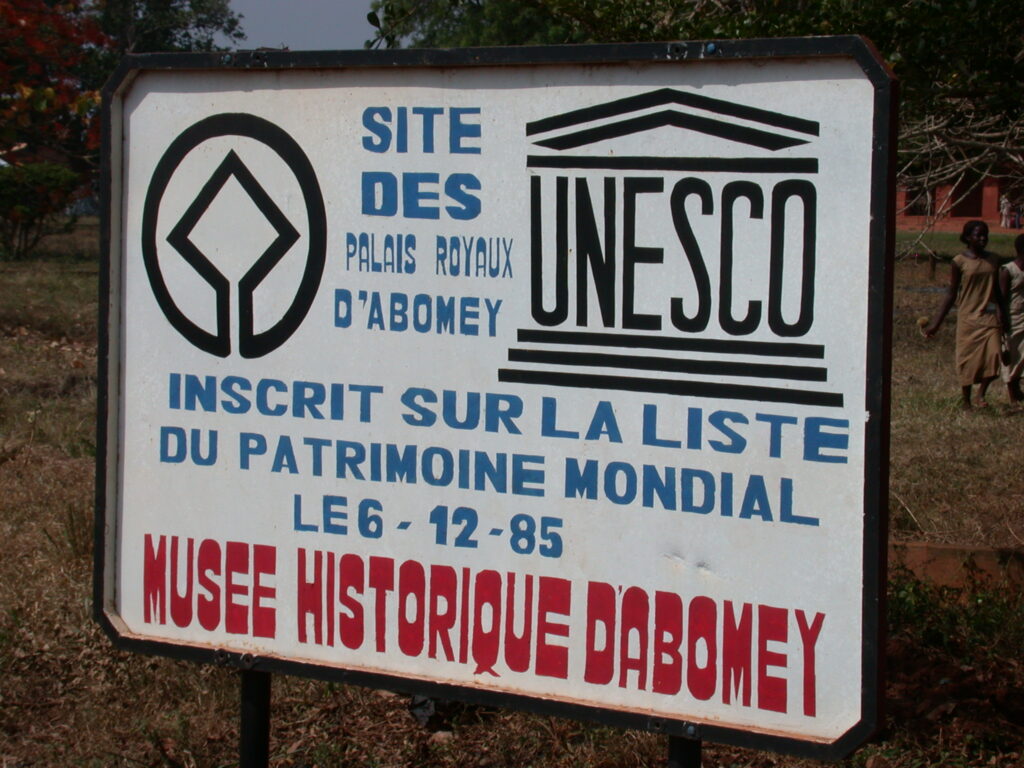
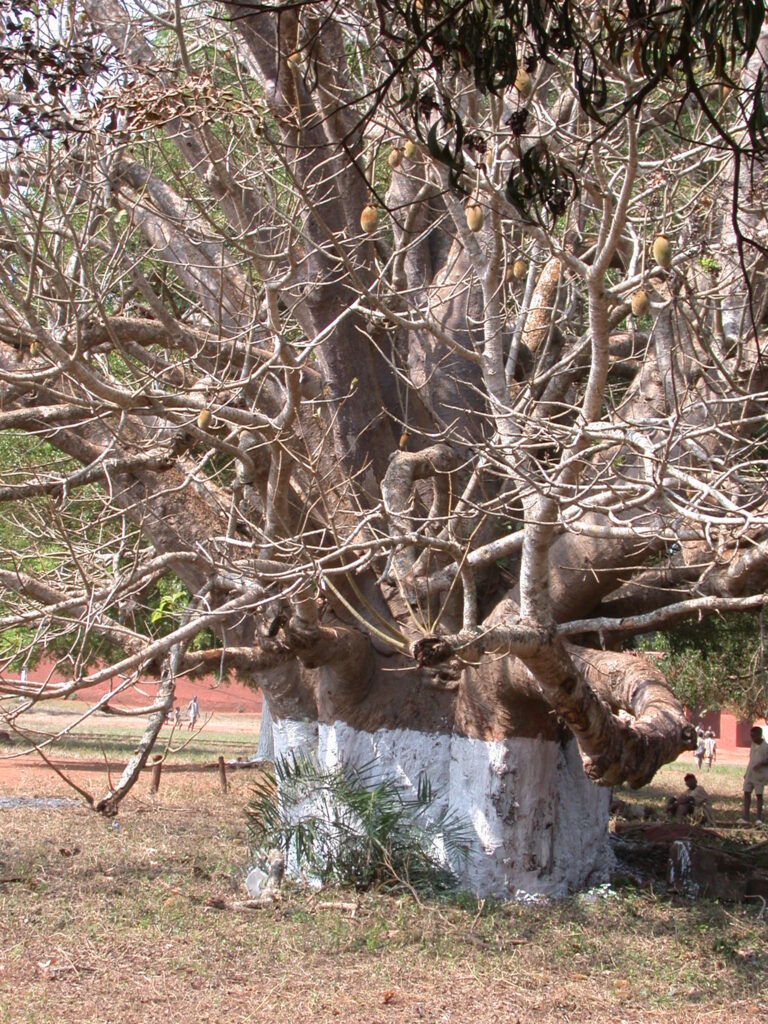
Here is my English translation of the French sign describing the palace of King Agoli-Agbo:
The Palace of King Agoli-Agbo
King Agoli-Agbo (1894-1900), enthroned by the French, established himself in the palace of his ancestor Kpengla by building a specific entry gate, materialized by a baobab tree, upside down, on the advice of his soothsayer. He started to restore the Glele and Guezo palace [sic]. He named his brothers as canton chiefs. Agoli-Agbo couldn’t reign like his predecessors anymore. On January 29, 1894, General Dodds read to the public 16 articles governing political life in what was left of the Danxomè kingdom. Agoli-Agbo went into disgrace because he took his role seriously. Deposed on February 12, 1900, exiled a bit later to Gabon, he returned to Danxomè in 1910, lived 15 more years at Savè, 2 years at Mougnon before returning to his private palace at Djegbe in 1927.
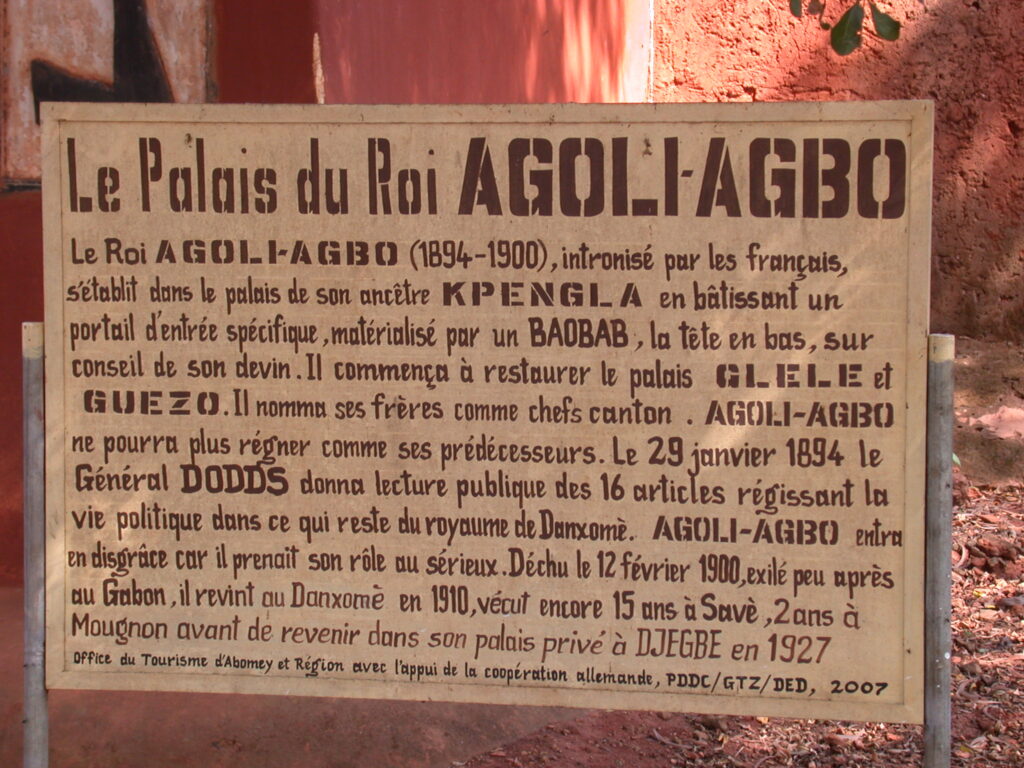
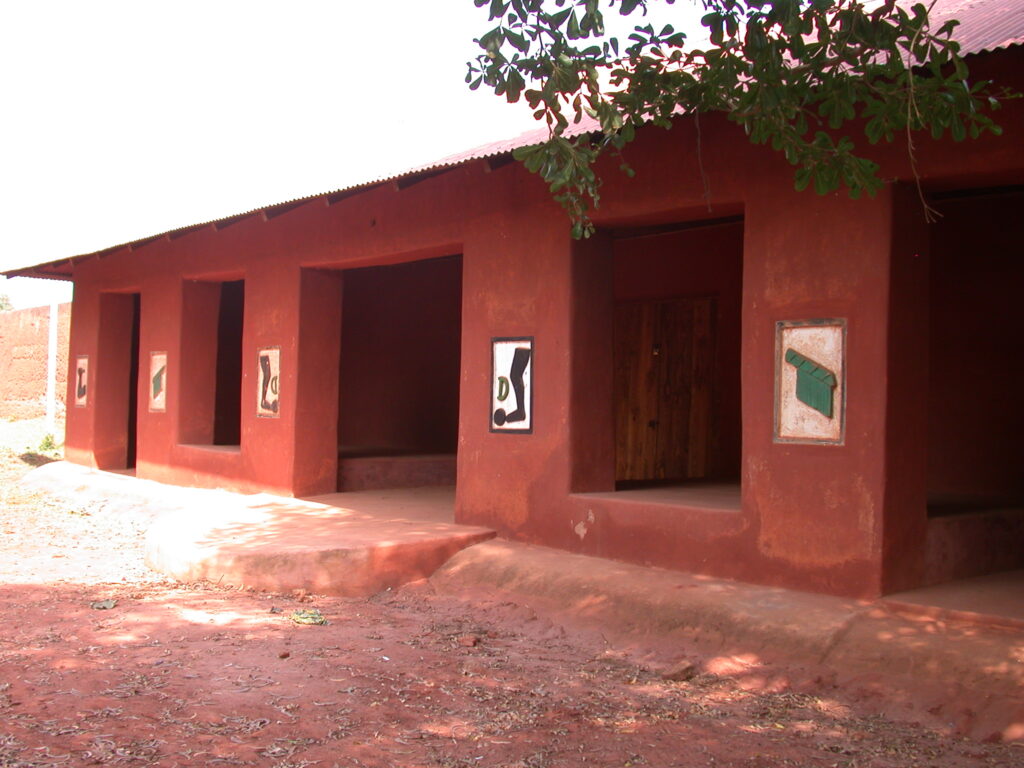
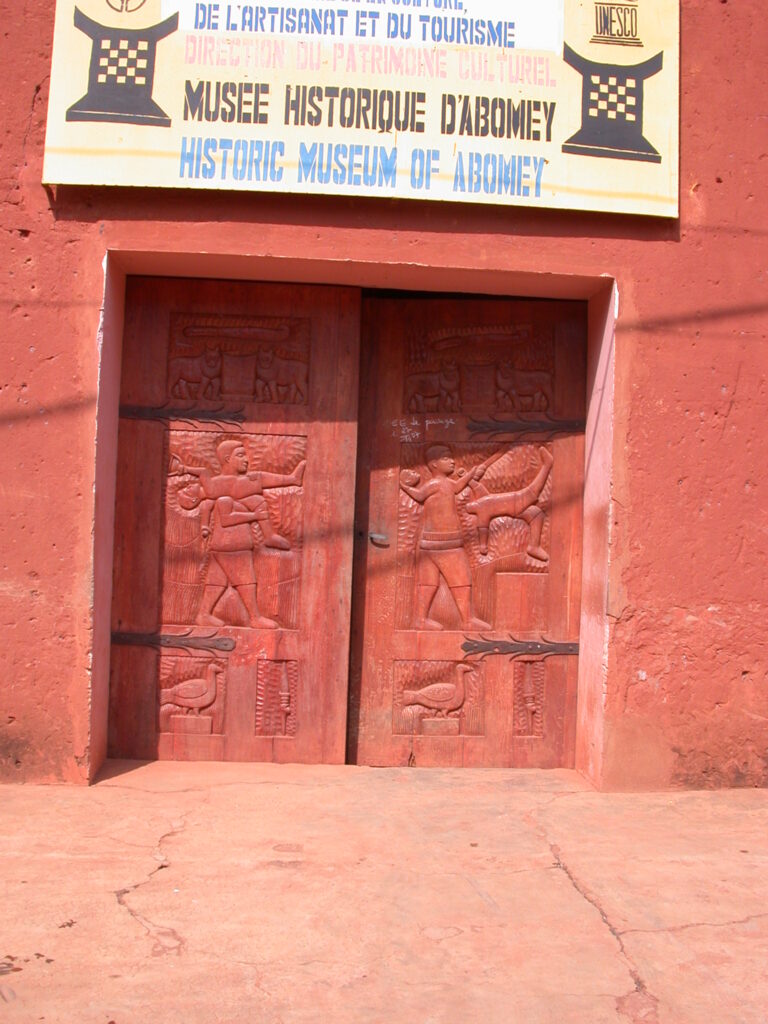
I read and photographed the signs for the palaces in the complex before entering the complex, since photography was not generally permitted inside. For each sign, my translation of the French sign precedes the photograph of the sign.
Ghezo Singbo
Two-Story House of Ghezo
This installation houses a Honnuwa identical to the others. This Honnuwa was transformed in Singbo (two stories) with the assistance of his friend Chacha de Souza.
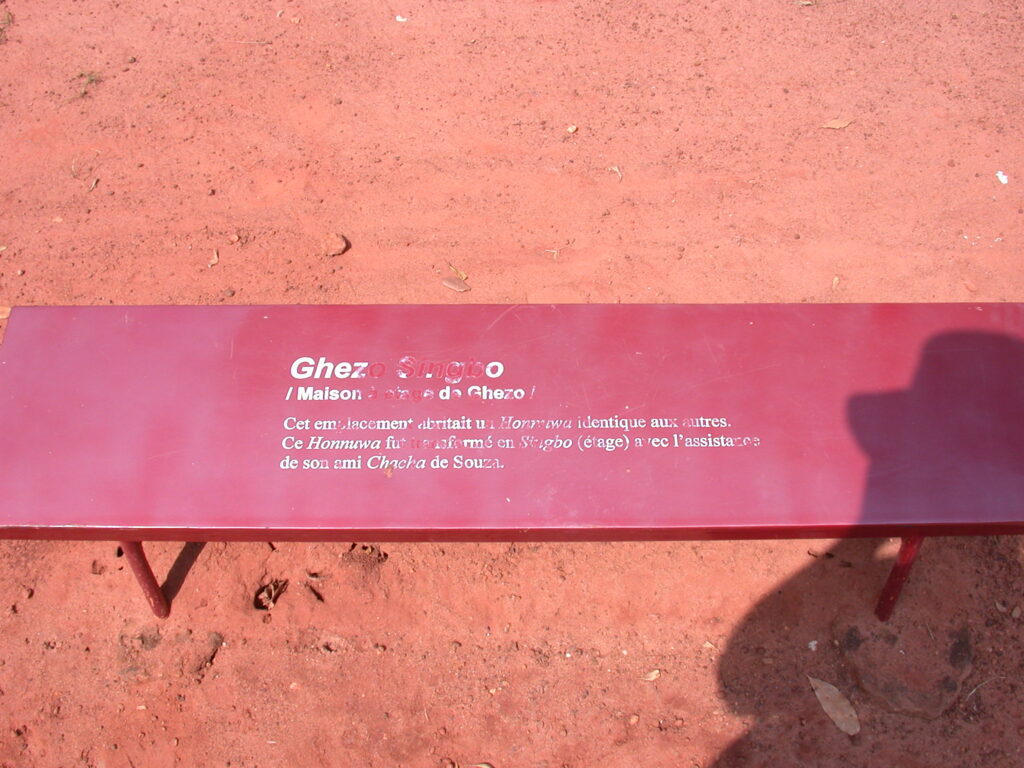
The Palace of King Guezo
King Guezo (1818-1858) is considered a great reformer. He reorganized the structures of the State and the army, worked to unify the Kingdom and developed the production of palm oil in the context of the abolition of slavery. He undertook almost annual wars and freed finally the Kingdom from tribute to Oyo. He gave Catholics permission to build a cathedral downtown.
On the way back from a war with heavy losses, he found death.
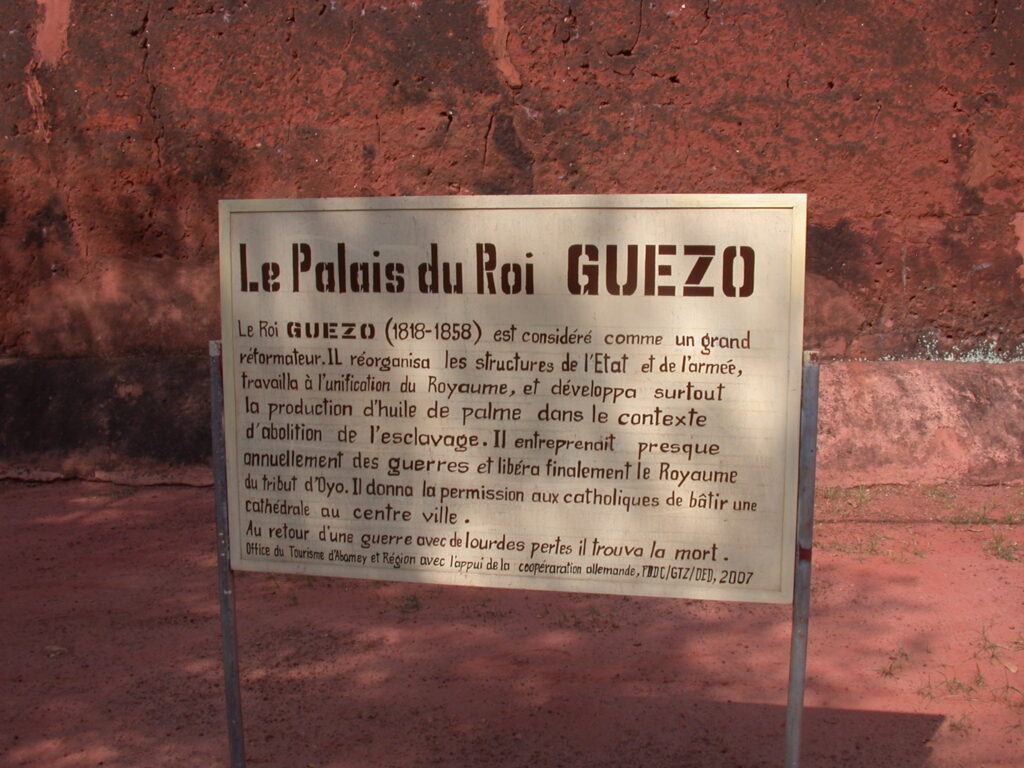
Here is my translation of the sign for King Agonglo’s palace:
The Palace of King Agonglo
King Agonglo (1789-1797) saddled himself with the well-being of the population for a series of reforms. He changed the system of taxation, reinforced the voodoo (vodun) cult, and supported the arts, reorganizing the art trades. During his reign, the designed decorations on the walls and pillars of the palace changed into bas reliefs, which completed the drummed language, codified chants and applied them to cloth. He loved music. He opened the Kingdom to Christian and Muslim missionaries. He undertook some war expeditions in the direction of his neighbors, the Mahi and the Ouemenous.
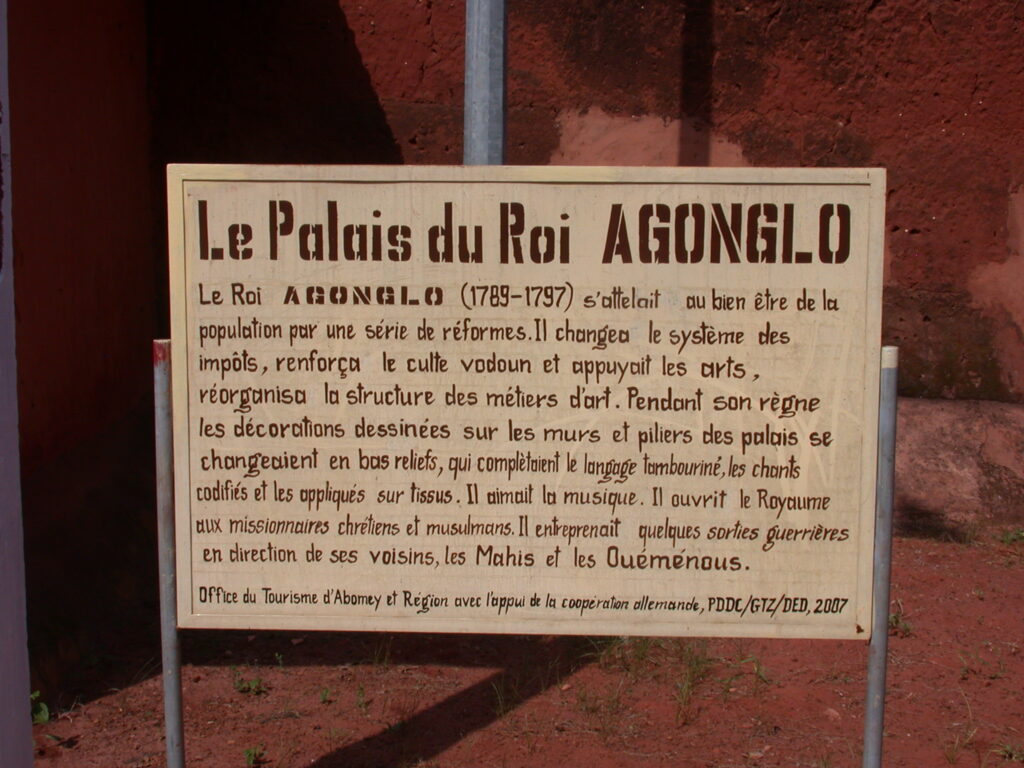
Some people hid away to prepare for rituals in alcoves of the palace.
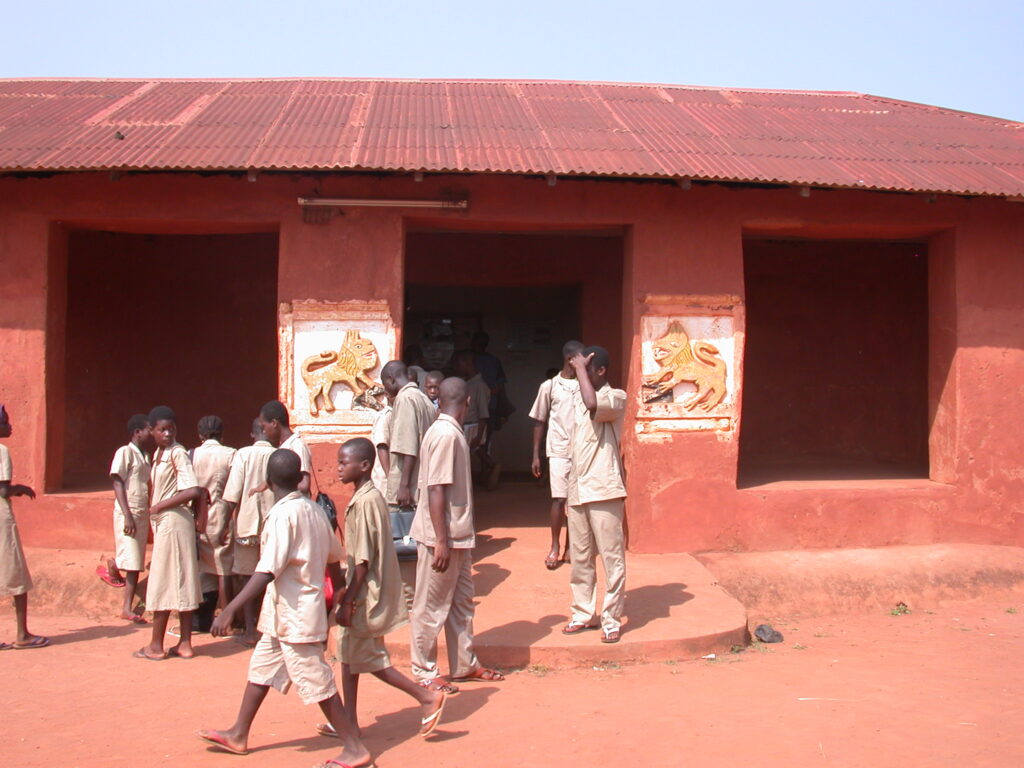
Here is my translation of the sign for King Glele’s palace:
The Palace of King Glele
King Glele (1858-1889) was confronted by the interventionism of the Europeans, which he repulsed. He consolidated the supremacy of Danxomè in the region by carrying out more than 30 military campaigns. Against Porto Novo he lost. But as a result King Toffa of Porto Novo asked for the protection of the French.
King Glele enlarged “Agbodo” by including Dido, the spring of the city. He developed cultural practices like music, dance, and ceremonial rituals.
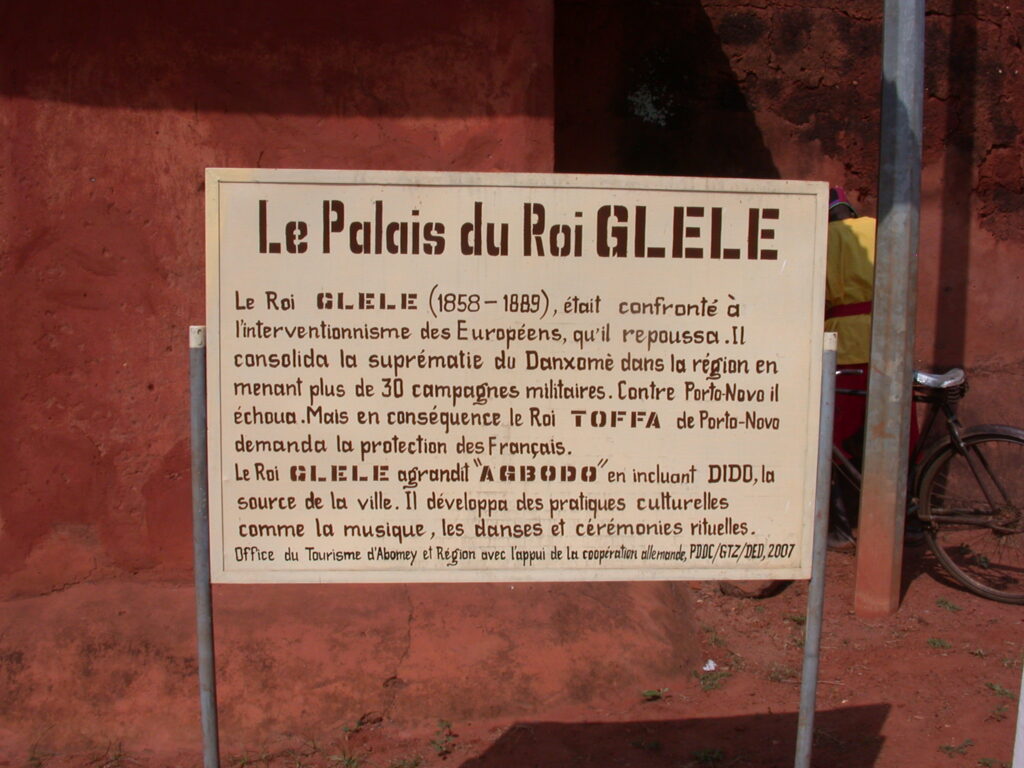
After I entered the museum complex, the guide was happy to see me, as he was starting to guide a group of Finnish women visiting from where they were staying in Porto Novo. They spoke English, but not French. As his primary guide language was French, he was happy to have my assistance with interpretation. I enjoyed helping the group out.
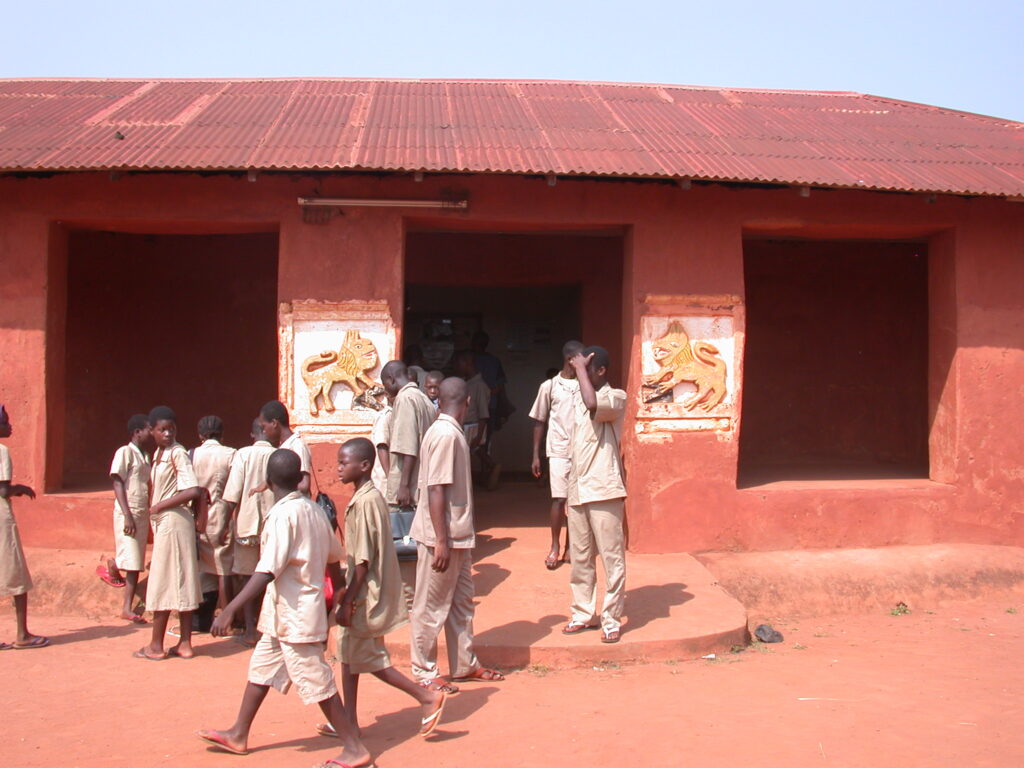
The palace is amazing… apparently the kings used to order warriors out to battle — on departure, they would commit to a number of human heads they intended to bring back. If they succeeded according to their commitment, the king rewarded them with advancement. If they returned with fewer than the promised number, their own head was required to fulfill the balance. So, unsuccessful warriors were unlikely to return at all.
The fiercest warriors were the Abomey Amazons, women specially trained for military service. They were not only the best warriors, but also apparently the best at tracking and recapturing escaped slaves brought in from other districts for use in Abomey or sale elsewhere.
The king bought cannons, each one in exchange for 15 male slaves or 21 females slaves.
There is a temple for offerings to the king after he died that has a tunnel communicating to a more private part of the palace compound. The queen mother was also buried there, although she was usually not the mother of the king or his wife.
As we wandered through the palace grounds, large numbers of celebrants took part in the Danxome Festival festivities that started that day. This included costumed men riding decorated horses, all manner of traditional dancing, some children dancing with Mickey Mouse masks, and a large presentation area where various officials and VIPs sat.
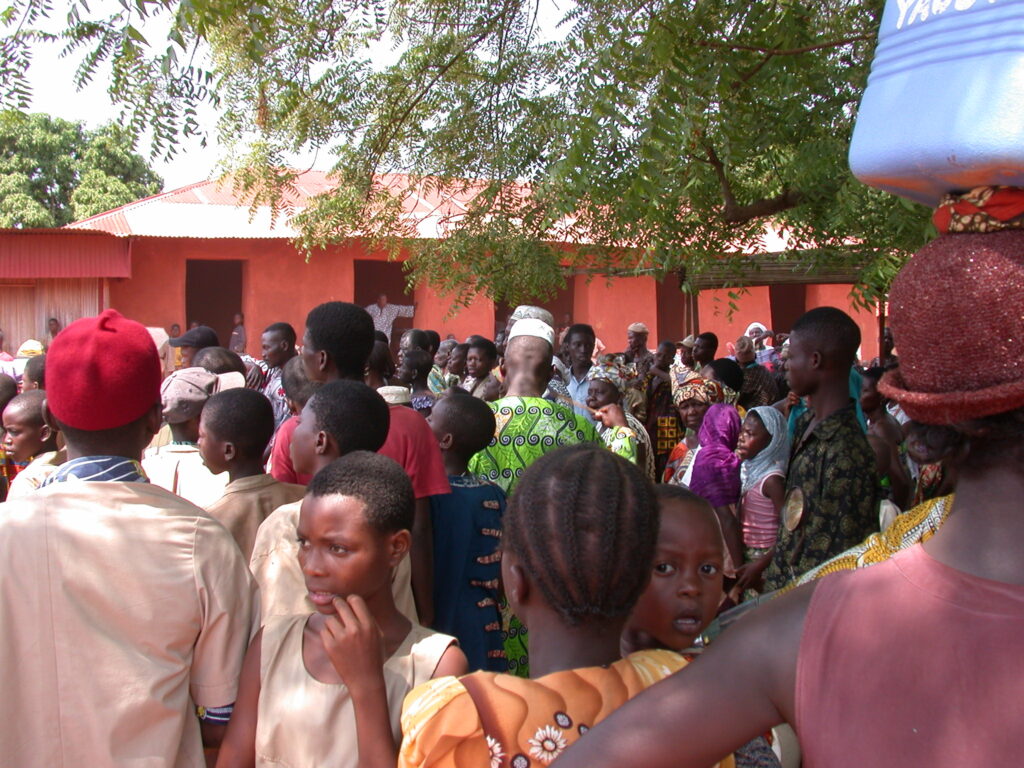
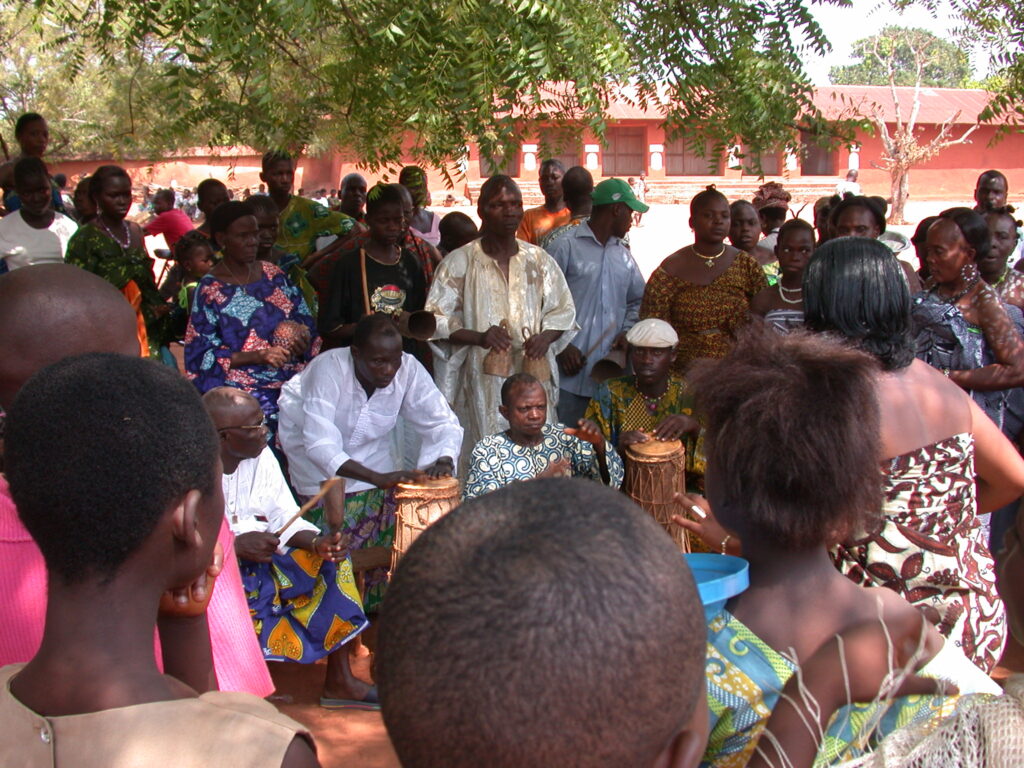
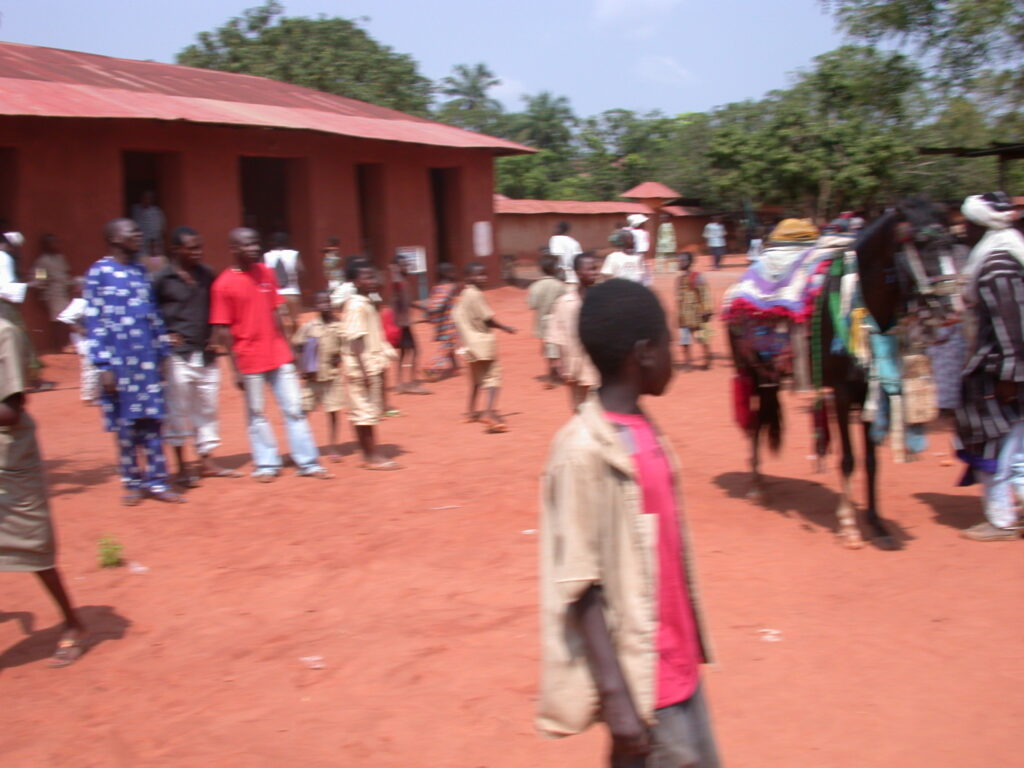
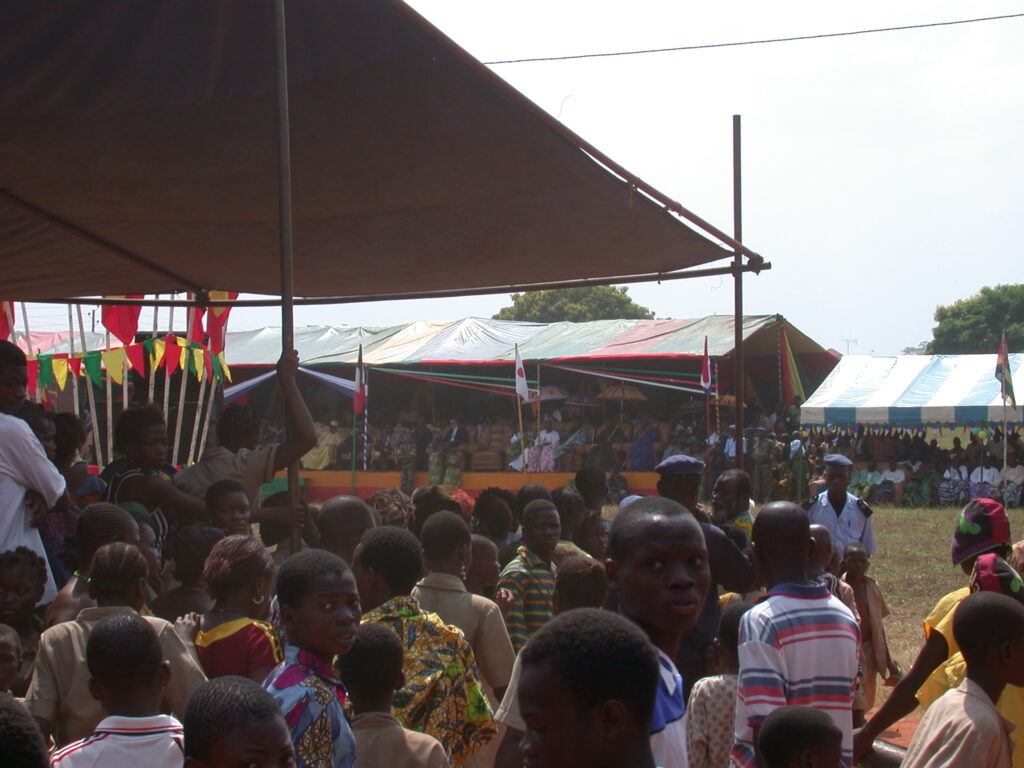
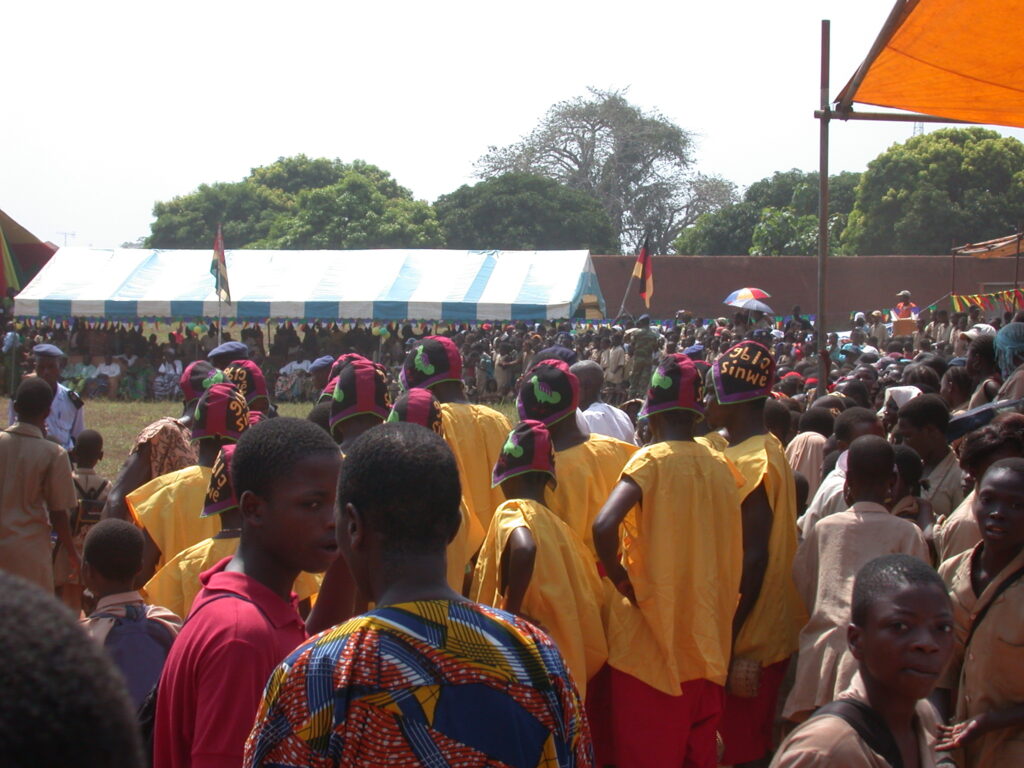
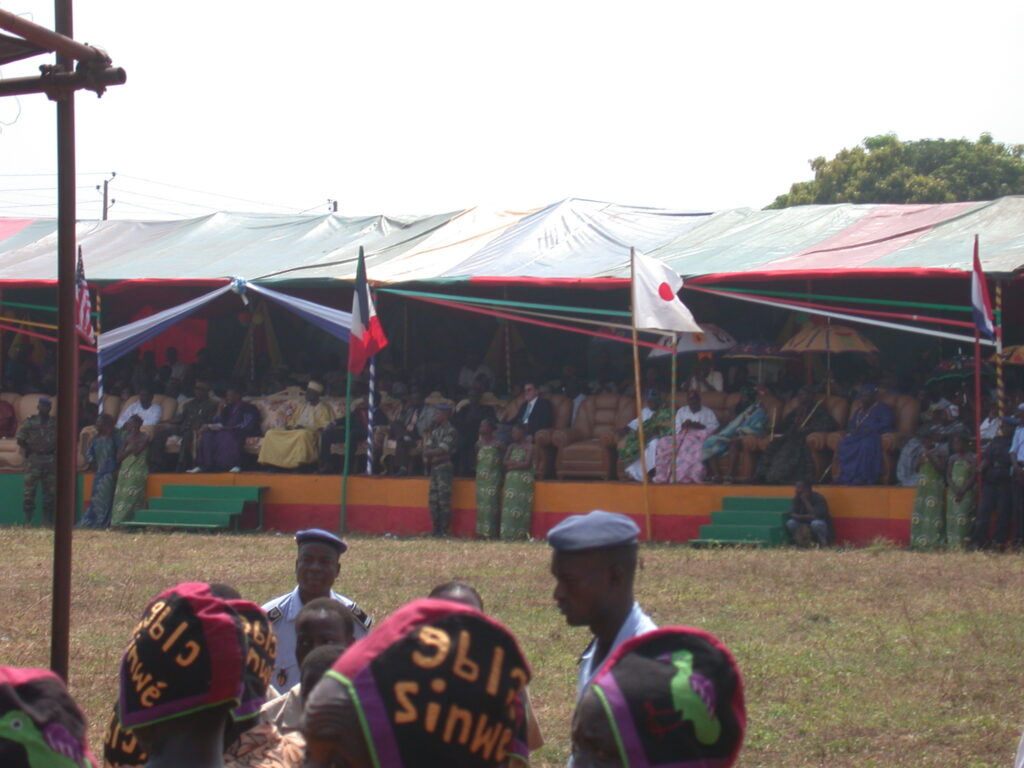
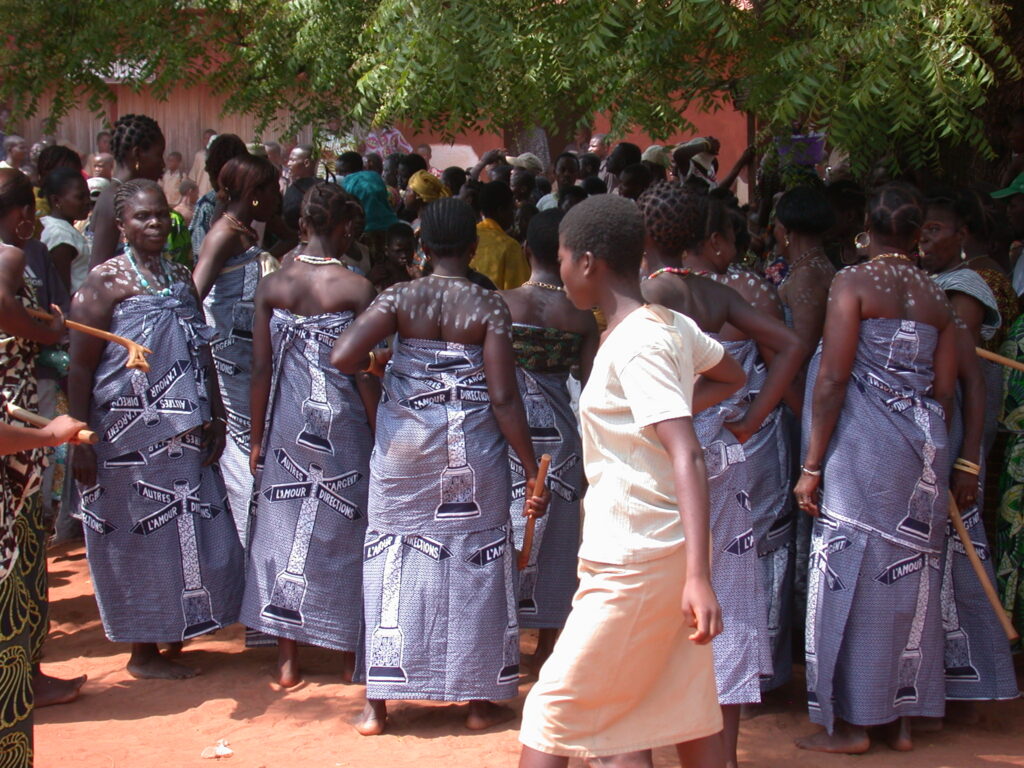
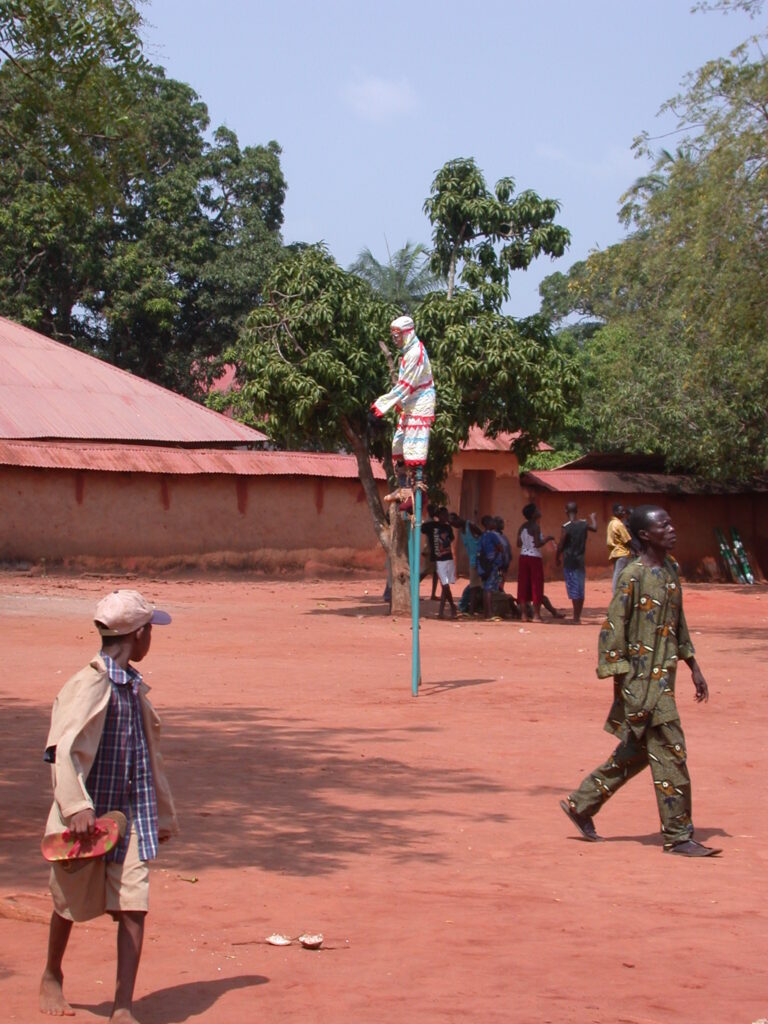
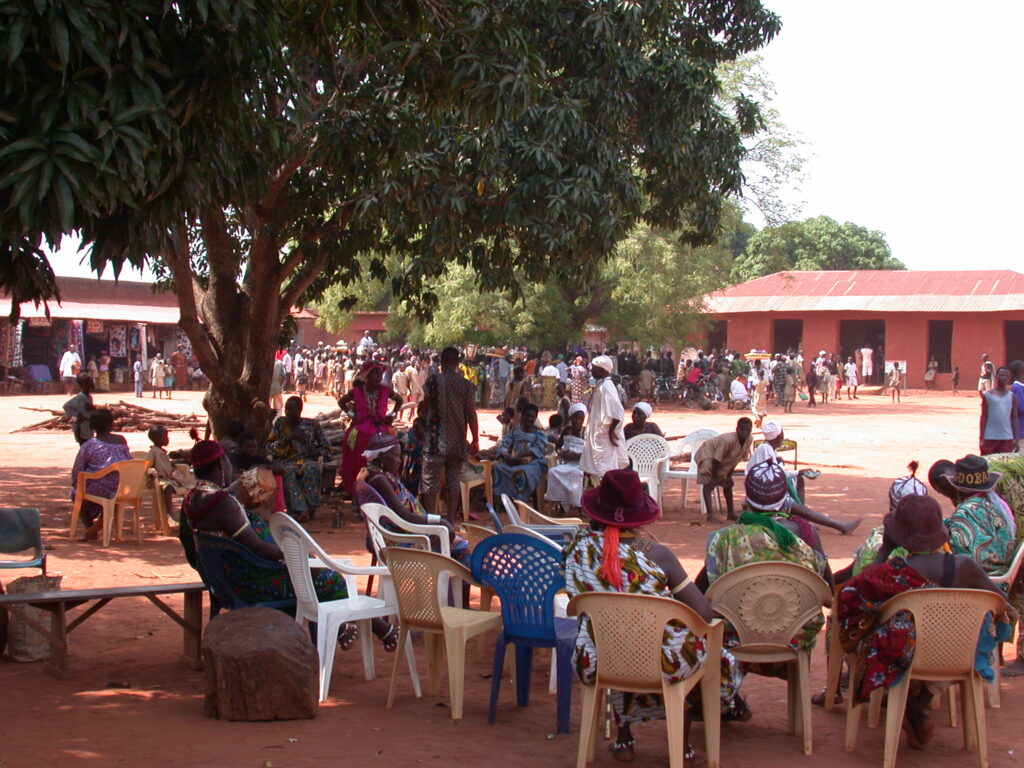
I left the palace after goodbyes to the Finns and the guide, then ran into a bunch of drummers playing the kind of drum used as talking drums. They urged me to dance while they drummed, so I did. I tried to get them to “talk” with the drum, but they didn’t or couldn’t, so I went on my way after giving them a little baksheesh.
I came across the palace of King Gbehanzin next and translated into English the French sign there as follows:
The Palace of King Gbehanzin
The reign of King Gbehanzin (1890-1894) was characterized by the defense of the Nation against French penetration, finally by a war of resistance. After the fall of Abomey in 1892, he fought 14 months more in the bush out of the region. January 27, 1894, he went to General Dodds in the hope of ending the war. But he was deported to Martinique, later exiled in Algeria where he died in December 1906. The construction of the Dowome palace was started by King Gbehanzin and finished by his descendants on the occasion of the return of his ashes to Benin in 1928.
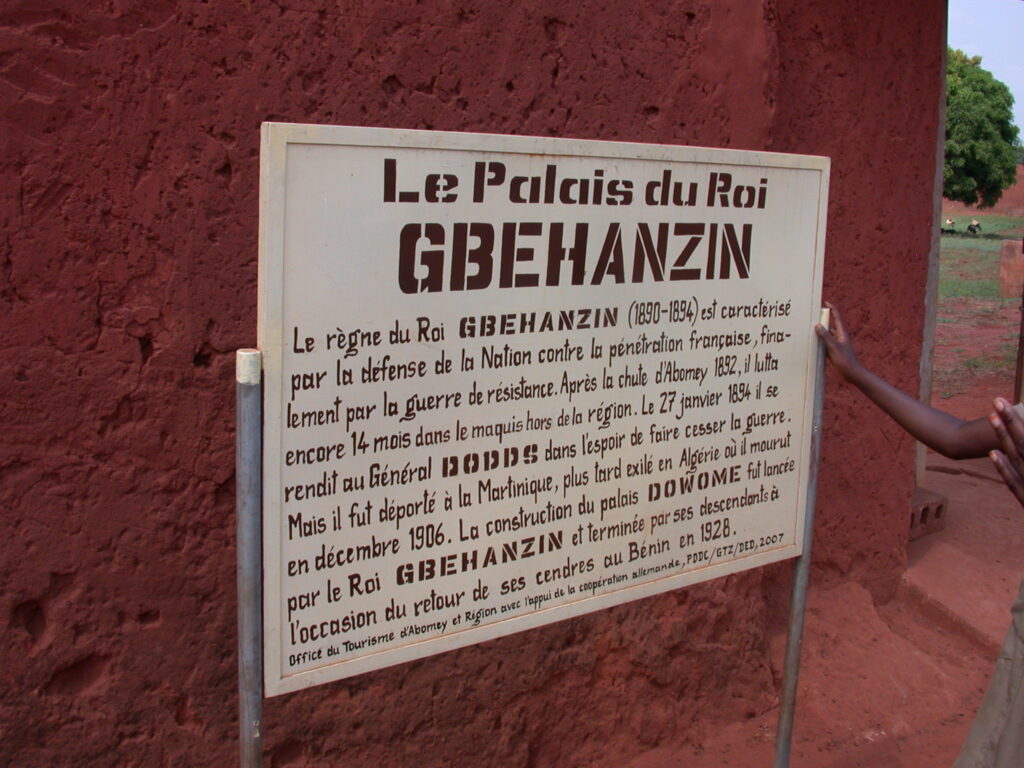
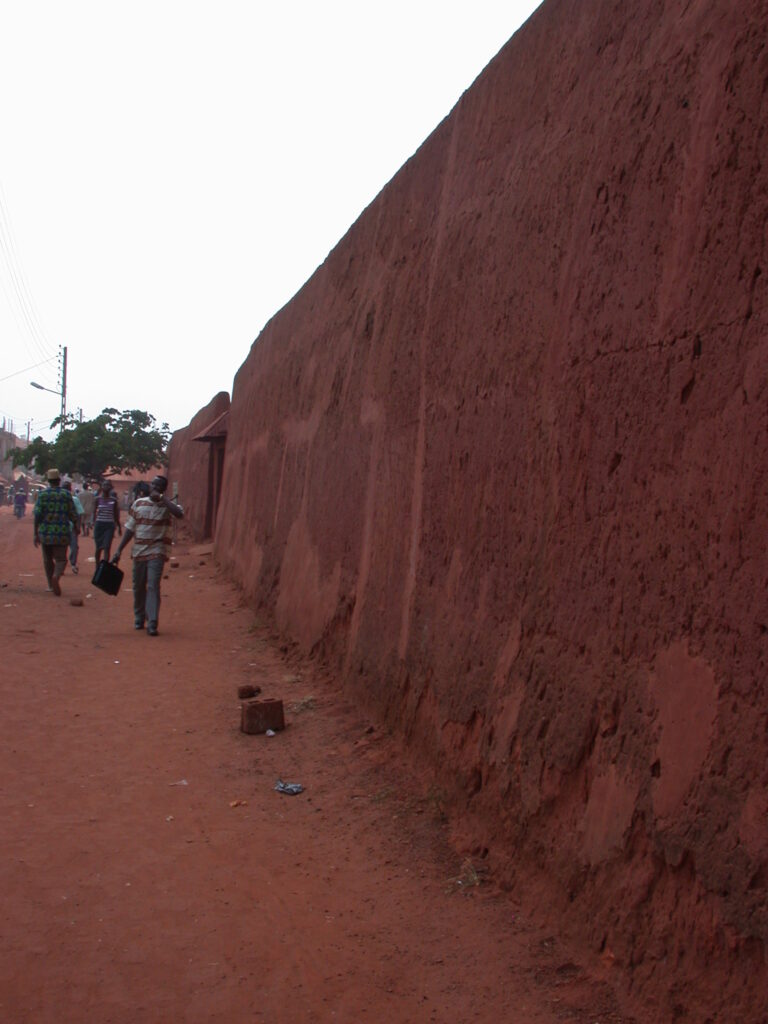
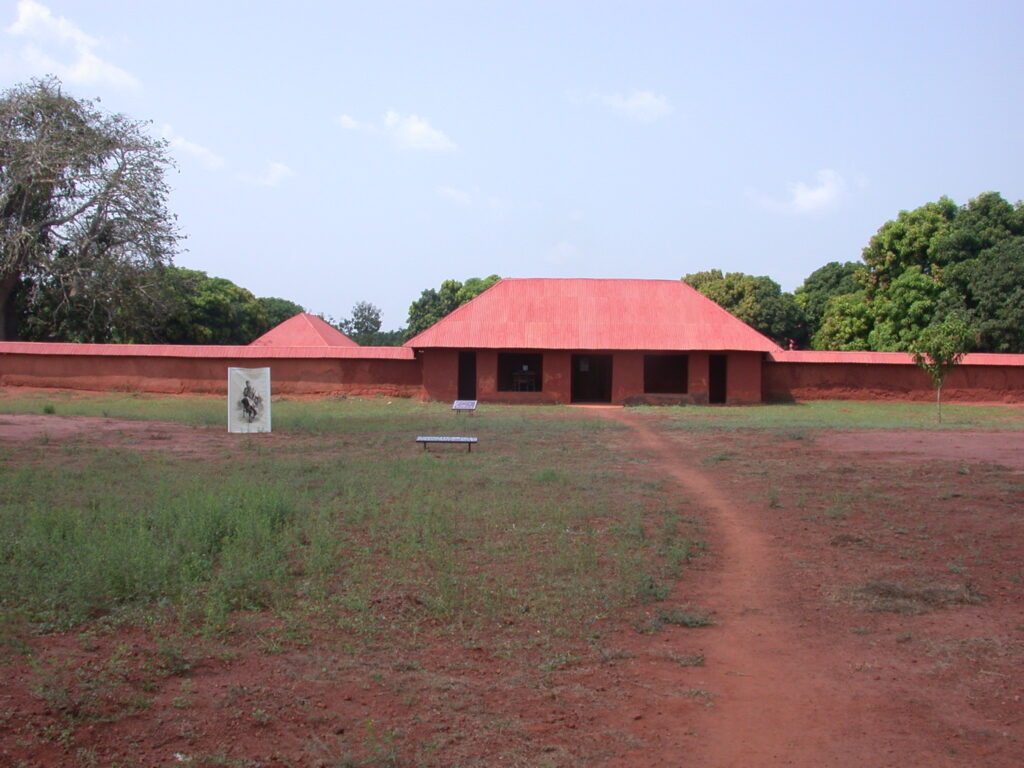
I passed a busy market en route between the multitude of palaces and temples.
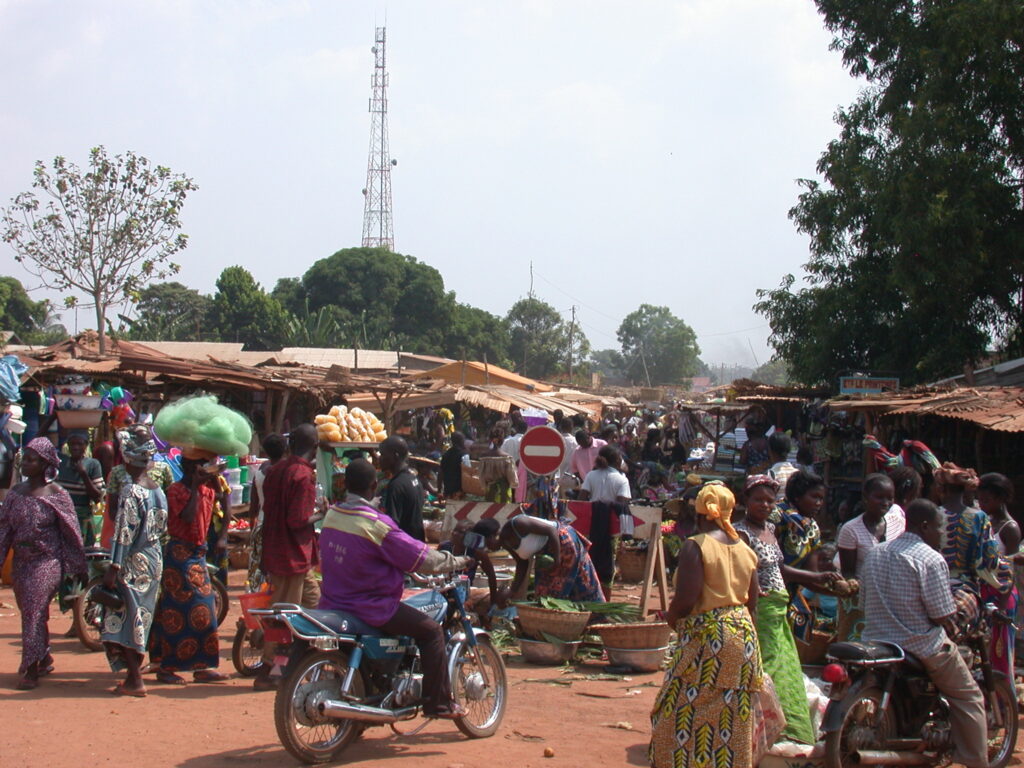
At one temple, I looked around to see if anyone was taking care of it, then not seeing anyone, I took some pictures, after which a fellow came up to me aggressively demanding what I was doing and telling me I can’t just go around taking pictures of whatever I like. The resolution of the matter ended up being my negotiation with the chief’s son to erase a few pictures on the camera after which I had to show him they were really erased.
Here is my translation of the French sign for the Zewa Guezo temple:
Zewa Guezo Temple
The Zewa Guezo temple is part of the Zomadonou royal cult with 14 temples. Zomadonou incarnates the spirit of malformed children in the royal family. This inexplicable miracle justifies the consecration of the cult during the reign of King Tegbessou (1742-1774). These children serve as intermediaries between the visible and invisible world. Periodically the adepts celebrate rites in and in front of all the temples. The ceremonies here honor King Guezo (1818-1858) and his ancestors through his five children Zewa, Noudai, Gojeto, Agboagli, and Sava.
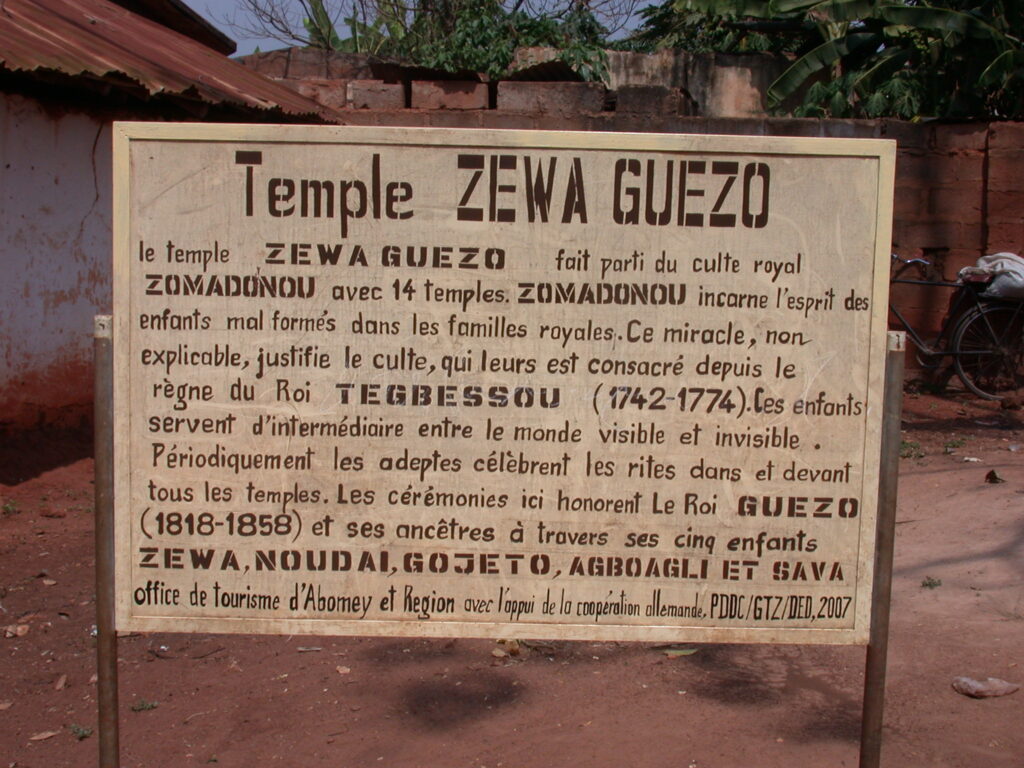
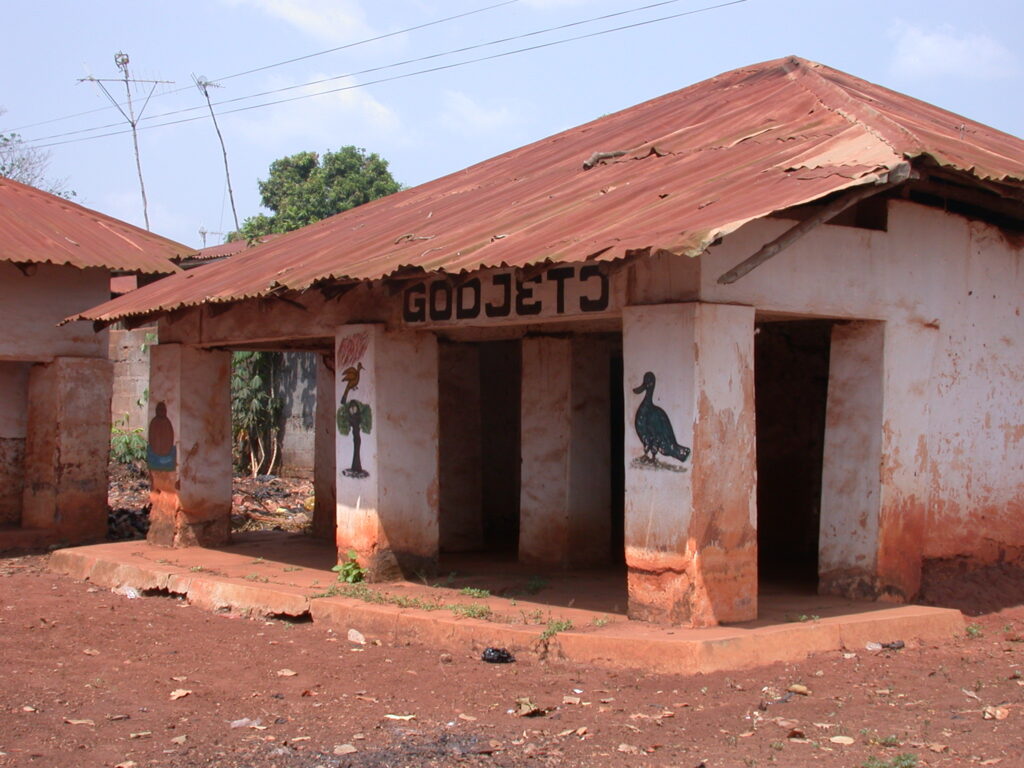
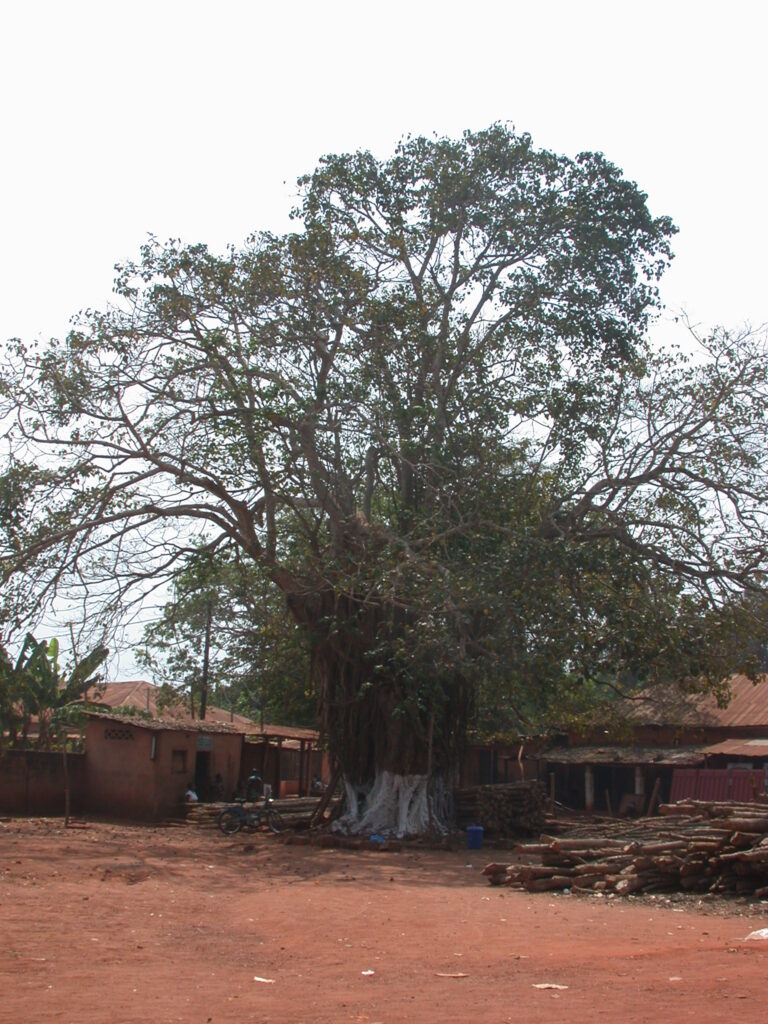
Here is my translation of the French sign for the palace of the Crown Prince Guezo:
Palace of the Crown Prince Guezo
At ten years of age, the princes leave the family house and the women to be taught and instructed. At 20 years of age, they are presented to the King. He gives them land to let them construct a house. The crown prince must construct his private palace on a plot of his choice, but after a Fa consultation, to prevent illnesses, to have prosperity and peace in the future neighborhood. Around him his close defenders, his counselors, his friends, and the populace established themselves and constituted a new neighborhood. The prince and future King created the Gbecon/Hounli neighborhood.
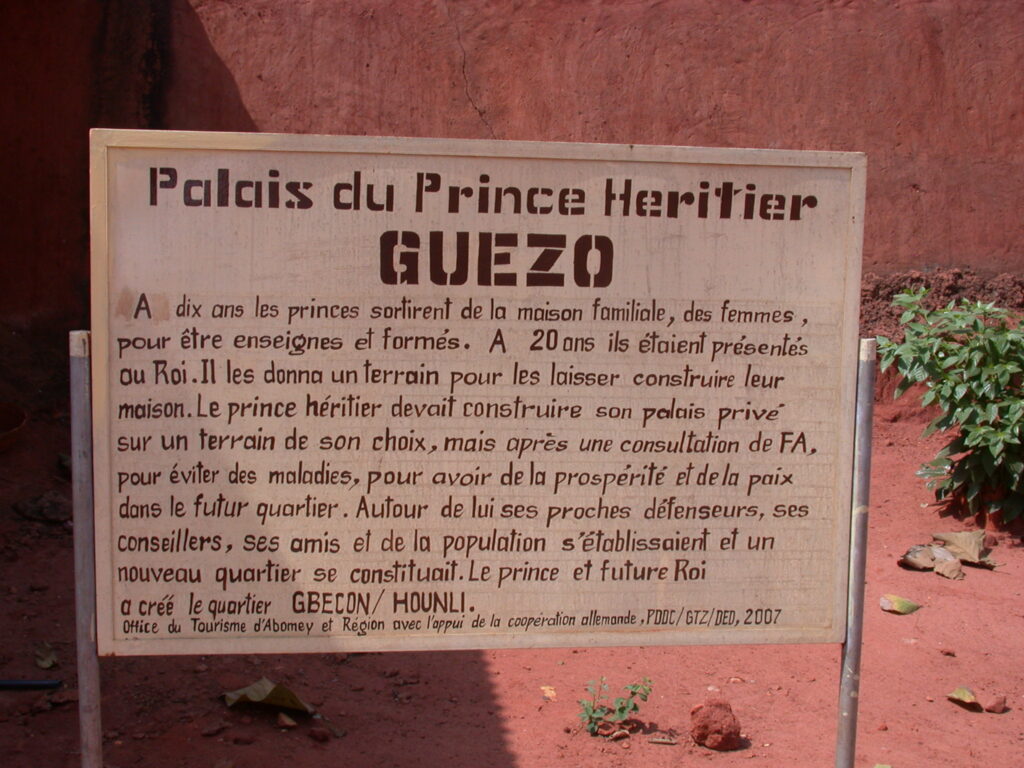
Here is my translation of the French sign for the palace of the Crown Prince Agonglo:
Palace of the Crown Prince Agonglo
At ten years of age, the princes leave the family house and the women to be taught and instructed. At 20 years of age, they are presented to the King. He gives them land to let them construct a house. The crown prince must construct his private palace on a plot of his choice, but after a Fa consultation, to prevent illnesses, to have prosperity and peace in the future neighborhood. Around him his close defenders, his counselors, his friends, and the populace established themselves and constituted a new neighborhood. The prince and future King Agonglo created the Adame neighborhood at Goho and later the Houegbo/Hounli neighborhood.
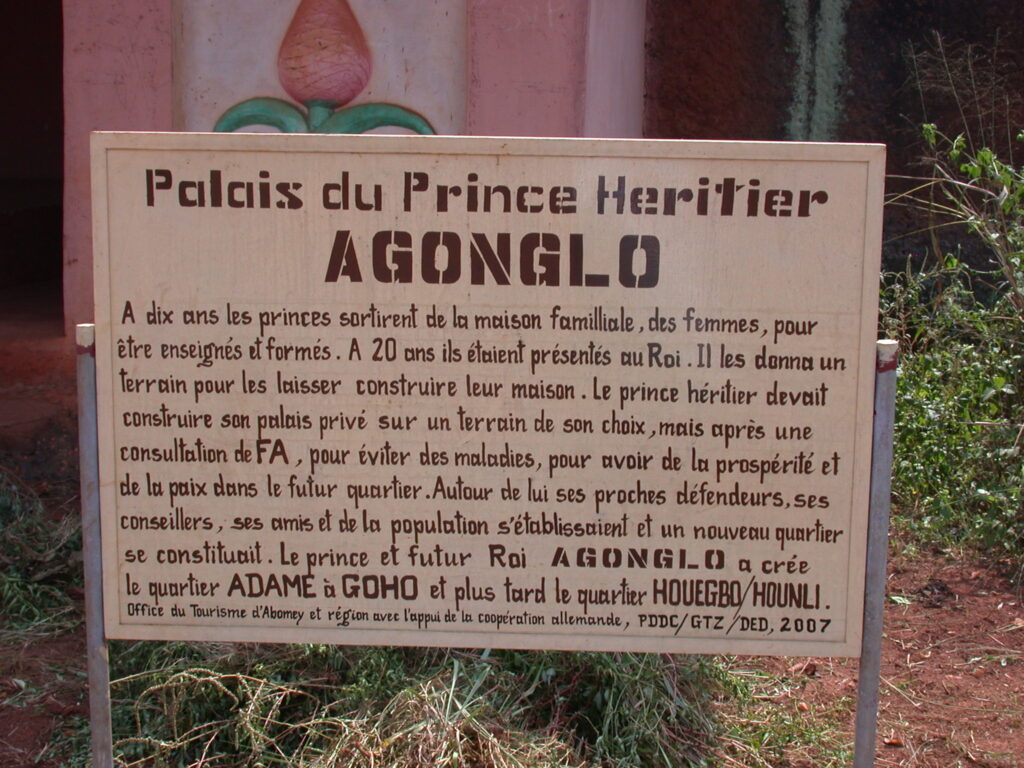
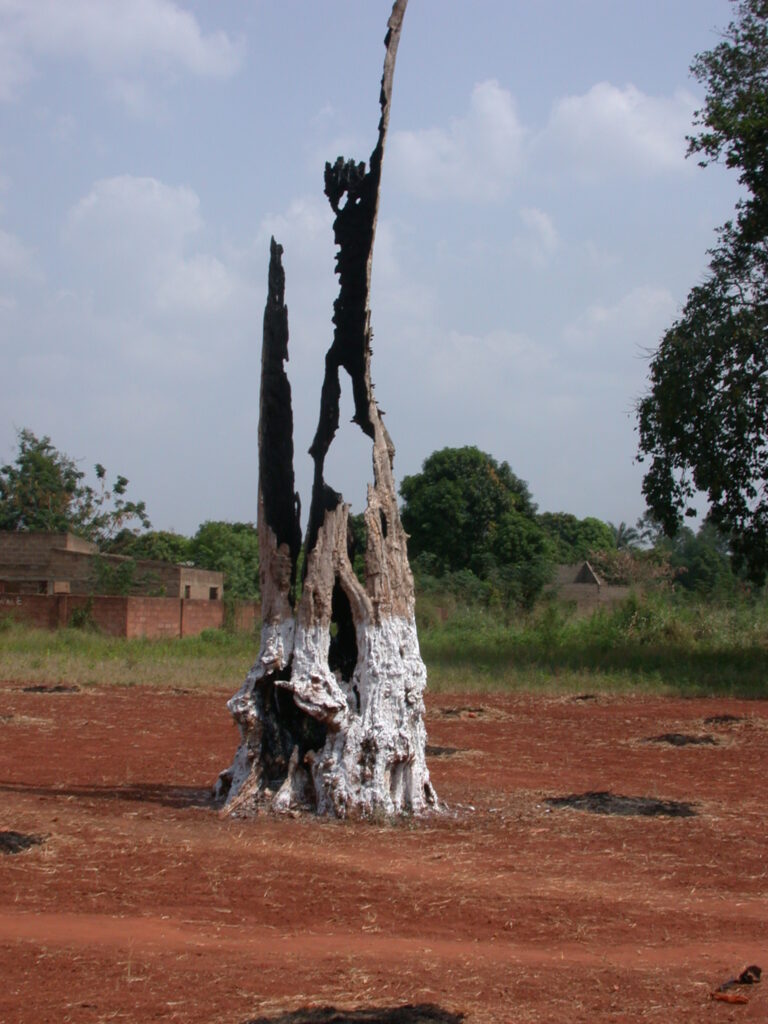
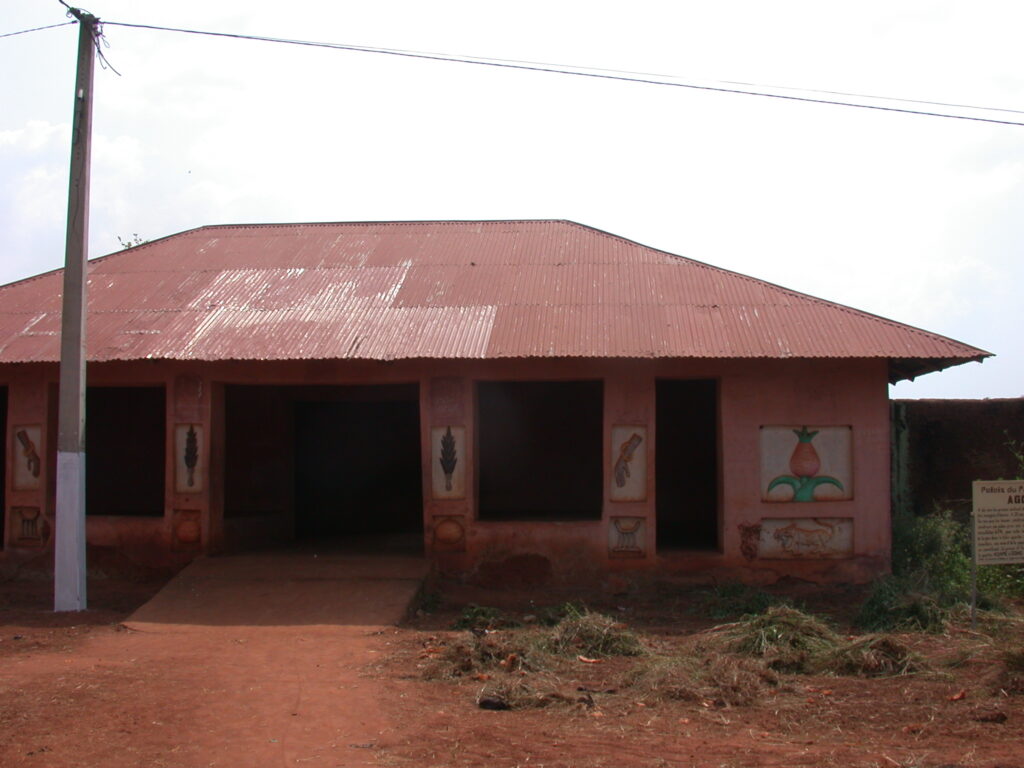
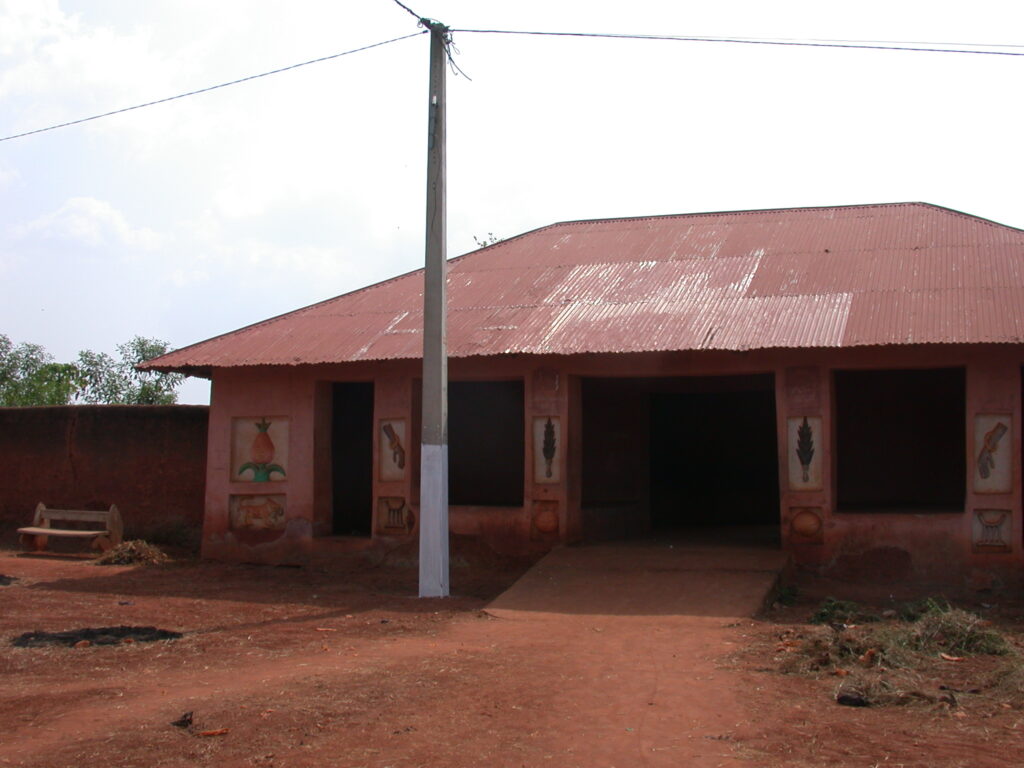
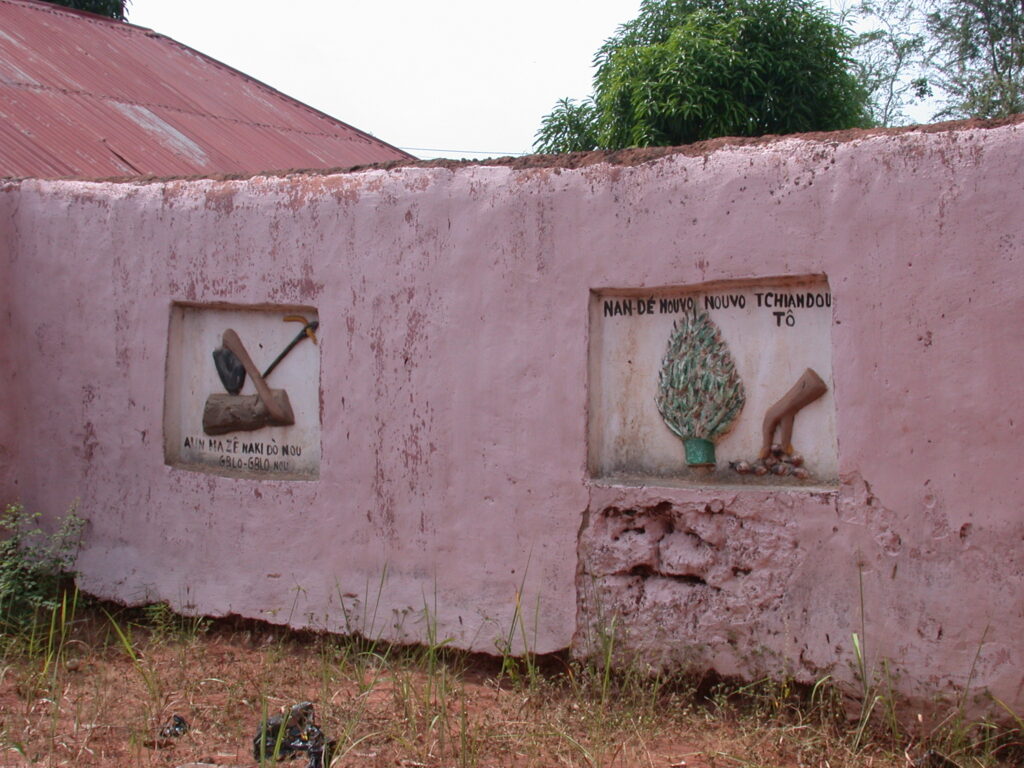
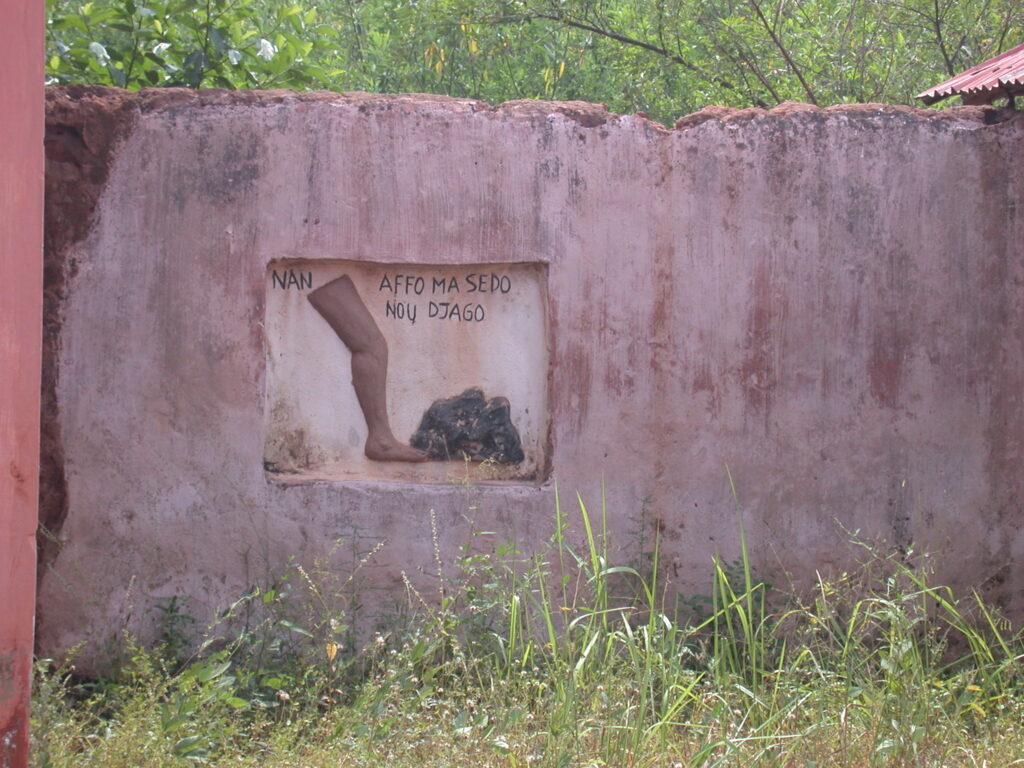
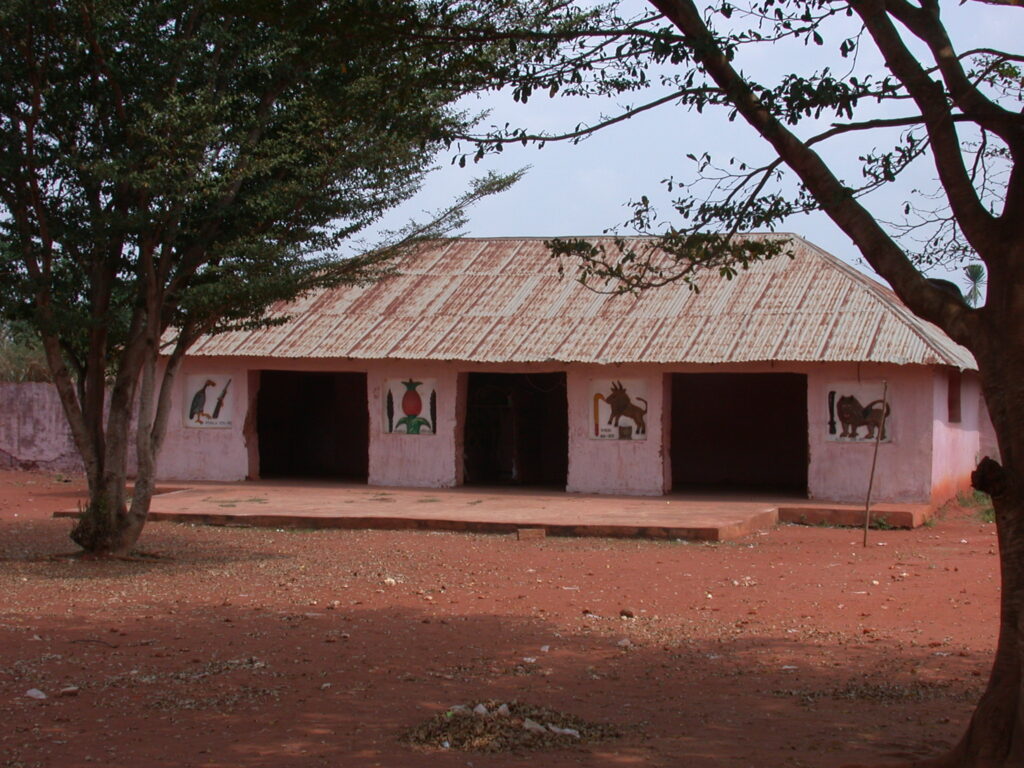
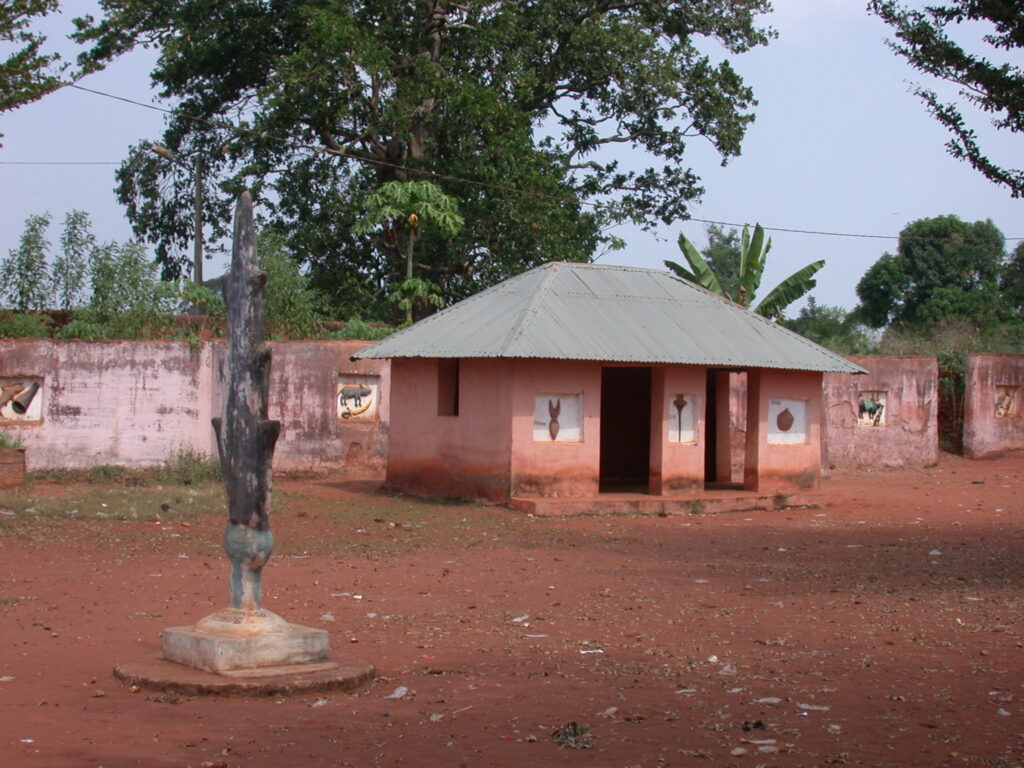
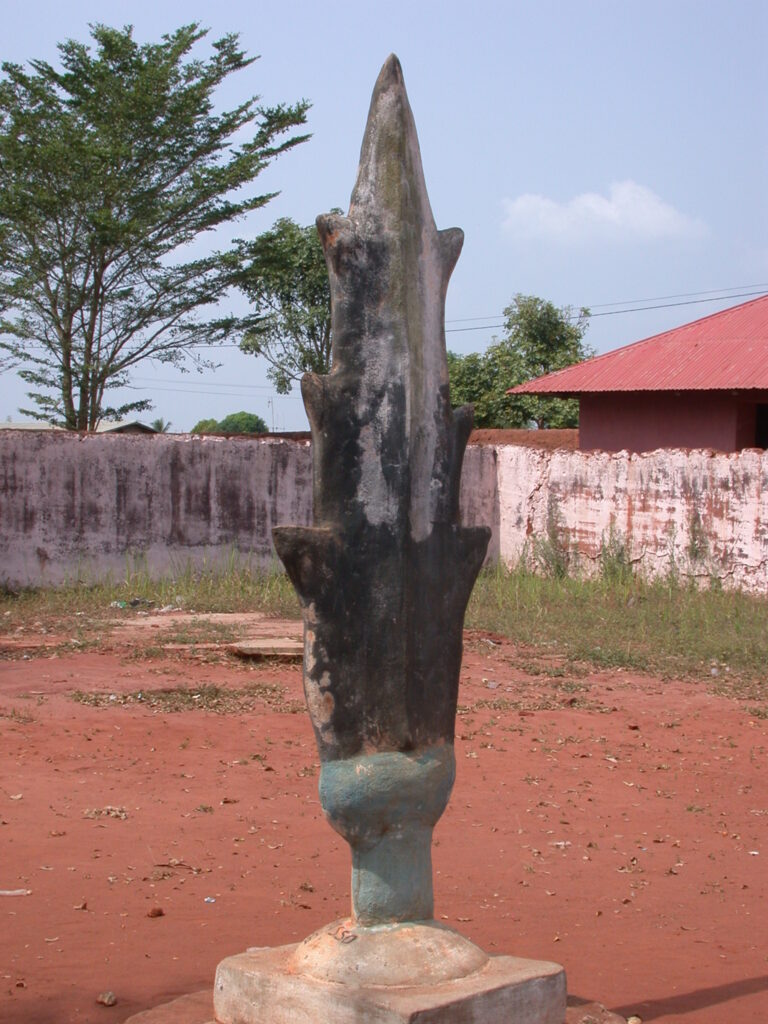
I came across the Houemou Agonglo Temple and its sign which read as follows in English translation of the French original:
Houemou Agonglo Temple
The Houemou Agonglo temple is part of the royal cult of Zomadonou with 14 temples. Zomadonou incarnates the spirit of malformed children in the royal family. This inexplicable miracle justifies the consecration of the cult during the reign of King Tegbessou (1742-1774). These children serve as intermediaries between the visible and invisible world. Periodically the adepts celebrate rites in and in front of all the temples. The ceremonies here honor King Agonglo (1789-1797) and his ancestors through his child Hoeumou.
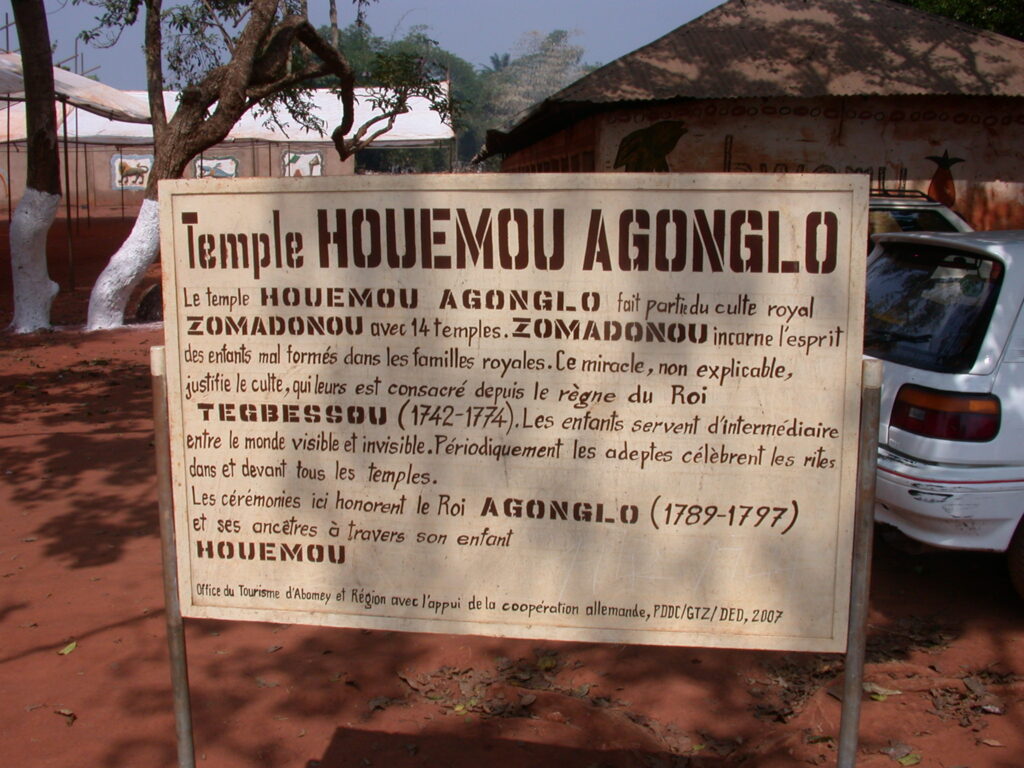
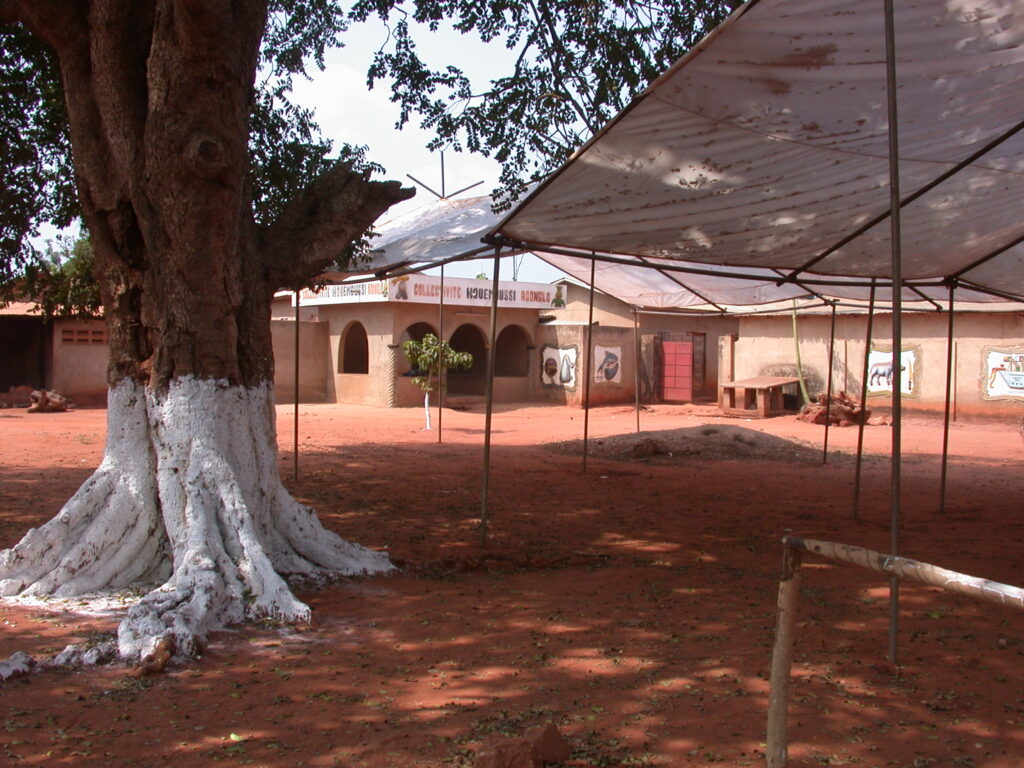
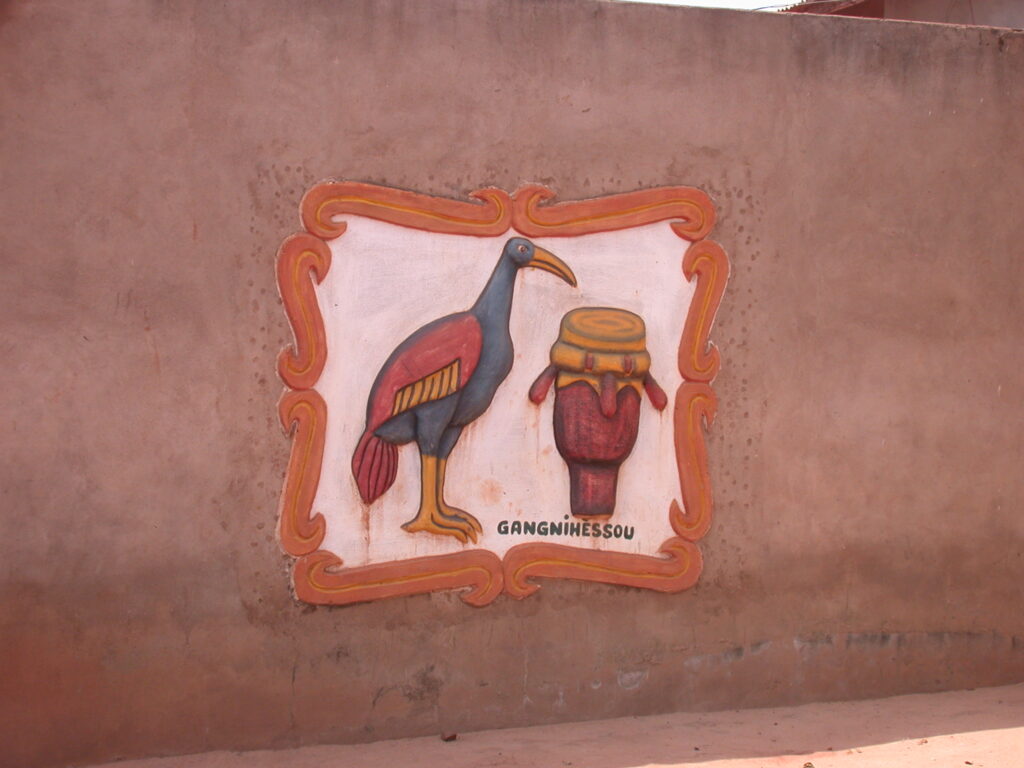
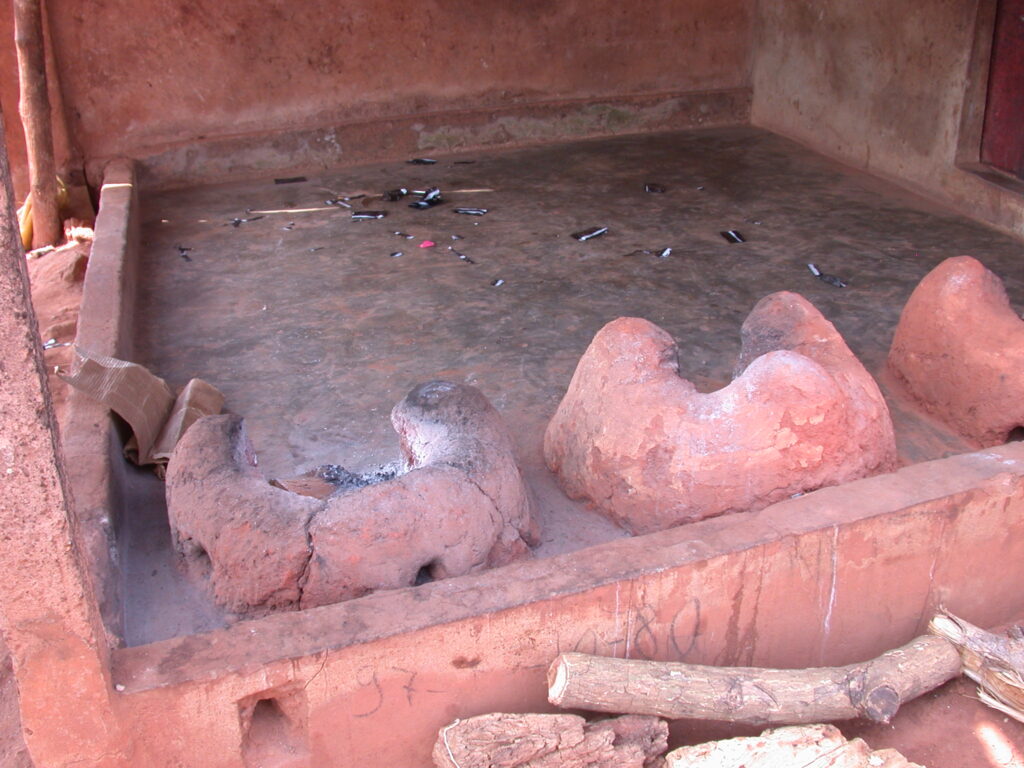
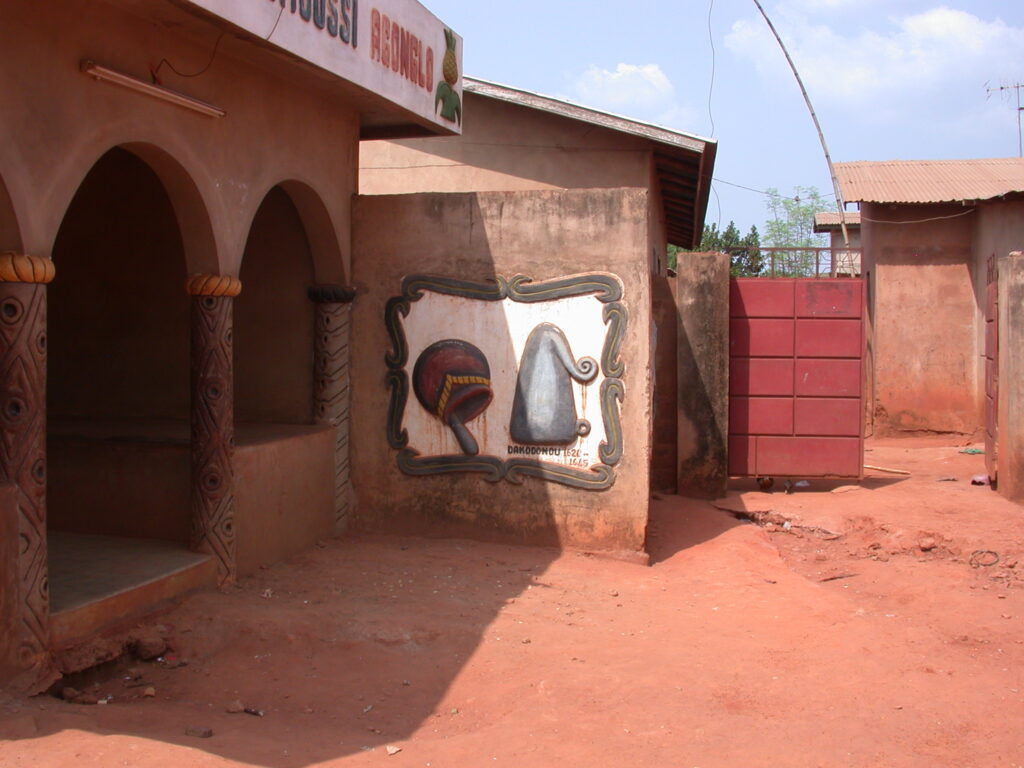
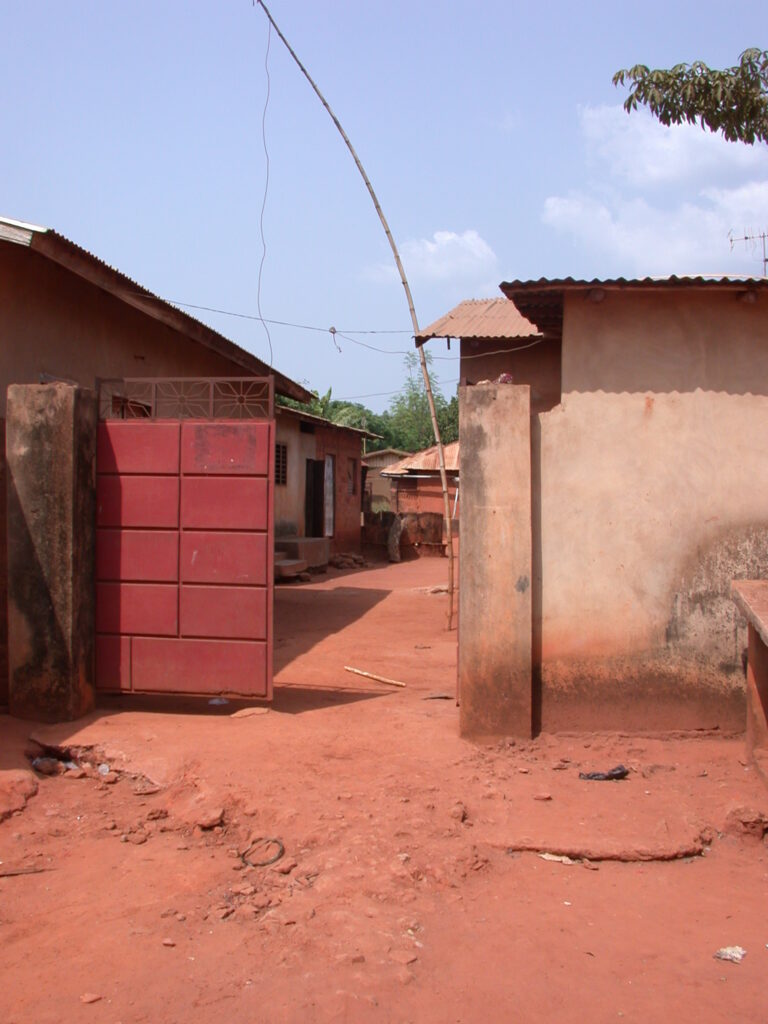
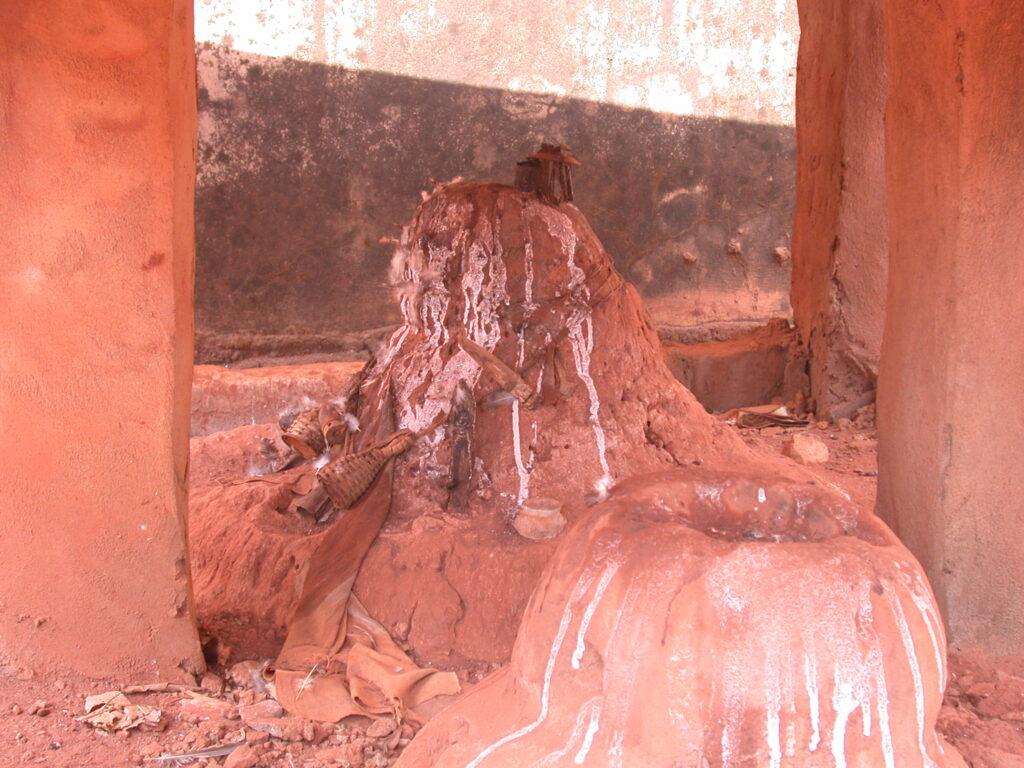
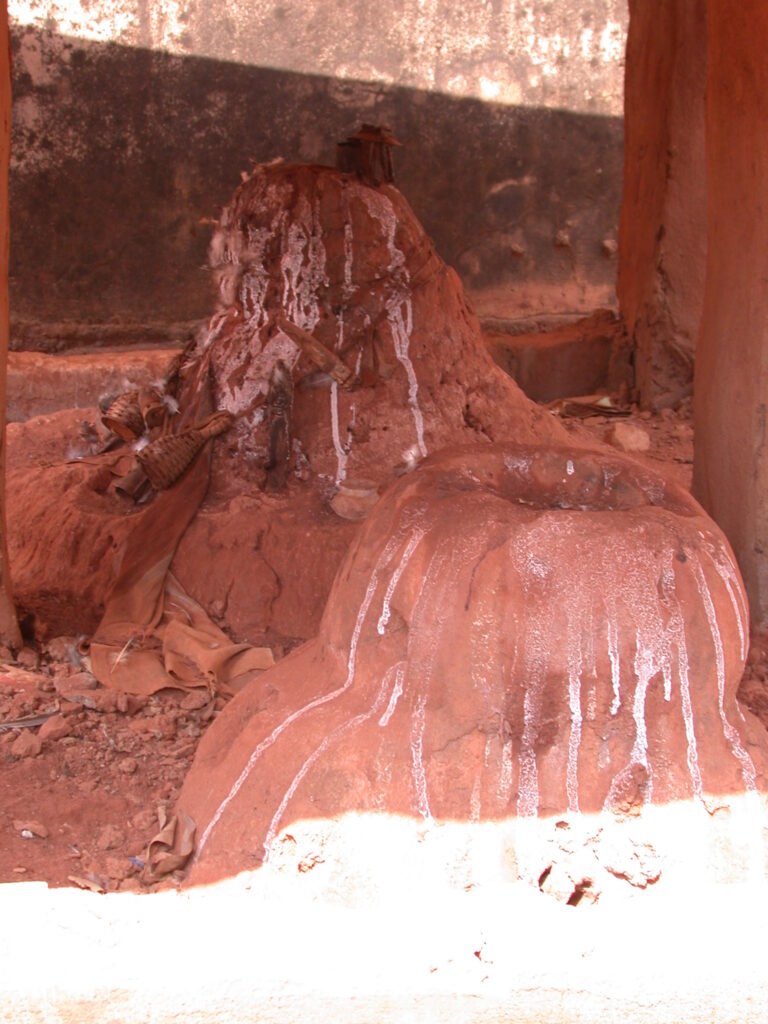
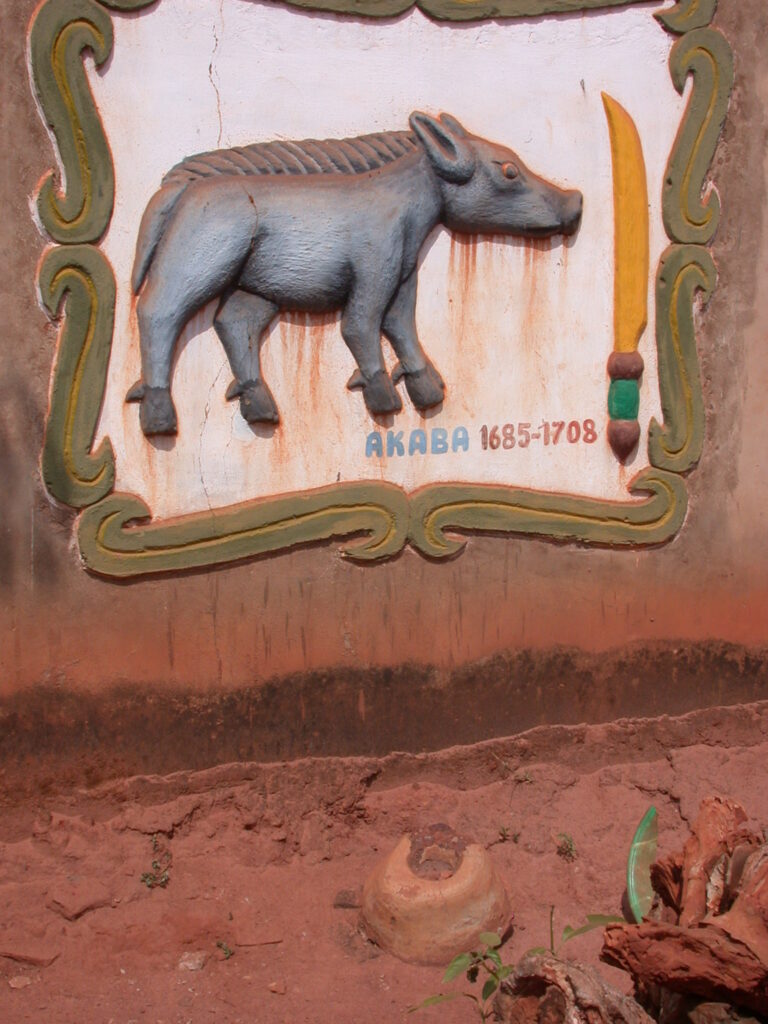
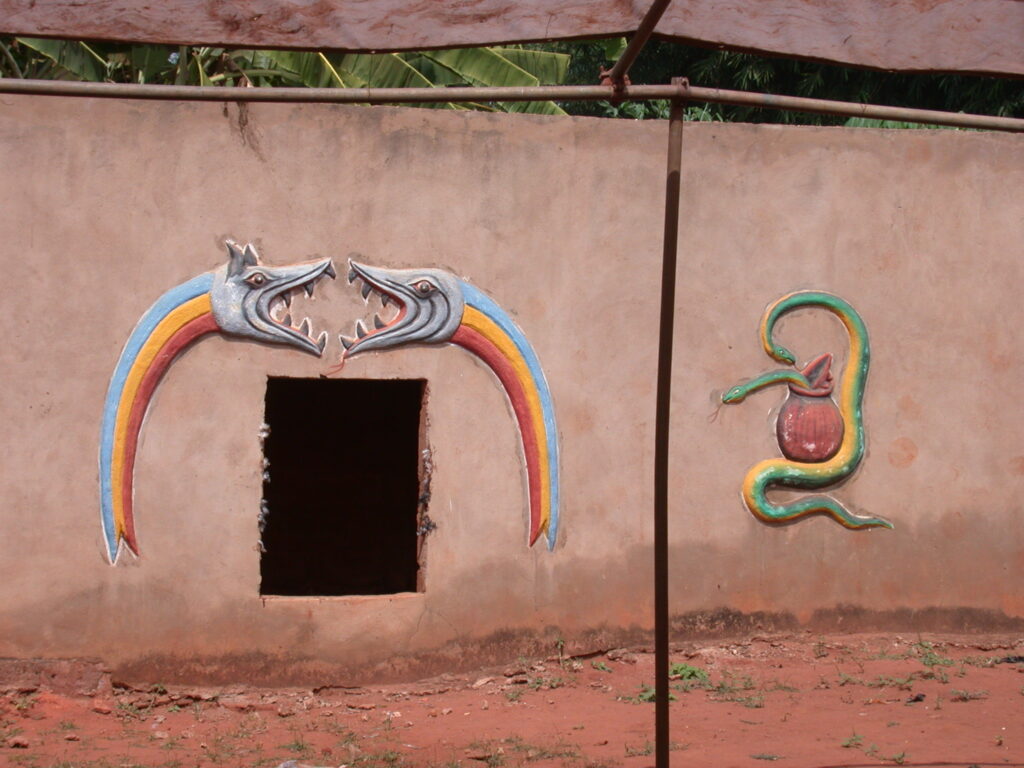
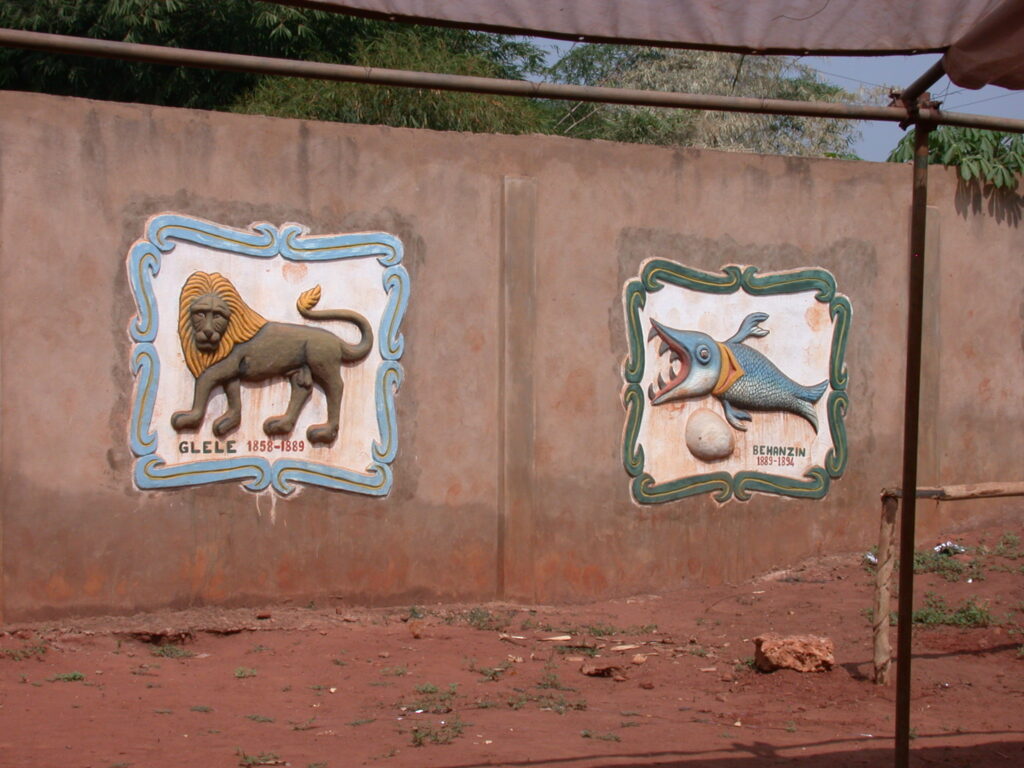
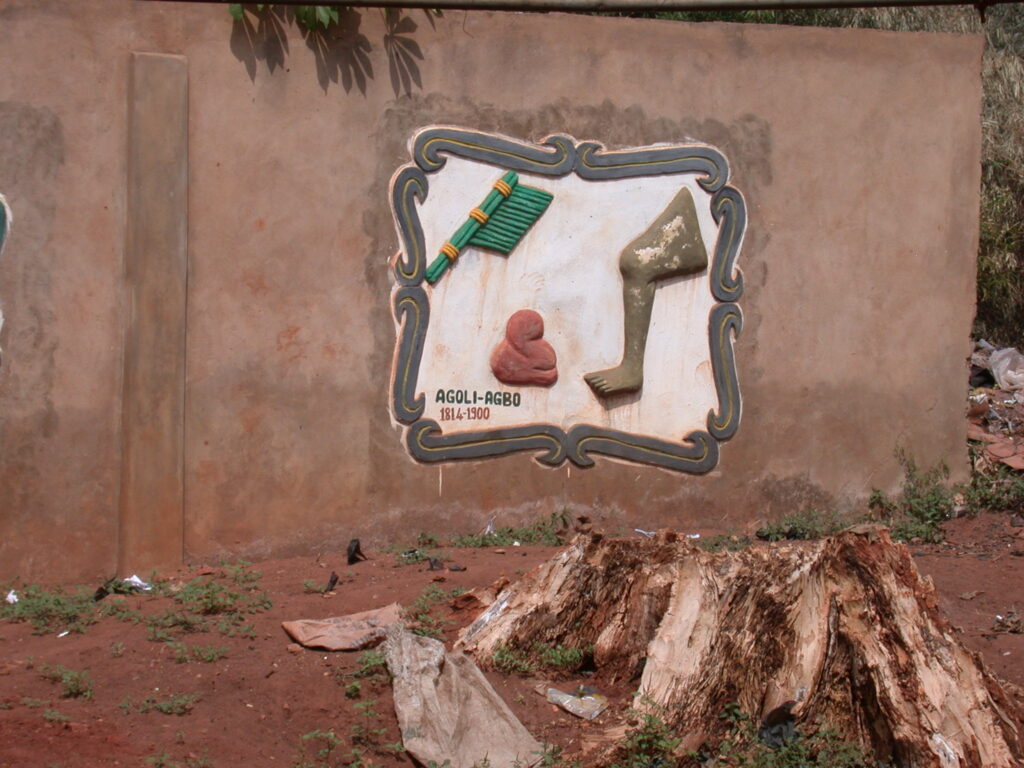
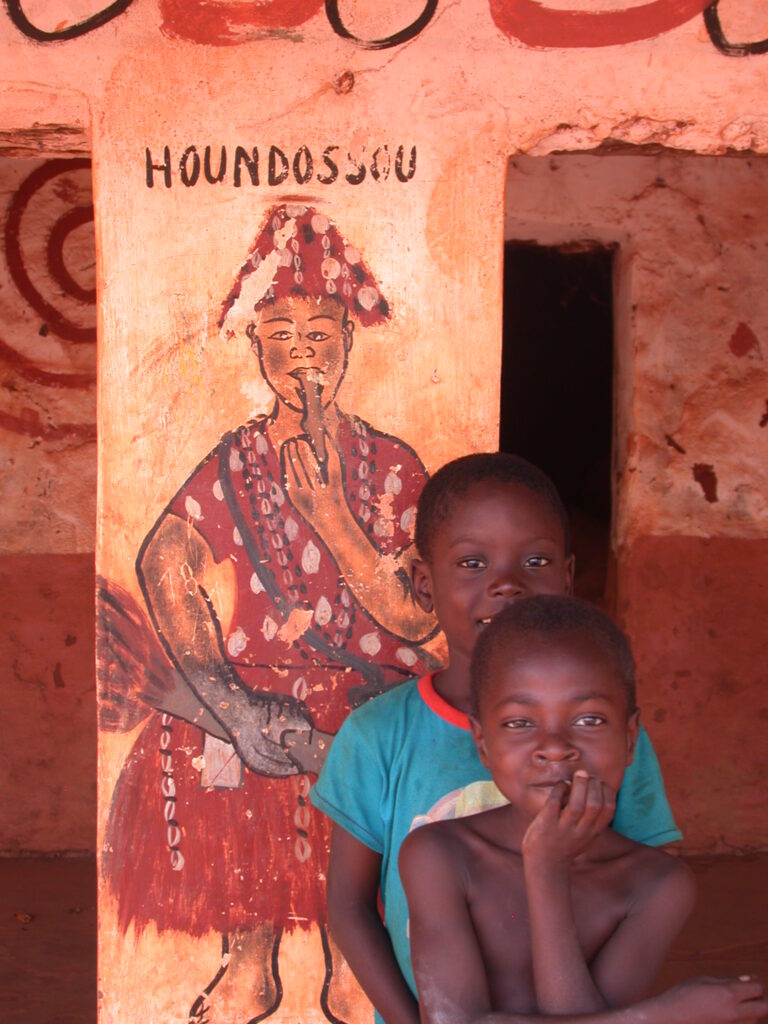
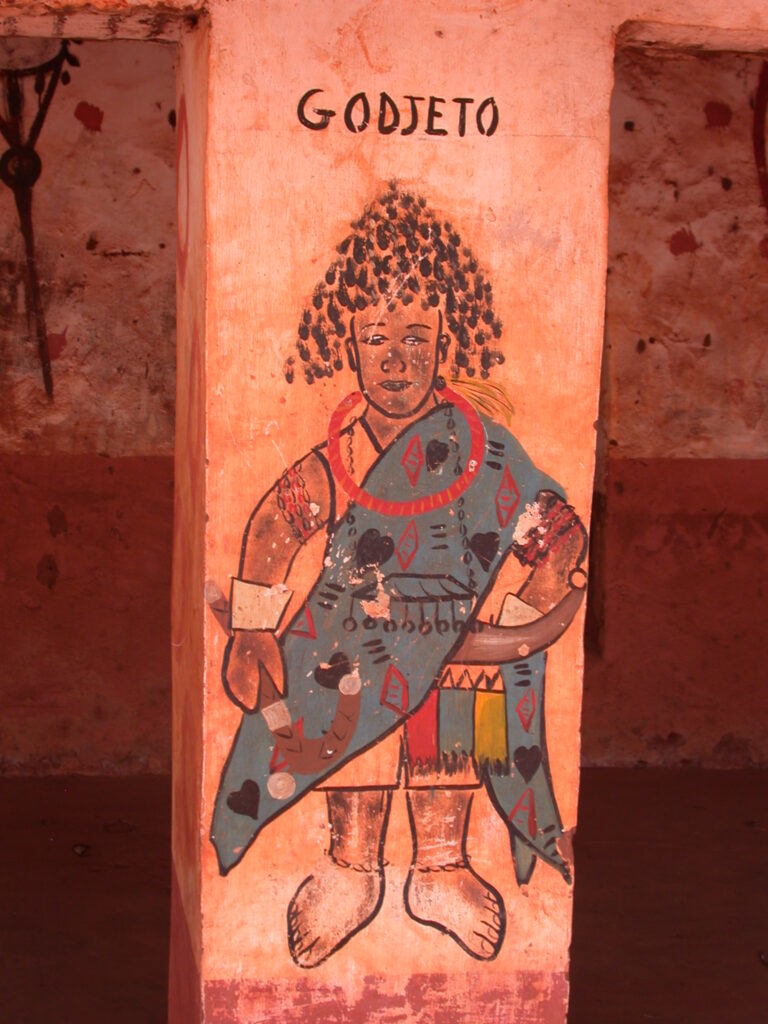
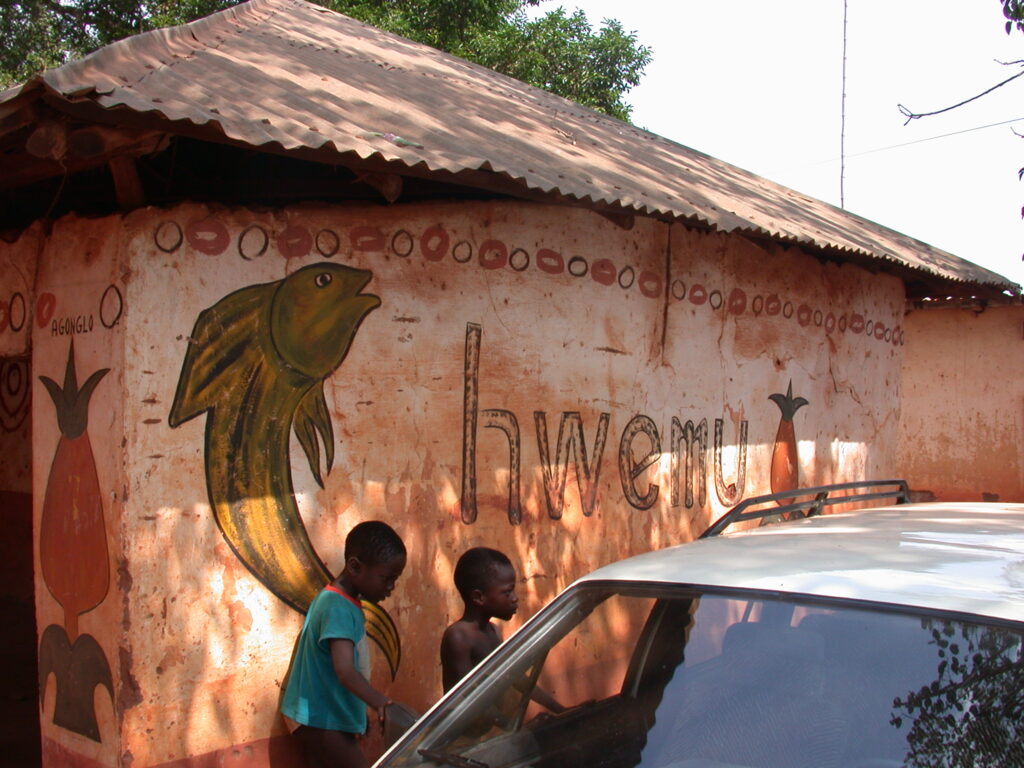
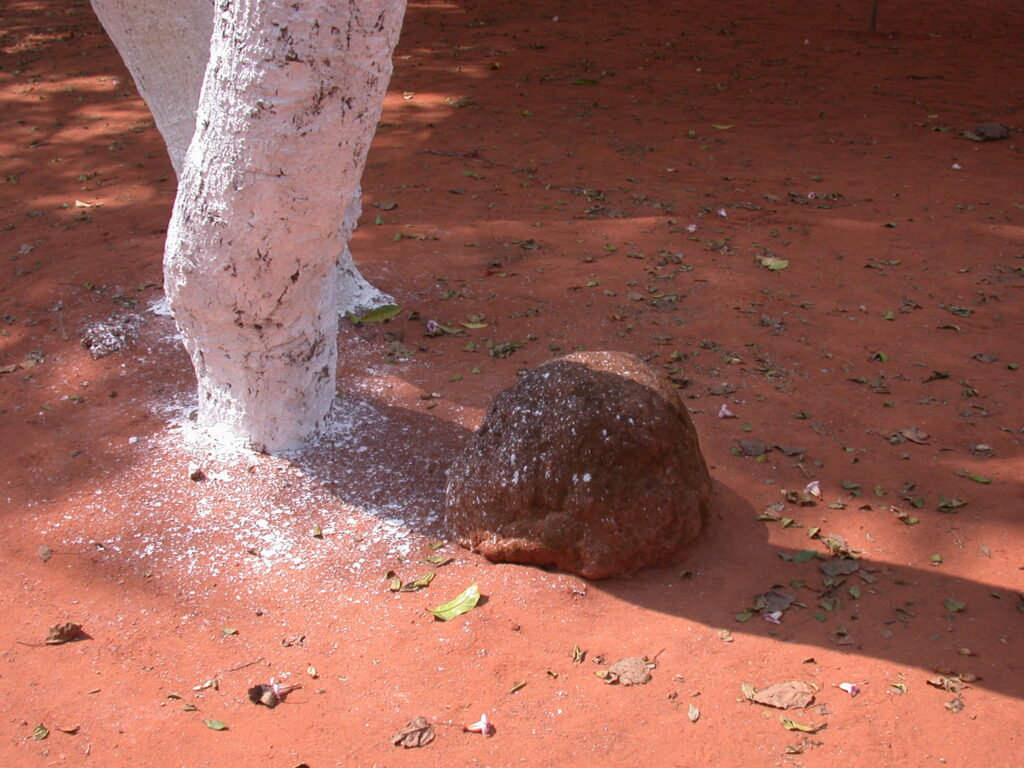
After all those palaces and temples, I worked up a real thirst, so I had a drink at a little pub just past a market with goats and chickens and a special fetish in the middle of the market. I translated the French sign there as follows:
The Gbedagba Market
The Gbedagba market was a spoil of war of King Glele around 1877 following his victory over Sokl???bo [covered by cloth] in the hills. The market was transferred in full working order with products and booths. The Haïzan fetish in the market was installed by the Abomeans to bless the use of the space. The Haïzan is always installed in the open air to better radiate through the space.
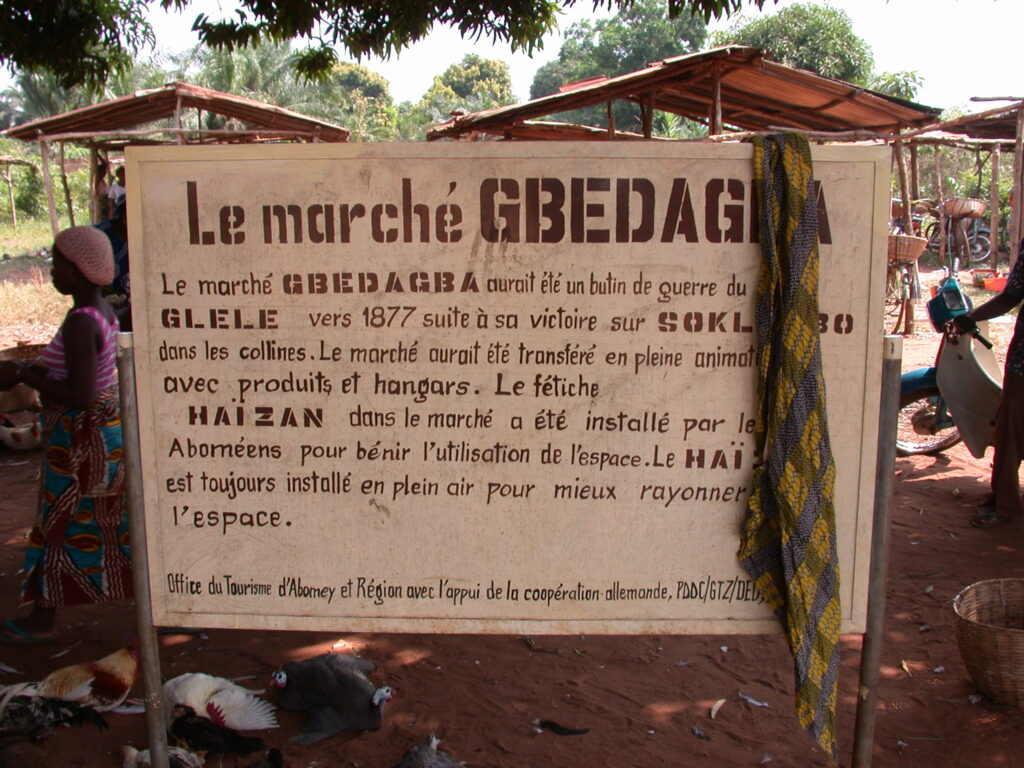
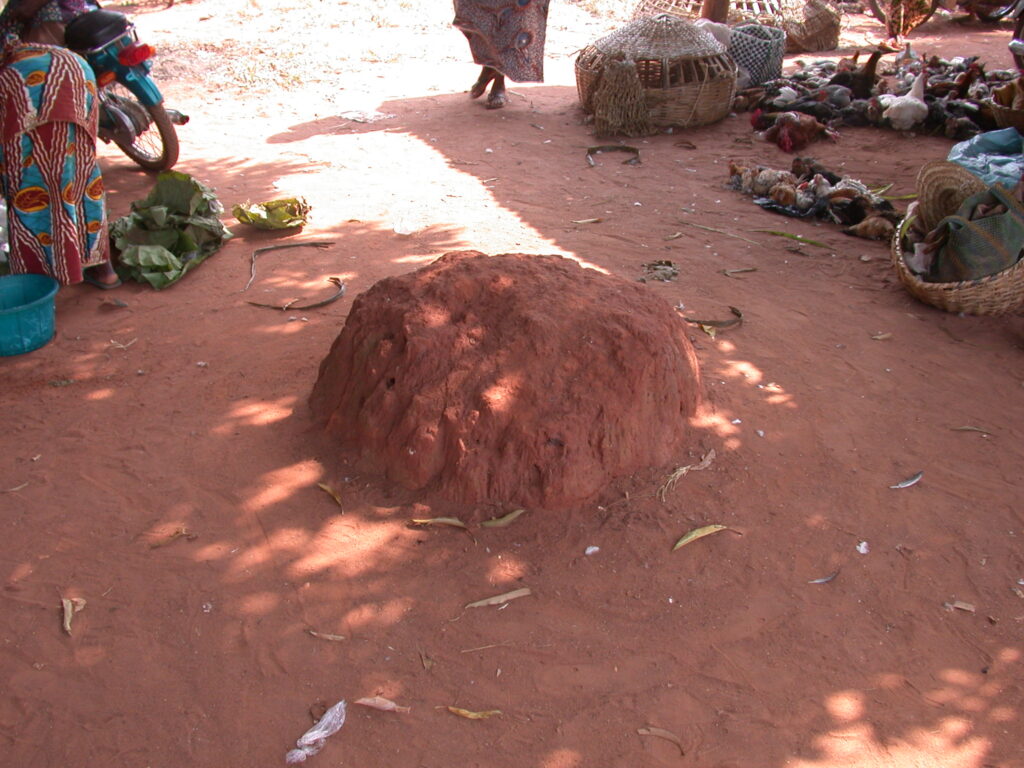
I tried to find the twin fetish and the fertility fetish, which had apparently been vandalized by a female tourist who sought to take the protruding part of the fetish with her. After first getting permission from a woman at the compound next to the Sémassou Temple, I then had to negotiate again with a man who said the woman didn’t have the right to do what she had done, then let a disabled boy on a bike show me the twin fetish and what may have been the damaged fertility fetish, of which I took pictures. I now realize how appropriate it was for a disabled boy to be showing me around the site.
I start with my translation of the French sign at the Semassou Glele temple:
Semassou Glele Temple
The Semassou Glele Temple is part of the royal cult of Zomadonou with 14 temples. Zomadonou incarnates the spirit of malformed children in the royal family. This inexplicable miracle justifies the consecration of the cult during the reign of King Tegbessou (1742-1774). These children serve as intermediaries between the visible and invisible world. Periodically the adepts celebrate rites in and in front of all the temples. The ceremonies here honor King Glele (1858-1889) and his ancestors through his two children Semassou and Hiensien.
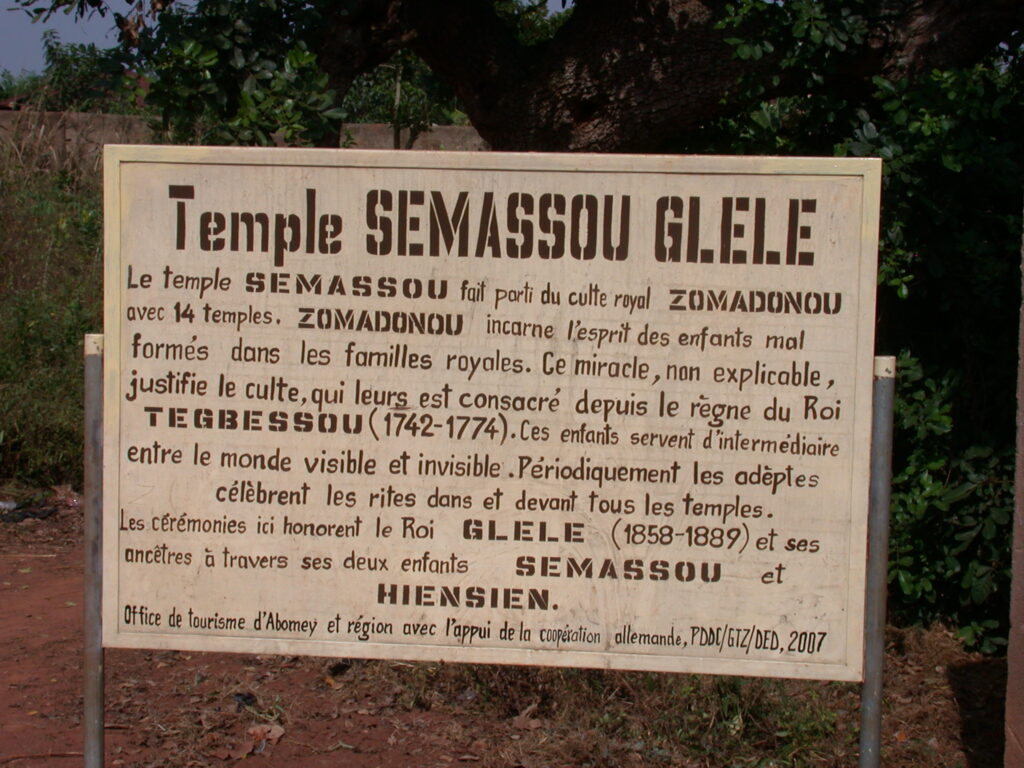
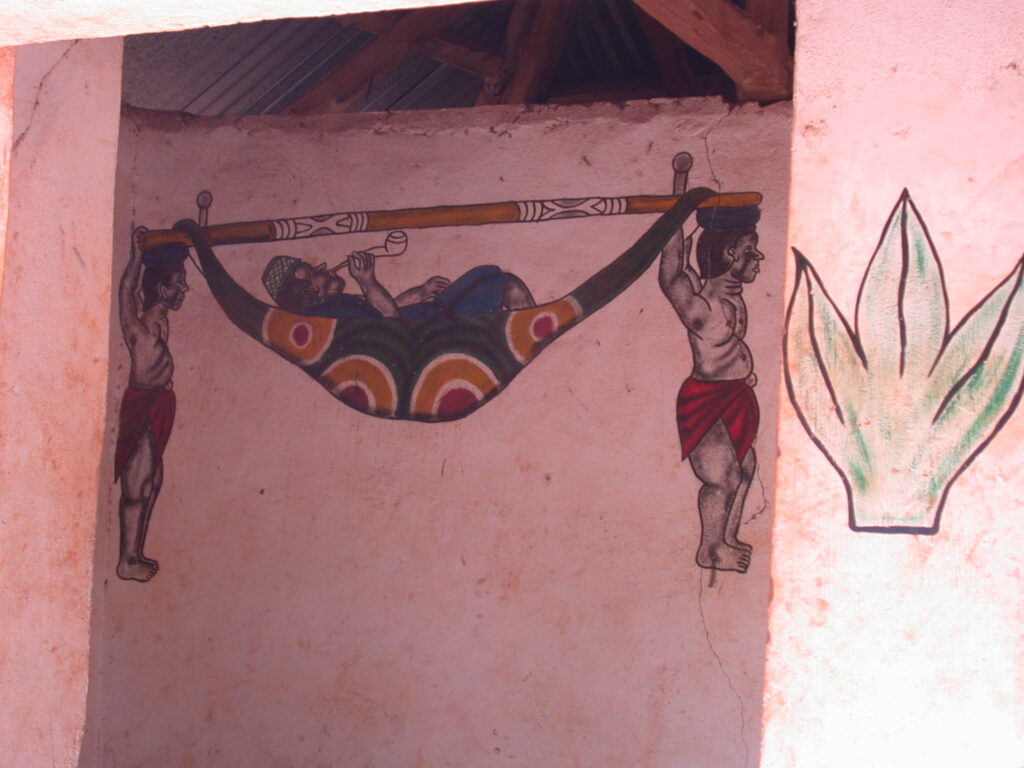
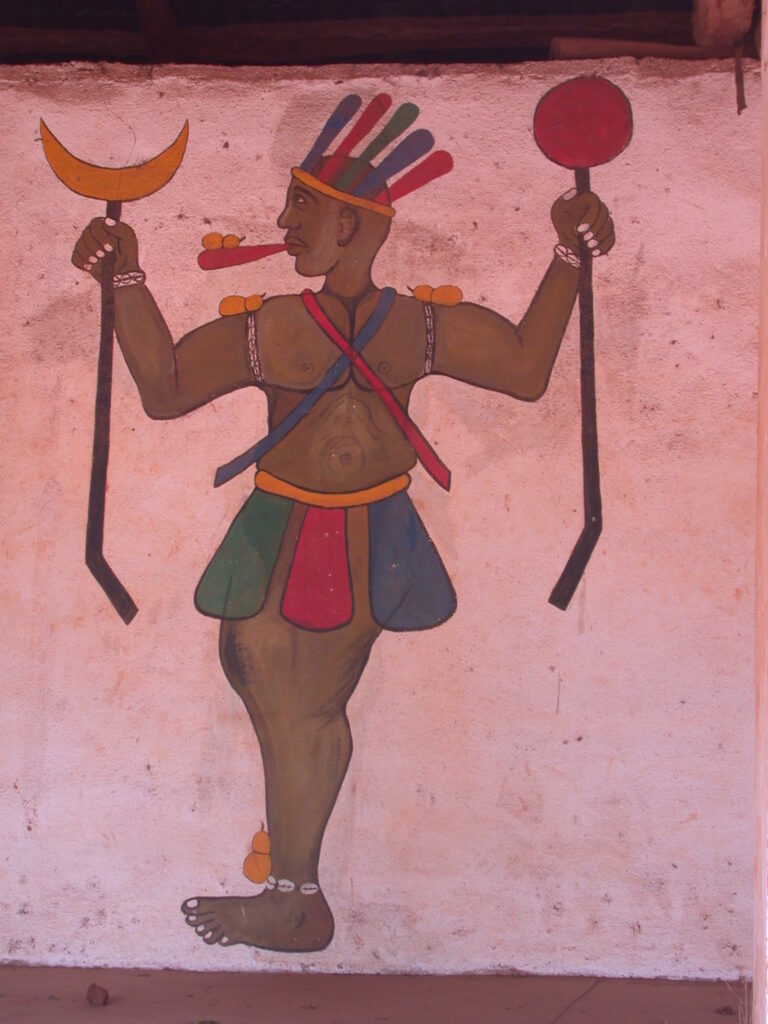
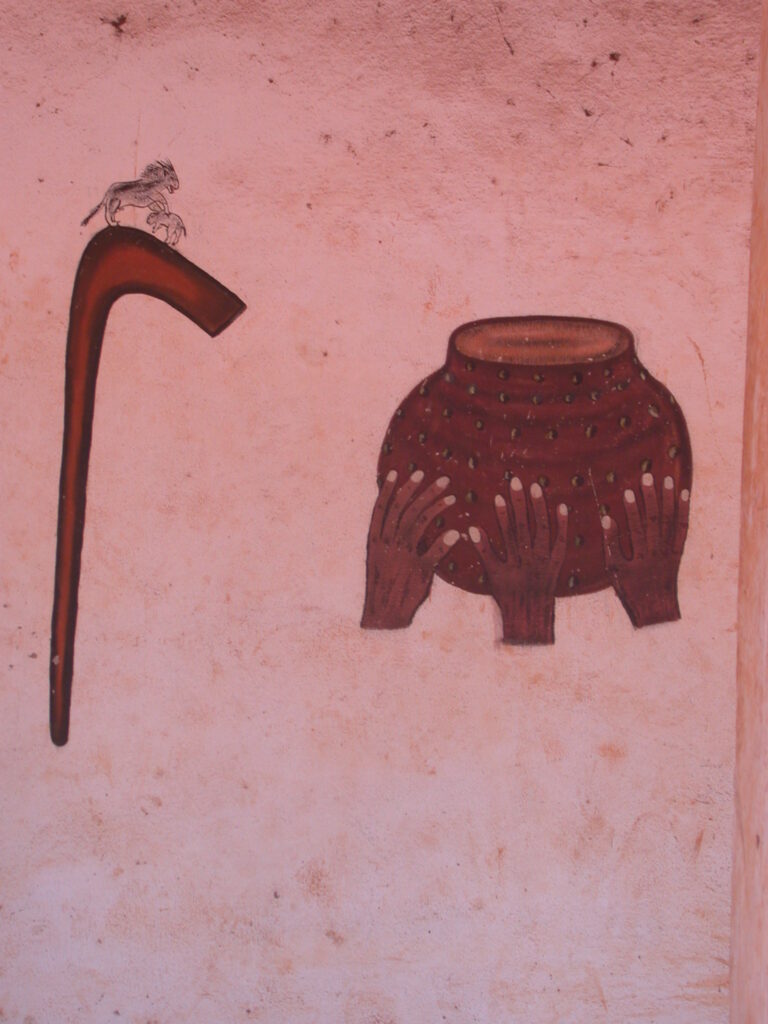
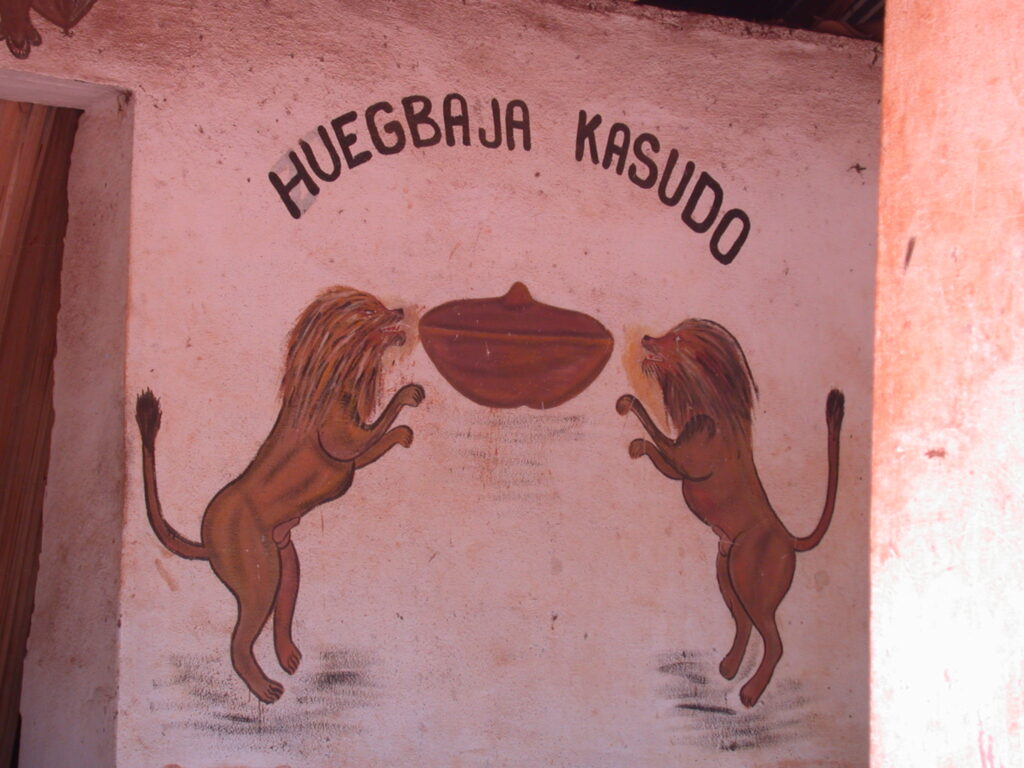
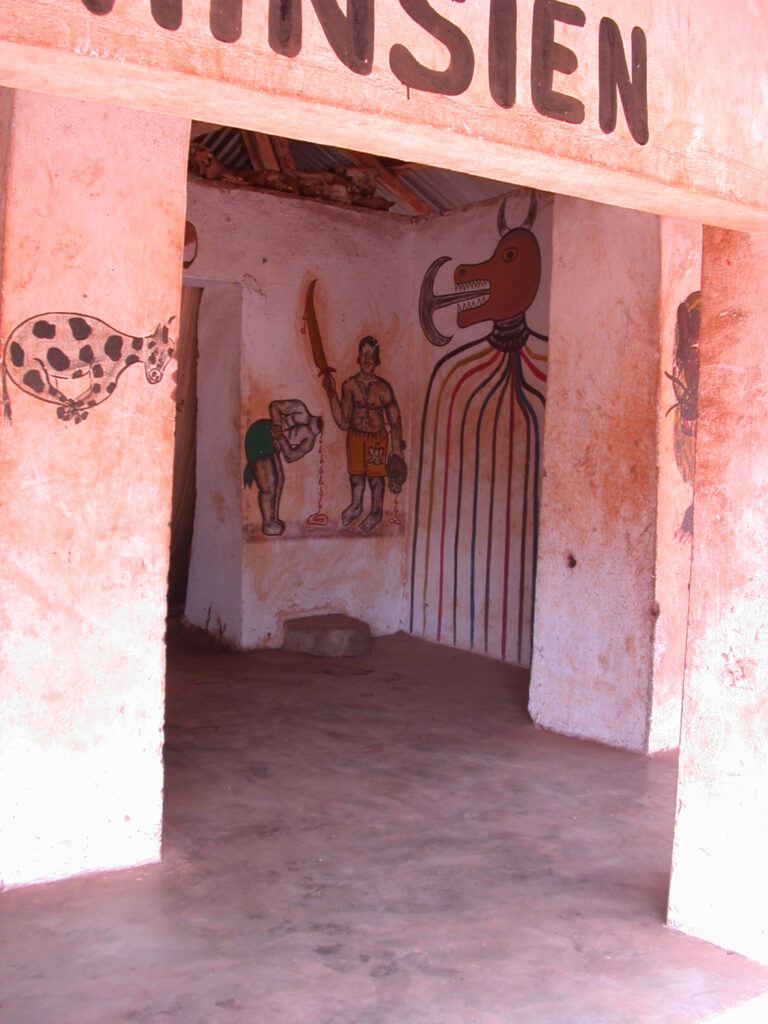
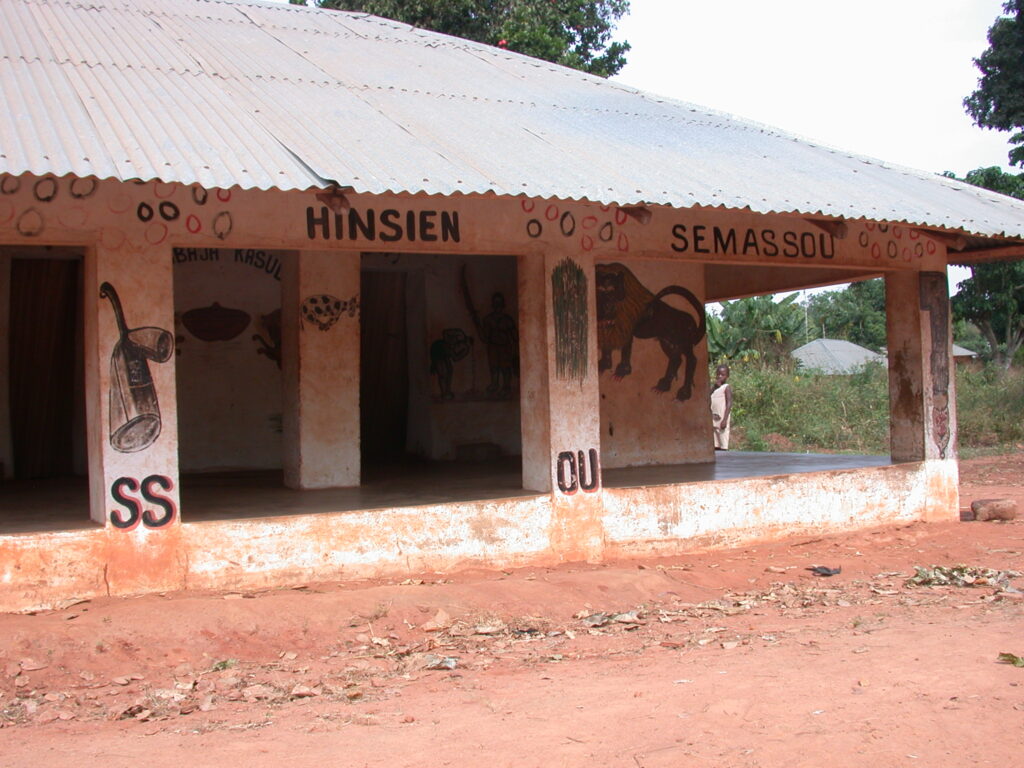
Here is a picture of the fertility fetish as it was when I saw it:
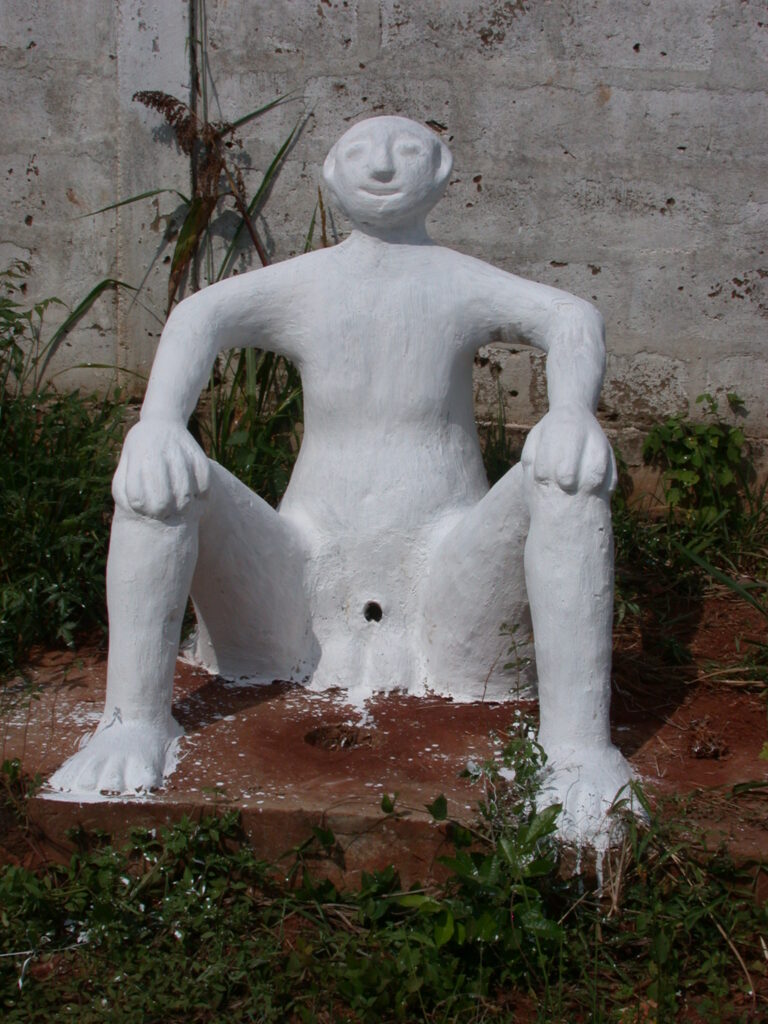
Here is a picture taken by a photographer named Mark Wilkinson apparently before the removal of the phallus from the fertility fetish:
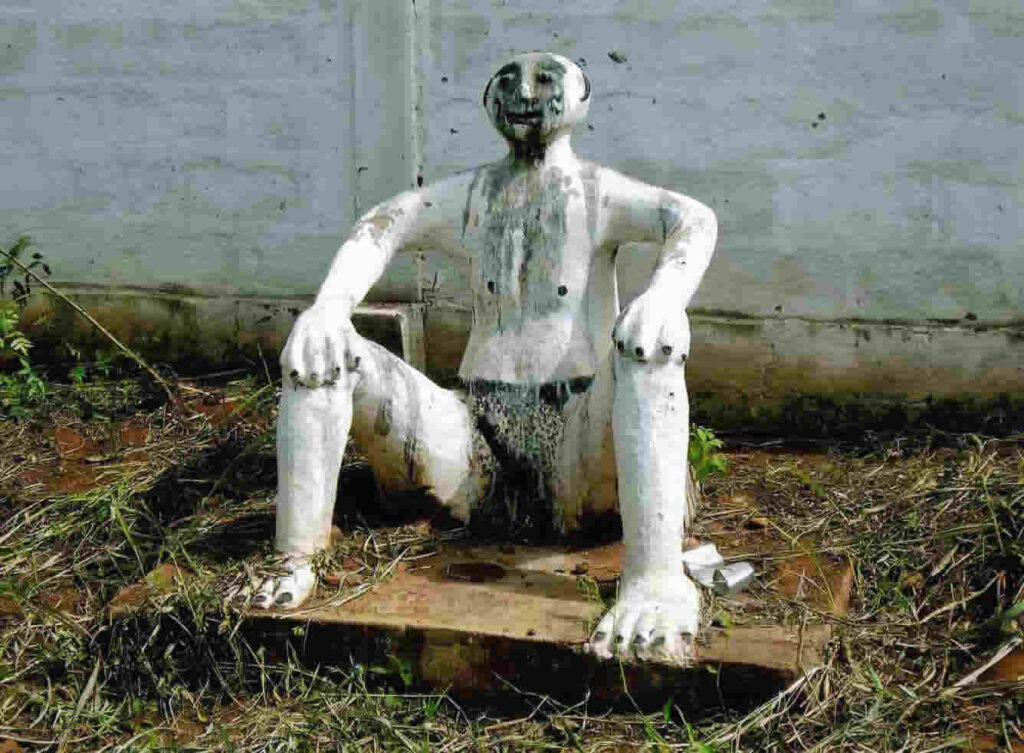
Here is the twin fetish as I saw it:
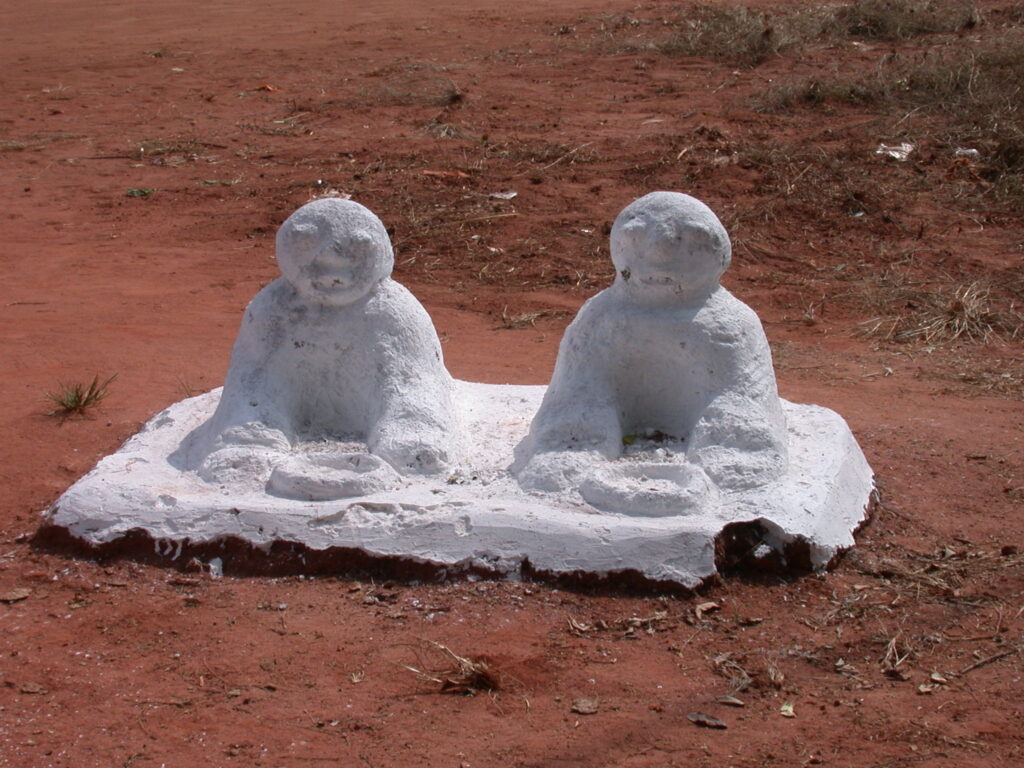
They wouldn’t budge on the python temple though, neither to look inside it or to take pictures of it. In the end, a bit more baksheesh brought the man around.
Afterwards, he even stopped a guy who was driving by to give me a ride back to the Place Goho roundabout near the hotel where I was staying. I translated the French sign there as follows:
Goho Place
The final combat between the French colonial army and the Dahomean army took place at Goho place in 1892. The place symbolizes Dahomey’s capitulation. Here King Gbehanzin surrendered to General Dodds in 1894. In 1974, the revolutionary military government proclaimed the Marxist-Leninist ideology in the place. Since 1978, the place has hosted the statue of the “national hero” King Gbehanzin.
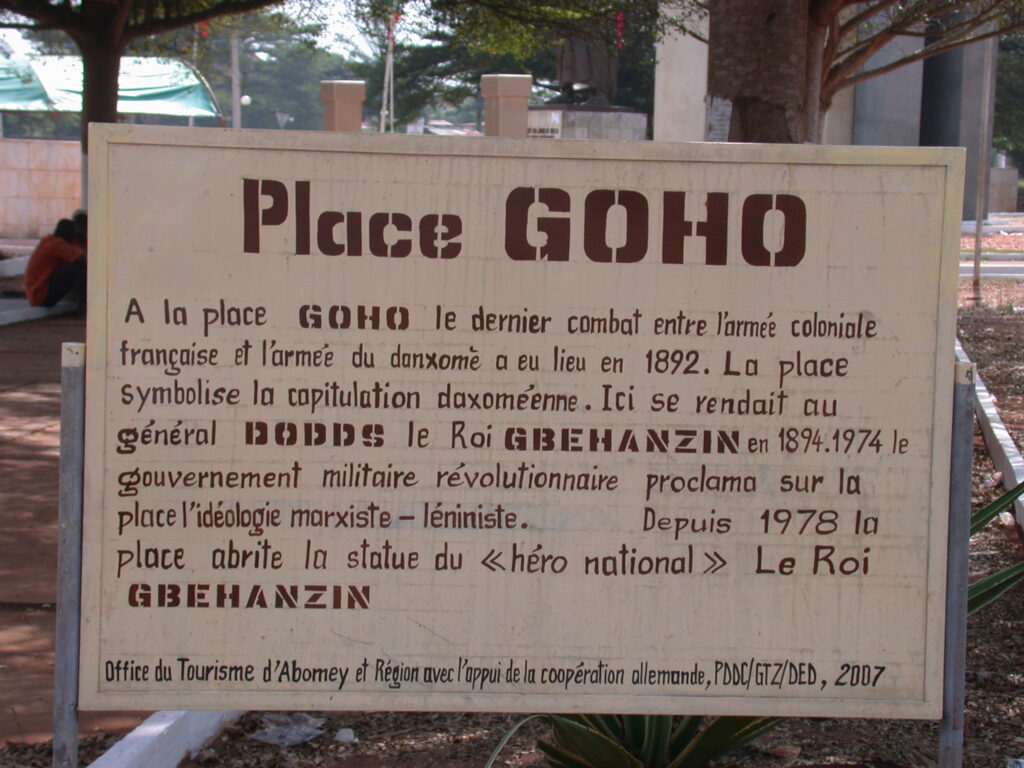
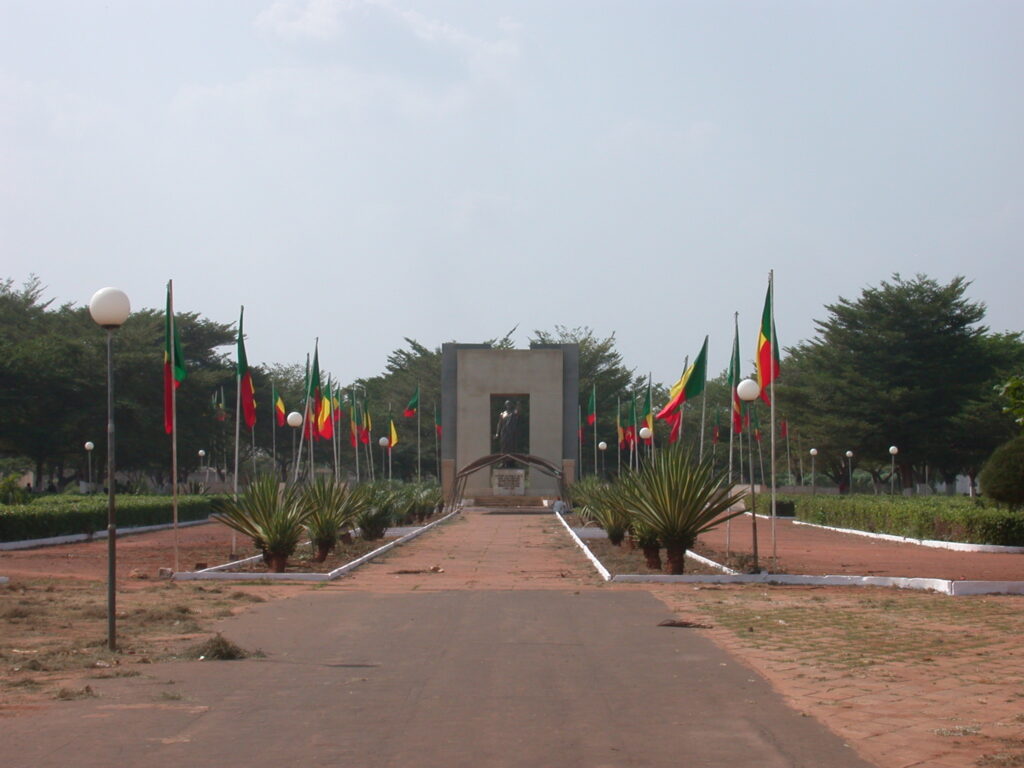
I didn’t arrive back at the hotel until well after checkout time, so I decided to spend another night there before heading on to Cotonou to pick up my visa. On the television was the strange spectacle of a program called “Window on Islam” with pilgrims on the the hajj circling the Ka’aba in Mecca while French-language advertisements ran across the bottom of the screen.
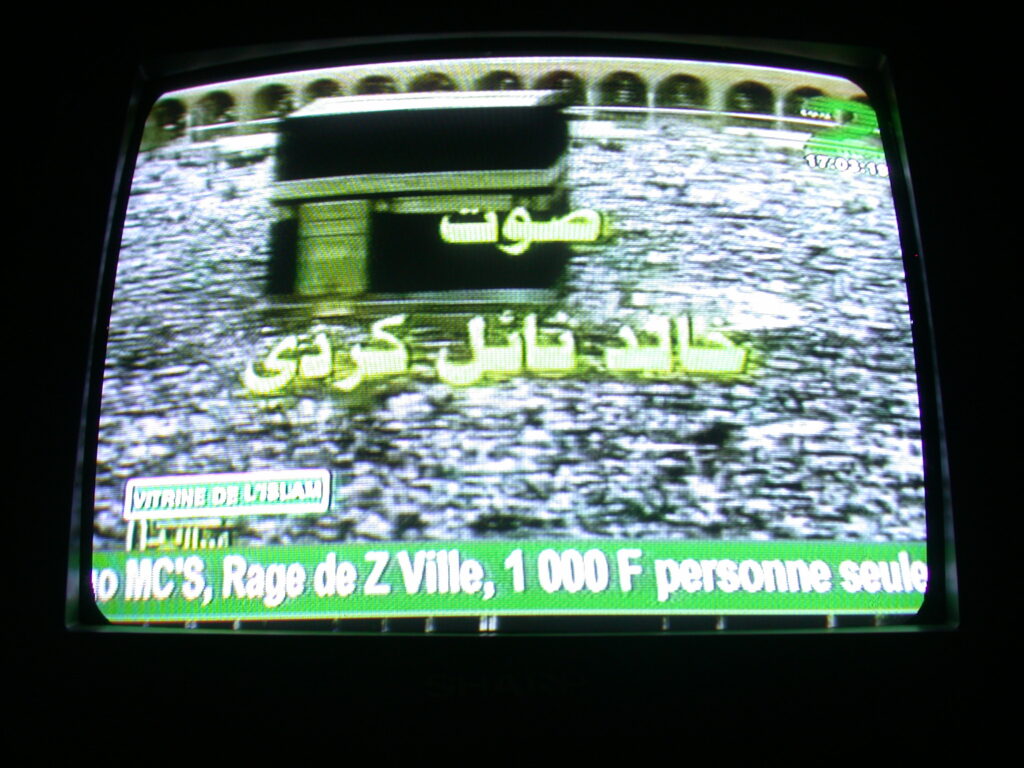
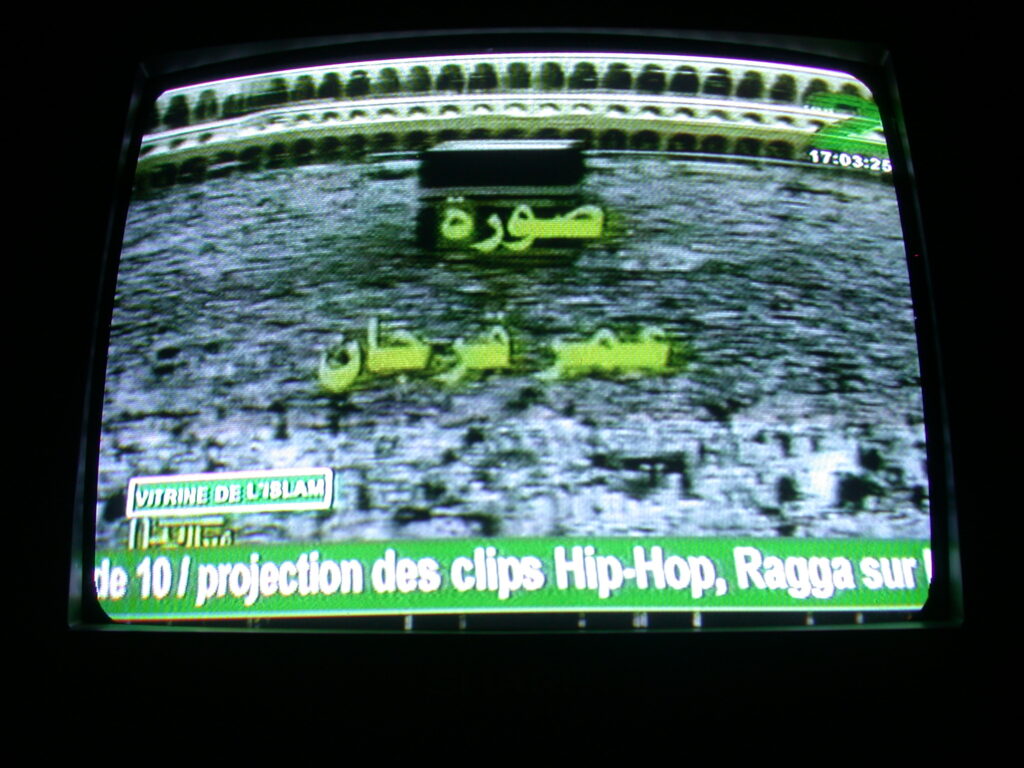
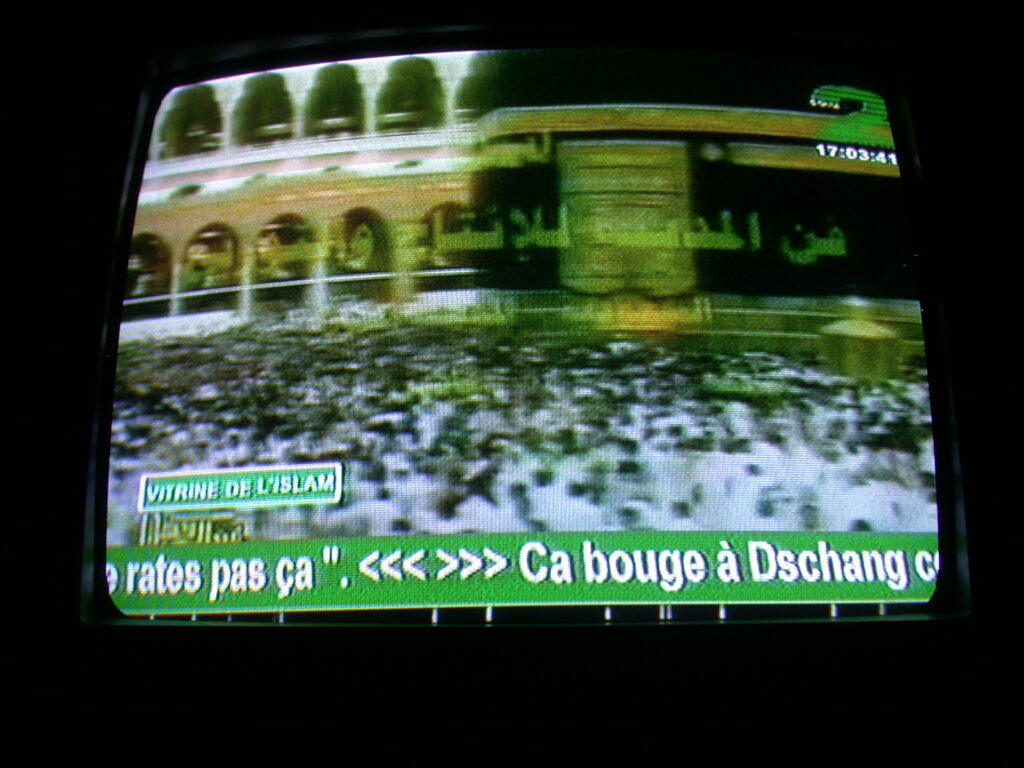
At breakfast before I left, I snapped a pic of the cool painted optical illusion decoration on a pillar of the porch in front of the hotel that looks alternately like a bottle or two wine glasses.
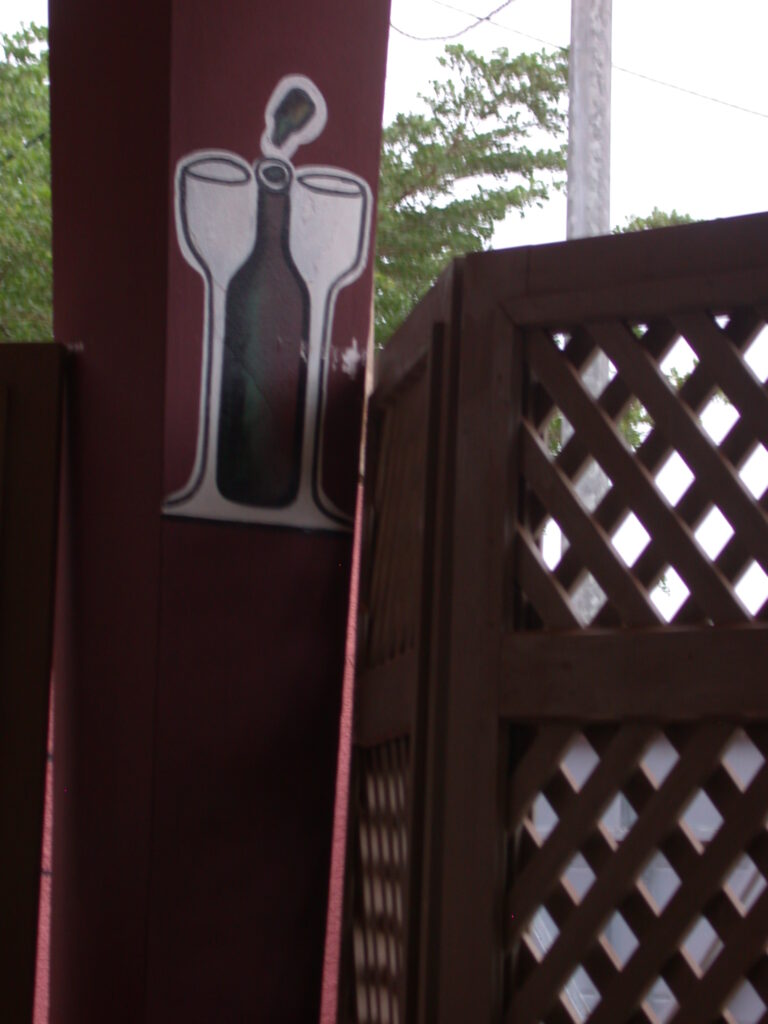
Written on December 24, 2007, Heritage Hotel, Oshogbo, Nigeria
More catchup–
The voodoo ritual for the adepts finishing their nine-month initiations in Ouidah was quite amazing. I hope my pictures come out. After getting hit up by various members of the chief’s family, and after chatting with some of the chief’s sons, as well as running into Bettina, a German filmmaker also staying at the Jardin Brasilien hotel, and another guy who has been filming for many years in Ouidah, and now living in the chief’s old house since the chief has moved into the official chief’s residence after the death of the prior chief.
Before the ritual started, another crowd came to the location for a funeral, chanting, and the pall bearers twirling the coffin rapidly around in the street. I tried to take some pictures, but some of the men told me not to do so.
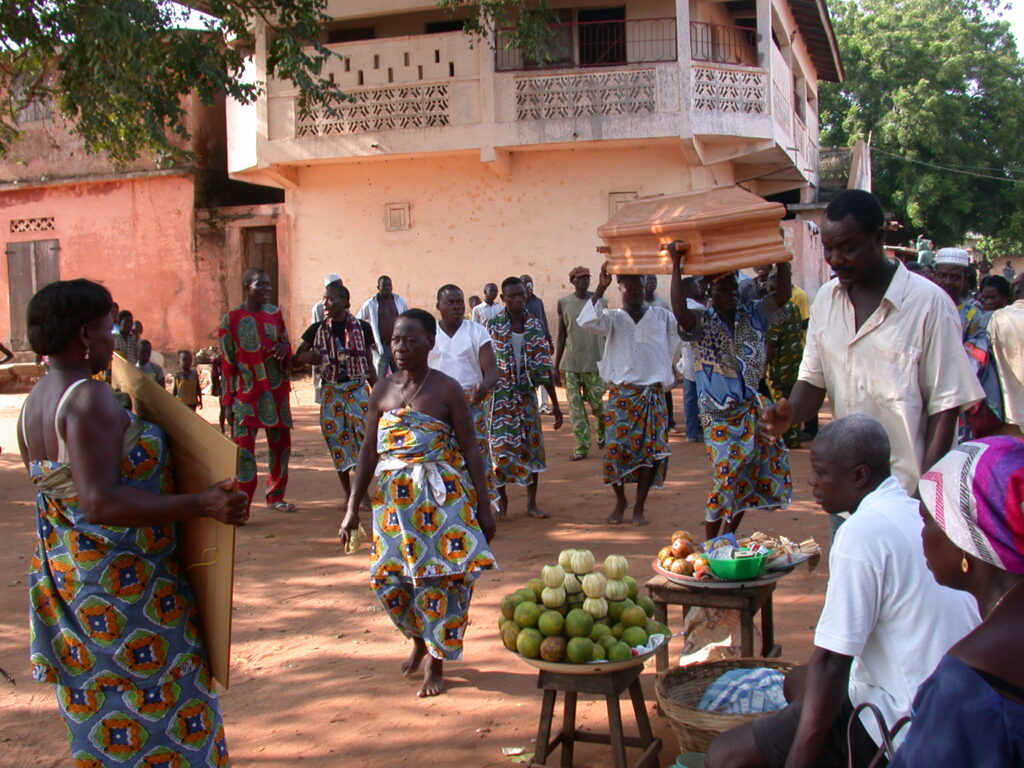
After the funeral, a couple of women dressed in traditional costume ran through the ceremonial site blowing whistles. They came three times to indicate the beginning of the ritual. Then, the adepts and their teachers came from the chief’s residence into the ceremonial location. The ritual preparations had started with some men, probably tribal priests, preparing some items in the center of the location. They told me not to photograph them unless I paid them in addition to what I had already given to the chief and his family. So, I just waited until things really got going again before starting to take more pictures and, in response to some persistent nagging, gave a bit more cash to an elderly gentleman, another village chief in charge of some other part of the ritual.
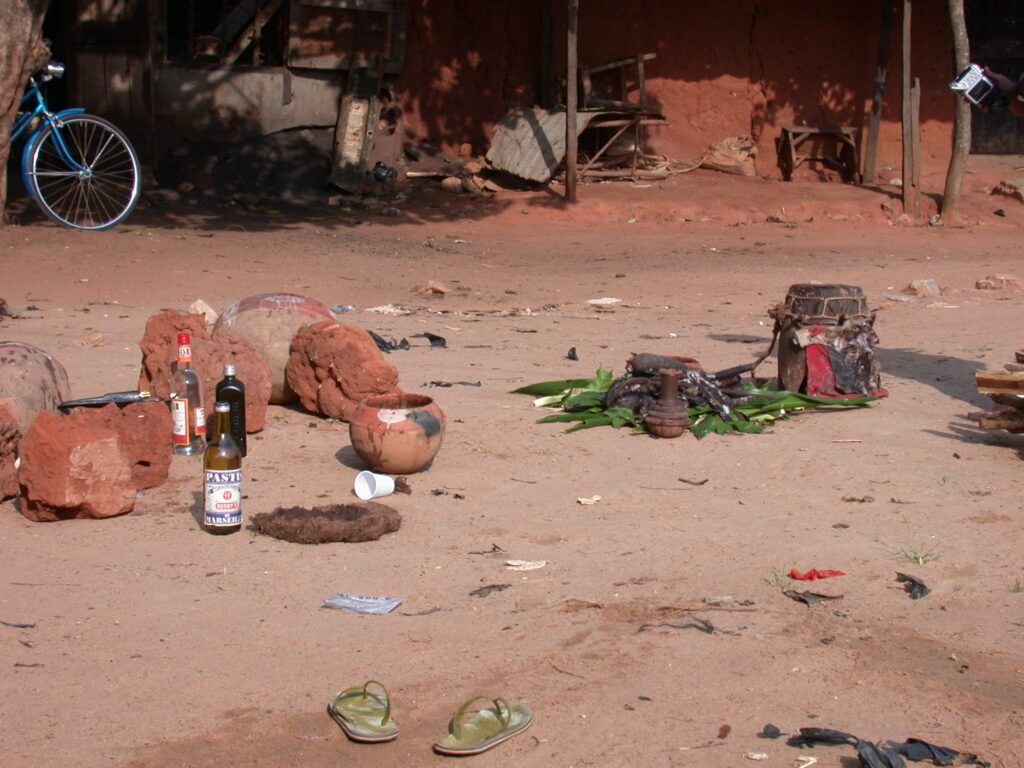
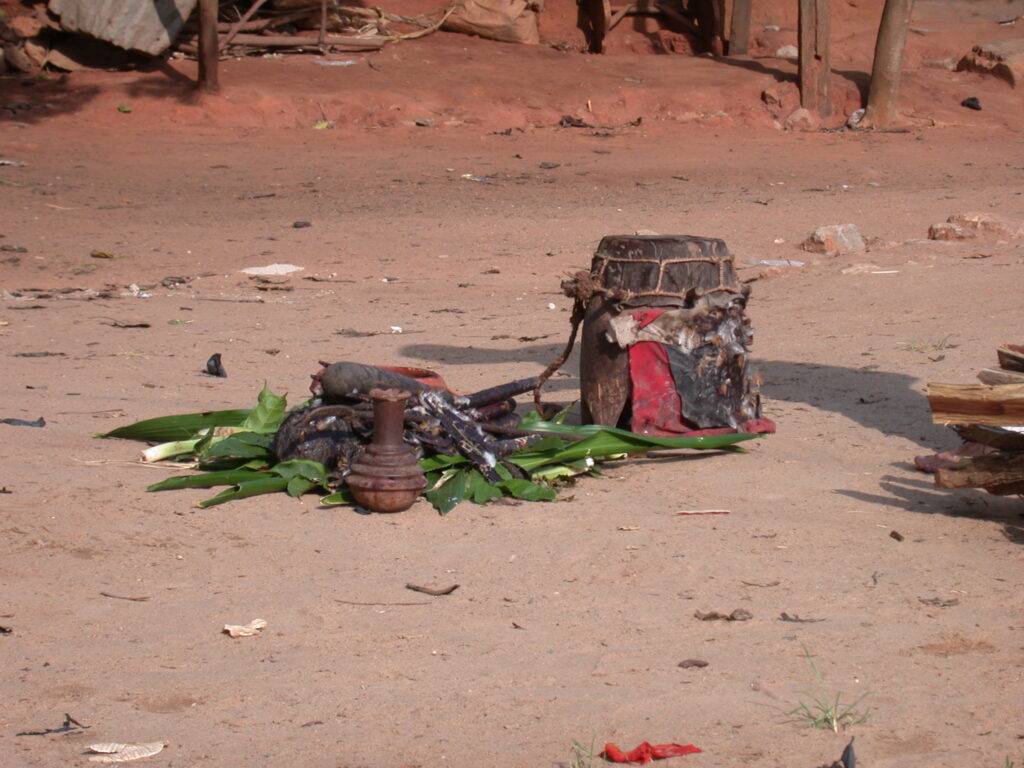
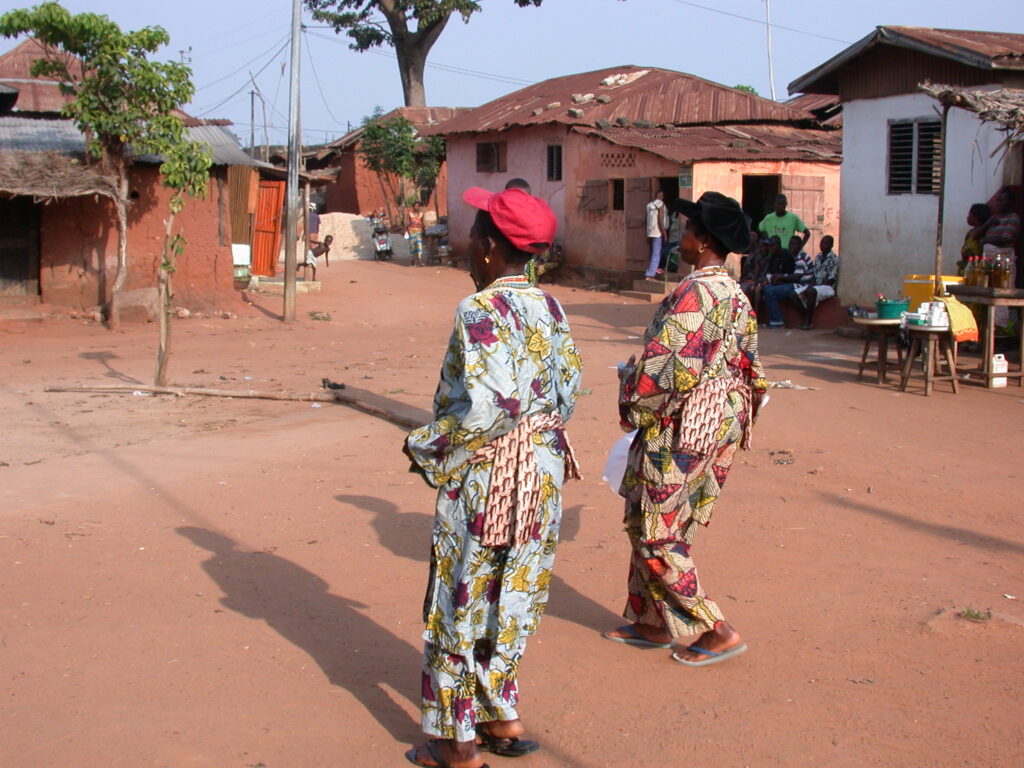
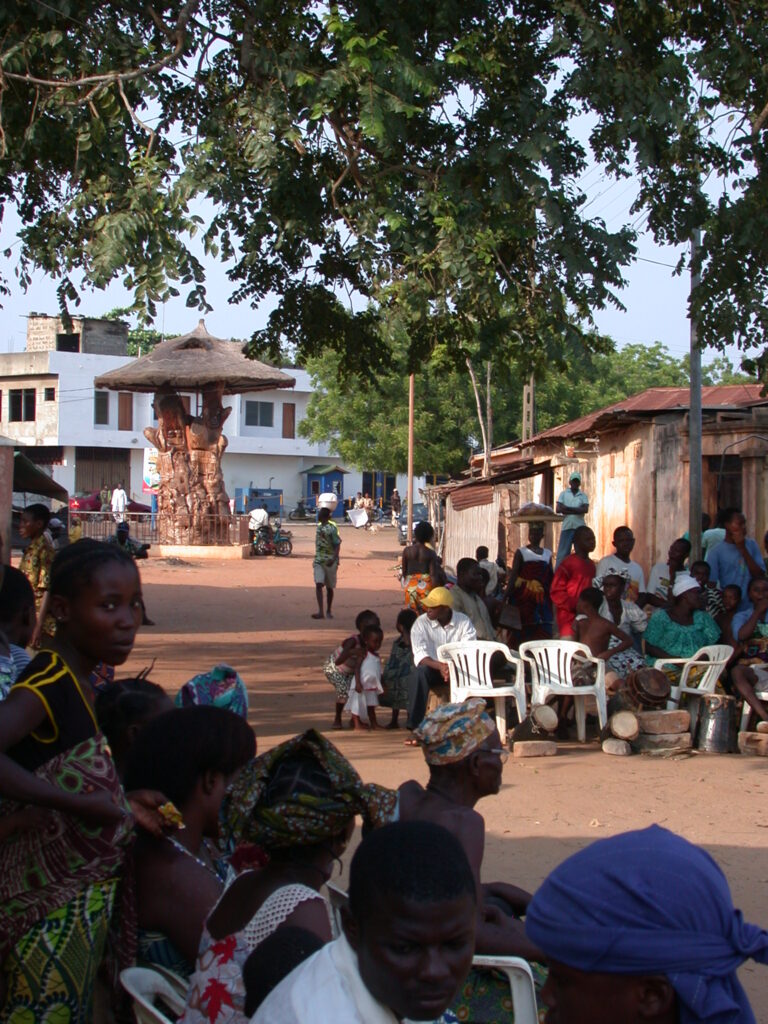
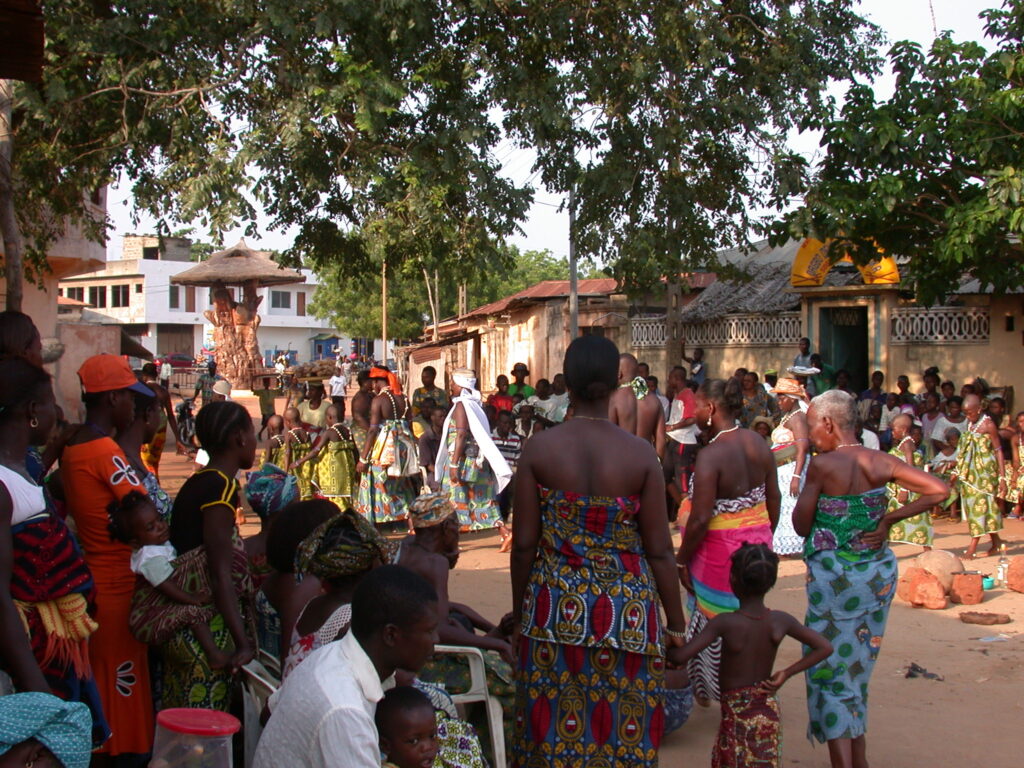
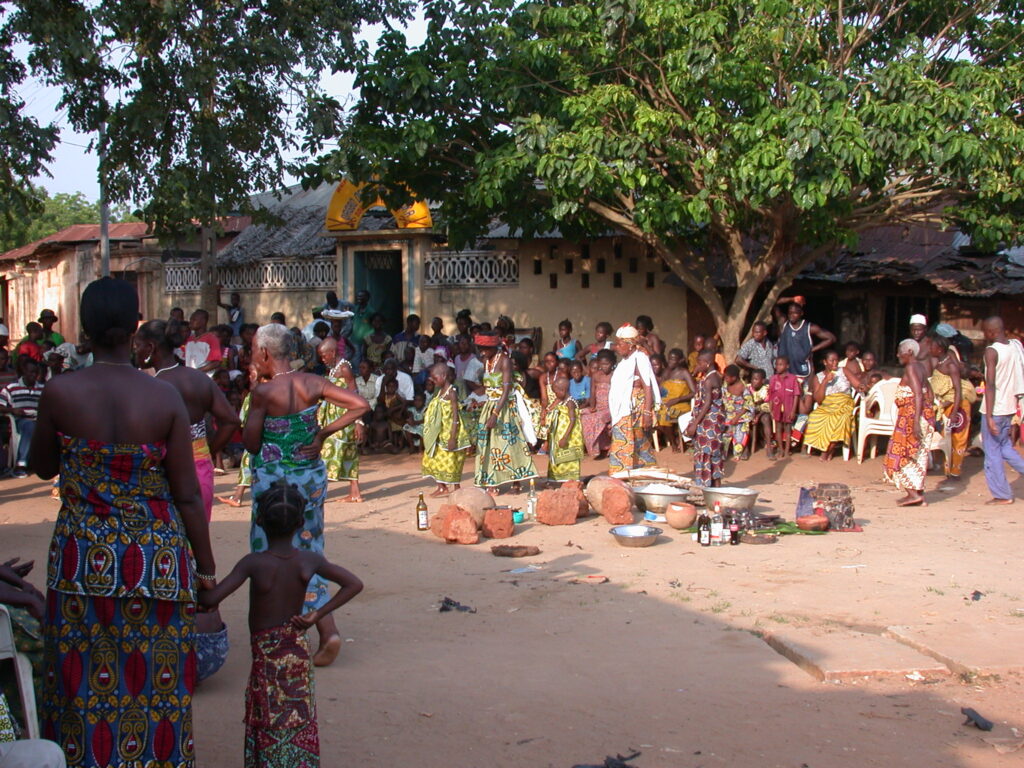
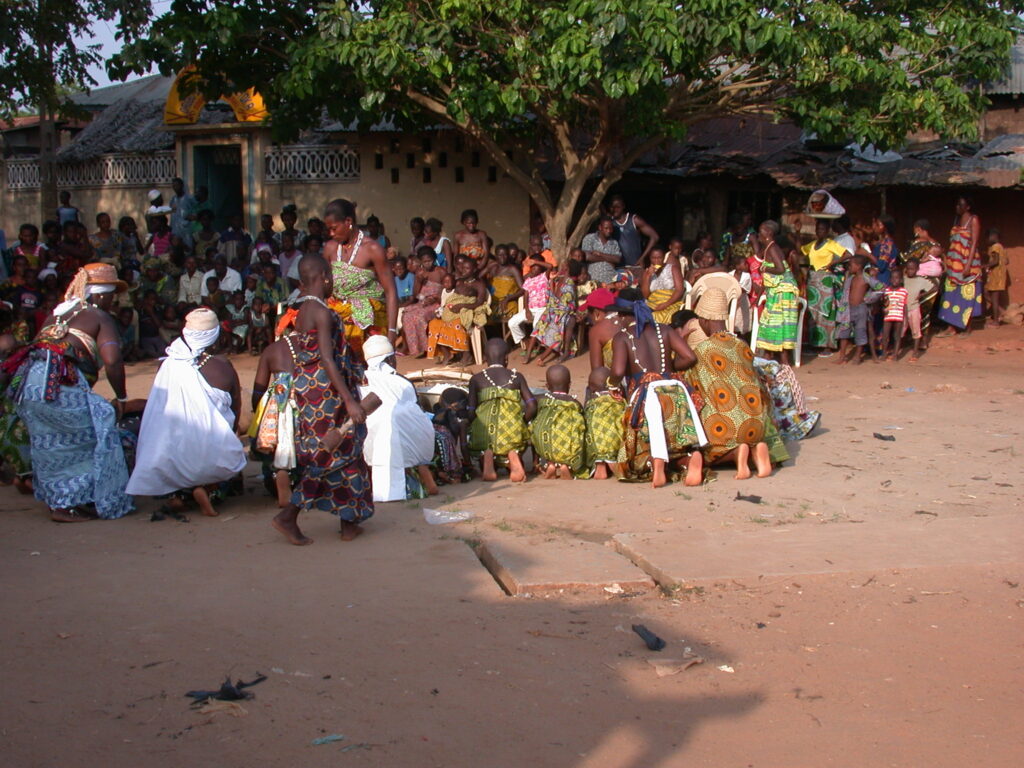
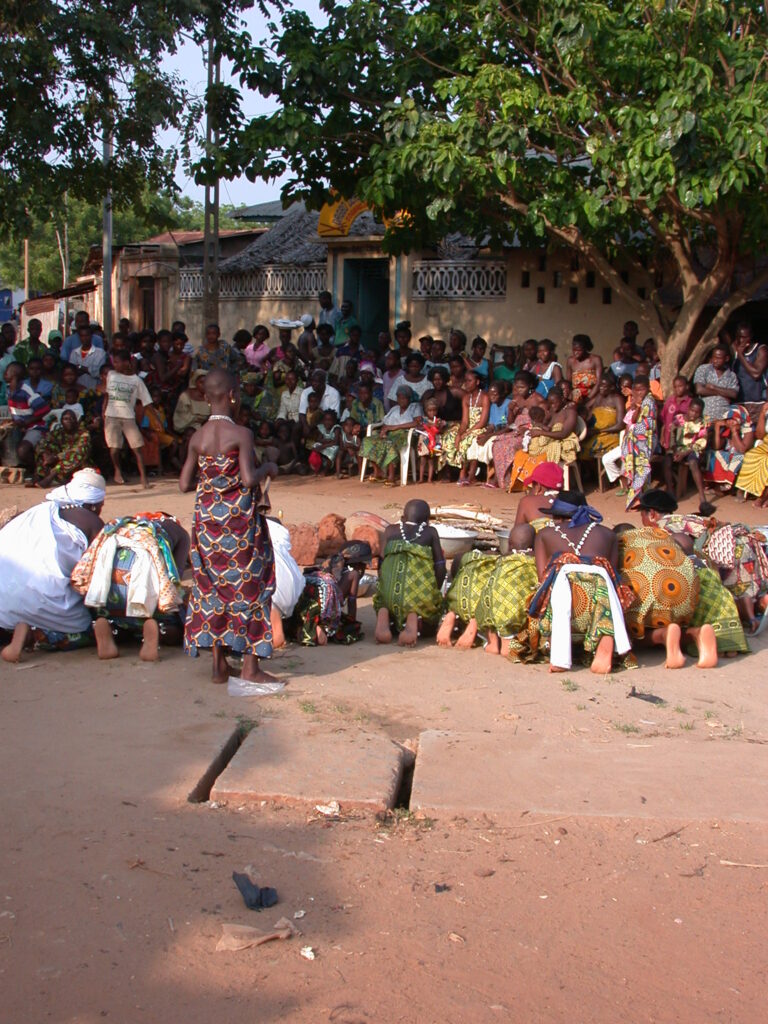
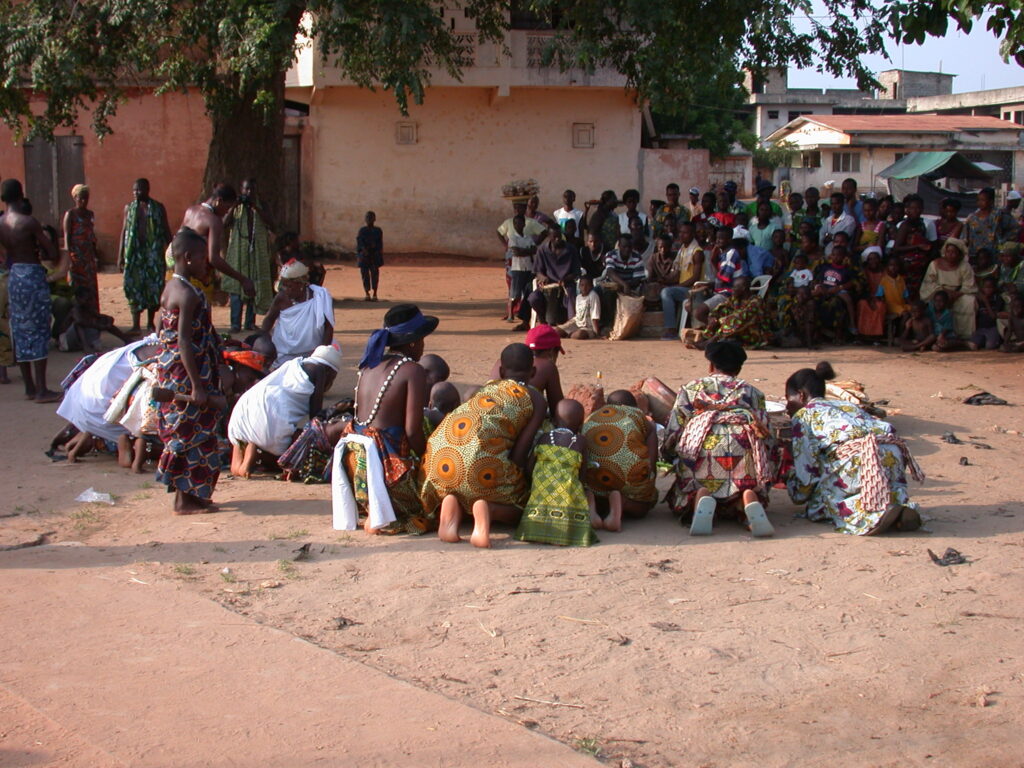
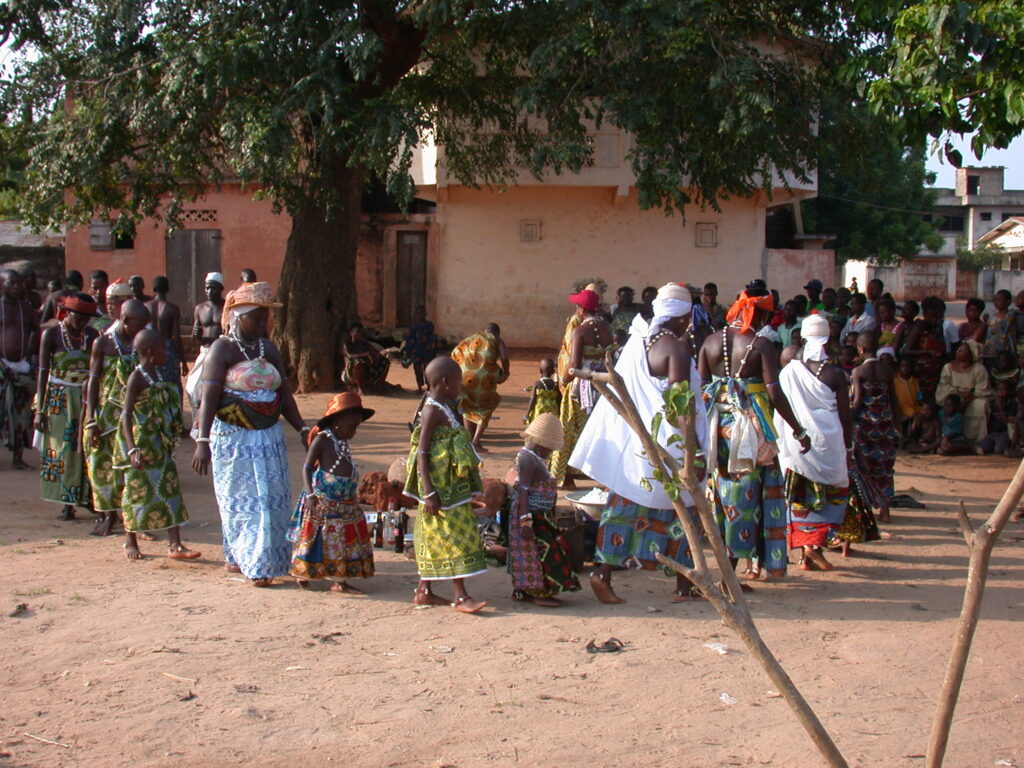
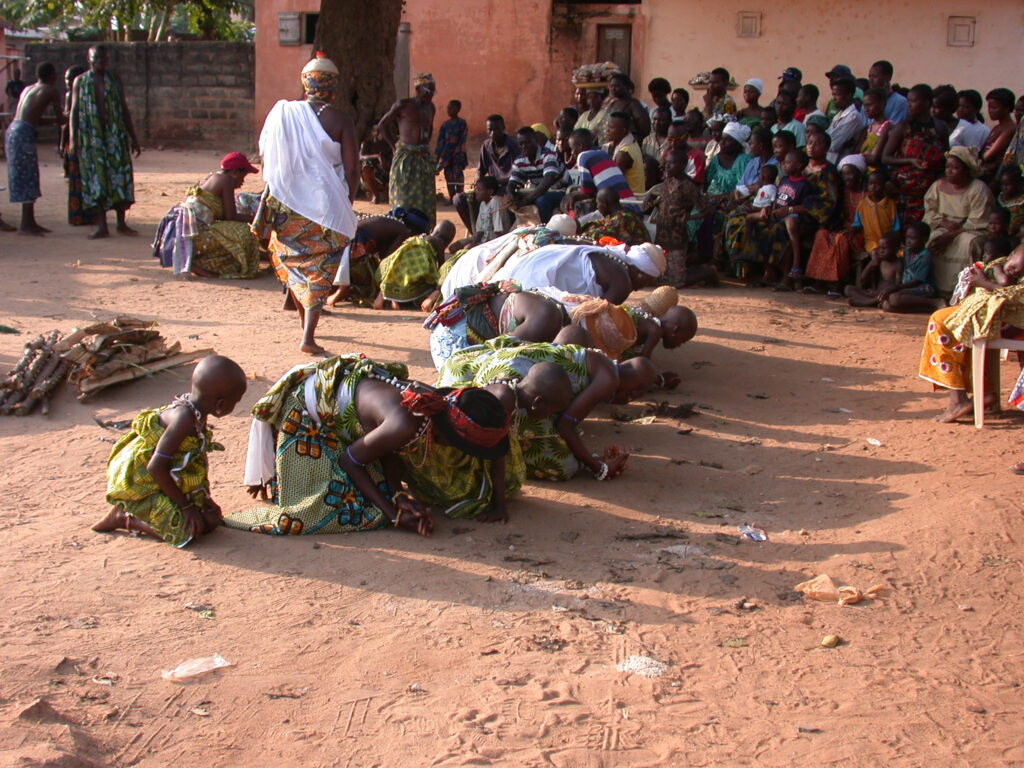
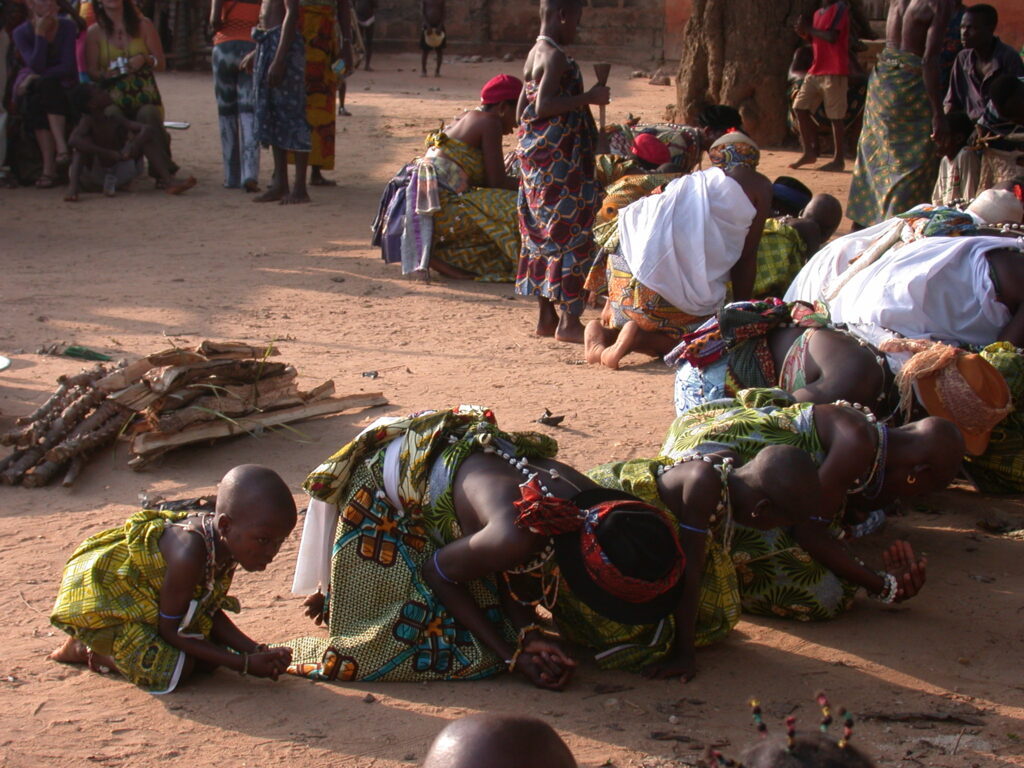
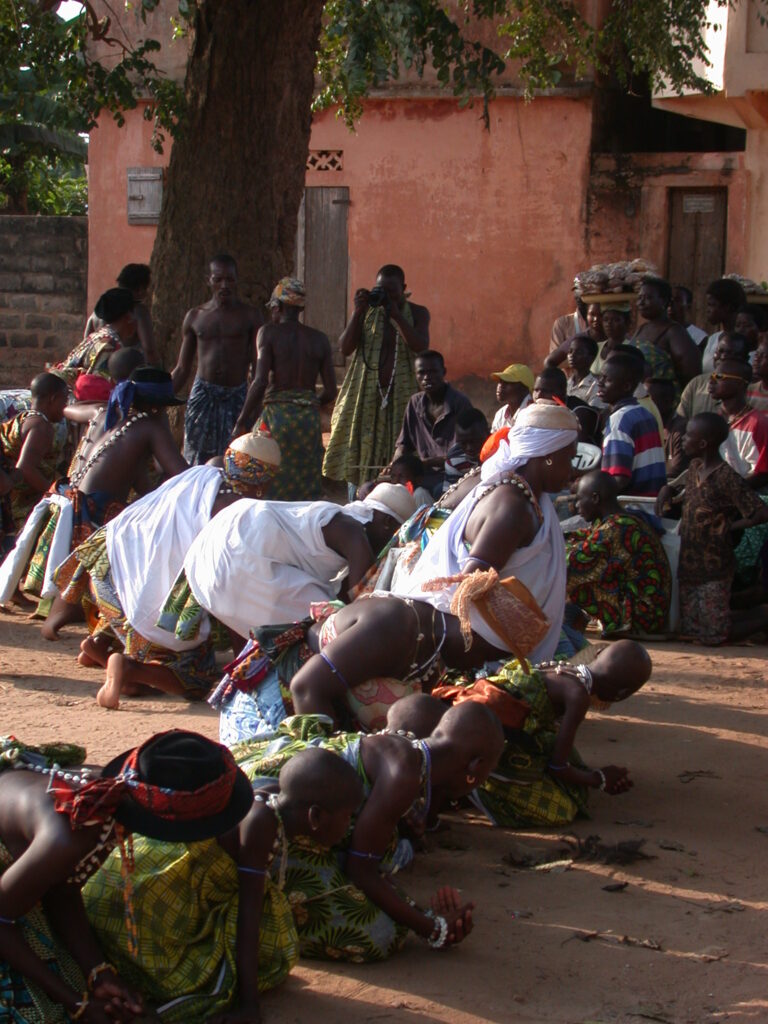
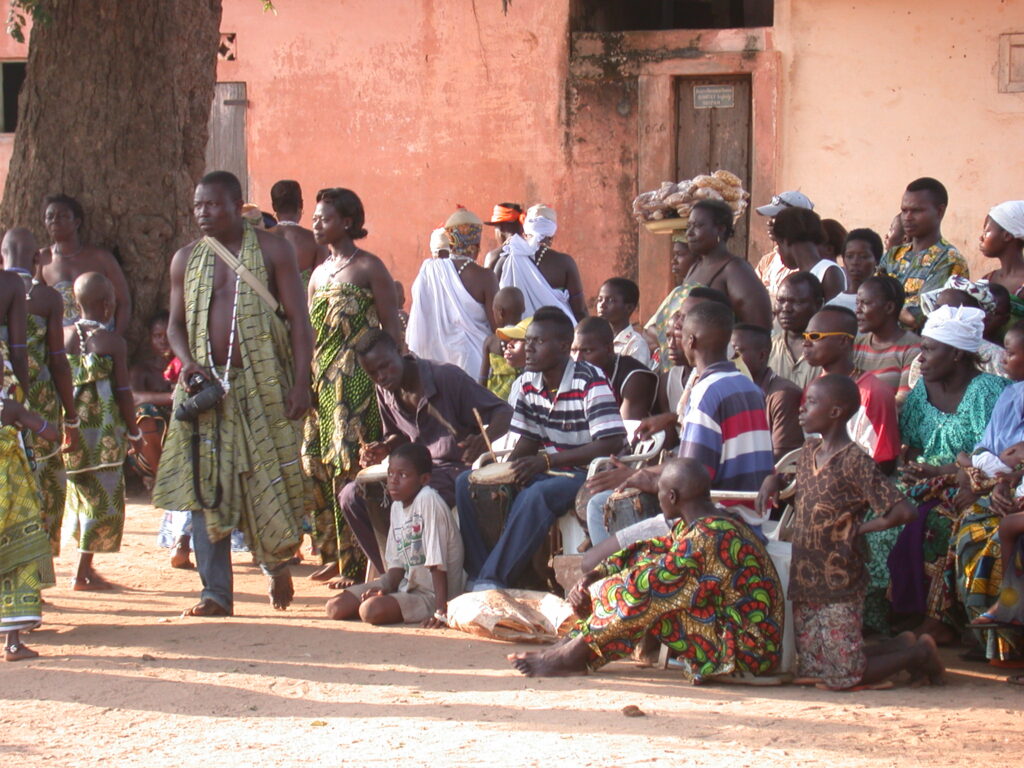
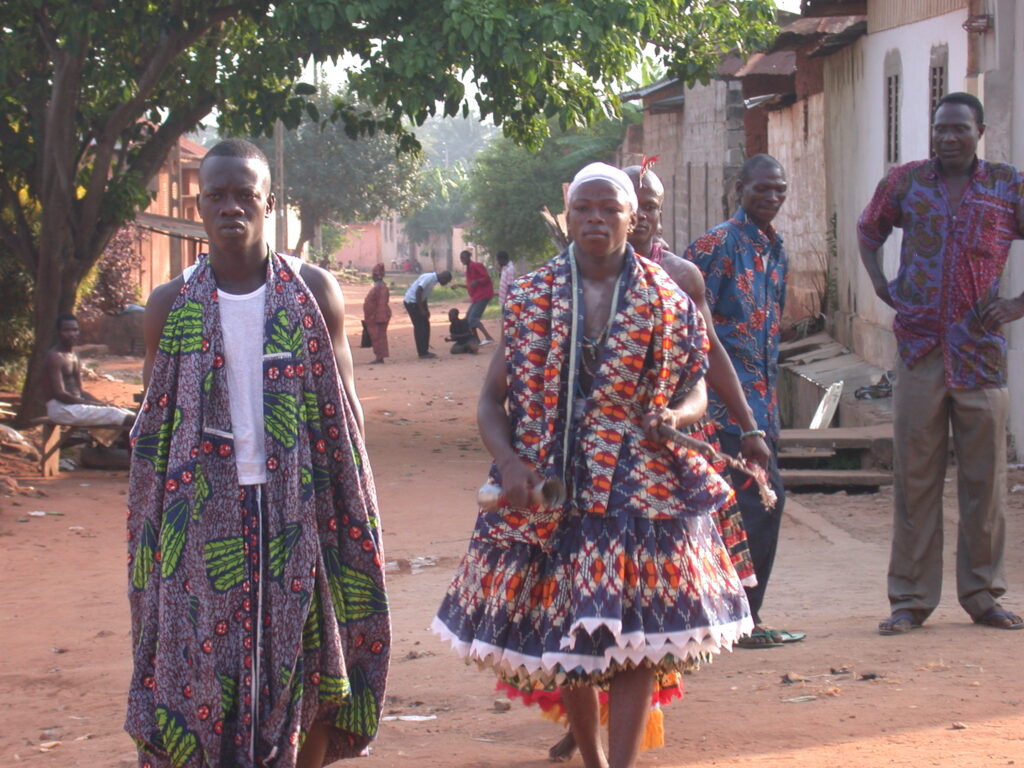
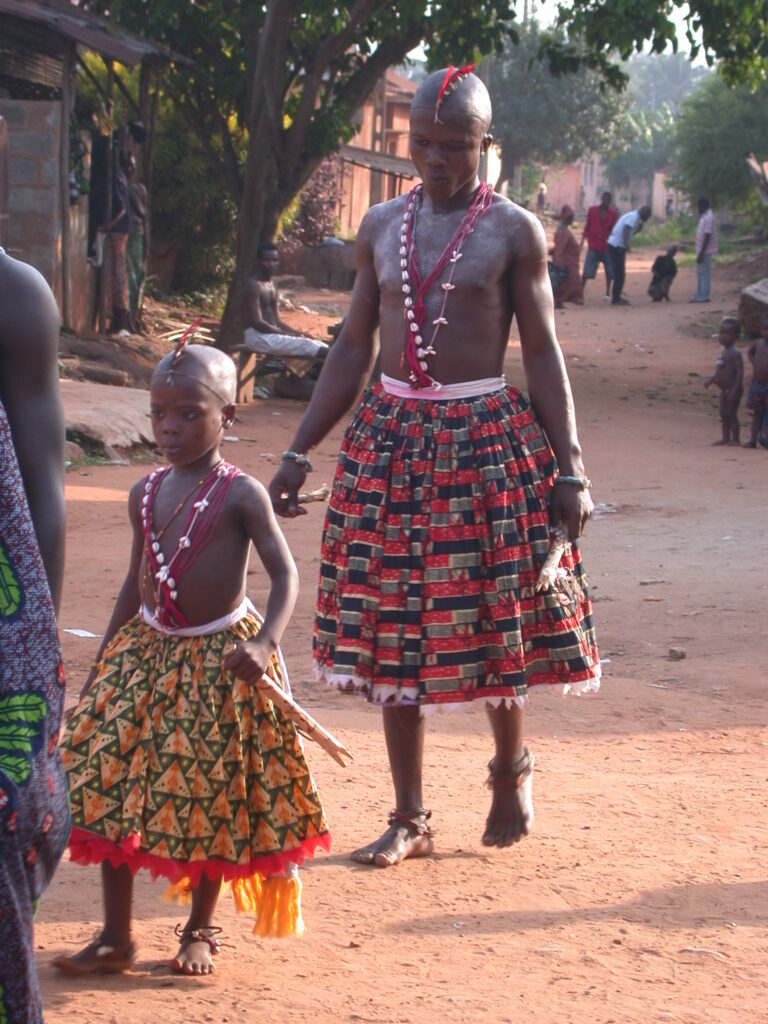
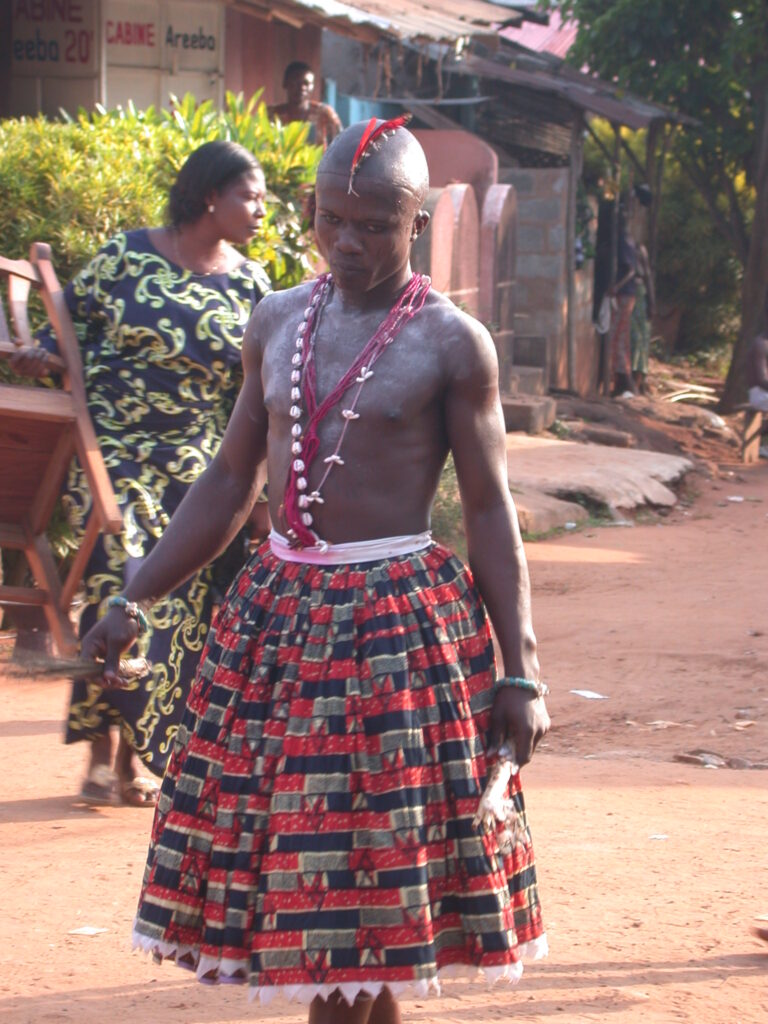
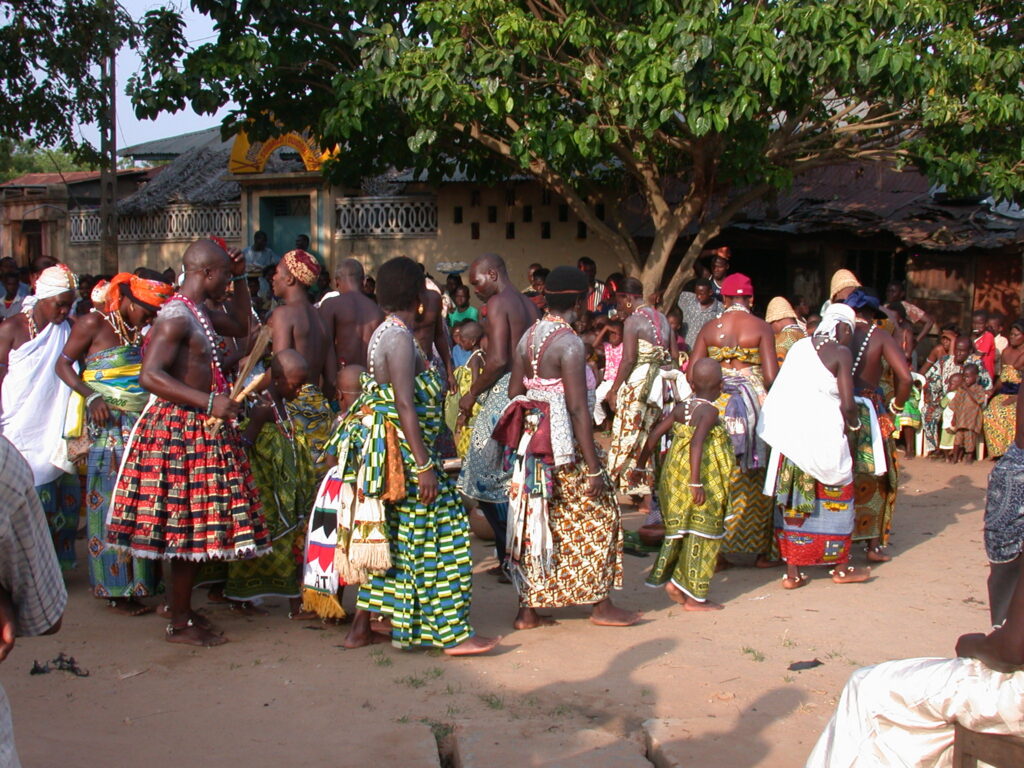
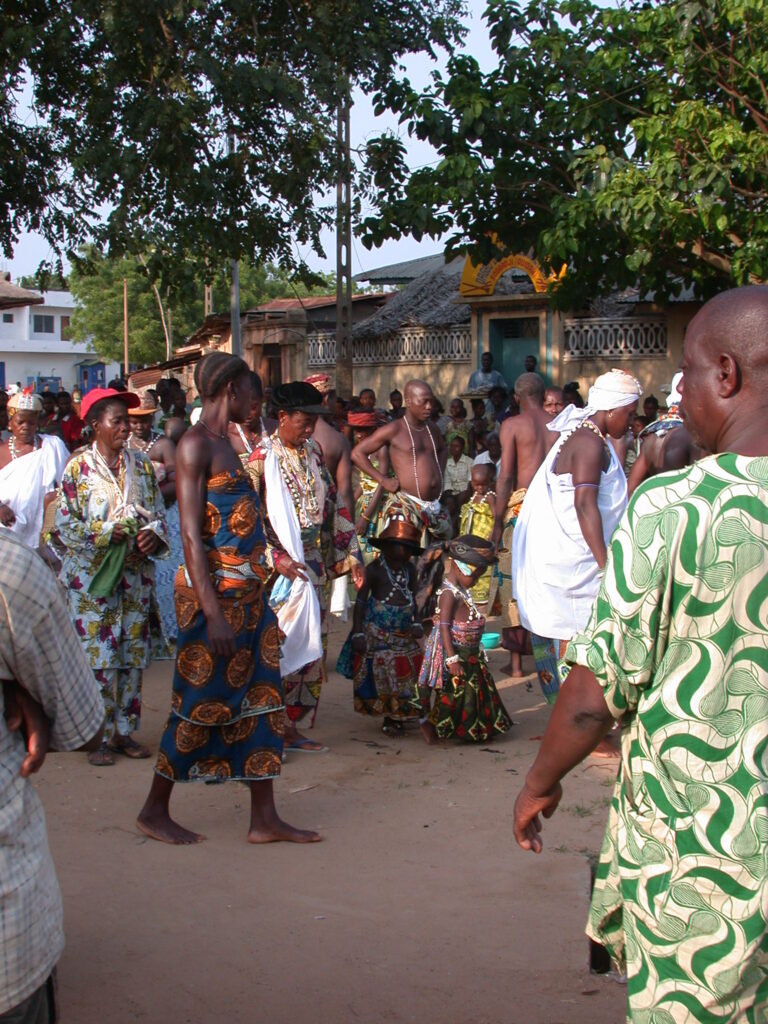
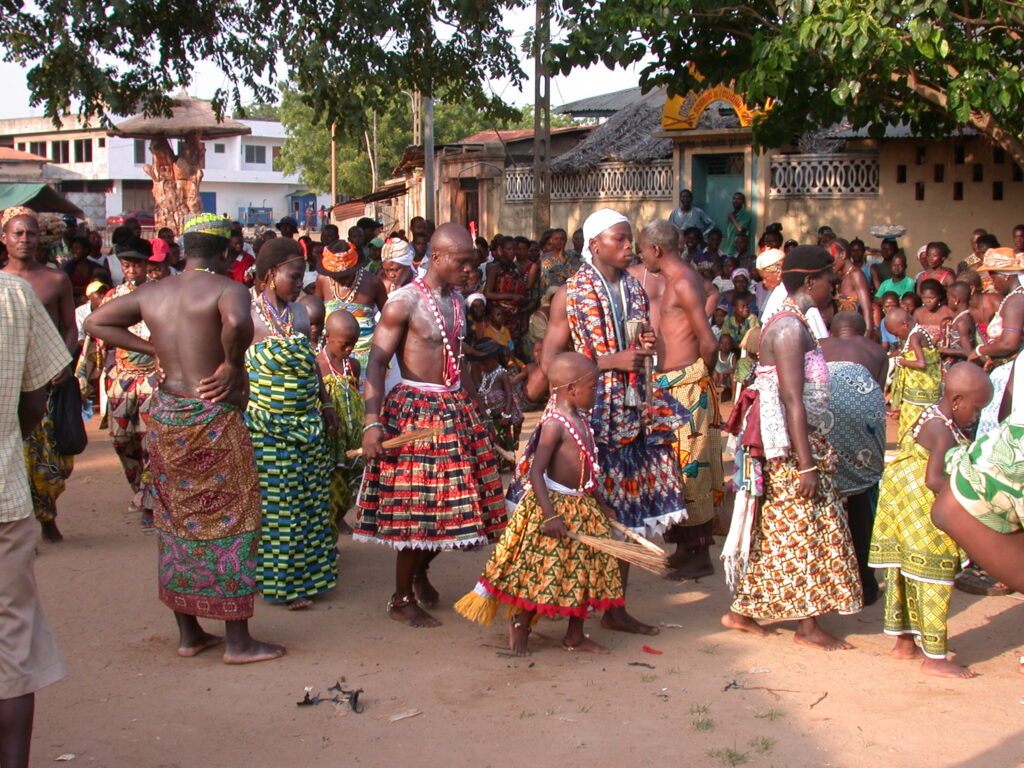
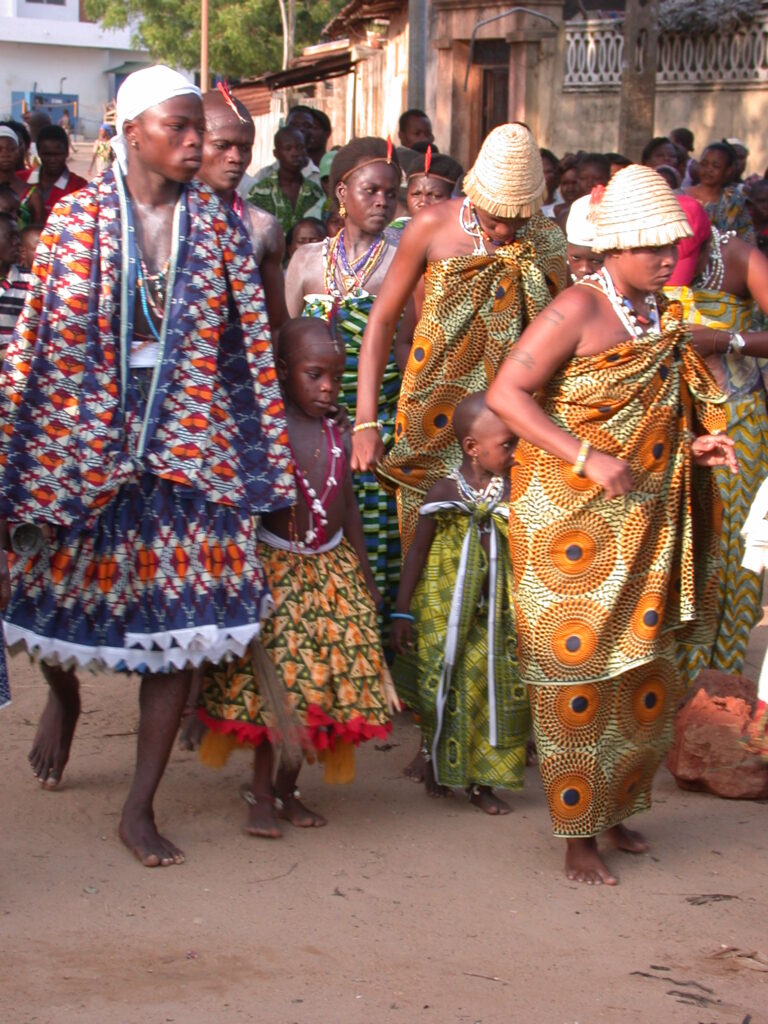
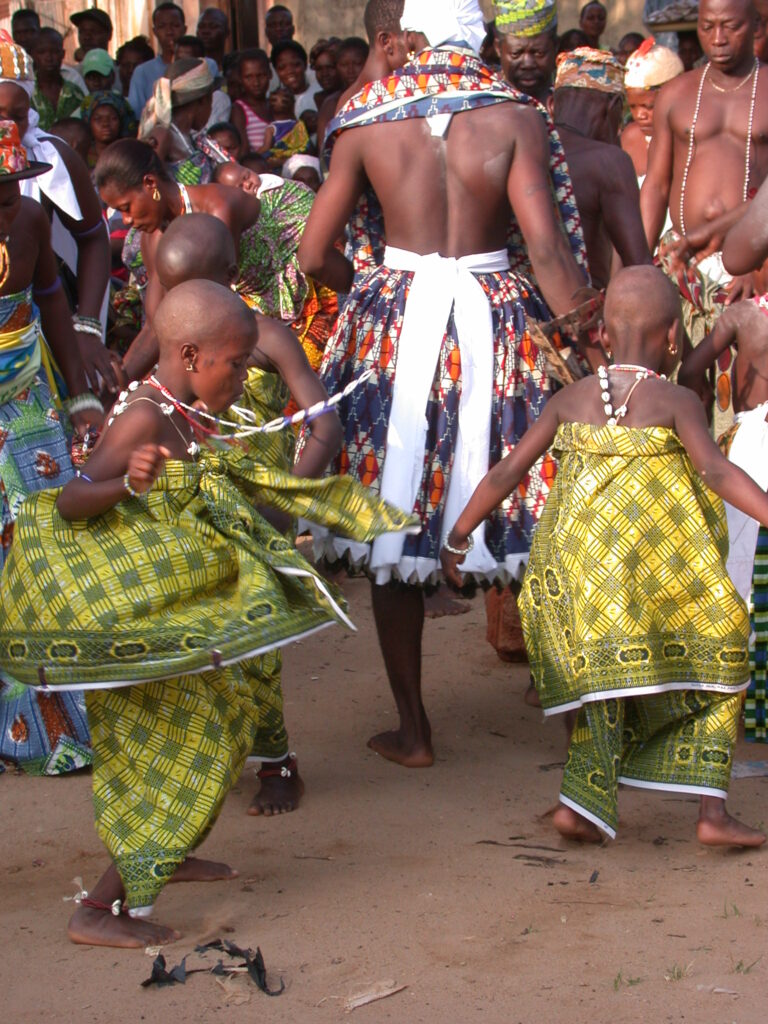
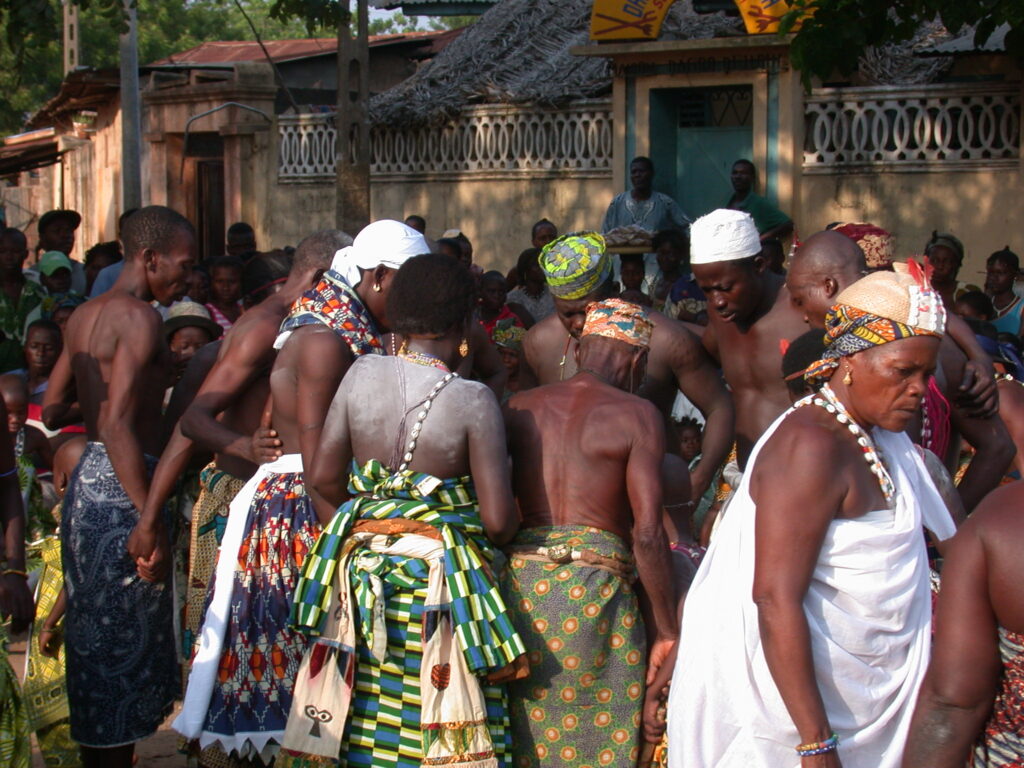
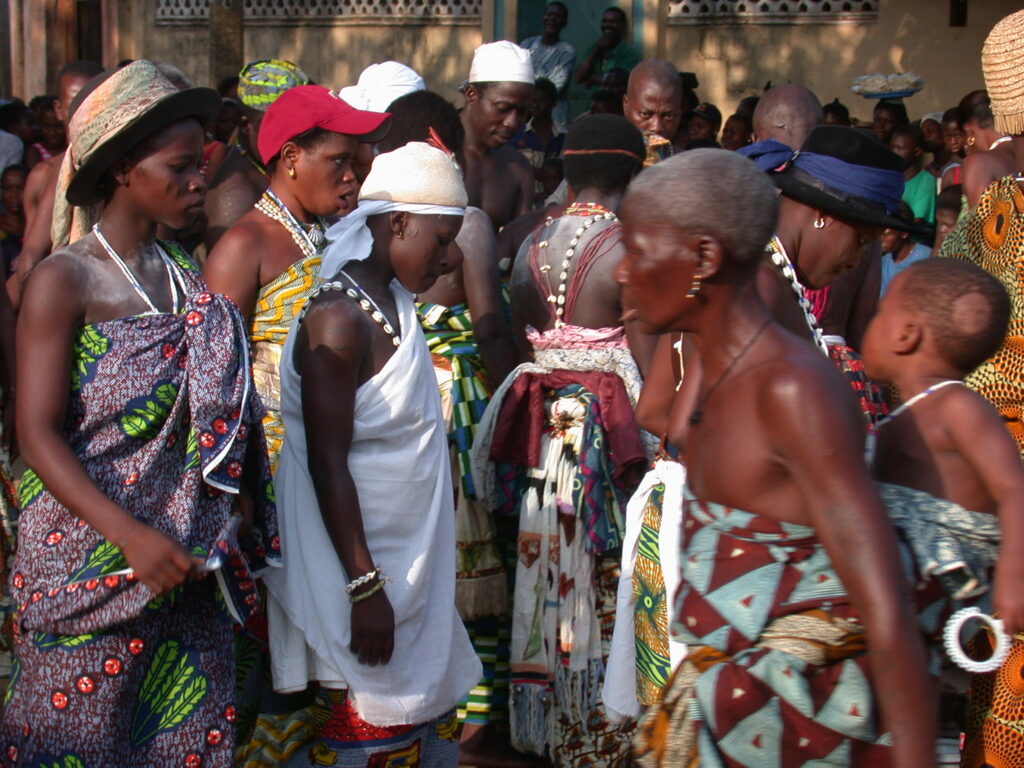
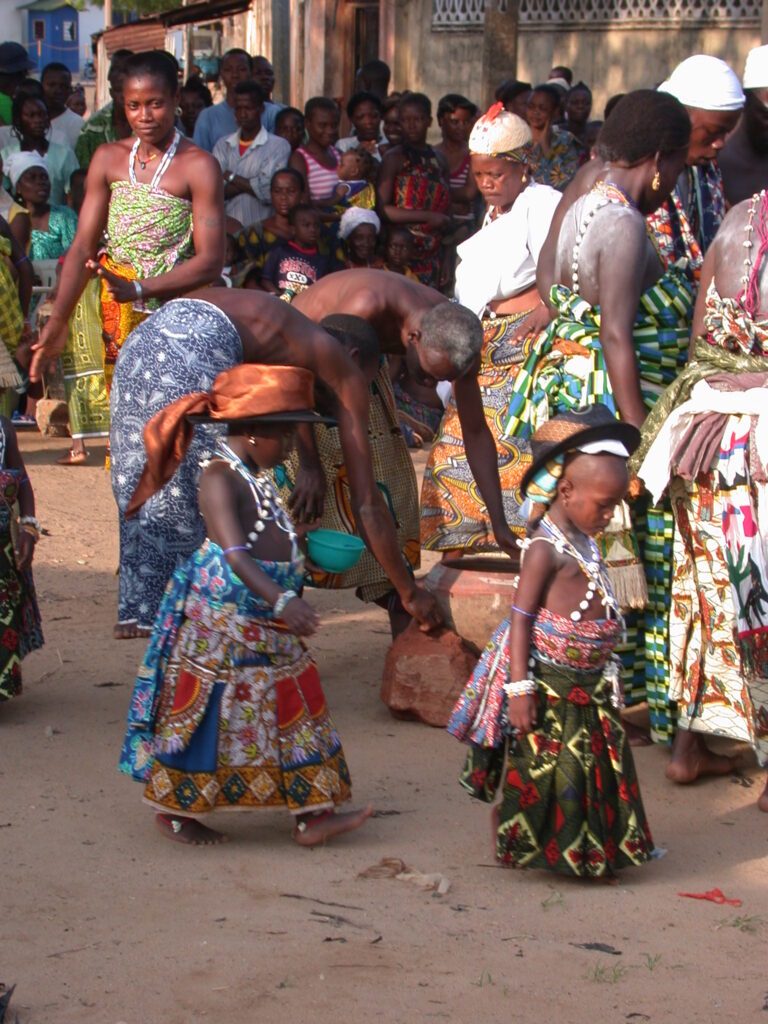
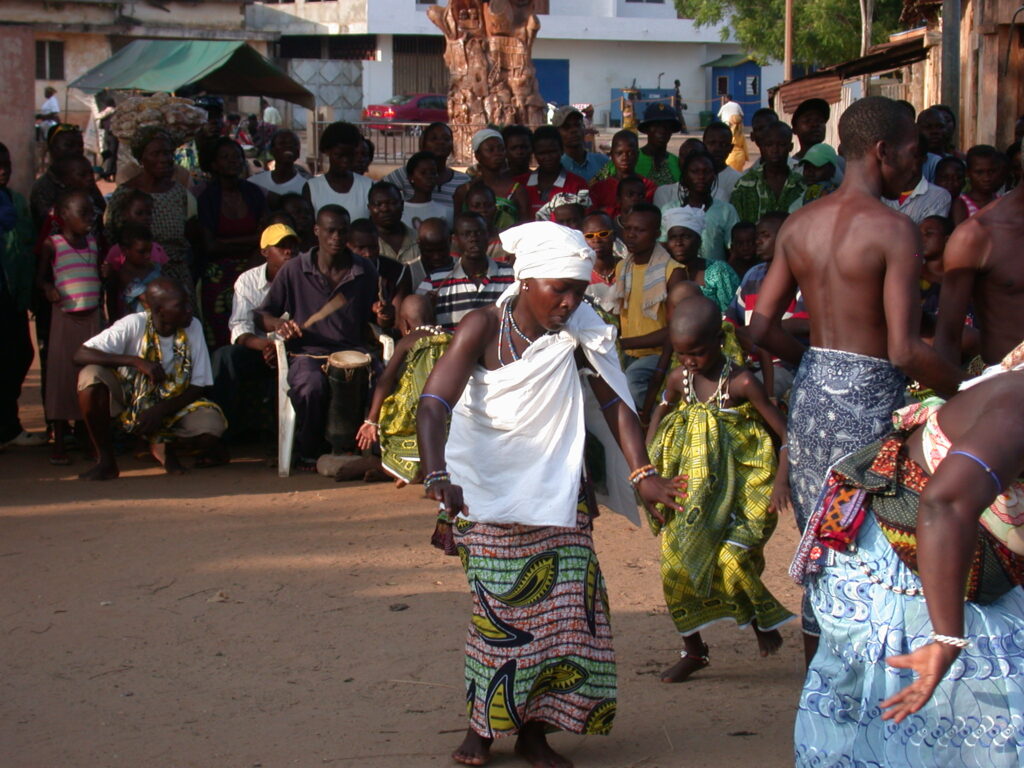
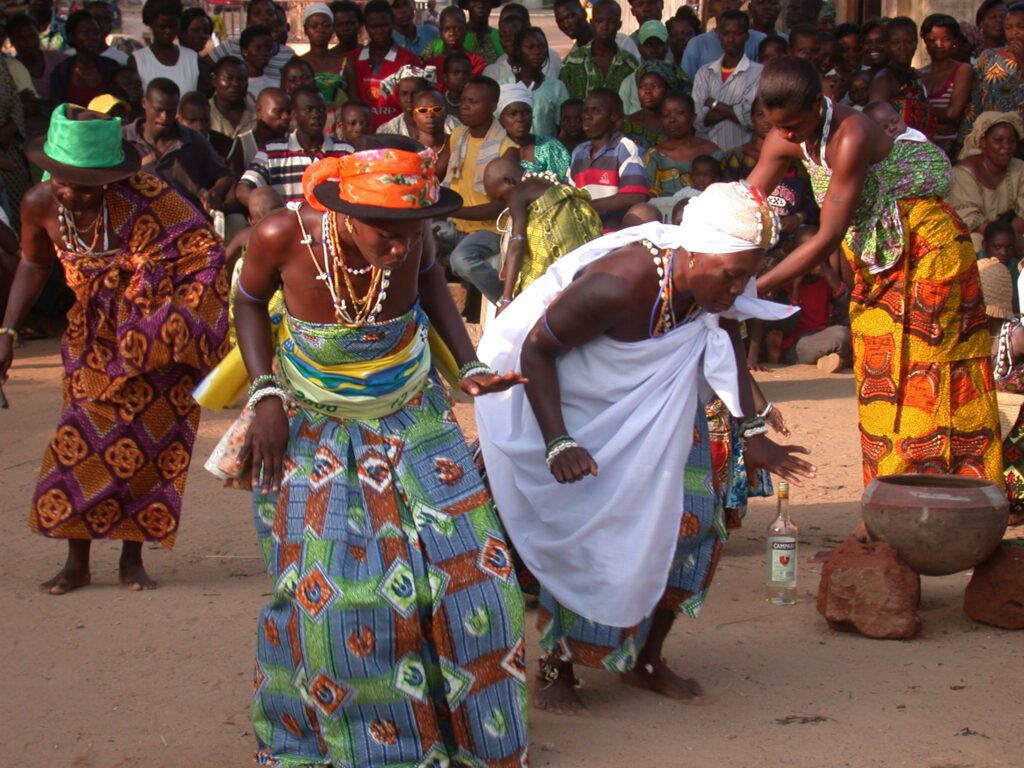
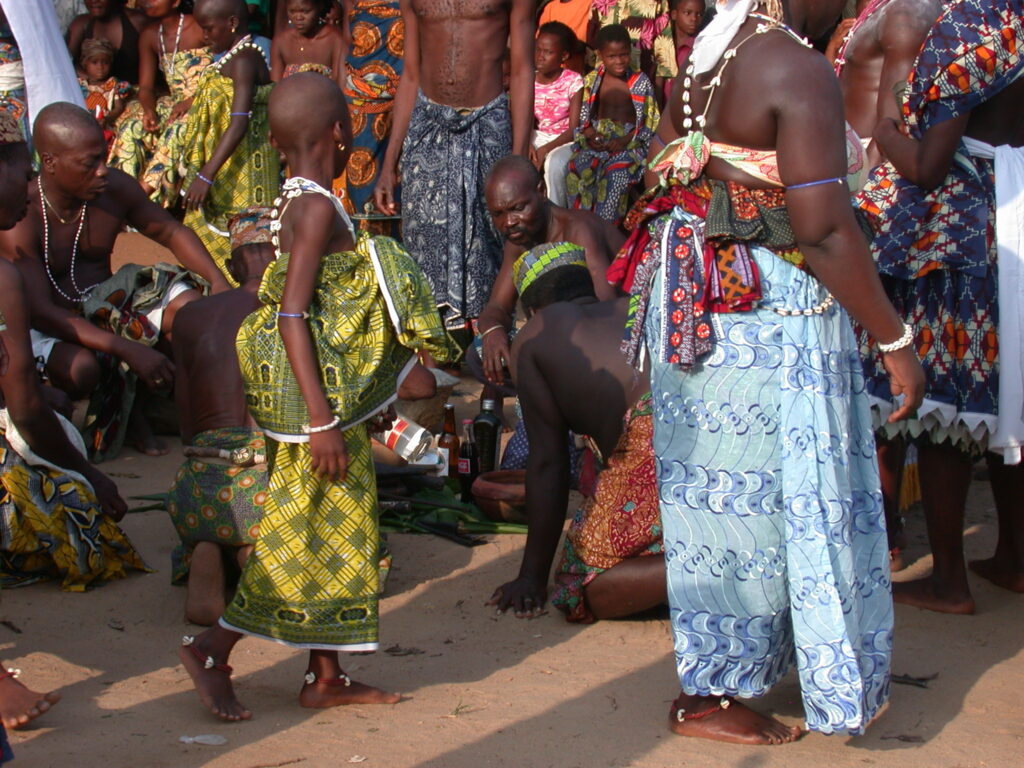
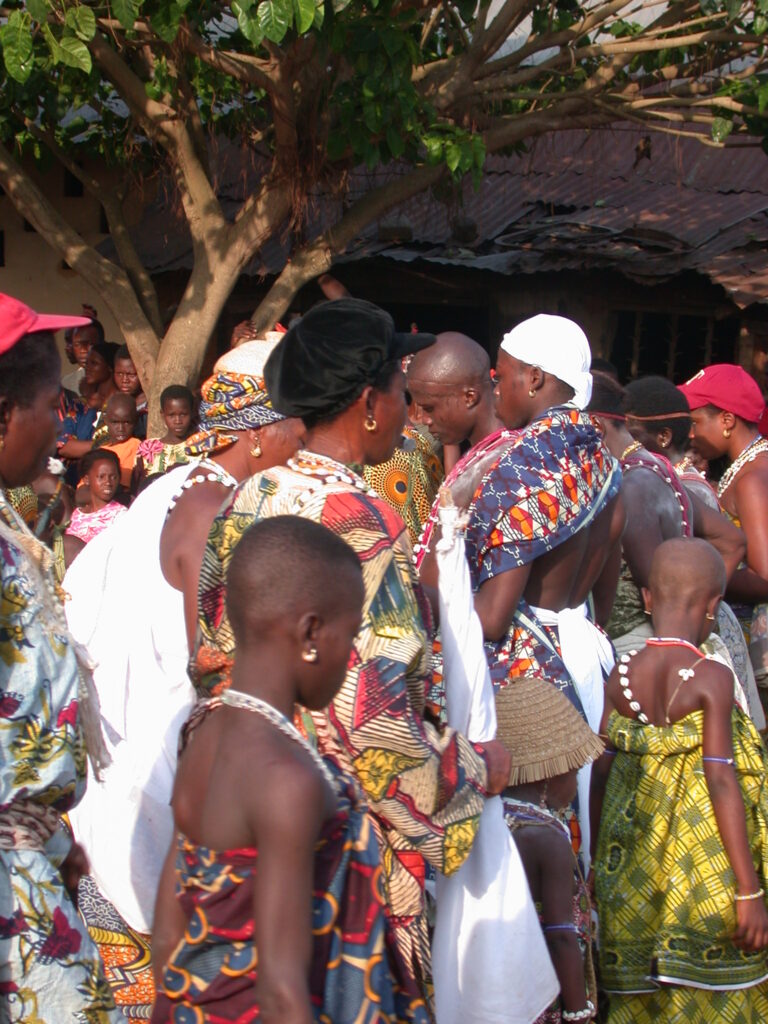
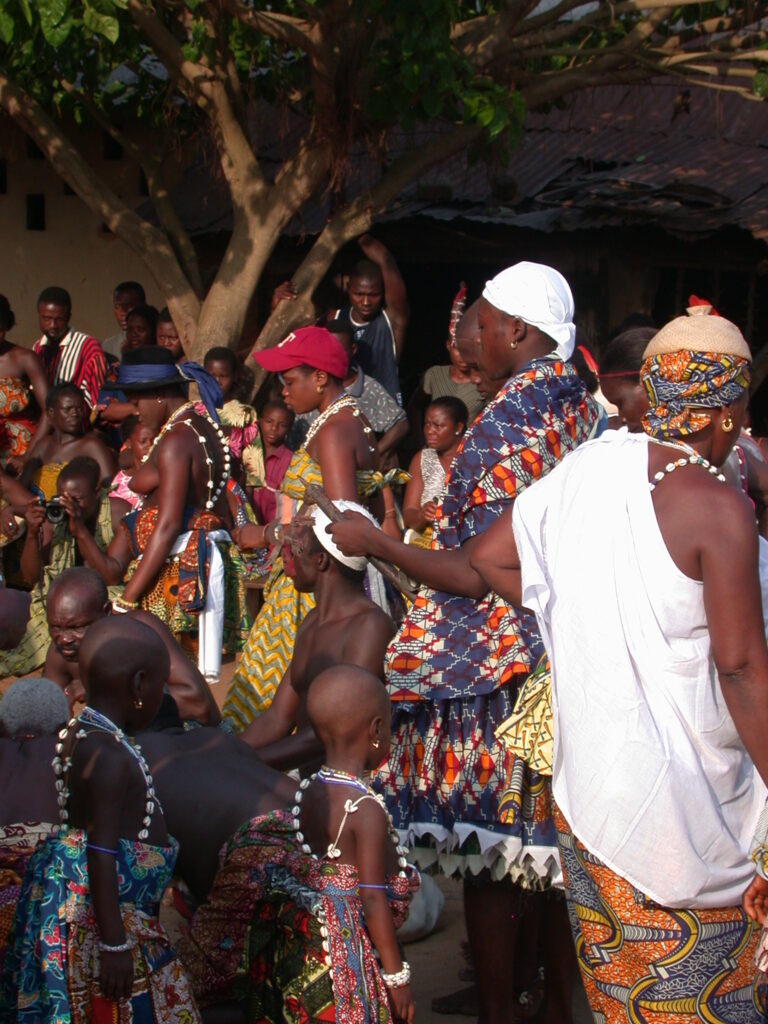
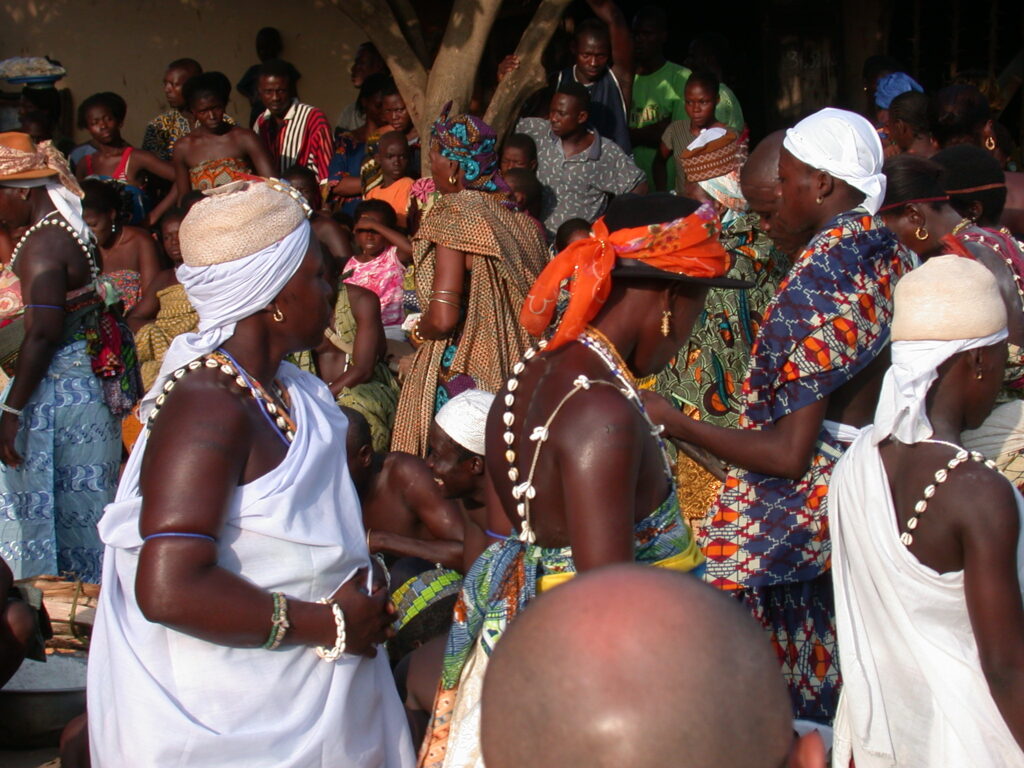
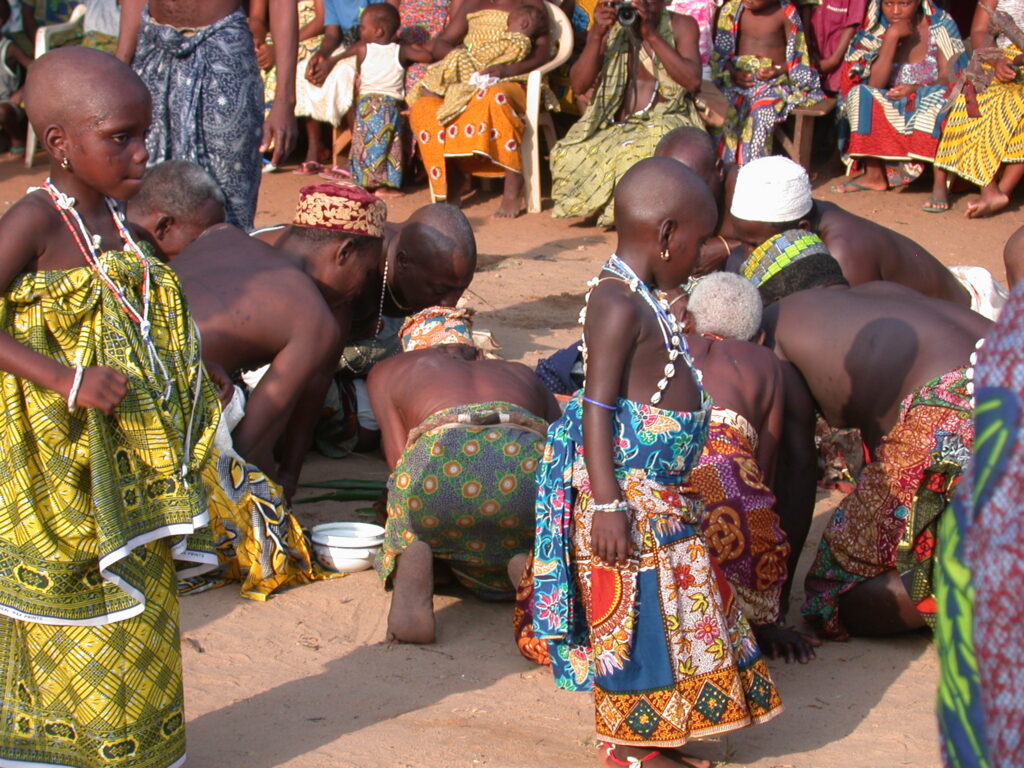
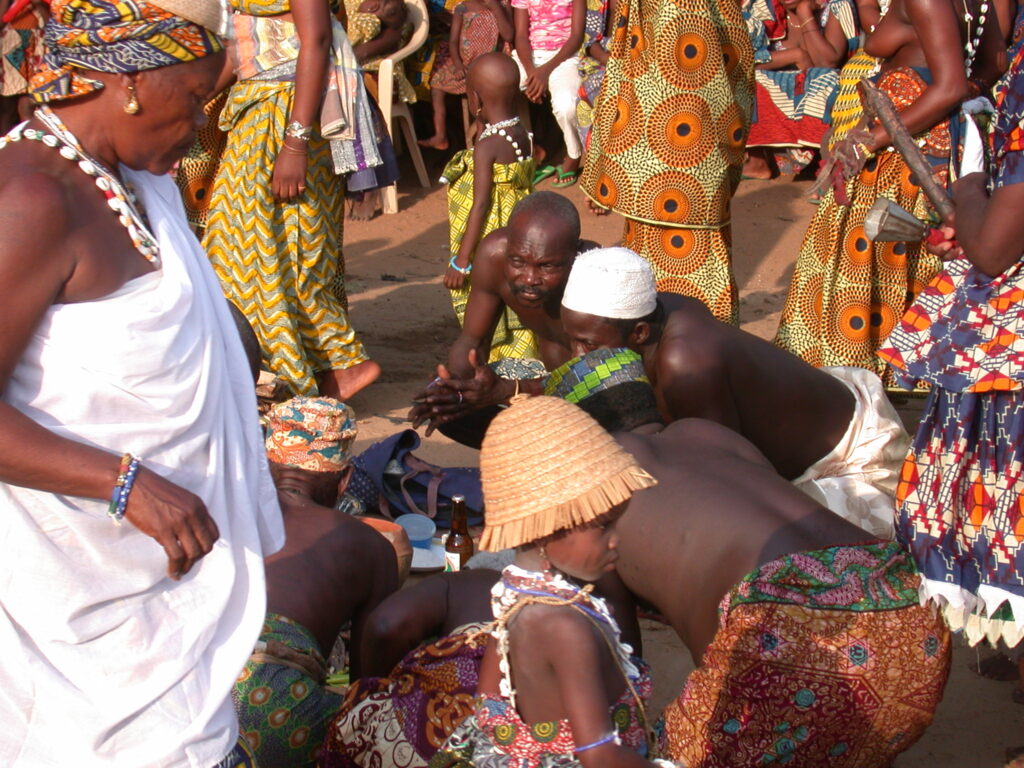
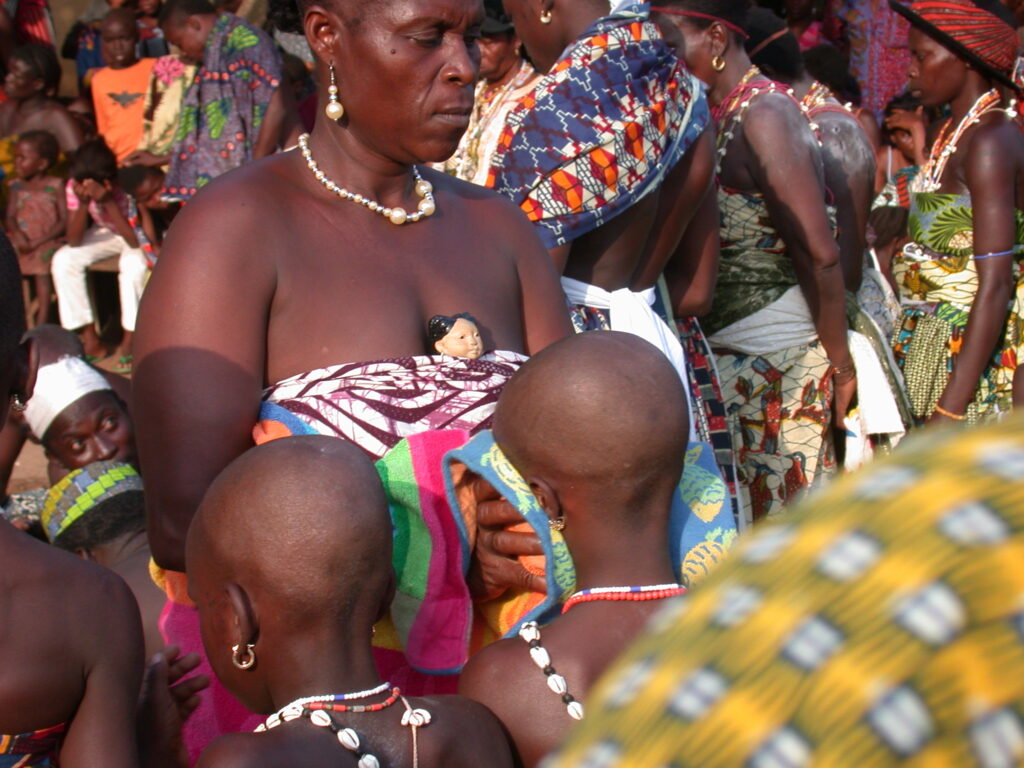
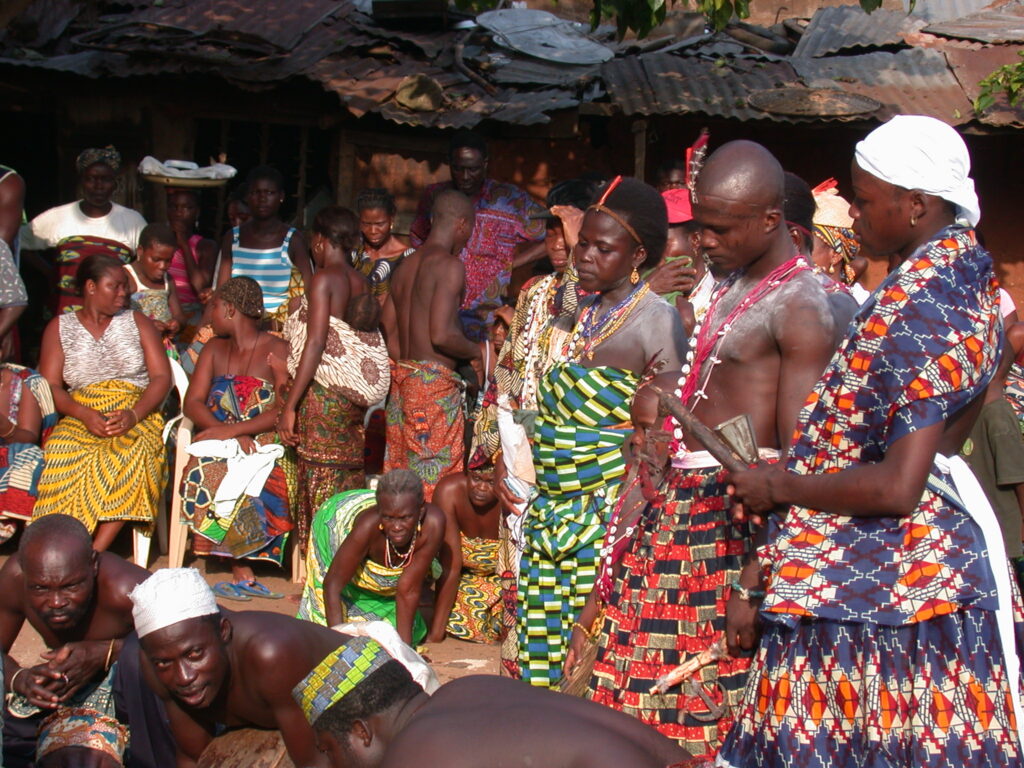
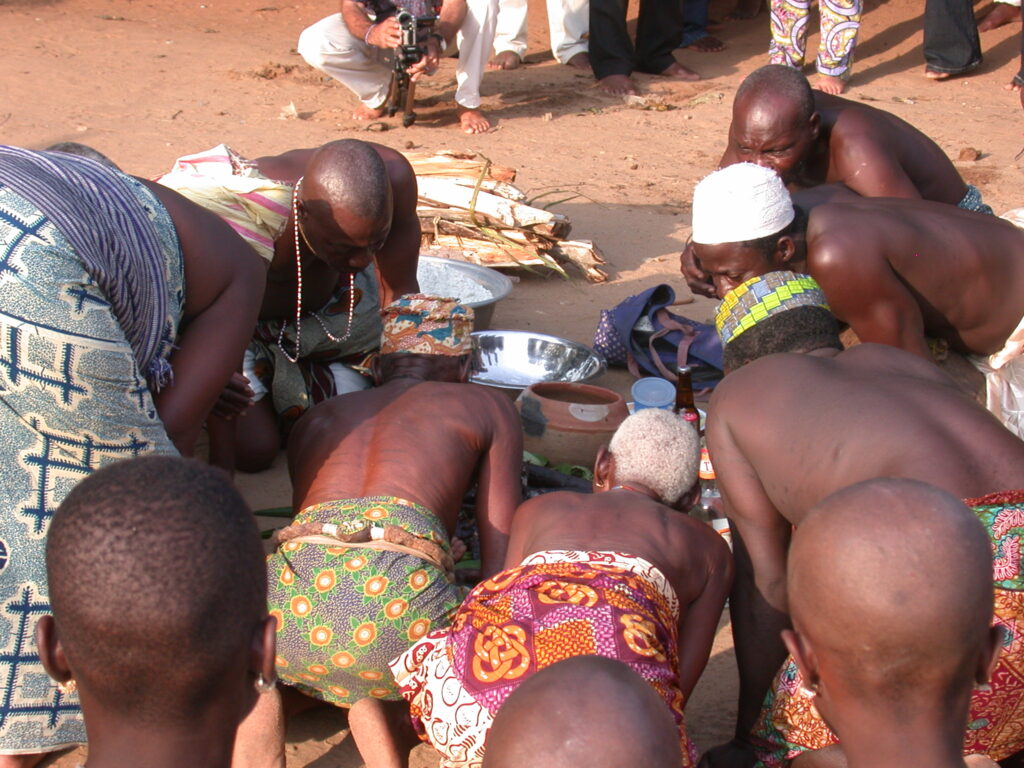
As the dances began, drummers sat on one side of a large circle of spectators, providing rhythmic accompaniment and encouragement to the dancers.
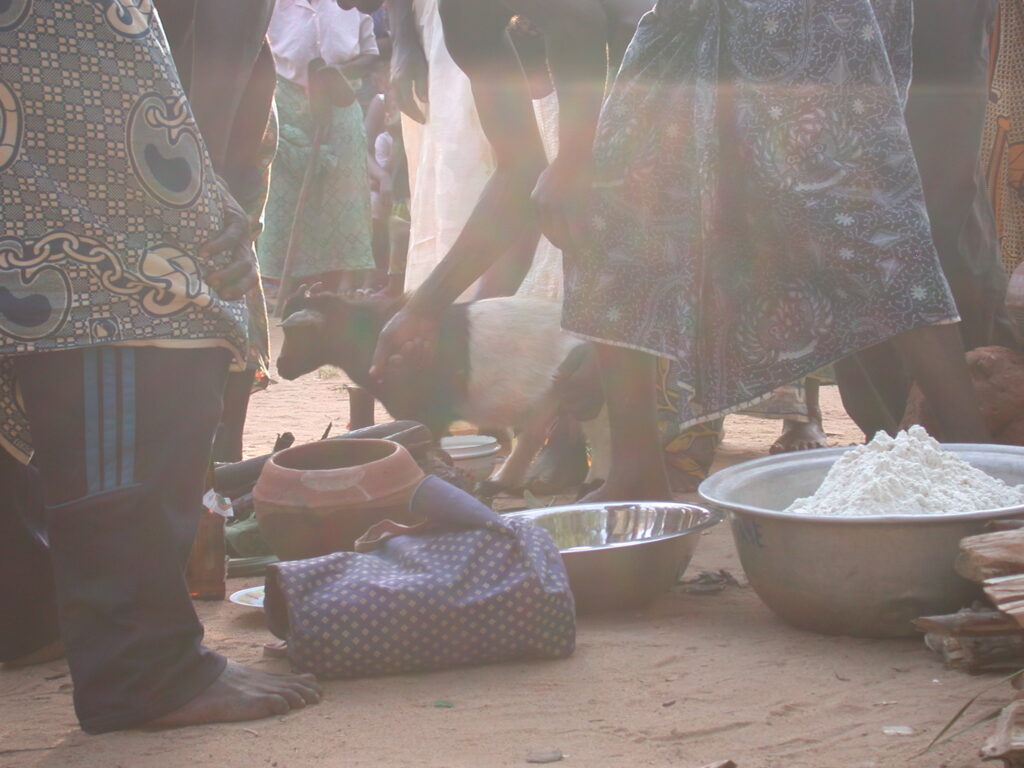
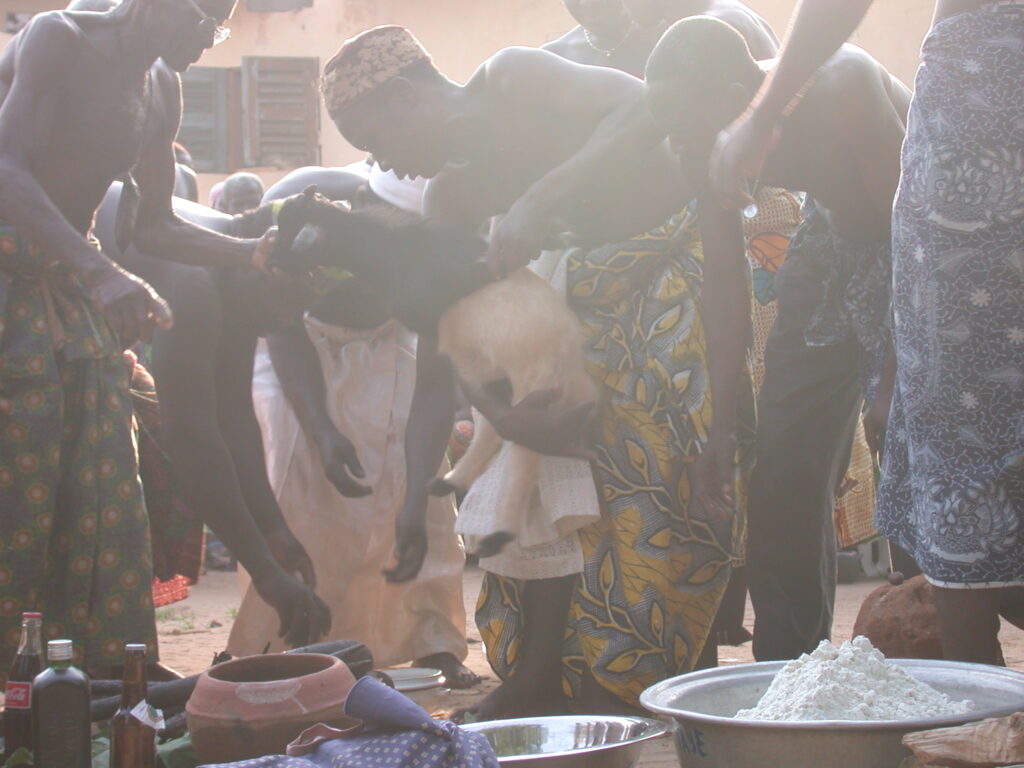
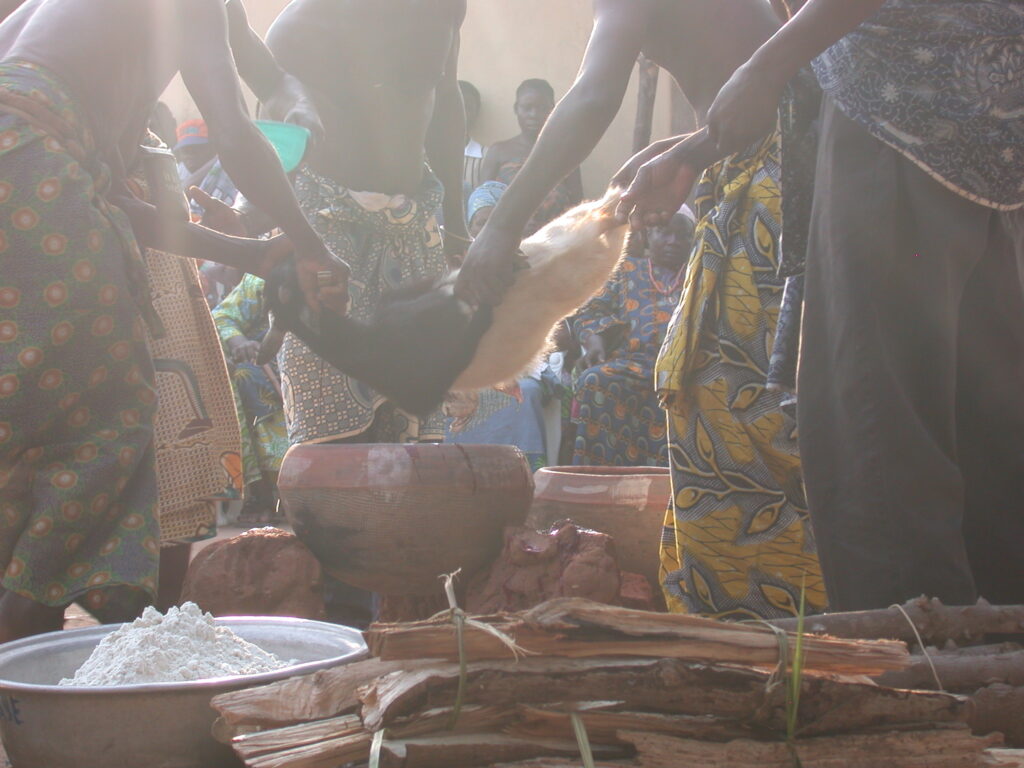
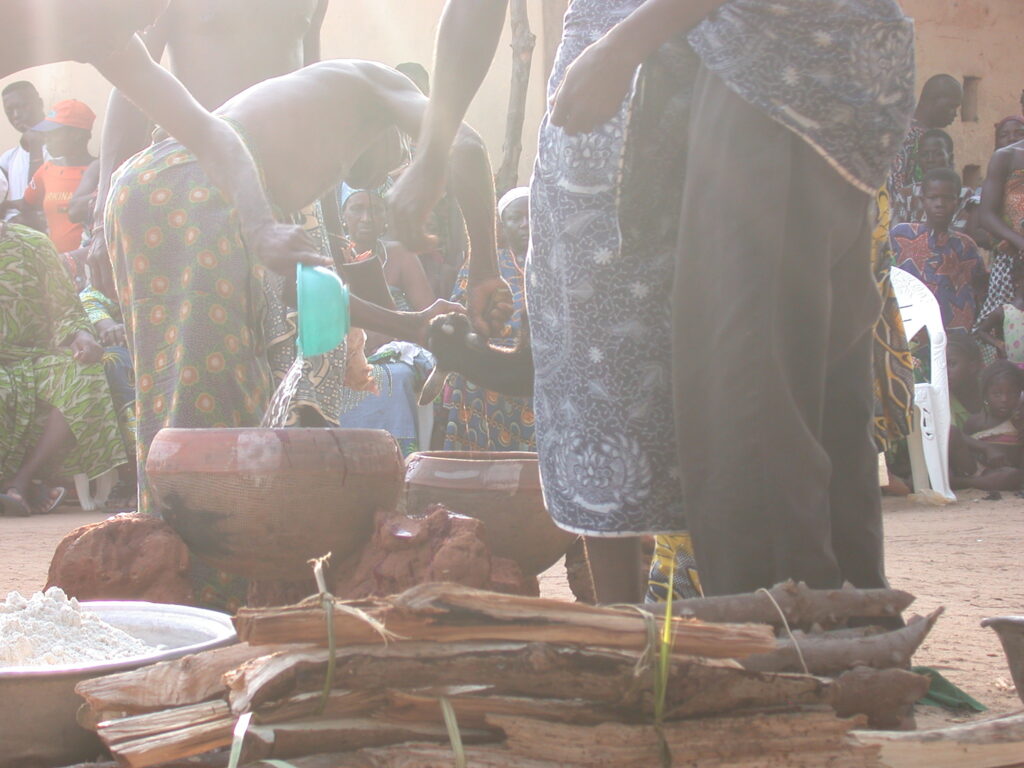
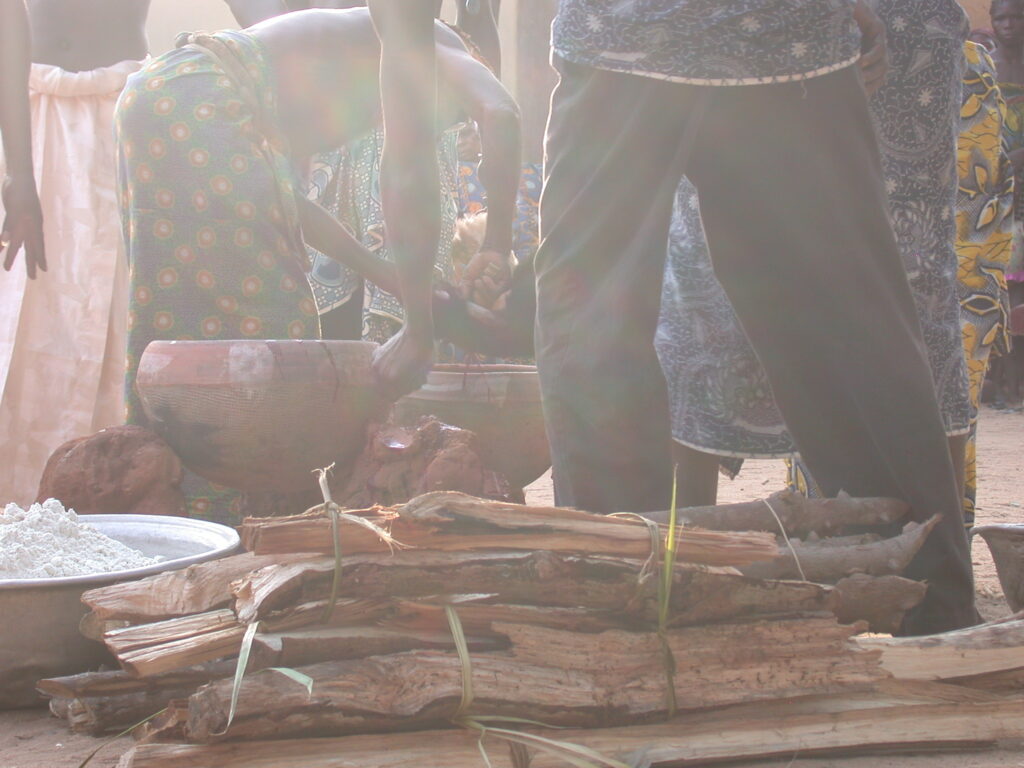
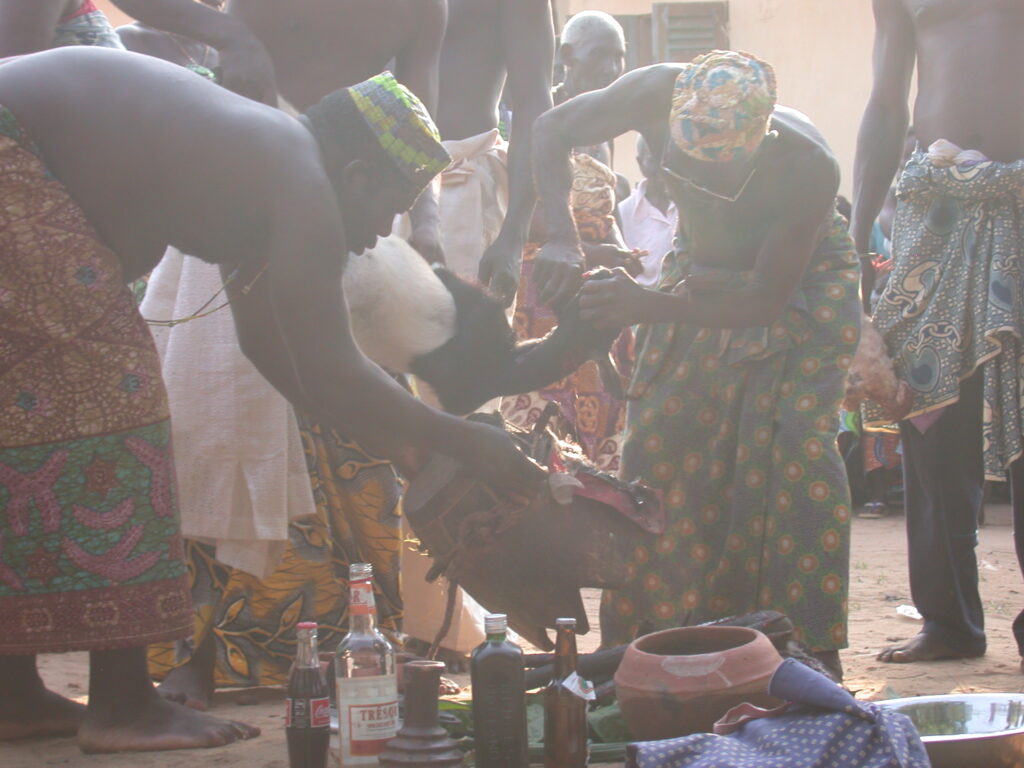
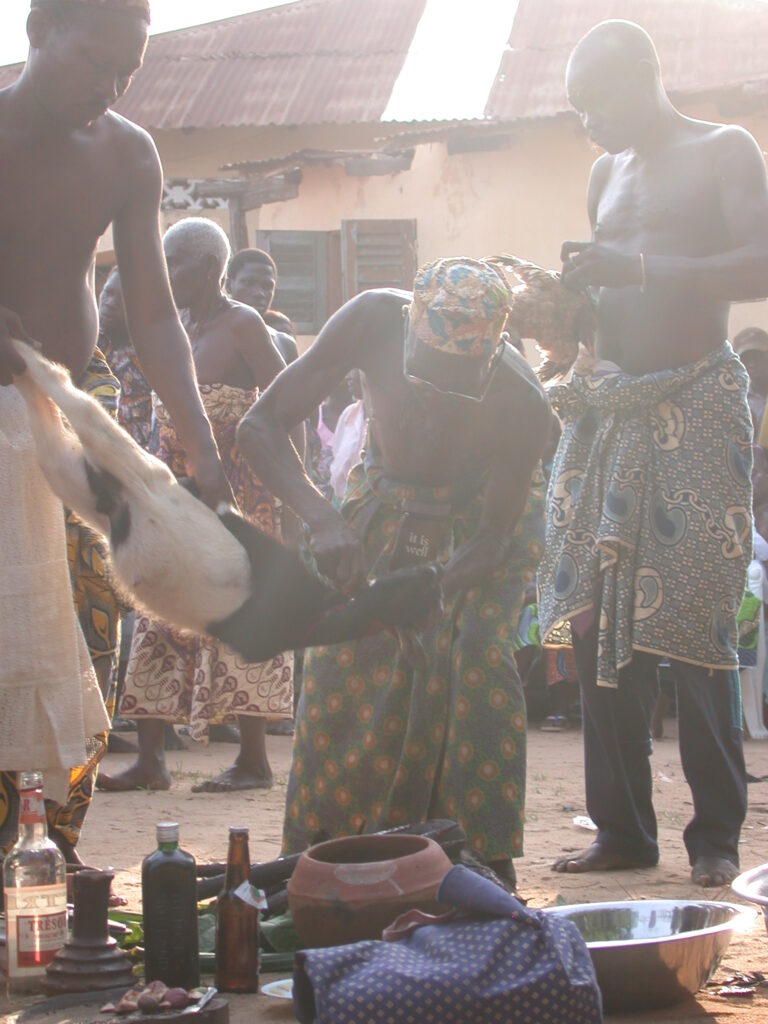
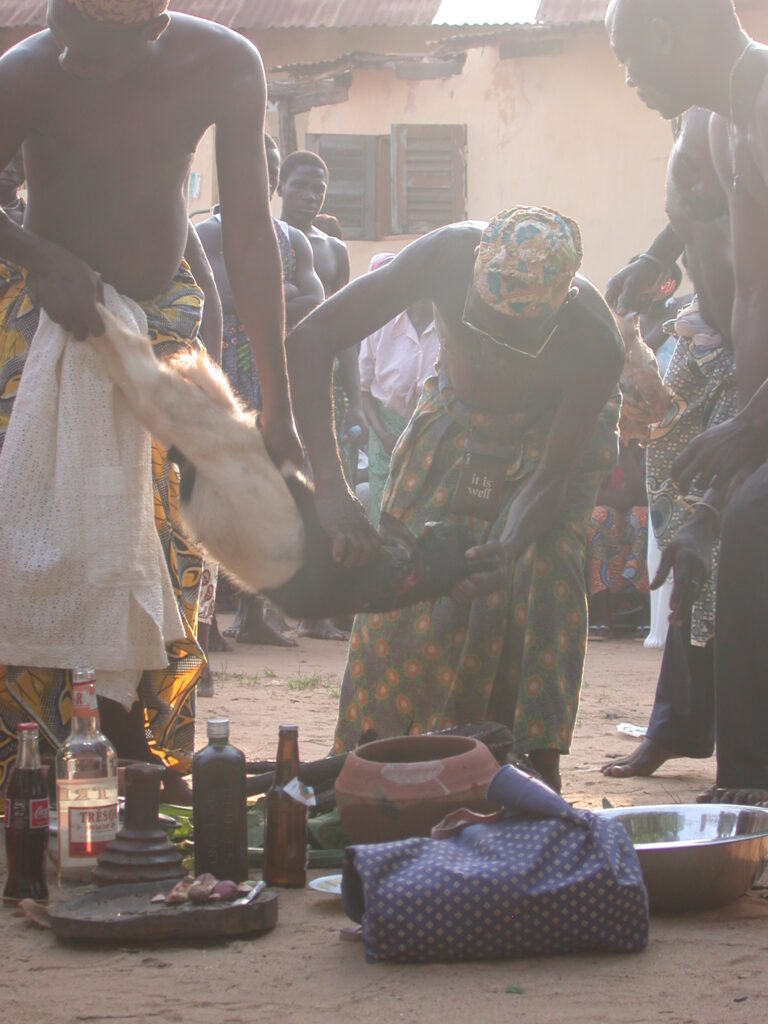
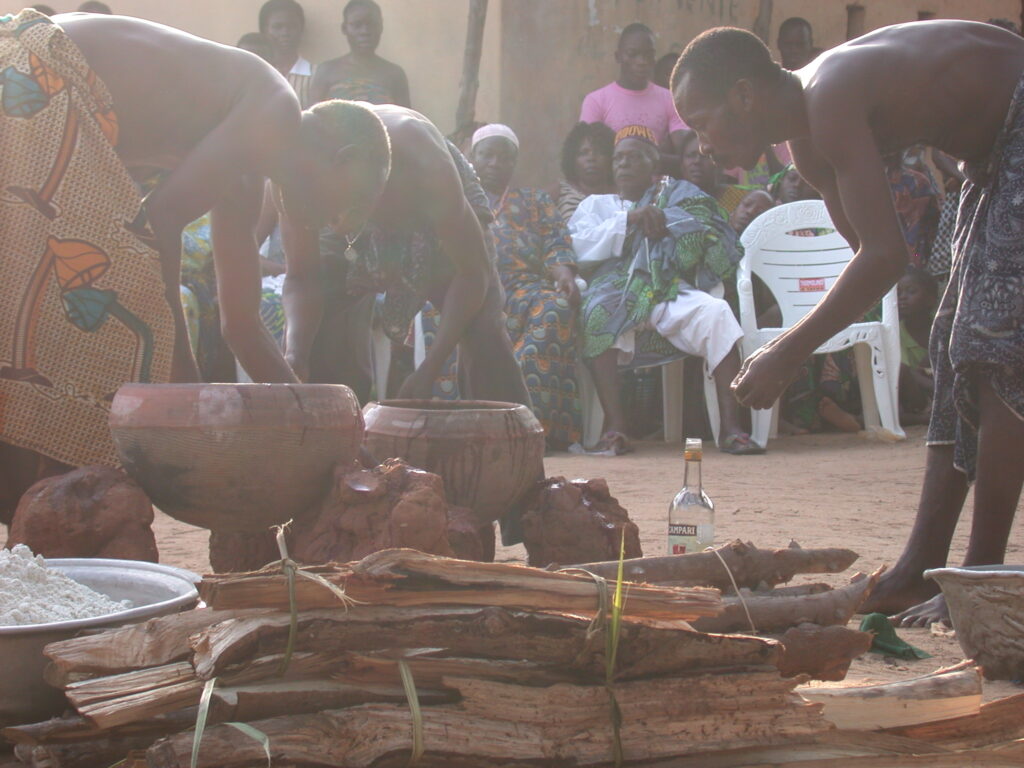
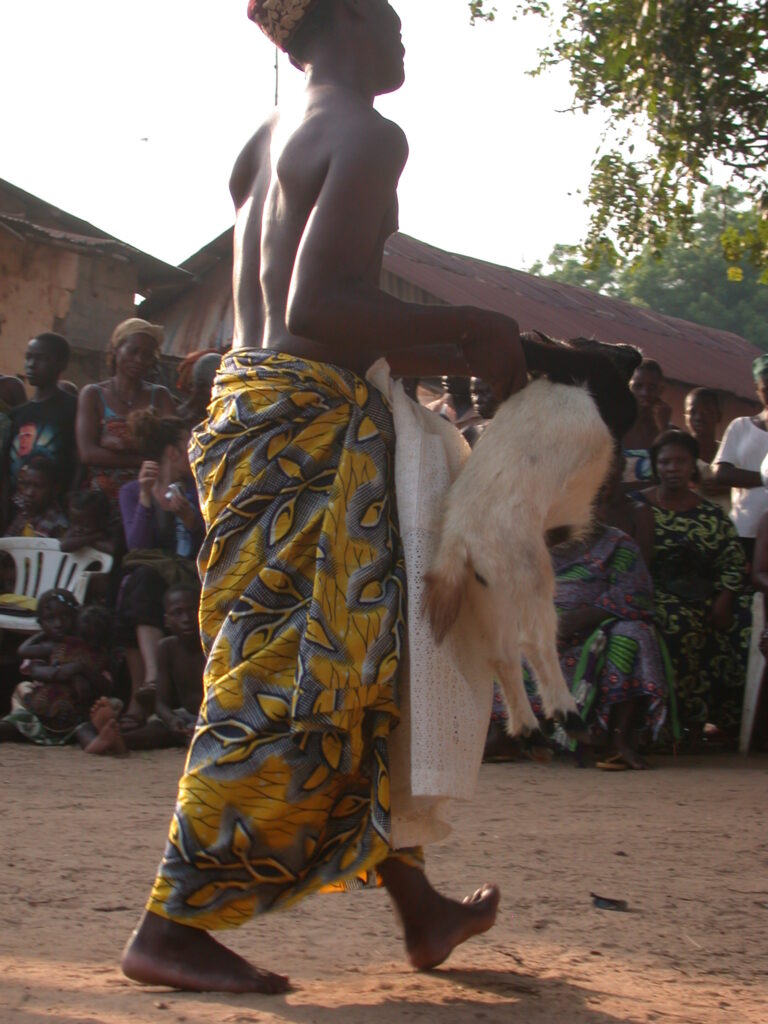
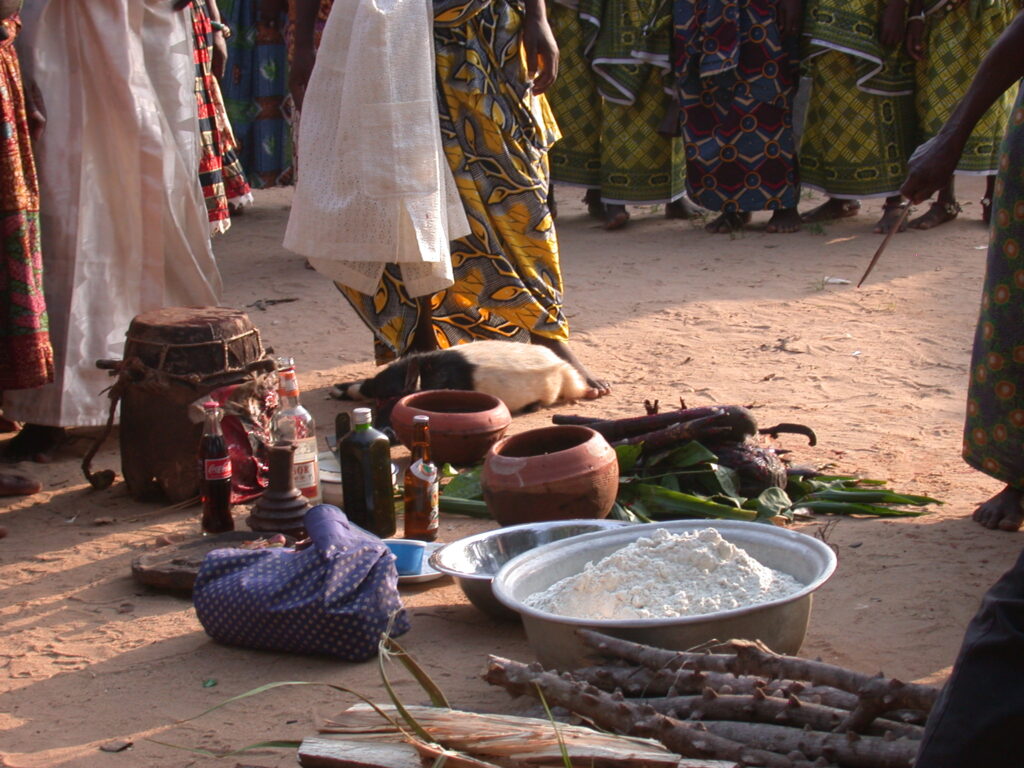
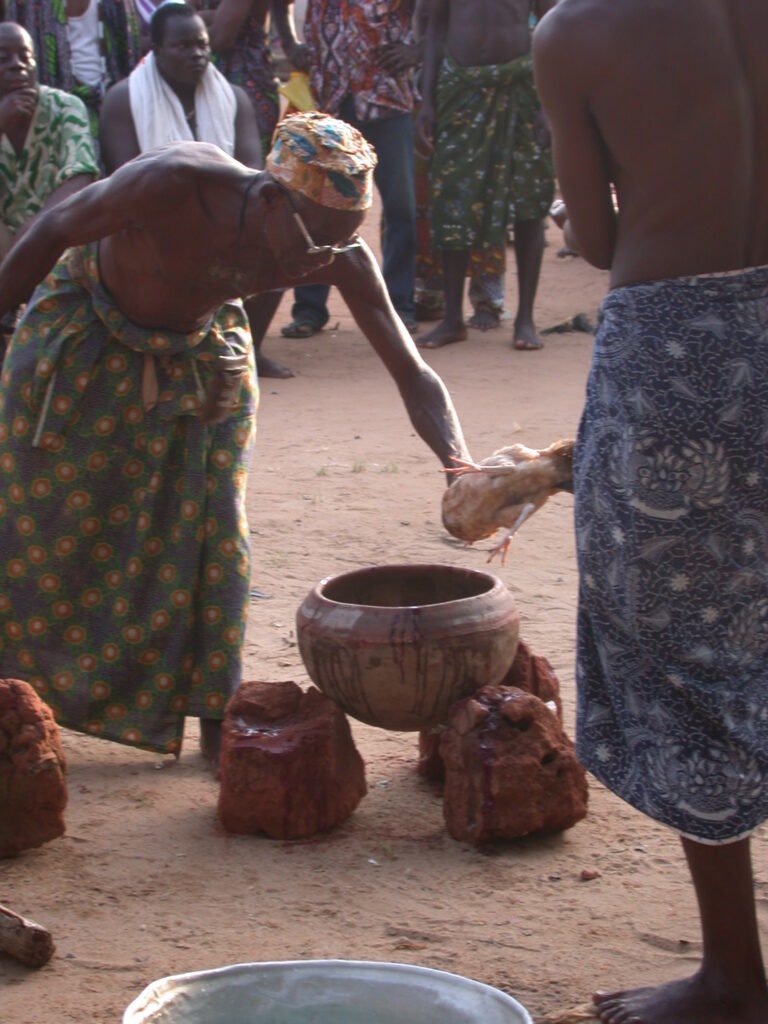
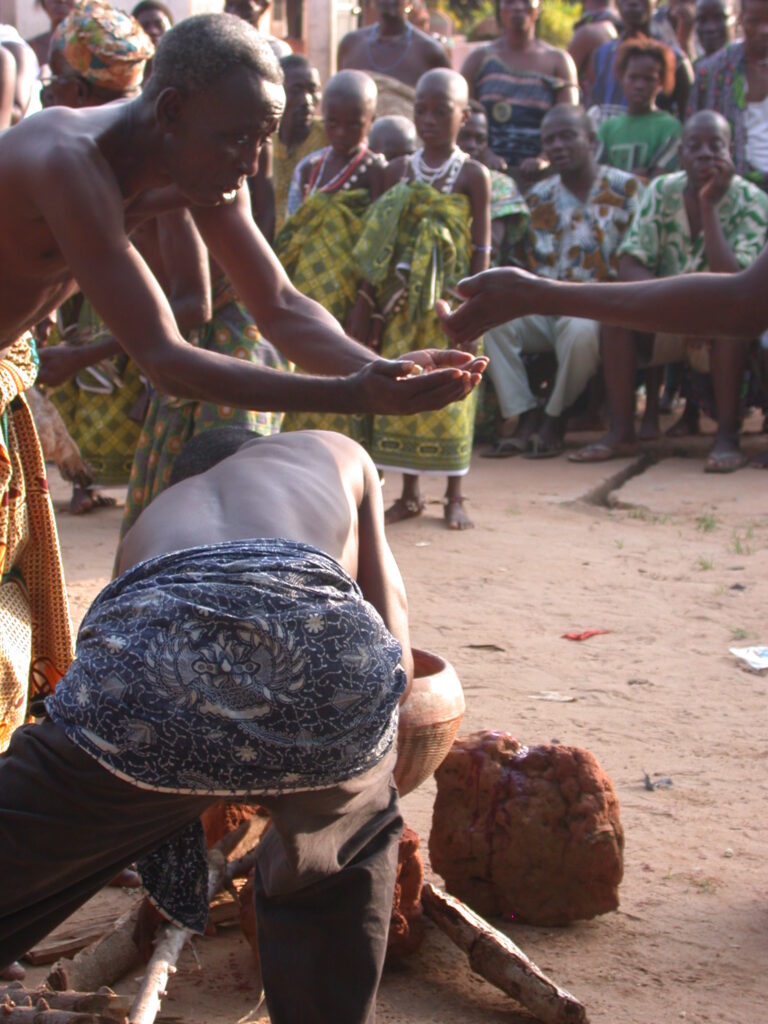
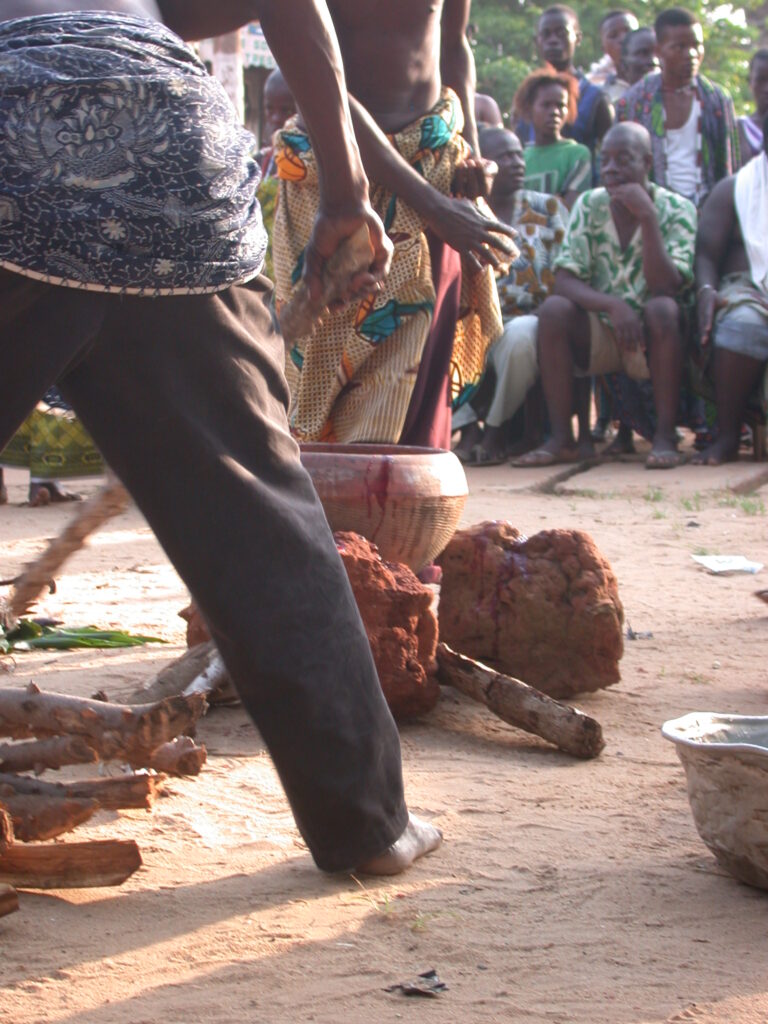
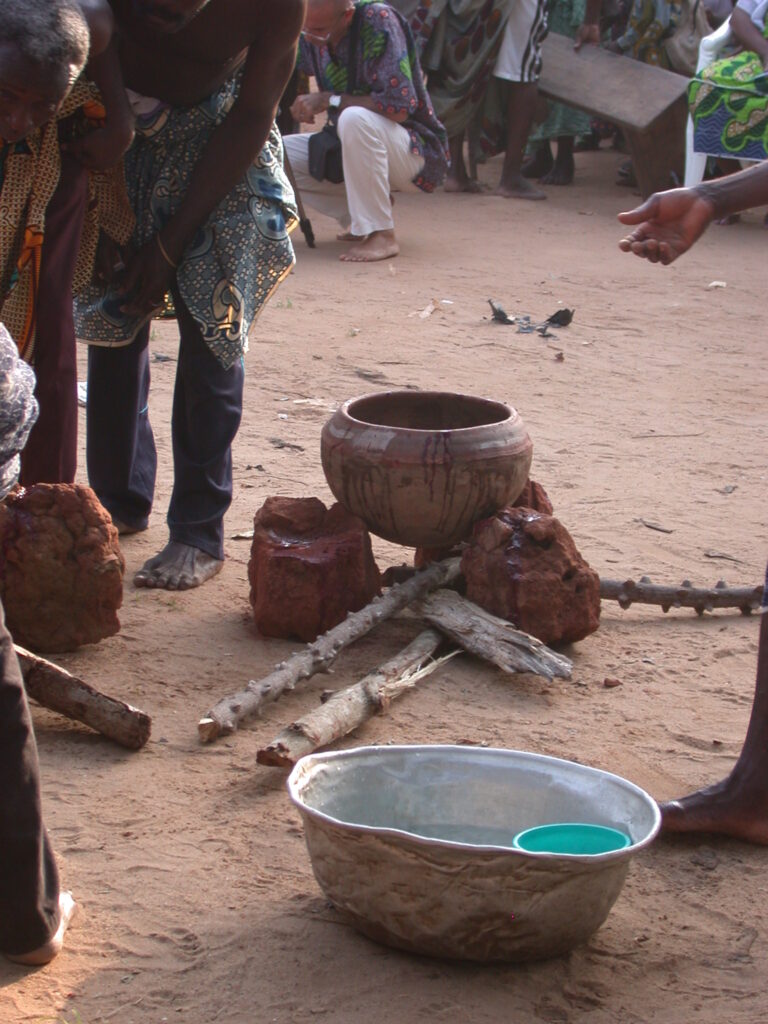
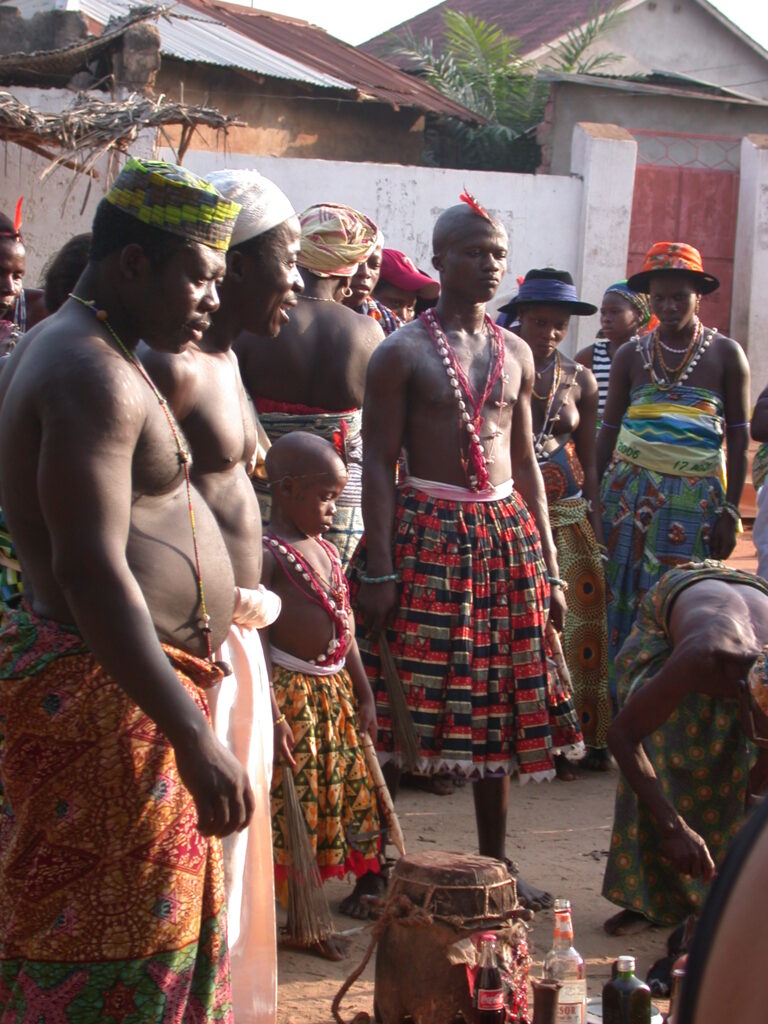
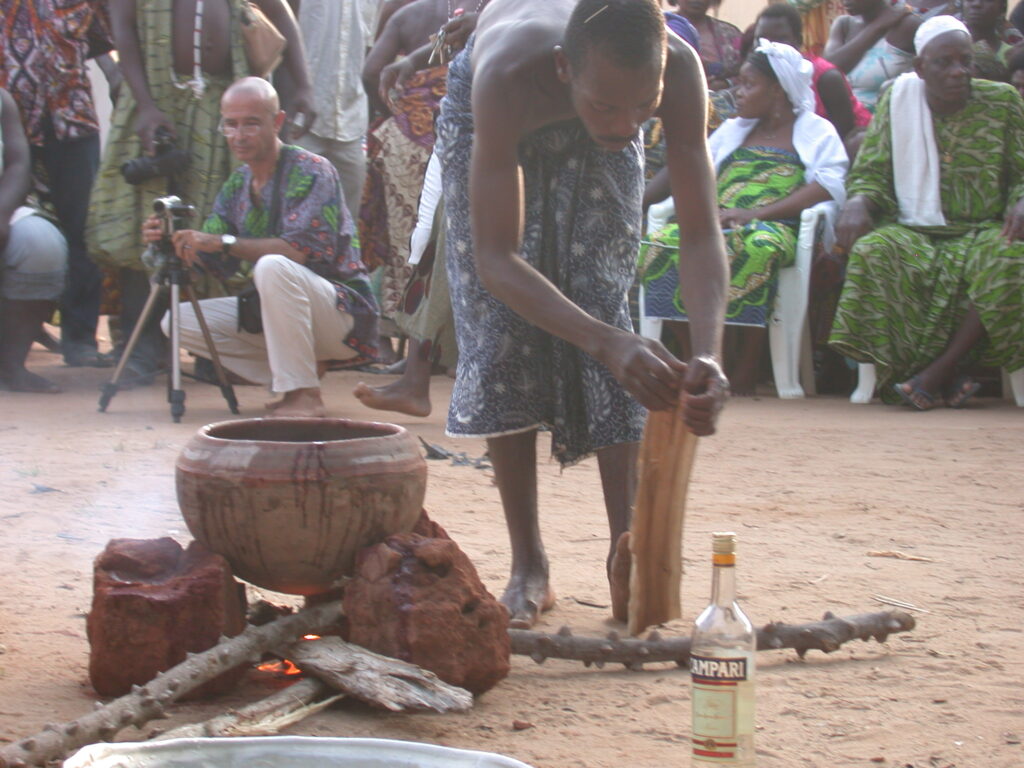
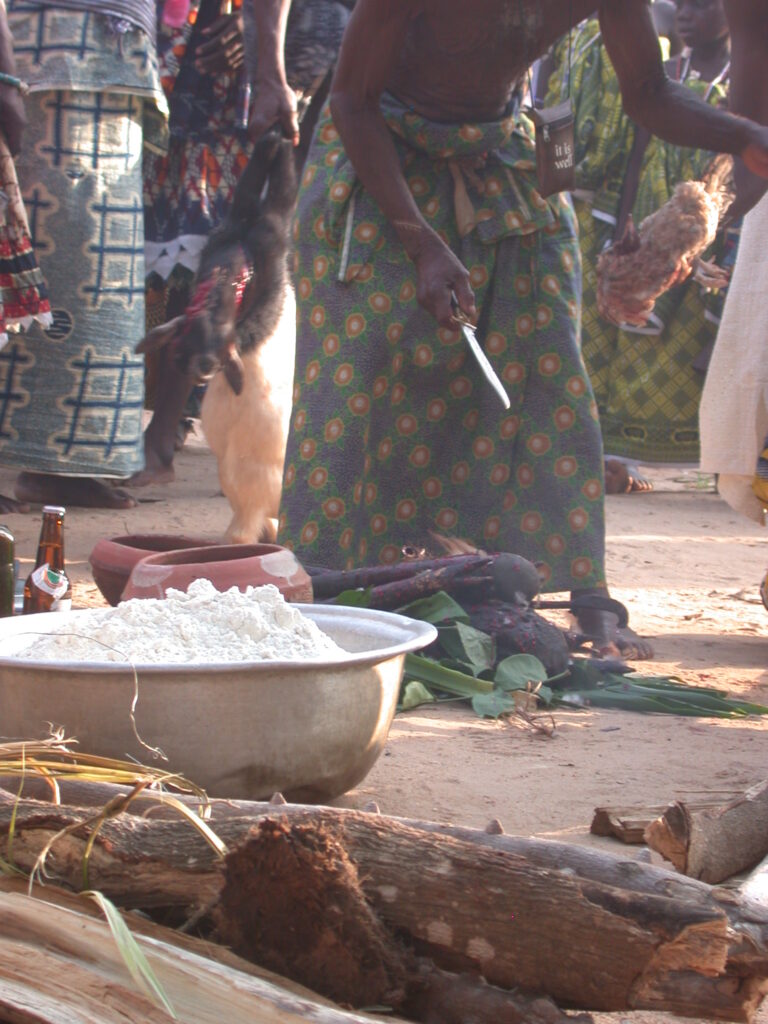
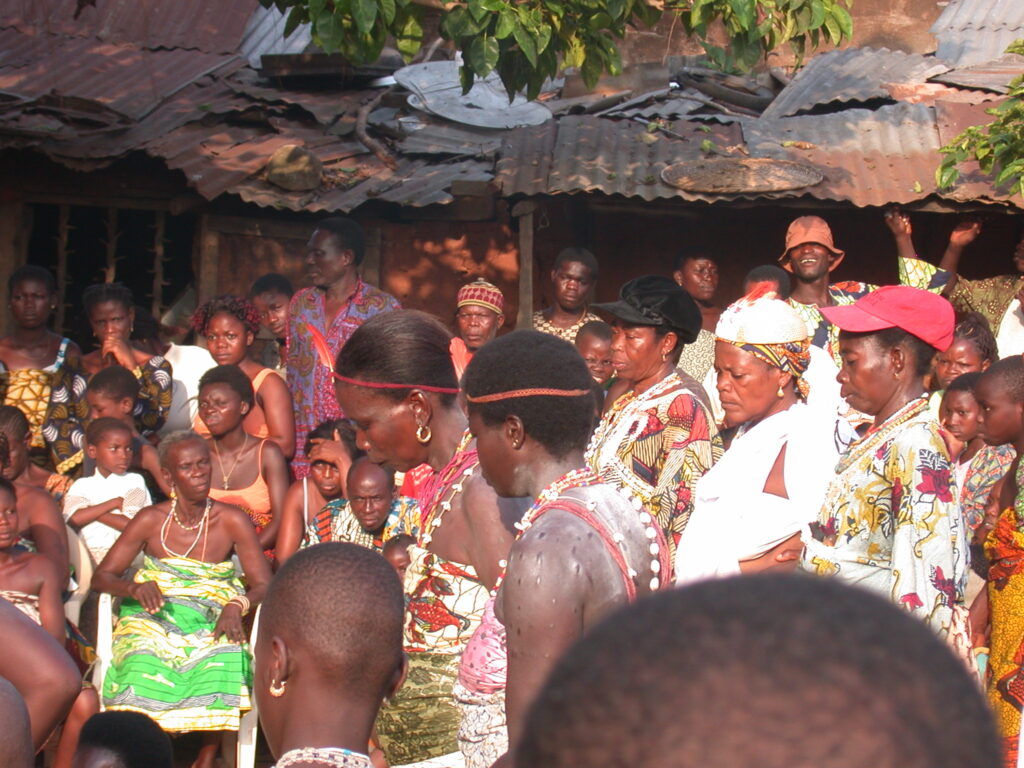
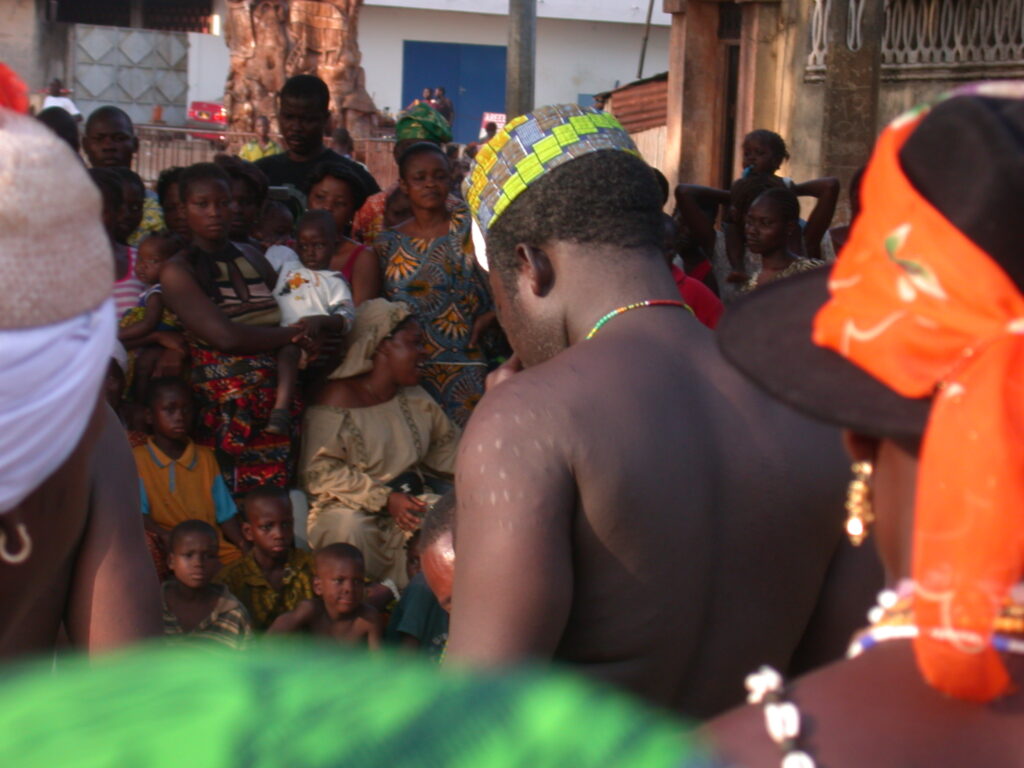
At one point, the priests sacrificed a goat and a chicken, which cooked in two pots mounted over small fires at the center of the ritual circle. I didn’t stay late enough to see how the meat was distributed.
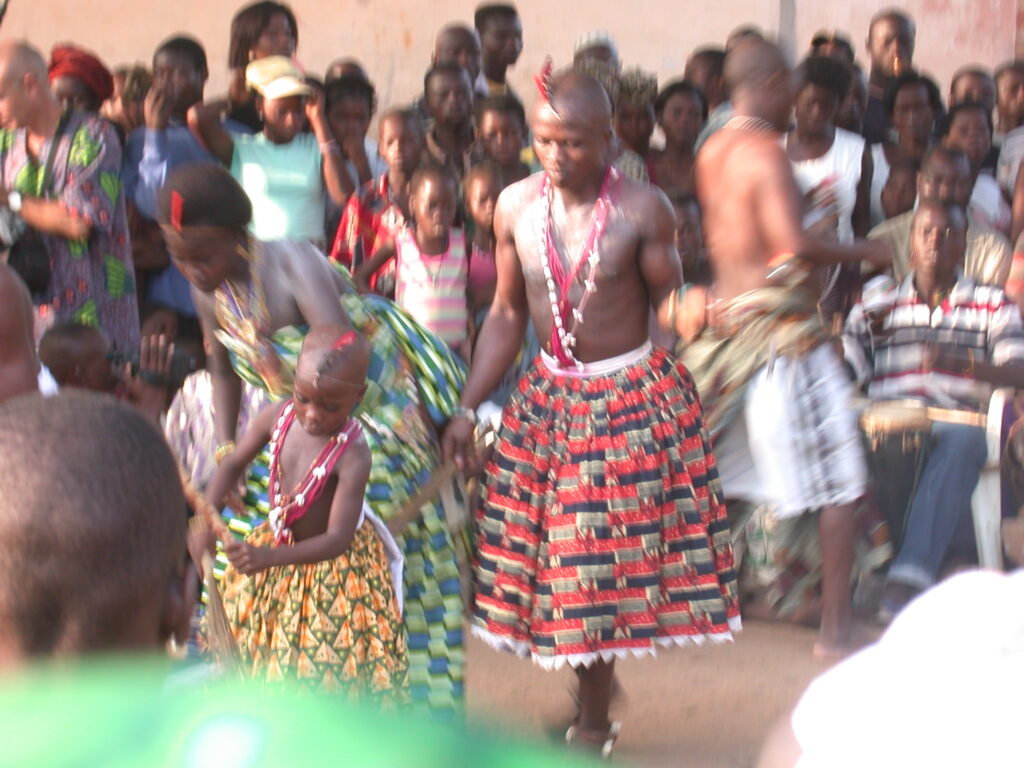
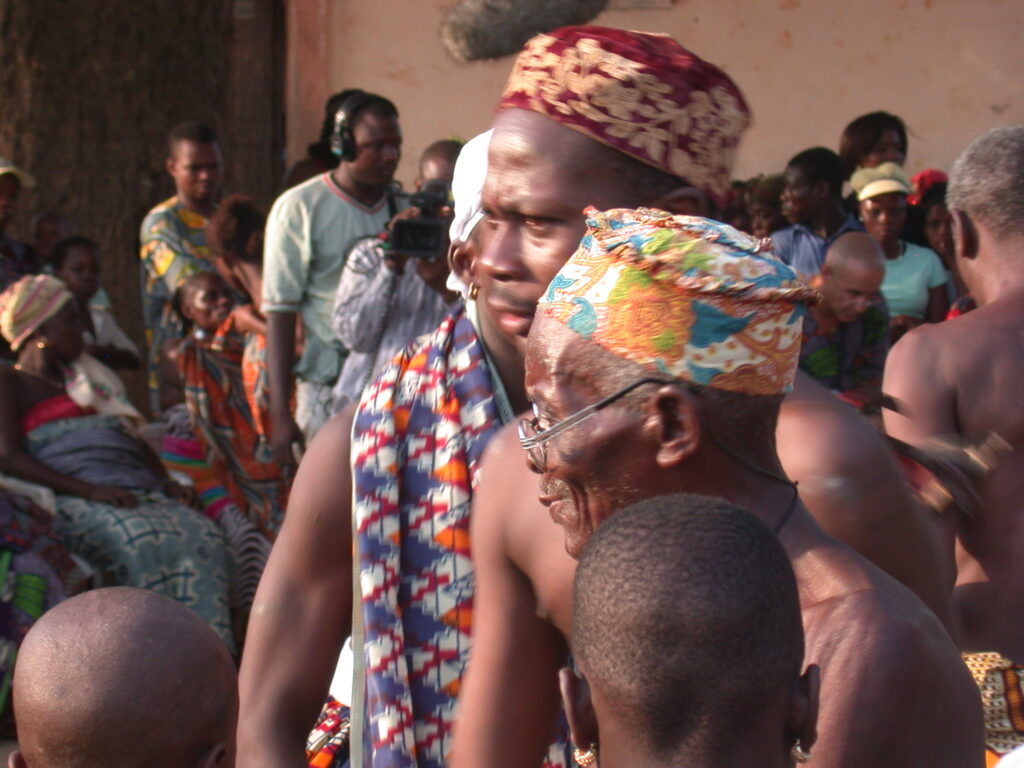
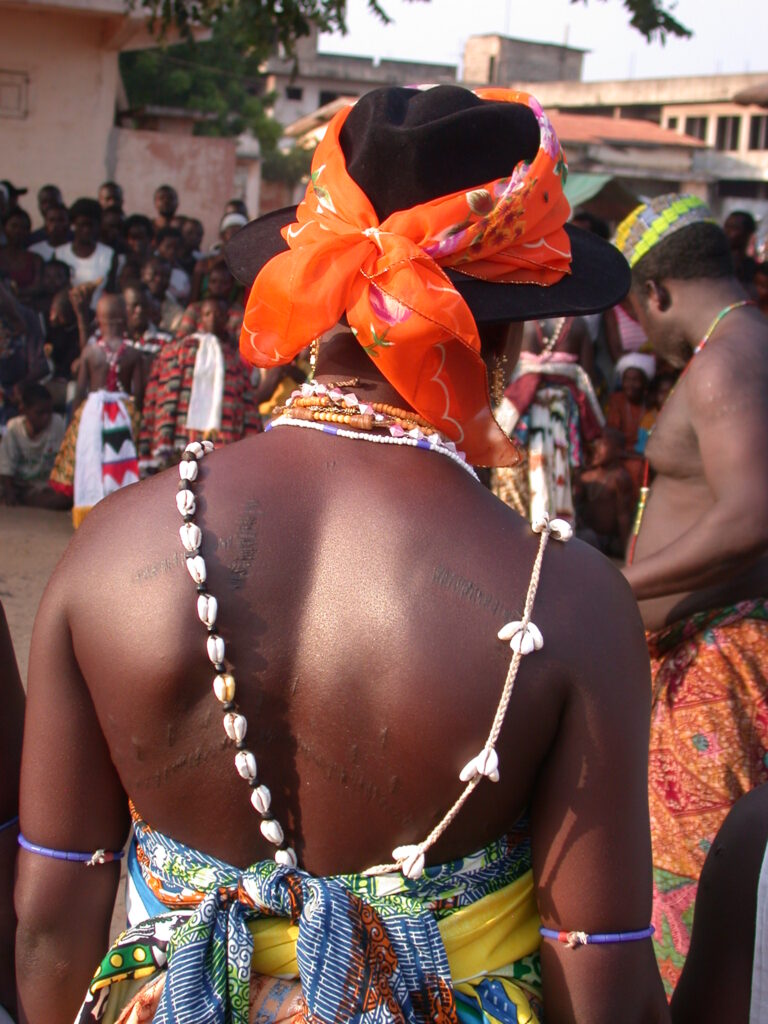
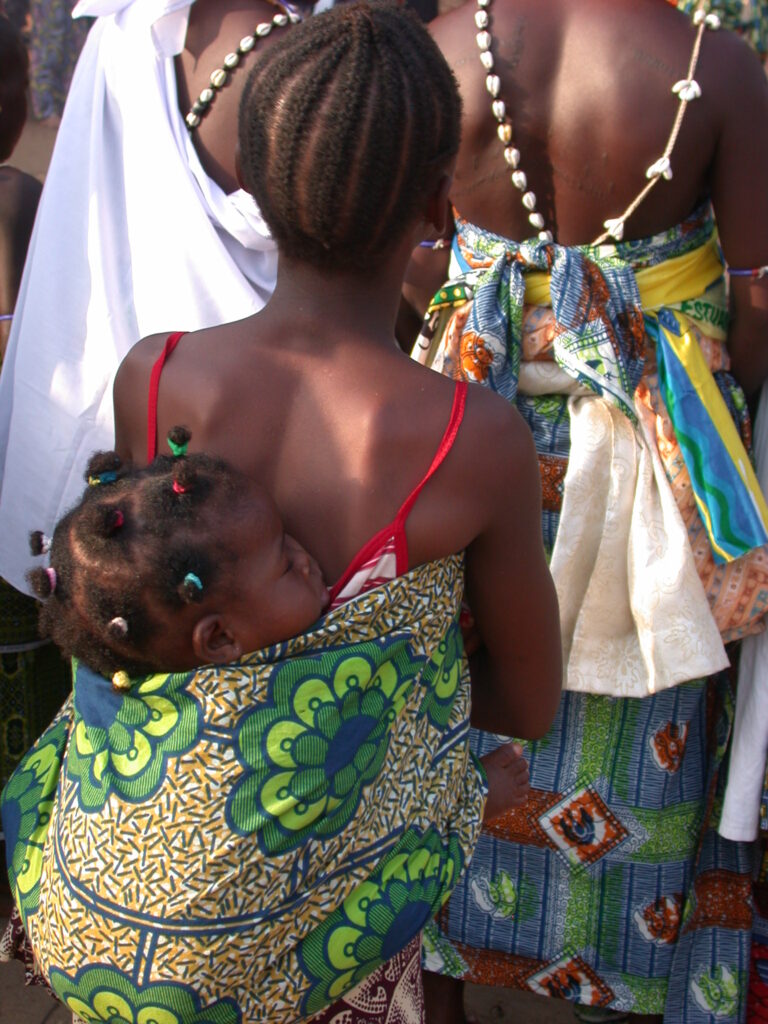
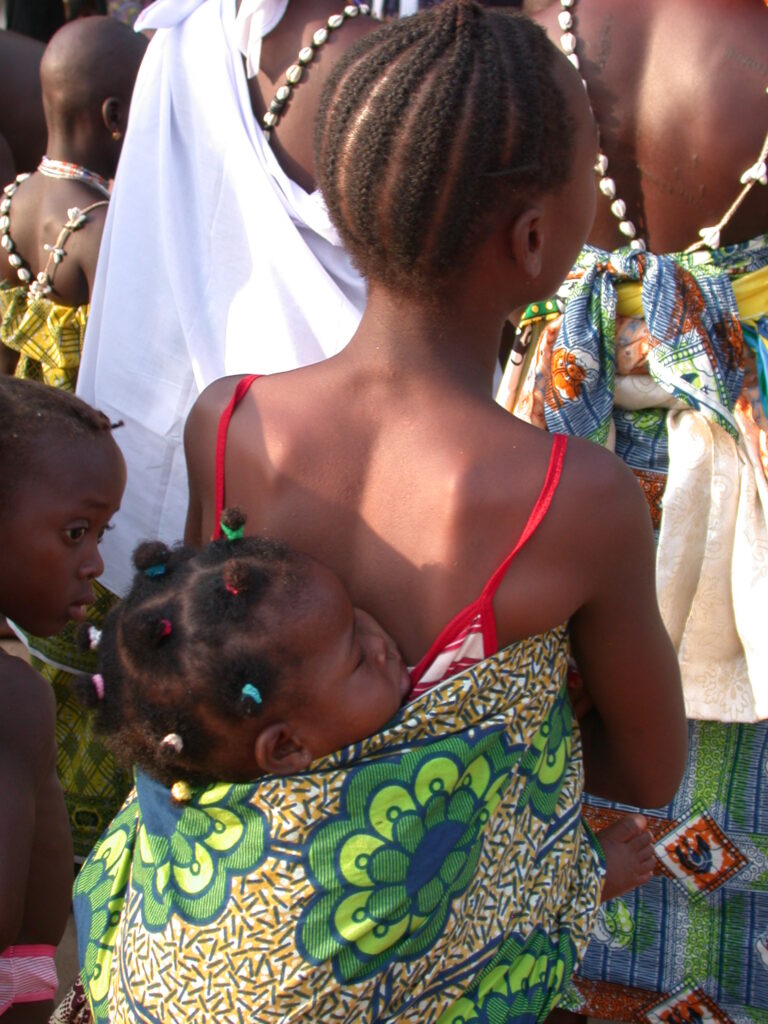
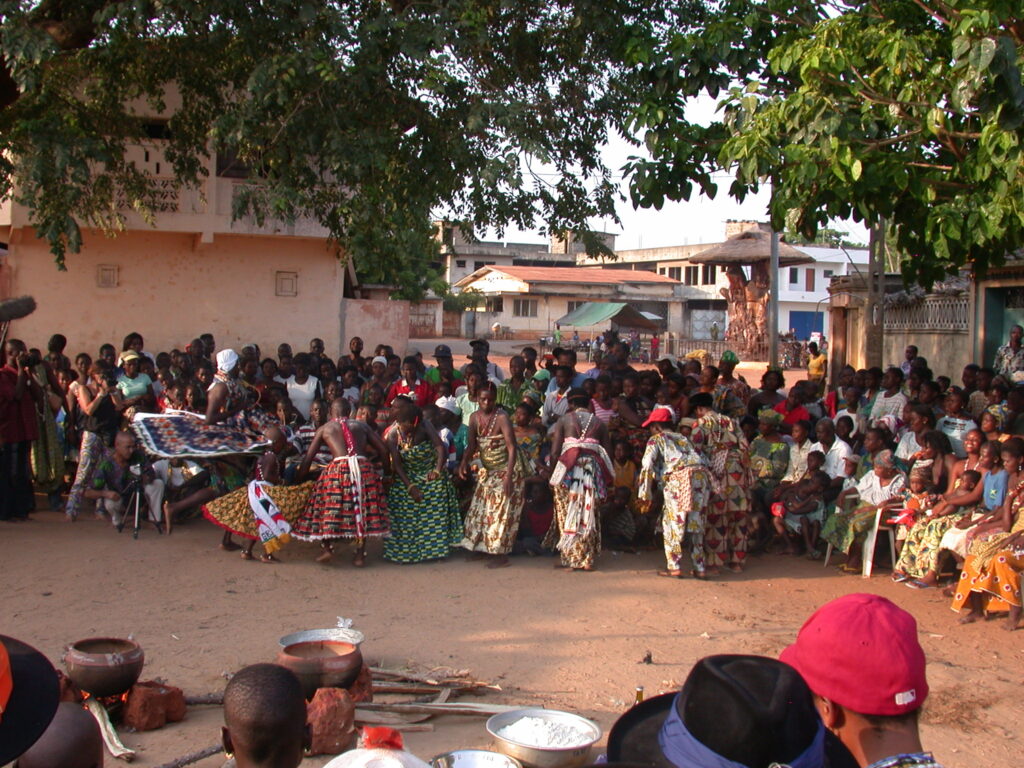
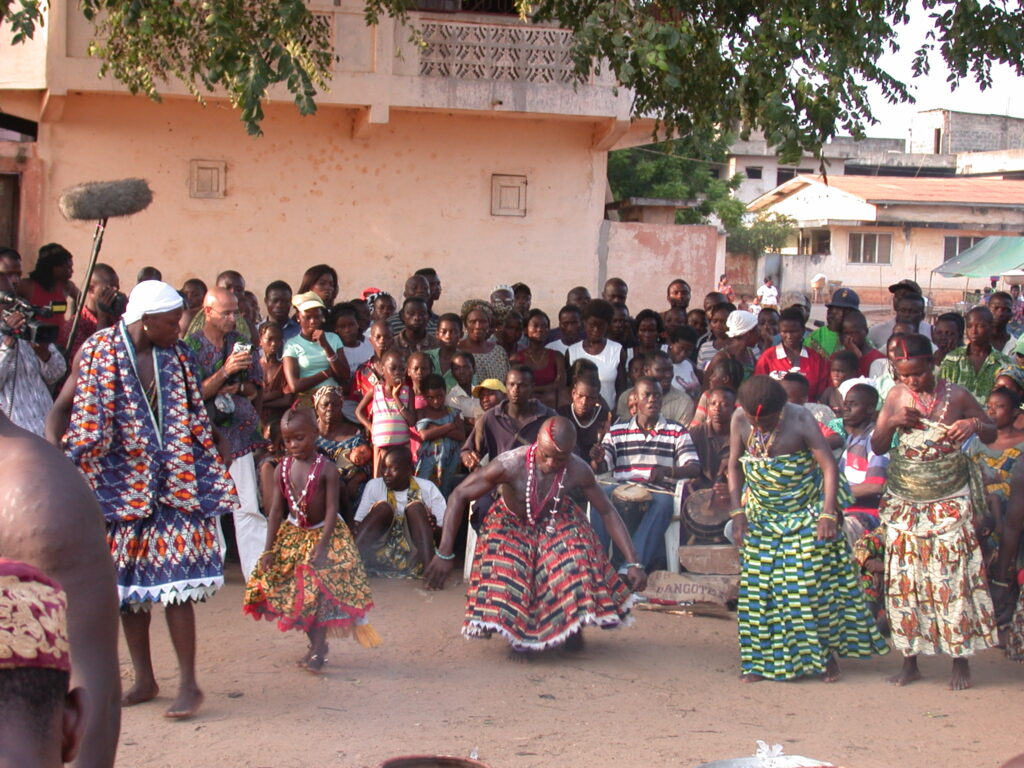
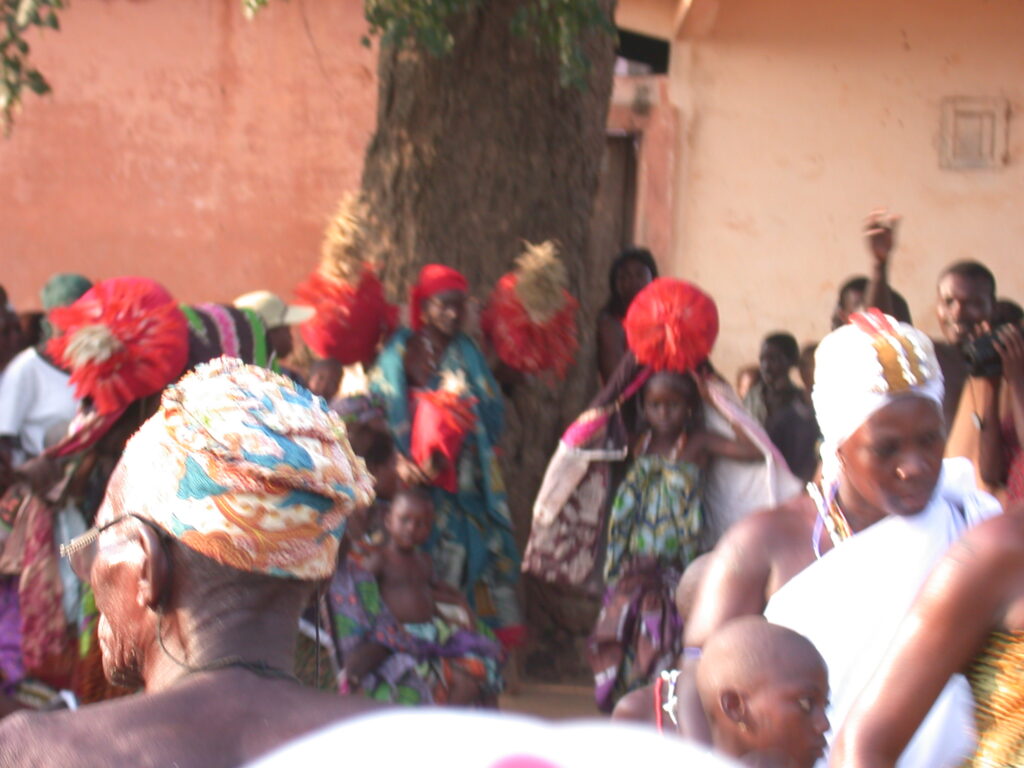
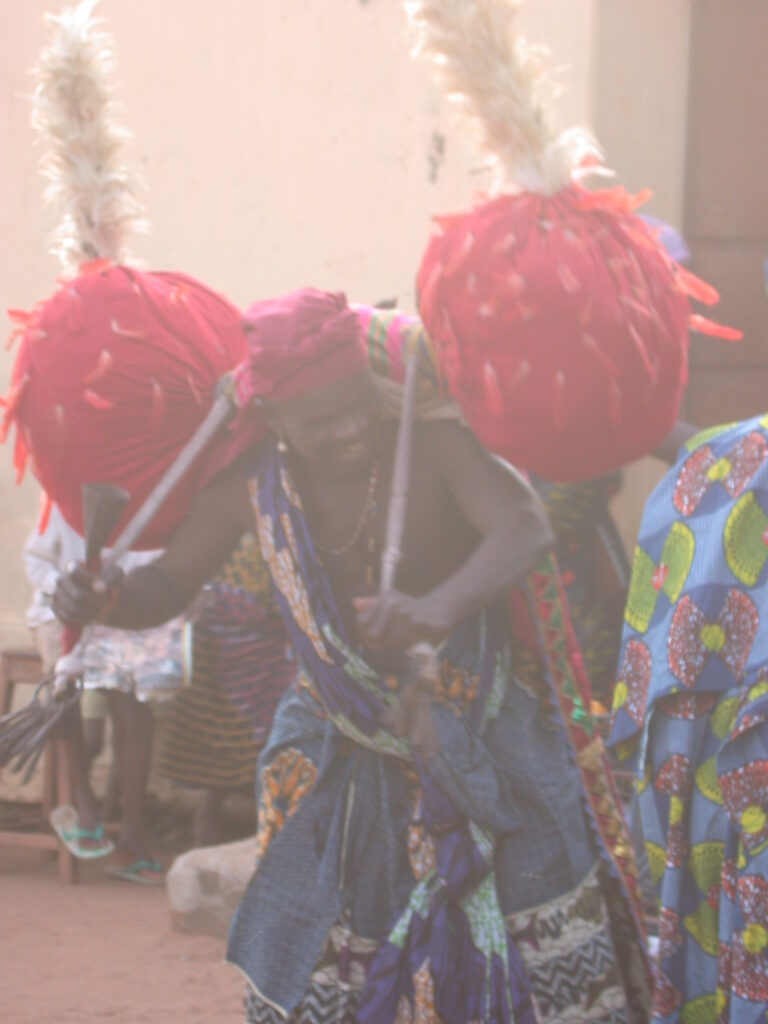
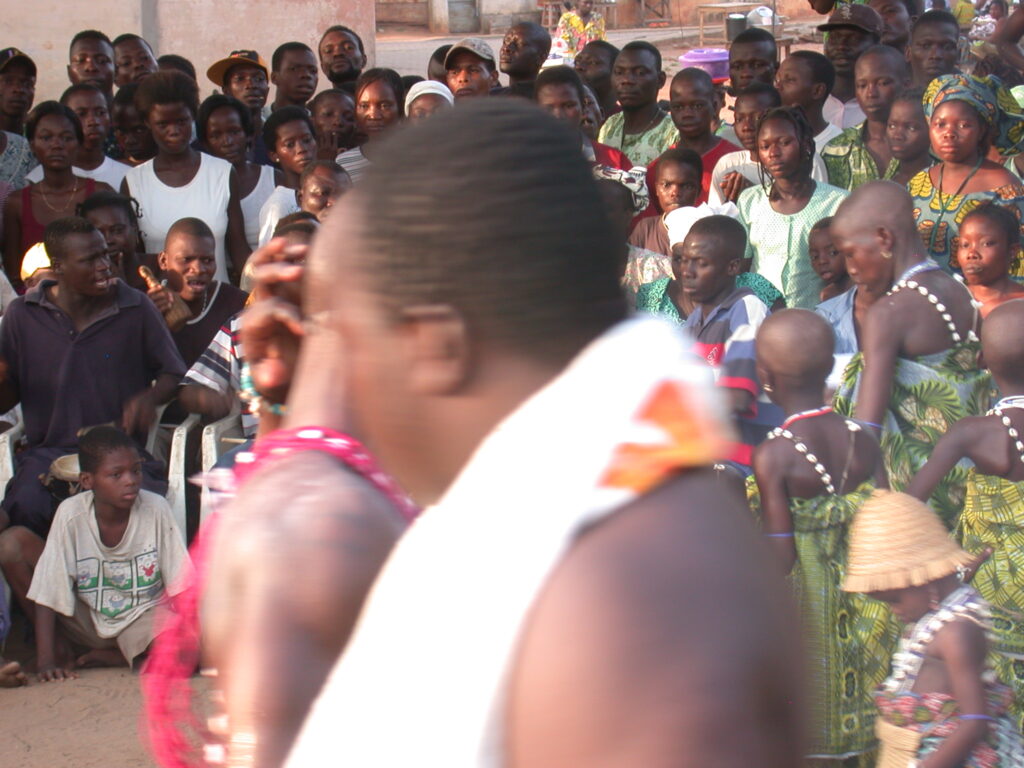
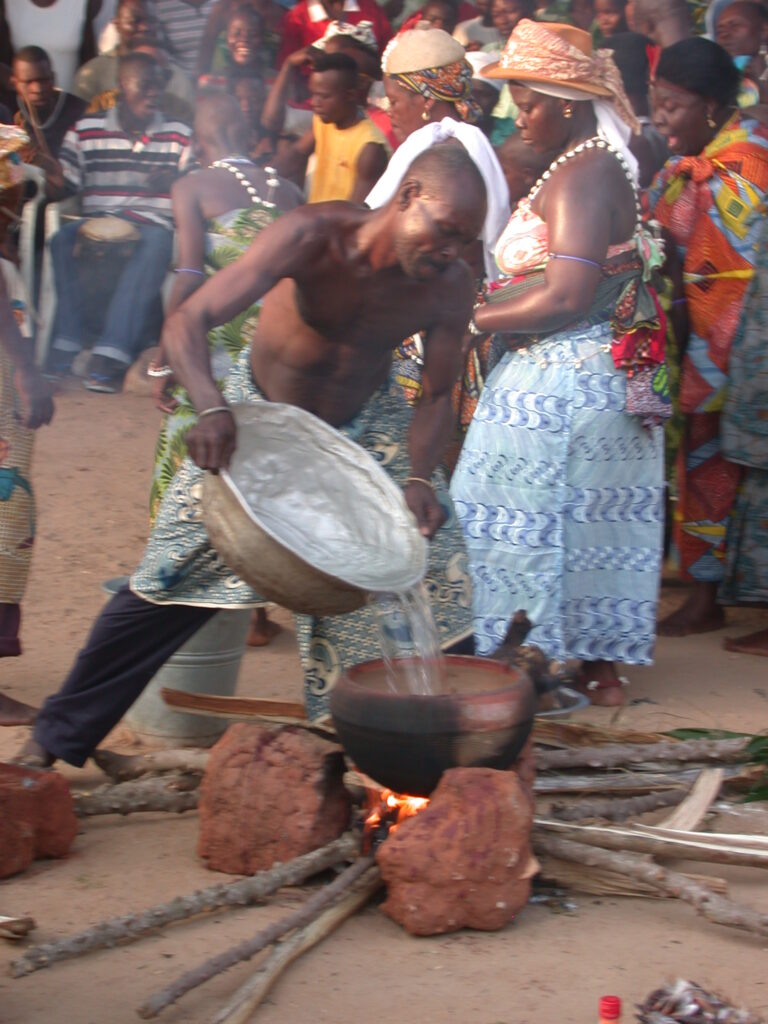
Some of the adepts dancing were quite young, say six years old. The crowd was joyful when the youngest girl danced energetically before the drums. The costumes worn by the adepts and teachers varied according to the orisha they initiated under and sometimes also according to the dance.
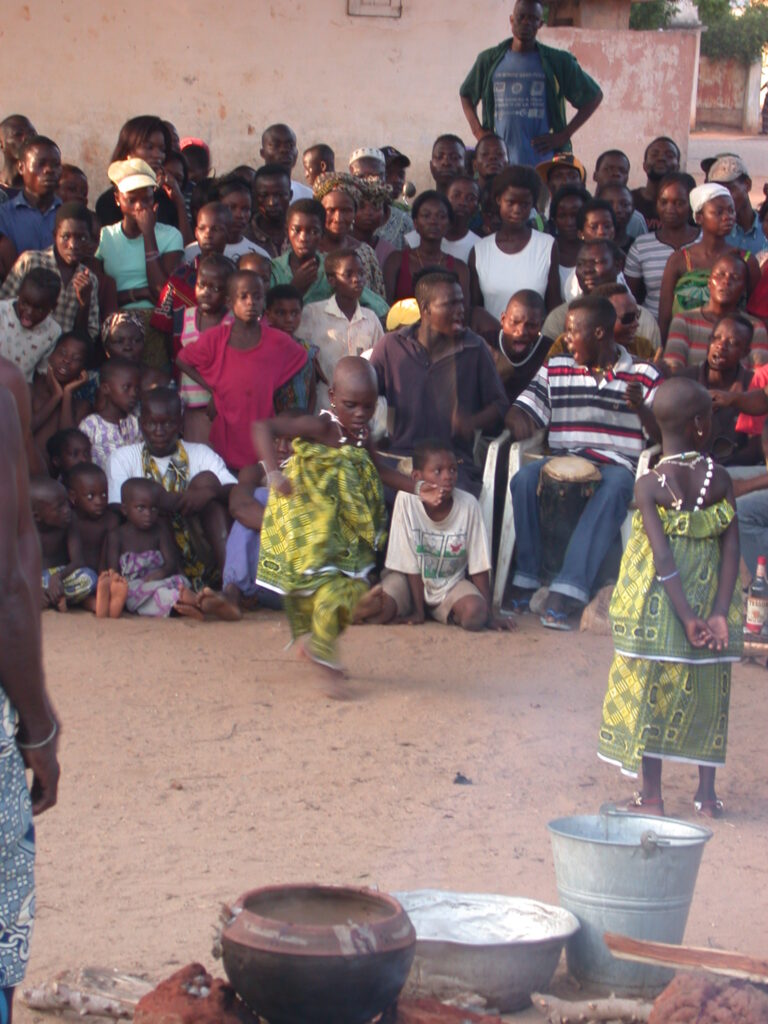
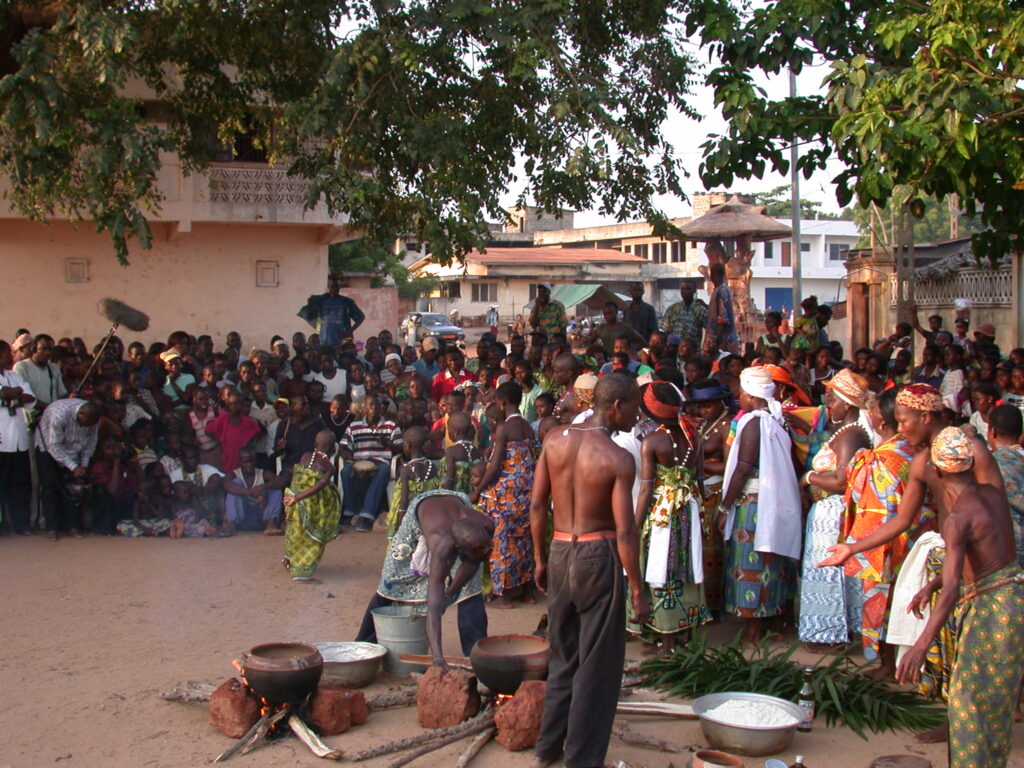
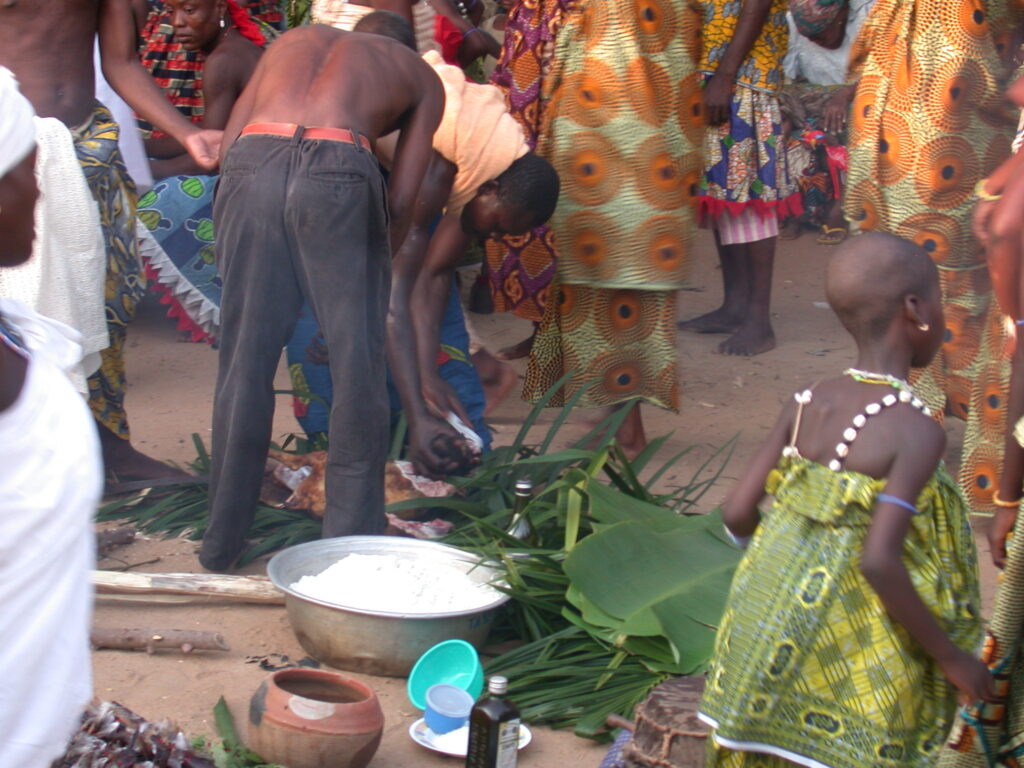
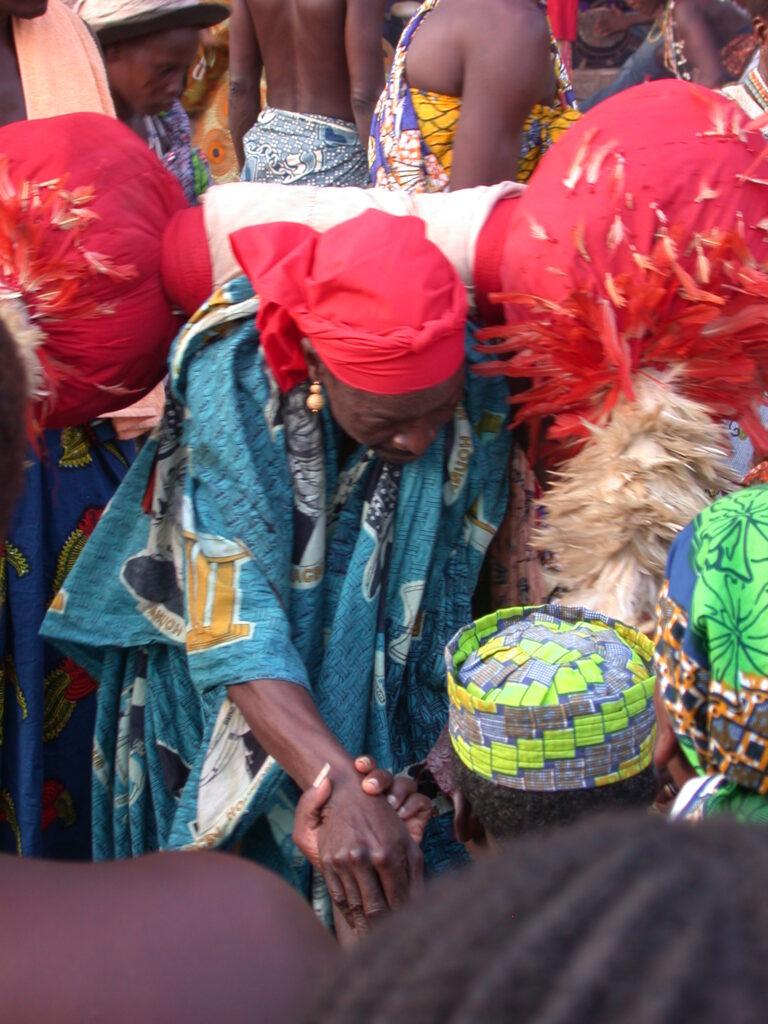
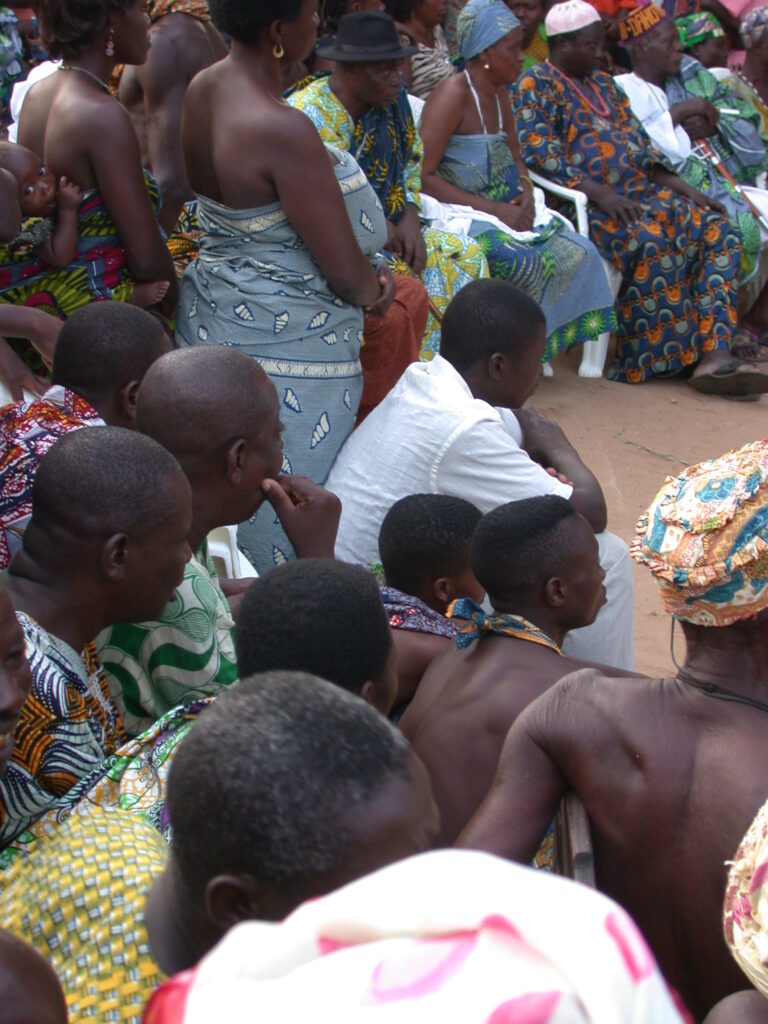
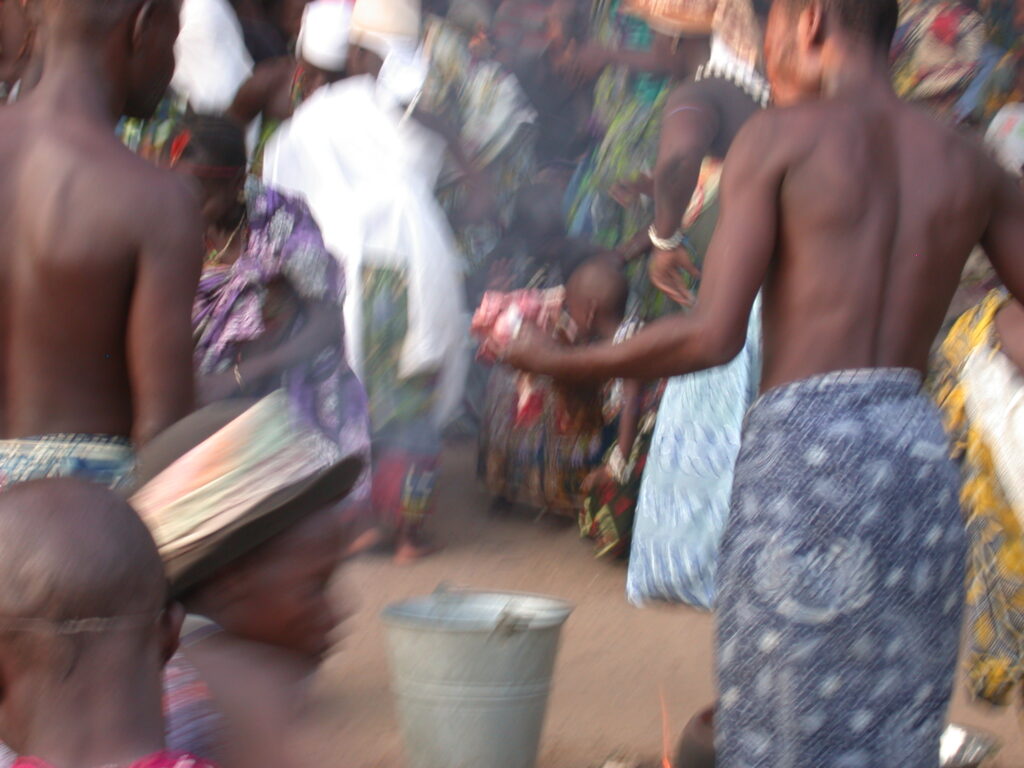
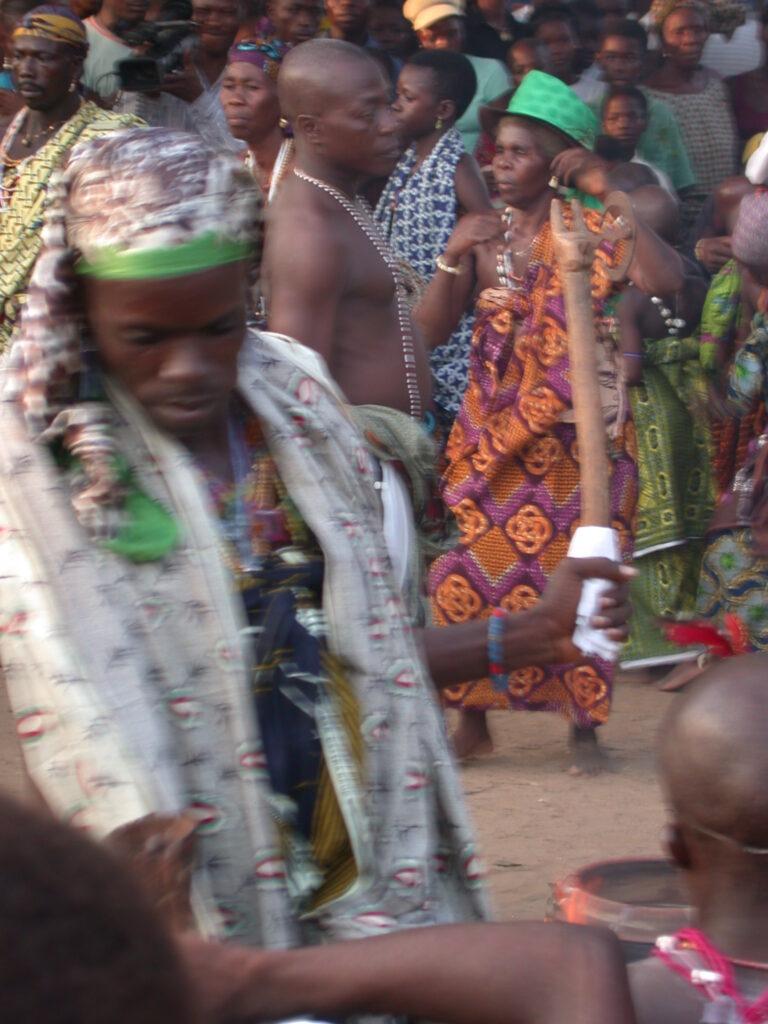
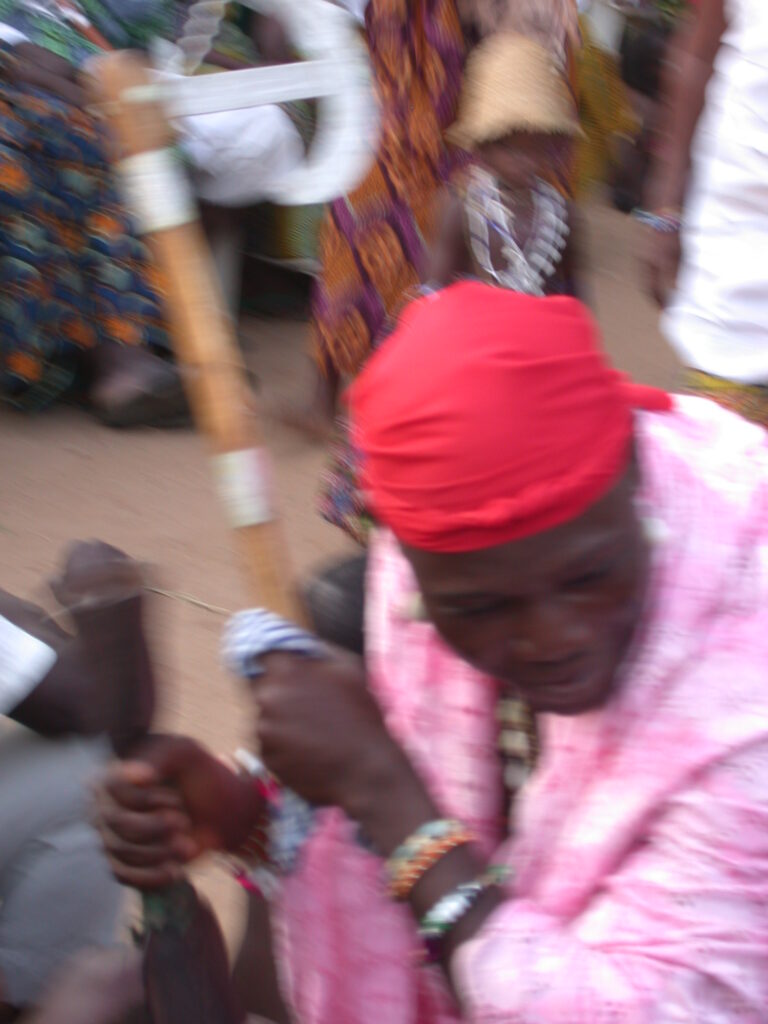
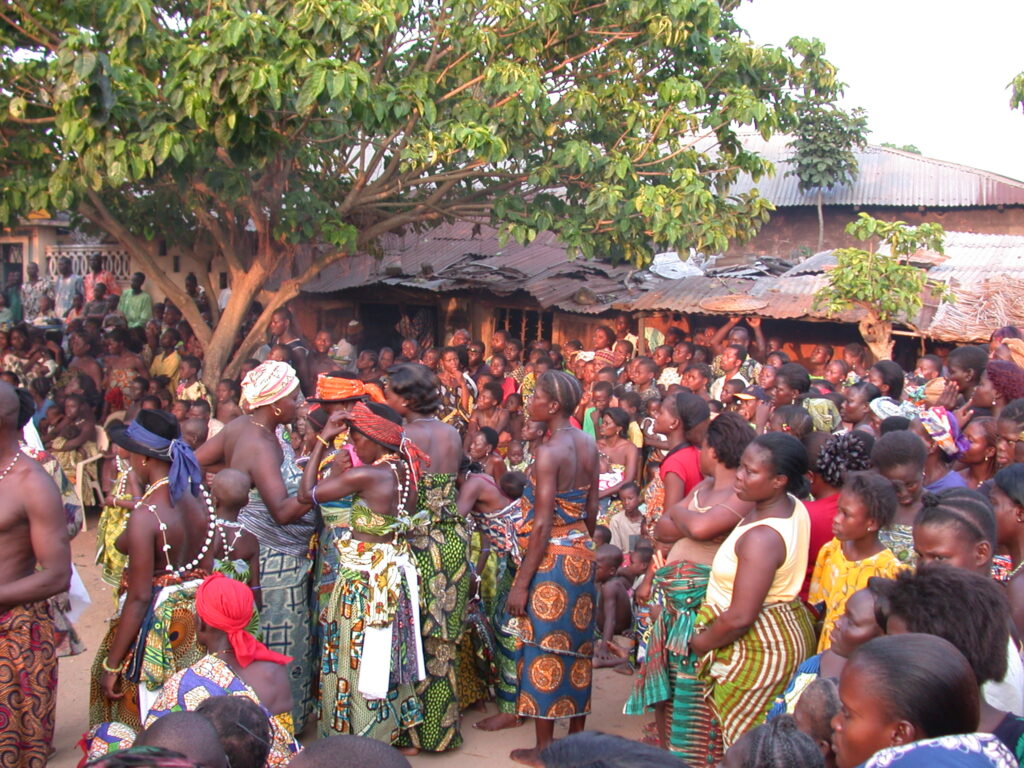
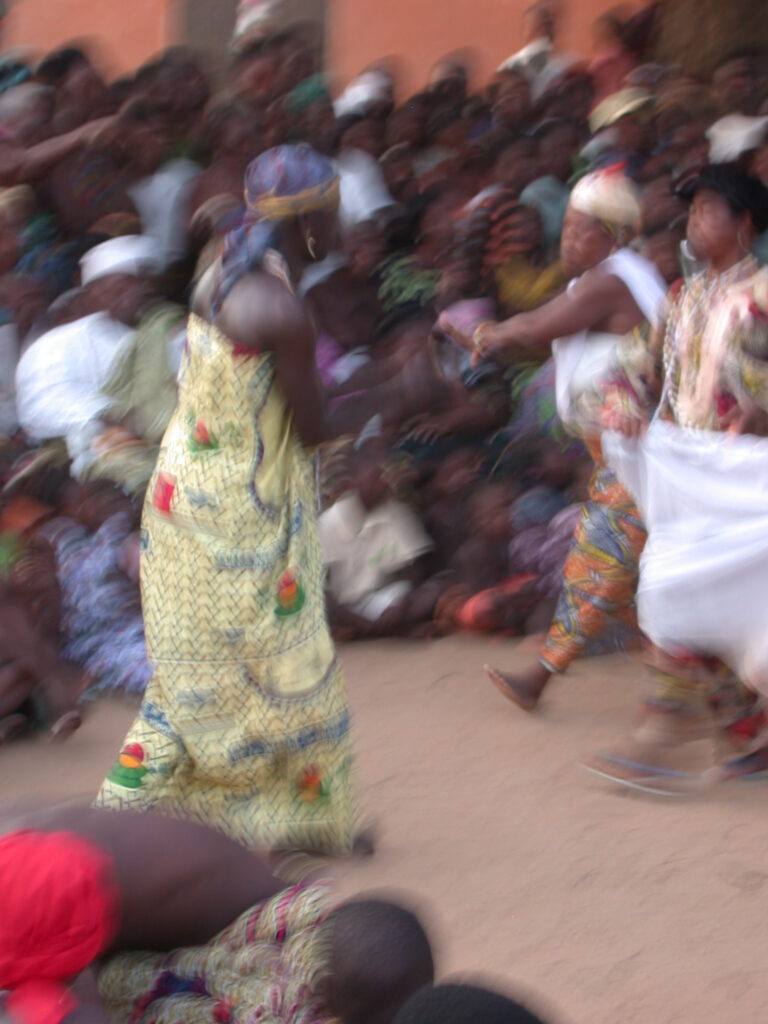
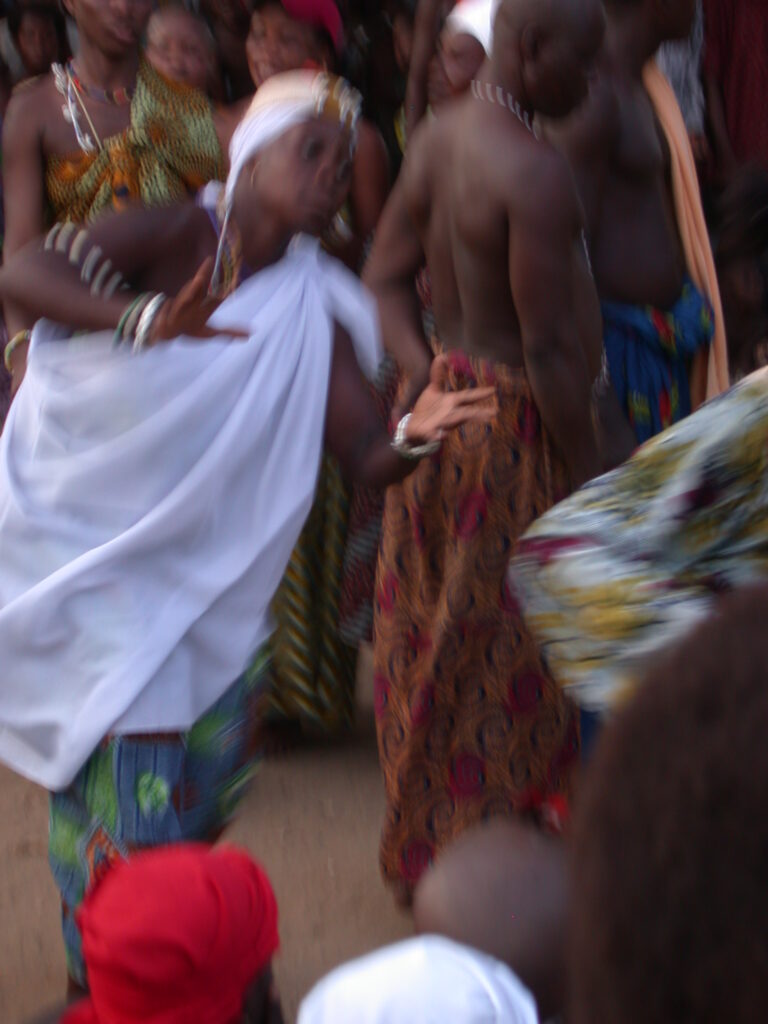
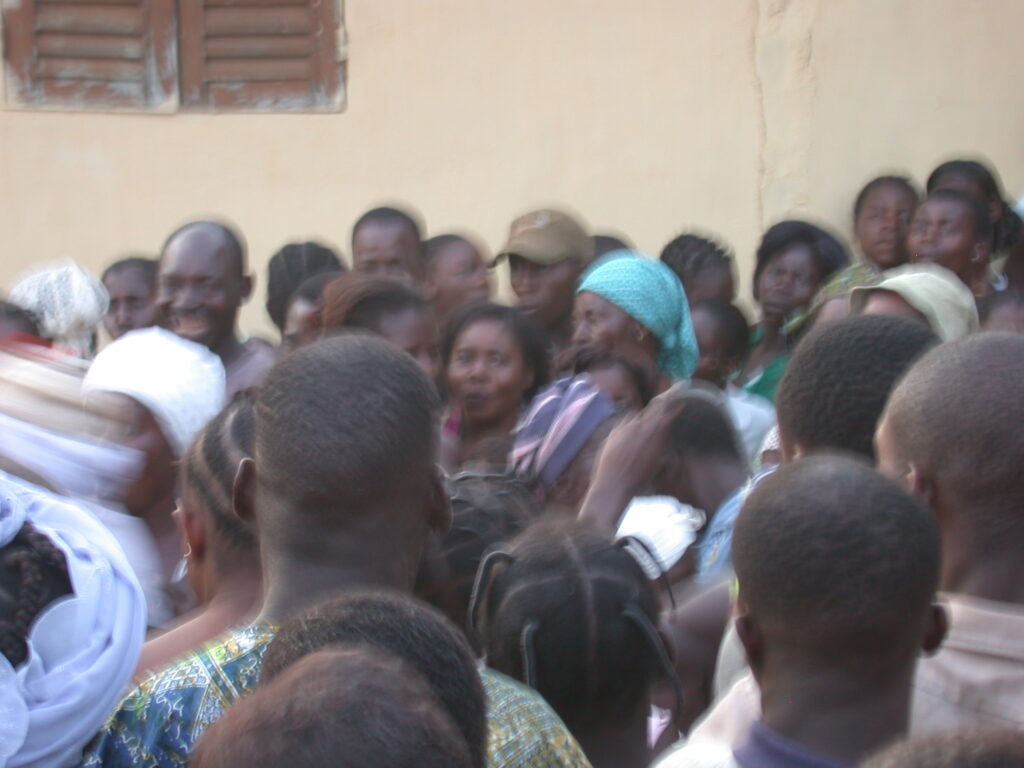
Another dance called the danse d’amour (love dance) involved a troupe of women dancing together and, as the music rose to a climax, the hugged, kissed, and gyrated their bodies in groups of two or three, simulating sexual contact to the general feigned shock and amusement of the crowd.
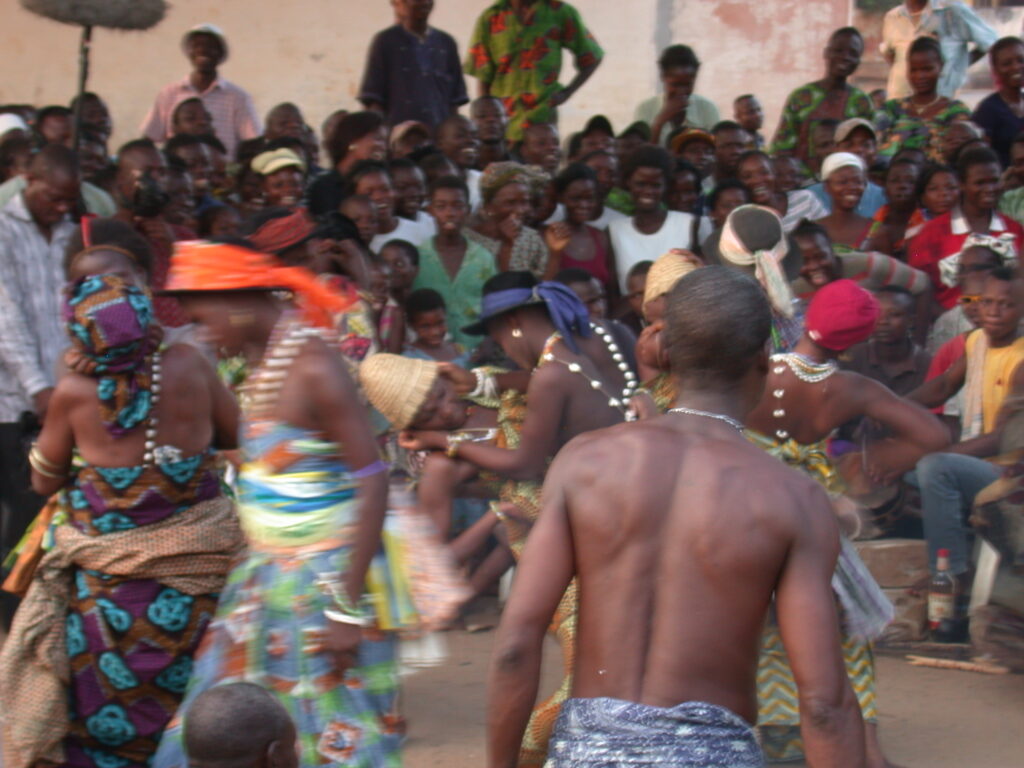
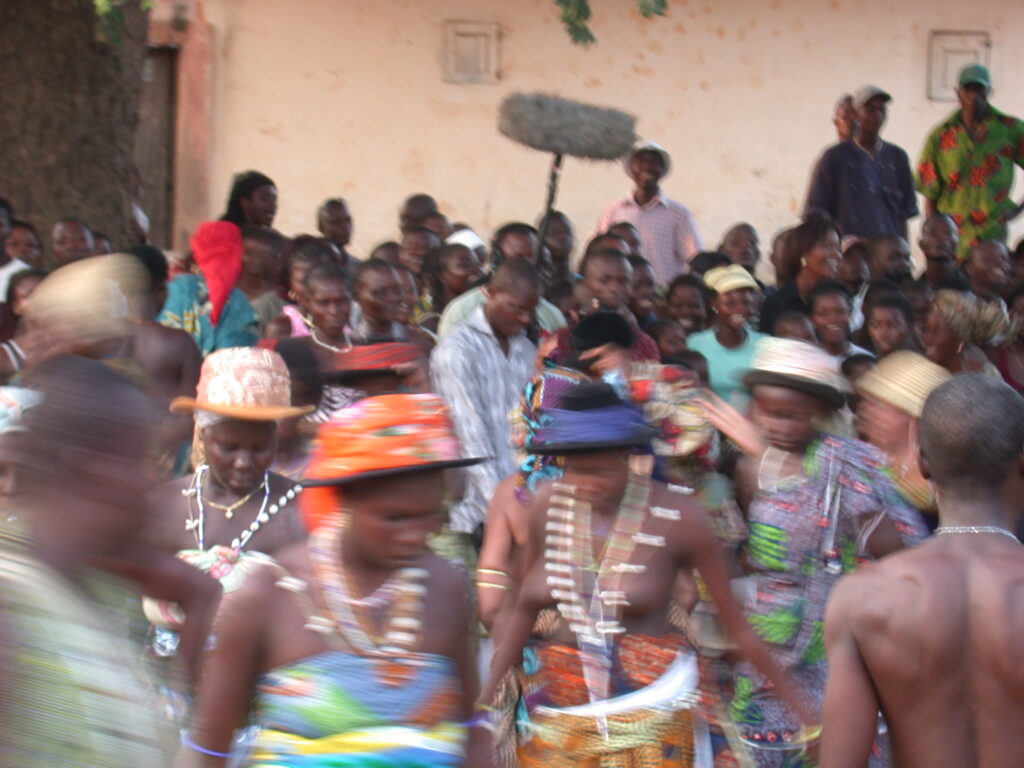
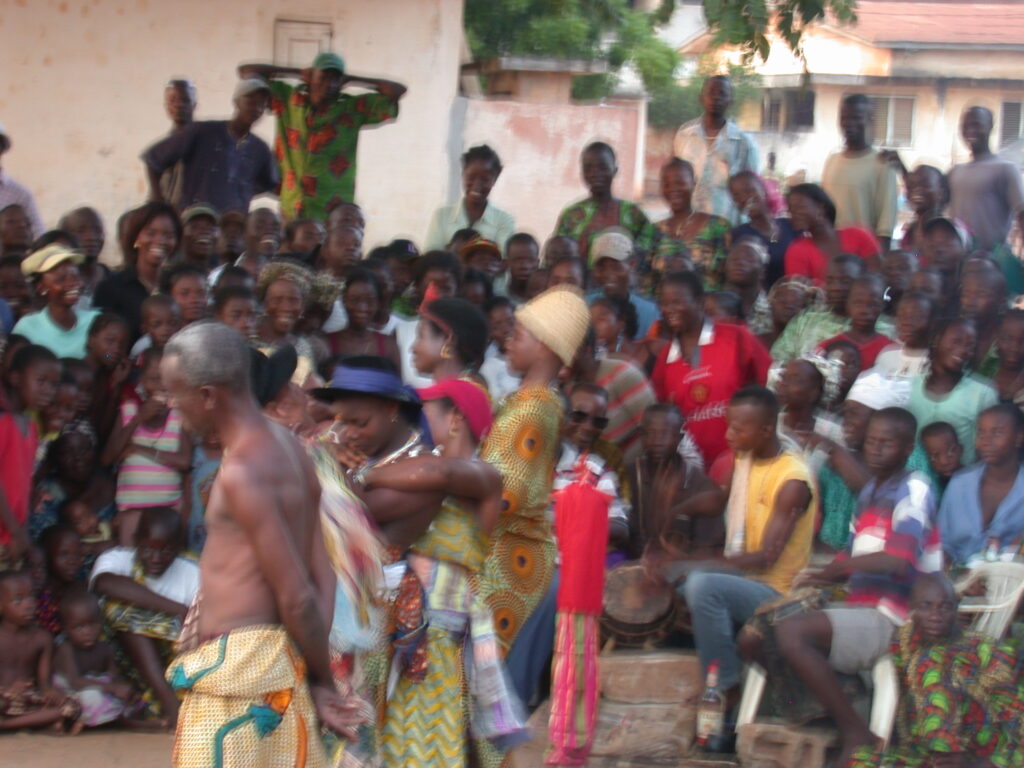
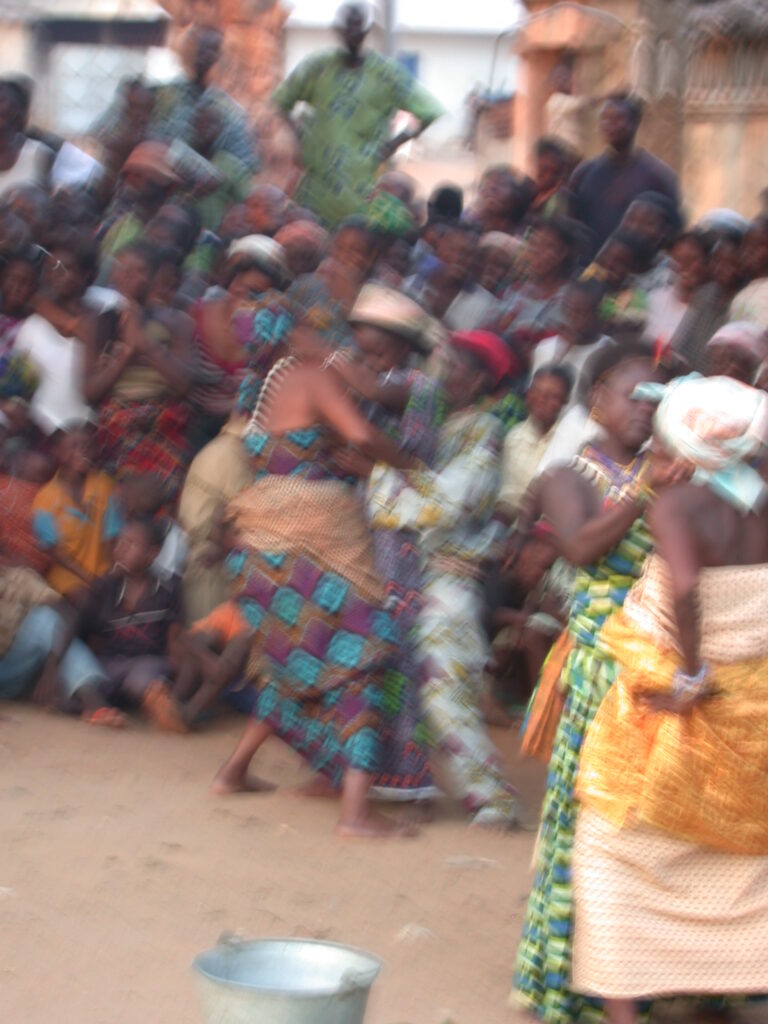
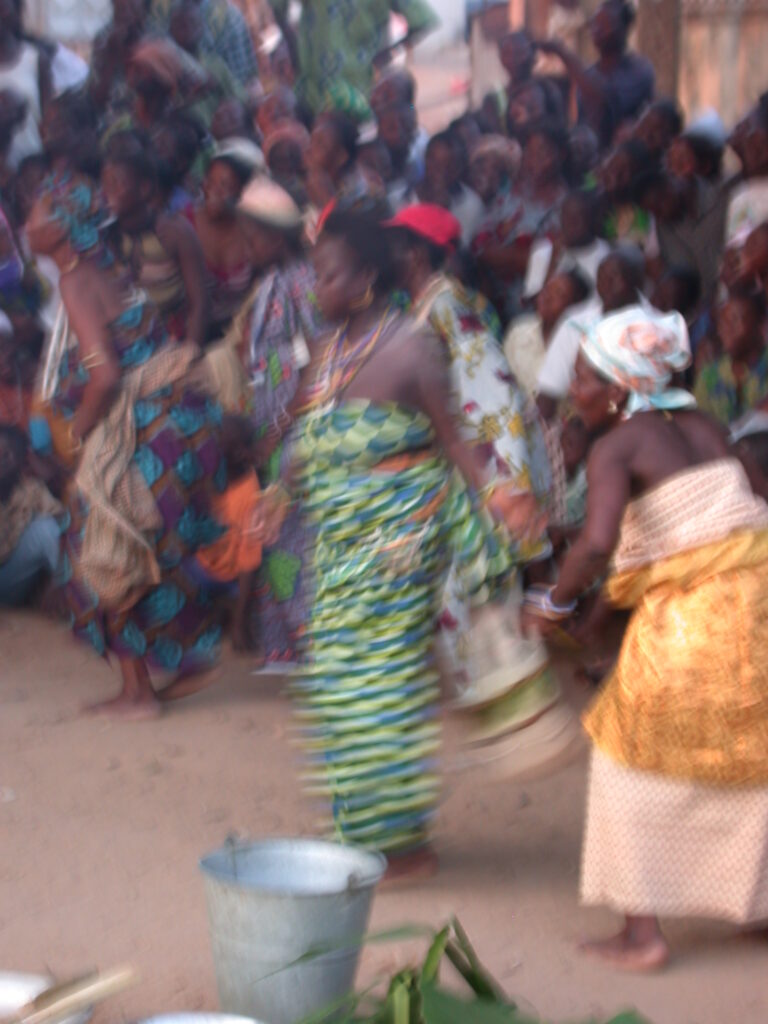
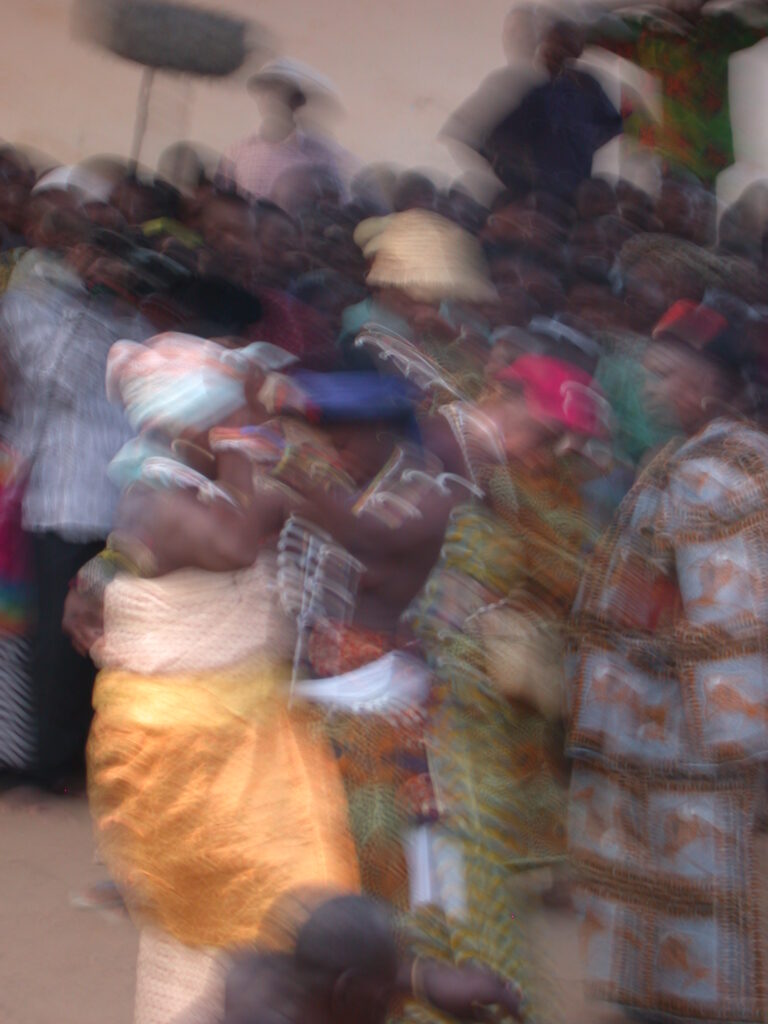
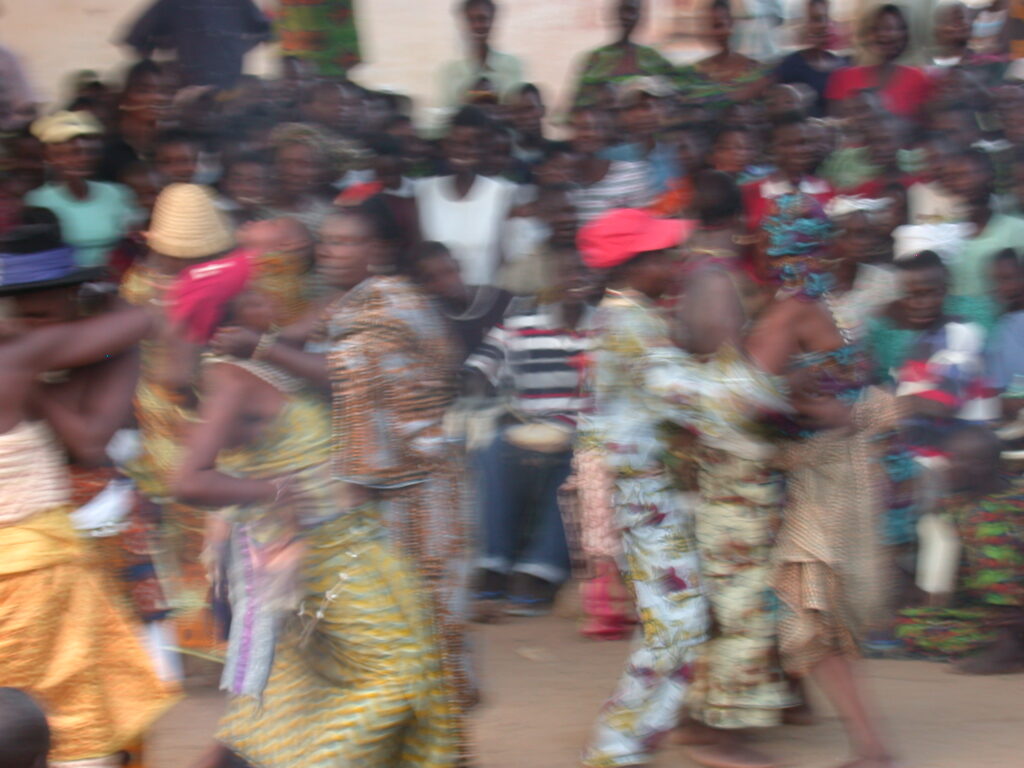
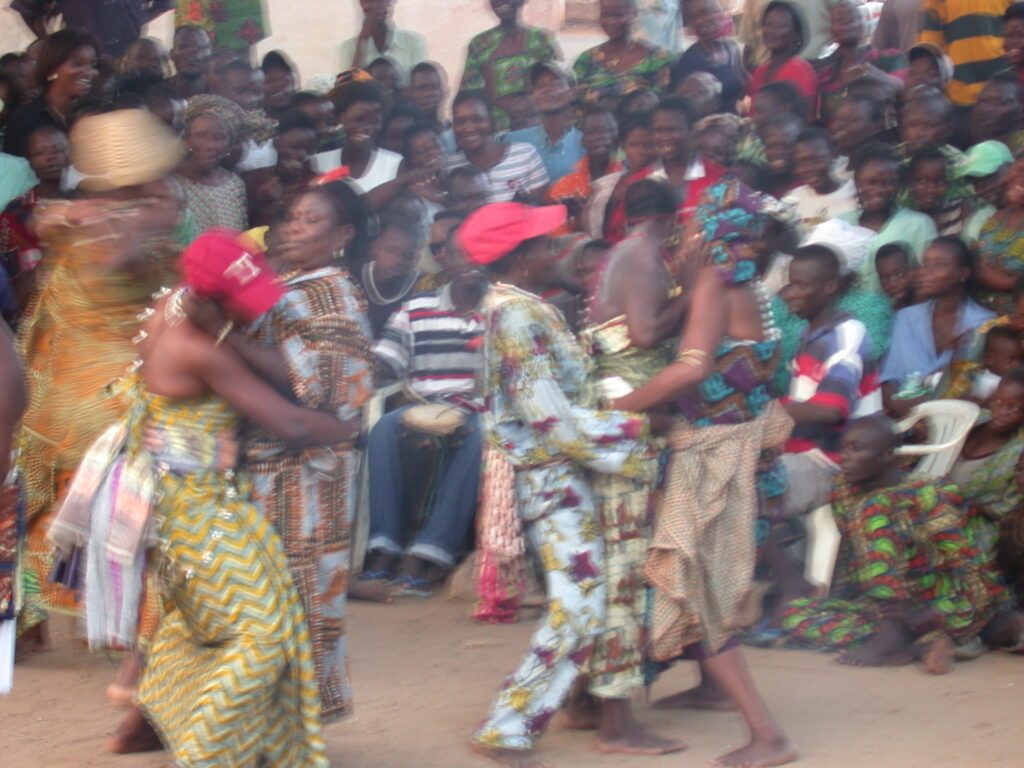
Gender-divergent males, perhaps mounted by female divinities, danced and blessed those in attendance.

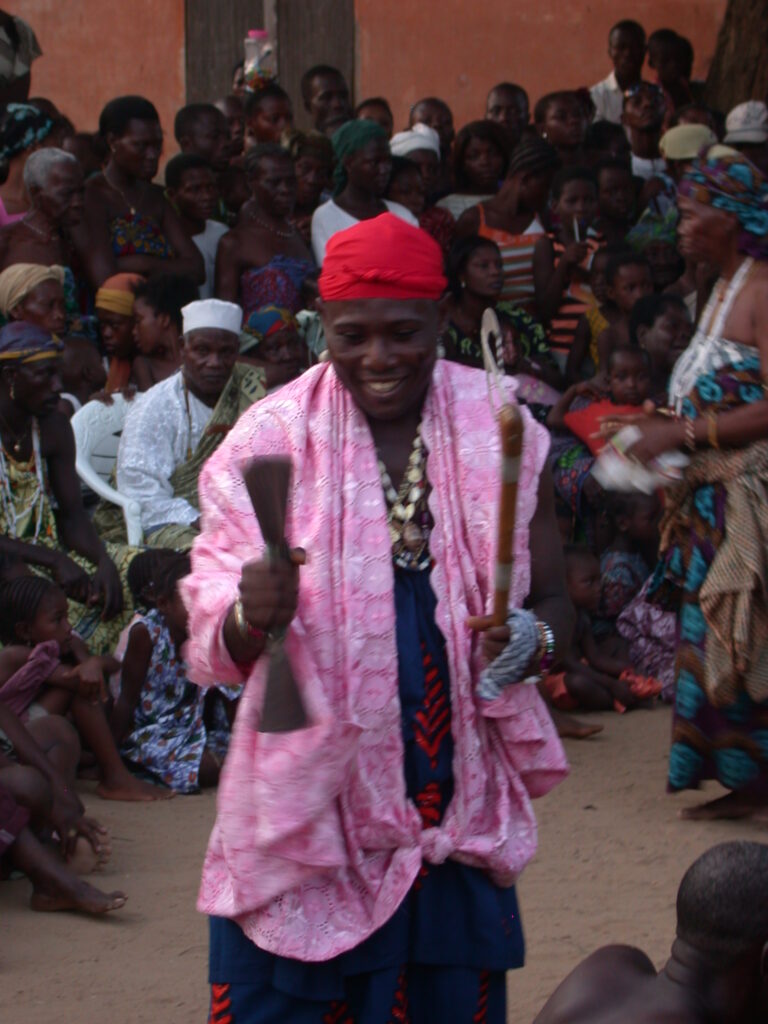
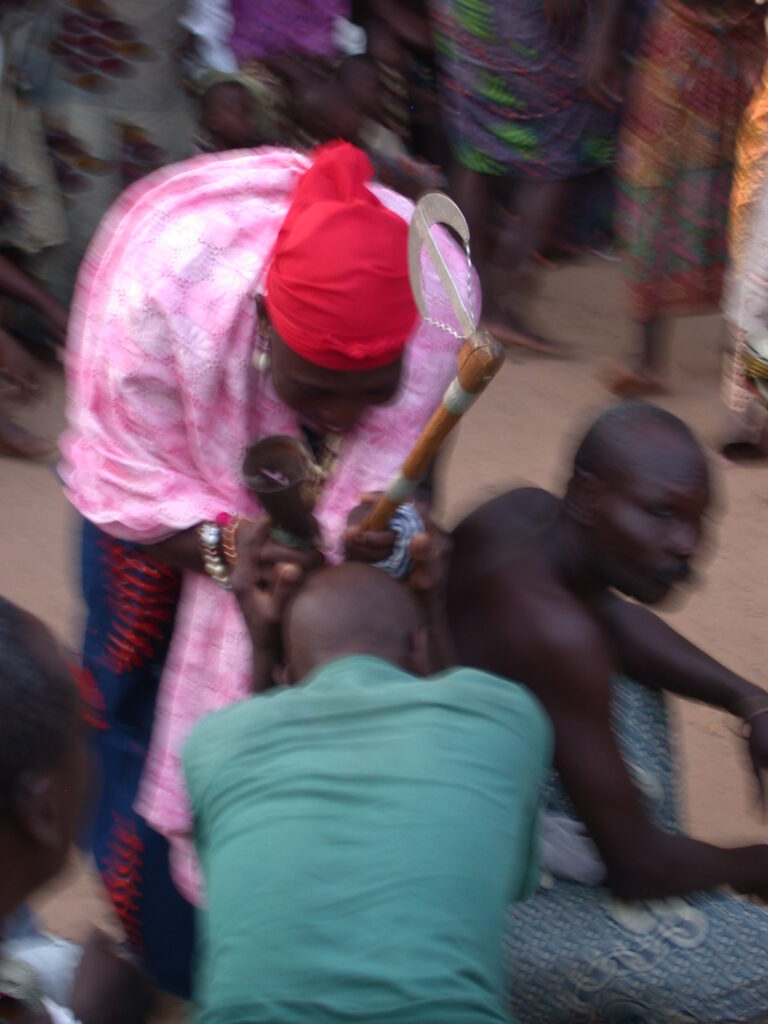
A dance for the thunder divinity took place with dancers holding everything from ritual axes with iron blades to sticks and shouting as they rose and pointed these items to the center of their circular clump within the large circle demarcating the ritual boundary.
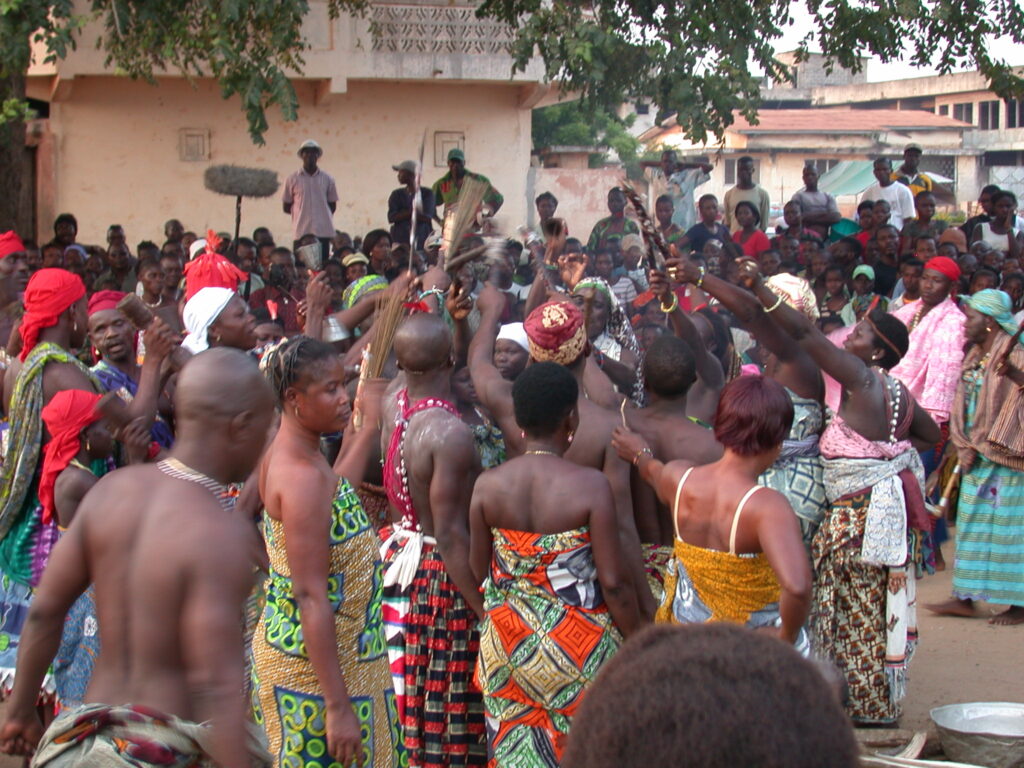
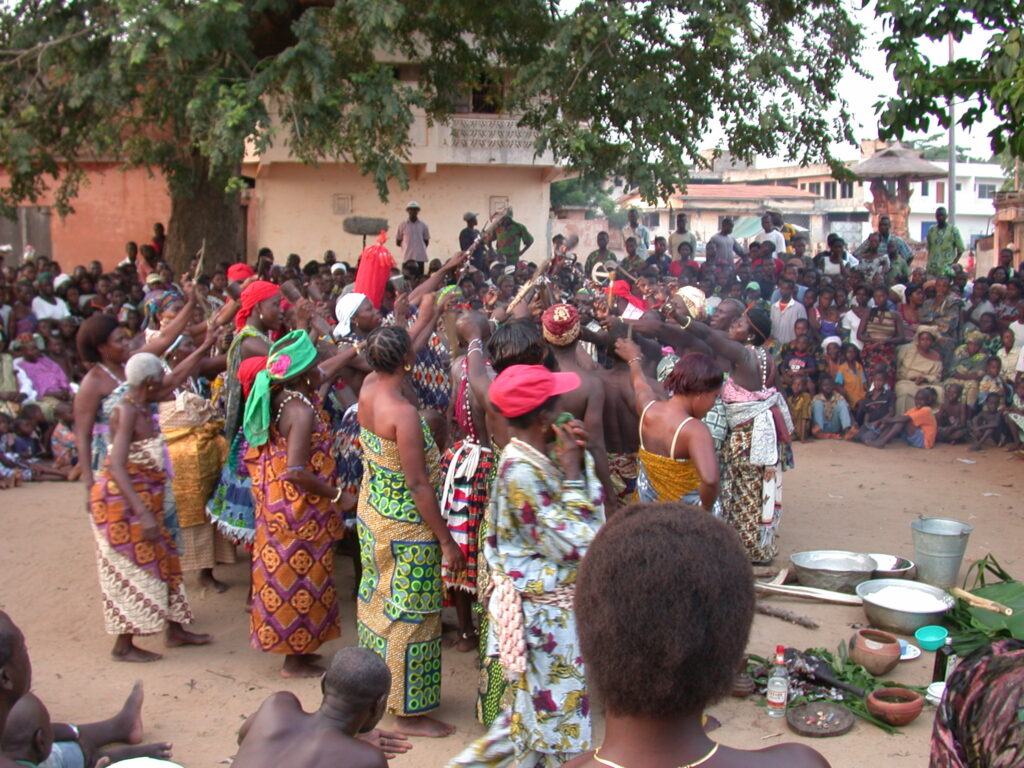
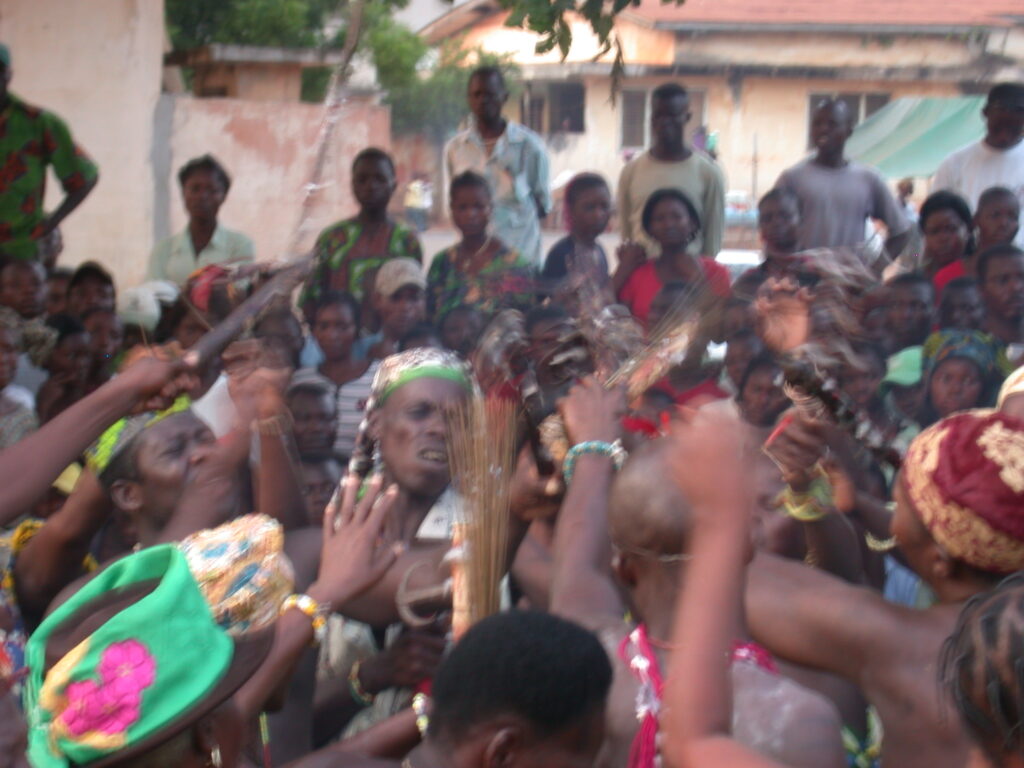
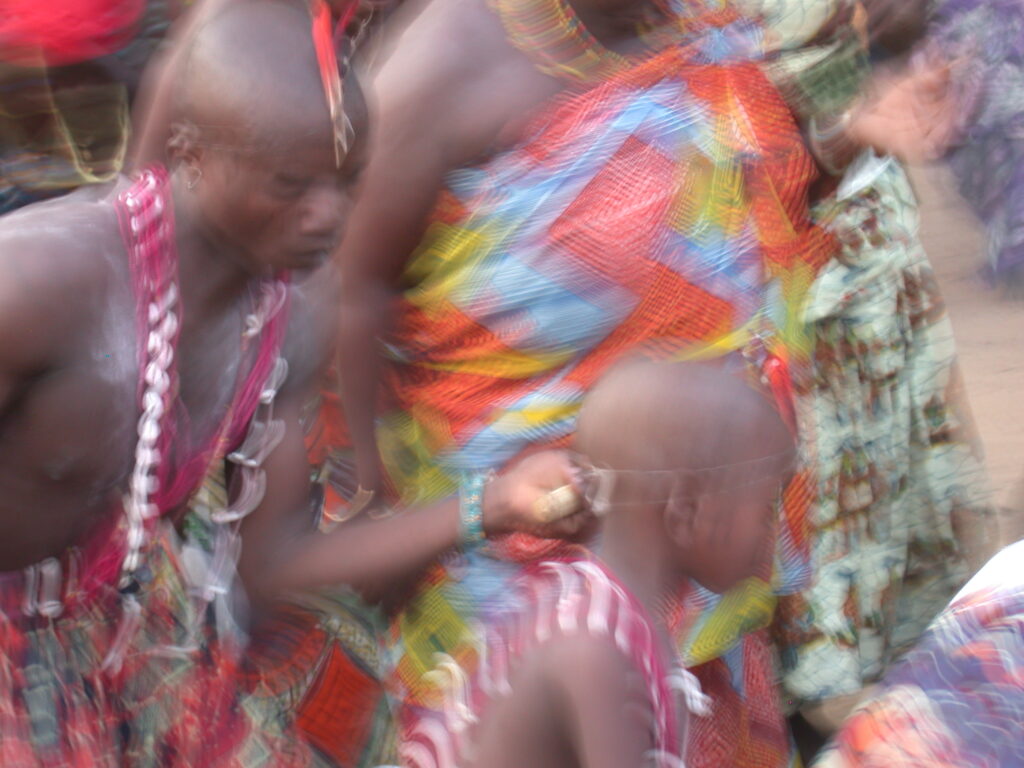
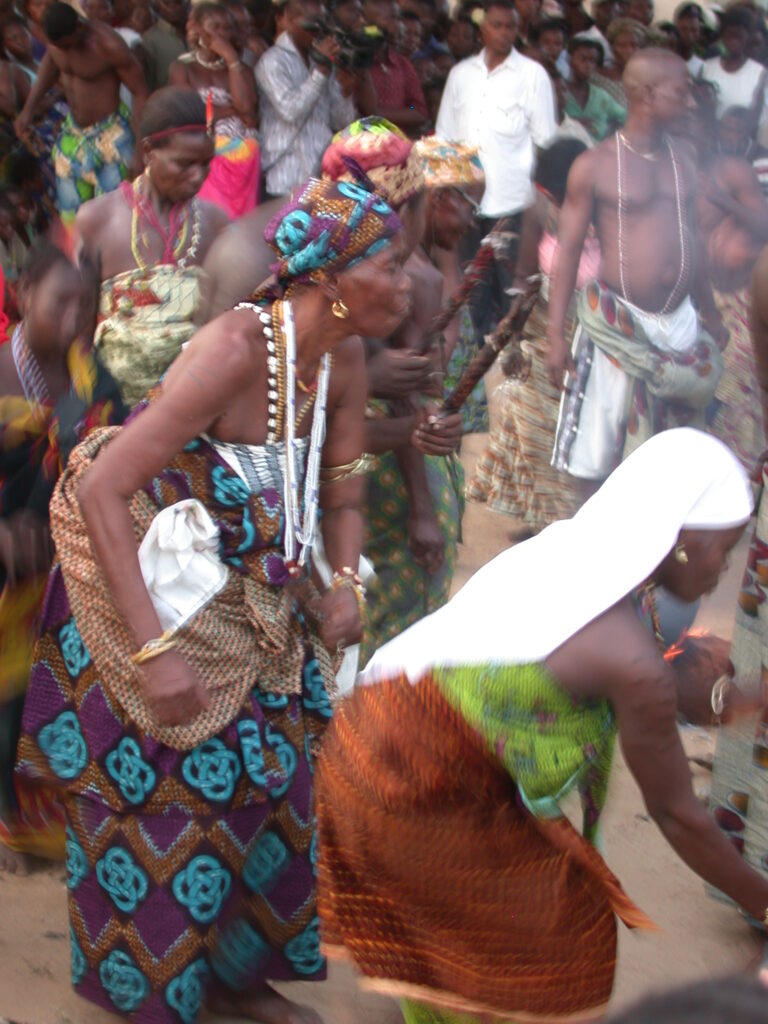
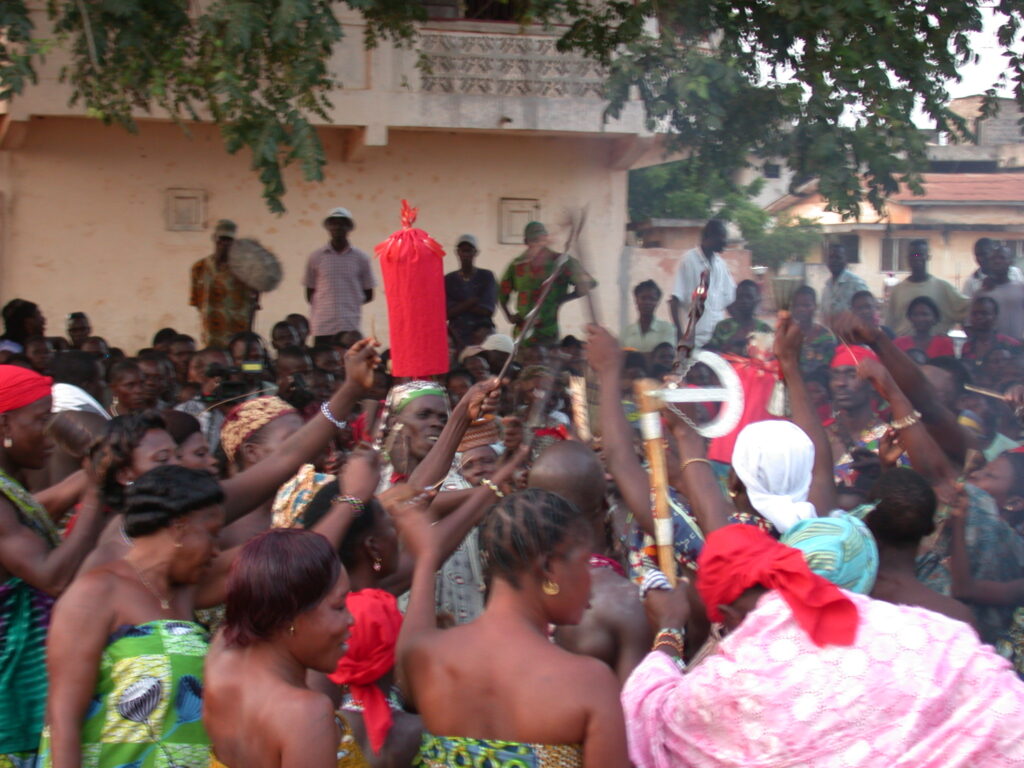
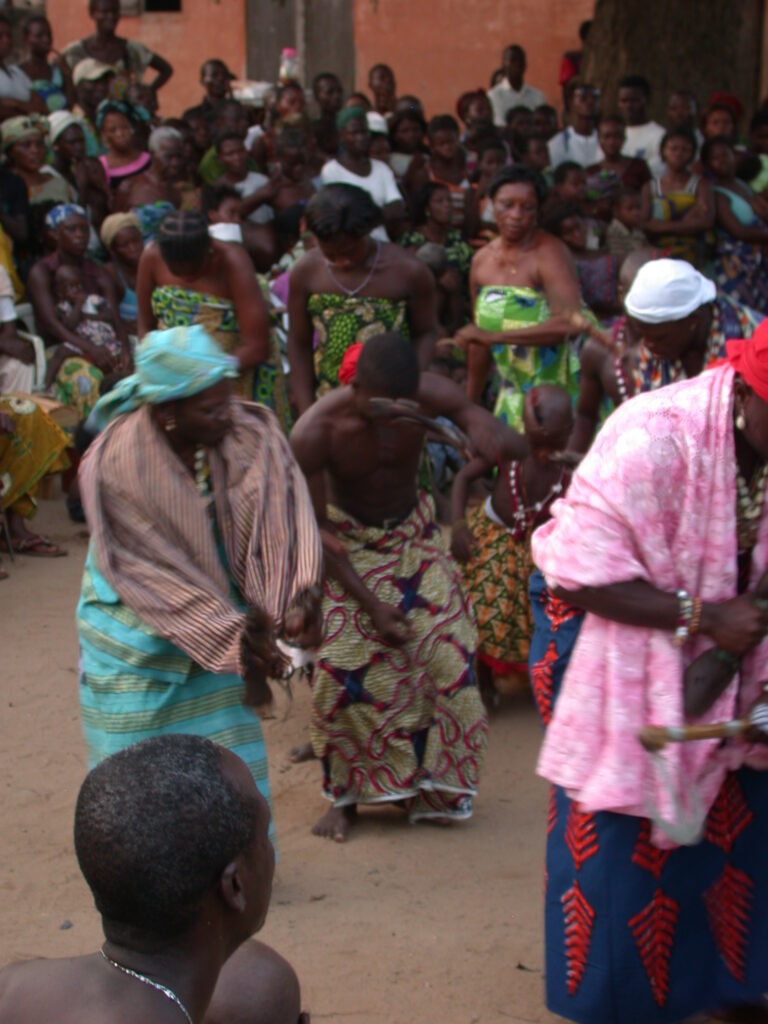
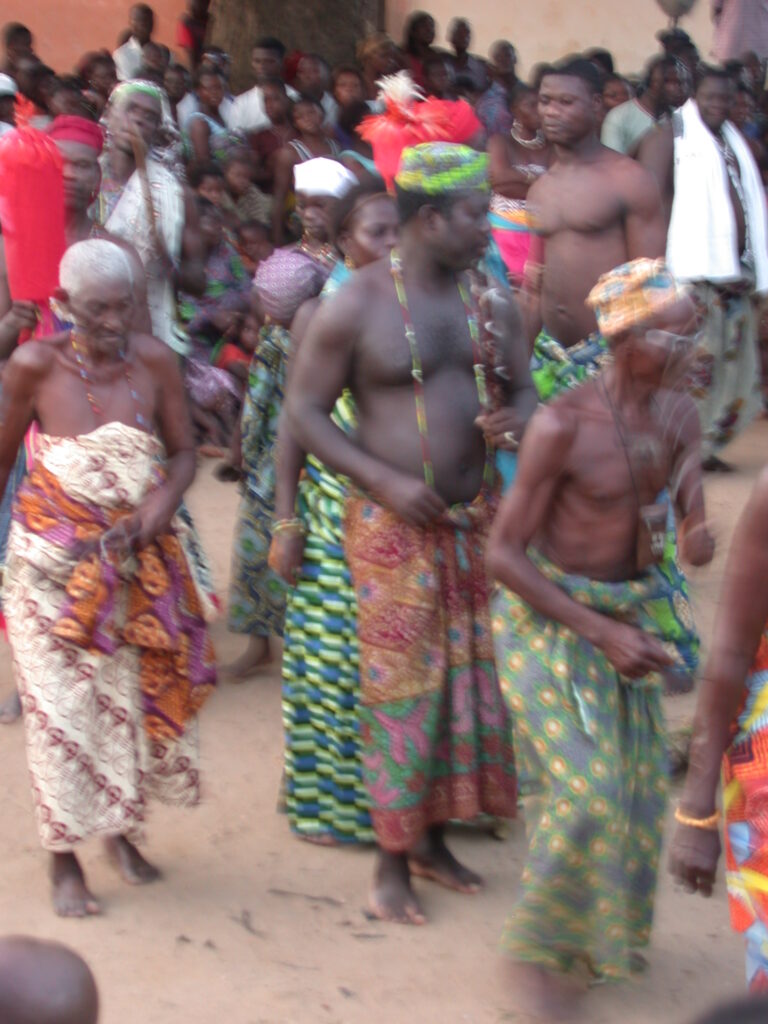
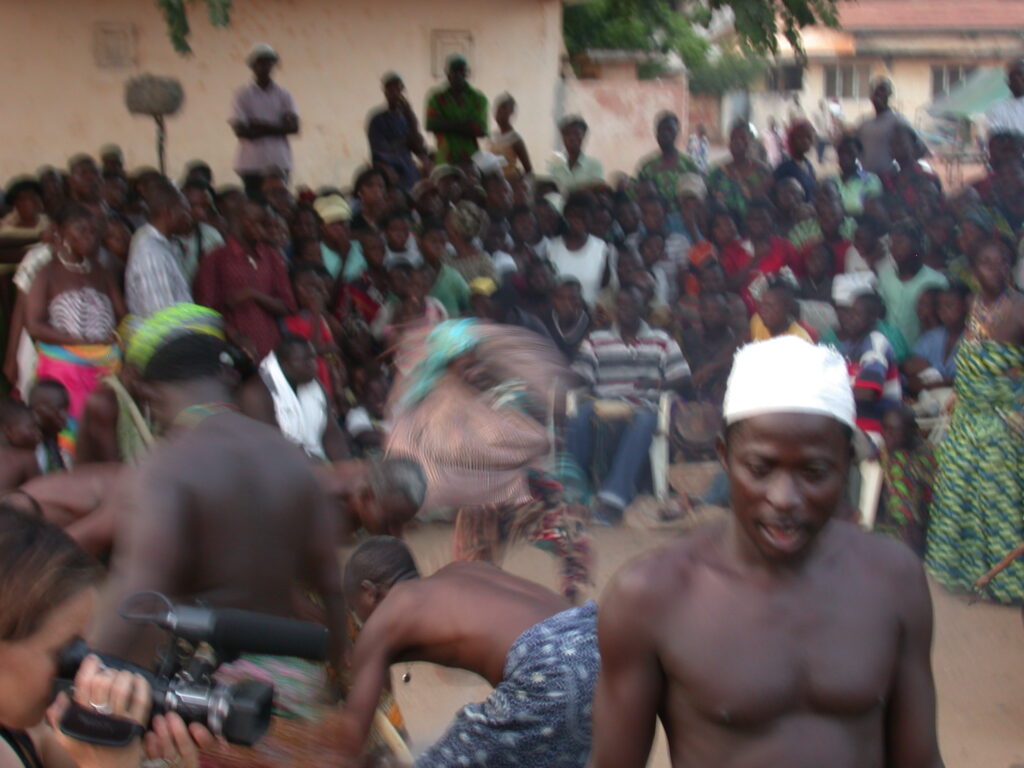
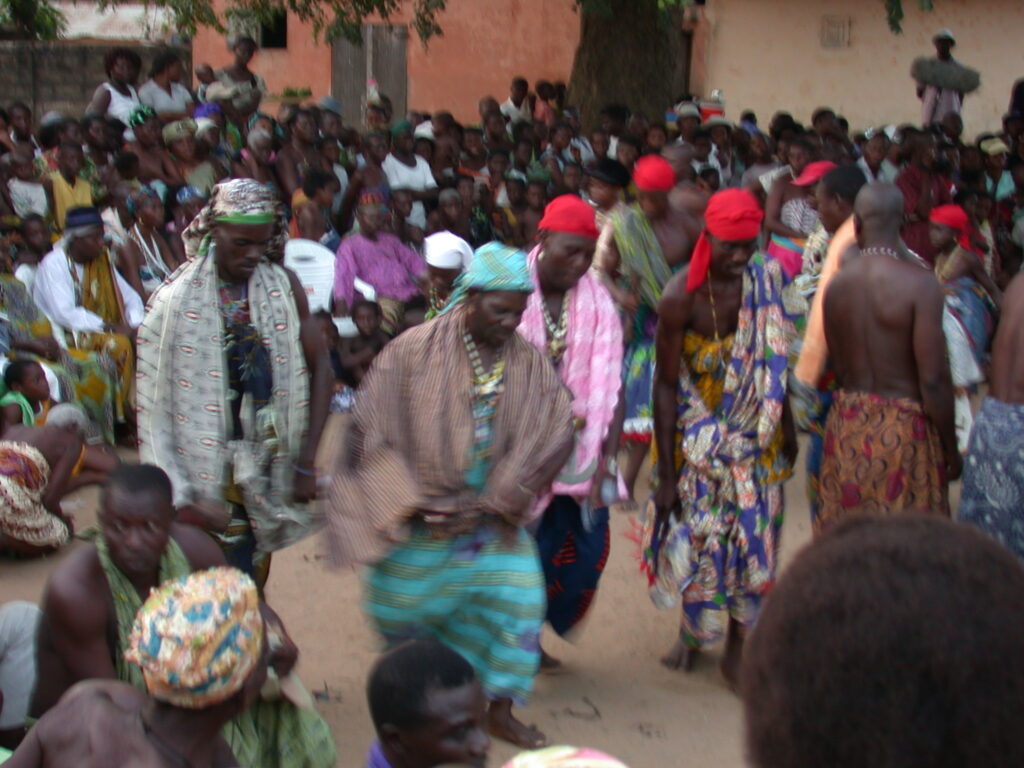
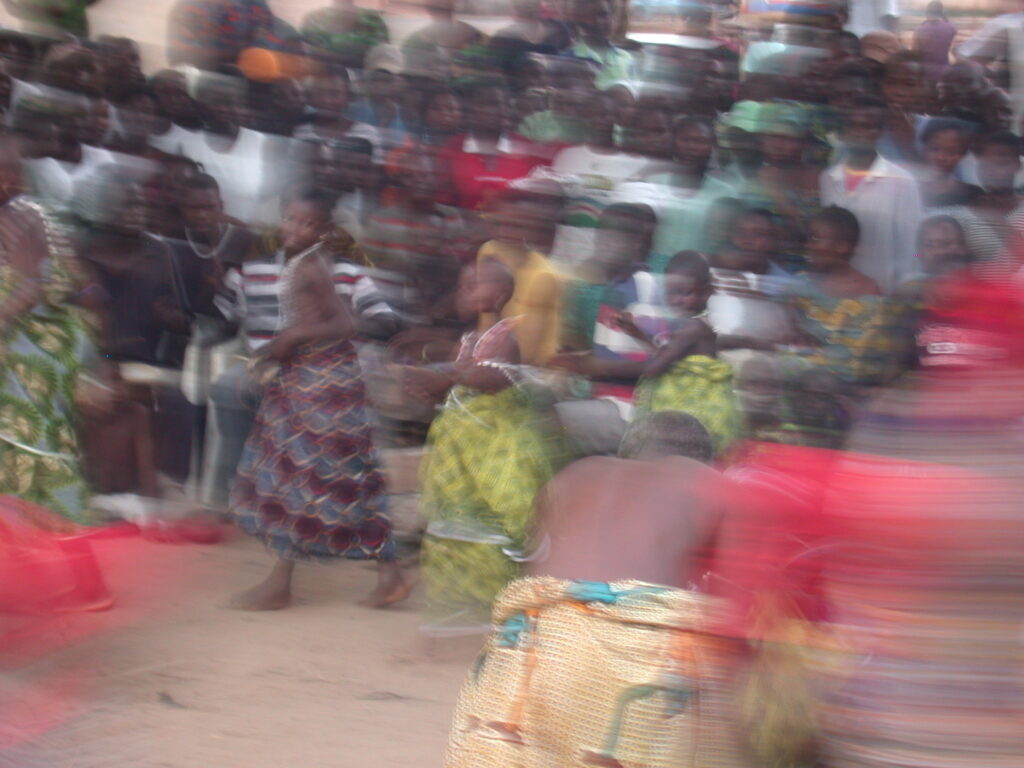
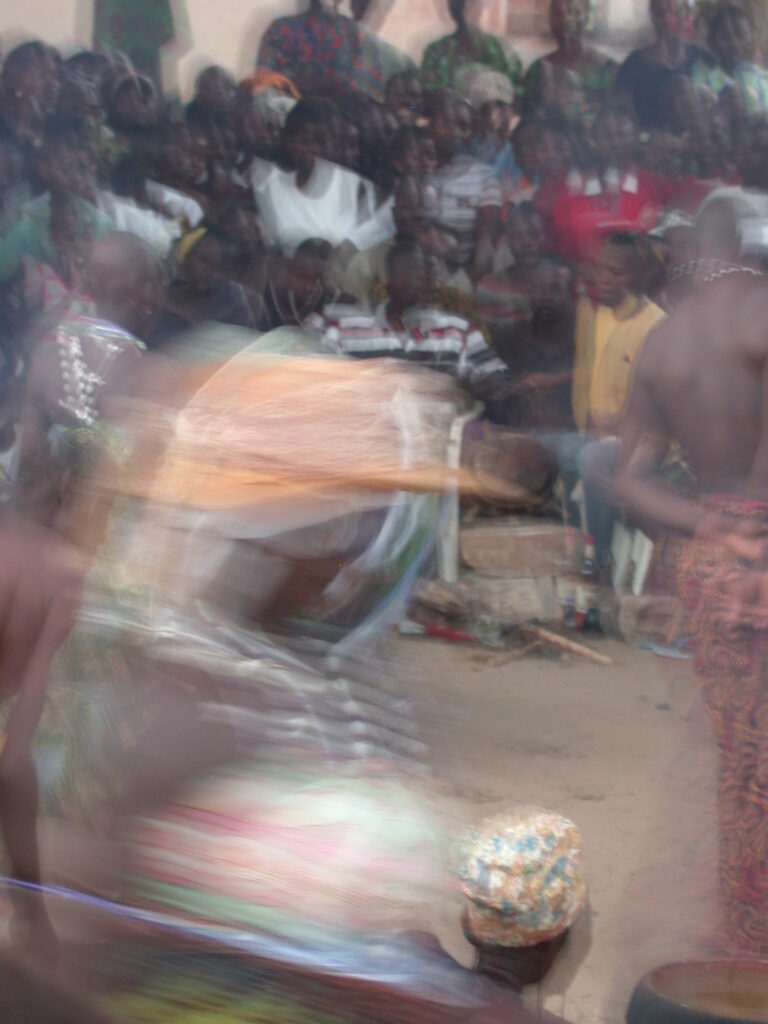
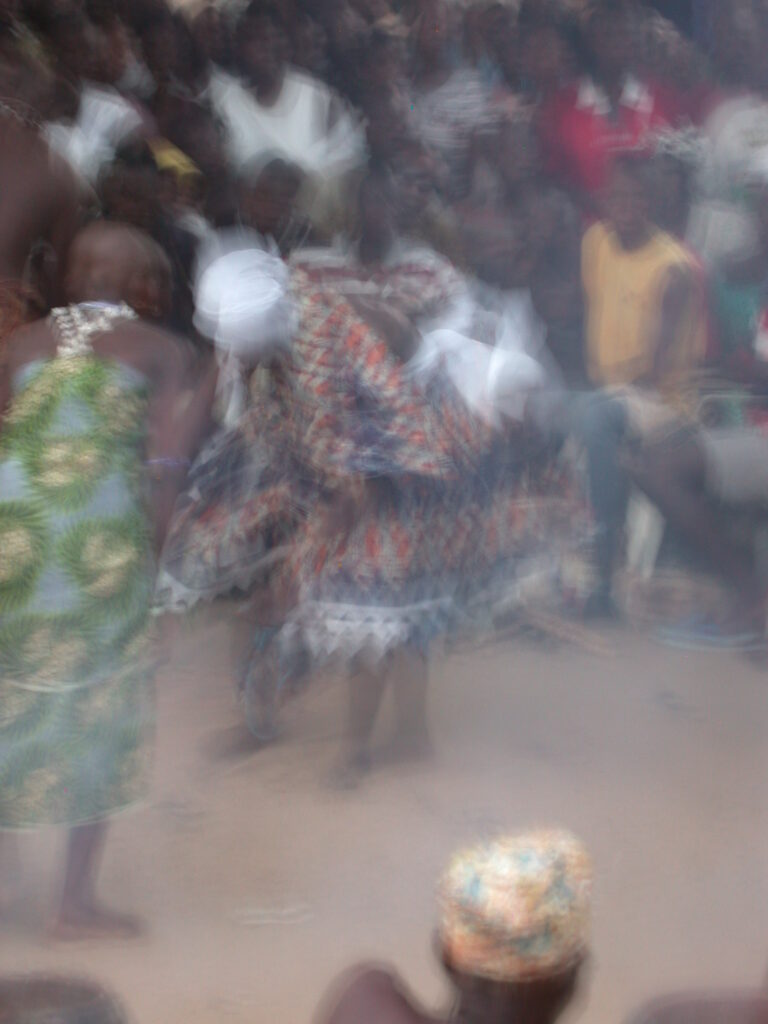
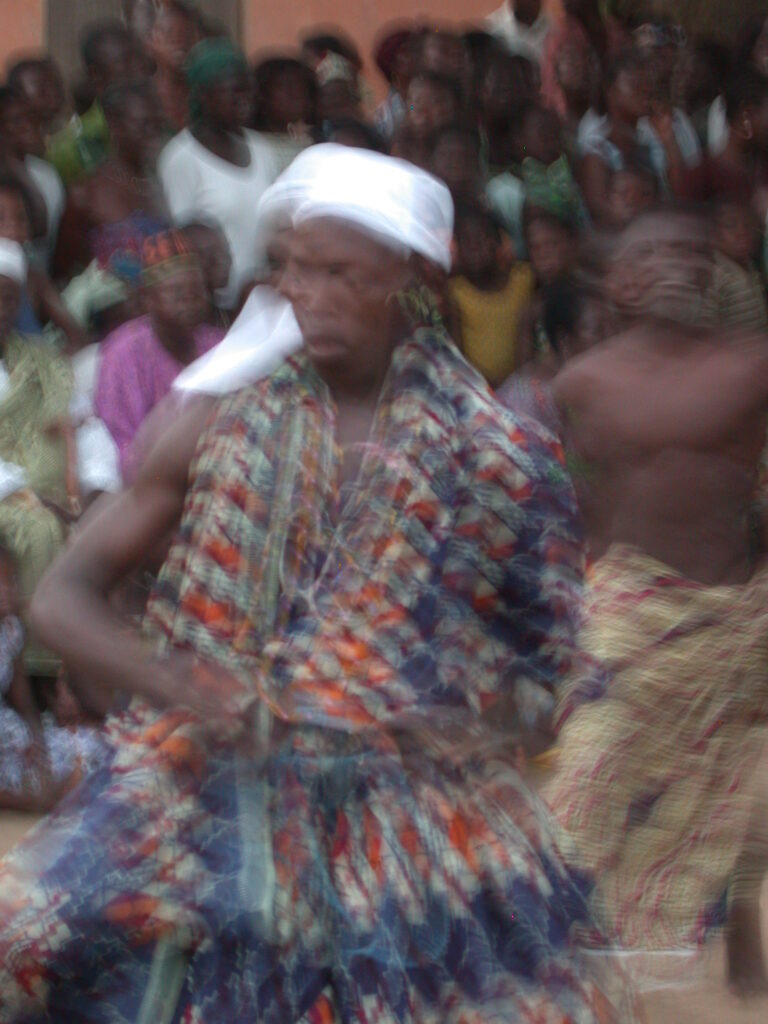
The ritual was incredible and fascinating, but as twilight fell, I started getting really hungry, and not for goat meat. Plus, I had a feeling one of the chief’s many sons was going to hit me up for more cash, so I gently slipped away. I ran into the same zemi driver who had given me the ride from the hotel to town. He offered to drop me back at the hotel.
On the way, we passed the tree of forgetfulness, said to be where the slaves were forced to march around counter-clockwise three times before proceeding down the slave trail to the beach where there is now a Gate of No Return monument to mark the passage of the huge number of slaves loaded onto small boats, then onto the large boats where they were packed tightly in extremely unsanitary conditions for the passage across the ocean.
I got back to the hotel and ordered dinner for 8pm, hoping that Jacques would be around at that time. Indeed he was, along with the French couple I had met earlier plus a fellow from Liechtenstein and his Malian girlfriend. We had a lot of fun chatting over dinner under the beautiful stars by the seashore. Isaac had caught the rays and Jacques proudly showed them off to me.
I went to sleep feeling good and slept well. The following morning Jacques and I traveled together to Cotonou, I to extend my transit visa and he to get some cash. We saw typical Benin gas stations along the way (picture below).
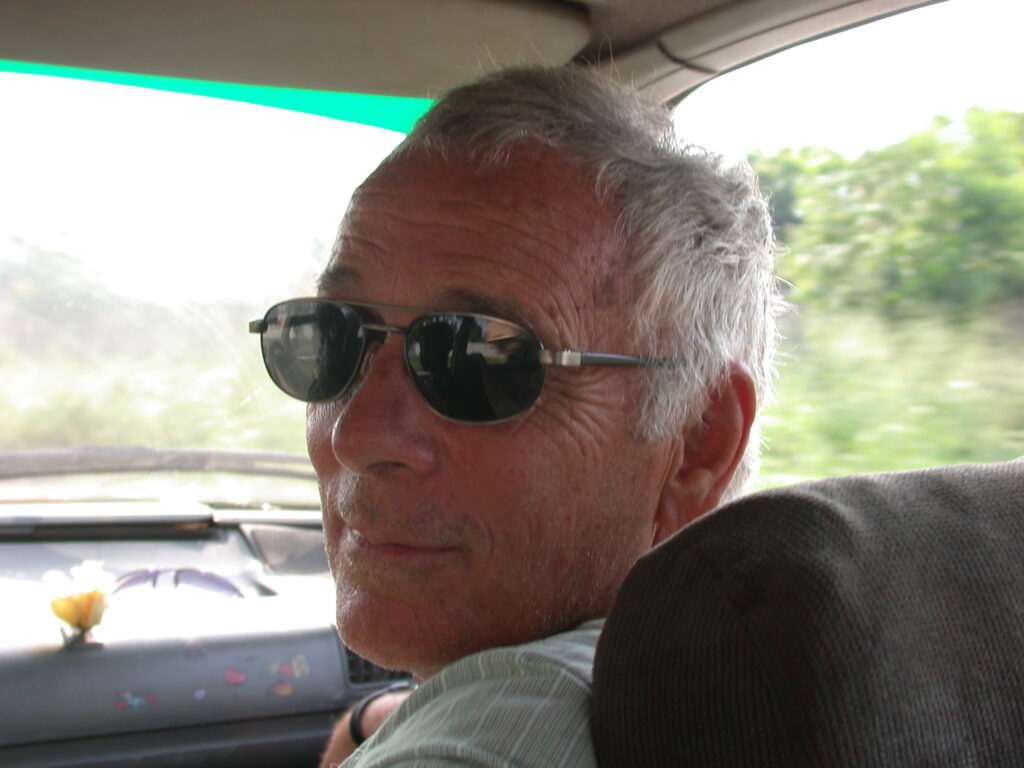
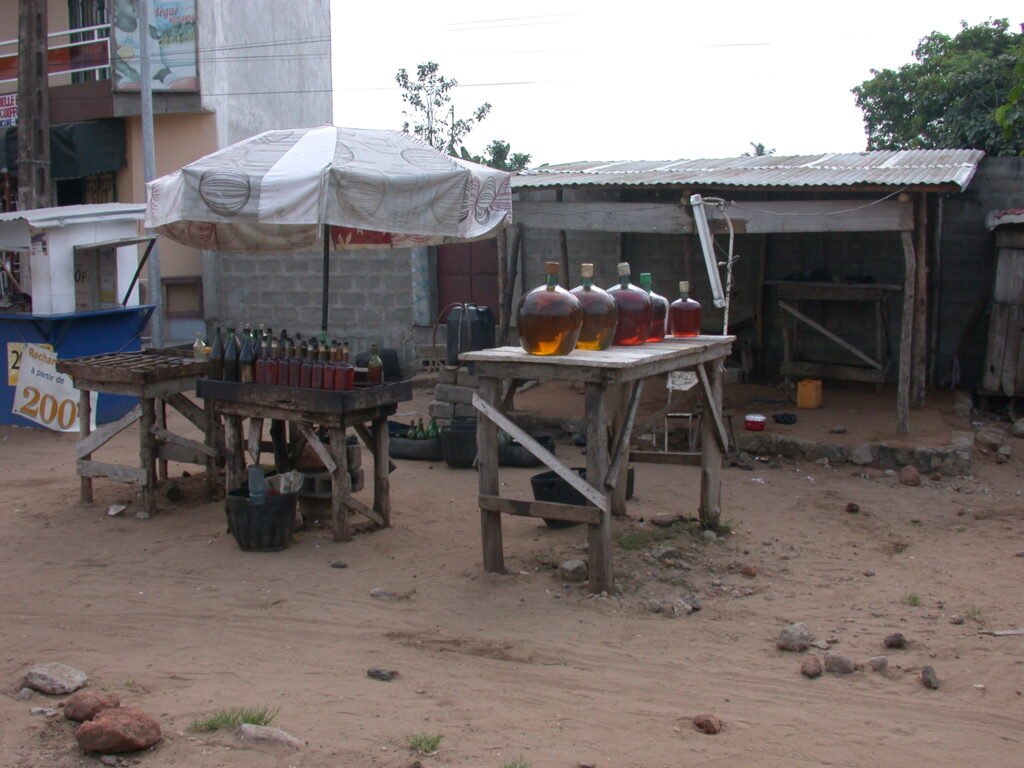
We parted when we arrived there. As I applied for my extended visa, I met a guy who split rather quickly and two female friends of his, Marie-Laetitia of Saint Cloud near Paris and Tine from Bremen, who was quite upset because the visa folks got the date of her visa extension wrong, meaning that she’d have to travel again back to Cotonou to pay for another visa extension if she wanted to leave the country with a valid visa on her planned date of departure.
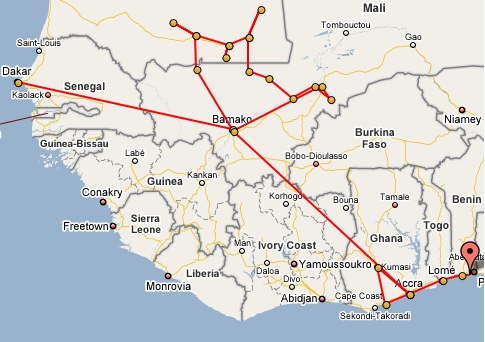
I decided to travel through the country while waiting for the visa, so I got on a shared taxi for Abomey after dragging my bags through the street and finally getting a taxi to the station at the Place de l’Etoile Rouge.
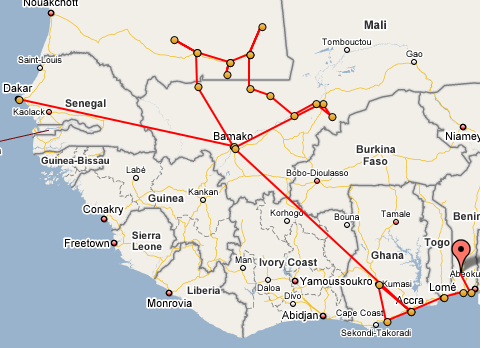
I also ended up walking my bags to a hotel when I arrived in Abomey because the most frequent transport available are the motorcycle taxis which I refuse to ride with all my heavy luggage. Since I was walking, I didn’t bother going all the way to the Motel Abomey, but got a room at the nearby Hotel Guévérney 4 instead. I arrived too late to tour Abomey the first day, so I drank to stay hydrated and rested and showered before ordering a large bottle of a fizzy apple drink I shared with the hotel staff and then eating dinner in the hotel. The room had only a fan, but I found that I could sleep comfortably by taking a shower just before getting into bed with the fan on. Hotel staff let me put my water and chocolate in their frig, although the chocolate ended up being a gift to them. I tried unsuccessfully to rent a bicycle for the next morning. And I couldn’t get breakfast before my cutoff time of 9am for heading out to see the sites of Abomey, thinking that I could perhaps travel on again that afternoon. That was not destined to happen.
December 10, 2007, Ouidah, House of the Sea, “Houhue”
I’m waiting for a voodoo ceremony to begin at the palace of the the one known here as the Supreme Chief of voodoo worldwide, Daagbo Hounon Tomandjlehoun-pkon. The ceremony is for some adepts who will finish their initiation after nine months in the convent. I don’t know if it’s a coincidence, but note that is the usual time for a human pregnancy. Each adept follows a particular voodoo deity.
Earlier today, I met the chief, and Nangbo Hounon the woman chief. They give orders to their followers. After entering his room and removing my hat and shoes, I followed the example of his son and my guide to the place and bowed before the chief on my knees putting my head to the ground. I rose and we chatted. He asked if I was well received in Ouidah and I said I was. He asked for a gift and I gave 5000 CFA plus later another 2000 CFA for two of his male relatives who showed me around the place. The chief told me to return around 2pm to take photos and to see the ceremony for the initiates.
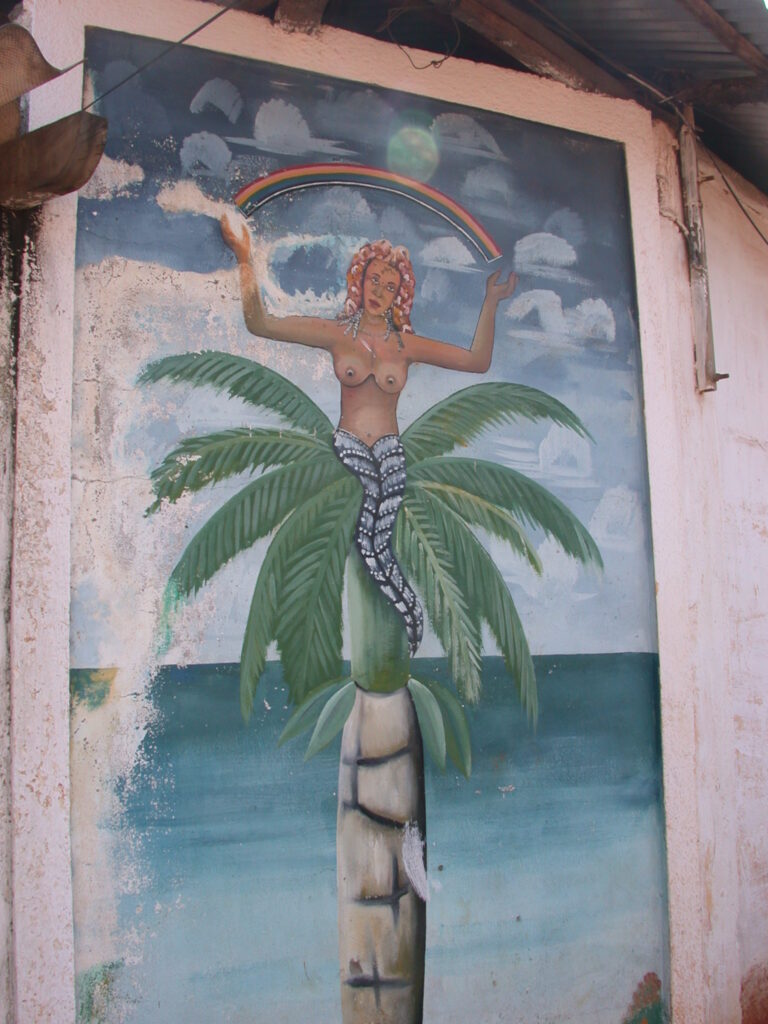
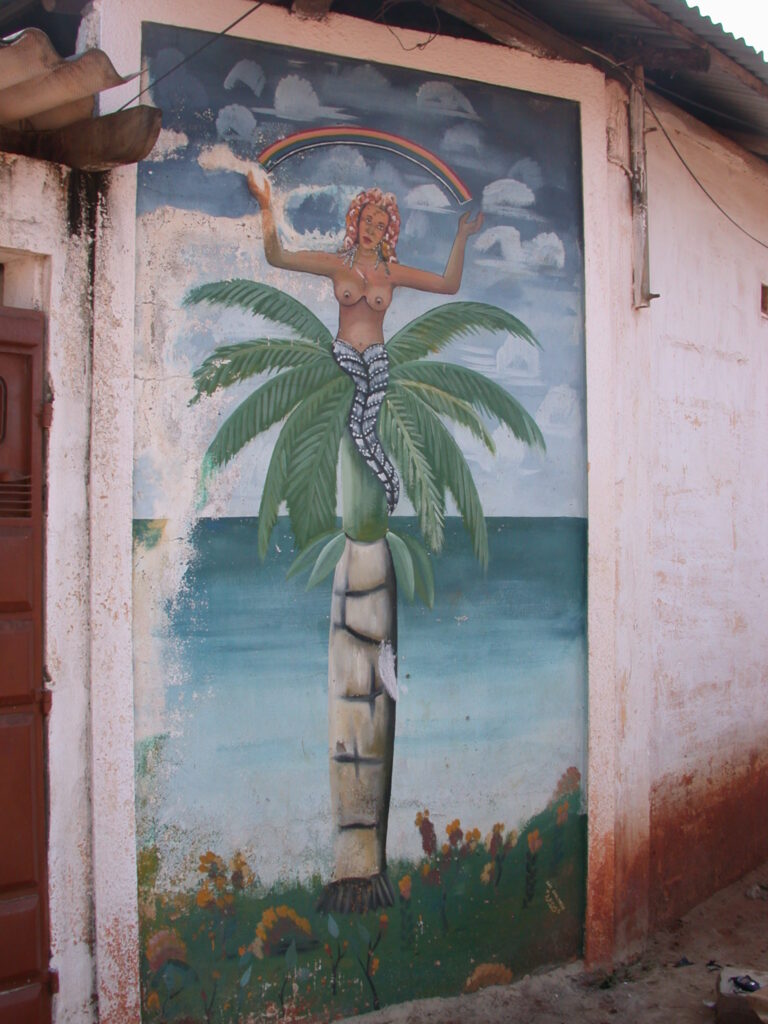
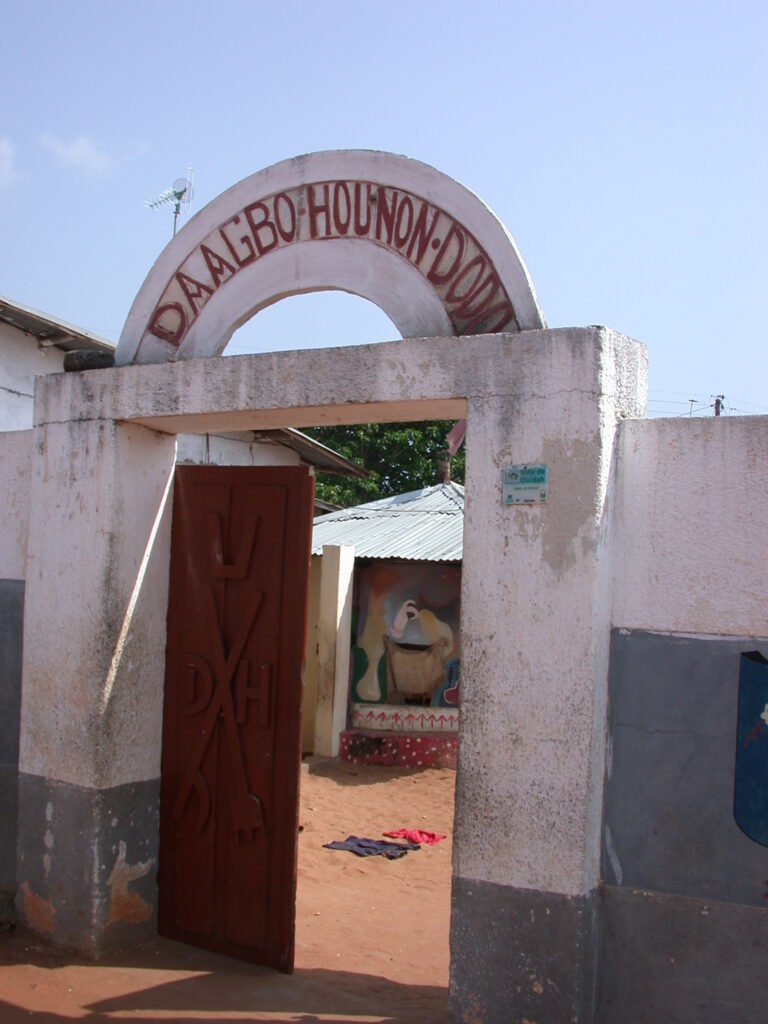
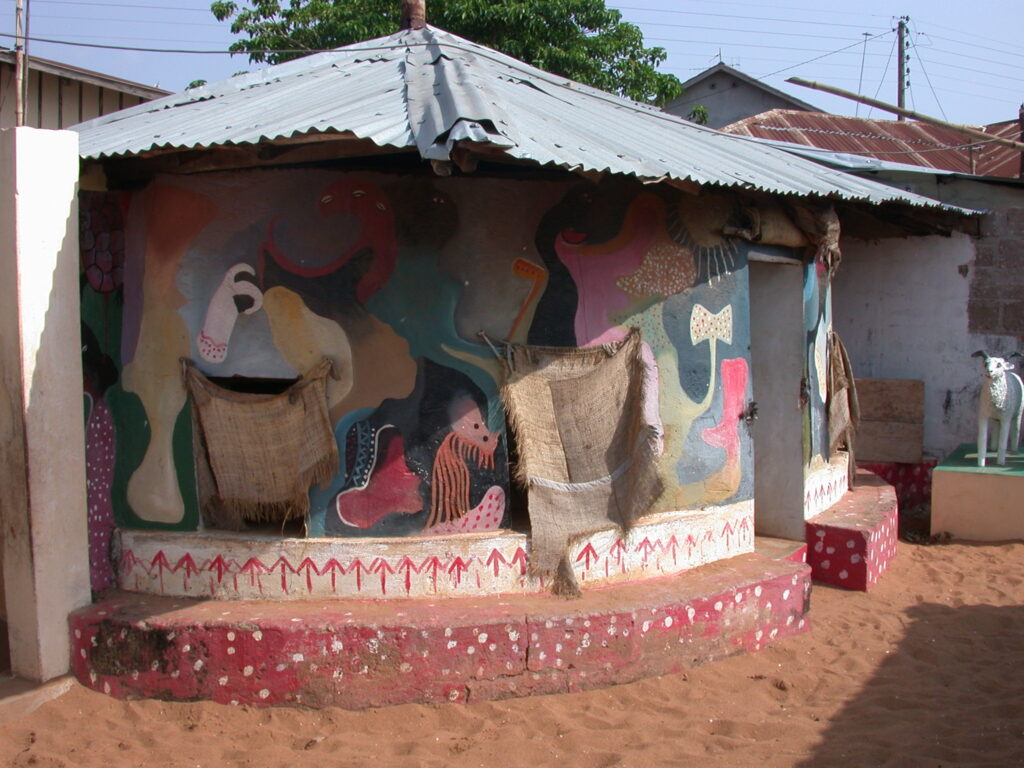
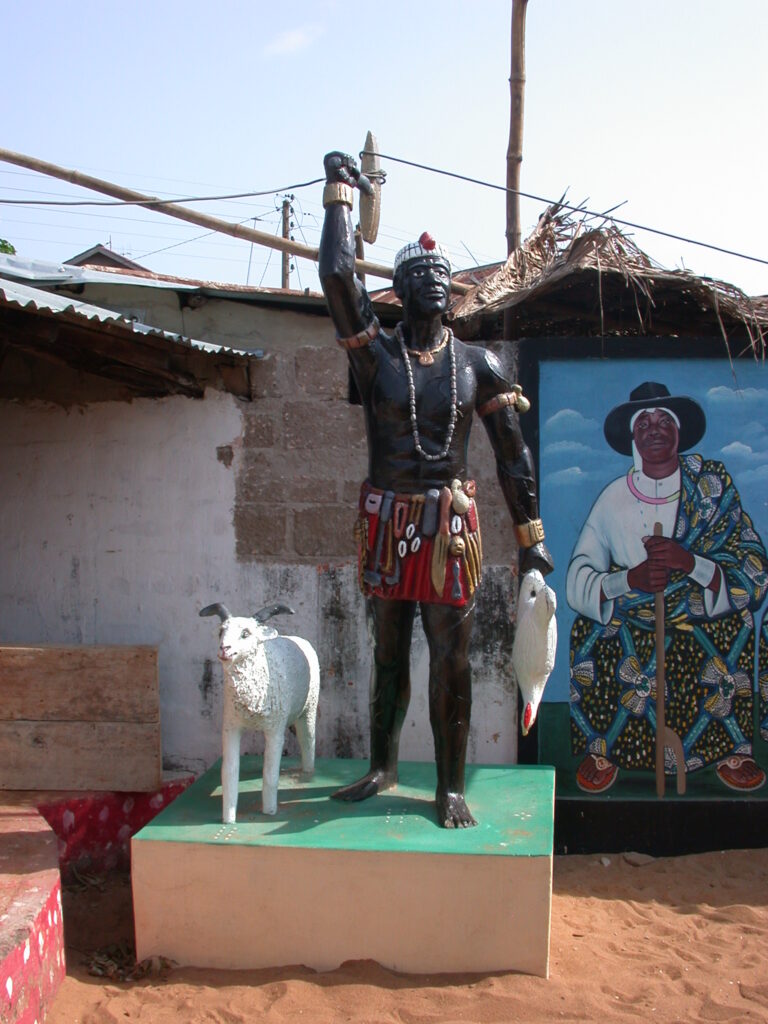
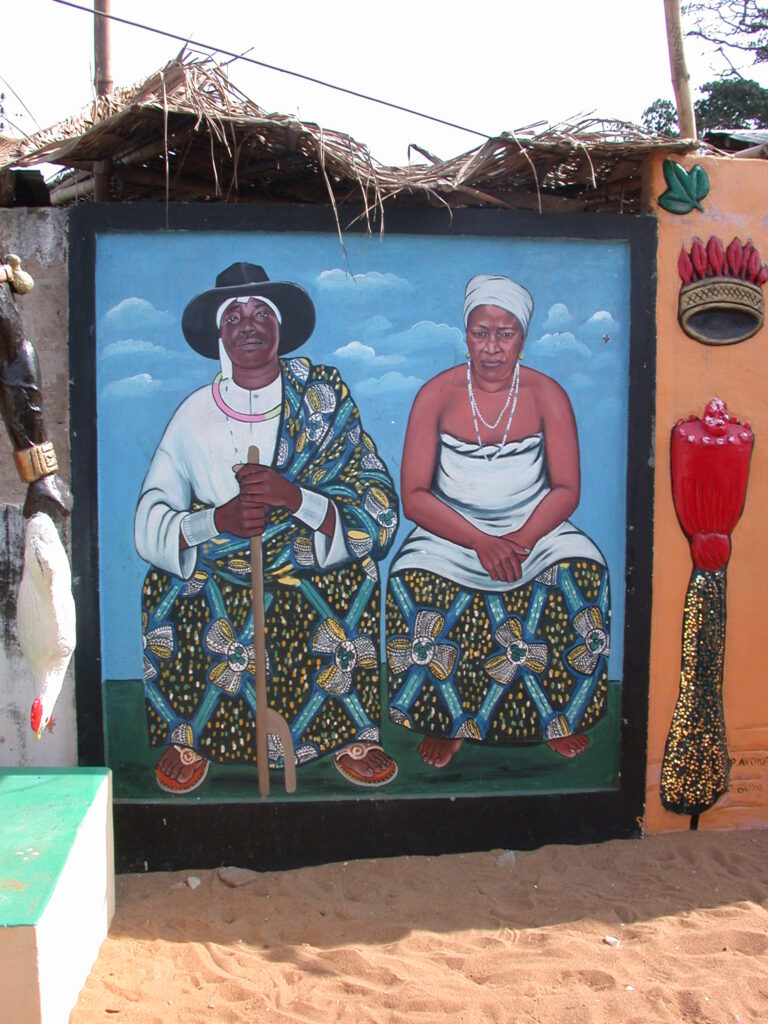
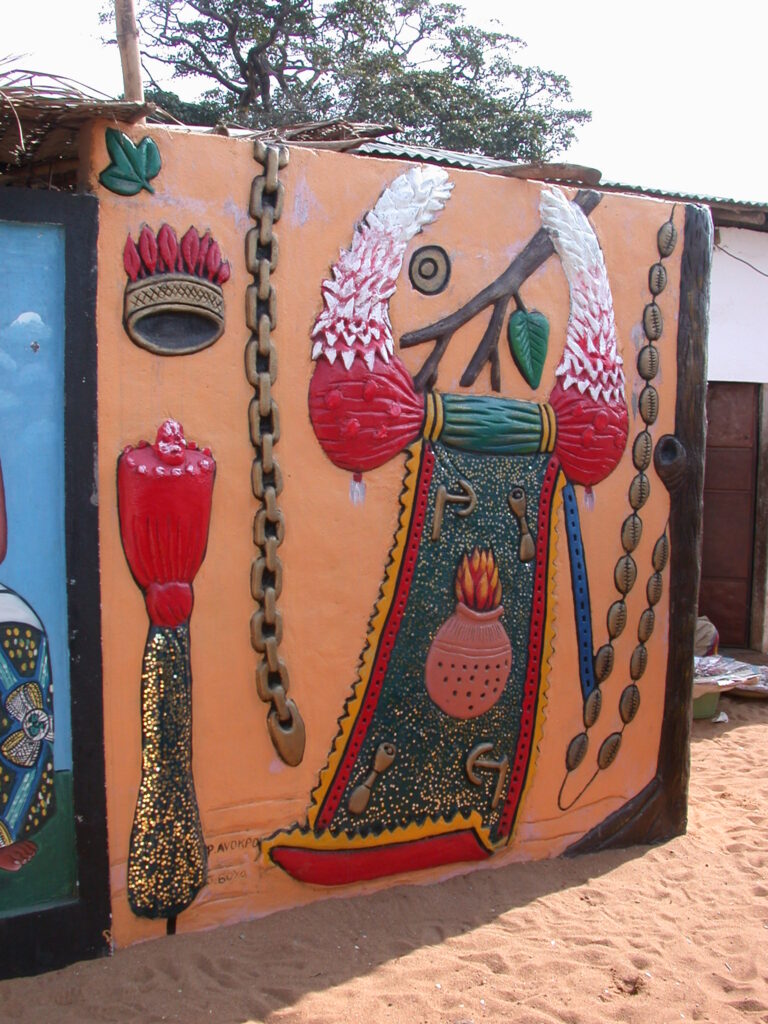
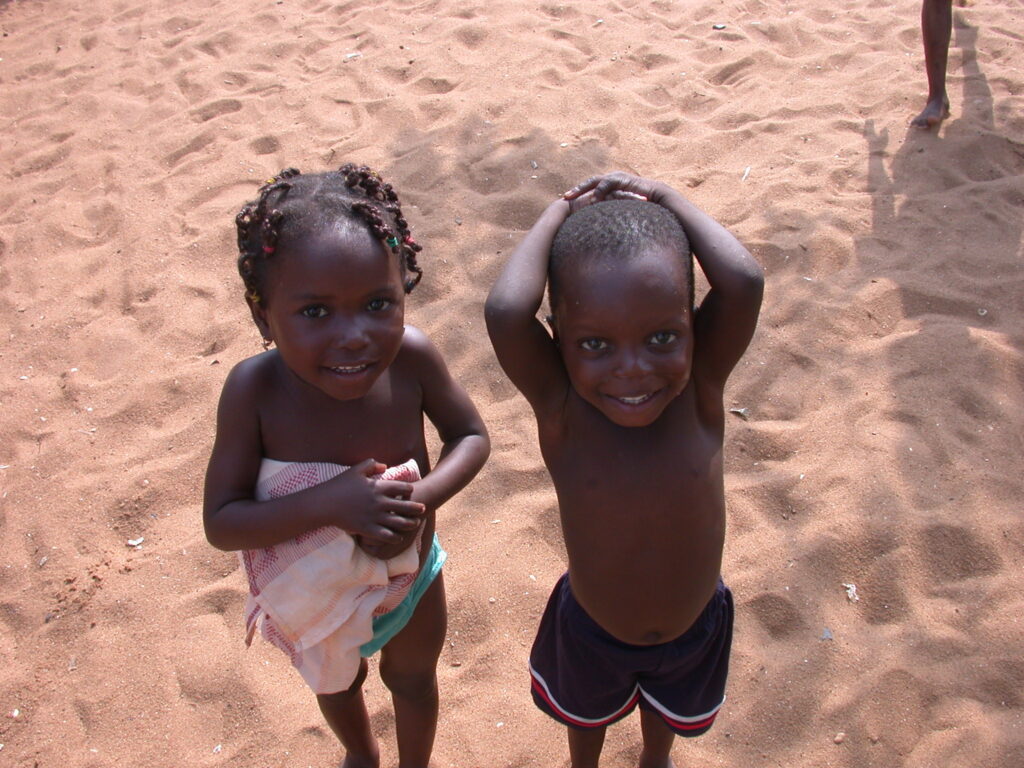
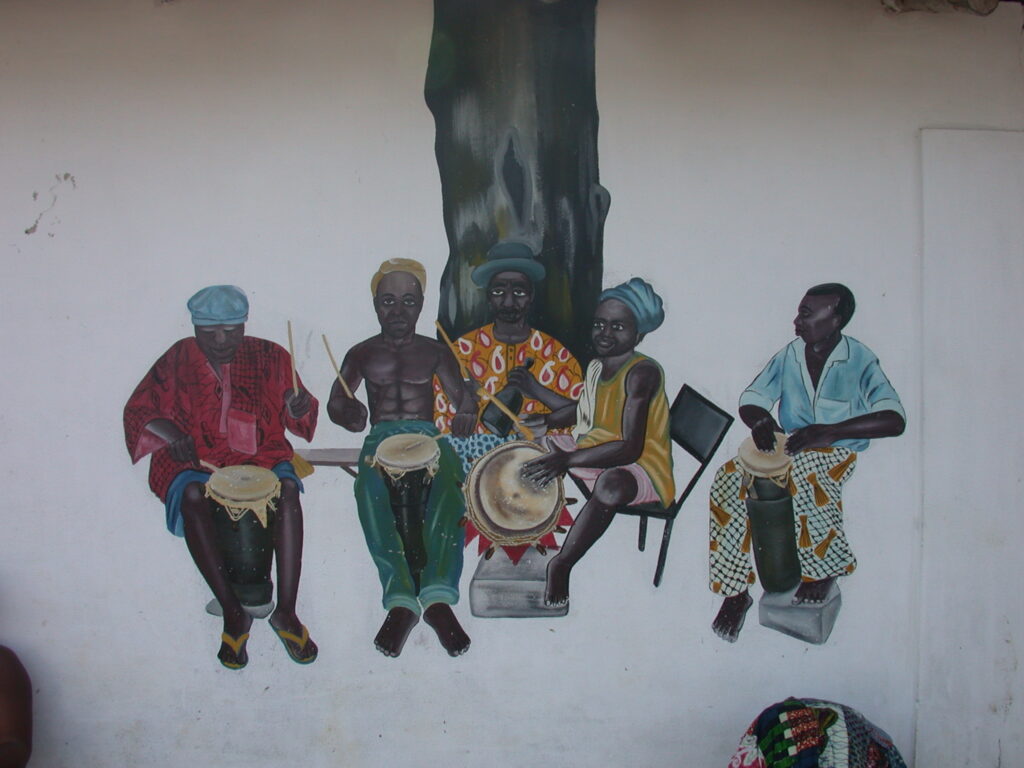
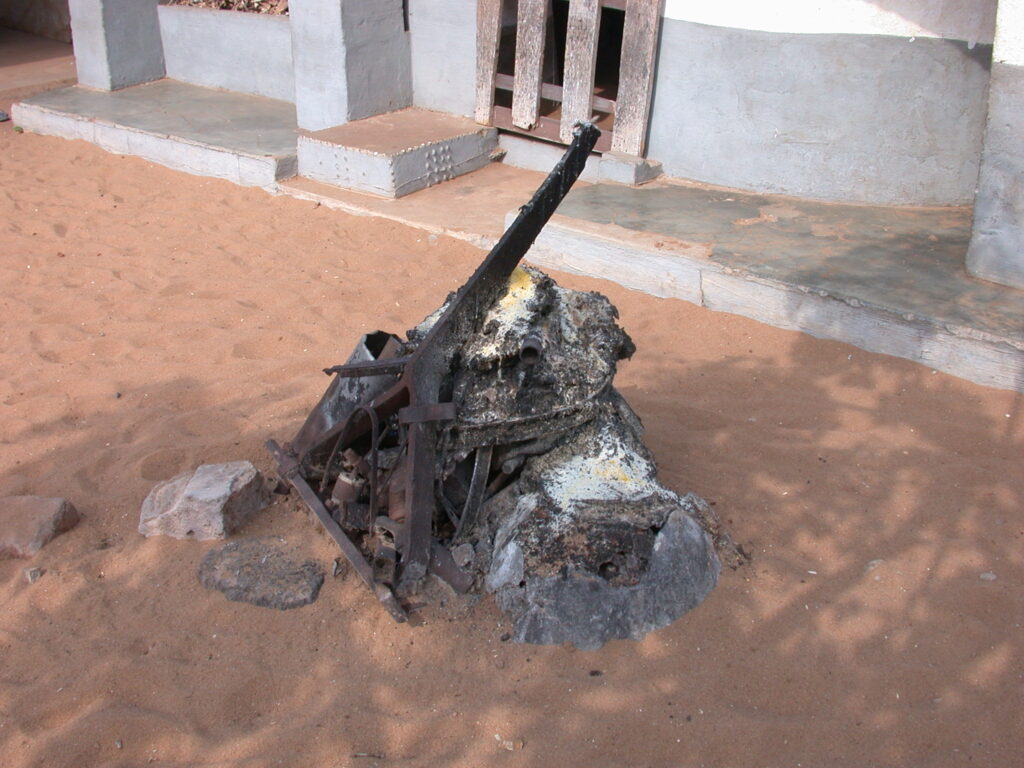
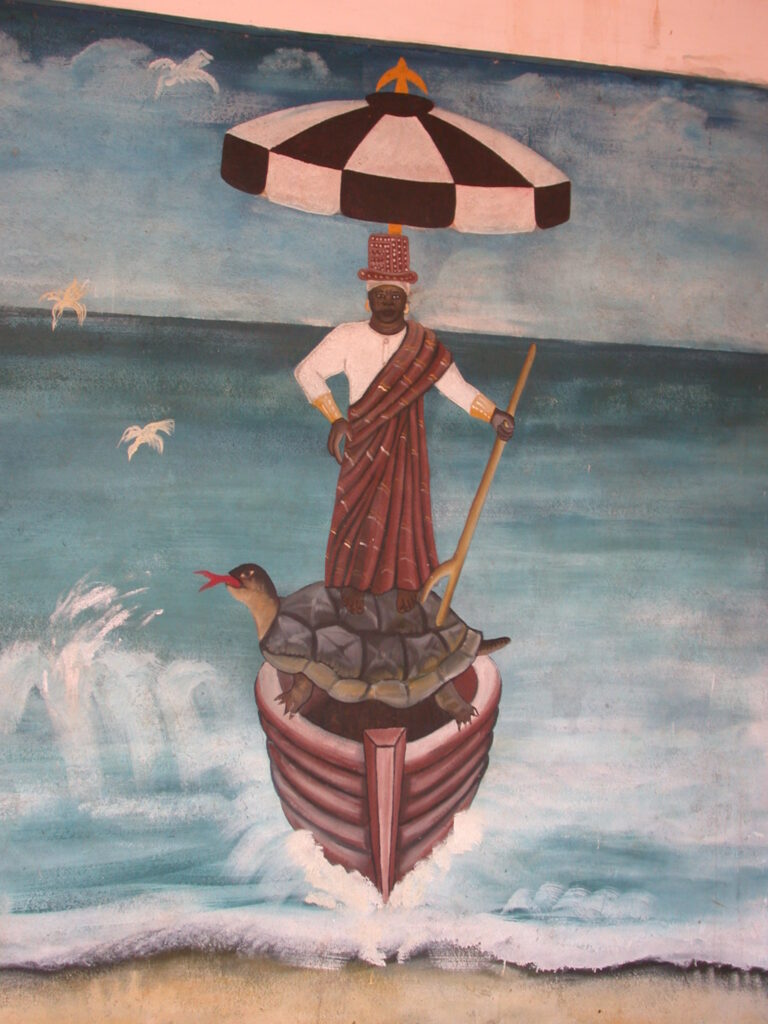
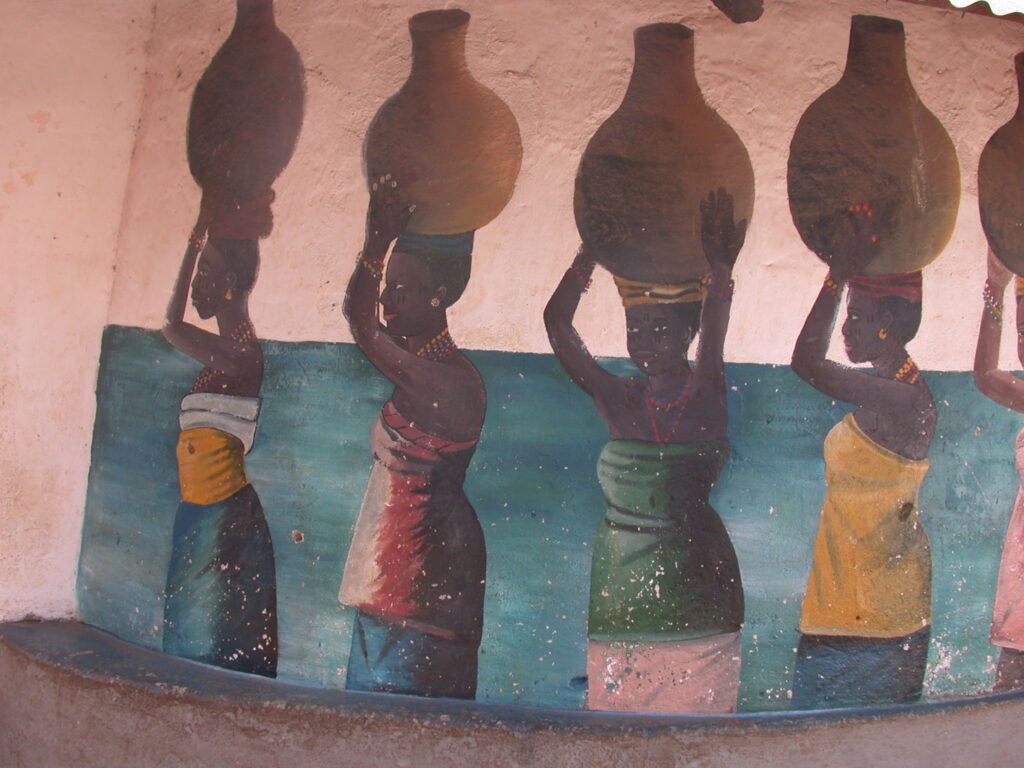
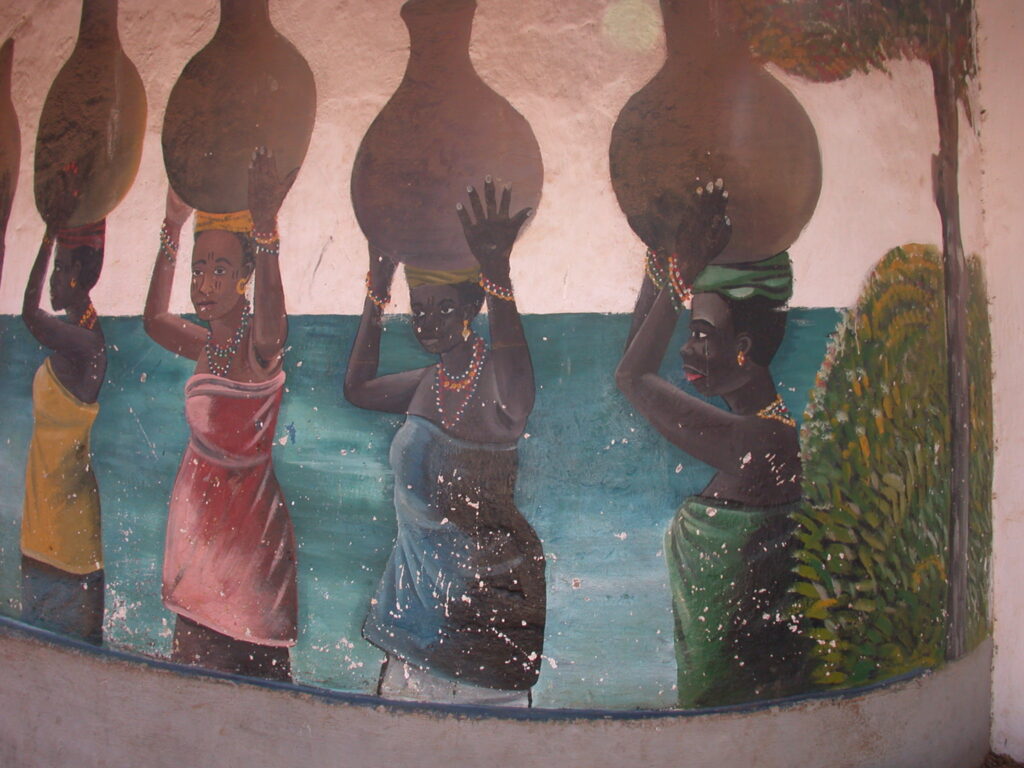
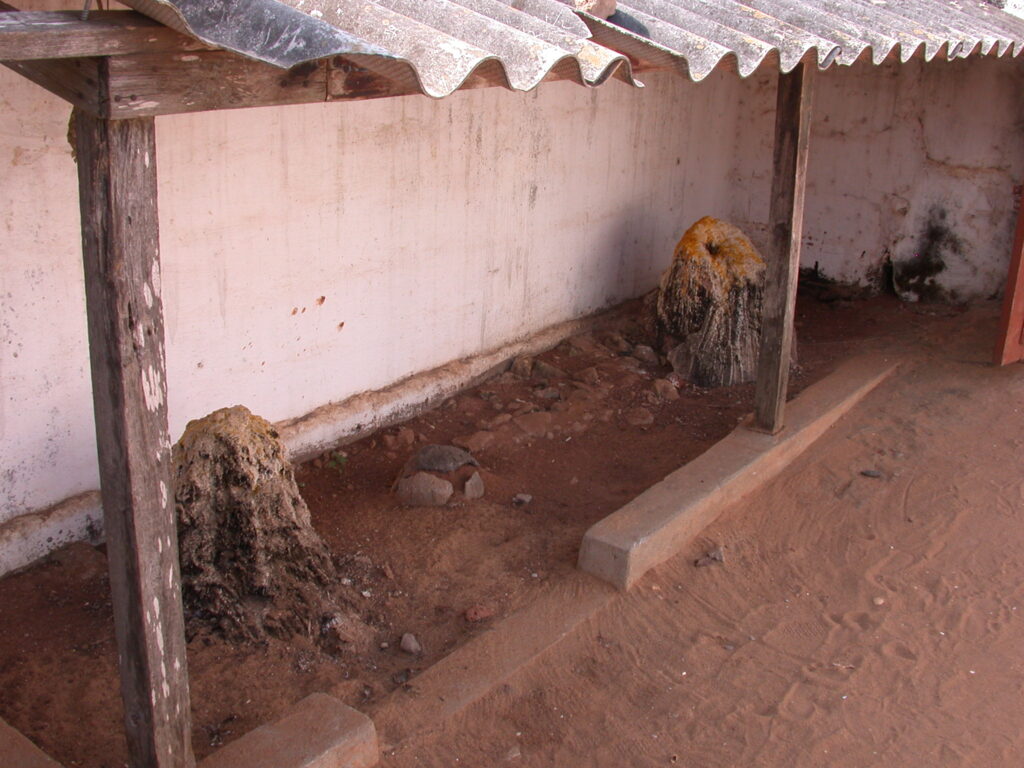
The current chief was enthroned on June 25, 2006. He was chosen by the oracle from among the Hounon family members. There is a fetish priest who tosses a cord to divine who will be the next chief. The ceremonies to install a new chief take two years. Have a look at the mural of Daagbo’s lineage in the last picture above (no longer available), which is a link to a photograph on Bernard Cesarone’s site.
The people here are well aware of the links they have with their relatives spread across the sea to Brazil and other locations, especially because some Brazilian slaves were repatriated here.